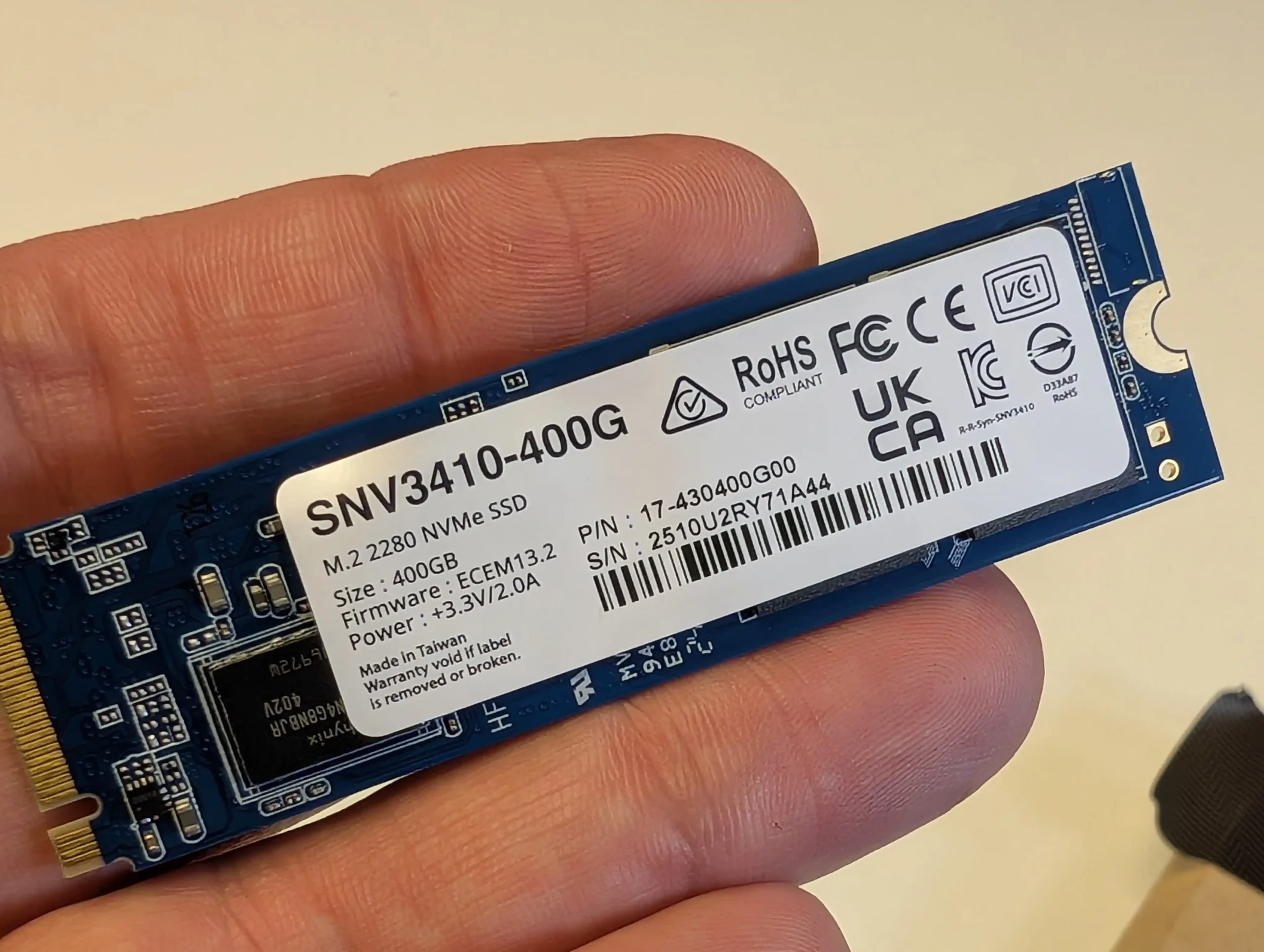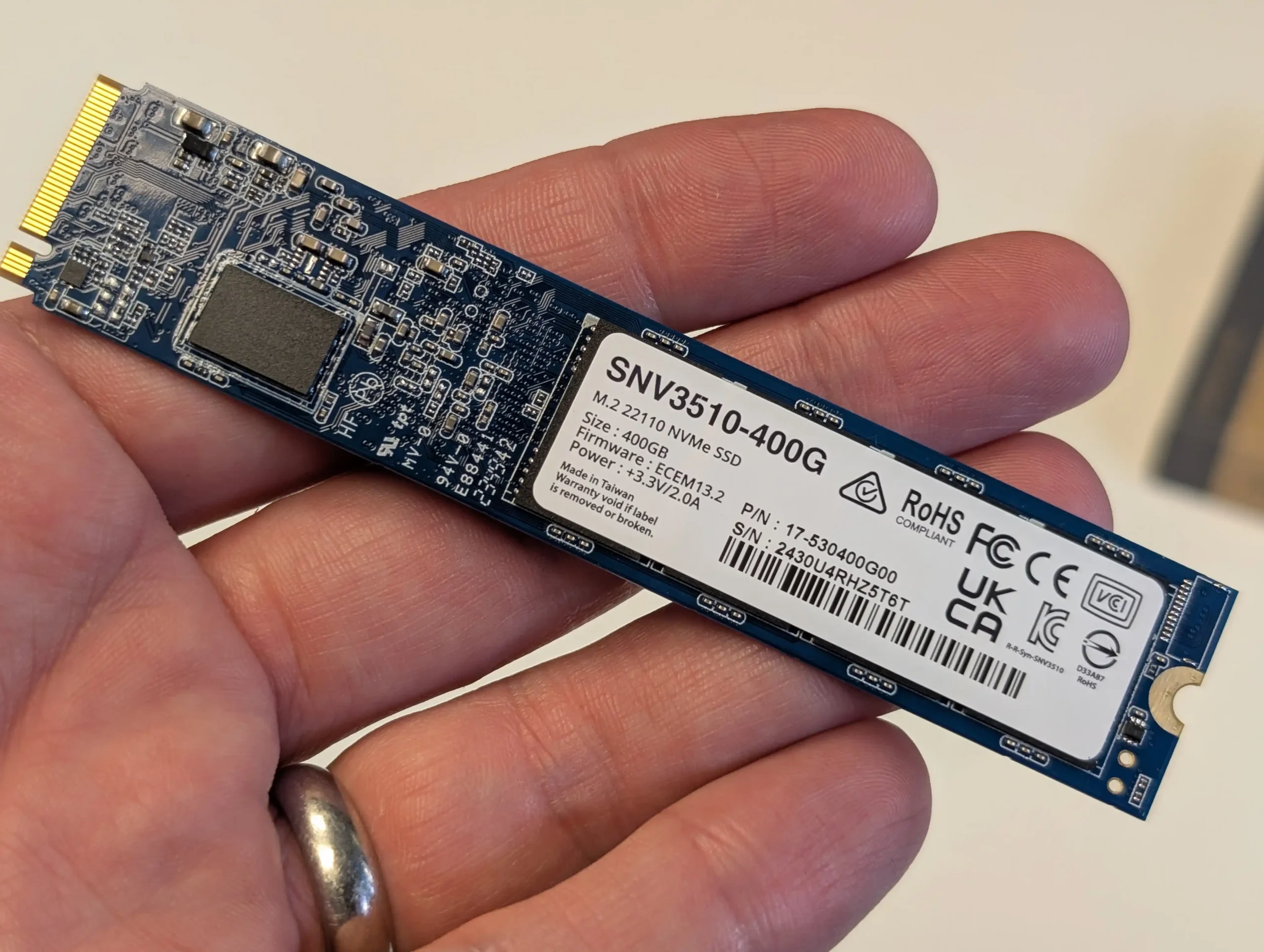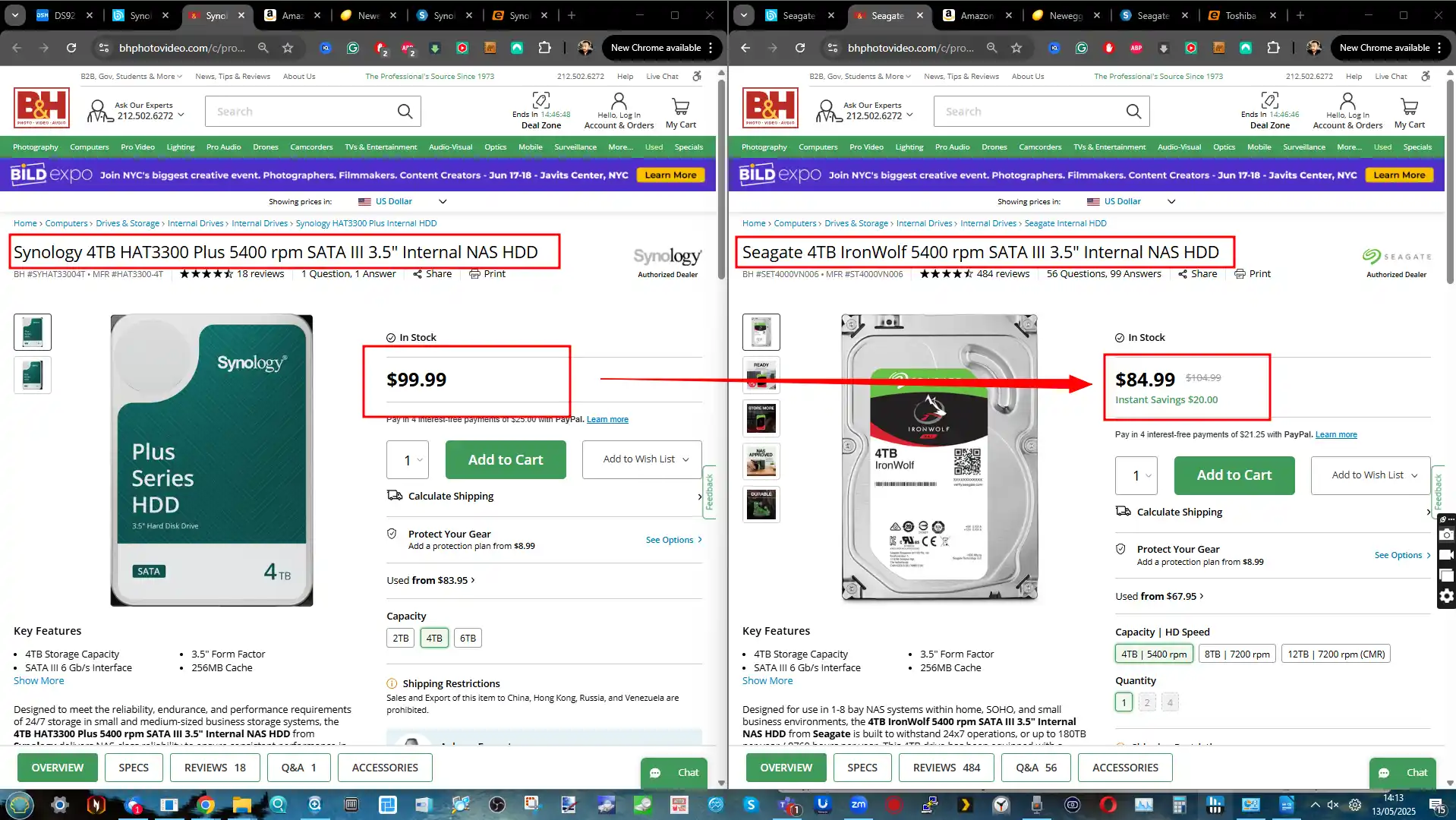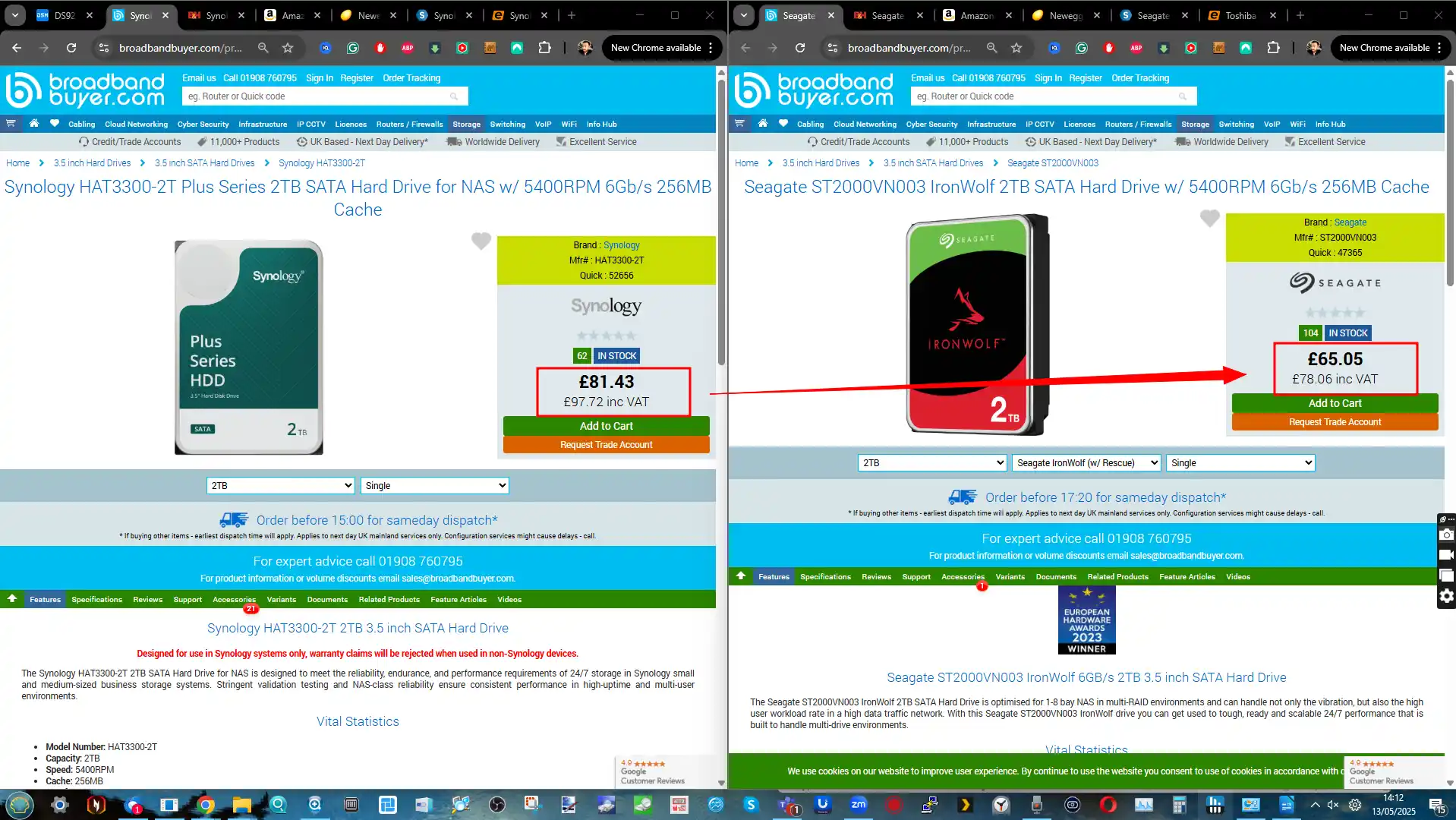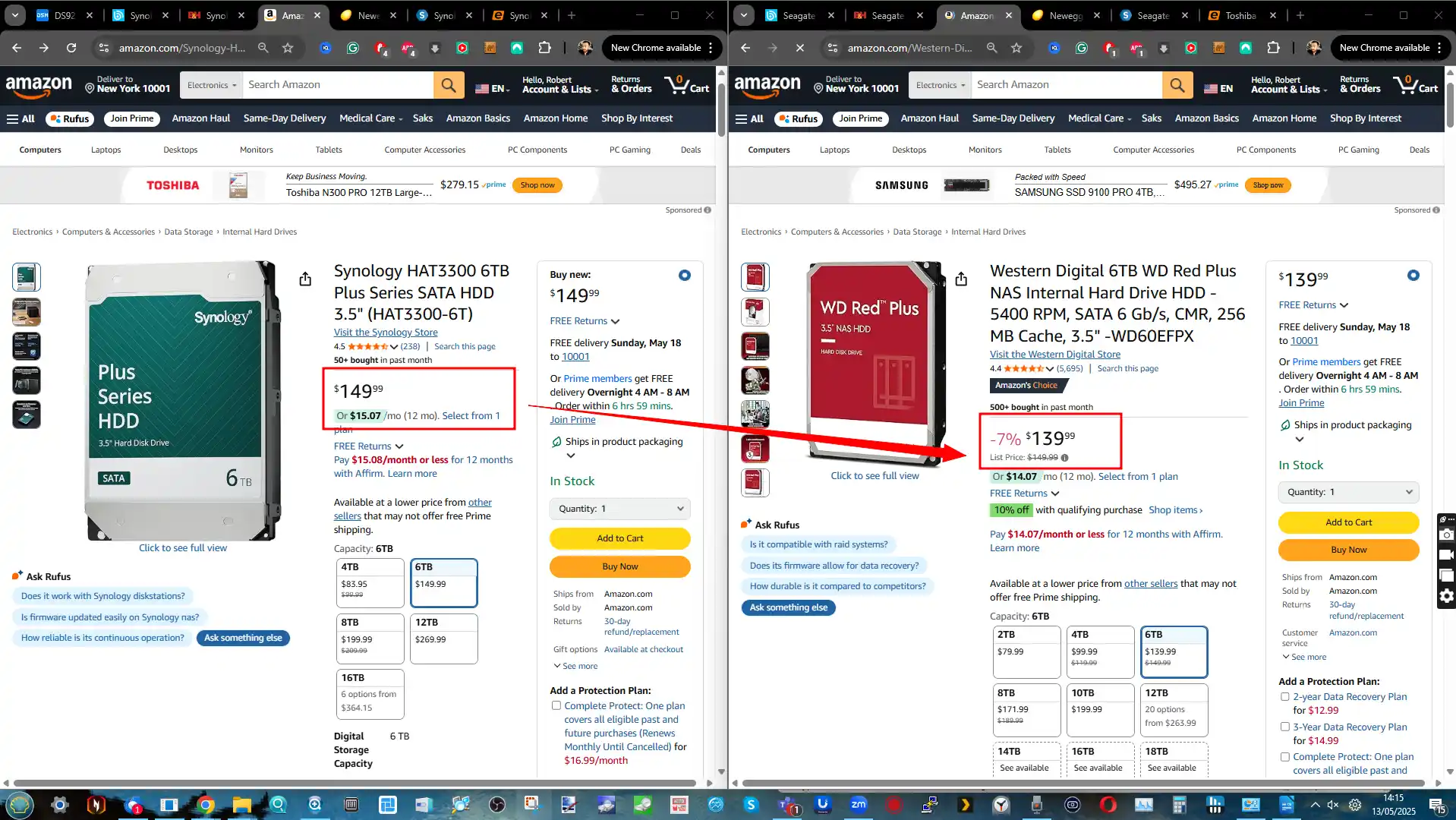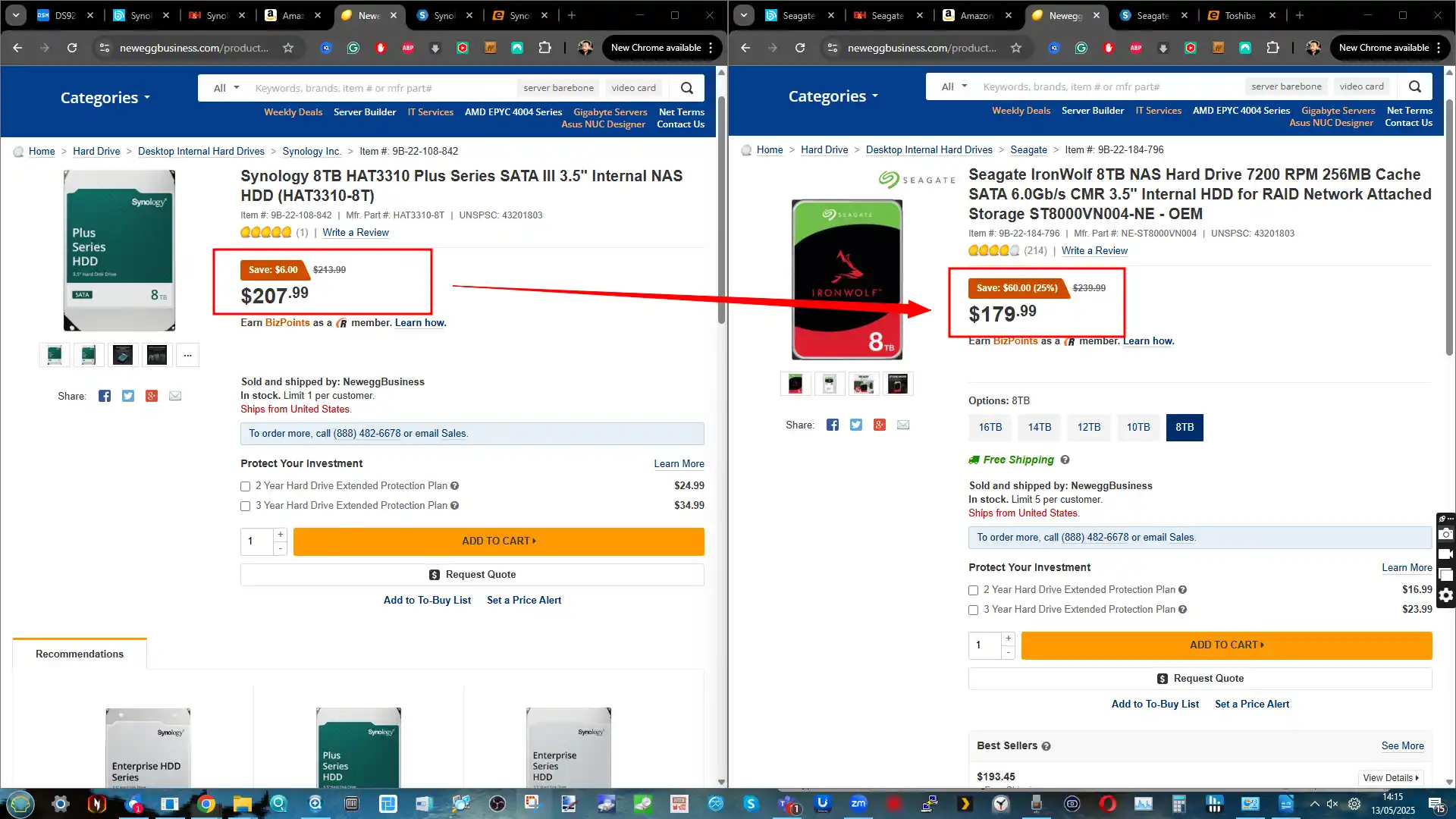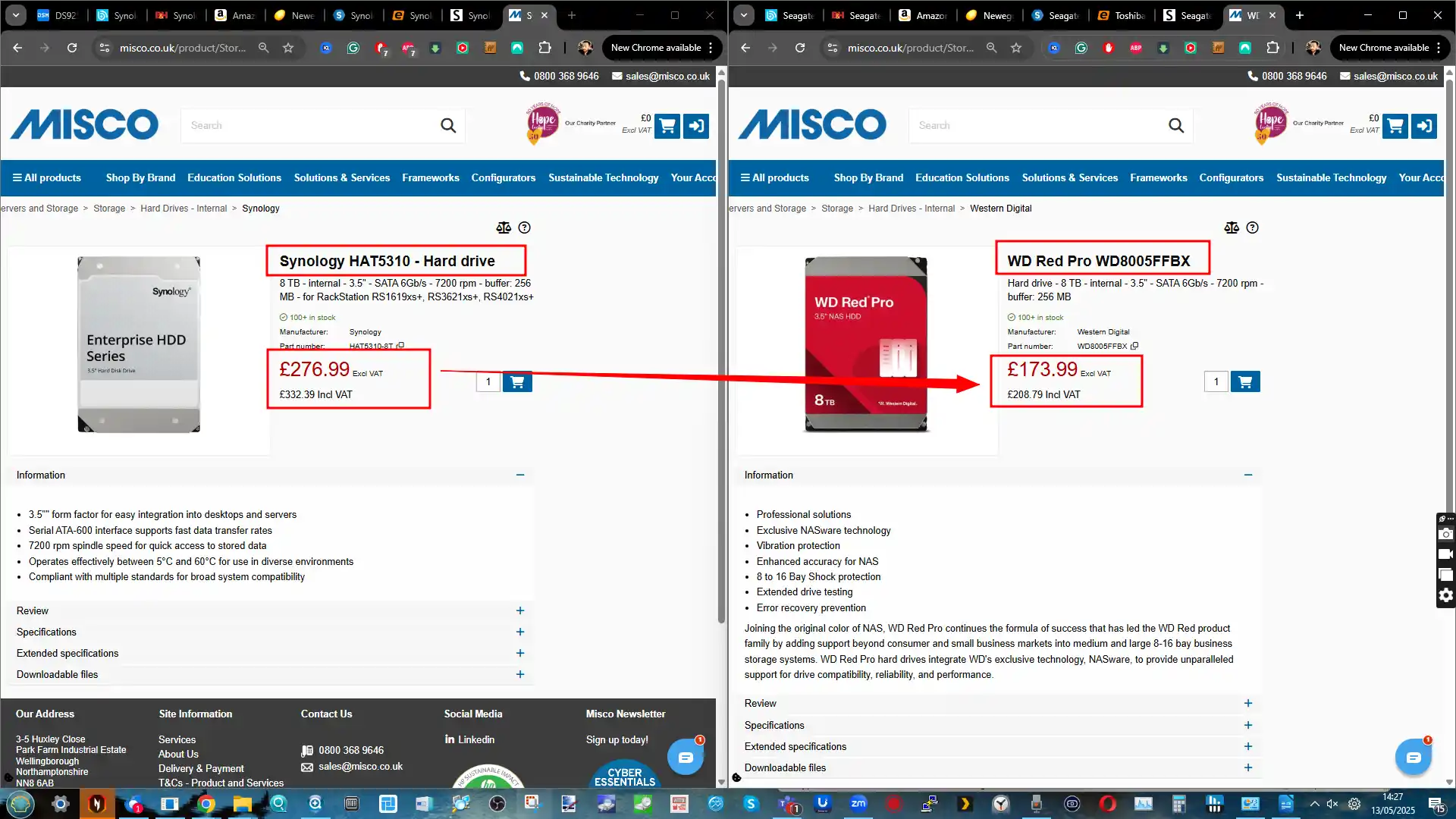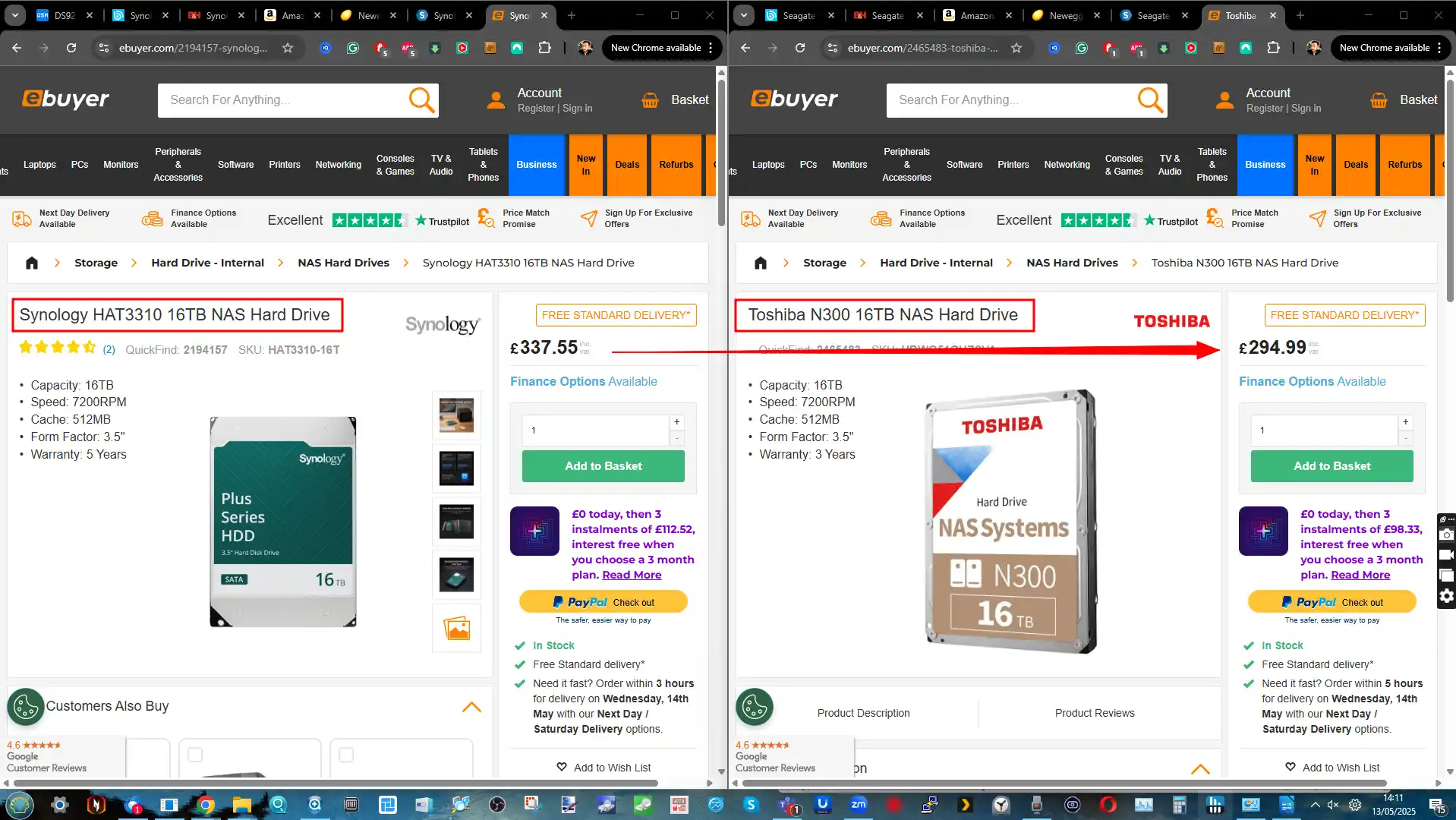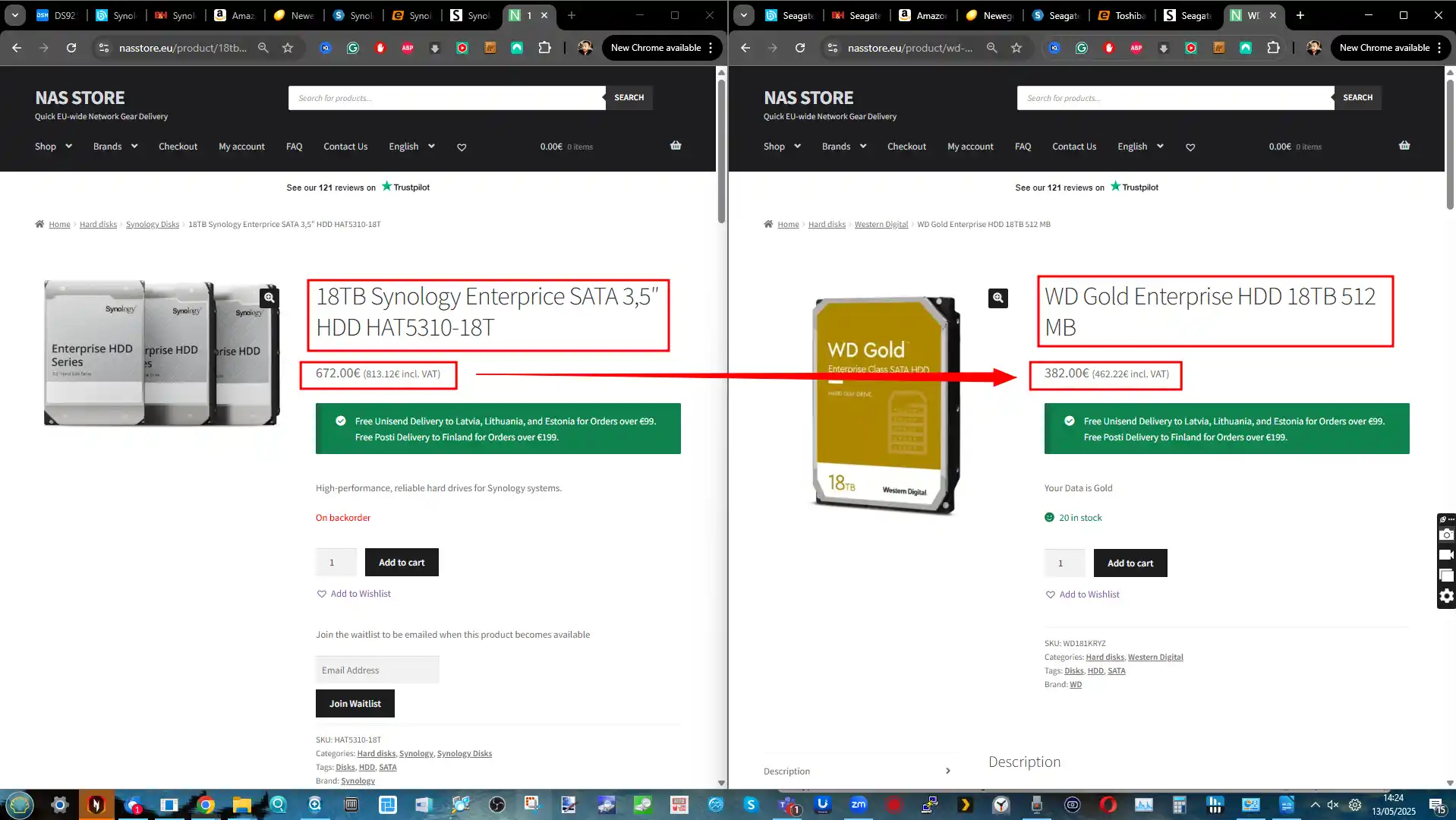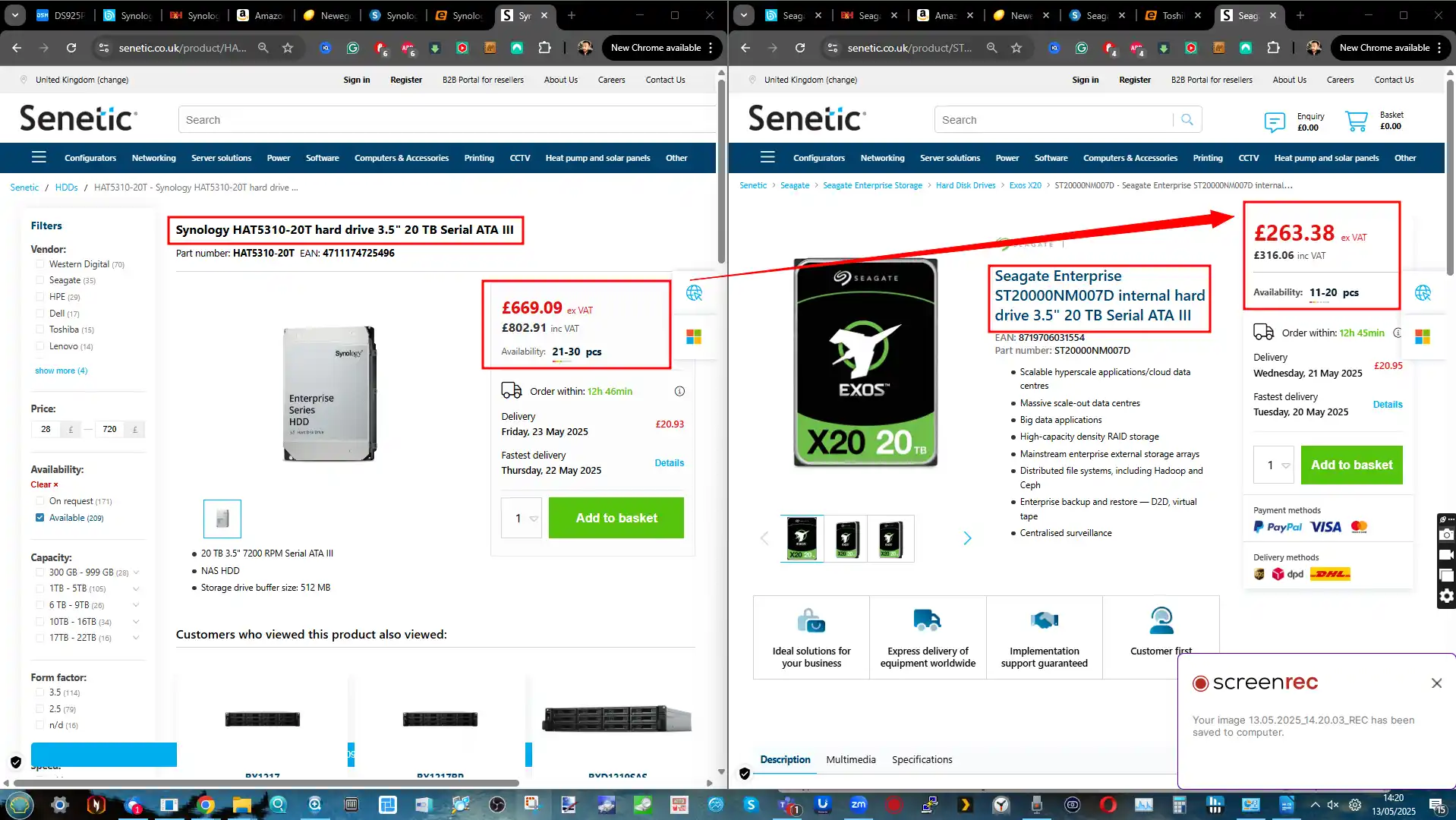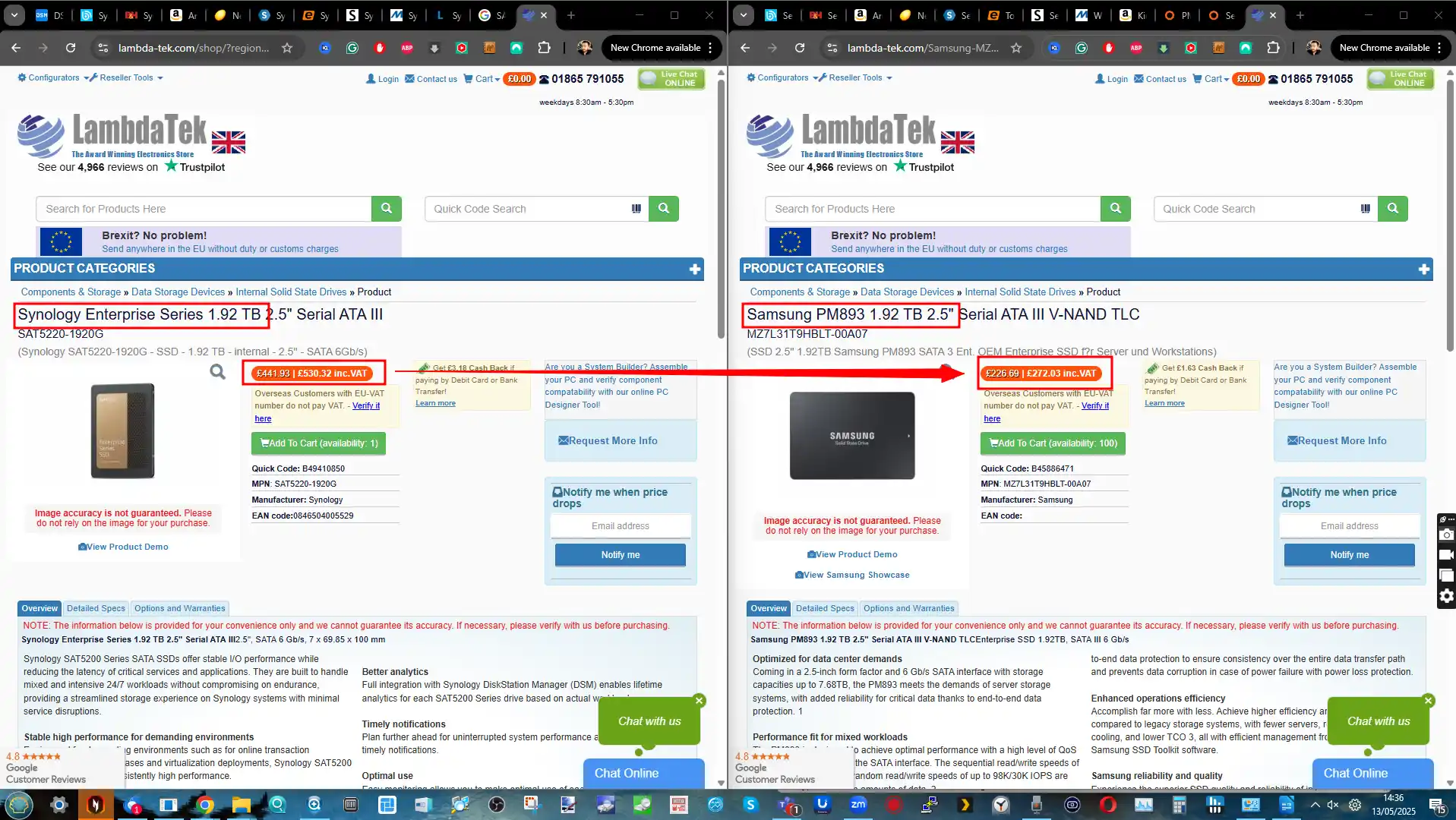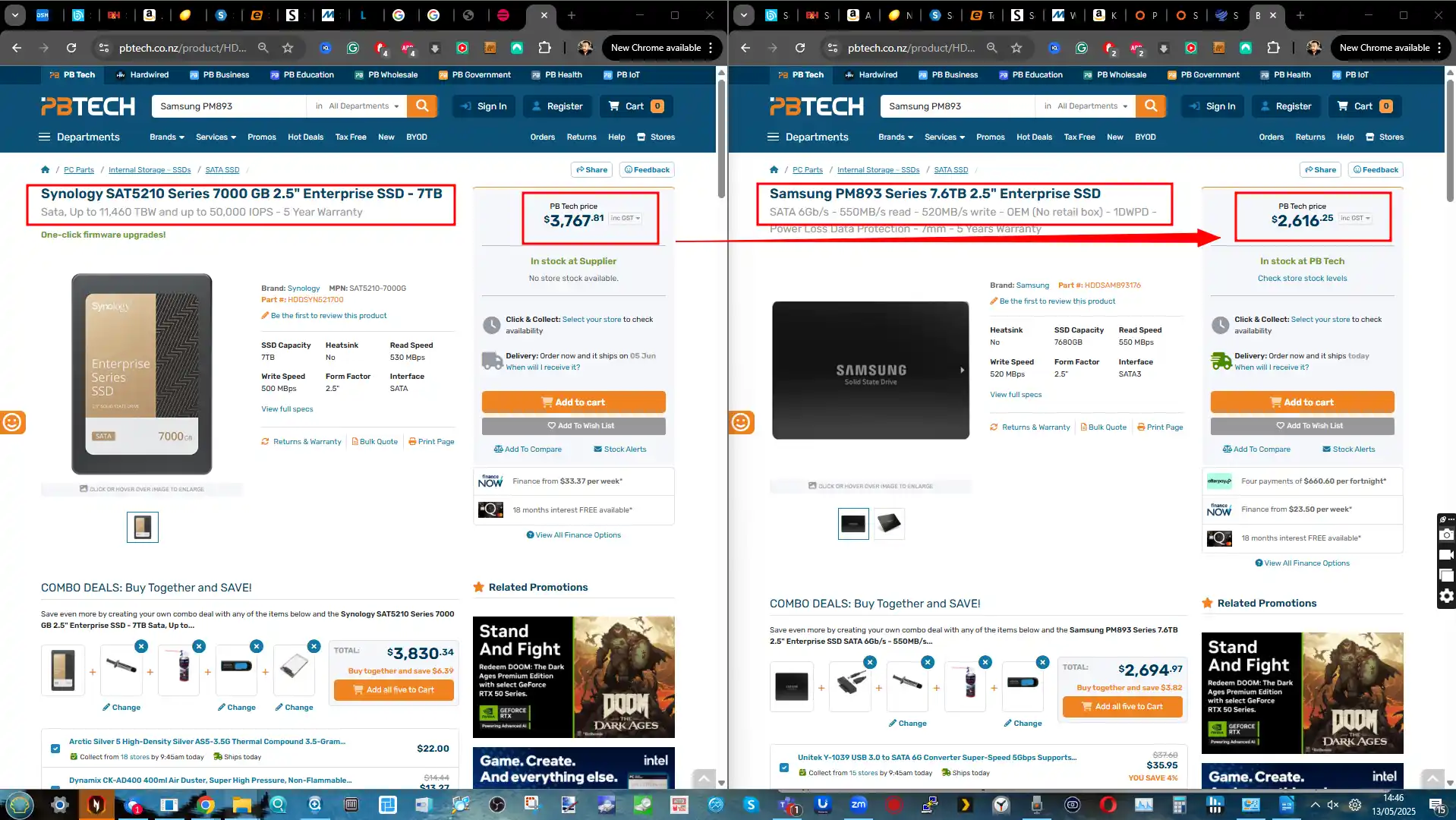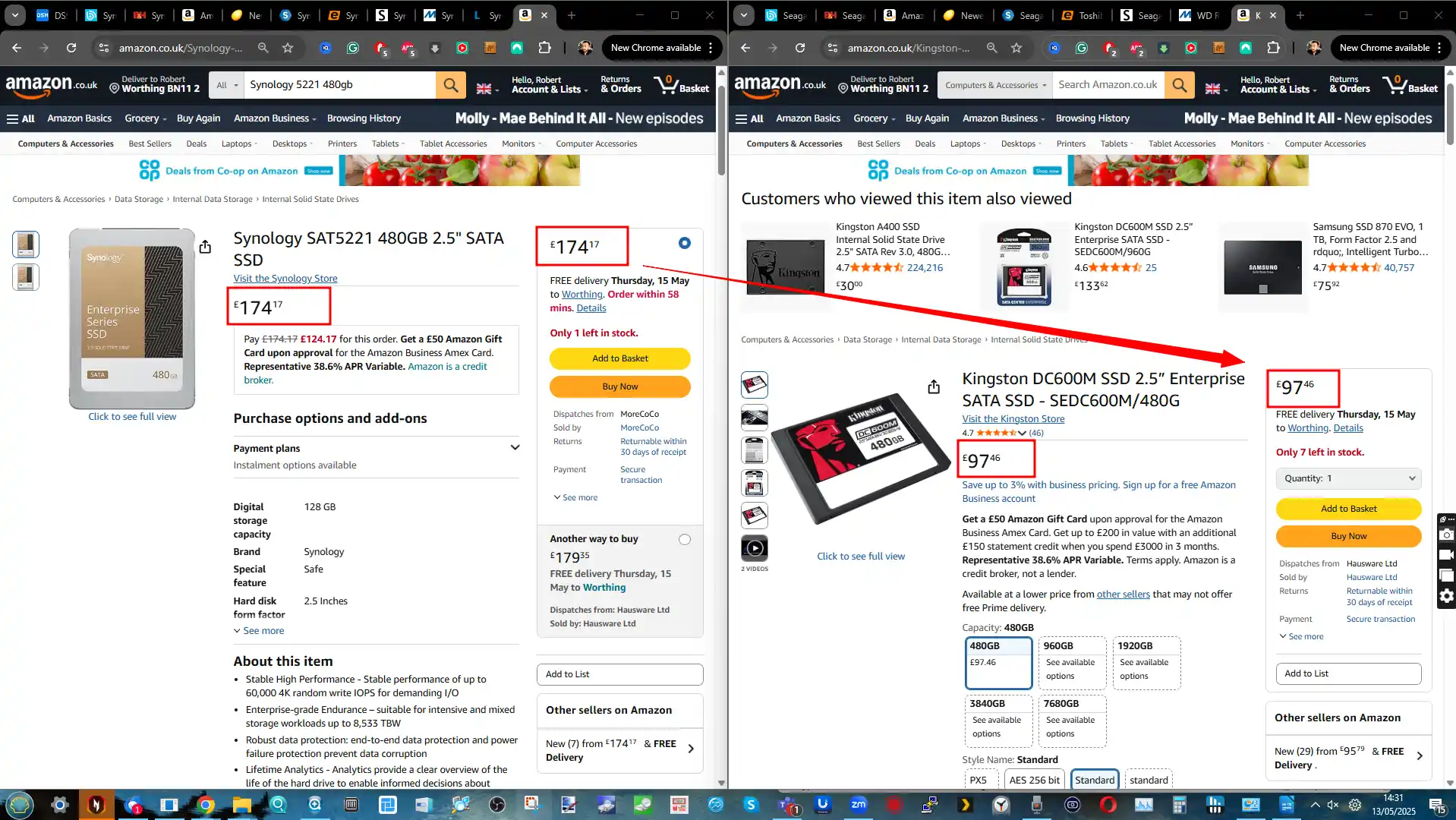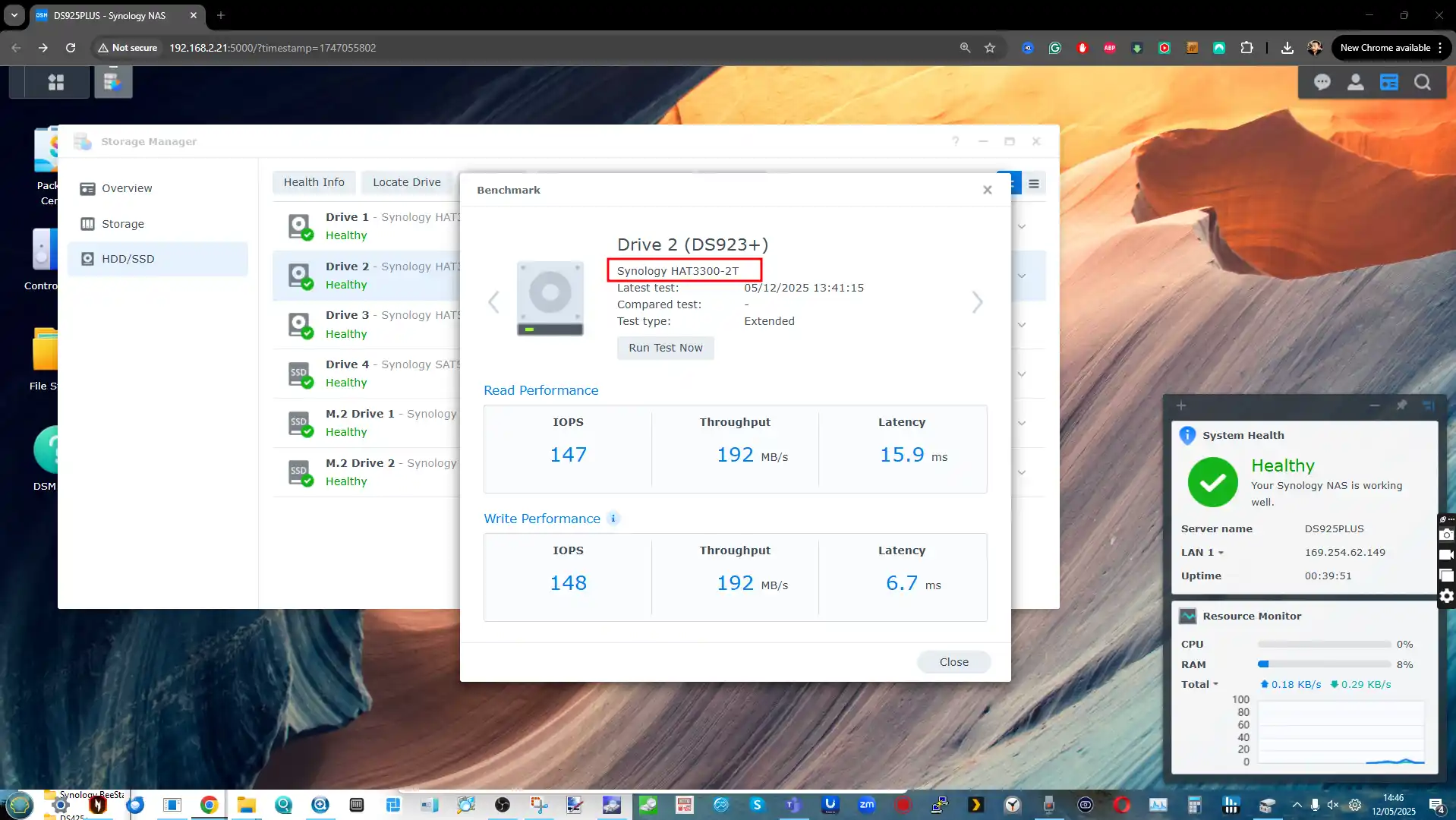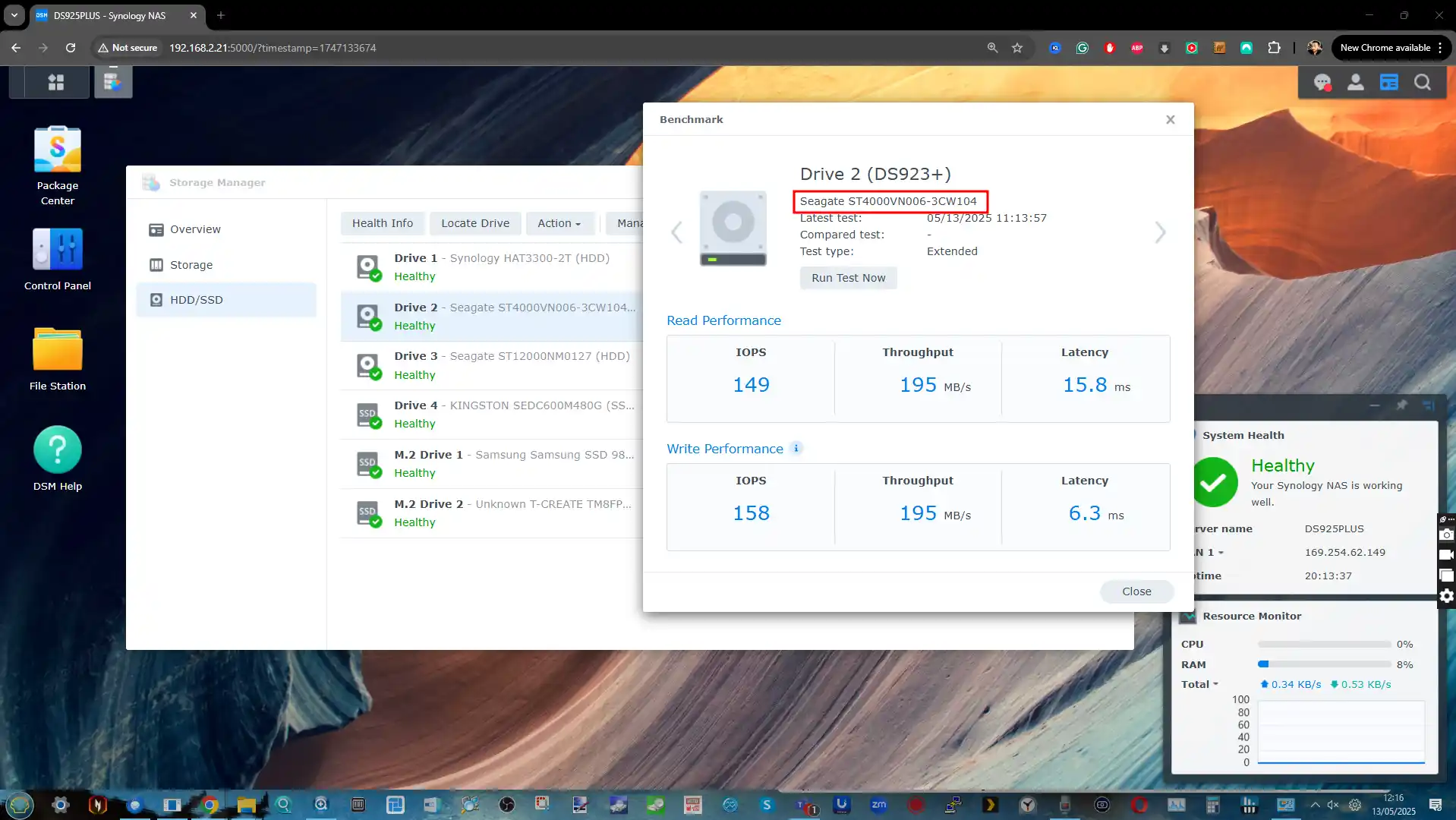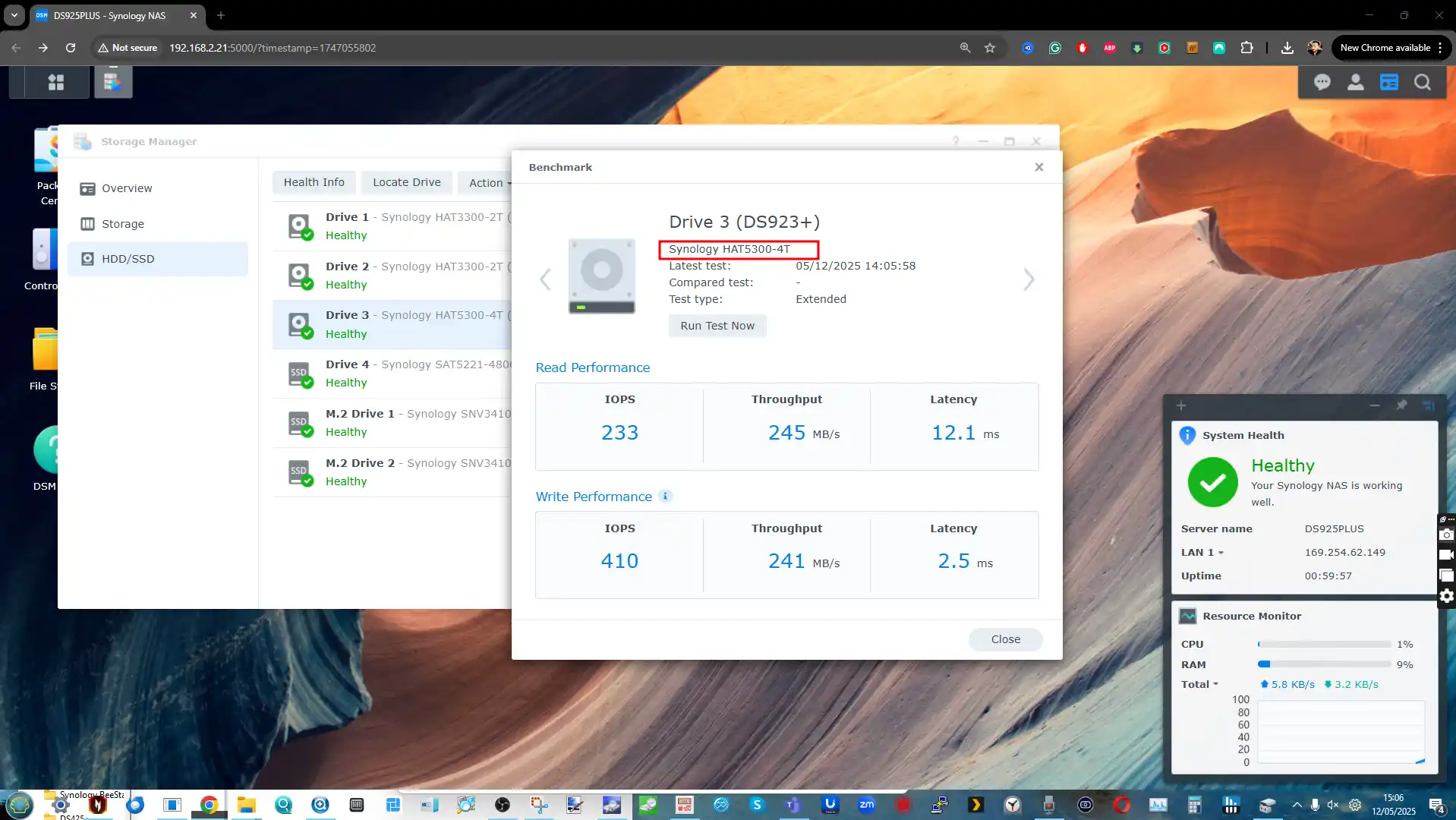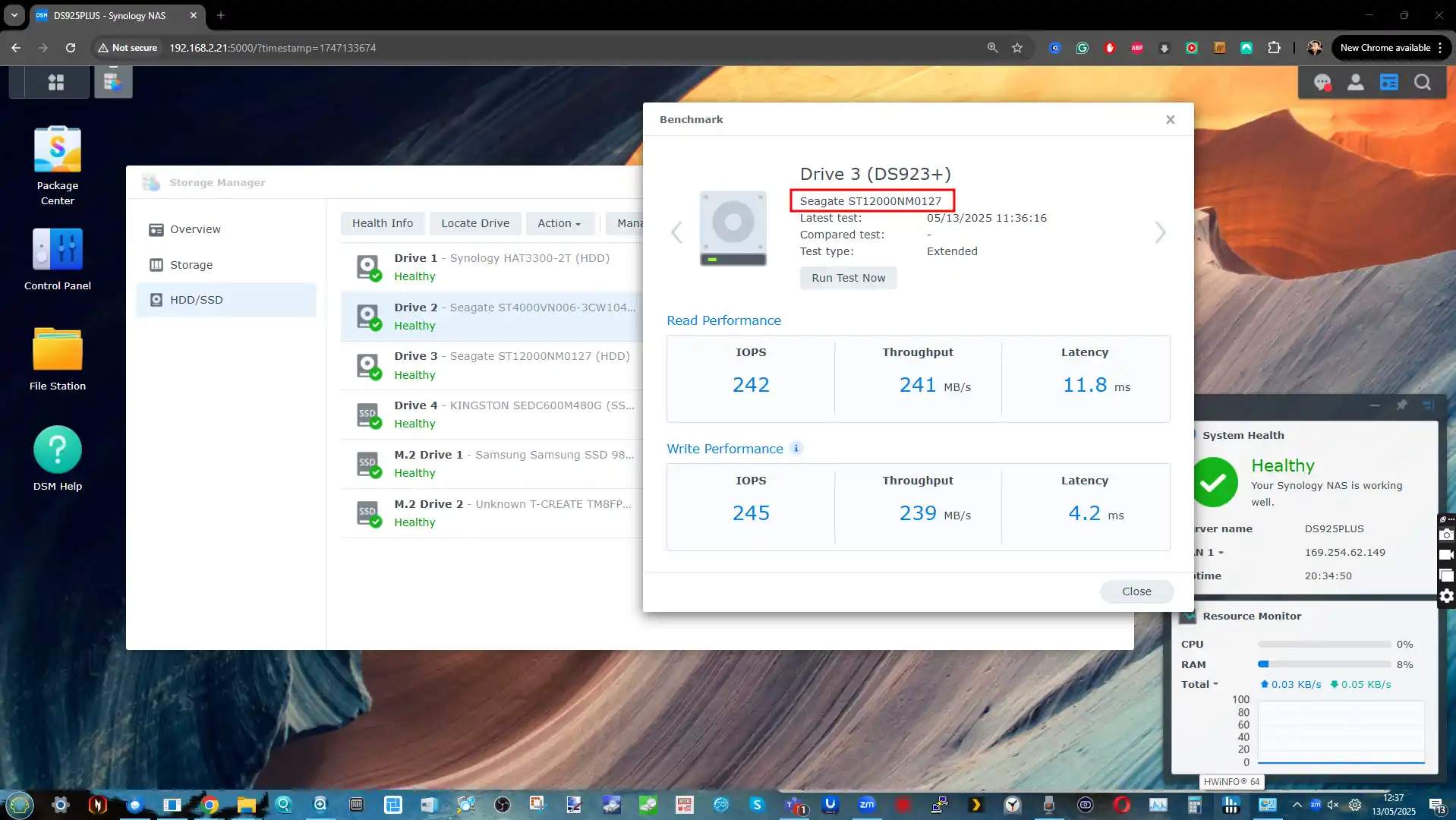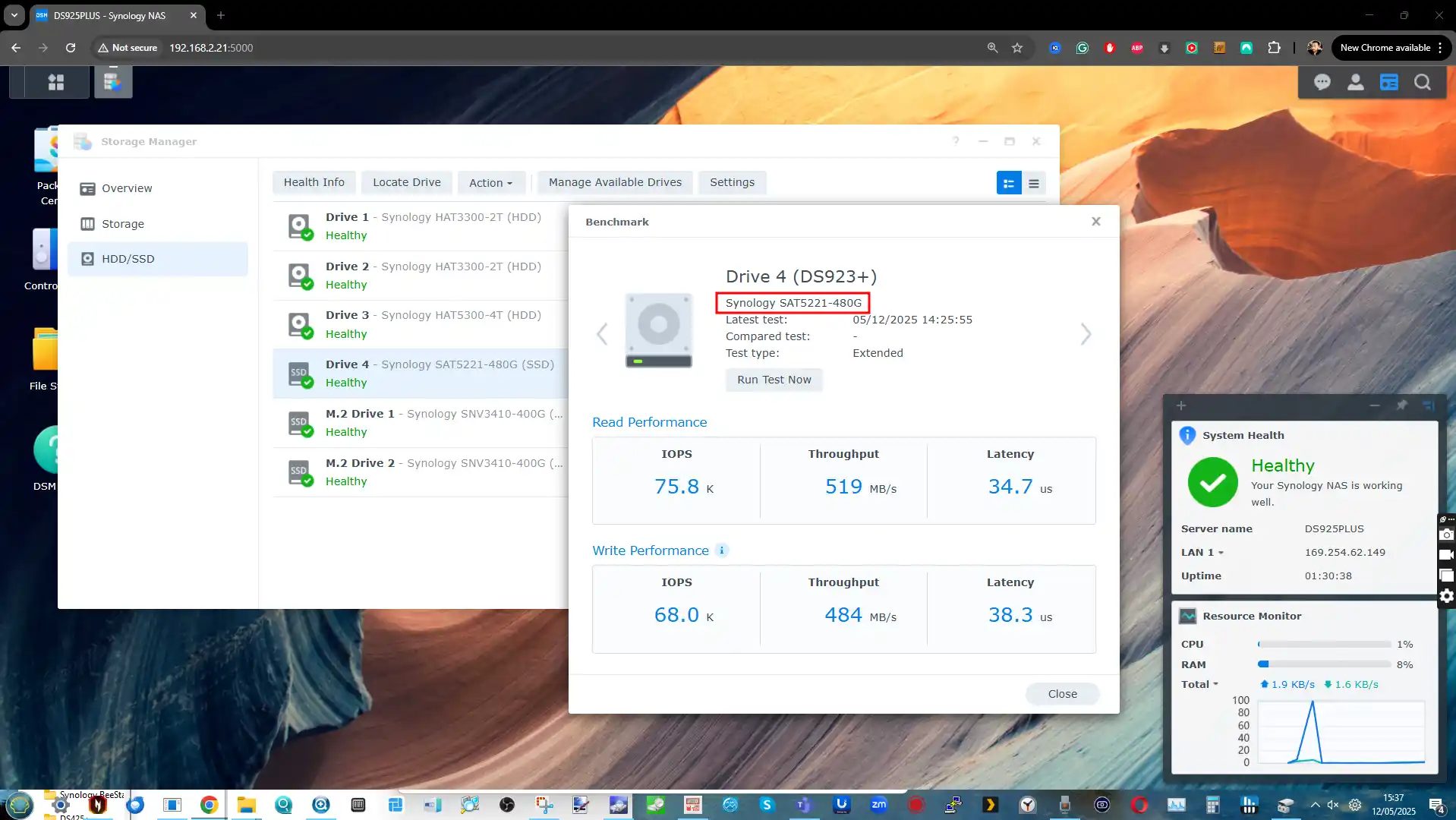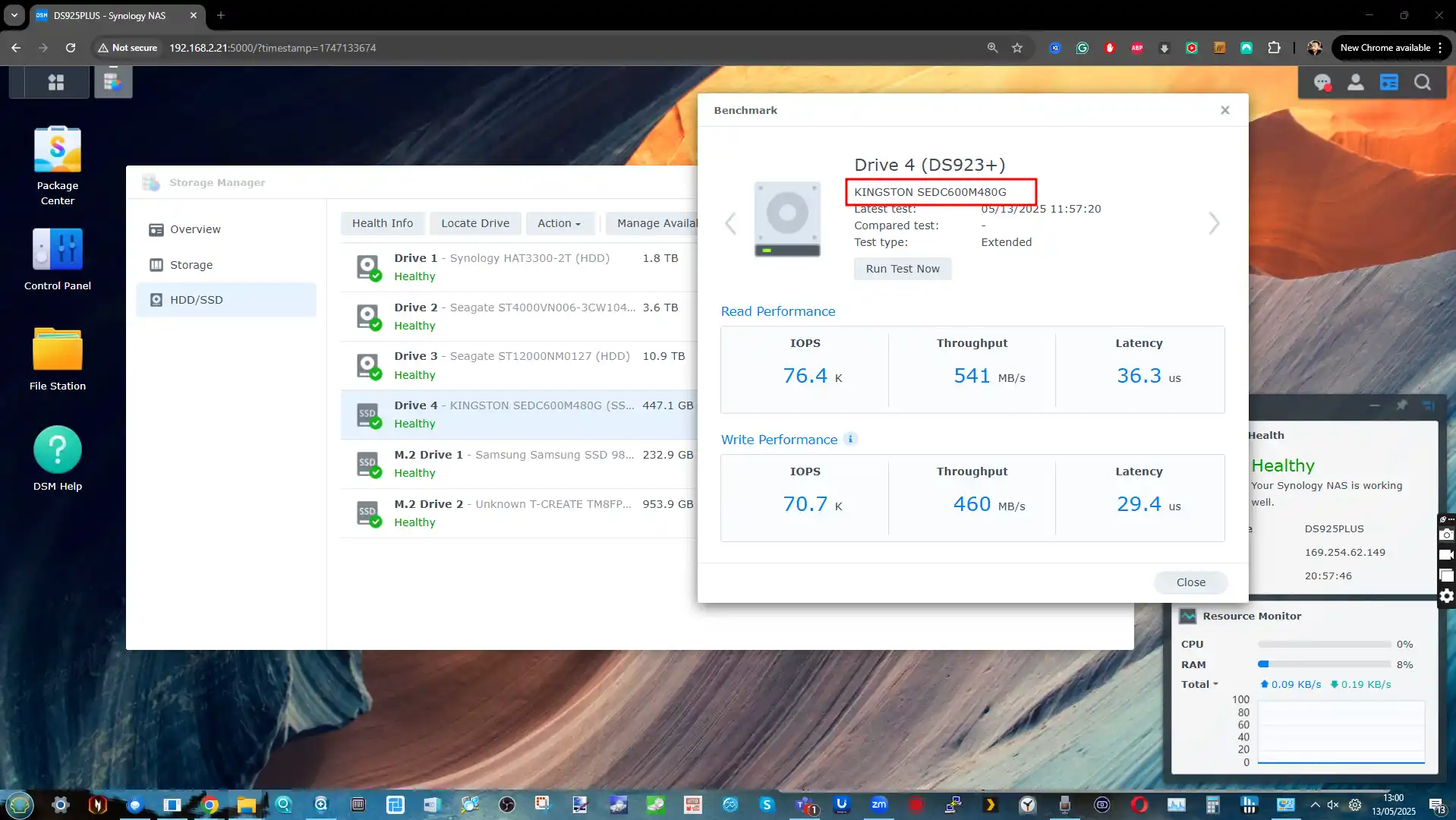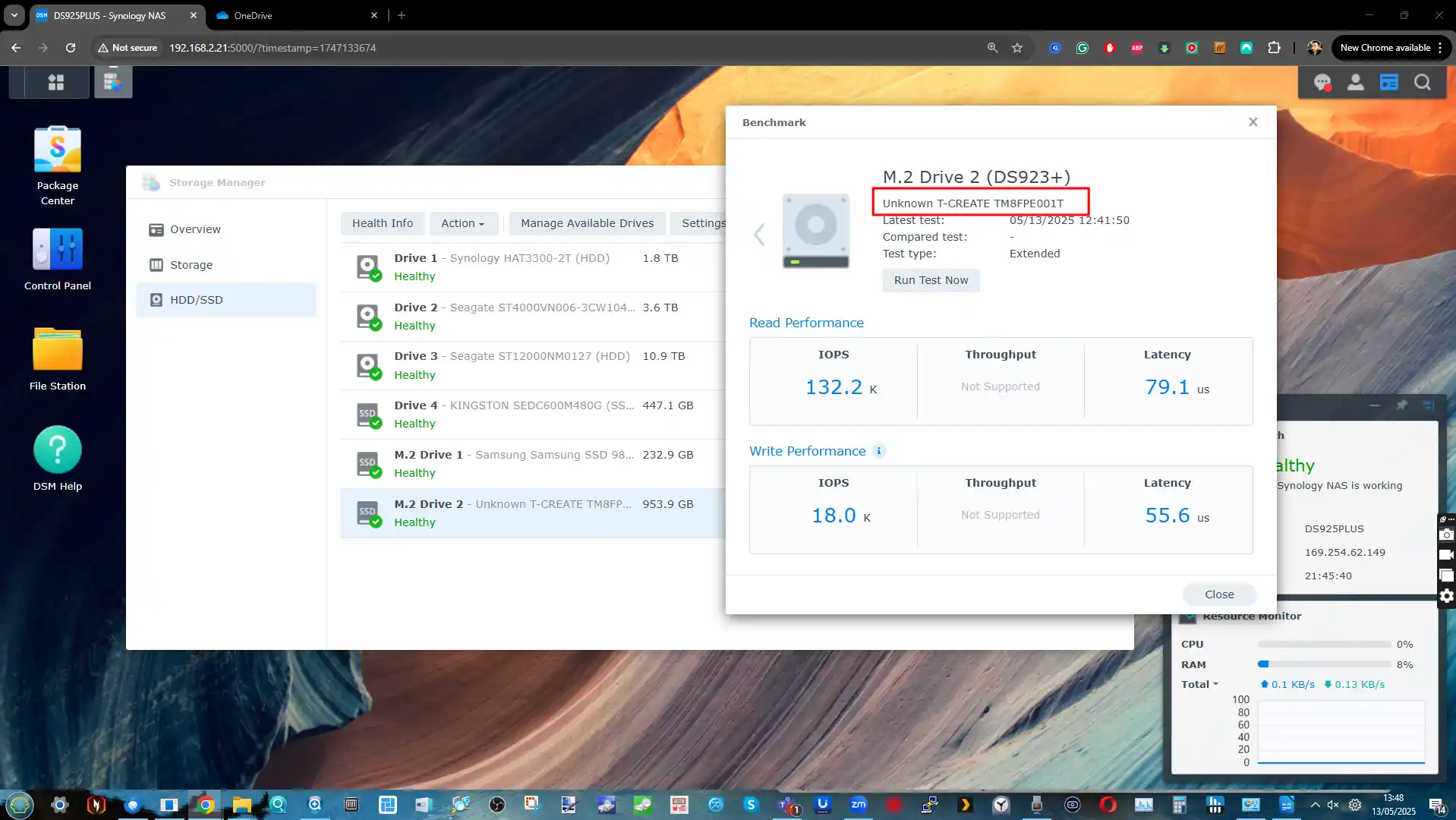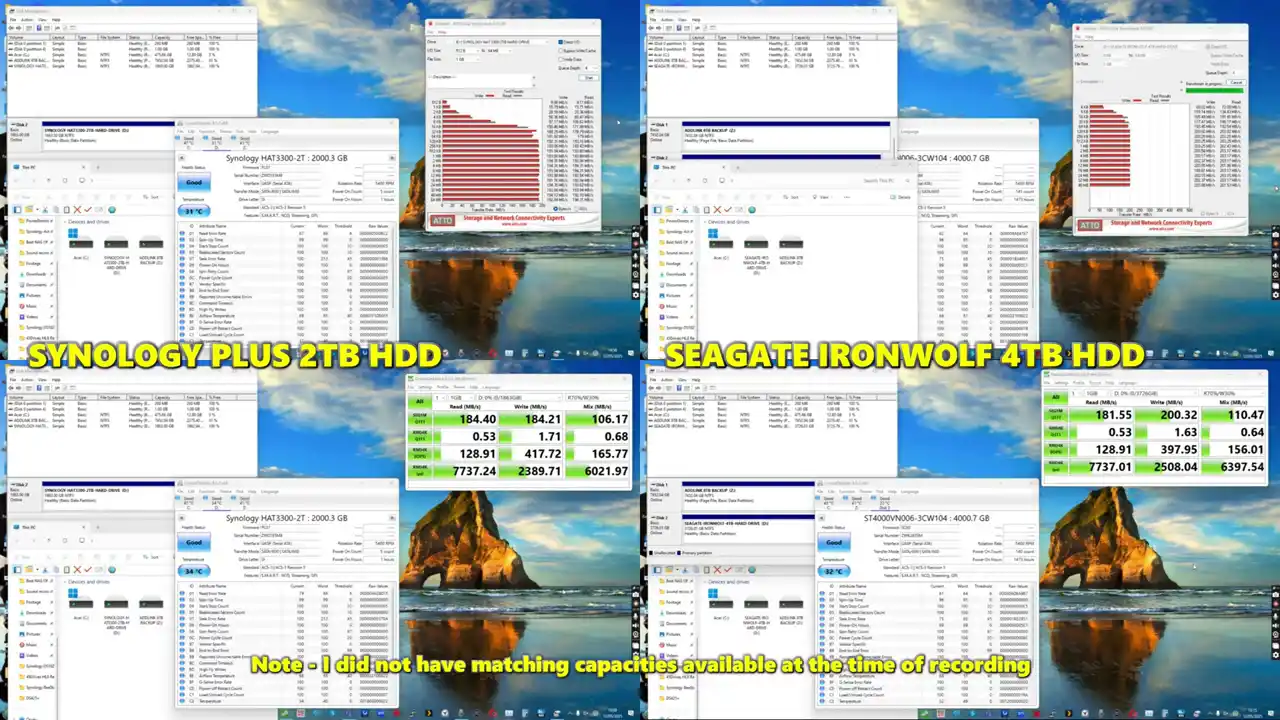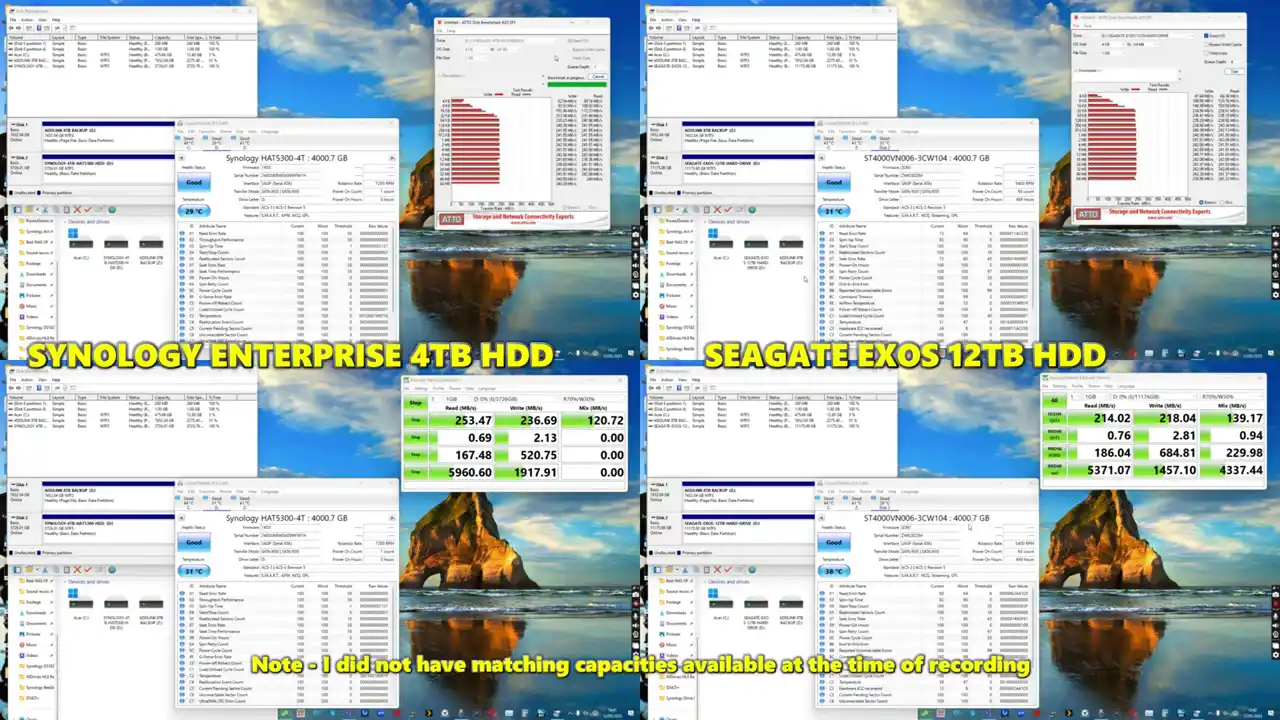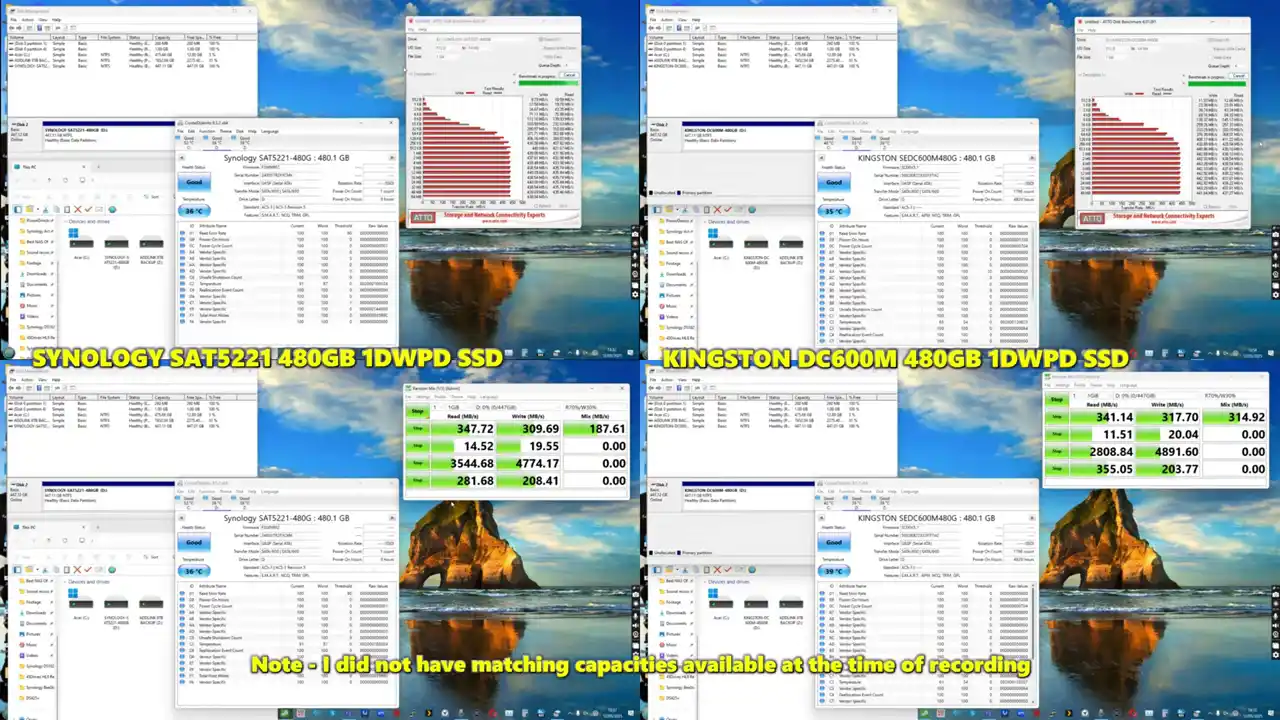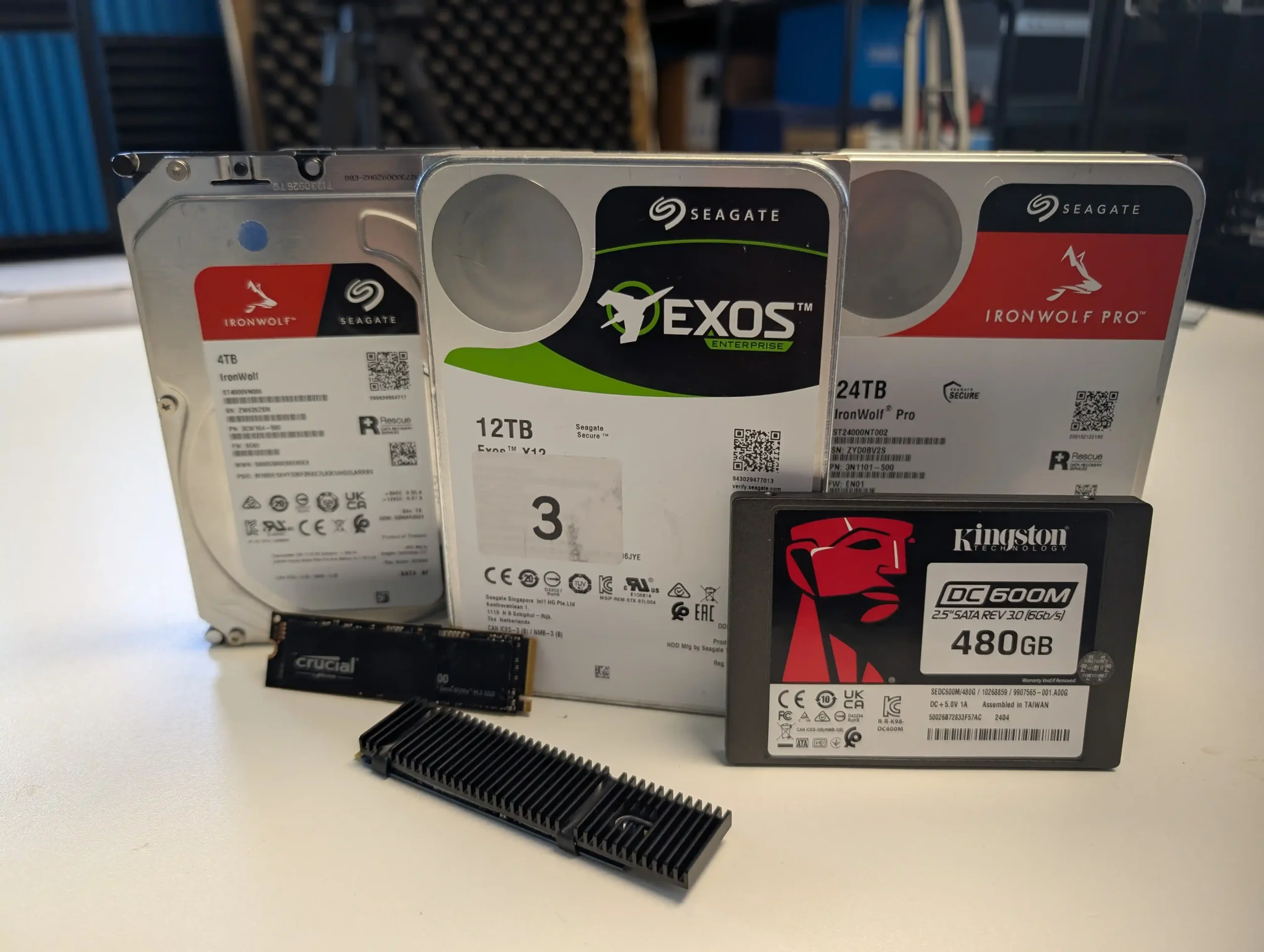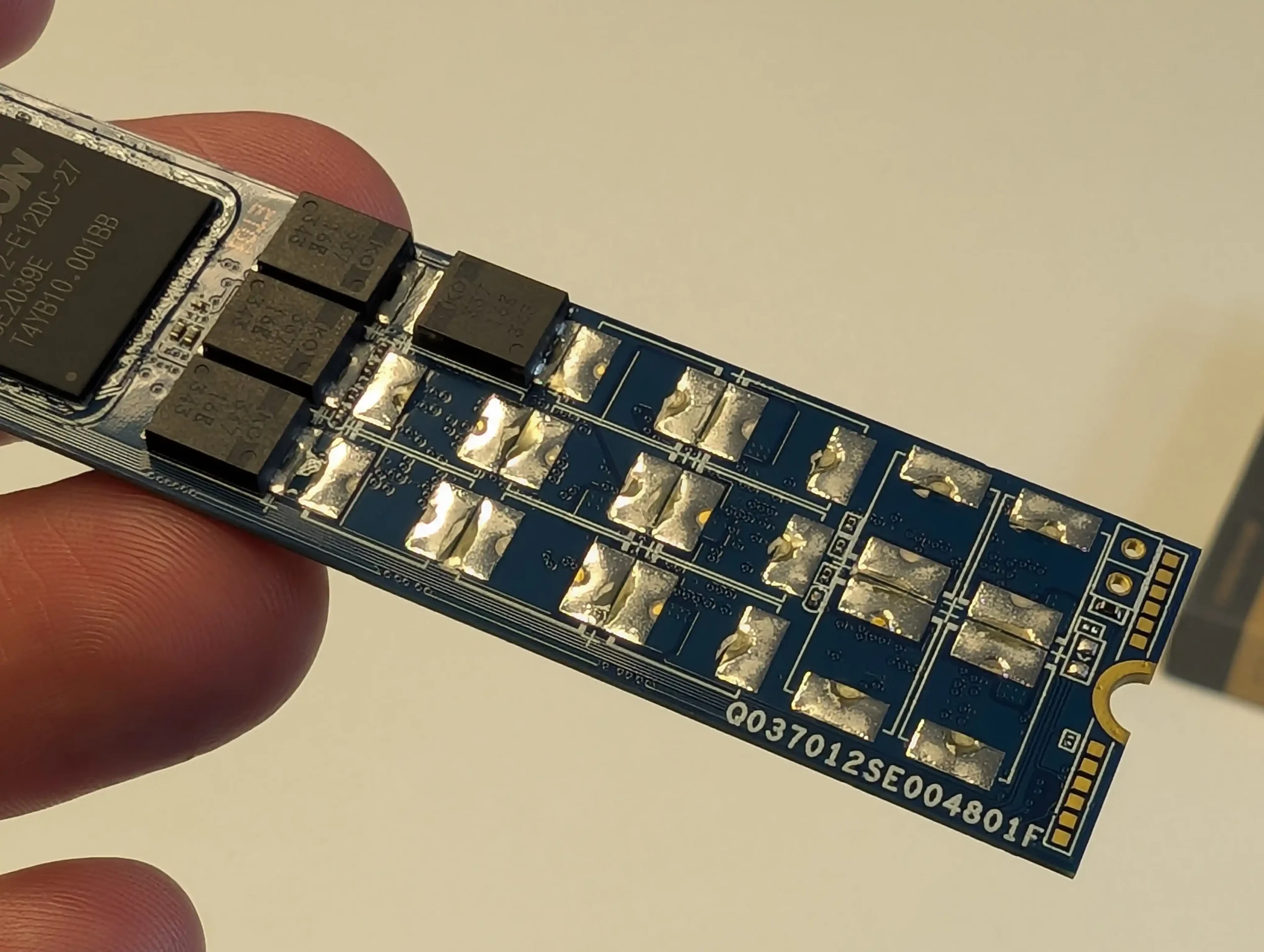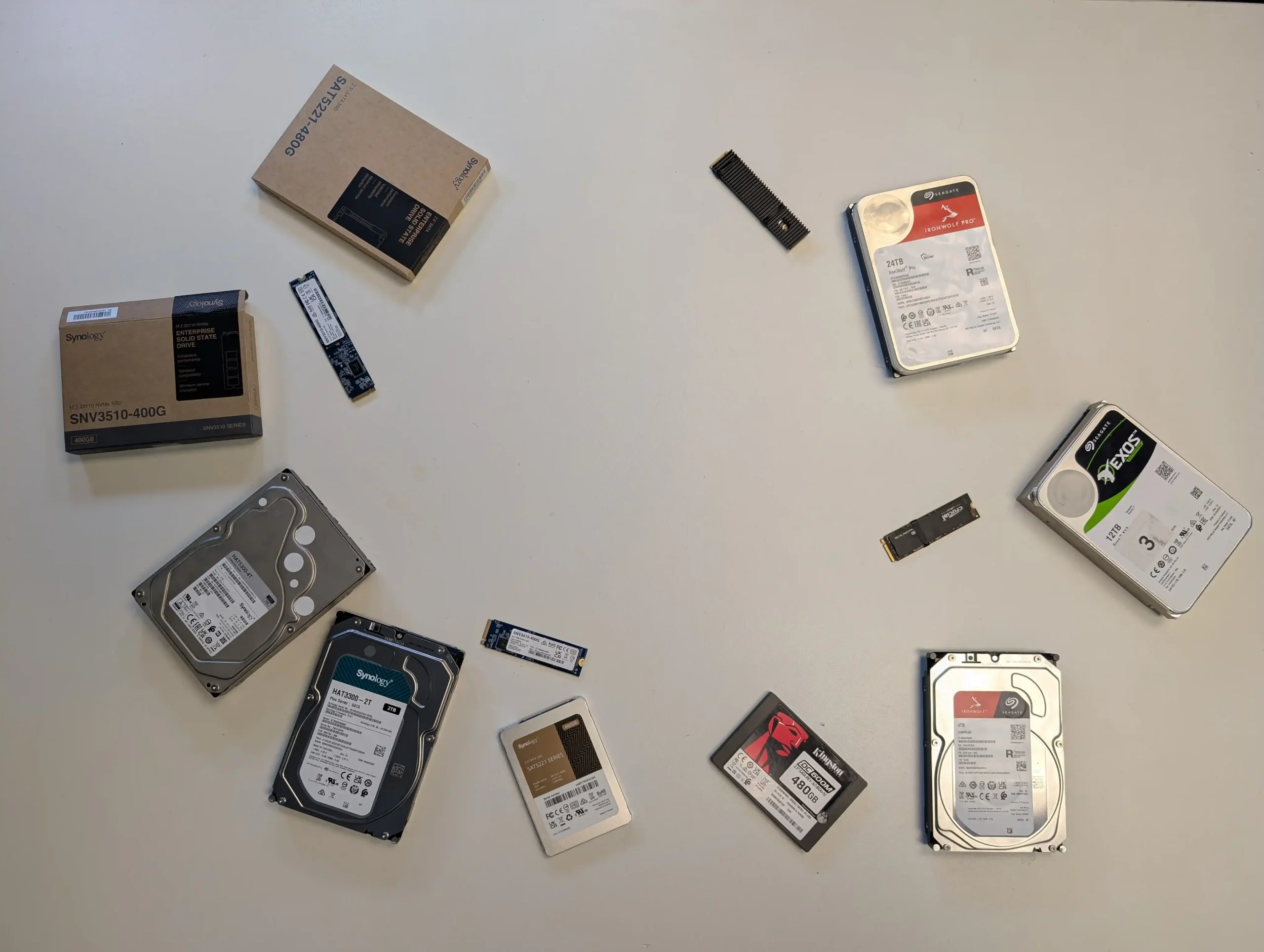N7 AMD 2x 10GbE NAS Motherboard Review
N7 AMD 8845HS 2x 10GbE NAS Motherboard Review
The MINIROUTE N7 NAS motherboard, also sold under the CWWK brand, is a compact Mini-ITX board built around the AMD Ryzen 8845HS processor, targeting power users and professionals seeking a dense, high-performance platform for NAS or compact server deployments. With its Zen 4 architecture, integrated AMD Ryzen AI NPU (delivering up to 16 TOPS), and 8-core/16-thread configuration, the board aims to bridge the gap between consumer-grade ITX systems and commercial turnkey NAS solutions. It supports up to eight SATA drives via dual SFF-8643 ports, offers dual 10GbE RJ45 connections using Aquantia AQC113 controllers, and features modern expansion options including PCIe Gen 4, USB4 (40Gbps), and dual NVMe M.2 slots. The system is designed to accommodate DDR5 SO-DIMM memory up to 96GB (2×48GB), and includes support for triple 4K/8K video output. With a retail price of around $489–$509 depending on configuration, the N7 represents a fully DIY-focused solution, delivering a dense hardware feature set for users willing to assemble and fine-tune their own NAS stack. This review evaluates its physical design, storage implementation, hardware layout, connectivity, system performance under various workloads, and its broader viability as a platform for UnRAID, Proxmox, or ZimaOS deployments.
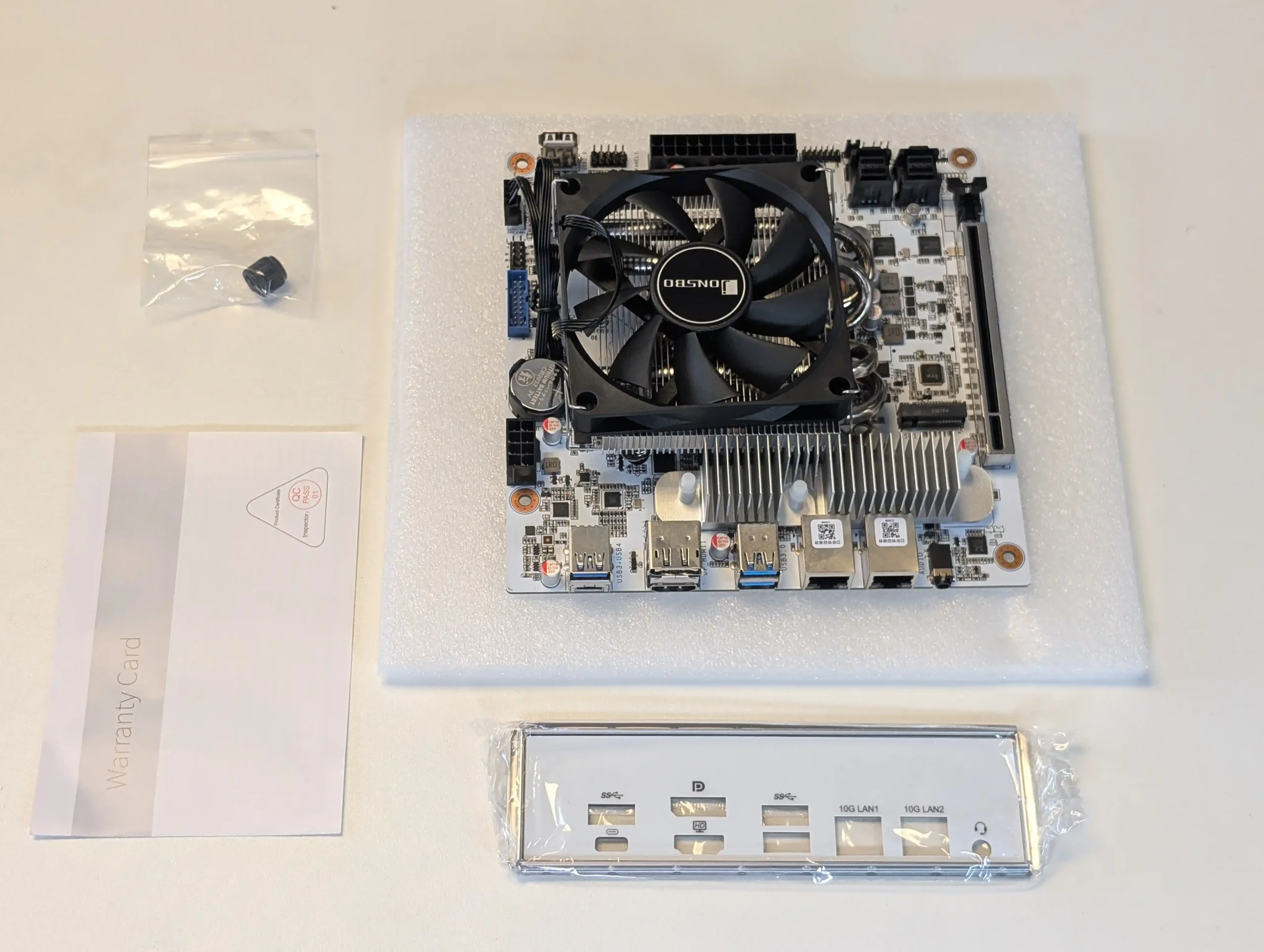
N7 AMD 2x 10GbE NAS Motherboard Review – Quick Conclusion
The MINIROUTE N7 (also marketed under the CWWK brand) delivers an unusually comprehensive blend of performance, connectivity, and storage capacity within the compact constraints of a Mini-ITX form factor, positioning it as one of the most capable motherboards in the DIY NAS and small-server market segment. Centered around the AMD Ryzen 8845HS processor, it provides 8 high-performance Zen 4 cores and 16 threads, along with full PCIe Gen 4 support, dual independent 10GbE RJ45 ports, native 8-bay SATA connectivity via SFF-8643, and dual M.2 NVMe slots running at full PCIe 4.0 ×4 speeds. This combination allows users to build a system capable of high-throughput file sharing, virtualized infrastructure, Docker containers, multimedia handling, and even AI-enhanced workloads if supported by the chosen software environment. Its inclusion of USB4 (40Gbps), bifurcation-ready PCIe x16 slot, and triple display outputs (HDMI, DisplayPort, USB-C with DP Alt Mode) gives it rare versatility, allowing it to serve simultaneously as a NAS, hypervisor, and local-access media or control interface. These features, delivered without the need for PCIe add-in cards or external HBA controllers, simplify the build process and reduce total system cost when compared to equivalent prebuilt systems or workstation boards.
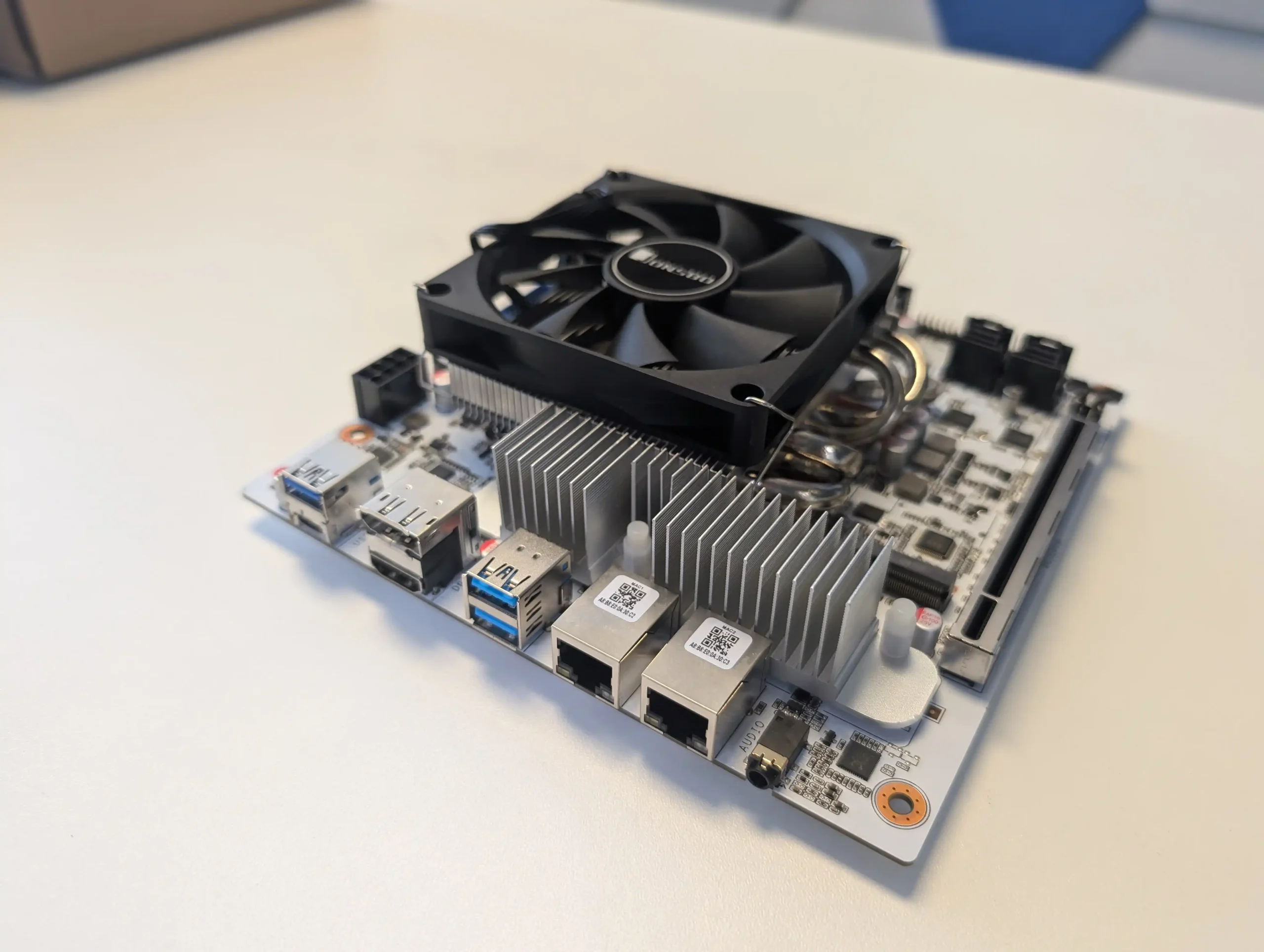
However, these strengths come with notable considerations. The board’s baseline power consumption is significantly higher than what one might find in ARM-based or low-power x86 embedded solutions, and thermals can become a concern under sustained load unless paired with an appropriate LGA1700-compatible cooler and adequate case airflow. Official ECC memory support is absent, which may limit its suitability for enterprise deployments requiring strict data integrity, even though ECC modules are detected in BIOS and several Linux-based NAS OS environments. The SFF-8643 connectors, while efficient and space-saving, add complexity for first-time builders who are unfamiliar with breakout cables or SAS-style drive setups. Despite this, experienced users will find the trade-offs acceptable in light of the raw capability the board offers. Whether you’re deploying TrueNAS SCALE with multiple VMs, using Proxmox for containerized services, or running UnRAID with GPU pass-through and AI indexing, the N7 provides enough bandwidth, I/O, and compute power to support demanding workloads in a footprint small enough to fit in virtually any modern NAS enclosure. For builders who prioritize flexibility, performance, and dense integration over energy efficiency or plug-and-play simplicity, the N7 emerges as one of the most forward-looking DIY NAS platforms currently available.
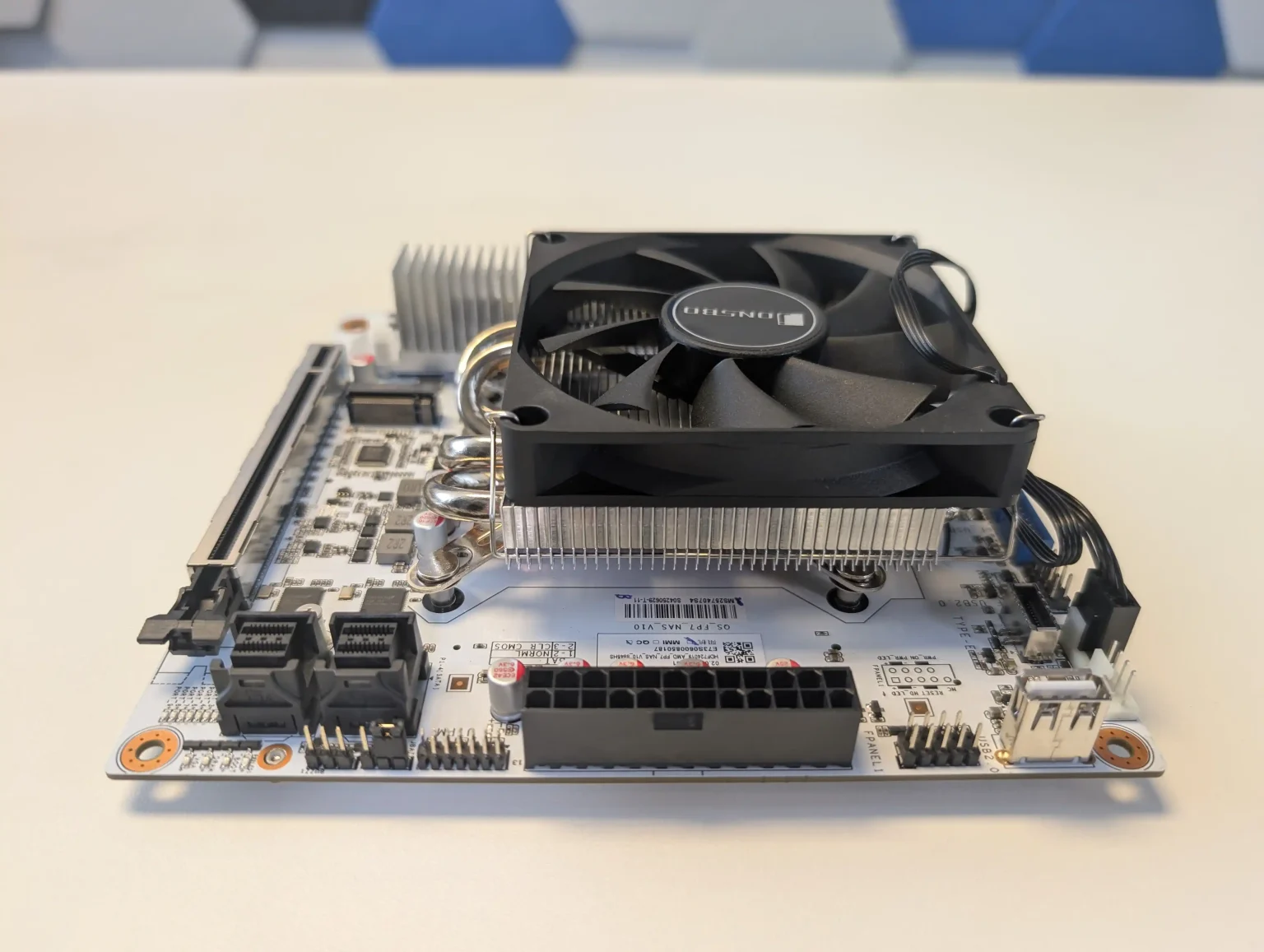

8.4
 High-Performance CPU: Ryzen 8845HS offers 8 cores, 16 threads, and strong single/multi-thread performance suitable for VMs and containers.
High-Performance CPU: Ryzen 8845HS offers 8 cores, 16 threads, and strong single/multi-thread performance suitable for VMs and containers. Dual 10GbE Ports: Independent 10GbE NICs with full PCIe Gen 4 ×1 allocation allow high-throughput networking without contention.
Dual 10GbE Ports: Independent 10GbE NICs with full PCIe Gen 4 ×1 allocation allow high-throughput networking without contention. Support for 8 SATA Drives: Native 8-bay SATA support via dual SFF-8643 eliminates the need for add-on HBA cards in most NAS builds.
Support for 8 SATA Drives: Native 8-bay SATA support via dual SFF-8643 eliminates the need for add-on HBA cards in most NAS builds. Dual NVMe Gen 4 Slots: Two M.2 2280 slots support full PCIe Gen 4 ×4 speeds for fast boot, cache, or tiered storage.
Dual NVMe Gen 4 Slots: Two M.2 2280 slots support full PCIe Gen 4 ×4 speeds for fast boot, cache, or tiered storage. PCIe Gen 4 x16 Slot: Full-length slot with x8 signal and BIOS bifurcation enables GPU, RAID, or multi-NVMe card expansion.
PCIe Gen 4 x16 Slot: Full-length slot with x8 signal and BIOS bifurcation enables GPU, RAID, or multi-NVMe card expansion. USB4 Support: Includes one 40Gbps USB-C port for high-speed external storage or passthrough options in advanced OS setups.
USB4 Support: Includes one 40Gbps USB-C port for high-speed external storage or passthrough options in advanced OS setups. Triple Display Outputs: HDMI, DisplayPort, and USB-C (DP Alt Mode) support up to 8K for local GUI or media server applications.
Triple Display Outputs: HDMI, DisplayPort, and USB-C (DP Alt Mode) support up to 8K for local GUI or media server applications. Compact ITX Layout: All features integrated into a 17cm × 17cm form factor, compatible with standard NAS and SFF cases.
Compact ITX Layout: All features integrated into a 17cm × 17cm form factor, compatible with standard NAS and SFF cases.
 No Official ECC Support: ECC DIMMs are detected but error correction is unverified, limiting its appeal in critical data environments. (correction, 8845HS Pro CPU DOES support ECC, not this one)
No Official ECC Support: ECC DIMMs are detected but error correction is unverified, limiting its appeal in critical data environments. (correction, 8845HS Pro CPU DOES support ECC, not this one) Moderately High Power Consumption: Idle power (~25W) and load (>60W) exceed typical low-power NAS boards, requiring active cooling.
Moderately High Power Consumption: Idle power (~25W) and load (>60W) exceed typical low-power NAS boards, requiring active cooling. SFF-8643 Complexity: Requires breakout cables and familiarity with SAS-style connectors, which may confuse first-time NAS builders.
SFF-8643 Complexity: Requires breakout cables and familiarity with SAS-style connectors, which may confuse first-time NAS builders.
| Where to Buy? |
N7 AMD 2x 10GbE NAS Motherboard Review – Design and Storage
The MINIROUTE N7 adheres to the Mini-ITX standard with a footprint of 17 × 17 cm, making it compatible with a wide range of compact NAS and SFF (Small Form Factor) enclosures. Despite its small size, the board manages to integrate an unusually dense set of components, routing power and data traces efficiently around the central CPU socket and key interface headers. The board requires both a standard 24-pin ATX and 4-pin CPU power connector, which is a practical choice for users reusing off-the-shelf ATX PSUs. The component layout is designed for vertical airflow, which aligns well with tower-style NAS chassis using top-down cooling. Passive heat dissipation is supplemented by a large copper heatsink preinstalled over the CPU and chipset area, although users will need to add a compatible LGA1700 cooler for effective thermal management in prolonged workloads.
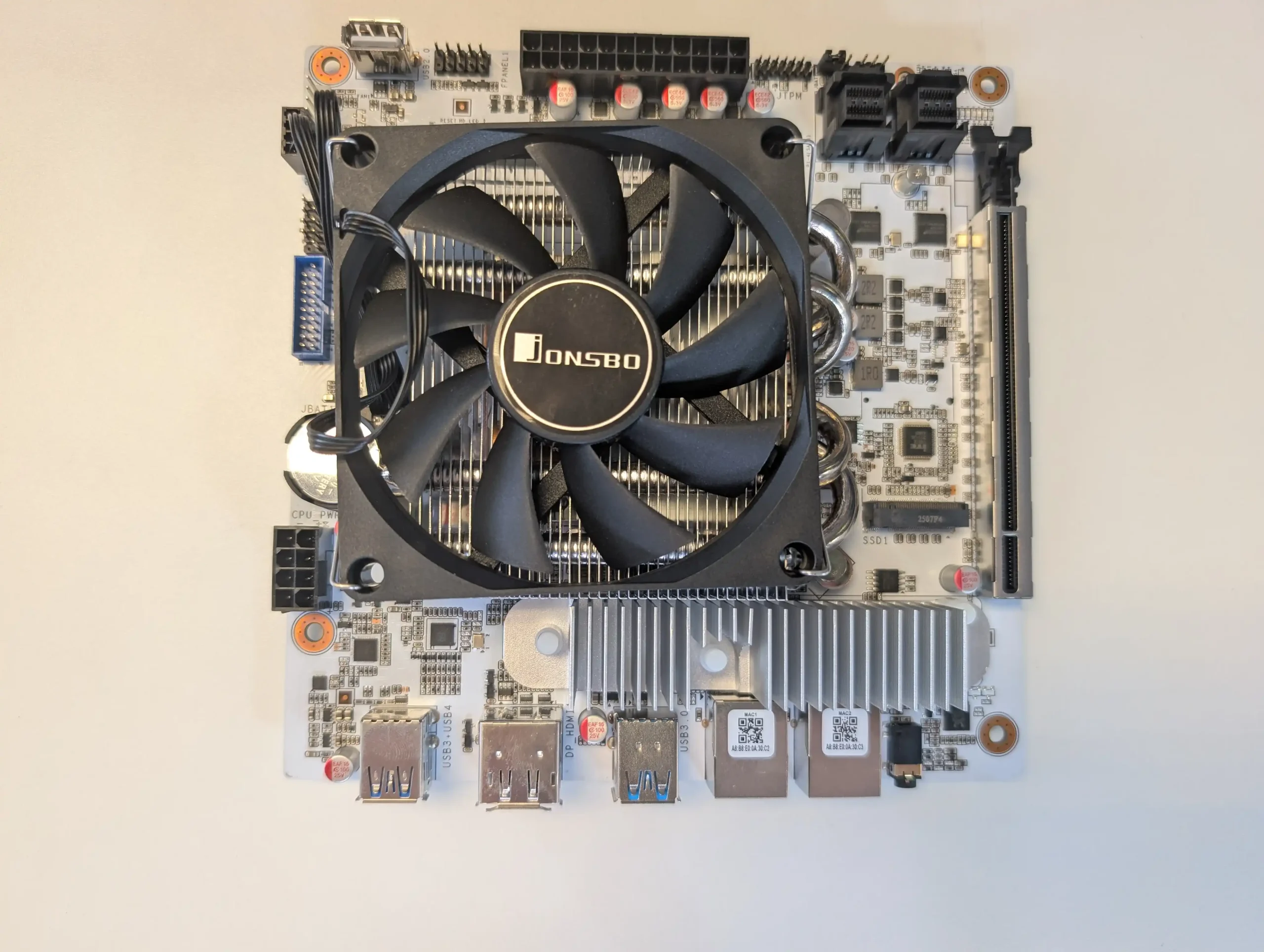
Drive connectivity on the N7 is handled via two onboard SFF-8643 ports, each supporting up to four SATA 3.0 devices through breakout cables. These mini-SAS connectors route through onboard ASMedia ASM1164 controllers and offer up to 6Gbps per port, enabling up to eight storage devices across a single board without the need for a separate HBA card. Each SFF-8643 port is linked to a PCIe Gen 3 x1 lane, which limits peak throughput to just under 1GB/s per group of four drives.
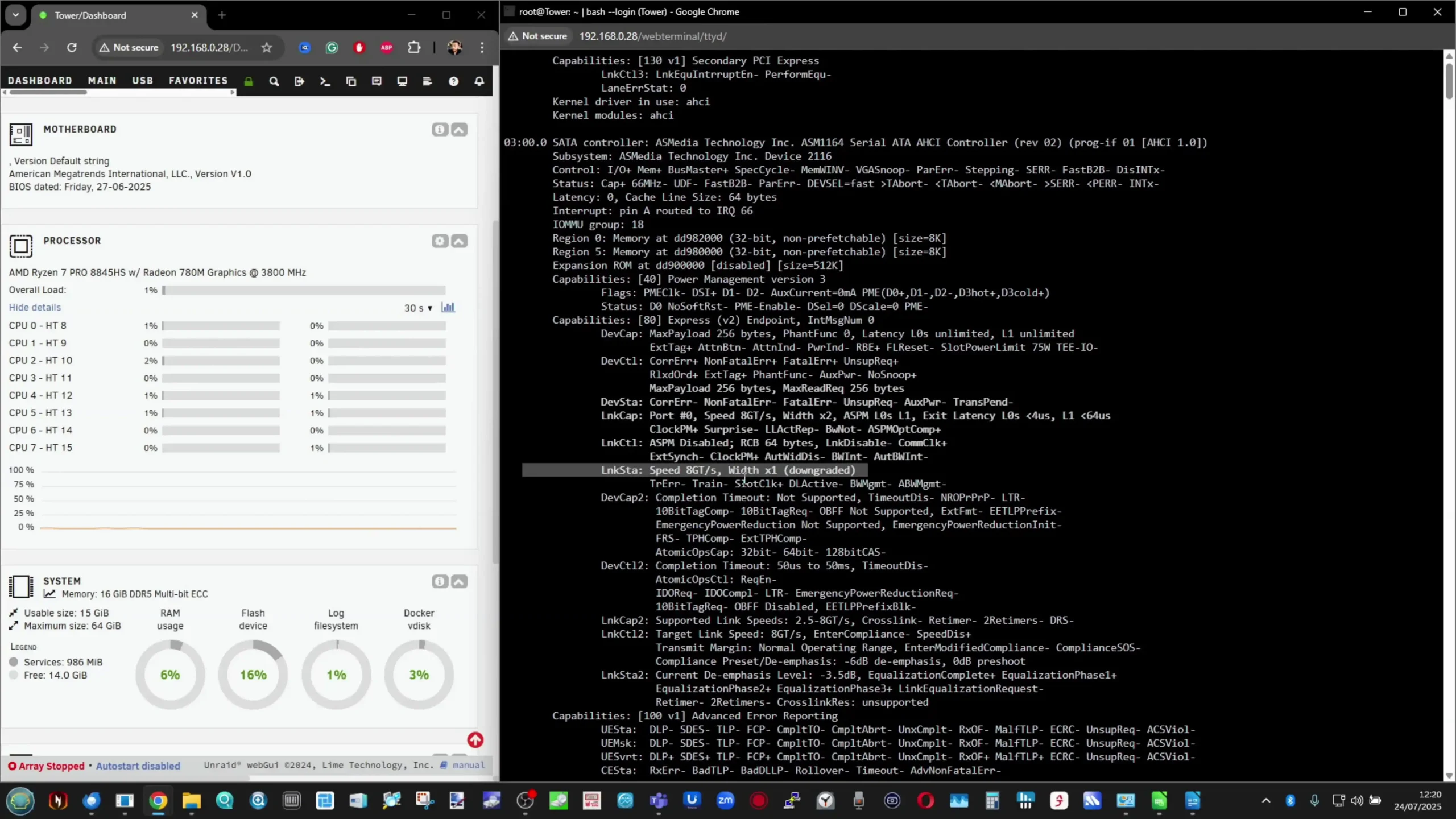
While this isn’t a bottleneck in typical NAS workloads involving sequential reads/writes from hard drives, it may constrain performance with large SSD arrays or heavy mixed IOPS usage. Included in the box are two breakout cables for converting the 8643 ports to 4 × SATA each, streamlining setup and making the N7 more appealing for users assembling 6- to 8-bay NAS systems without additional add-ons.
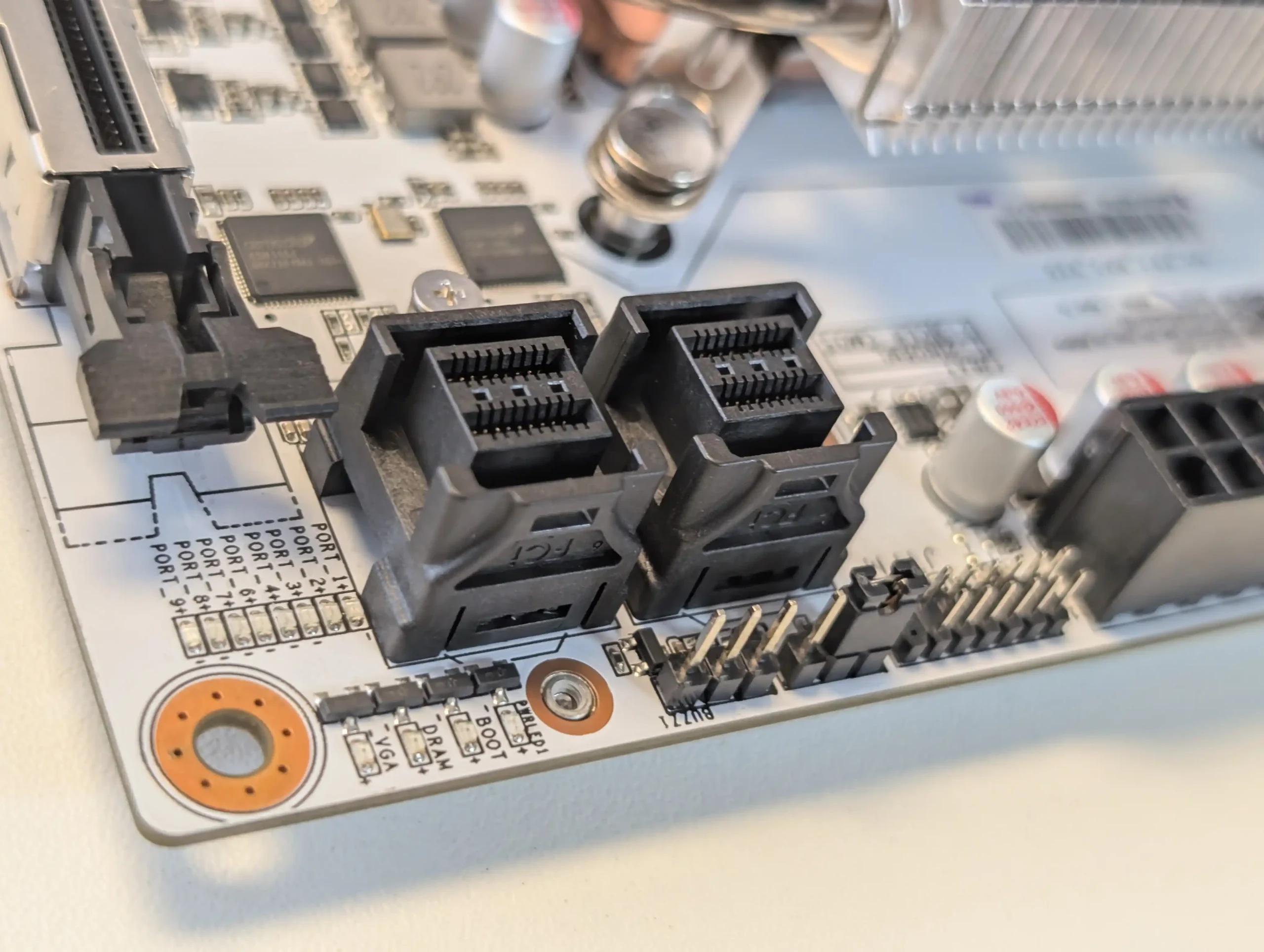
The N7’s decision to use SFF-8643 instead of individual SATA headers is a deliberate choice that favors a clean internal cable setup, particularly in compact NAS cases with limited clearance or rear-mounted drive cages. This design also supports the use of add-on expansion modules such as CWWK’s 6-bay carrier boards or U.2 and M.2 SATA-to-SFF adapters, adding deployment flexibility for those planning to use a mix of HDDs and SSDs.
During physical inspection and test installation, the SATA connectors routed cleanly to the front of the board, minimizing crossflow interference for cooling and allowing for unobstructed access to RAM and NVMe slots. This layout, while compact, doesn’t obstruct airflow or block RAM or PCIe slot access even when all drive connections are populated.
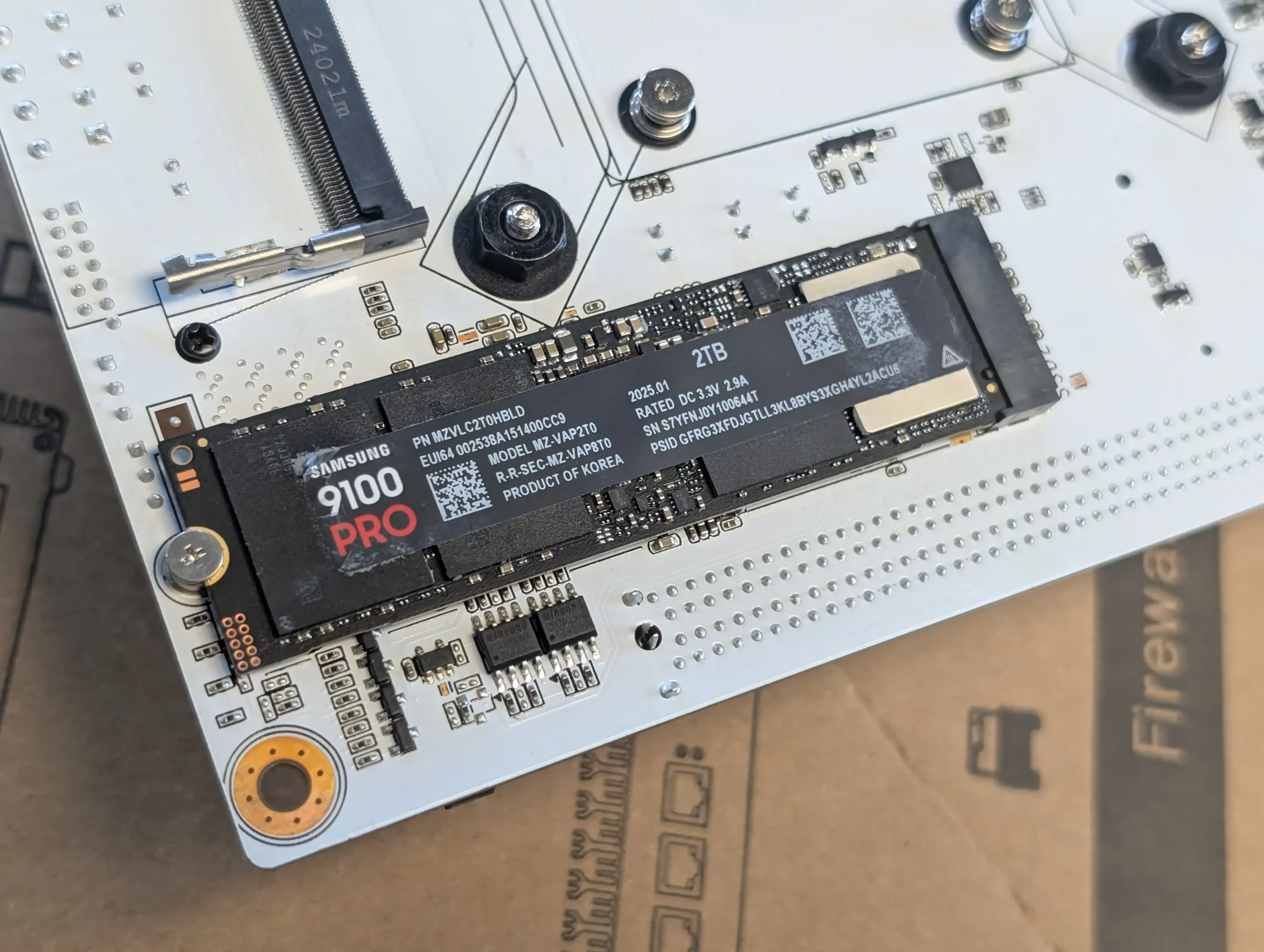
Storage expansion is also supported via two M.2 NVMe slots: one mounted on the top side of the board and one underneath. Both slots support 2280-length drives at PCIe Gen 4 x4 speeds, providing ample bandwidth for SSD caching or fast boot devices. These NVMe drives are independent of the SATA controller and do not share lanes with the PCIe or USB4 ports, according to observed behavior during SSD testing. Read speeds on Gen 4 drives approached 5.1 GB/s, while write speeds hovered around 4.6 GB/s under sequential workloads. Thermals for these slots will depend on case design and airflow, as there are no included heatsinks for the M.2 bays—something users building 24/7 systems will want to address through motherboard-side or chassis-side cooling accessories.
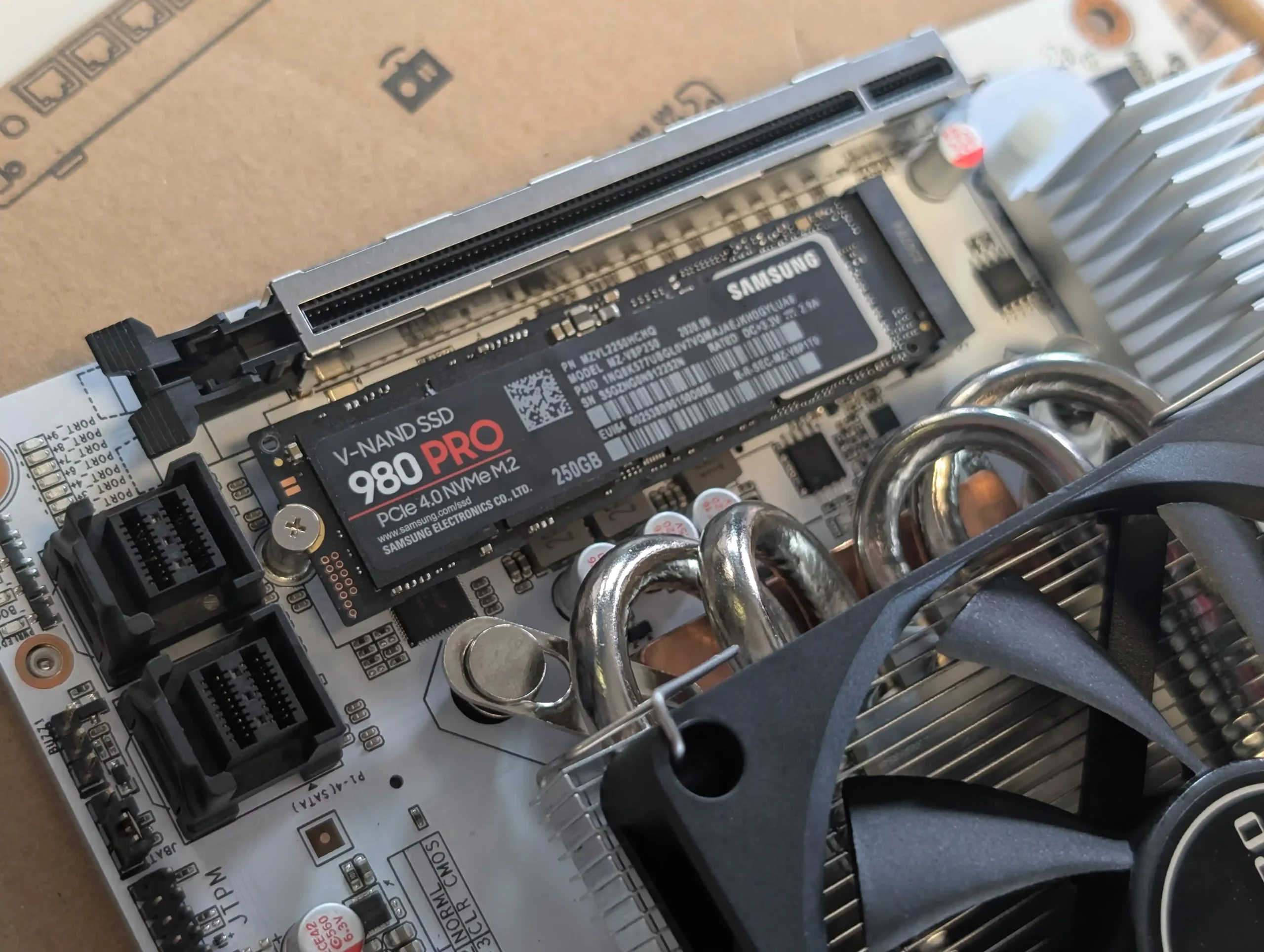
The storage layout and capacity potential make the N7 particularly well suited for software-defined storage platforms like TrueNAS SCALE, UnRAID, and ZimaOS. RAID arrays, SSD cache pools, and hybrid tiered storage setups can all be constructed using the eight SATA and two NVMe interfaces. Although bandwidth on the SFF-8643 links is limited compared to dedicated HBA cards, the simplicity and integration on a Mini-ITX board are notable advantages. For users building an 8-bay NAS that includes SSD-based caching or boot storage, the N7’s native options reduce both hardware complexity and overall build cost. The only notable storage-related limitation is the lack of support for hardware RAID or U.2 ports natively, but given its price and form factor, the board aligns well with the needs of most advanced DIY NAS builders.
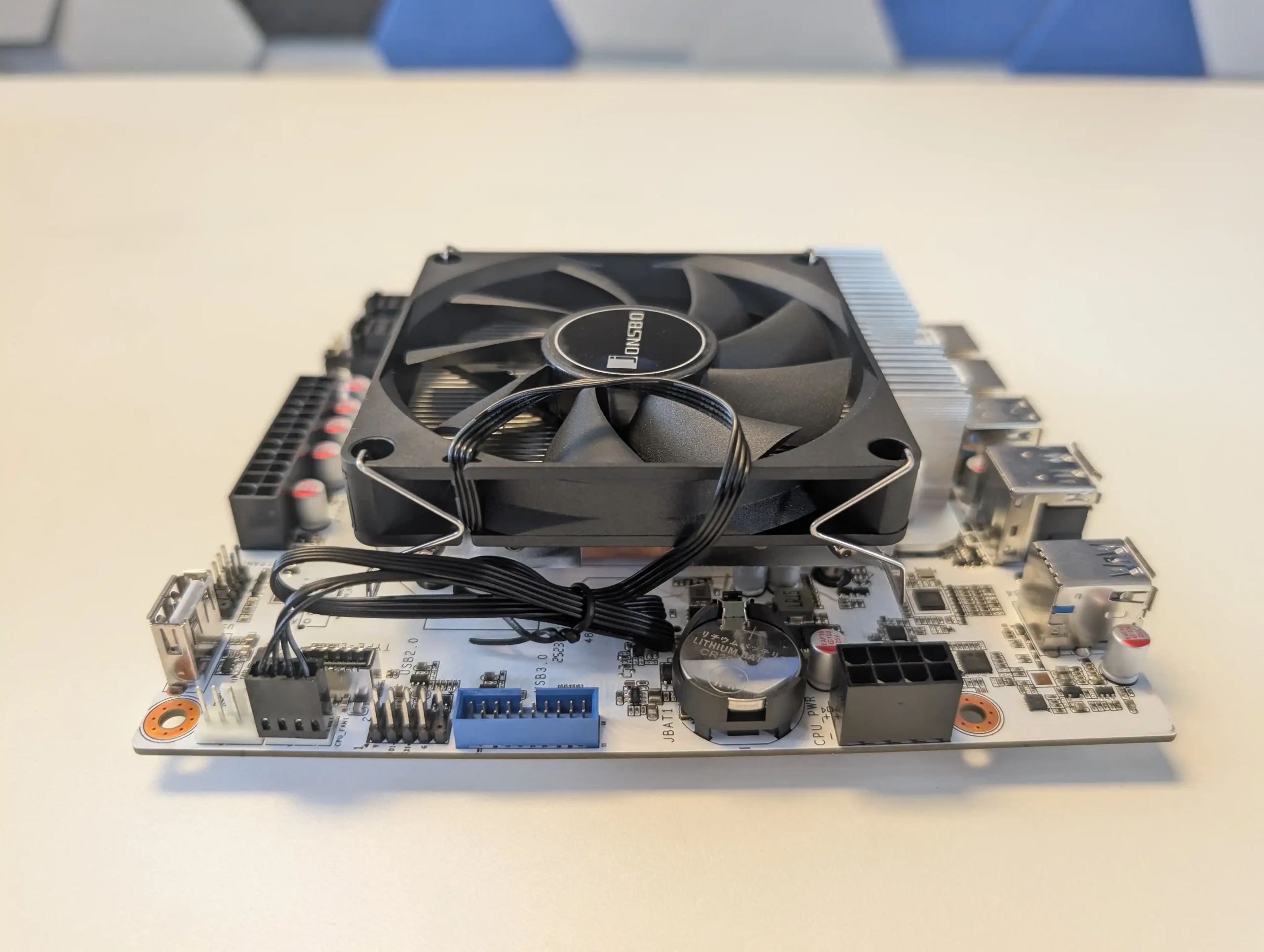
N7 AMD 2x 10GbE NAS Motherboard Review – Hardware
At the center of the N7 motherboard is the AMD Ryzen 8845HS processor, a Zen 4-based 8-core, 16-thread CPU designed for high-efficiency performance in mobile and embedded systems. With a base clock of 3.8GHz and a maximum boost clock of 5.1GHz, this chip provides considerably more computational headroom than most processors found in pre-built NAS devices or ITX boards at this price point. Its multithreaded performance is particularly well-suited for tasks like virtualization, multi-user services, parallel Docker workloads, and software-defined storage management.
8845HS processor, a Zen 4-based 8-core, 16-thread CPU designed for high-efficiency performance in mobile and embedded systems. With a base clock of 3.8GHz and a maximum boost clock of 5.1GHz, this chip provides considerably more computational headroom than most processors found in pre-built NAS devices or ITX boards at this price point. Its multithreaded performance is particularly well-suited for tasks like virtualization, multi-user services, parallel Docker workloads, and software-defined storage management.
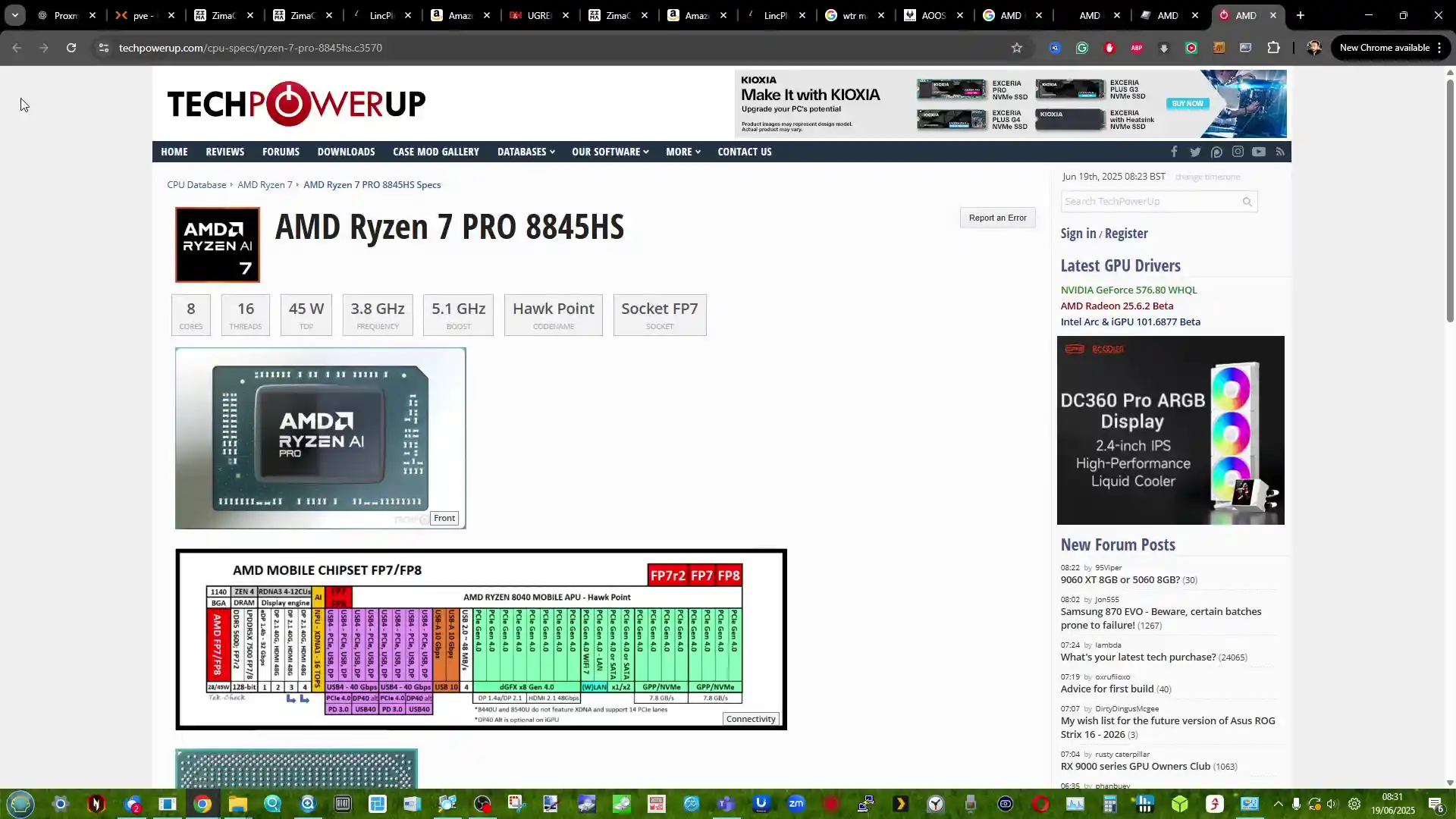
The CPU also integrates AMD’s Radeon 780M graphics engine, based on RDNA 3 architecture, with 12 GPU cores clocked at up to 2.7GHz, which is more than adequate for media playback, transcoding, or even light GPU-accelerated applications under supported environments.
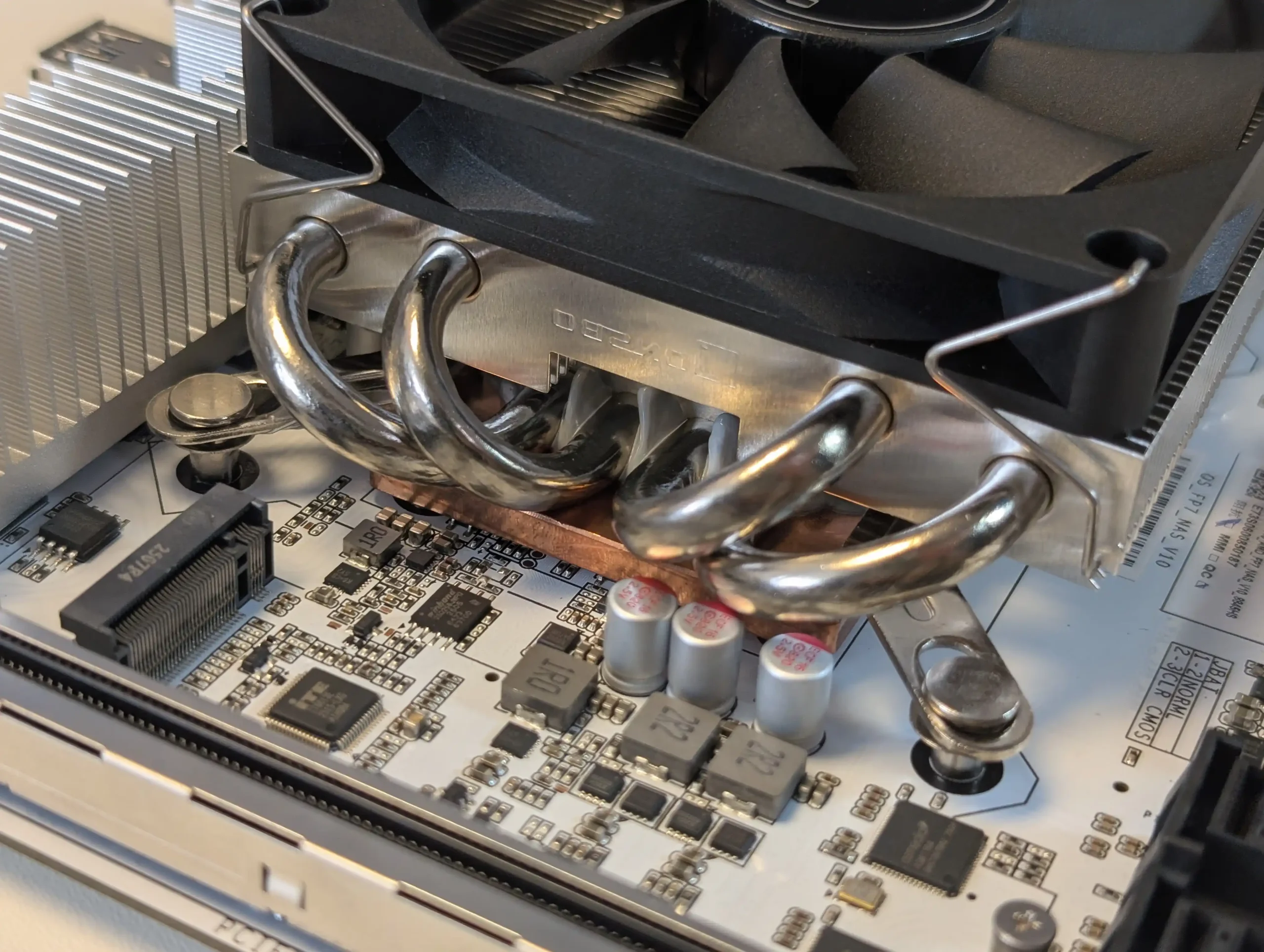
Furthermore, the inclusion of the AMD Ryzen AI engine adds another dimension to its capabilities, offering up to 16 TOPS of local inference performance—opening the door for AI-driven surveillance, metadata tagging, and potentially video analytics if supported by the NAS OS or containers used.
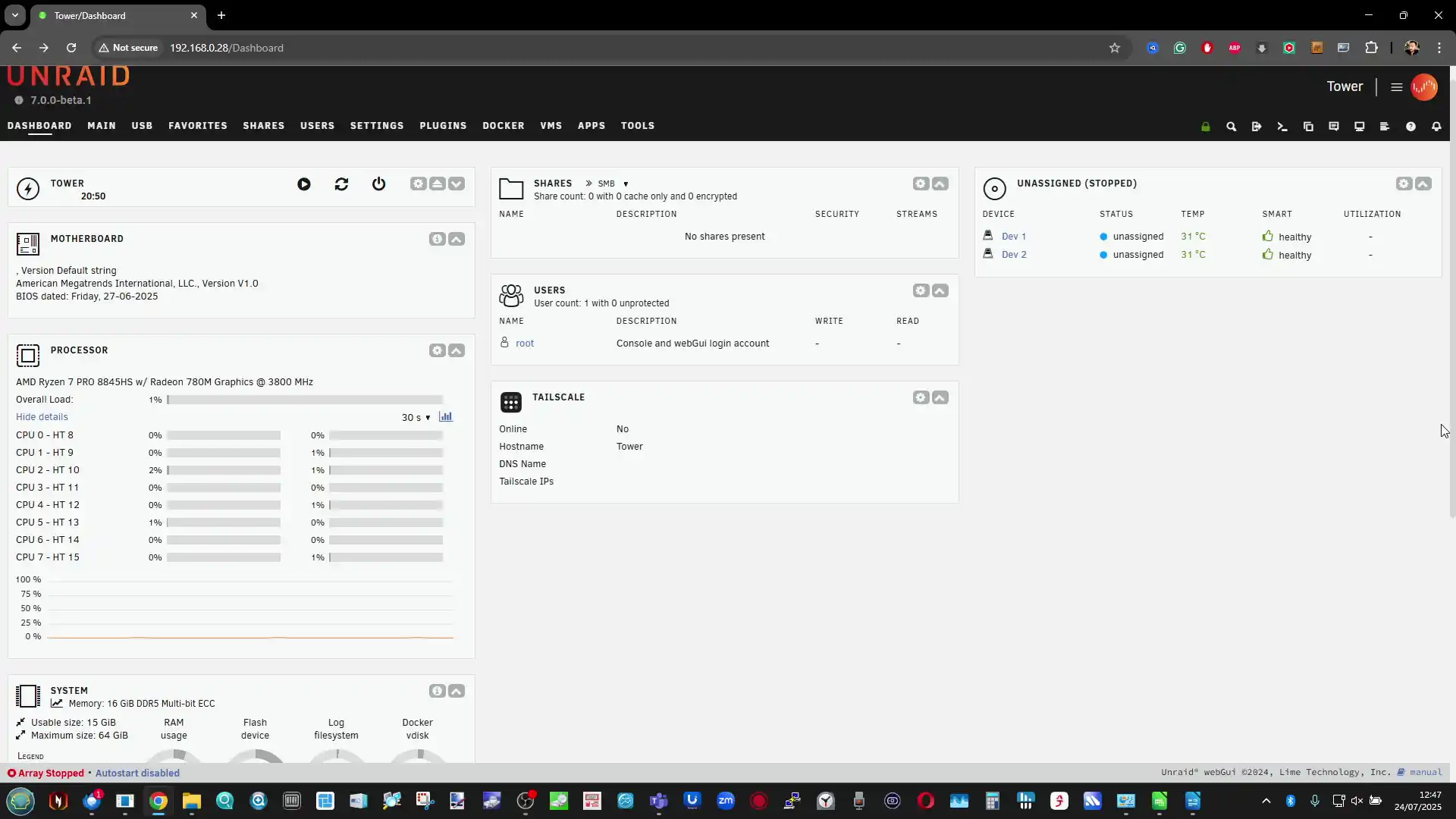
Memory support is provided through two DDR5 SO-DIMM slots, with default 5600MHz support and capacity up to 48GB per stick, enabling a maximum of 96GB of RAM. This high memory ceiling is advantageous for power users running memory-intensive services such as RAM-cached storage, ZFS-based deduplication, large-scale container deployments, or multiple virtual machines. Although the board does not officially support ECC memory, testing on platforms such as UnRAID and ZimaOS showed that ECC modules are recognized and initialized, albeit without clear confirmation of active error correction.
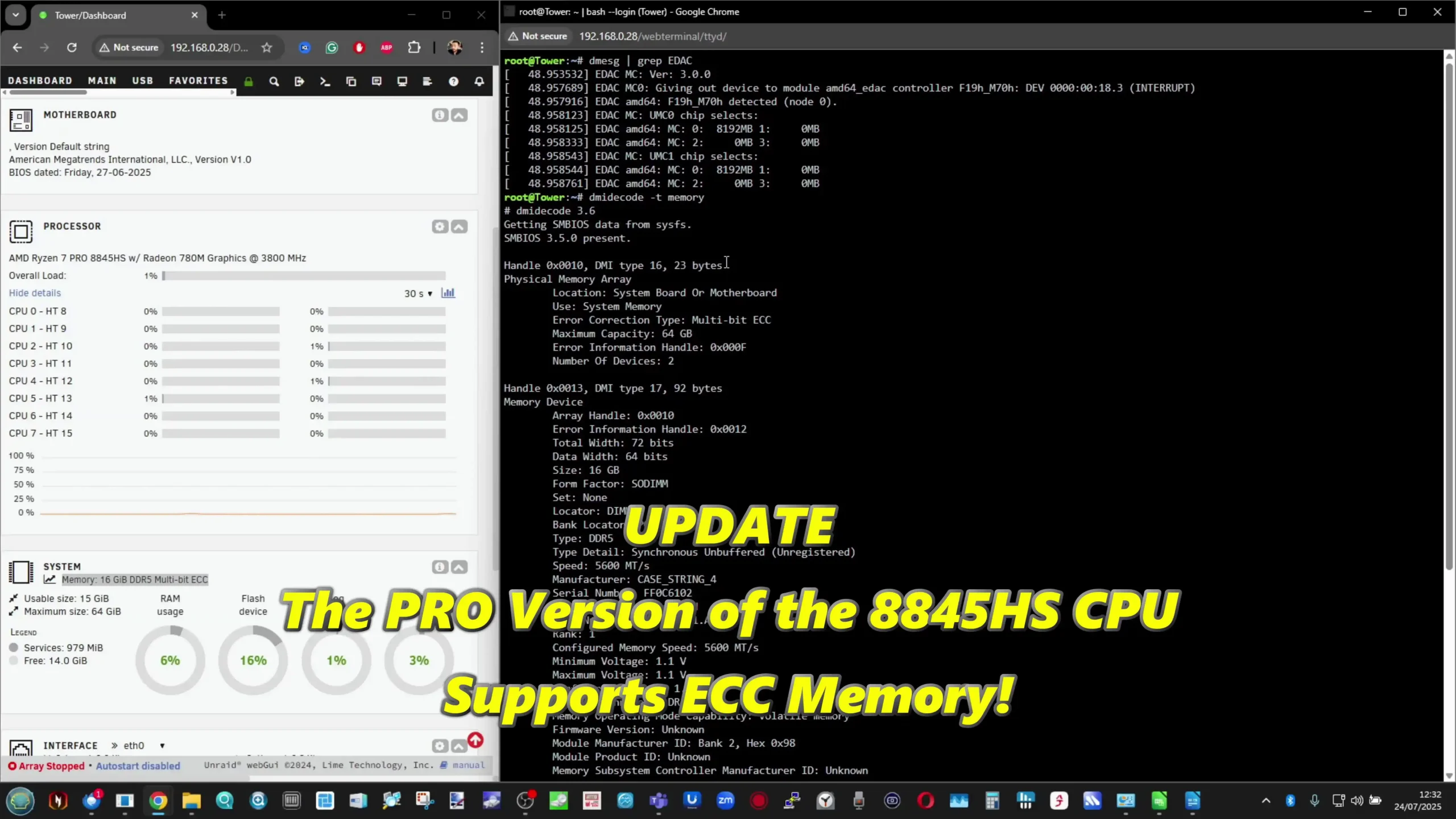
Later investigation showed that the PRO version of the 8845HS CPU does in fact support ECC, whereas the standard 8845HS here does not – which is a shame that there is not a separate configuration that includes this CPU available from the brand at an additional cost for users who consider ECC support a ‘deal breaker’. The SO-DIMM slots are well-positioned and unobstructed, allowing for tool-free upgrades or swaps without removing other components, which is especially important given the compact ITX layout and potential space constraints in NAS enclosures.
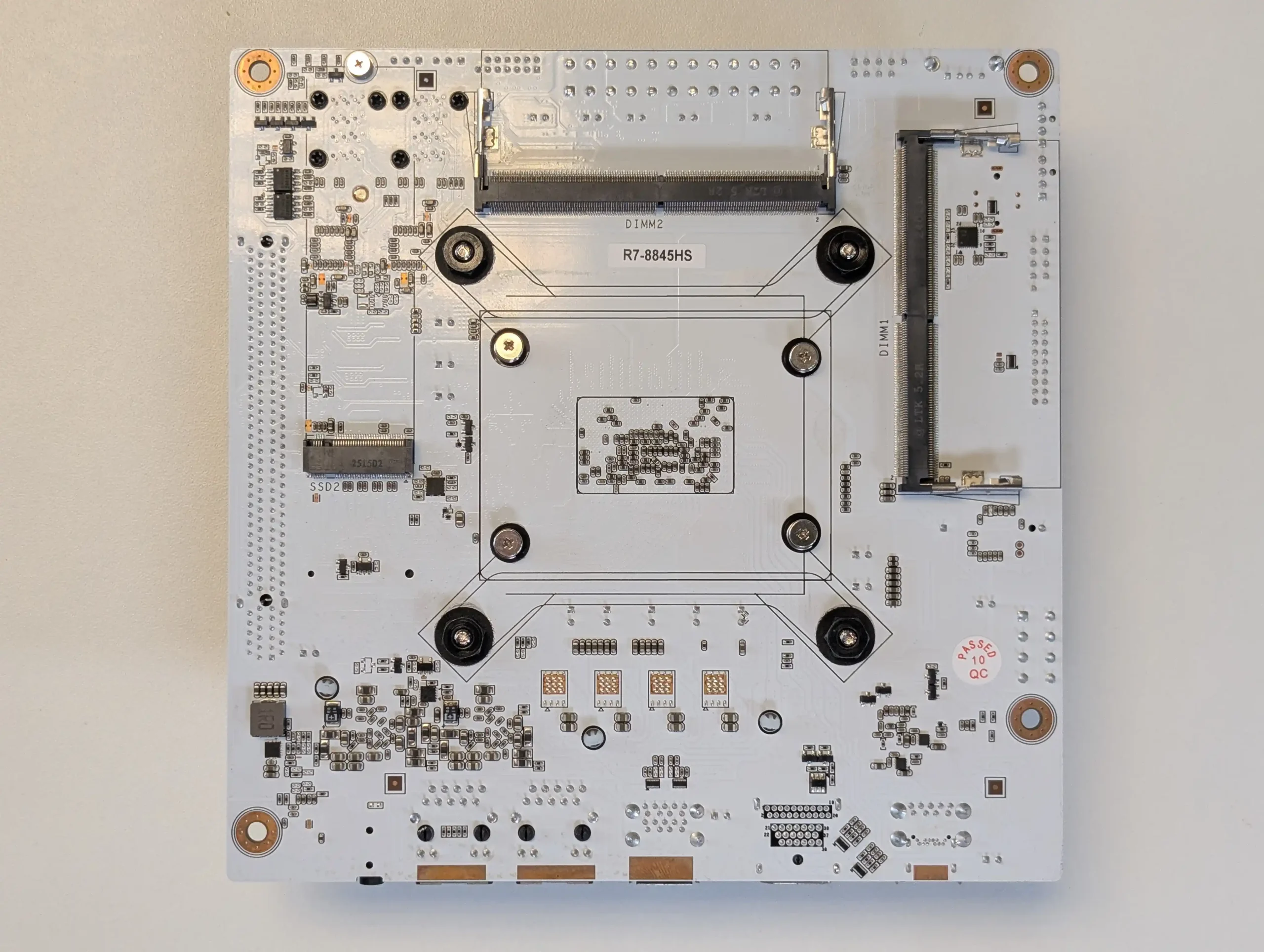
What sets the N7 apart from most Mini-ITX NAS boards is its thoughtful PCIe lane distribution, which takes full advantage of the 20 available PCIe Gen 4 lanes provided by the Ryzen 8845HS.
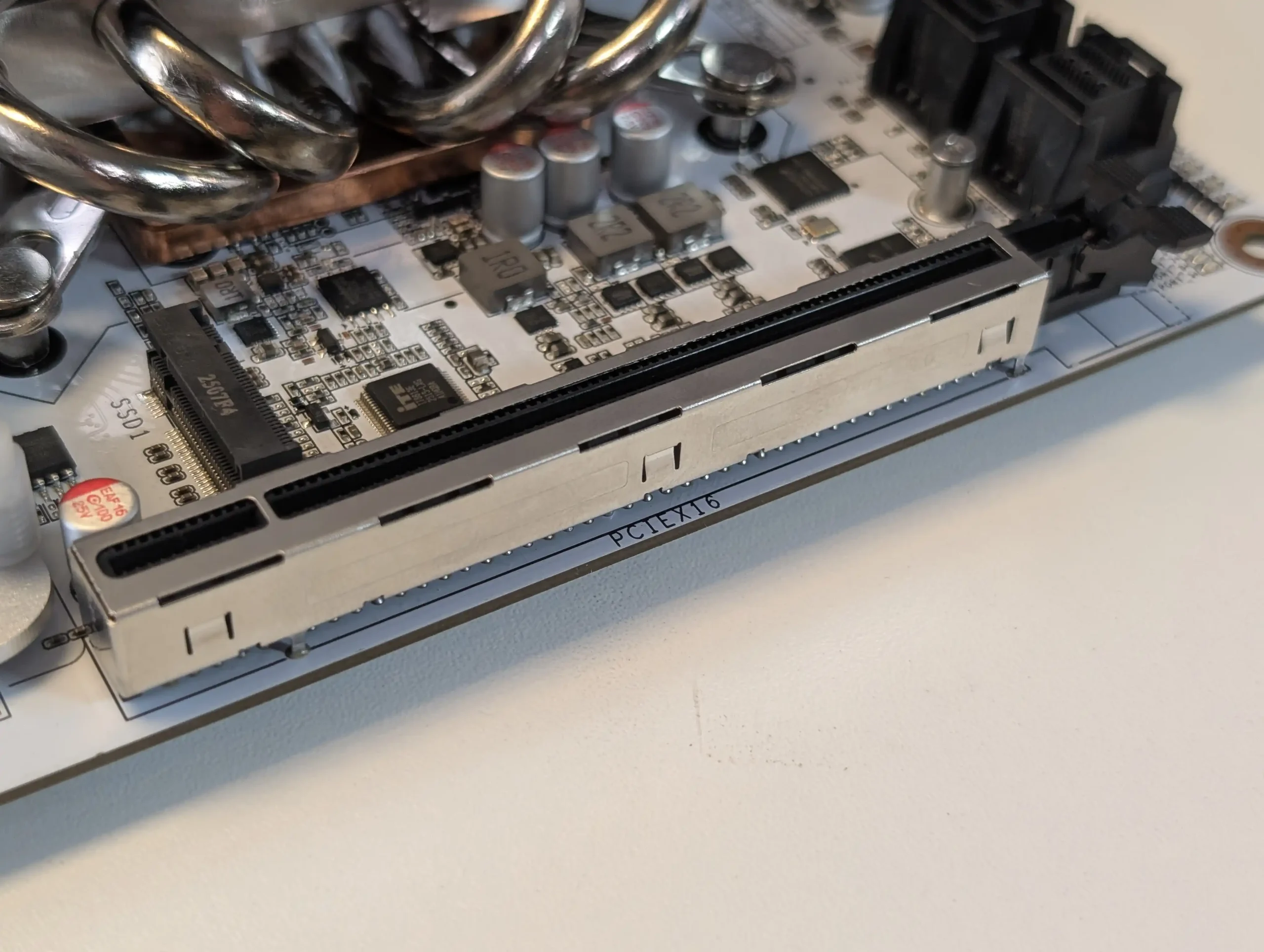
The full-length PCIe slot operates at Gen 4 x8 by default, but also supports bifurcation into dual x4 via BIOS for users installing expansion cards like dual-NVMe adapters or multi-port network cards.
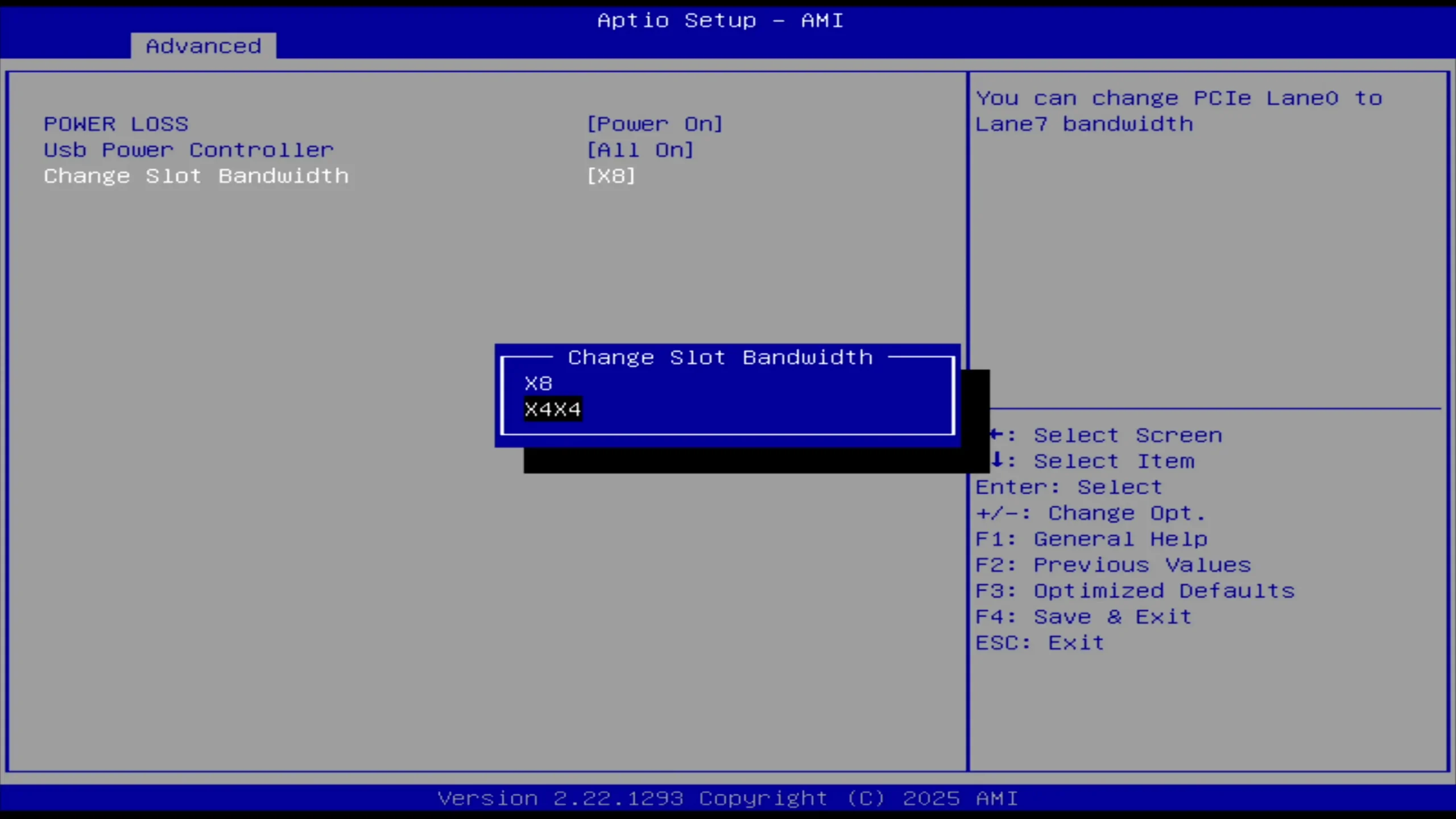
Each M.2 NVMe slot is also connected via a dedicated PCIe Gen 4 x4 lane, ensuring maximum bandwidth of up to 8GB/s for modern SSDs, without any shared bandwidth with SATA or network interfaces.
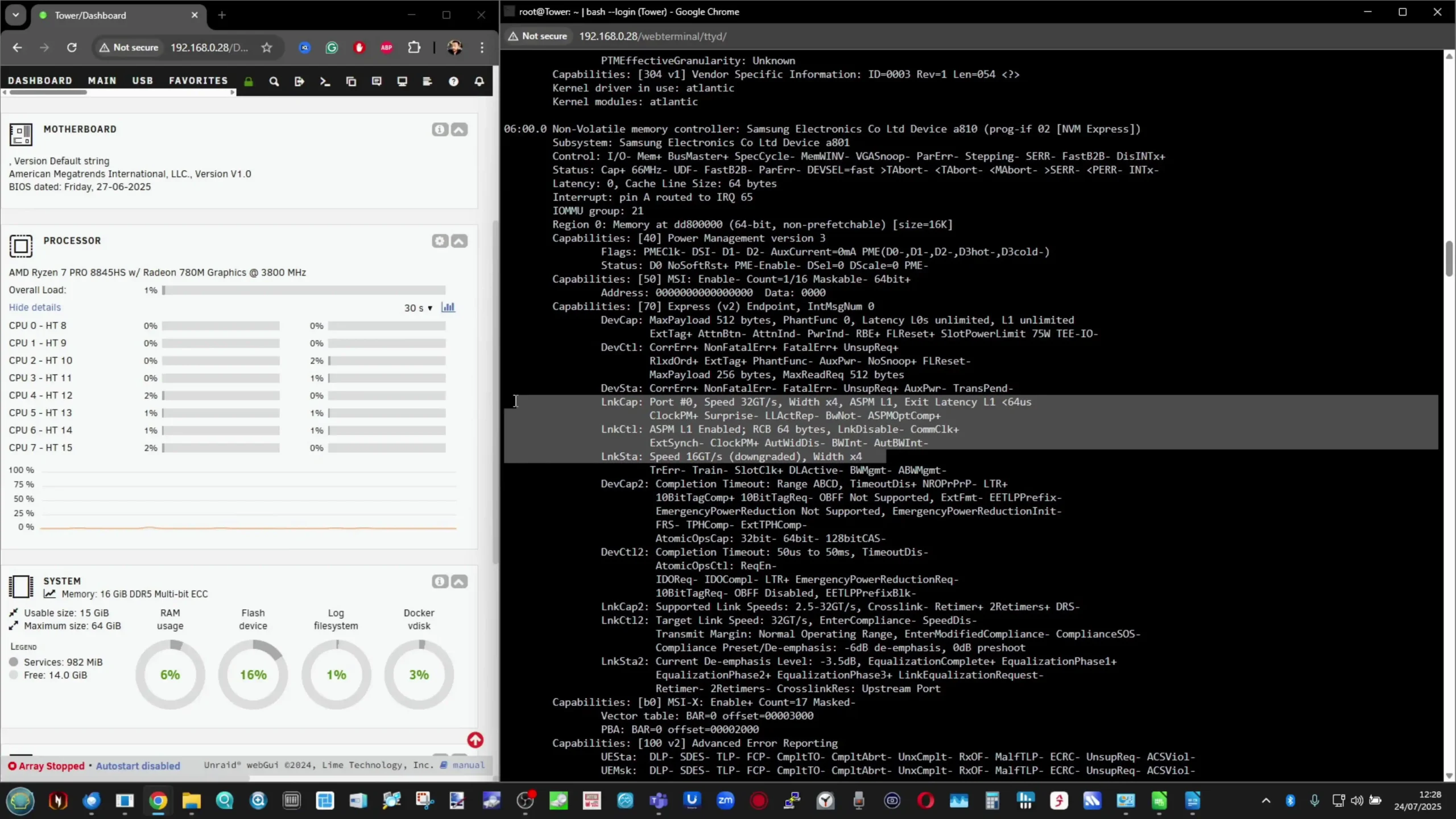
The two onboard 10GbE RJ45 ports are served by separate Aquantia AQC113C controllers, each connected via their own PCIe Gen 4 x1 link, giving up to 2GB/s per port and ensuring full-duplex throughput without crosstalk.
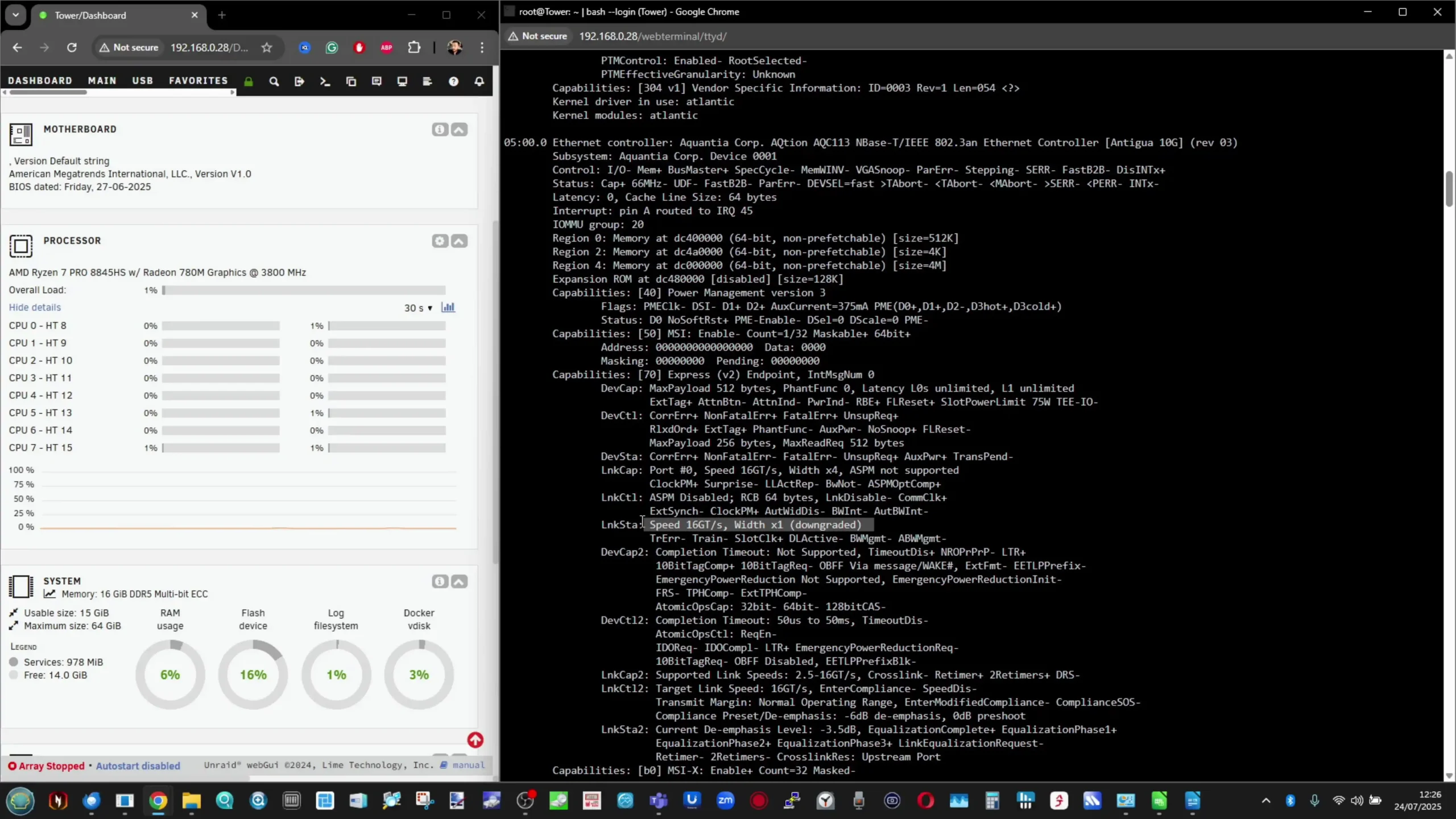
This dedicated lane allocation across network, storage, and expansion interfaces is rare in compact boards and critical for users seeking consistent performance under concurrent high-load scenarios like multi-user file access, SSD-based caching, and active VM hosting.
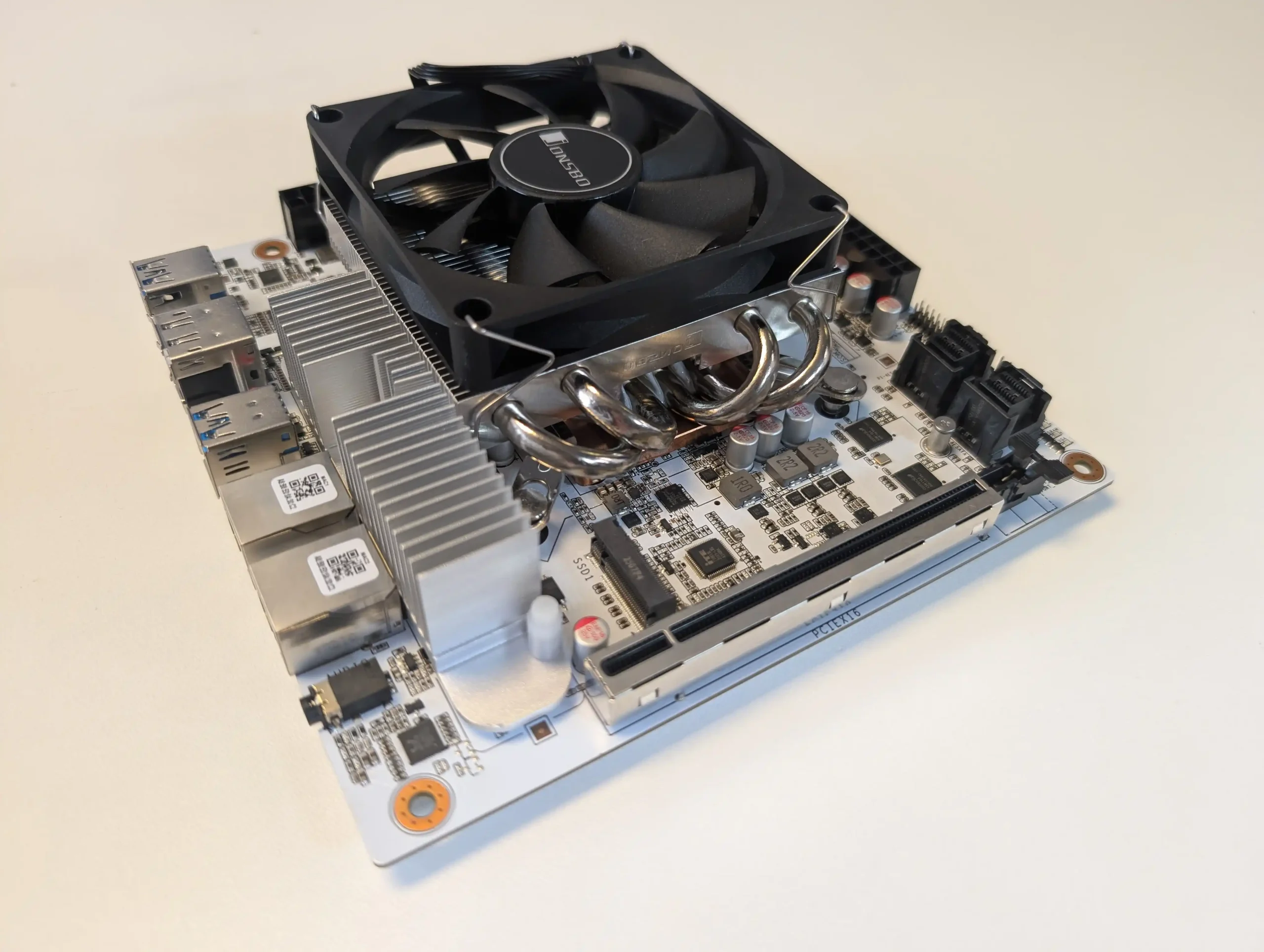
| Category | Specification |
|---|---|
| Model | MINIROUTE N7 / CWWK N7 NAS ITX Motherboard |
| Form Factor | Mini-ITX (17 × 17 cm) |
| Processor | AMD Ryzen 8845HS (8 cores / 16 threads, Zen 4, up to 5.1GHz) 8845HS (8 cores / 16 threads, Zen 4, up to 5.1GHz) |
| GPU | AMD Radeon 780M (12 cores, up to 2.7GHz) 780M (12 cores, up to 2.7GHz) |
| AI NPU | AMD Ryzen AI Engine (up to 16 TOPS) AI Engine (up to 16 TOPS) |
| Chipset | SoC (Integrated, no discrete chipset) |
| Memory Support | 2 × DDR5 SO-DIMM (up to 96GB total, 5600MHz, non-ECC officially) |
| M.2 Slots | 2 × M.2 2280 NVMe (PCIe Gen 4 ×4 each; top + rear-mounted) |
| SATA Ports | 2 × SFF-8643 (8 × SATA 6Gb/s total via included breakout cables) |
| SATA Controller | 2 × ASMedia ASM1164 (PCIe Gen 3 ×1 each) |
| PCIe Slot | 1 × PCIe x16 (Gen 4 ×8 signal; bifurcation to 2 × x4 supported) |
| Ethernet Ports | 2 × 10GbE RJ45 (Aquantia AQC113C-B1, auto-negotiating 10/5/2.5/1GbE/100M) |
| USB Ports | 1 × USB4 Type-C (40Gbps), 3 × USB 3.2 Gen1 (5Gbps) |
| Internal USB | 1 × USB 3.0 header, 1 × USB 2.0 header, 1 × Type-E header |
| Audio | 1 × 3.5mm combo audio jack |
| Display Output | 1 × HDMI, 1 × DisplayPort, 1 × USB-C (Alt Mode); up to 8K supported |
| Power Input | 24-pin ATX + 4-pin CPU |
| Cooling | Passive copper heatsink (LGA1700-compatible; cooler not included) |
| Package Includes | 2 × SFF-8643 to 4×SATA cables, I/O shield, screws, warranty card |
N7 AMD 2x 10GbE NAS Motherboard Review – Ports and Connections
The MINIROUTE N7 motherboard delivers a well-rounded set of connectivity options, with a clear emphasis on high-speed networking and data transfer—features that are increasingly essential in modern NAS environments. Dominating the rear I/O are two 10GbE RJ45 ports, each backed by an Aquantia AQC113C-B1 controller and connected via independent PCIe Gen 4 ×1 lanes. This design ensures that each network interface operates without contention, allowing for sustained full-duplex bandwidth on both ports simultaneously.
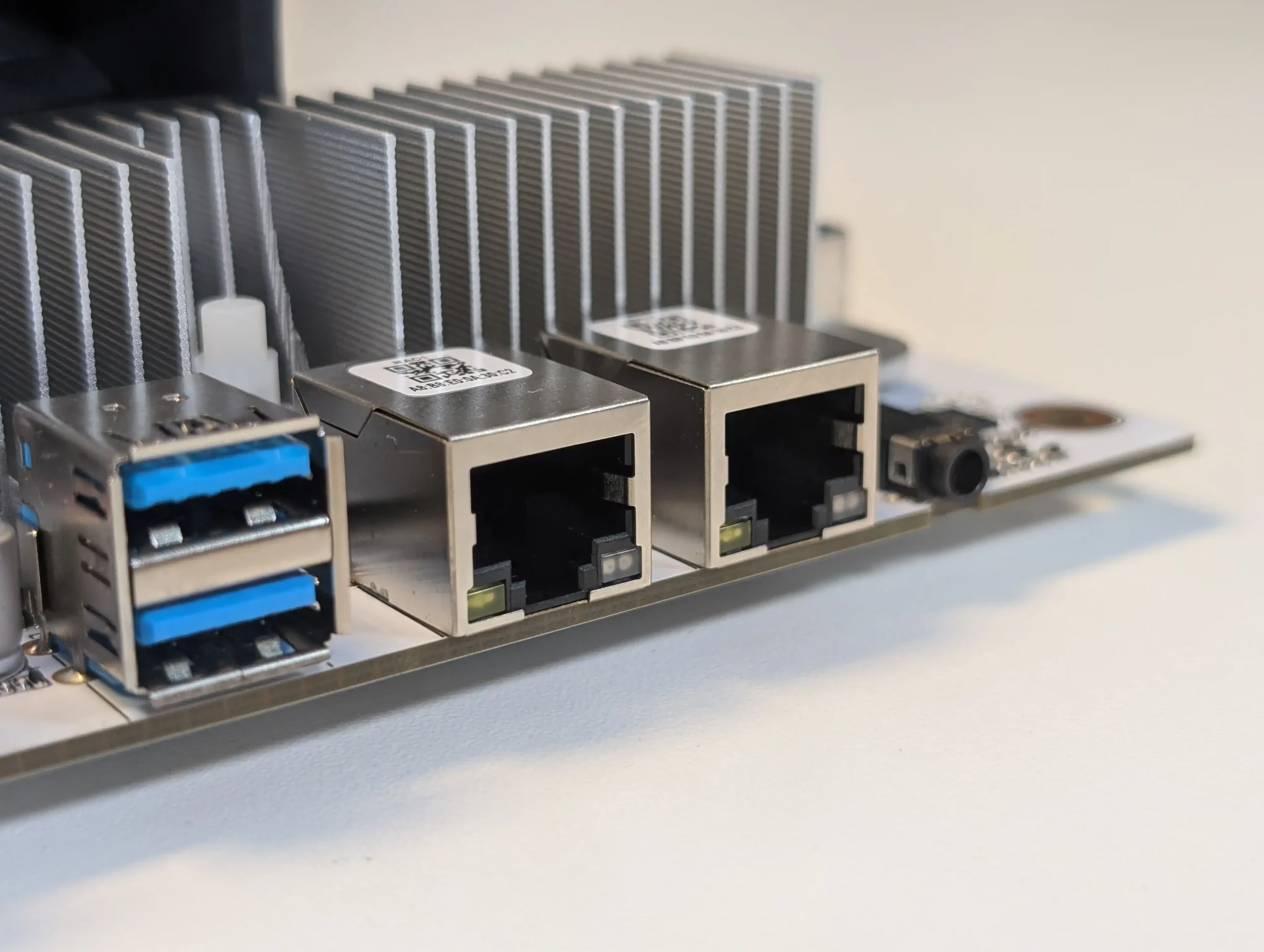
The ports support all major Ethernet standards from 100M up to 10Gbps, enabling the board to adapt to diverse infrastructure including SMB networks, prosumer switches, and enterprise environments with 10GBase-T. For users setting up link aggregation (LACP), isolated network zones (i.e., separation of iSCSI and SMB), or even point-to-point replication between servers, these dual interfaces offer deployment flexibility typically absent on most consumer-grade ITX boards. While copper 10GbE does introduce higher thermal output compared to SFP+, the choice improves compatibility for users relying on standard RJ45 cabling and avoids the cost of optical transceivers.
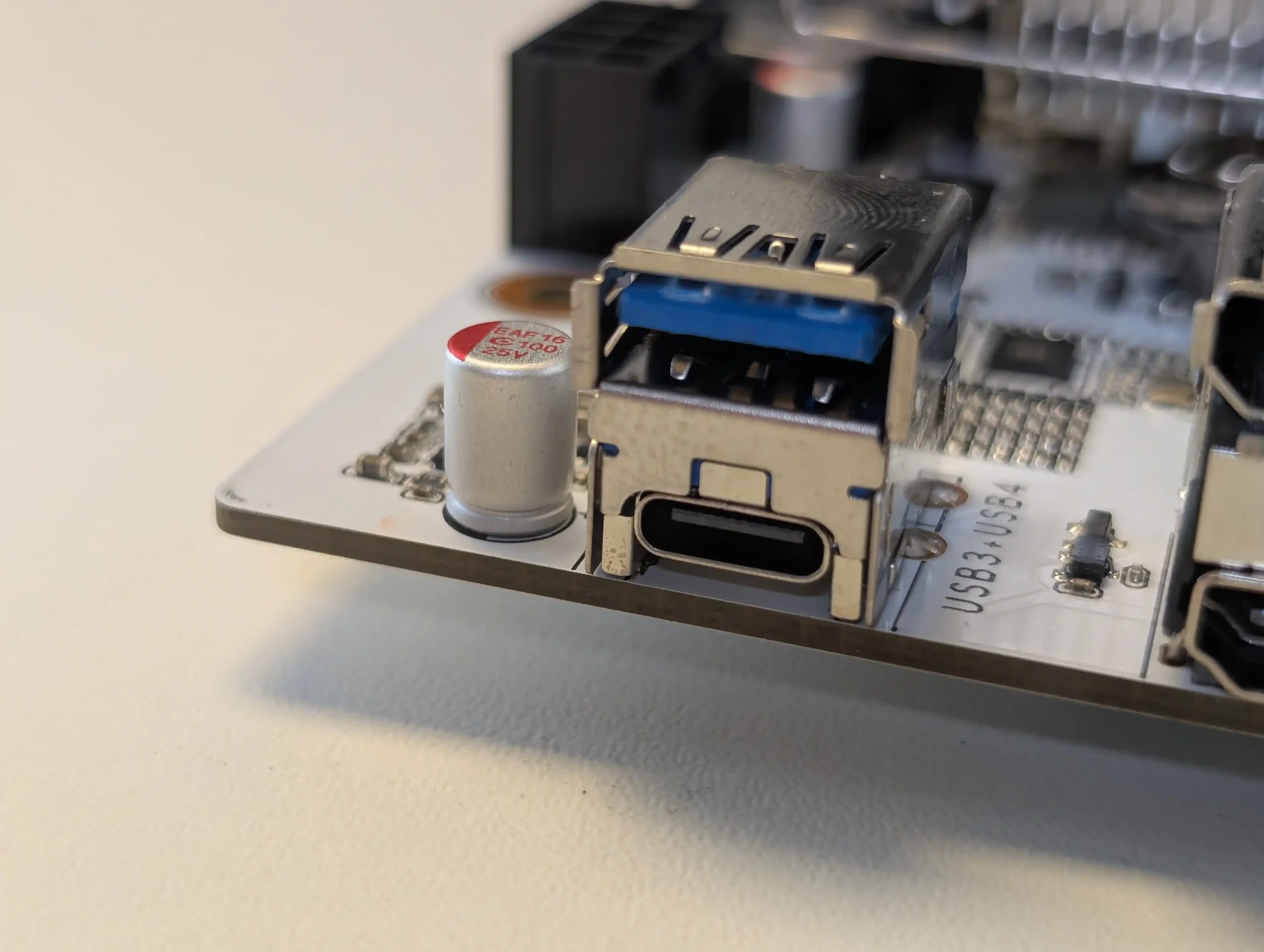 |
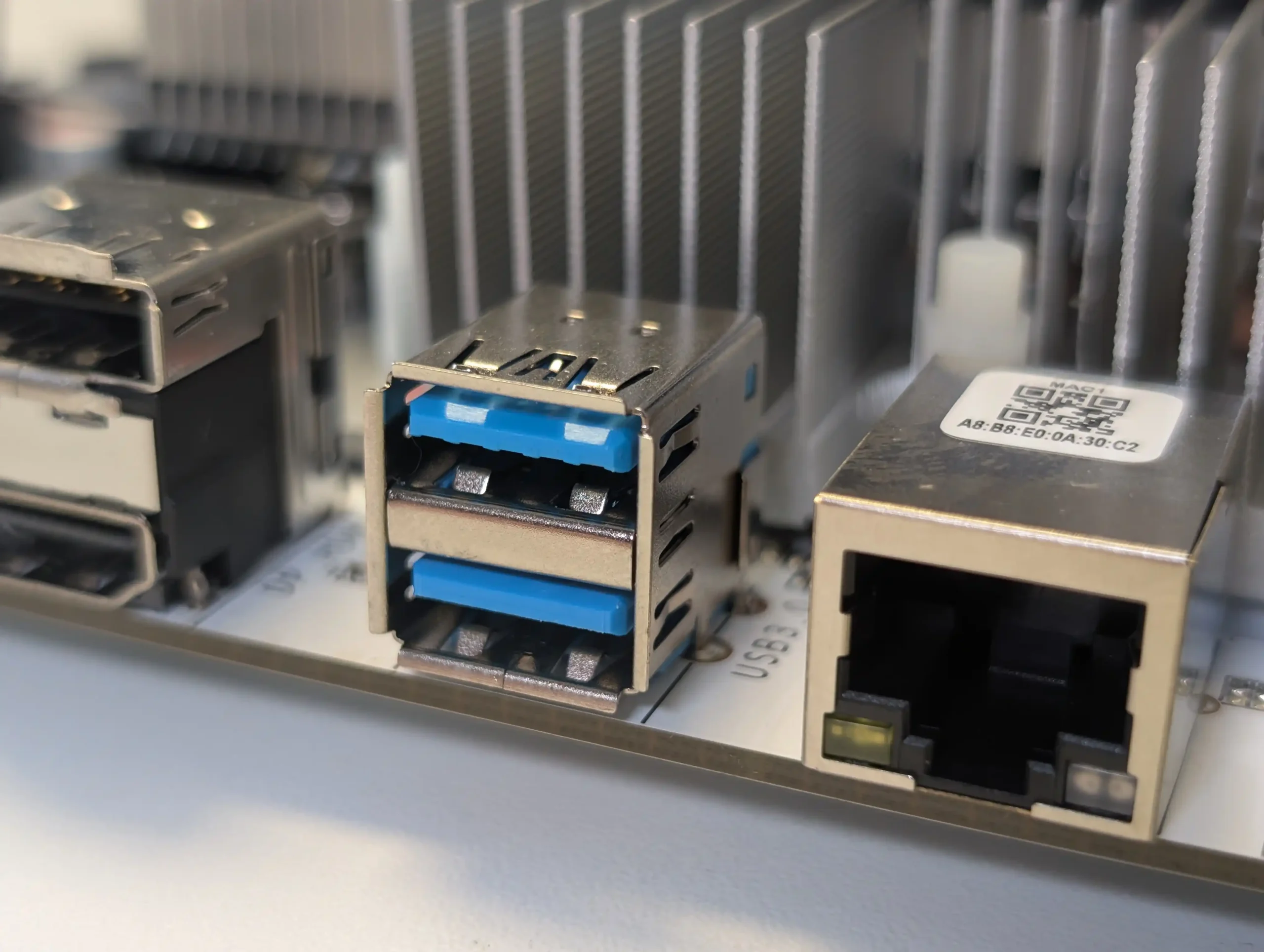 |
On the USB front, the N7 integrates a versatile mix of legacy and next-generation interfaces to accommodate a range of peripheral scenarios. The single USB4 Type-C port supports up to 40Gbps data throughput, enabling fast access to NVMe-class external storage or high-resolution display output via DP Alt Mode. It also opens the door for emerging use cases such as external GPU enclosures, dock expansion, or USB4-to-10GbE adapters—particularly valuable for users running Linux distributions like ZimaOS or Proxmox, where hardware passthrough and device mapping are becoming more accessible.

Three additional USB 3.2 Gen1 (5Gbps) Type-A ports are located on the rear I/O and work as expected for more common devices like USB storage drives, UPS interfaces, or external backup systems. Internally, the board offers a USB 3.0 header for front-panel case ports, a USB 2.0 header for basic boot/recovery drives, and a Type-E header compatible with front-panel USB-C or TPM modules. During testing, USB Ethernet dongles including Realtek-based 2.5GbE and 5GbE models were recognized immediately under supported NAS OS environments, and native USB boot was stable across ZimaOS, UnRAID, and TrueNAS.
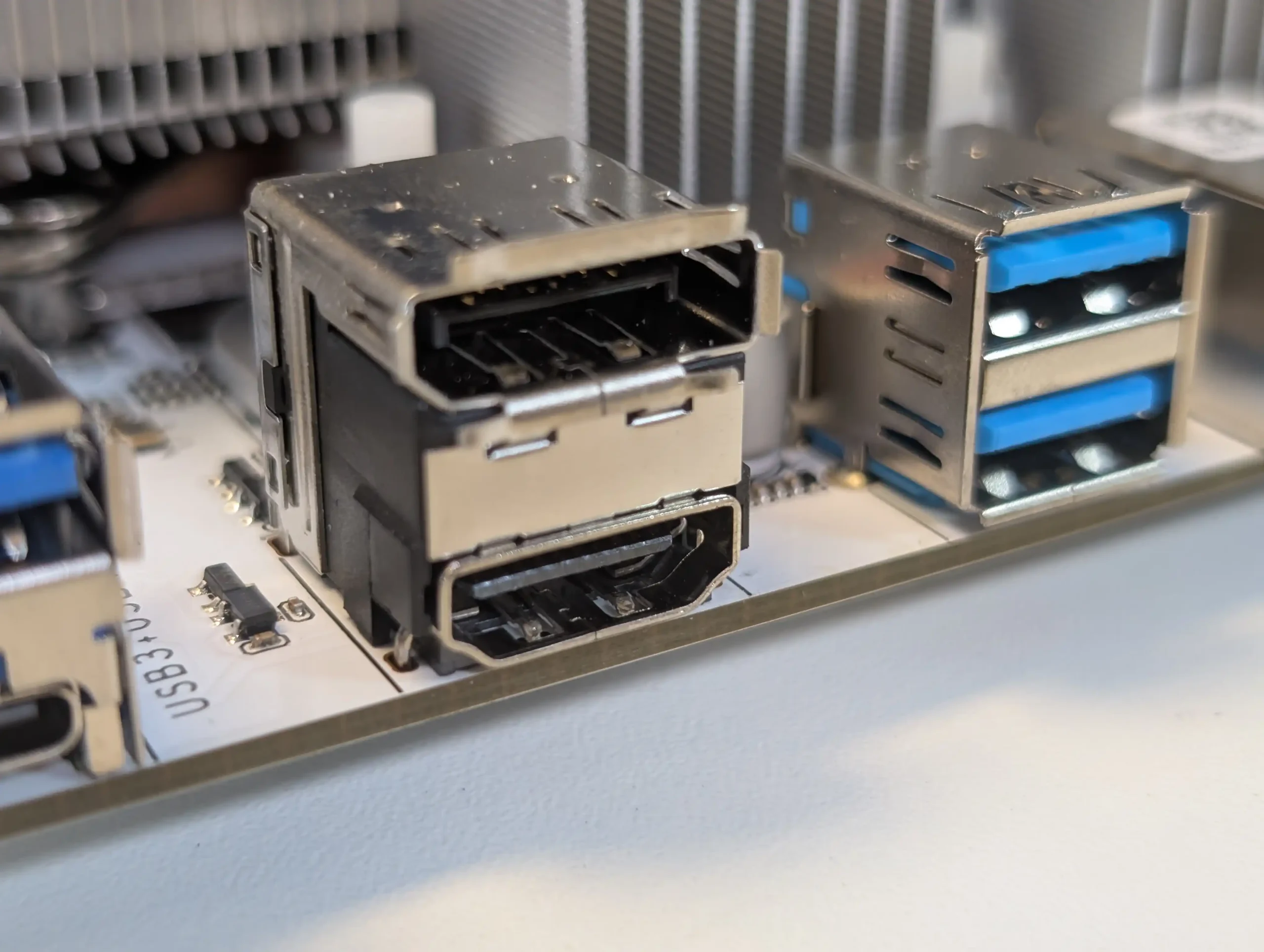
Display and peripheral audio output are also included, which broadens the board’s versatility beyond a pure headless NAS application. The board features three display output options: HDMI, DisplayPort, and USB-C via DP Alt Mode, all of which are powered by the integrated Radeon 780M GPU. These outputs can drive up to three displays concurrently, with resolutions up to 4K on all three or up to 8K on select single-display configurations.
This makes the board suitable for tasks like media center builds, HTPC-NAS hybrids, or running direct-access GUIs for NAS software like UnRAID’s web dashboard or Proxmox’s virtual console. The inclusion of these outputs also benefits users setting up the board as a temporary workstation or using the NAS in roles that require visual monitoring, such as security recording or local video playback via Jellyfin. Finally, a 3.5mm combo audio jack is available for users needing direct analog audio output—for example, for alerts, monitoring systems, or simple desktop playback. While not essential for most server roles, these extras enhance the board’s adaptability for multi-role deployments.
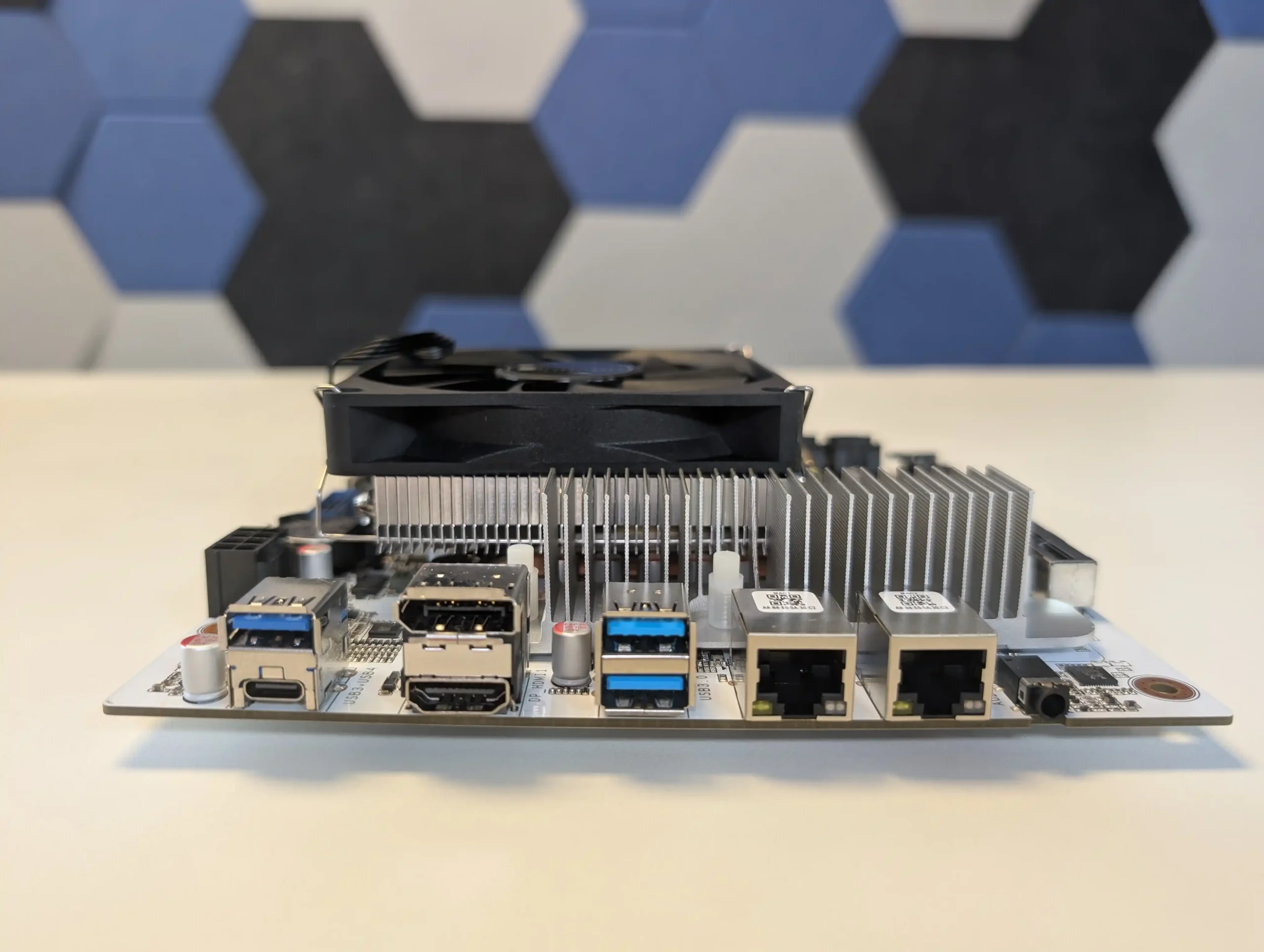
N7 AMD 2x 10GbE NAS Motherboard Review – Heat, Power and Speed Tests
The N7 motherboard, powered by the Ryzen 8845HS, exhibits performance characteristics closer to high-end desktop platforms than typical NAS or embedded ITX systems. Under idle conditions with no SATA drives connected, the system consumed around 25W of power—measured with the CPU utilization below 5%, one 10GbE port active but unused, and two NVMe SSDs idle. This baseline power draw is significantly higher than what one would expect from Intel N-series or low-wattage embedded solutions, but within expectations for an 8-core Zen 4 processor with multiple PCIe 4.0 devices powered.
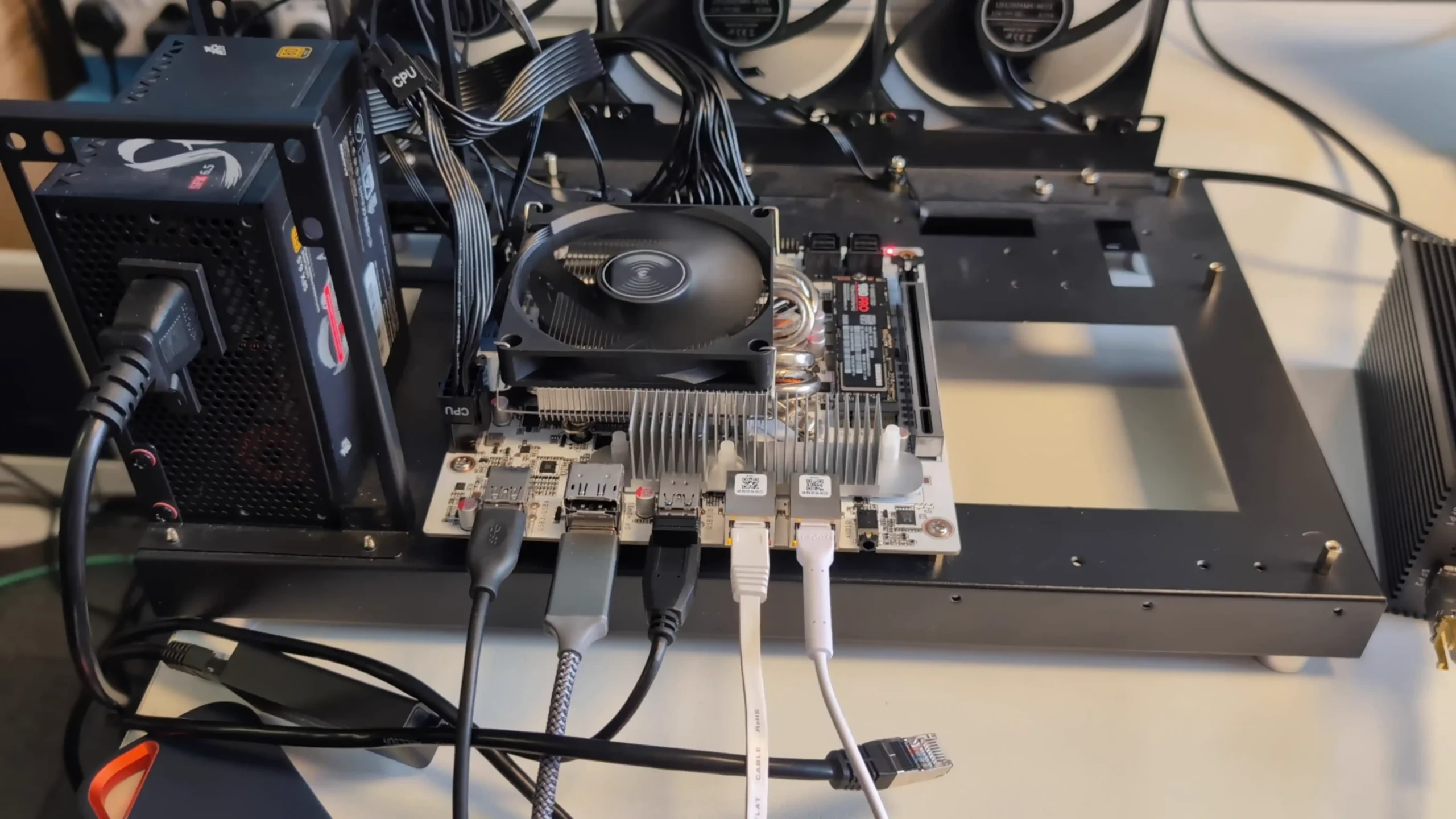
During light workloads—such as file transfers, basic Docker container activity, and periodic system logging—power consumption rose to 35–40W, depending on active network interfaces and connected USB peripherals. Once under sustained load, such as running active VMs, accessing both NVMe drives simultaneously, and saturating both 10GbE ports, power consumption reached 62–64W, and could climb higher when SATA HDDs were connected. With full 8-bay drive setups, users should expect total system draw to increase by an additional 40–80W depending on drive type and workload.
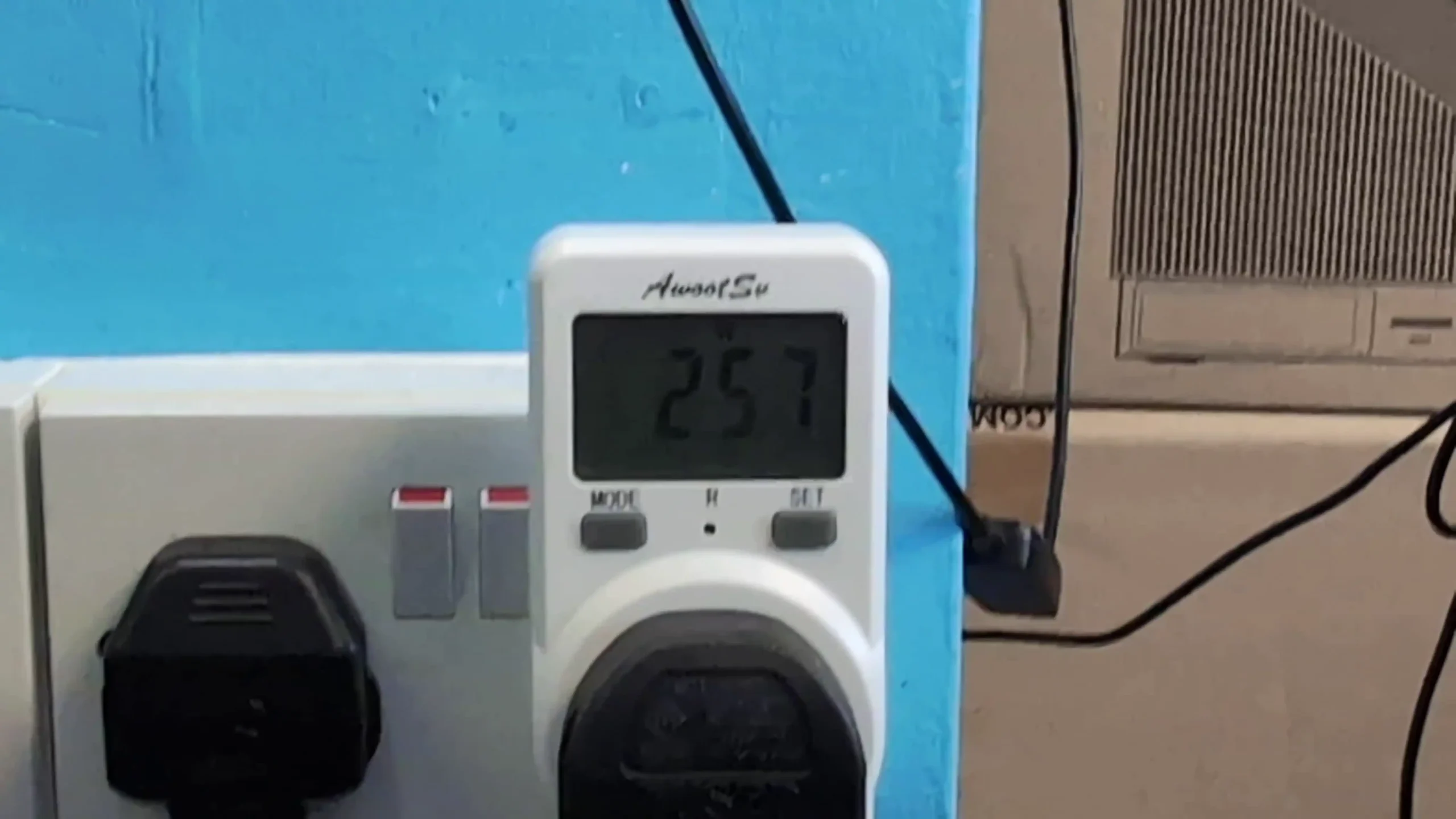 |
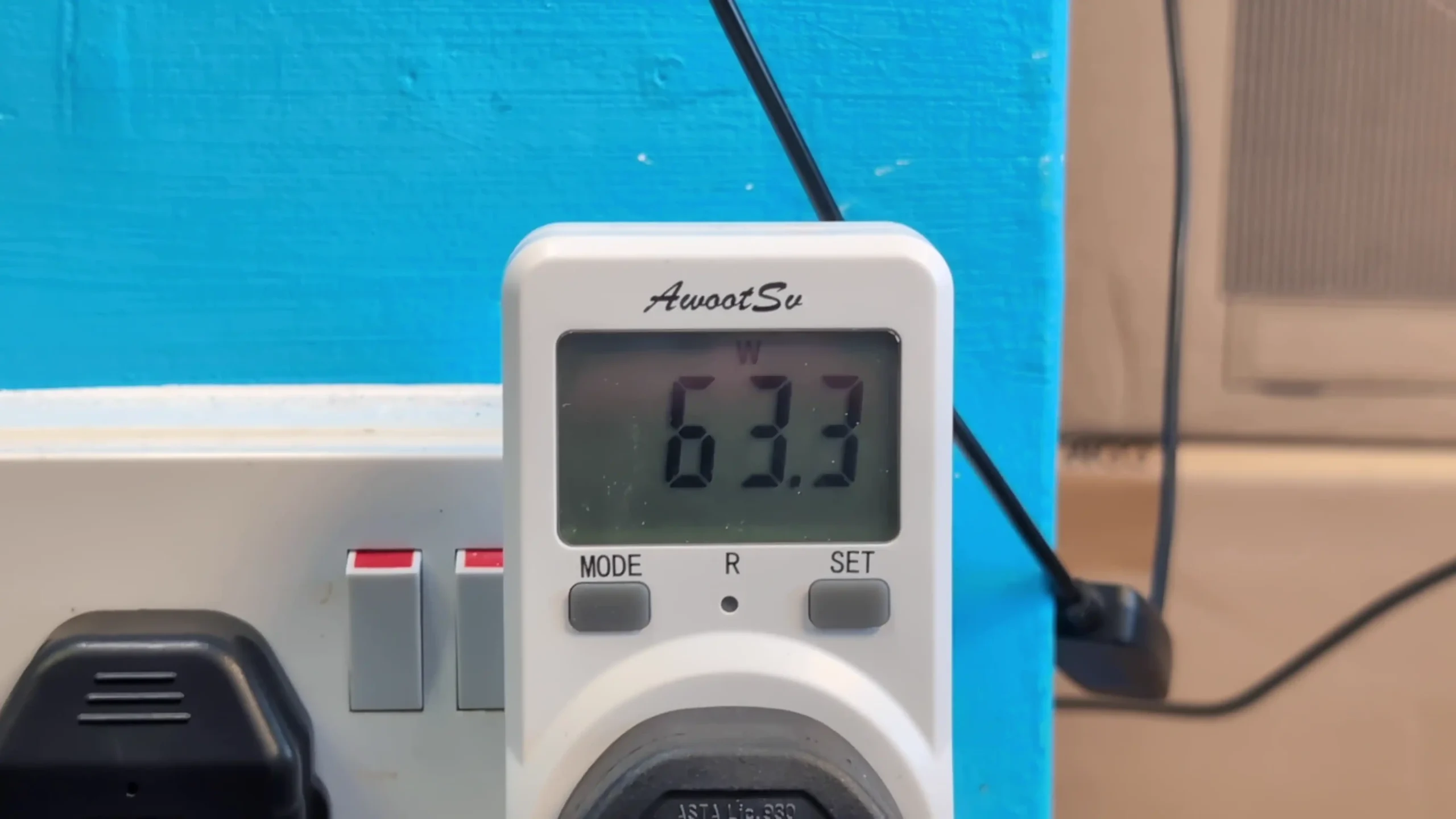 |
Thermal performance remained acceptable, but adequate cooling is essential. The preinstalled copper heatsink provides passive thermal coverage over the SoC, but a dedicated LGA1700-compatible active cooler is required for stable operation. During high CPU utilization tasks (including transcoding and virtualized workloads), the Ryzen 8845HS reached 75–85°C using a standard Jonsbo low-profile air cooler in a ventilated test chassis. NVMe thermals also hovered between 55–65°C under sustained read/write conditions, especially in the rear-mounted slot with limited airflow.
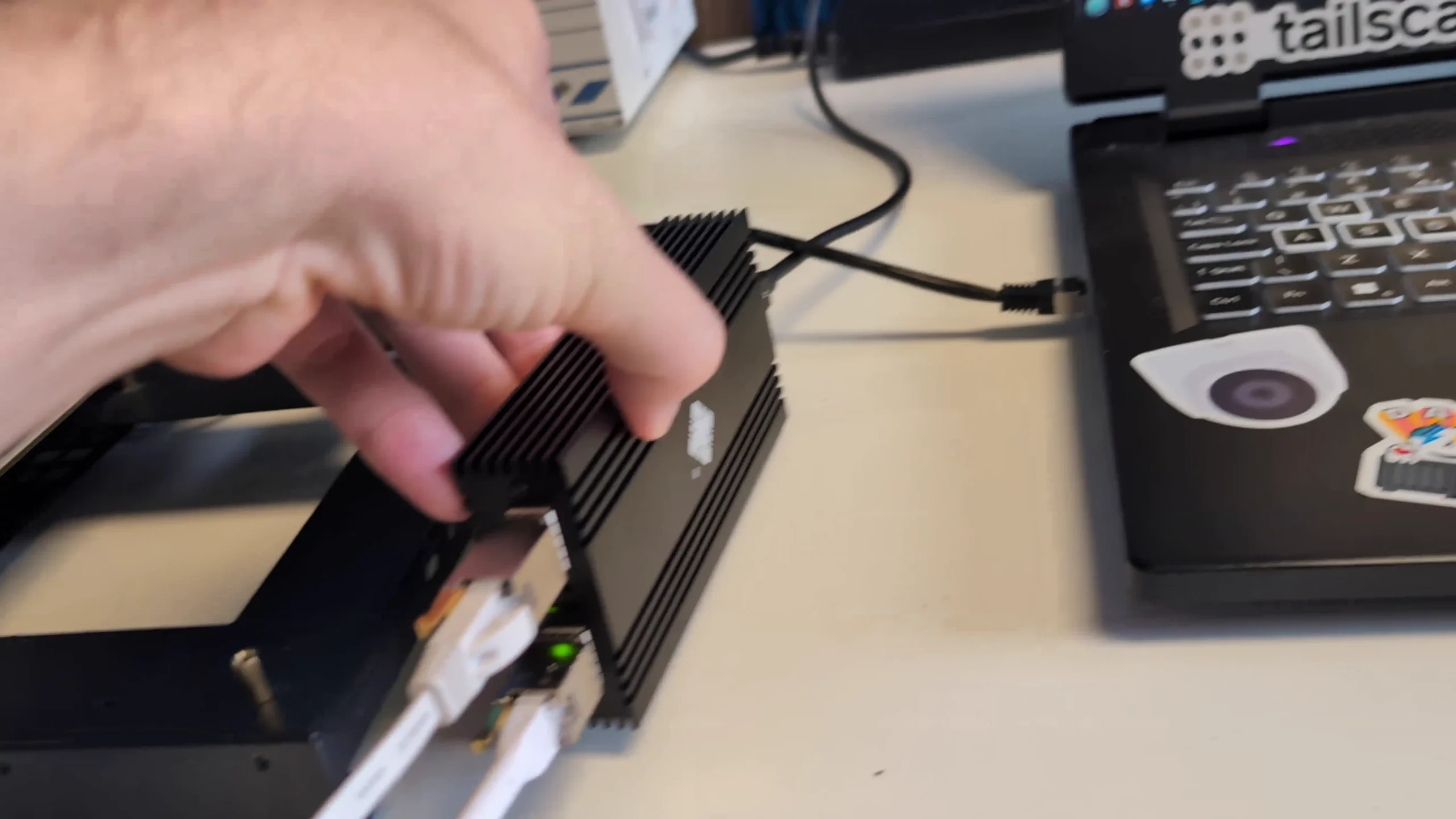
While the chipset and PCIe controllers did not show signs of throttling, compact case designs with poor airflow could reduce long-term reliability unless additional ventilation or targeted airflow is introduced. Thermal probes placed near the SFF-8643 headers showed localized warmth, but no hotspots significant enough to warrant concern, assuming the system is housed in a well-ventilated NAS chassis.
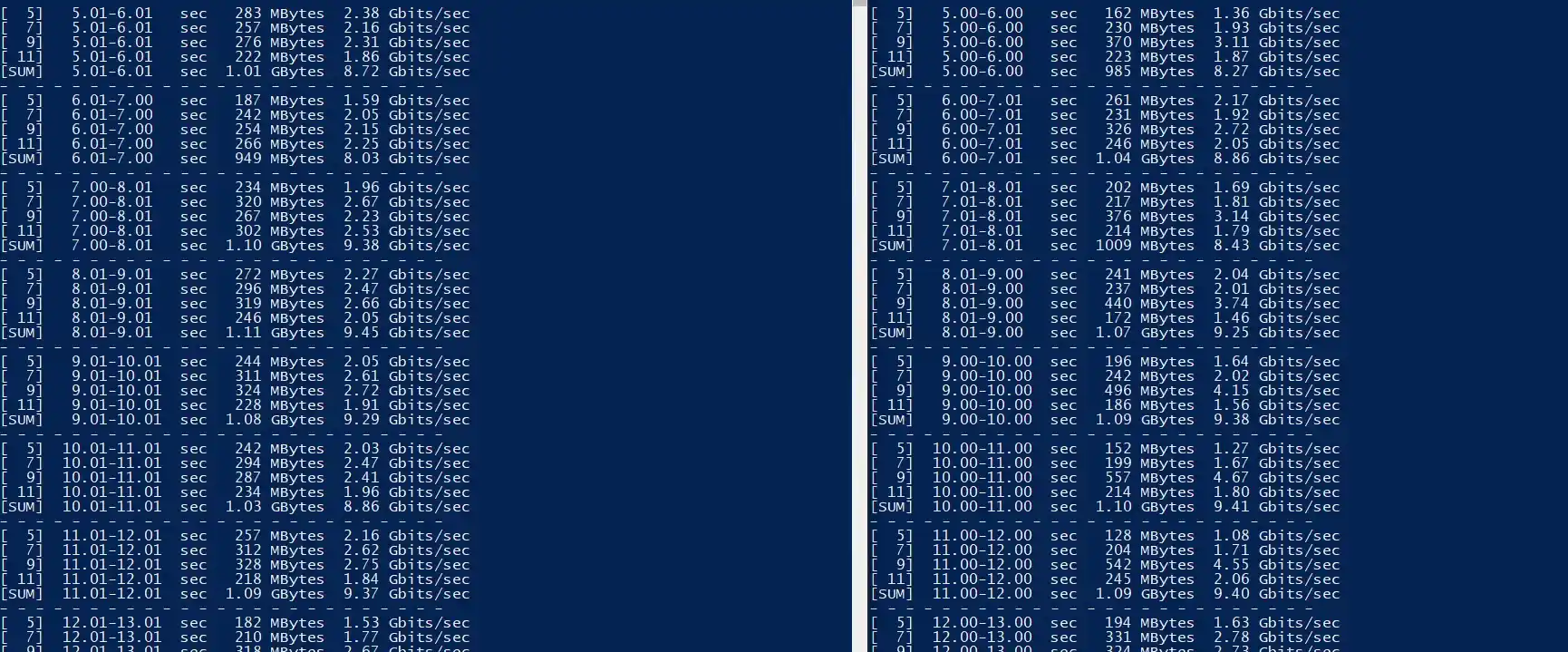
In real-world bandwidth testing, both 10GbE ports were able to sustain near line-rate transfers using iperf3 and large file transfers via Samba and NFS. When paired with two PCIe Gen 4 NVMe SSDs, the system consistently achieved 5.0–5.1GB/s reads and 4.5–4.6GB/s writes under sequential file operations, using CrystalDiskMark and Linux-based fio. When both 10GbE ports were active and transferring simultaneously, total throughput approached 2.8–3.0GB/s across both interfaces, depending on storage configuration and NIC drivers.
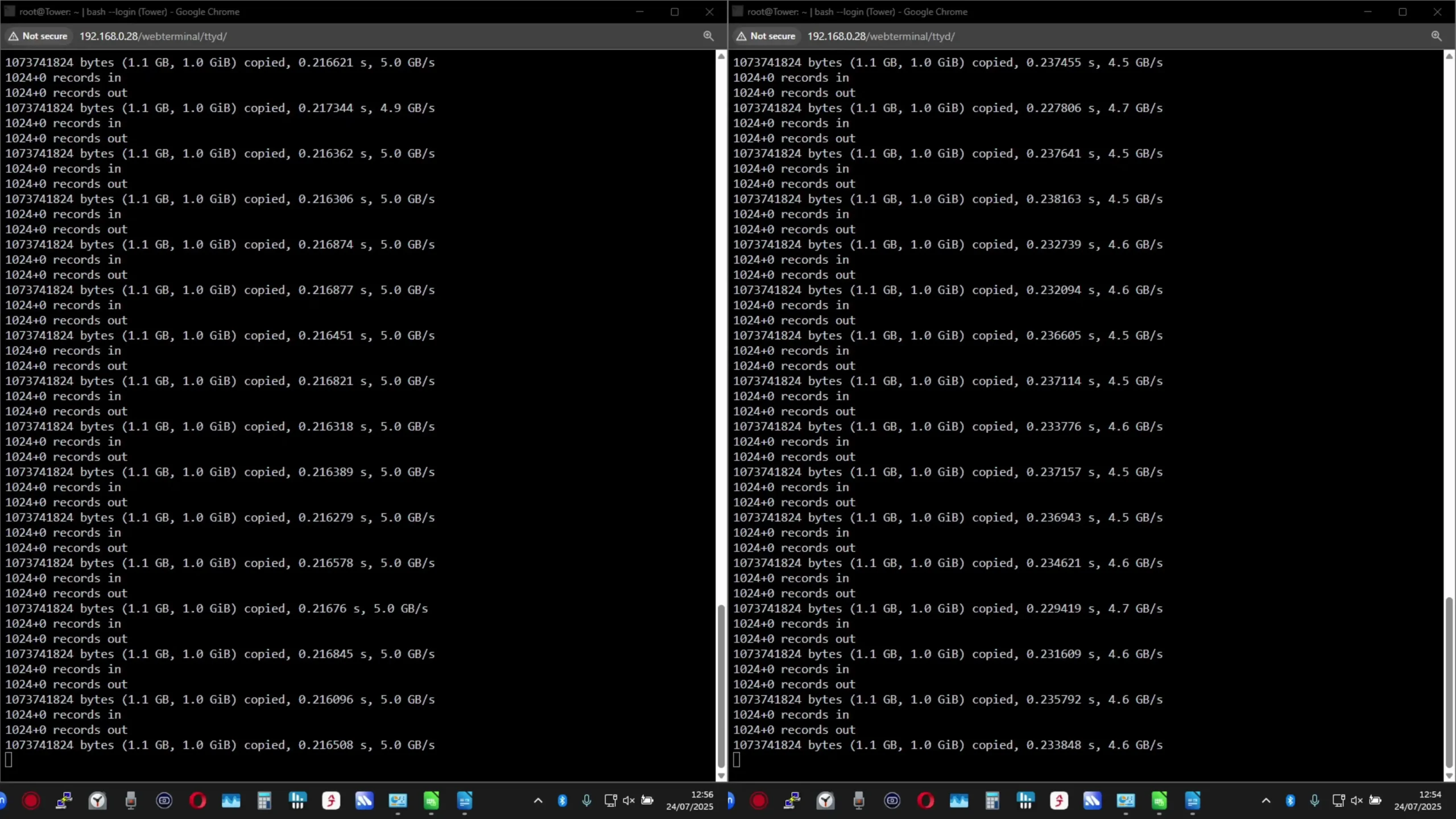
The M.2 slots did not exhibit thermal throttling in short bursts, though write-heavy tasks over time may benefit from passive heatsinks or motherboard padding to manage drive temperatures. Notably, a minor anomaly was observed during direct SSD-to-SSD transfers within the system: despite both NVMe drives supporting Gen 4 x4, inter-drive transfers capped at ~900MB/s, suggesting a potential shared PCIe switch limitation or OS-layer bottleneck. However, this did not impact external transfer speeds or typical NAS operations.
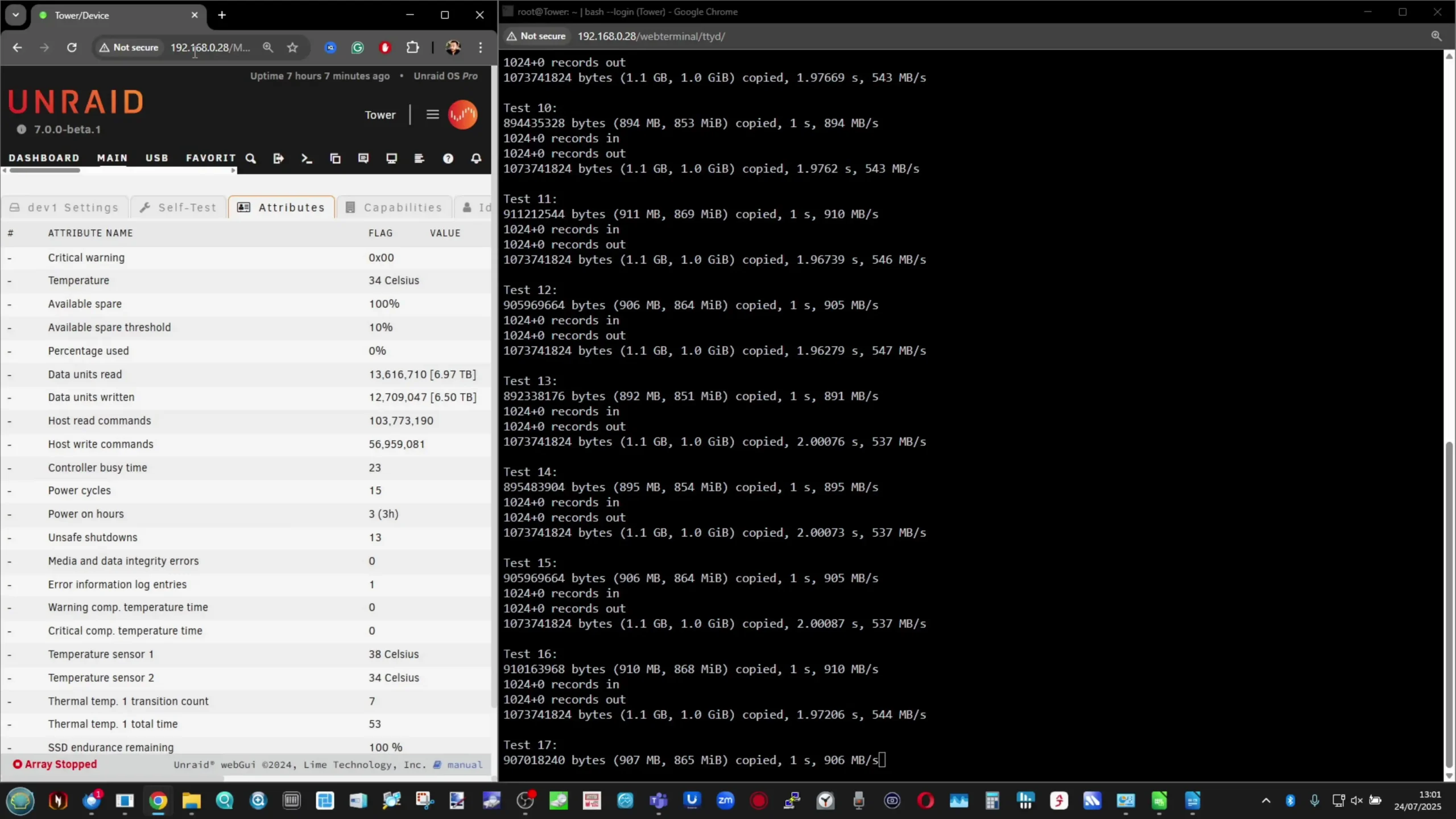
For virtual machines and multimedia, the N7 showed strong capabilities. The Ryzen 8845HS handled 6 mixed windows and ubuntu simultaneous VMs with steady responsiveness and no observable instability in both Proxmox and UnRAID and could very easily have been scaled further, up to double figures with ease. CPU utilization remained below 60% during combined 6xVM and 2x 4K converted Jellyfin media playback testing. The integrated Radeon 780M GPU enabled smooth 1080p and 4K media playback using Jellyfin via hardware-accelerated rendering.
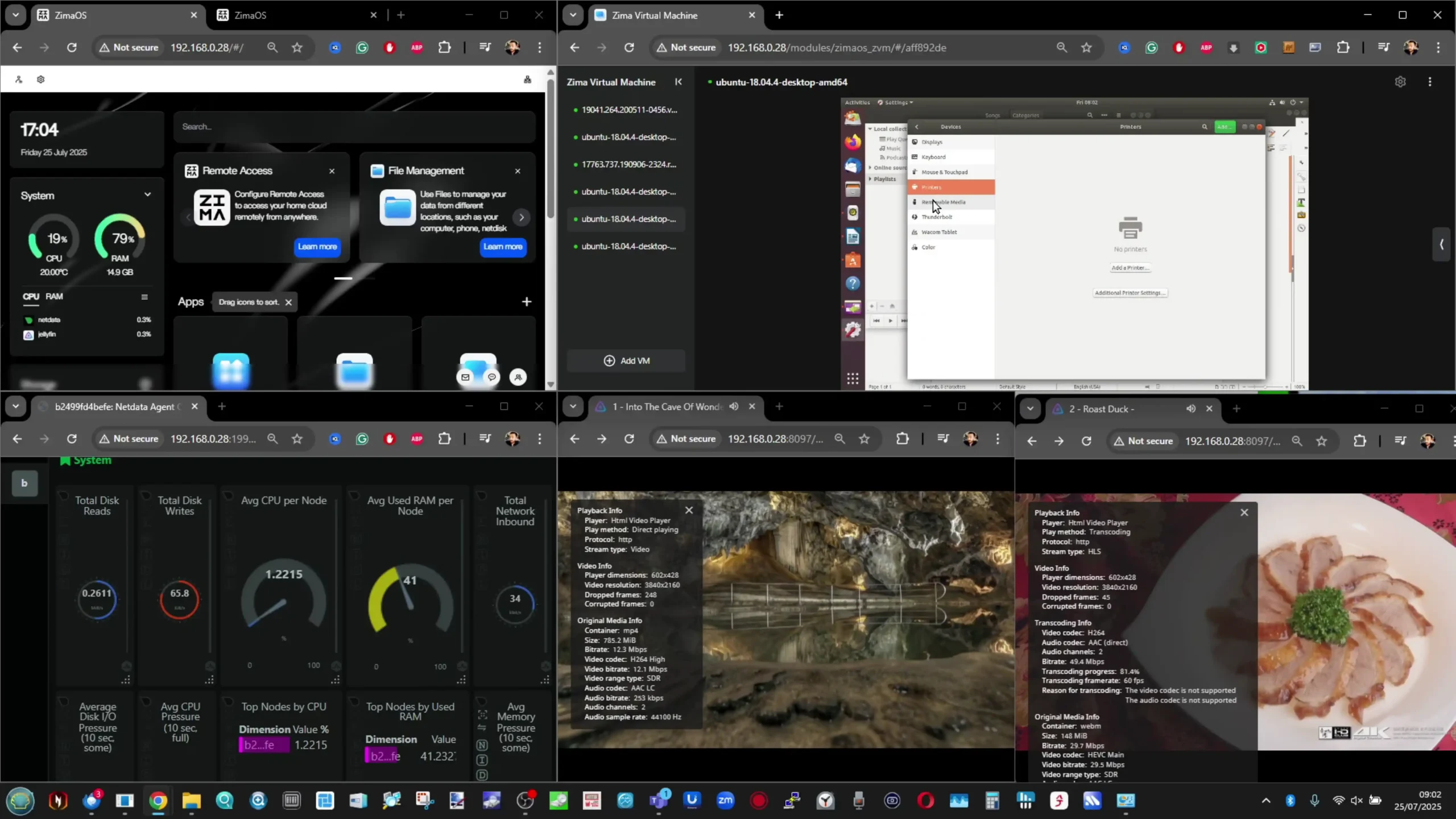
8K native playback was supported, though transcoding large 8K files pushed the CPU above 80% utilization, and real-time conversion proved unreliable. Light 4K transcoding was possible, though not as efficient as Intel Quick Sync or NVIDIA NVENC-based solutions. Still, for native playback and lightweight transcodes in a home or SMB setup, the board performs well. Combined with Docker and AI acceleration for metadata tagging or face recognition, the N7 can act as a capable hybrid NAS/media server platform when deployed with suitable software.
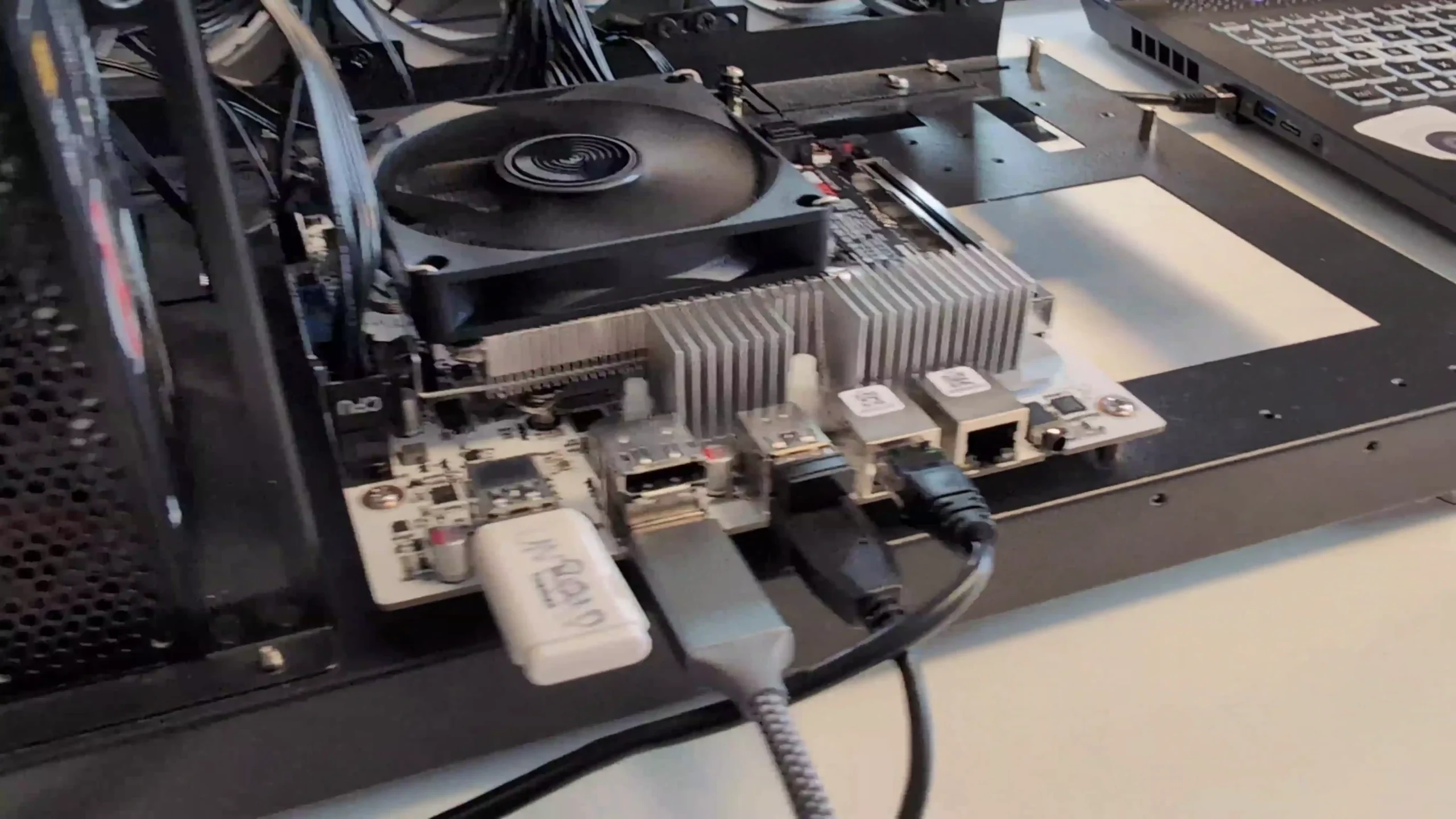
| Metric | Result |
|---|---|
| Idle Power Draw | ~25W (CPU < 5%, 2x NVMe, 1x 10GbE active, no SATA drives) |
| Moderate Workload Power | ~35–40W (light containers, USB, low network I/O) |
| Full Load Power Draw | ~62–64W (2x 10GbE, NVMe access, active VMs, high CPU usage) |
| 10GbE Performance | ~2.8–3.0GB/s aggregate (2x 10GbE fully saturated via SMB/NFS) |
| NVMe Sequential Read/Write | Read: 5.1GB/s, Write: 4.6GB/s (Gen 4 SSDs, CrystalDiskMark/fio) |
| Internal NVMe-to-NVMe Transfer | ~800–900MB/s max observed (possible shared path or kernel bottleneck) |
| Thermal Range (CPU) | 75–85°C under load with air cooler |
| Thermal Range (NVMe) | 55–65°C sustained load (rear slot runs warmer) |
| VM Performance | 5–6 simultaneous VMs stable (UnRAID, Proxmox) |
| Media Playback (Jellyfin) | Smooth 1080p/4K native, limited 8K transcoding |
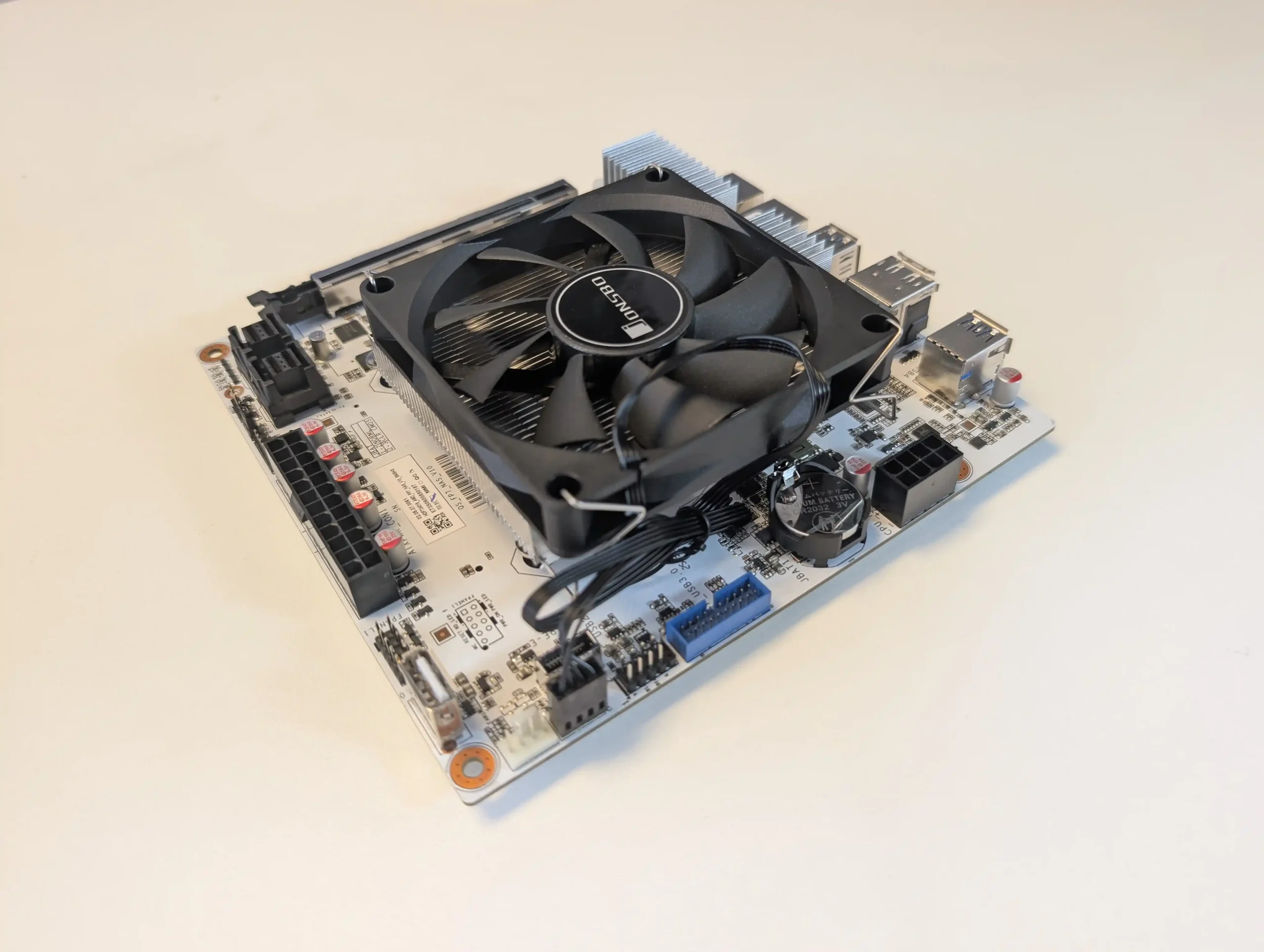
N7 AMD 2x 10GbE NAS Motherboard Review – Verdict and Conclusion
The MINIROUTE N7 (also known as the CWWK N7) establishes itself as one of the most functionally complete and performance-oriented Mini-ITX NAS motherboards currently on the market, delivering a dense hardware feature set typically reserved for much larger or more expensive systems. Featuring the AMD Ryzen 8845HS with Zen 4 architecture, dual 10GbE ports, PCIe Gen 4 expansion, and native support for up to eight SATA drives via onboard SFF-8643, the N7 is aimed squarely at users building serious NAS and virtualization setups from the ground up. The inclusion of dual NVMe slots, USB4 support, and bifurcation-ready PCIe x16 further positions this board as a future-ready platform for mixed storage, networking, and container workloads. Unlike many boards in this category, which sacrifice PCIe allocation or require additional HBAs for full drive connectivity, the N7 manages to deliver everything natively within a compact 17 cm × 17 cm layout. Compatibility with UnRAID, Proxmox, TrueNAS SCALE, and ZimaOS means that users have a wide selection of operating environments to choose from, whether prioritizing containerized applications, VM infrastructure, or ZFS-based data integrity.
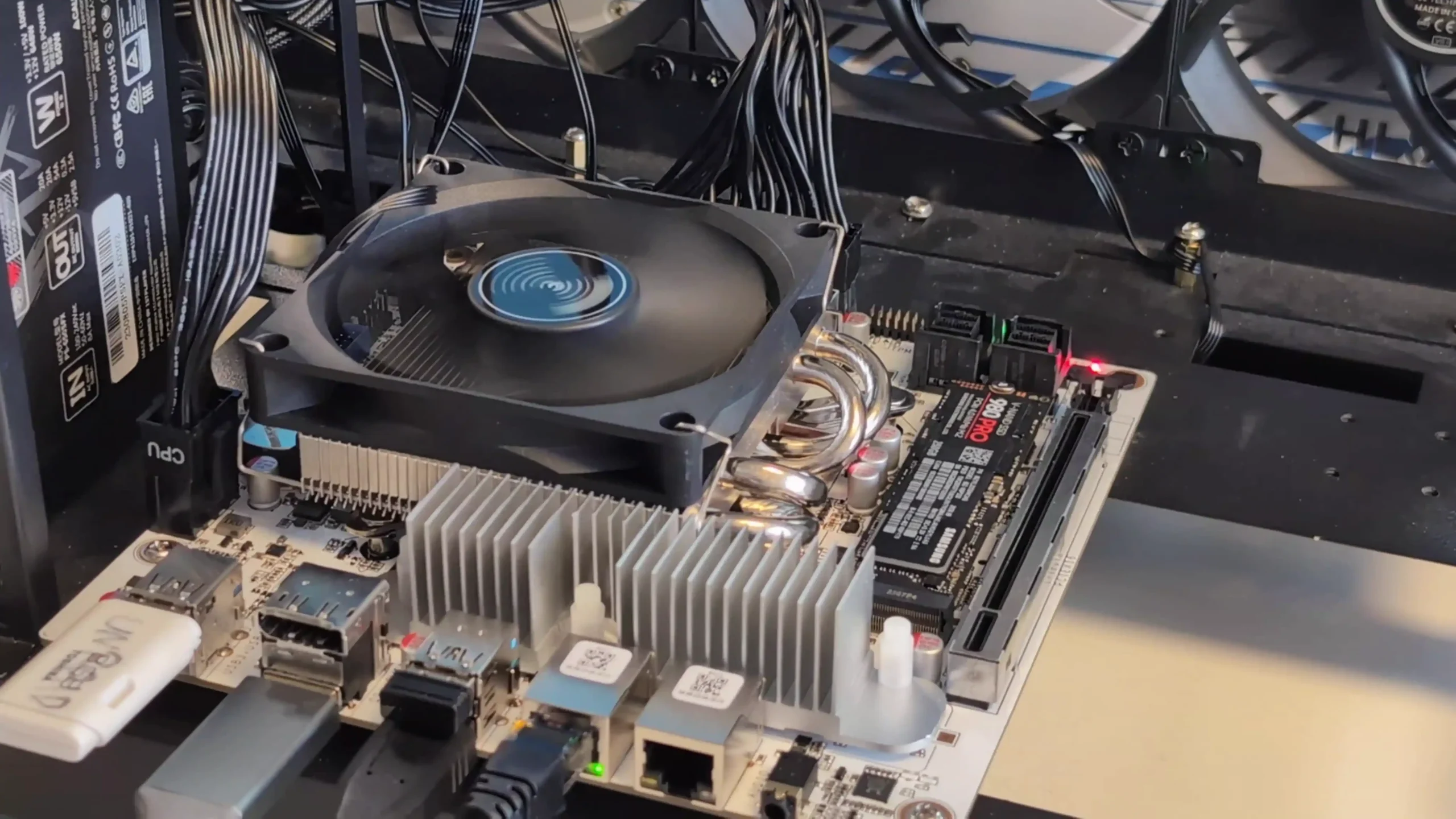
However, the board’s capability comes with caveats that will be more apparent to experienced system builders. Idle and load power consumption are significantly higher than N-series Intel or ARM SoCs, which may not suit deployments aiming for low-energy, 24/7 operation with minimal thermal output. Thermal demands on the CPU and M.2 storage require effective active cooling, particularly in enclosed NAS cases with limited airflow. Officially, there is no ECC memory support, and although the board recognizes ECC DIMMs in BIOS and some operating systems, the absence of validated error correction will deter users in environments where data integrity is mission-critical. Additionally, while the SFF-8643 layout enables clean cabling for up to eight SATA drives, it assumes familiarity with breakout cables or SAS-style enclosures—potentially adding complexity for users migrating from consumer-oriented boards with standard SATA headers. That said, for advanced NAS builders, home lab enthusiasts, or small-scale professionals seeking a board that combines workstation-grade power, native 10GbE networking, and dense storage connectivity, the N7 represents a well-balanced and highly flexible foundation. Its price may be higher than entry-level ITX boards, but for those seeking high-throughput and virtualized workflows in a compact format, it is one of the most capable DIY platforms currently available.
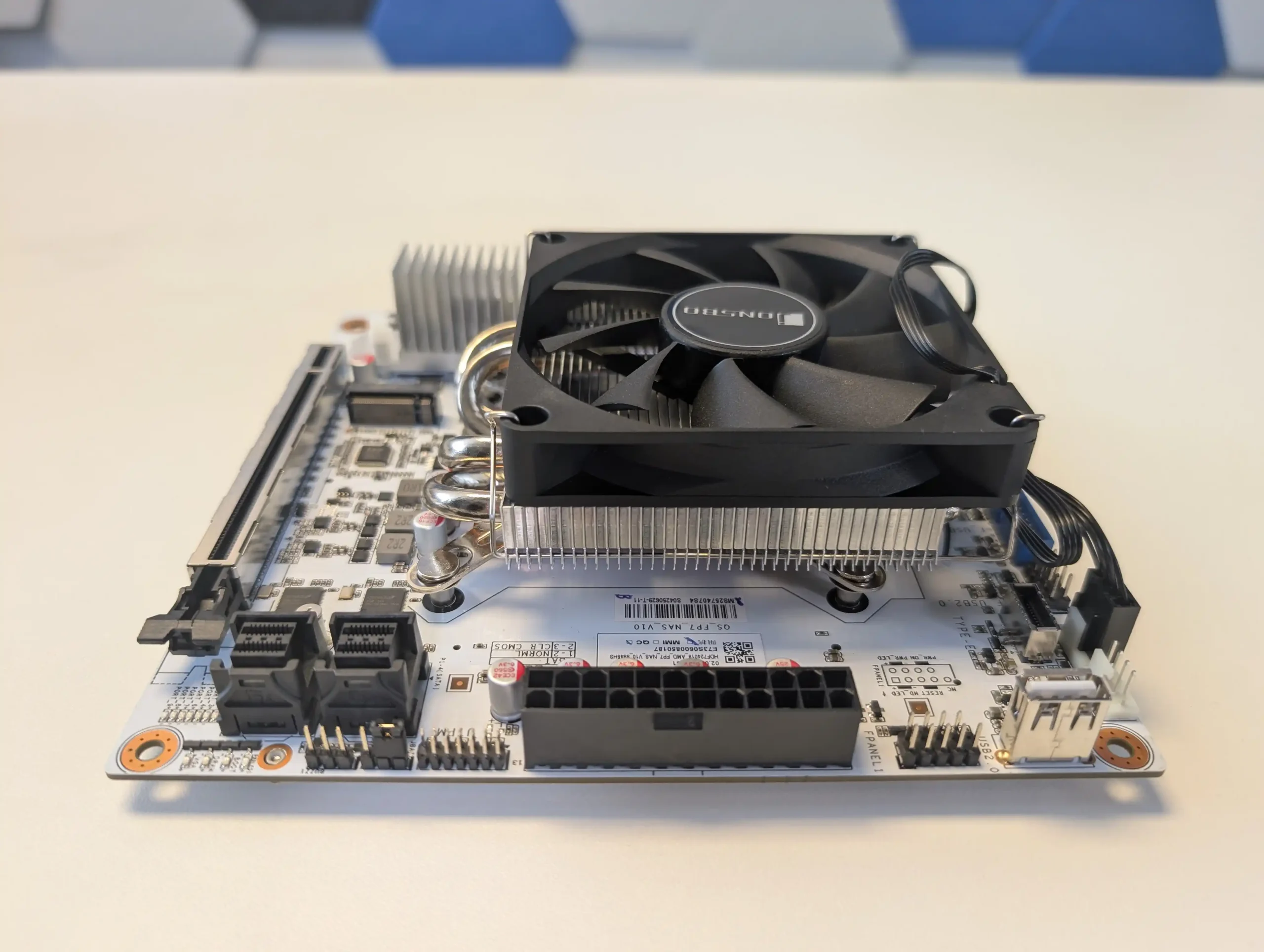
| Where to Buy? |
| PROs of the N7 NAS Motherboard | CONs of the N7 NAS Motherboard |
|
|
 SUBSCRIBE TO OUR NEWSLETTER
SUBSCRIBE TO OUR NEWSLETTER 
[contact-form-7]
 Join Inner Circle
Join Inner Circle Get an alert every time something gets added to this specific article!
 Subscribe
Subscribe
This description contains links to Amazon. These links will take you to some of the products mentioned in today's content. As an Amazon Associate, I earn from qualifying purchases. Visit the NASCompares Deal Finder to find the best place to buy this device in your region, based on Service, Support and Reputation - Just Search for your NAS Drive in the Box Below
Need Advice on Data Storage from an Expert?
Finally, for free advice about your setup, just leave a message in the comments below here at NASCompares.com and we will get back to you. Need Help?
Where possible (and where appropriate) please provide as much information about your requirements, as then I can arrange the best answer and solution to your needs. Do not worry about your e-mail address being required, it will NOT be used in a mailing list and will NOT be used in any way other than to respond to your enquiry.
[contact-form-7]
Need Help?
Where possible (and where appropriate) please provide as much information about your requirements, as then I can arrange the best answer and solution to your needs. Do not worry about your e-mail address being required, it will NOT be used in a mailing list and will NOT be used in any way other than to respond to your enquiry.
[contact-form-7]
 Ko-fi or old school Paypal. Thanks!To find out more about how to support this advice service check HEREIf you need to fix or configure a NAS, check Fiver
Have you thought about helping others with your knowledge? Find Instructions Here
Ko-fi or old school Paypal. Thanks!To find out more about how to support this advice service check HEREIf you need to fix or configure a NAS, check Fiver
Have you thought about helping others with your knowledge? Find Instructions Here

|
 |
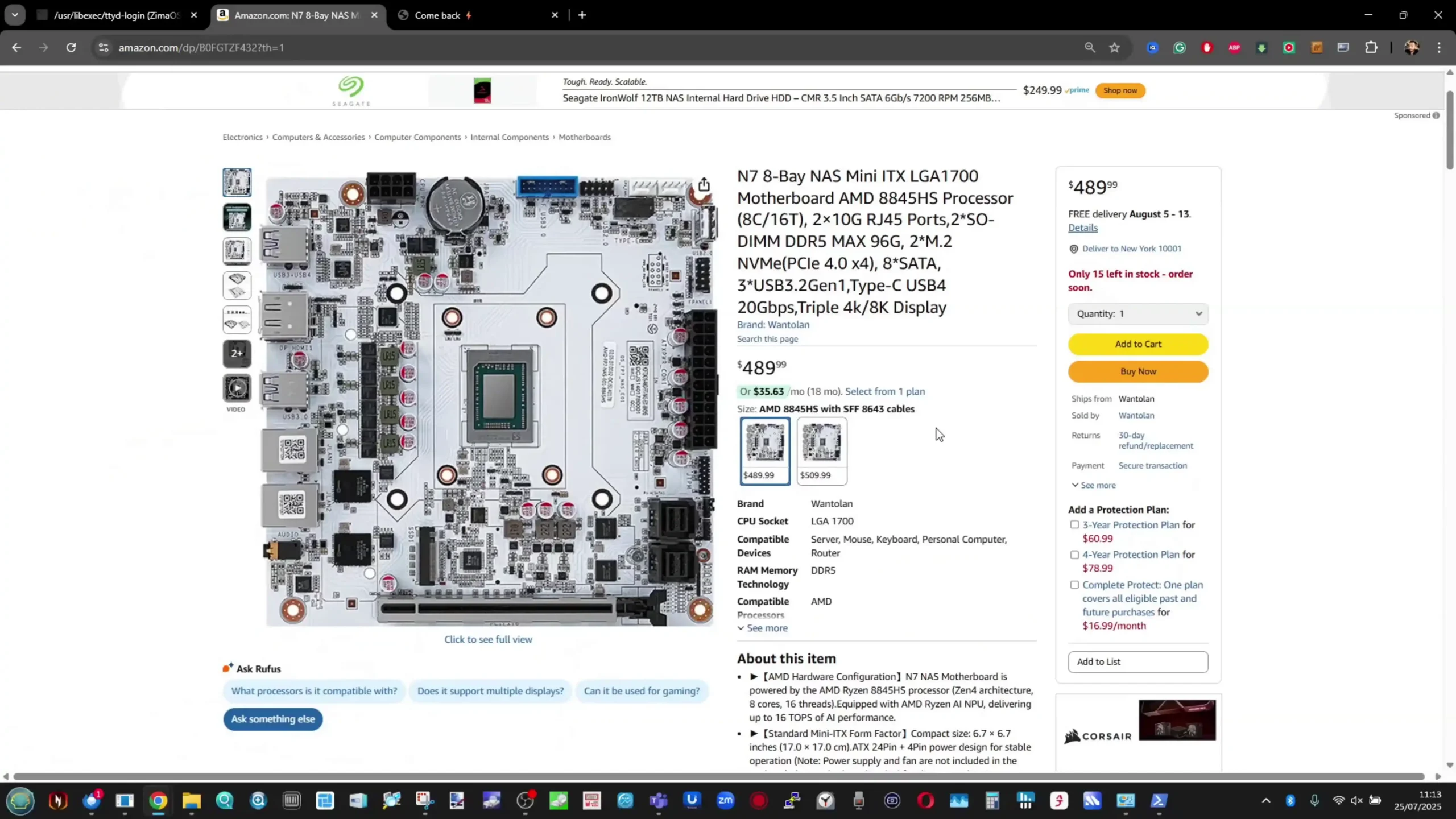




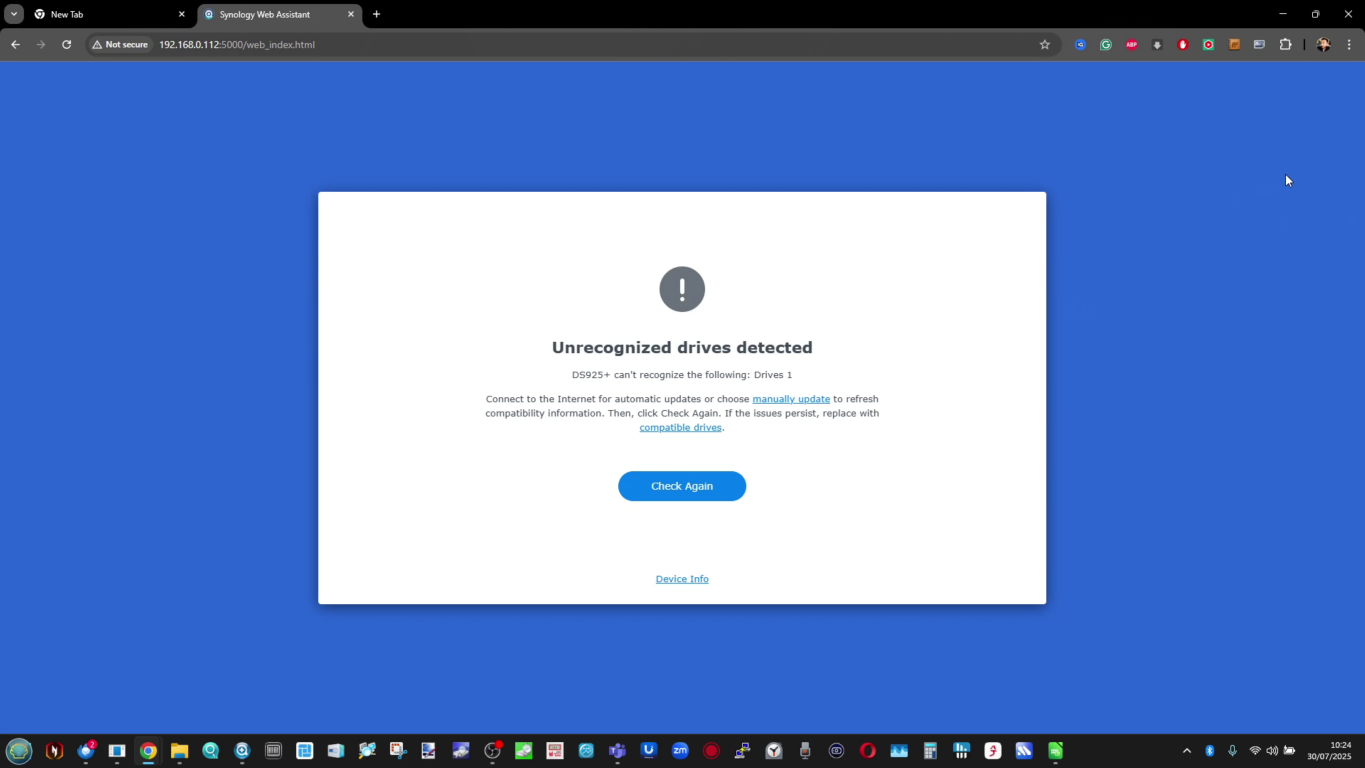
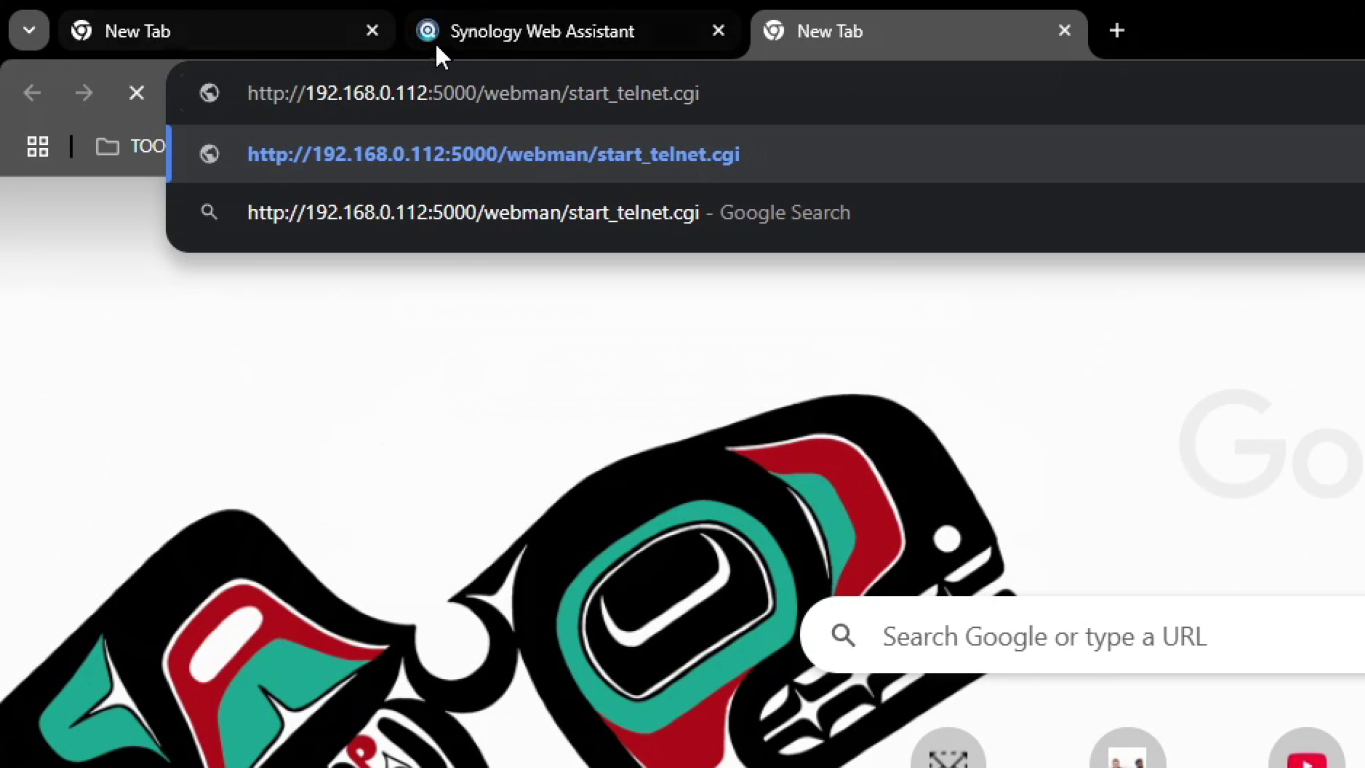
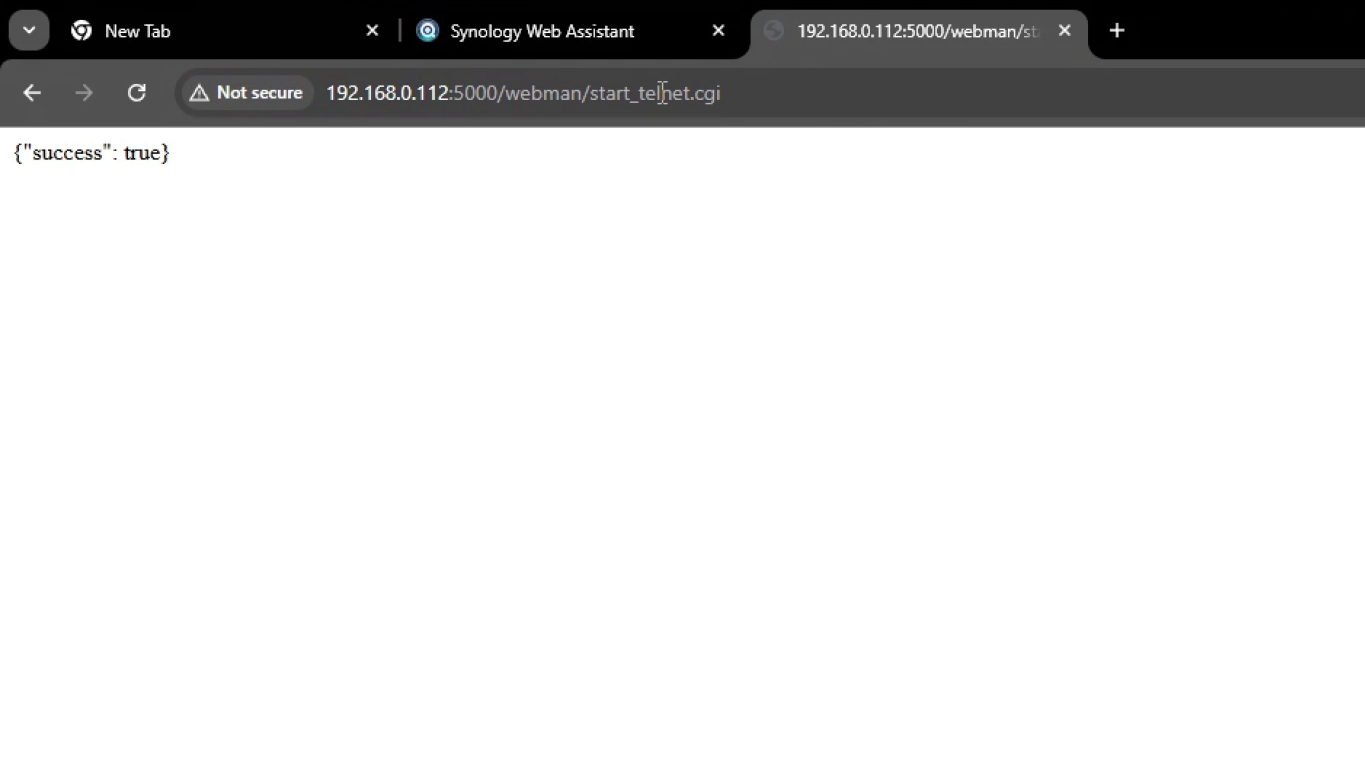
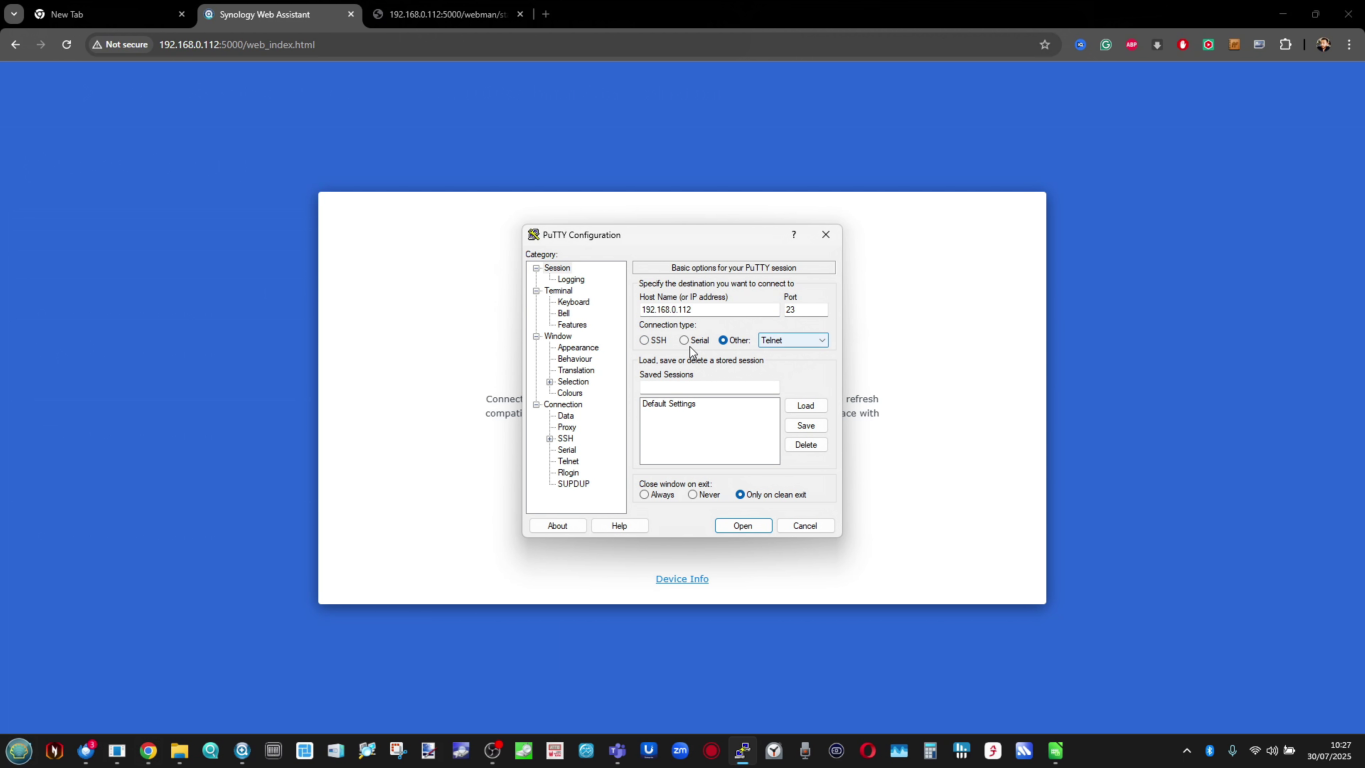
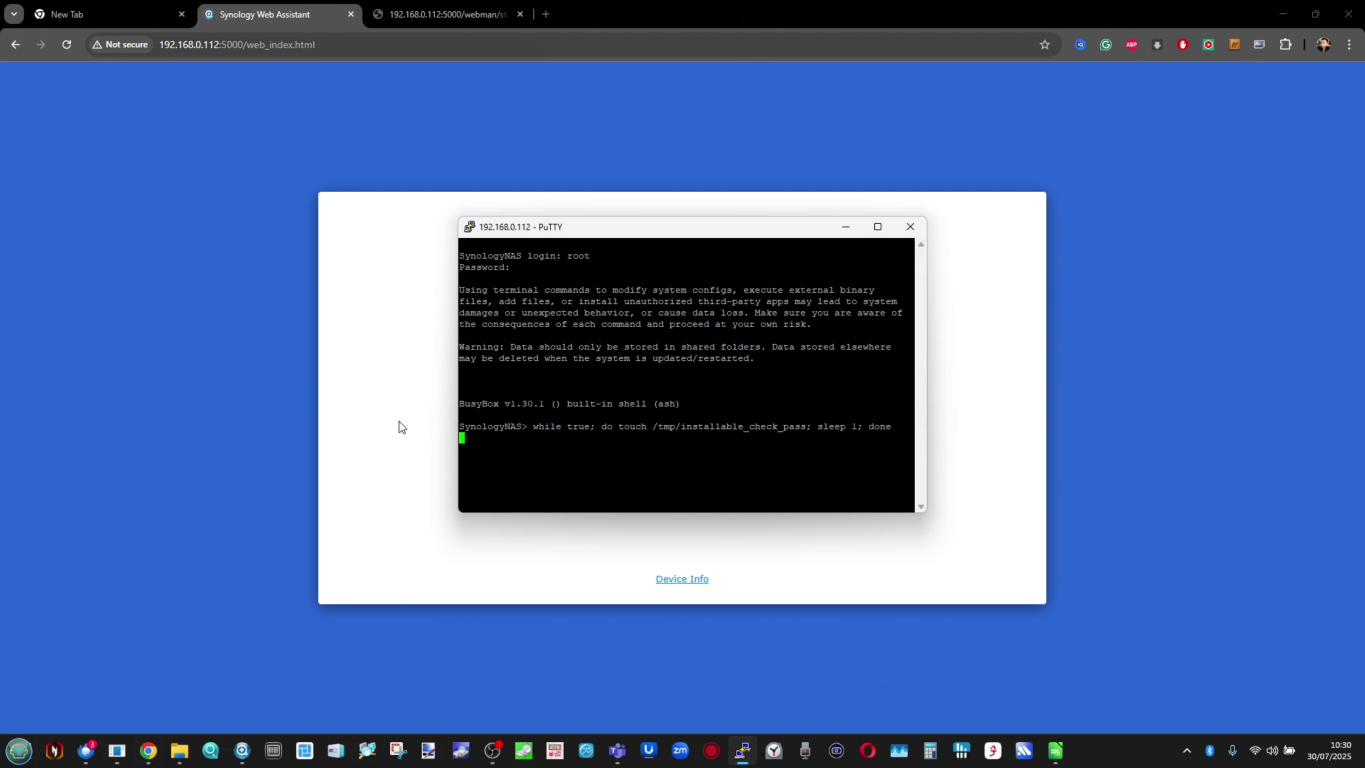
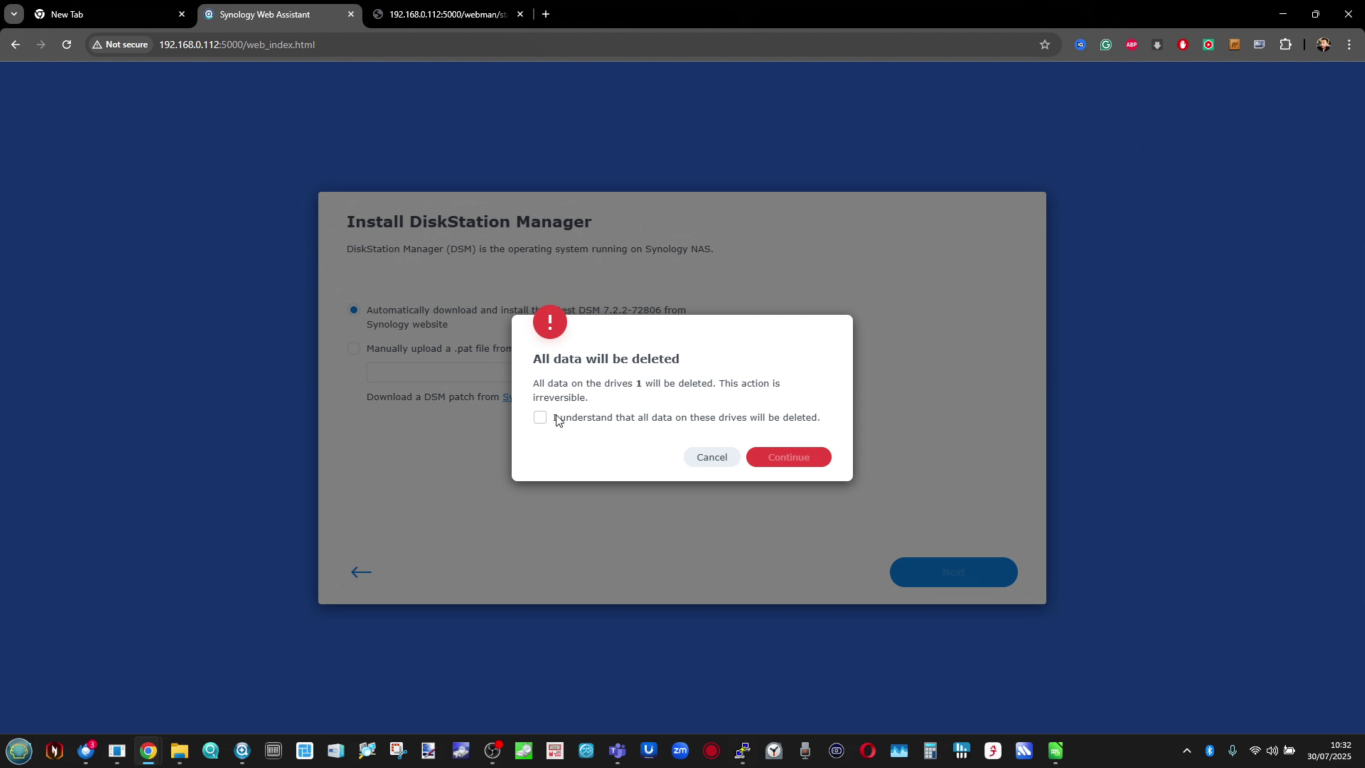
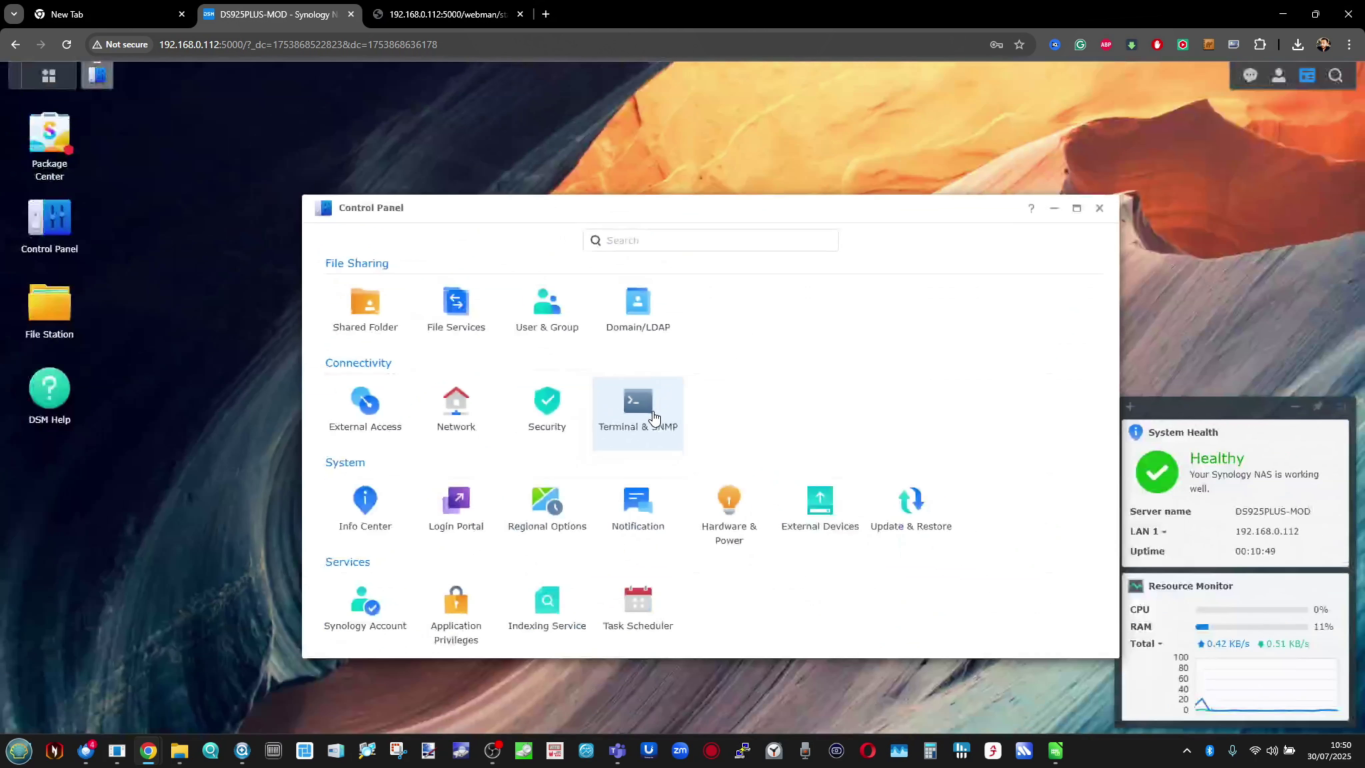
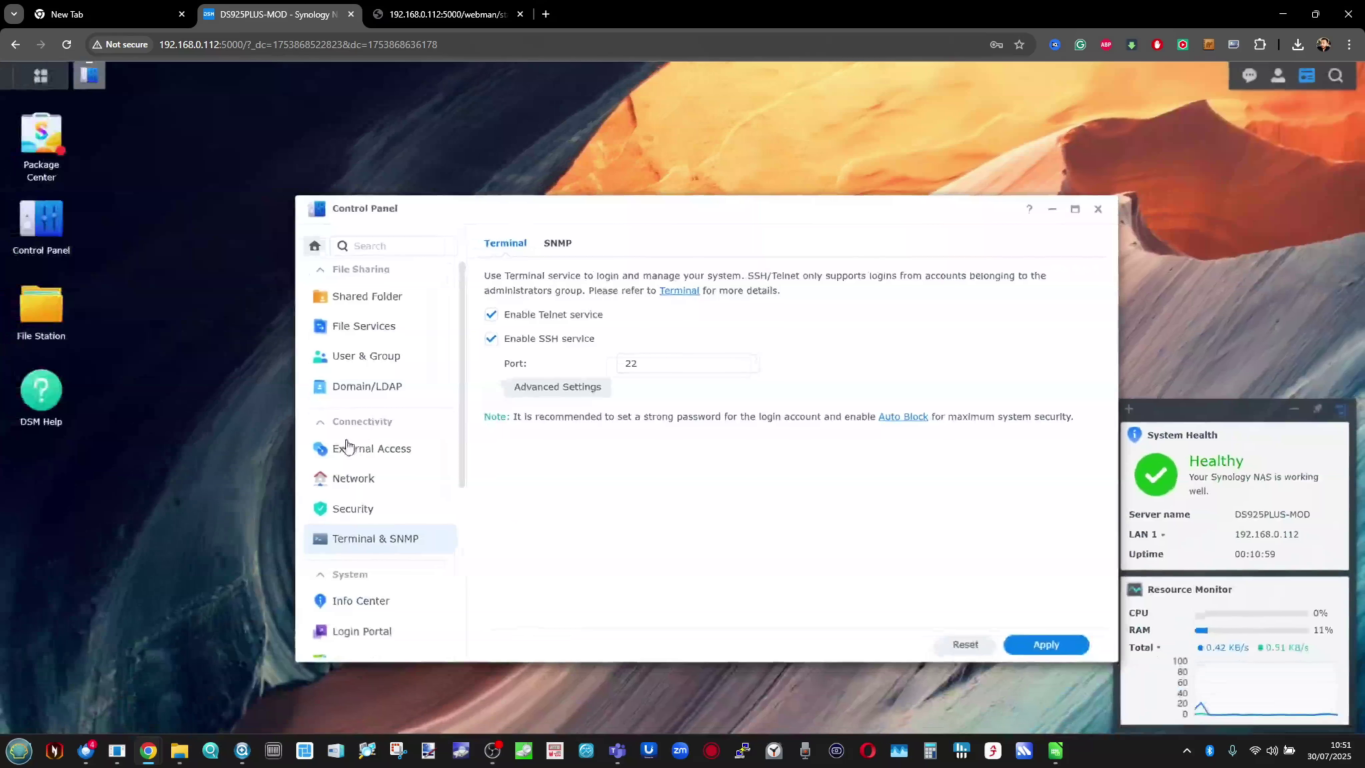
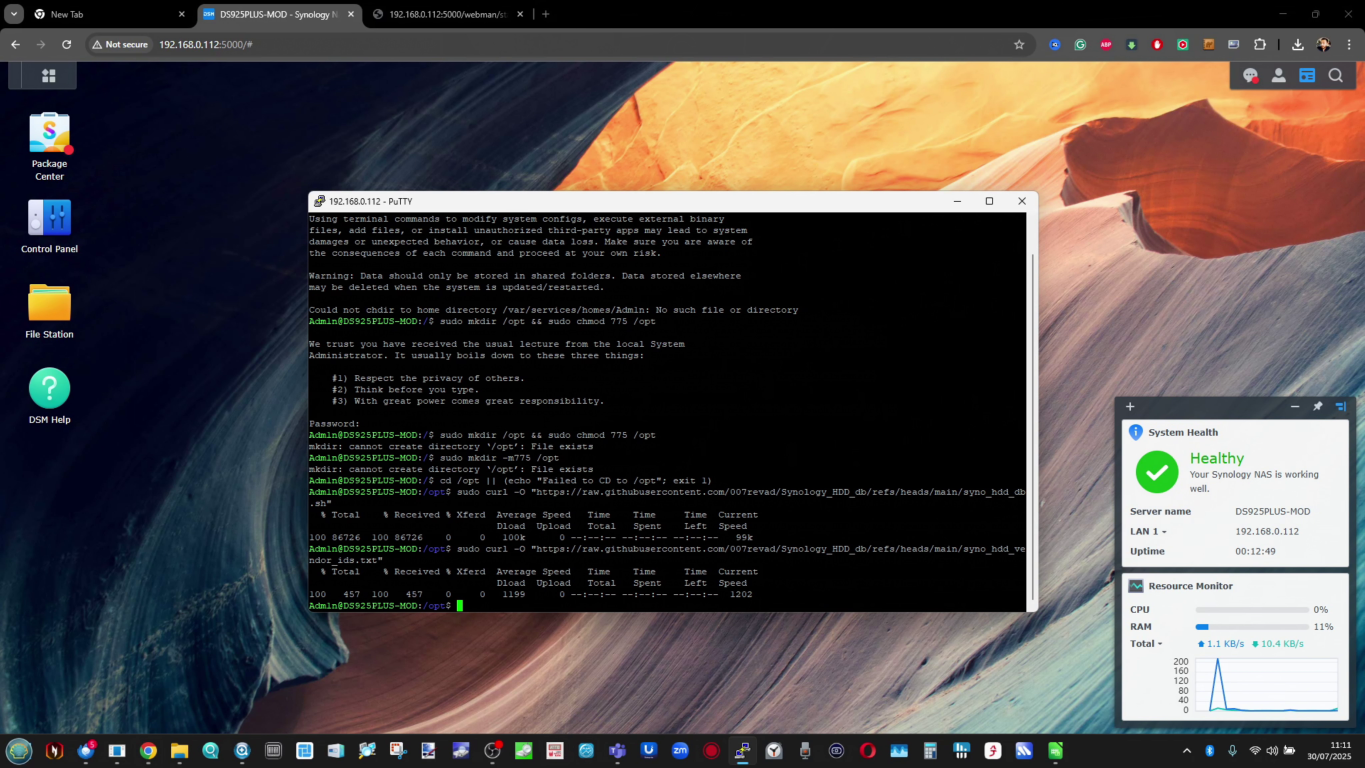
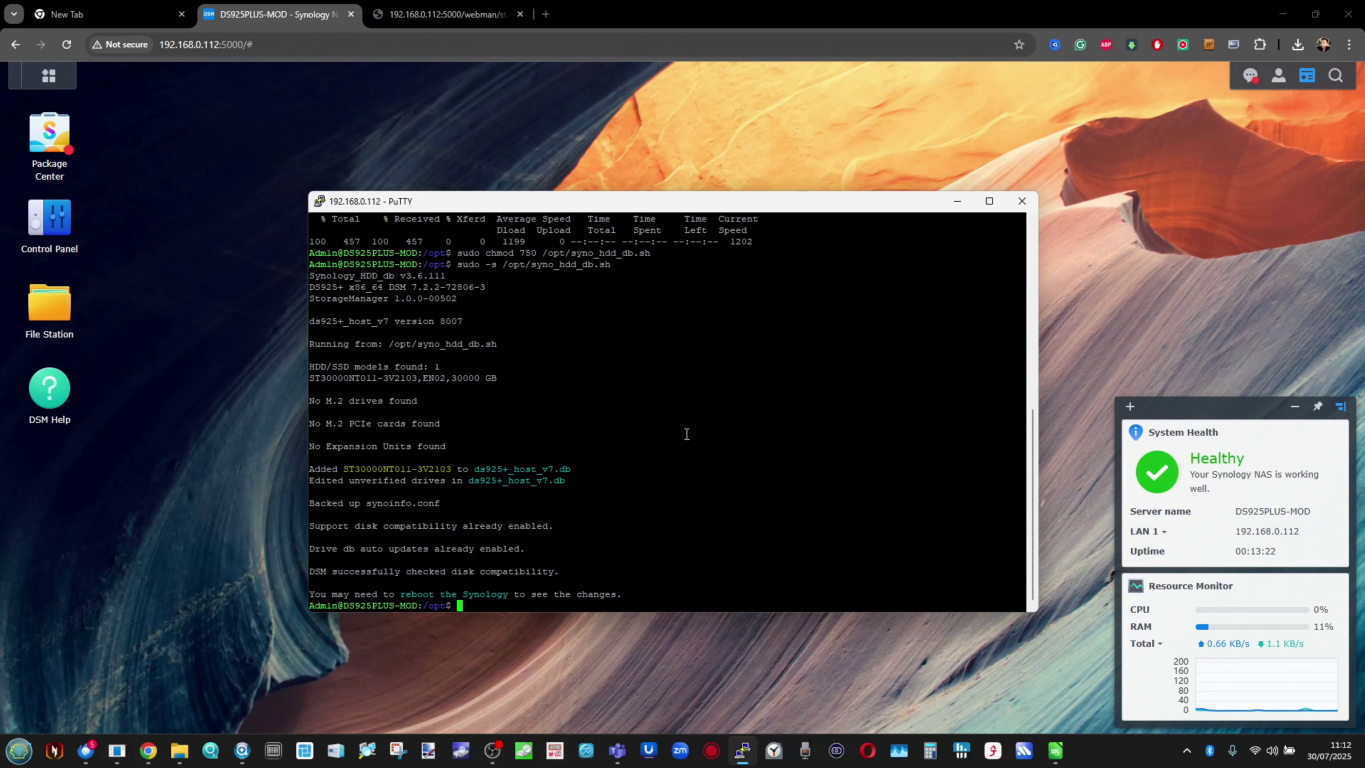
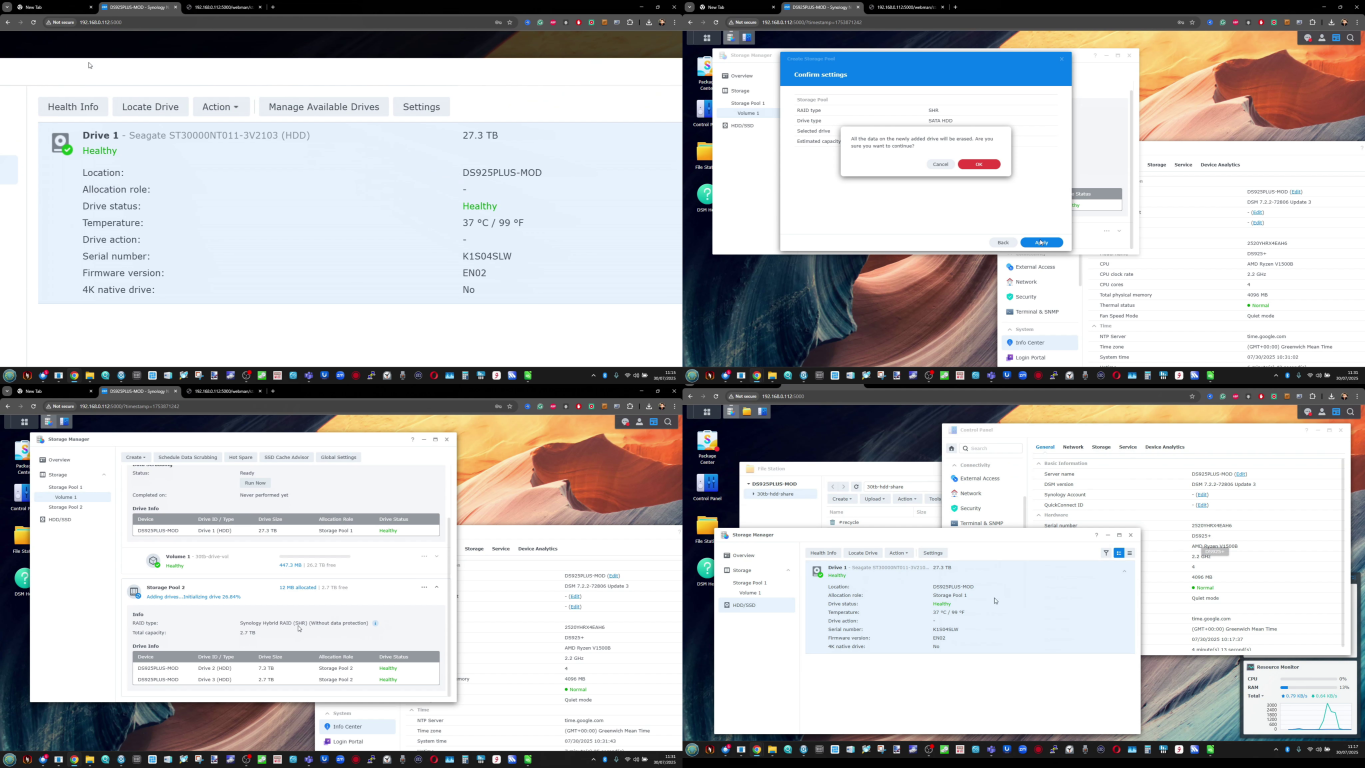
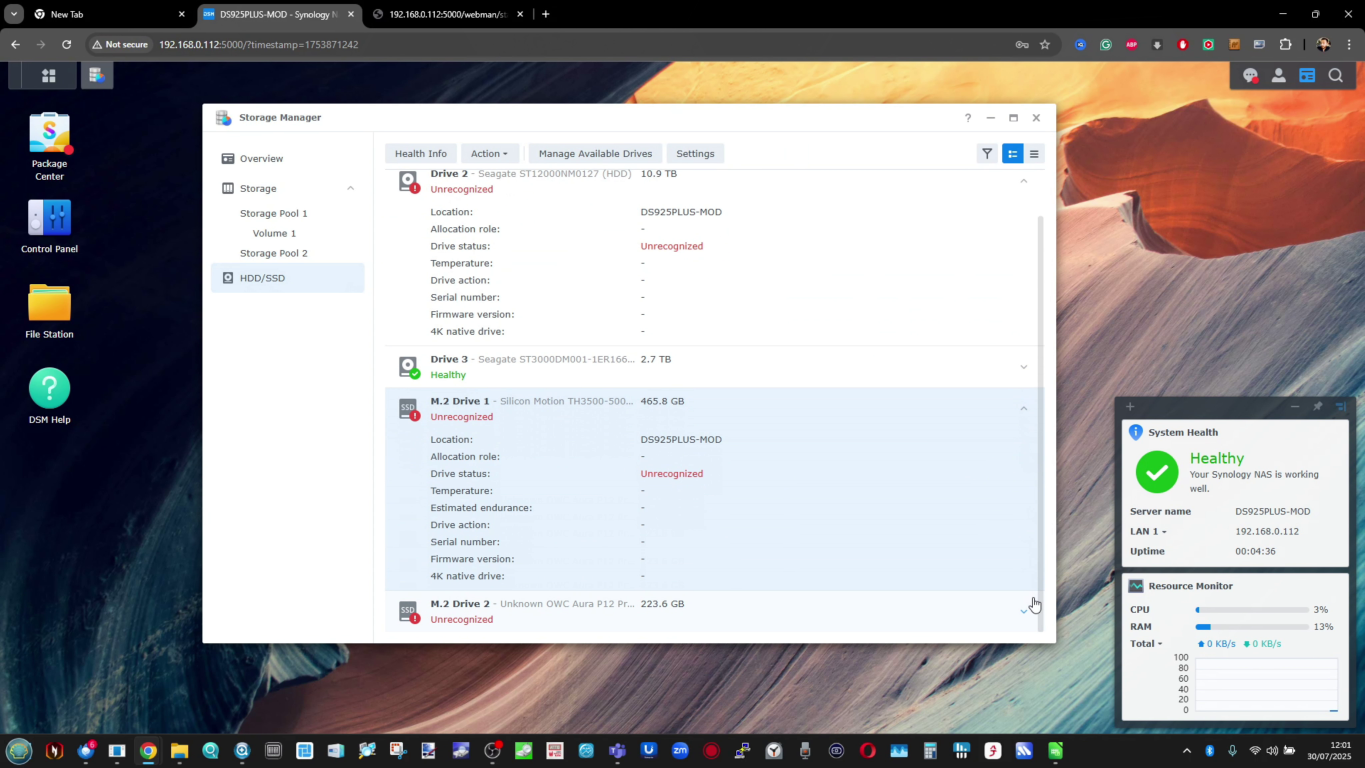
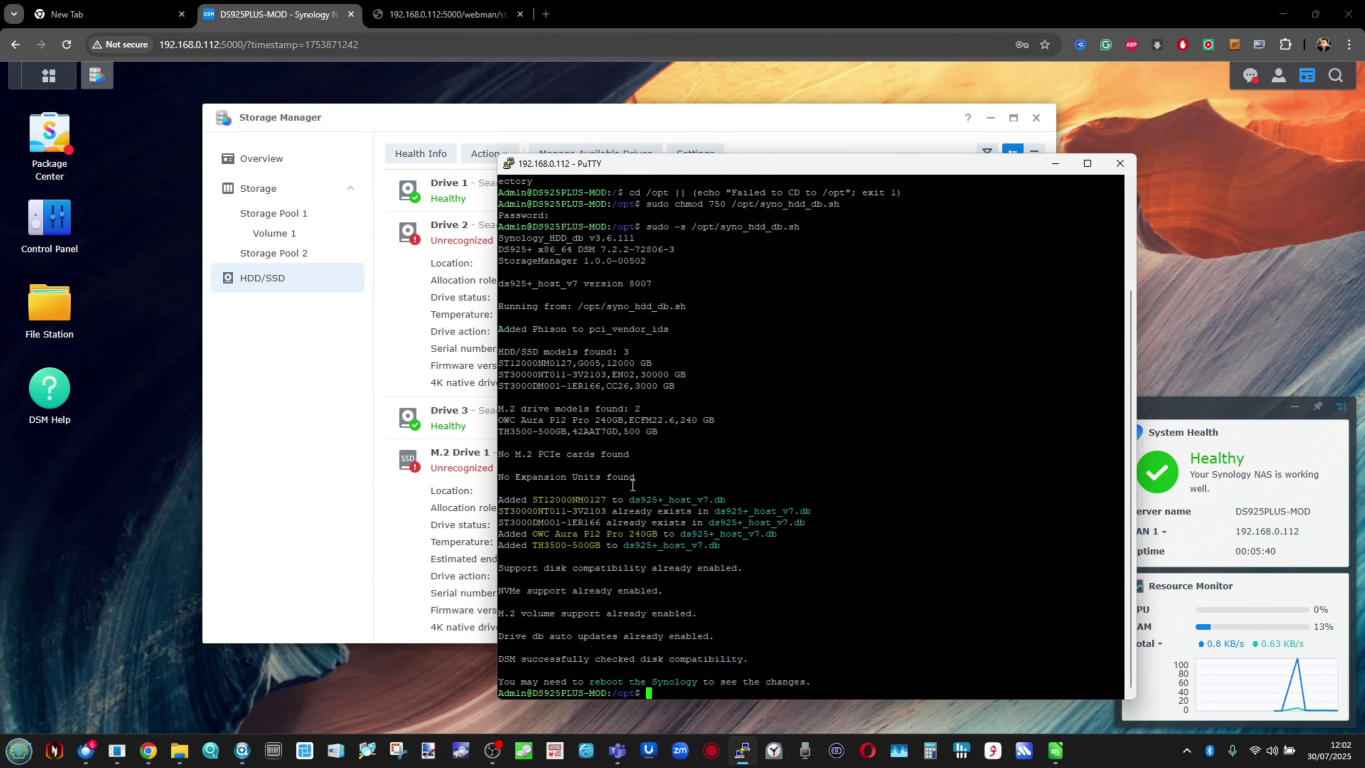
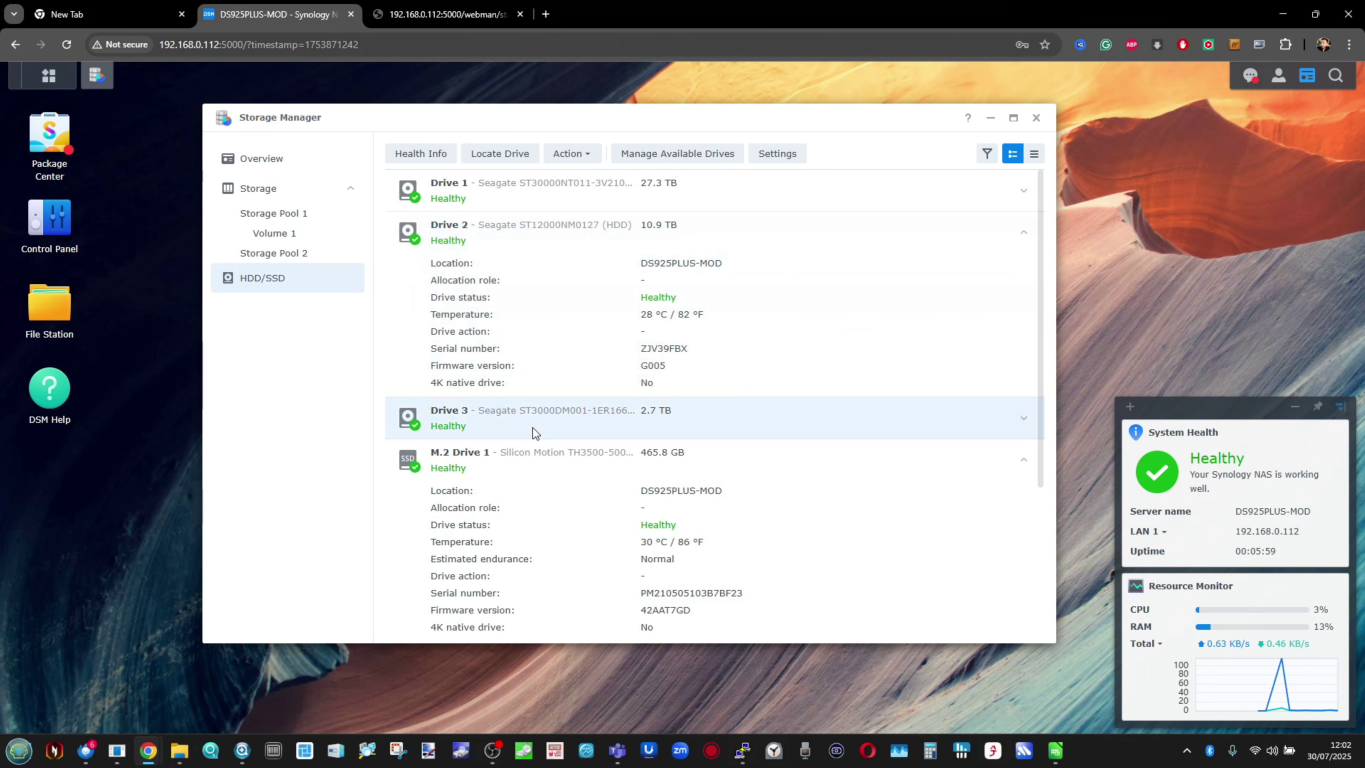
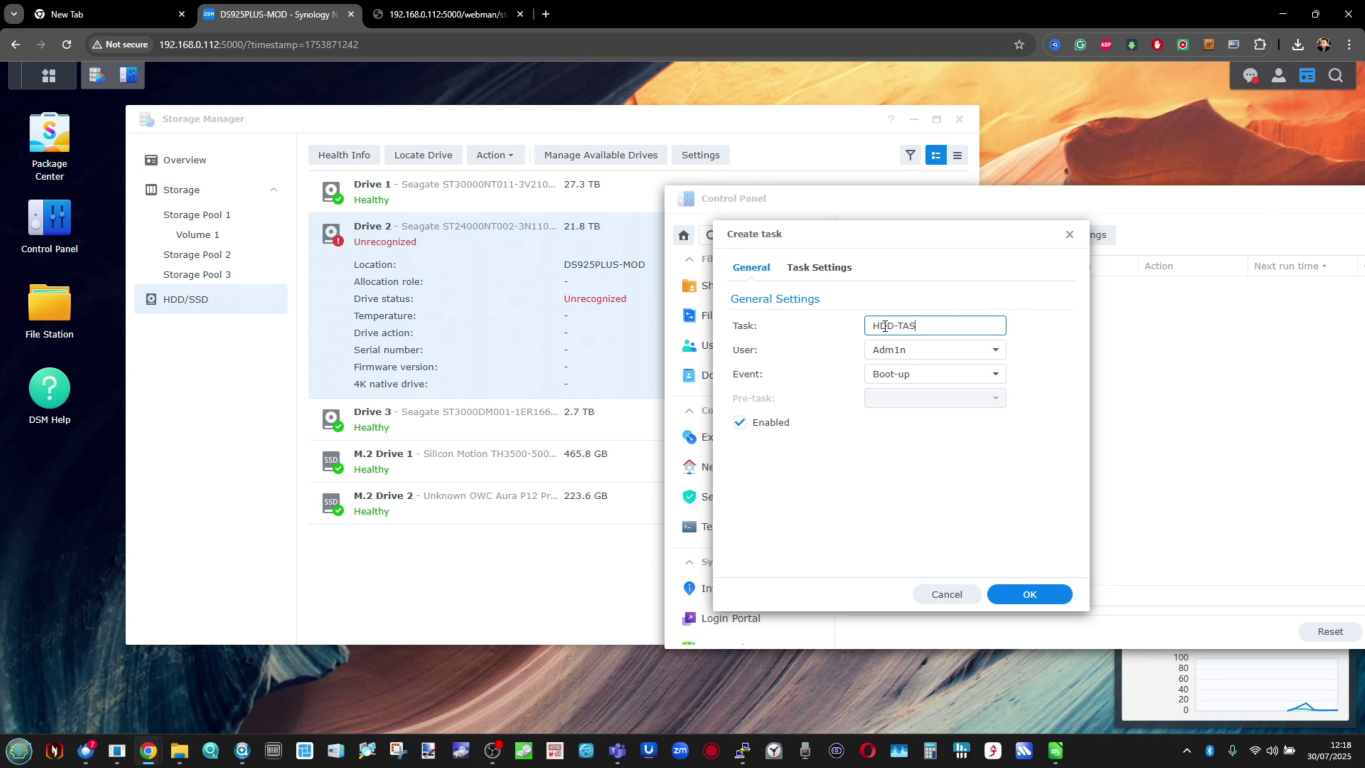
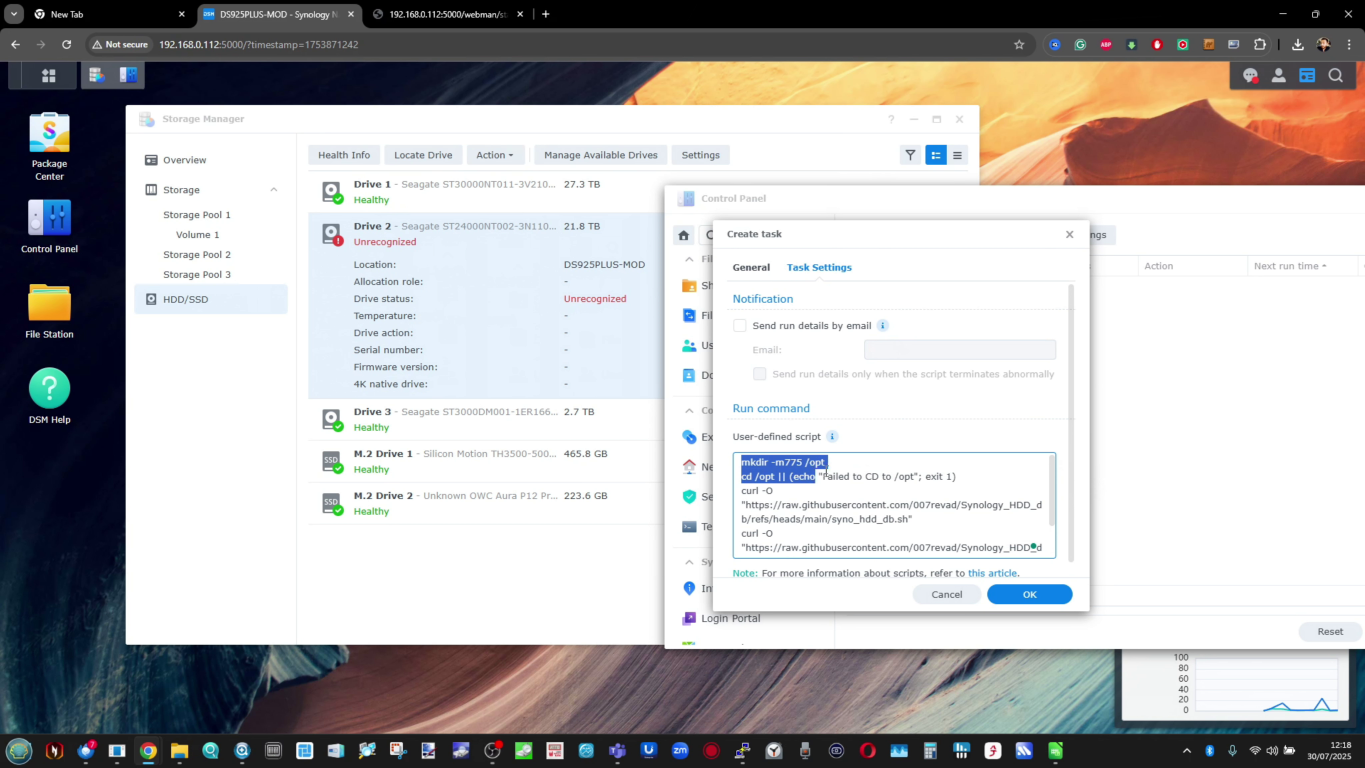
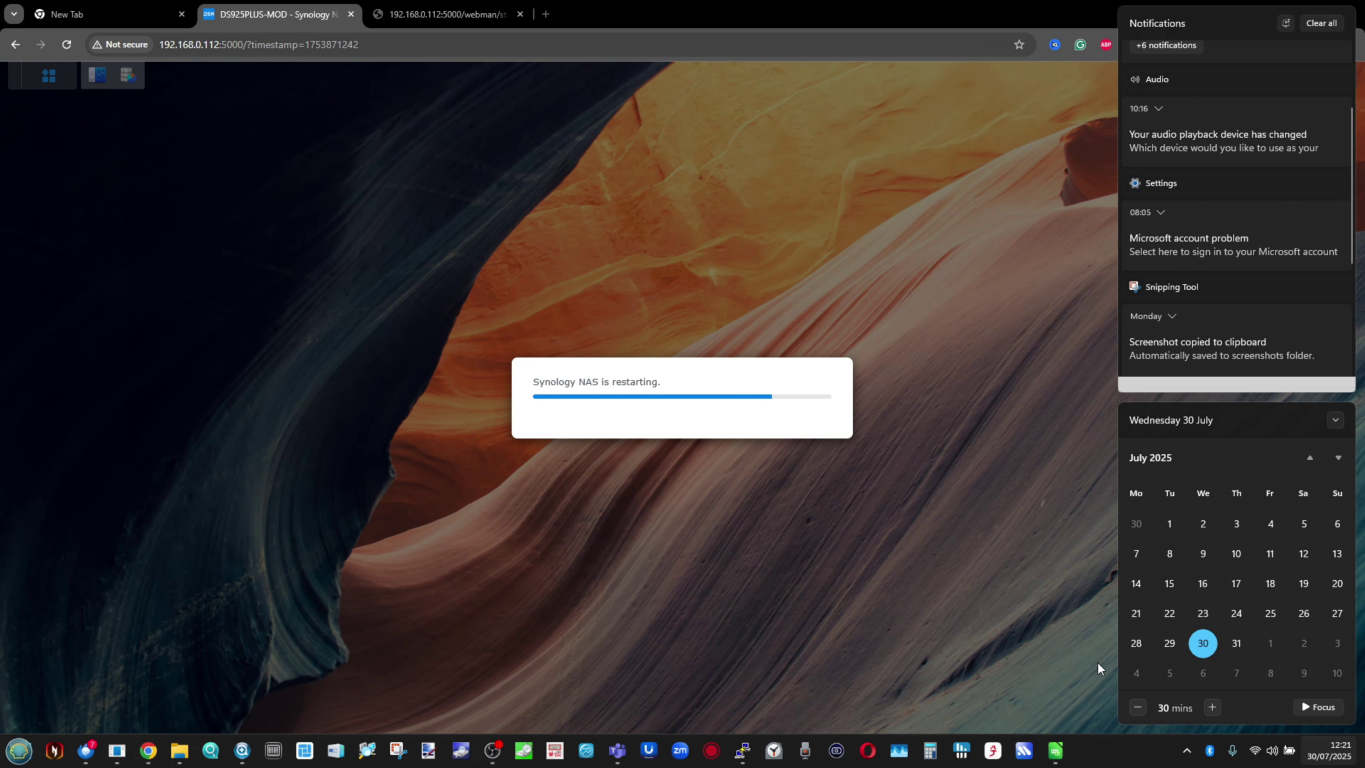
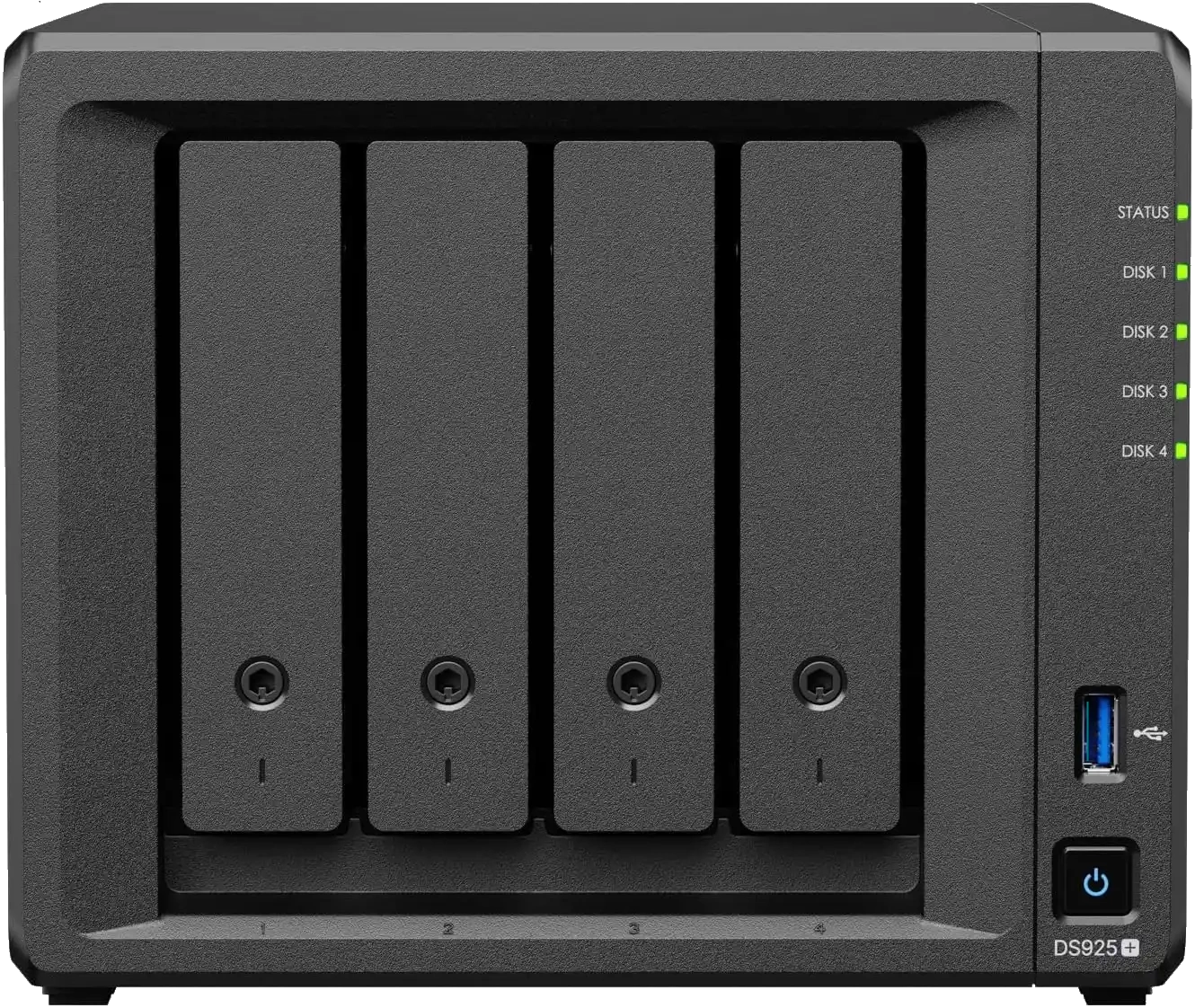
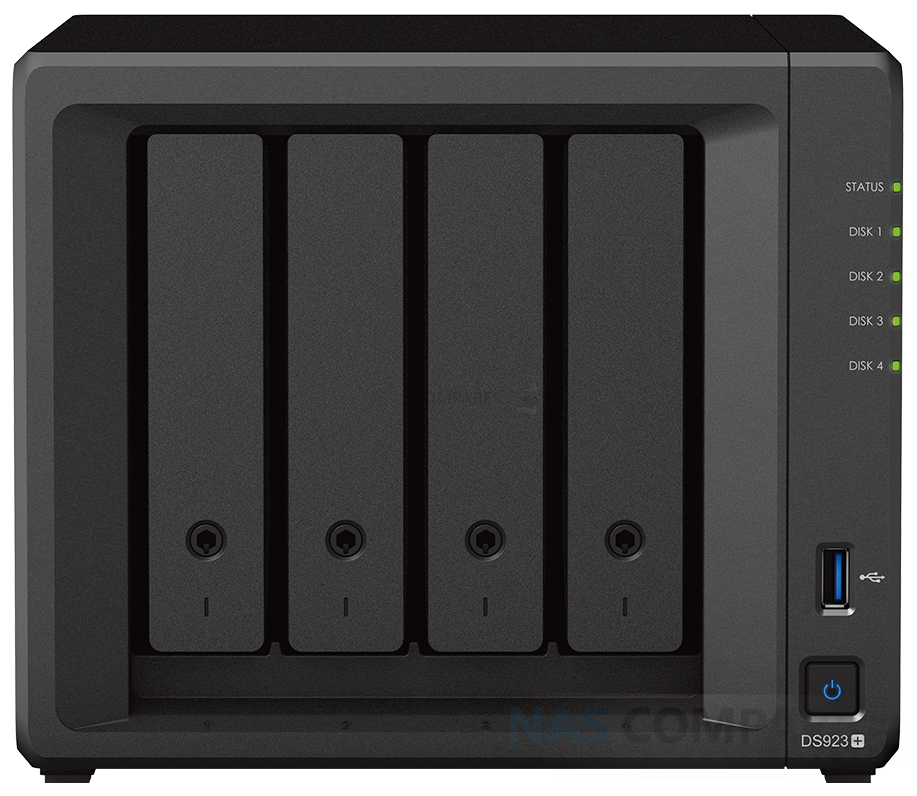


 Installer Immich sur un NAS Synology en 5 minutes
Installer Immich sur un NAS Synology en 5 minutes
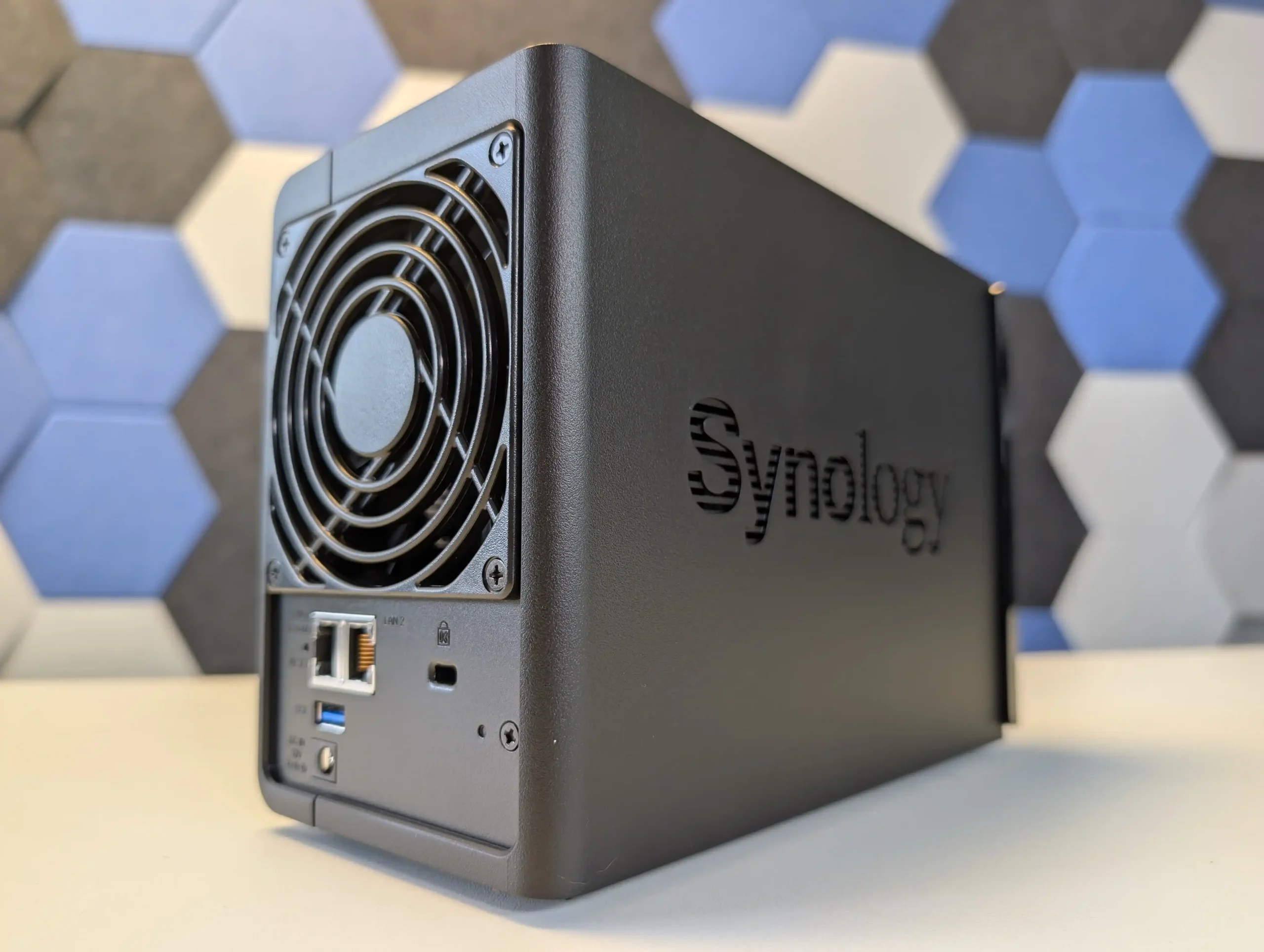
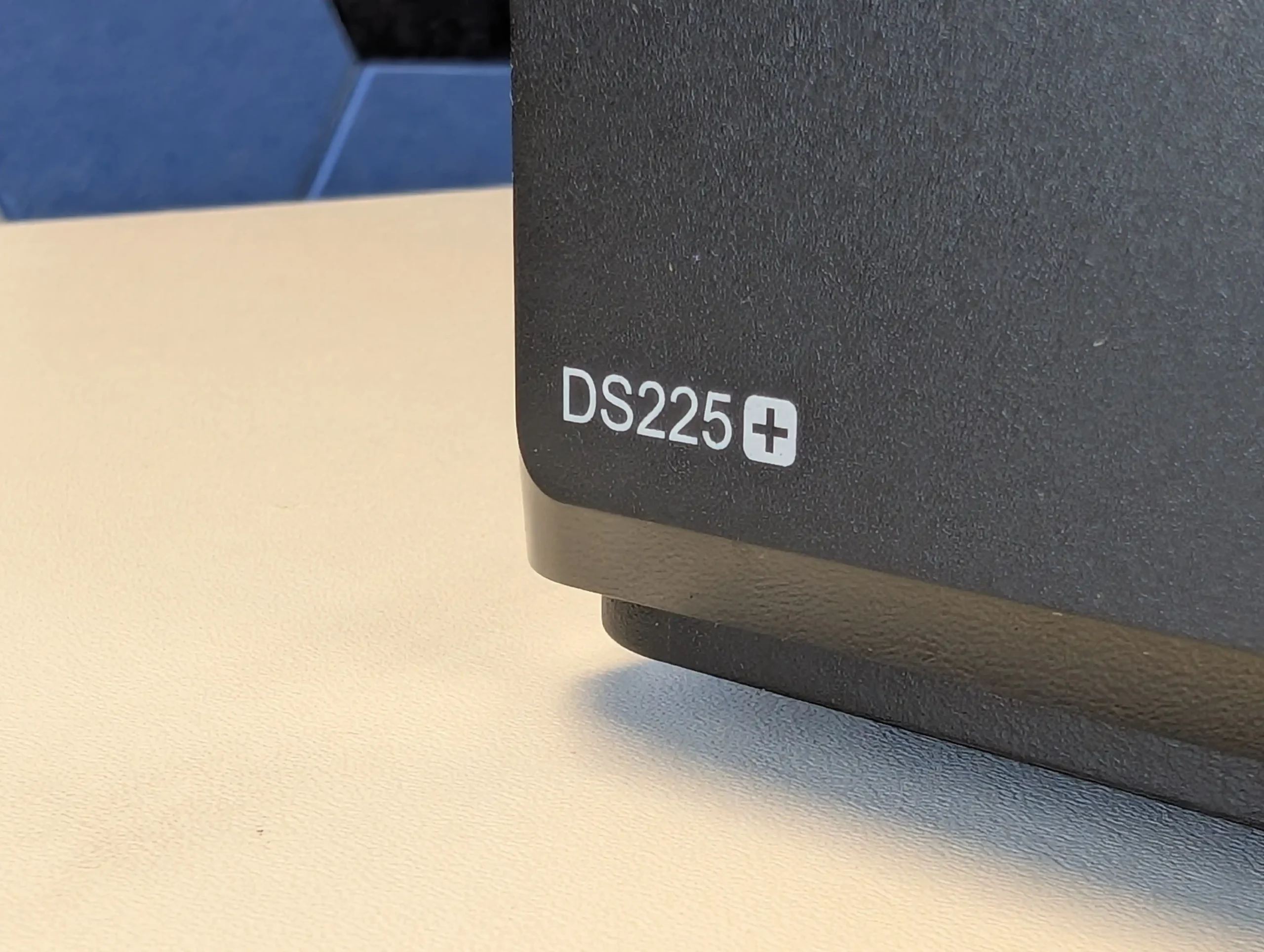
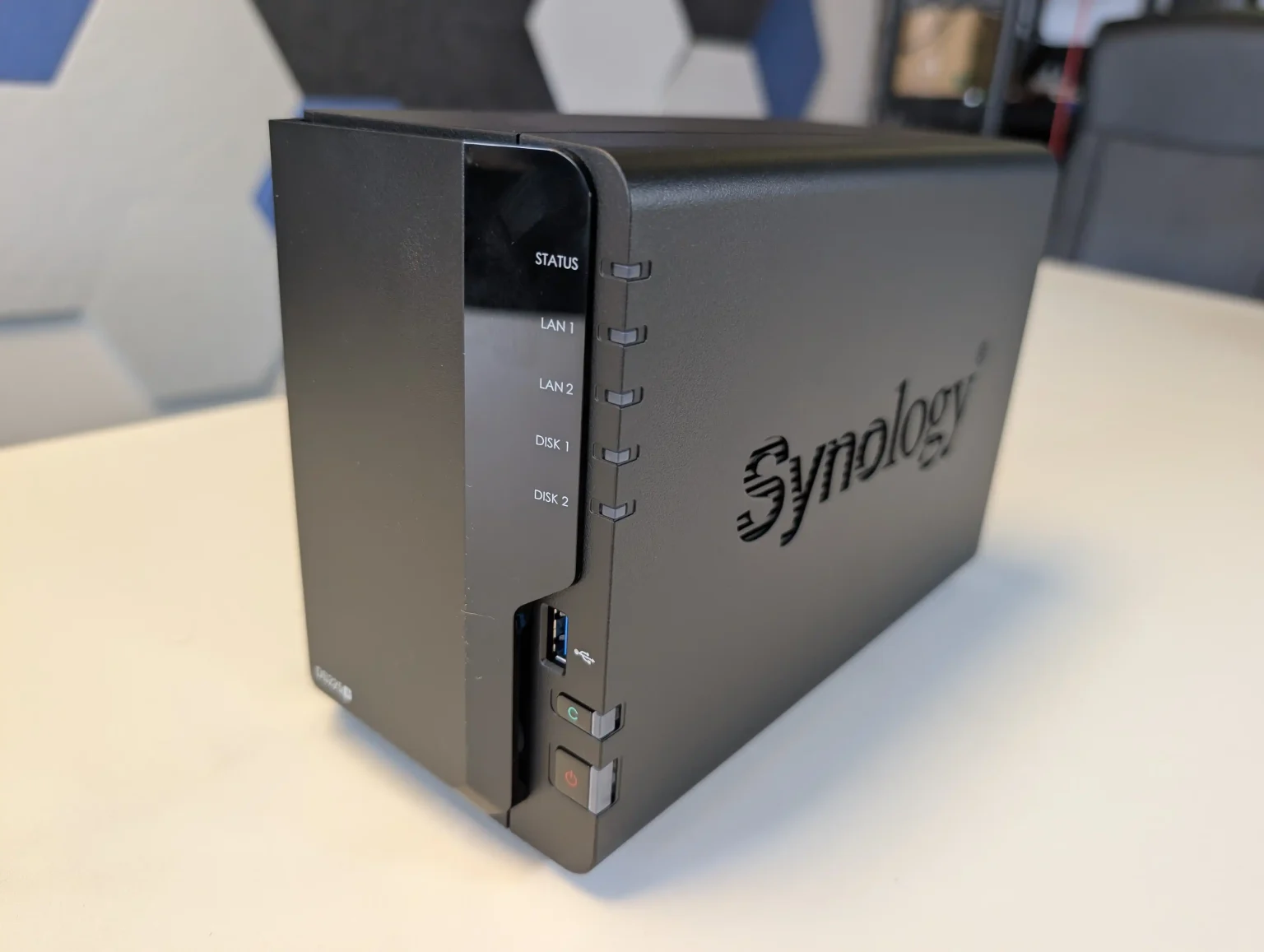
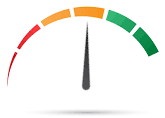







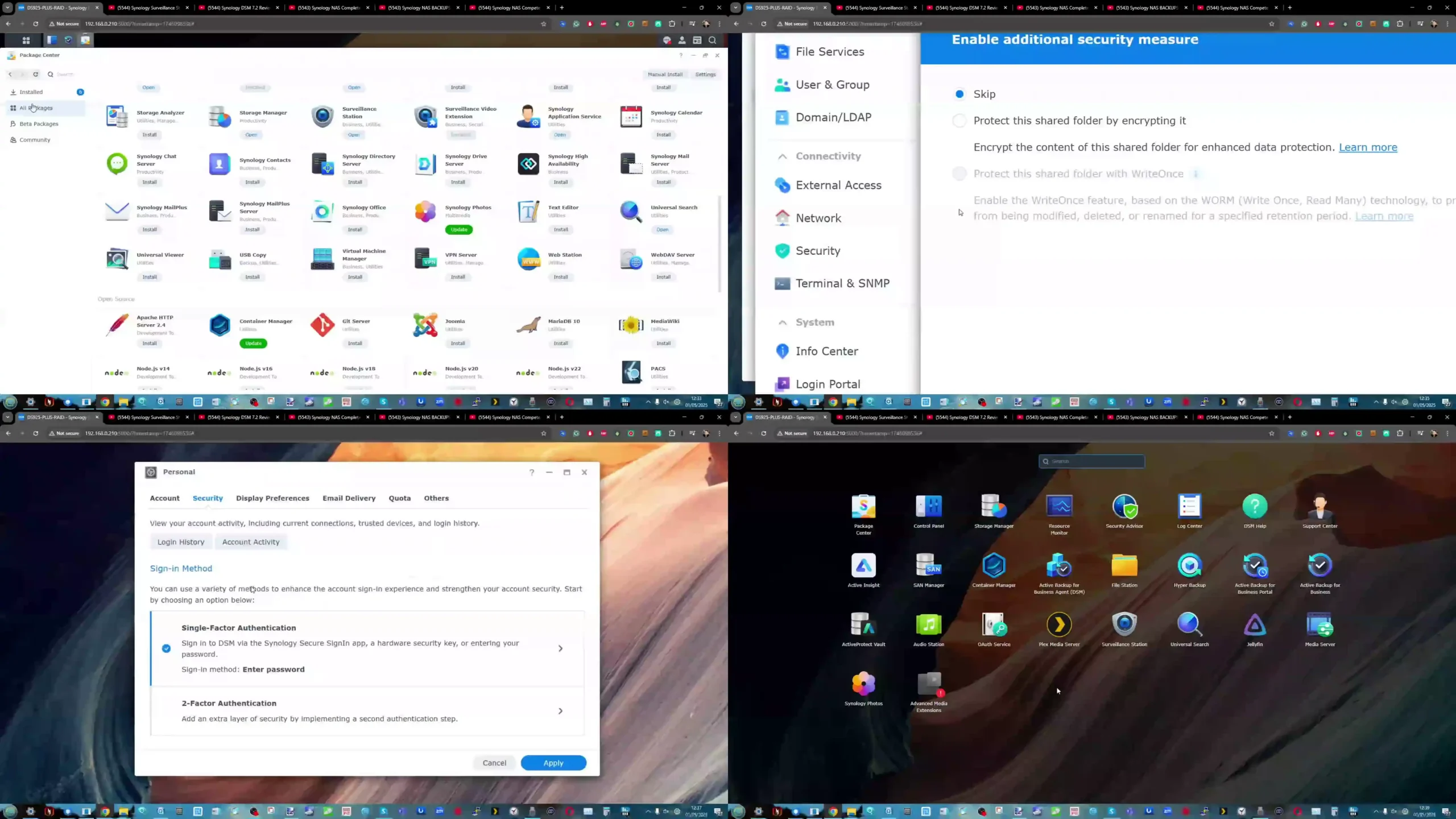
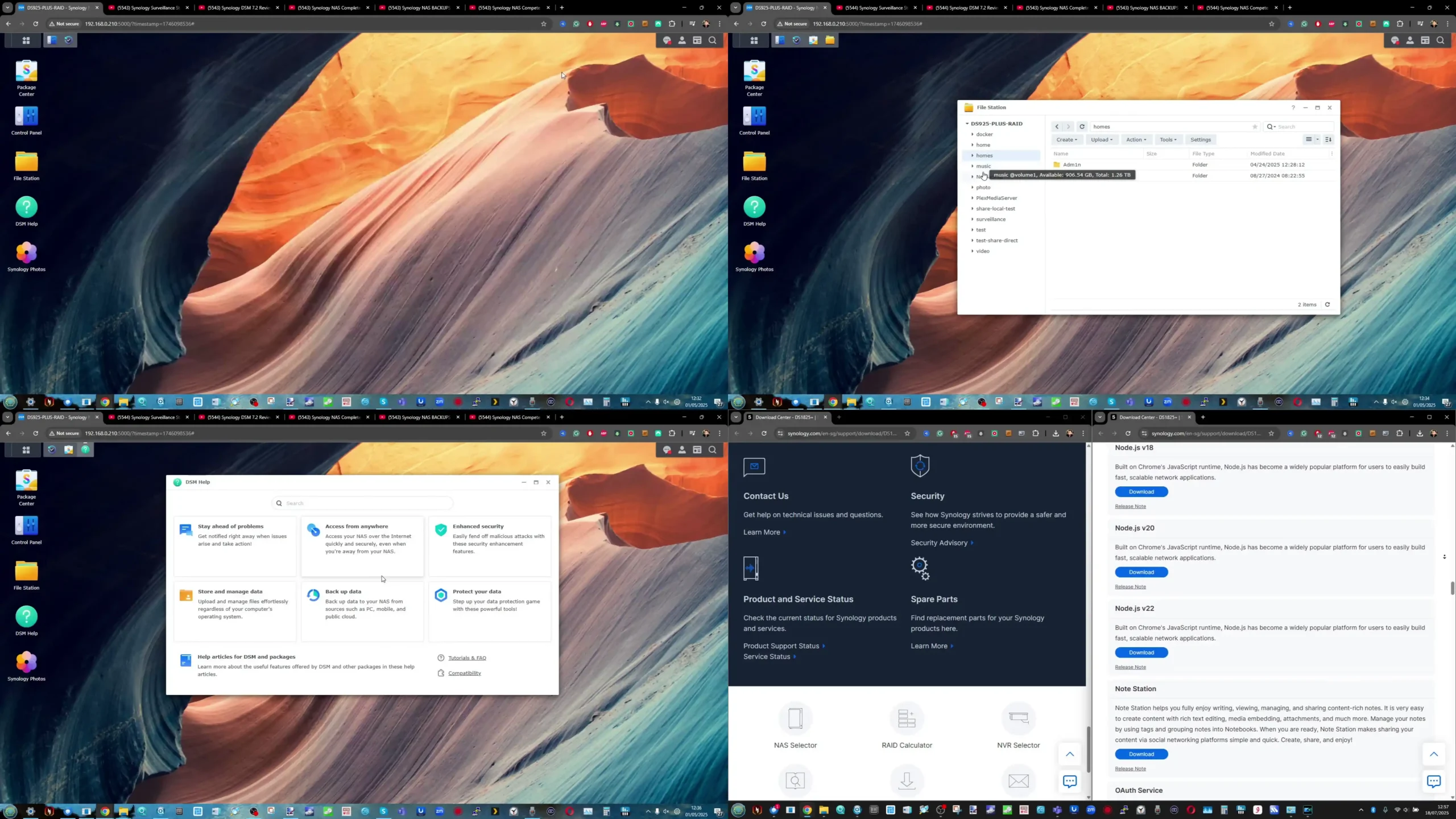
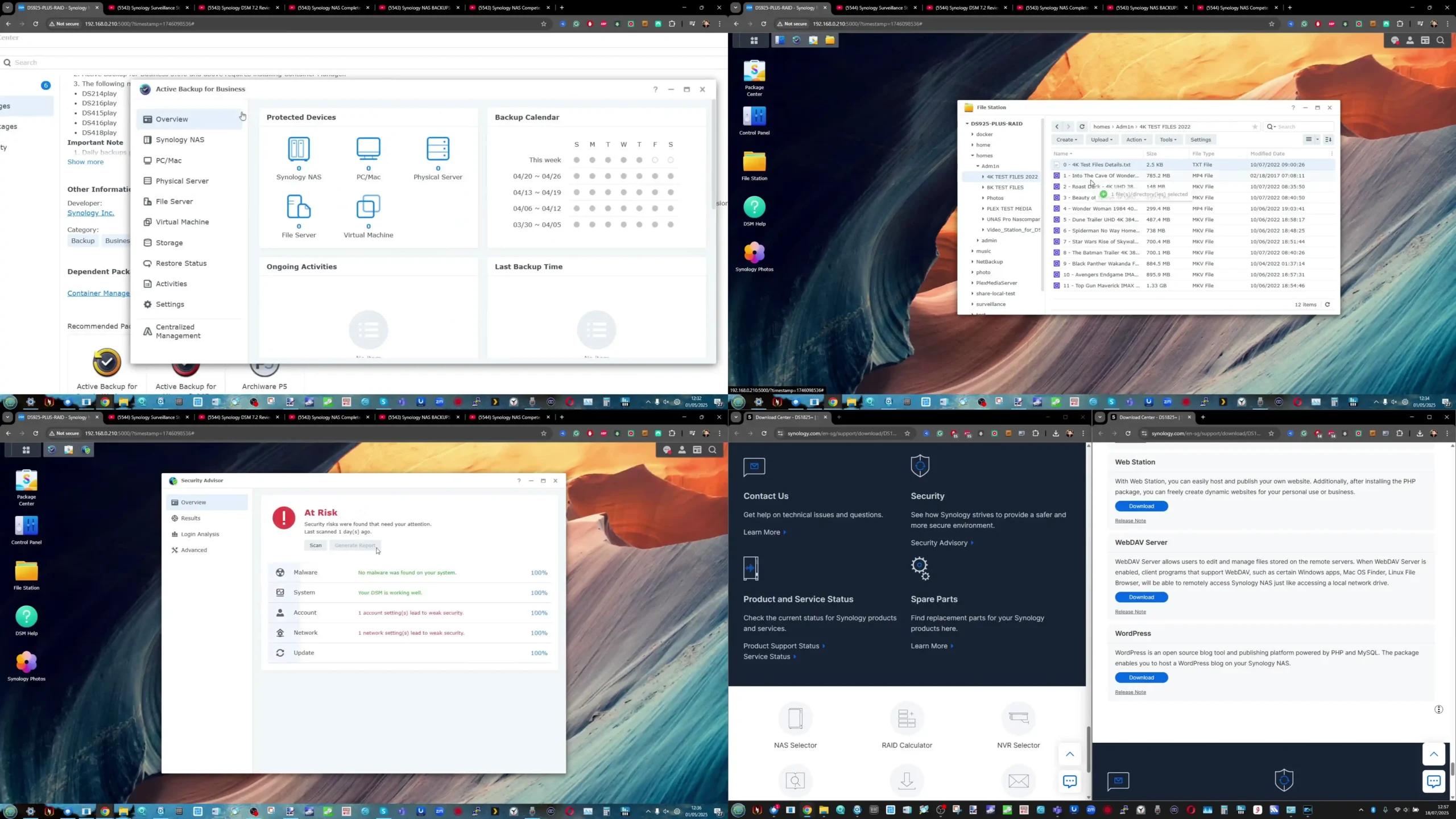
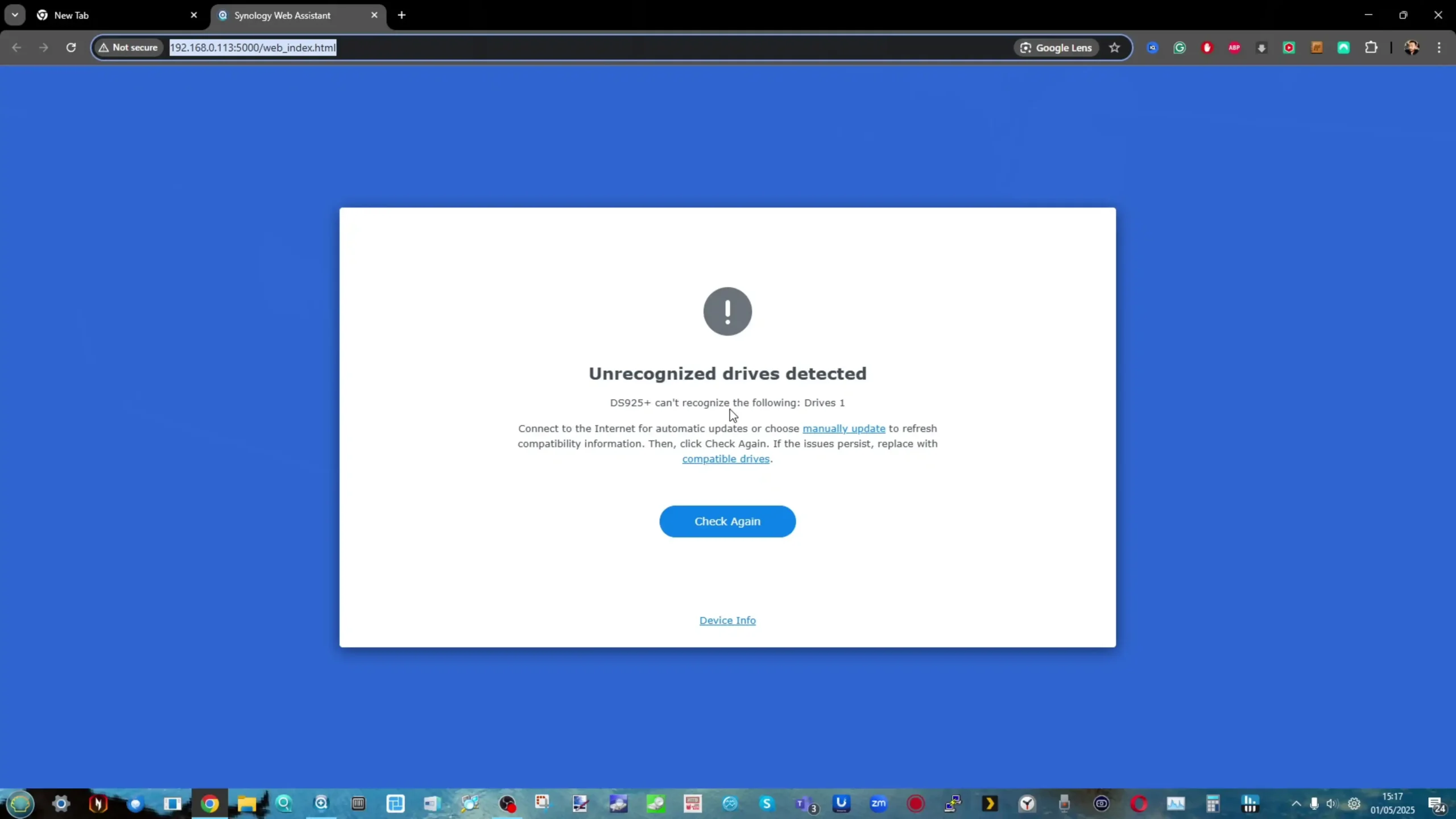
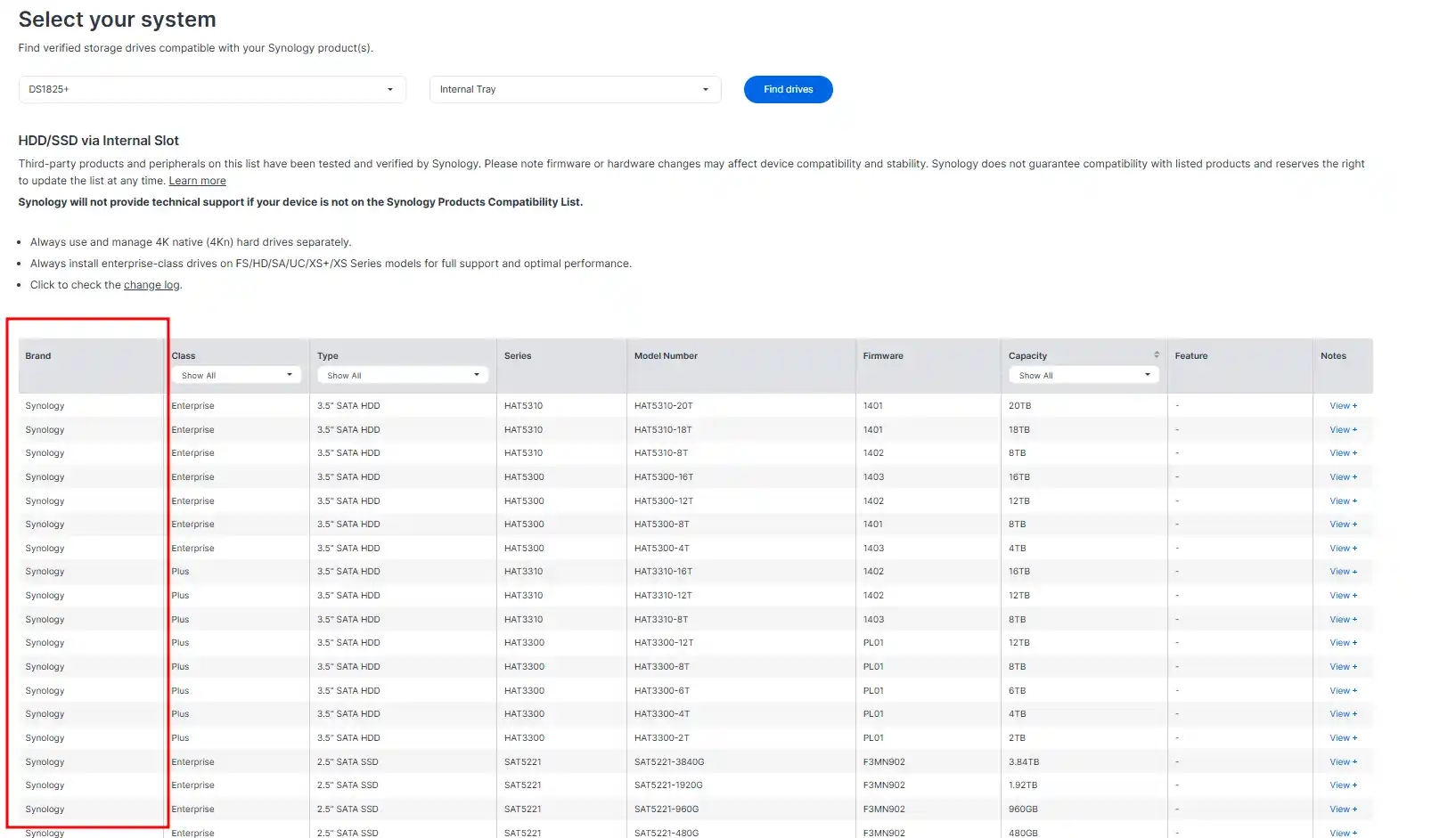


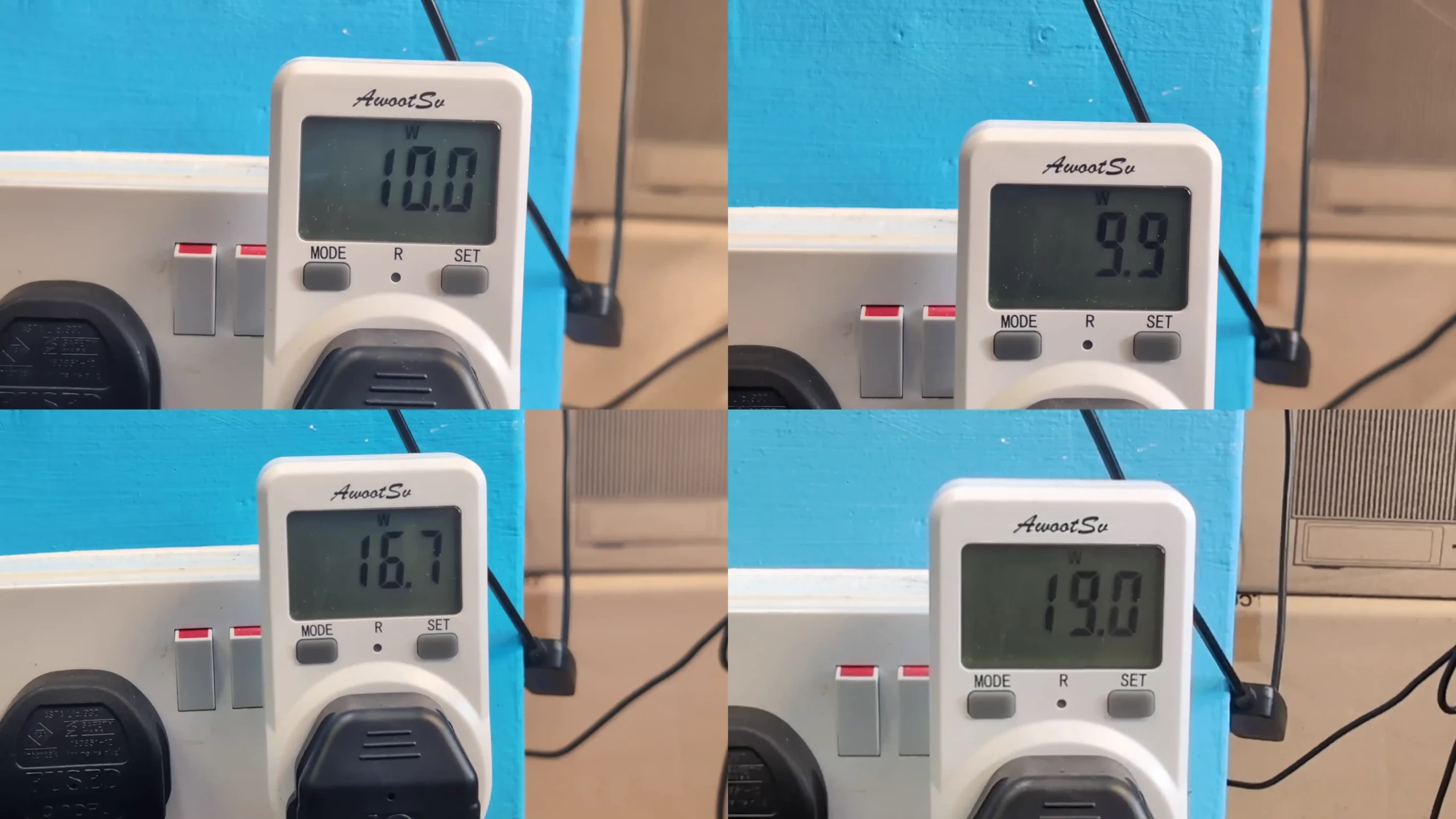
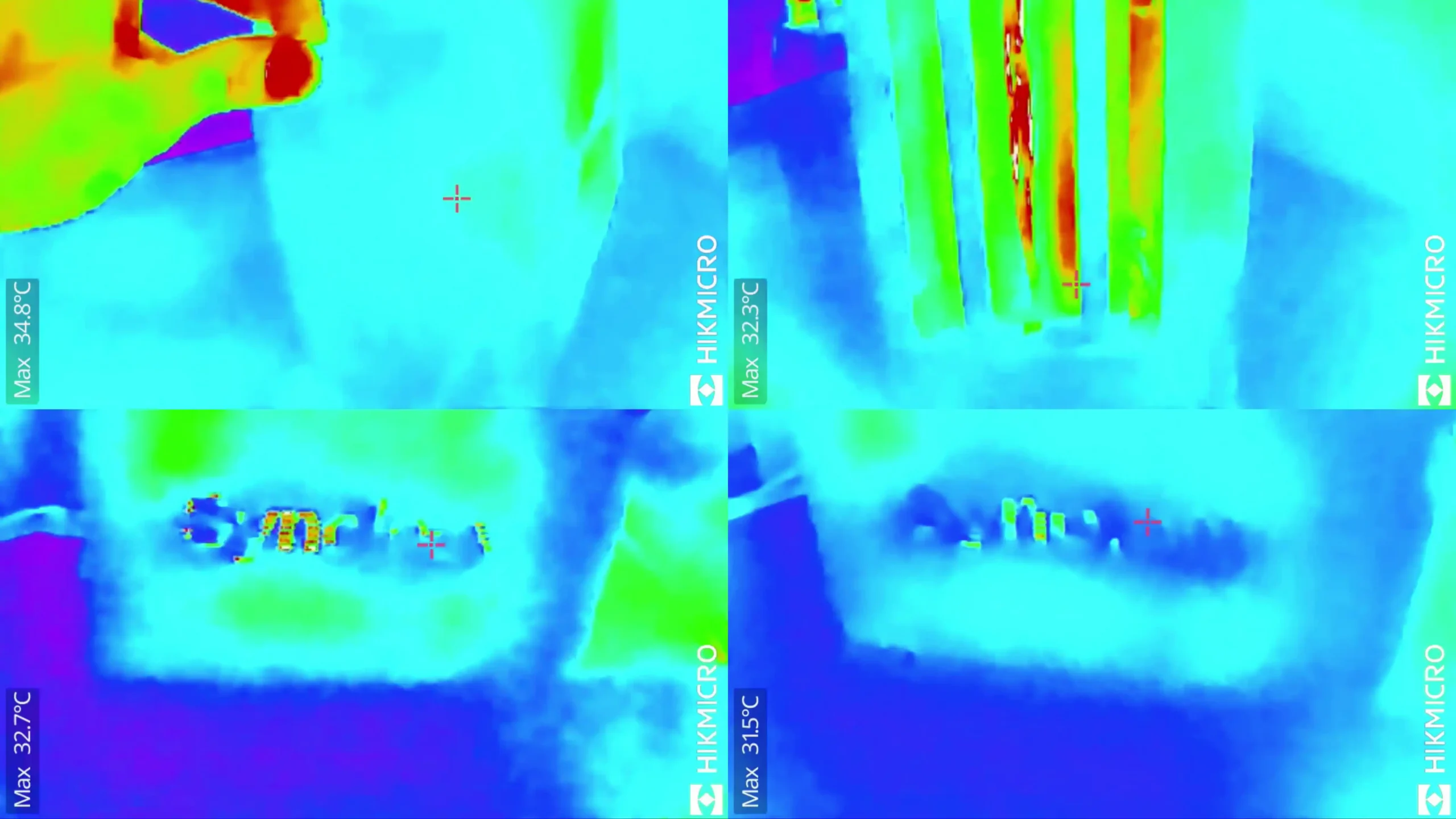
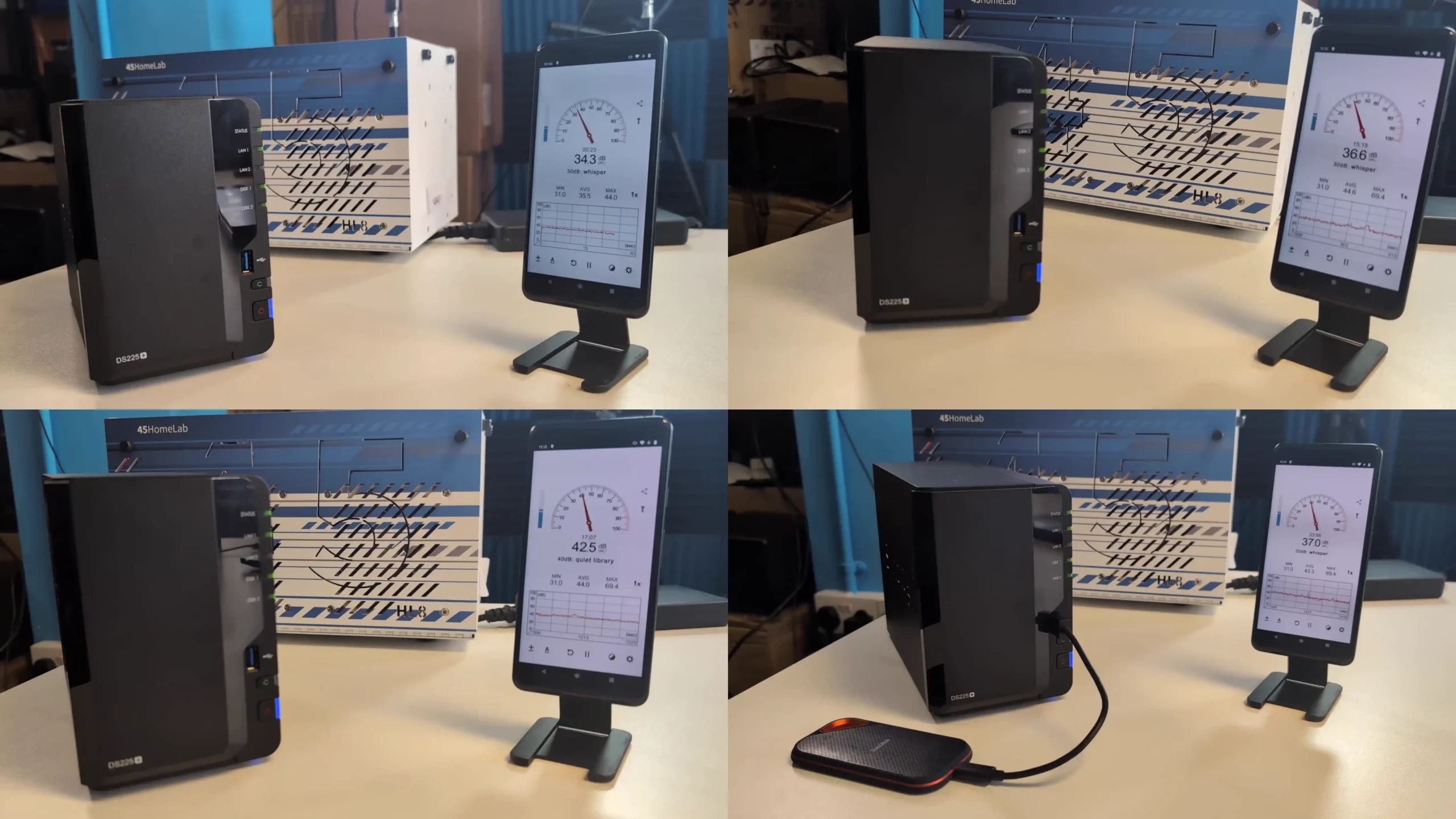
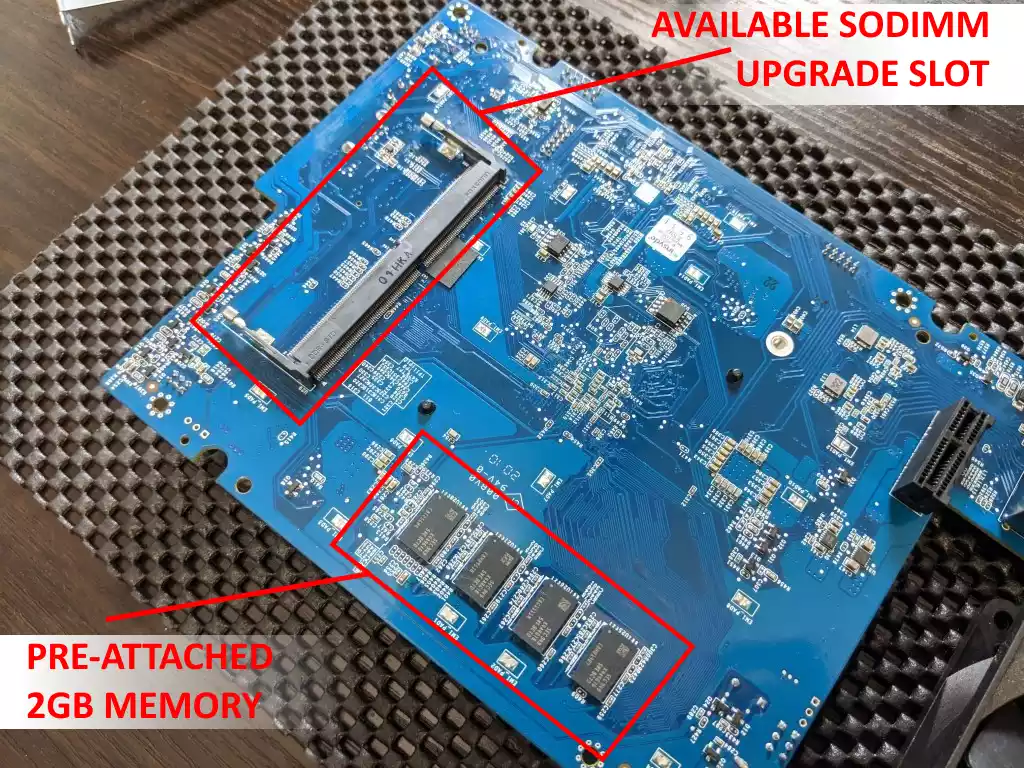
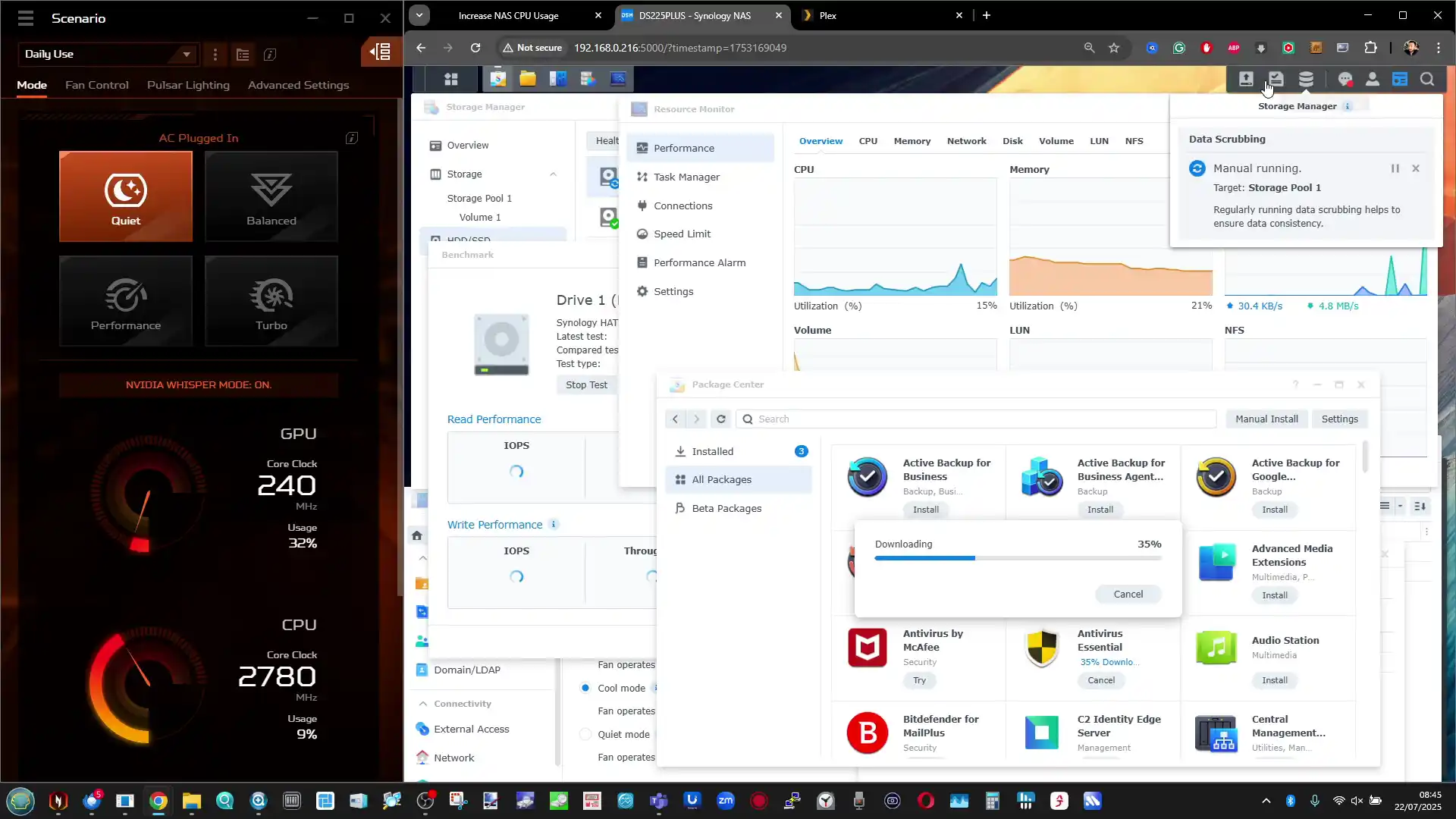
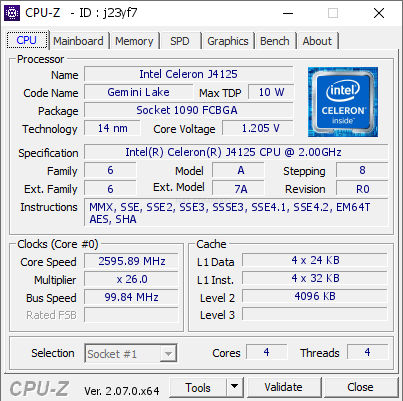
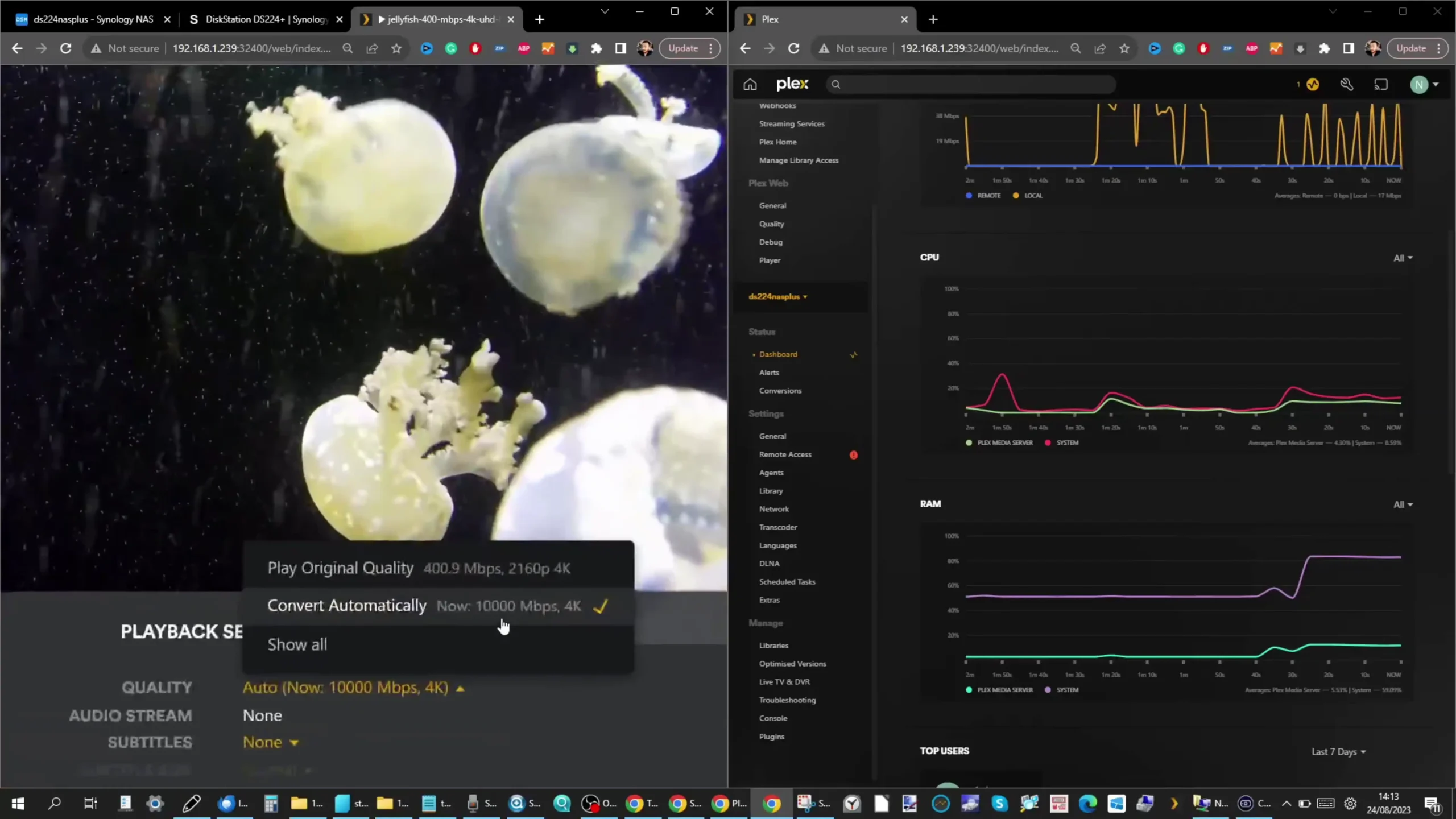
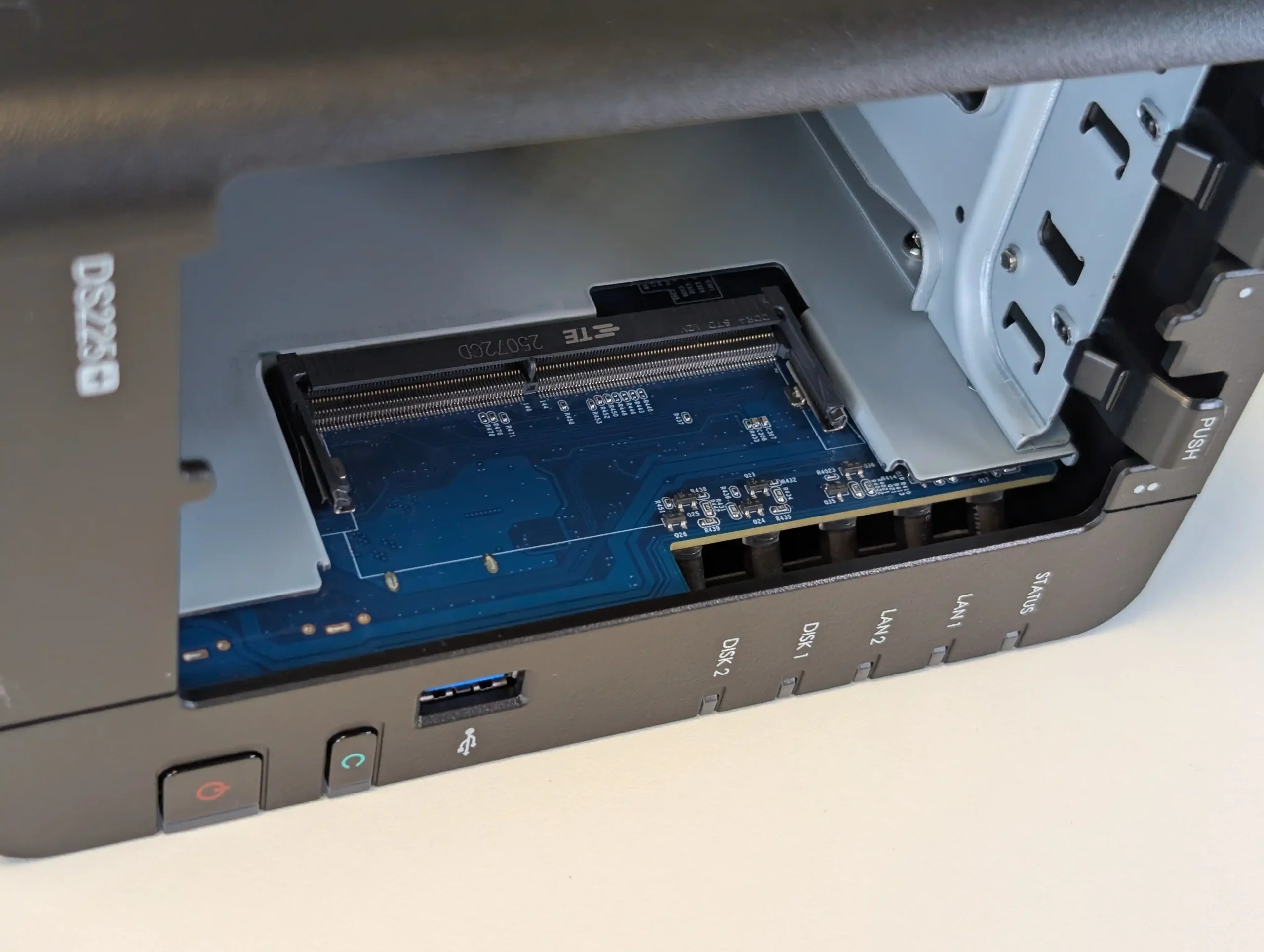
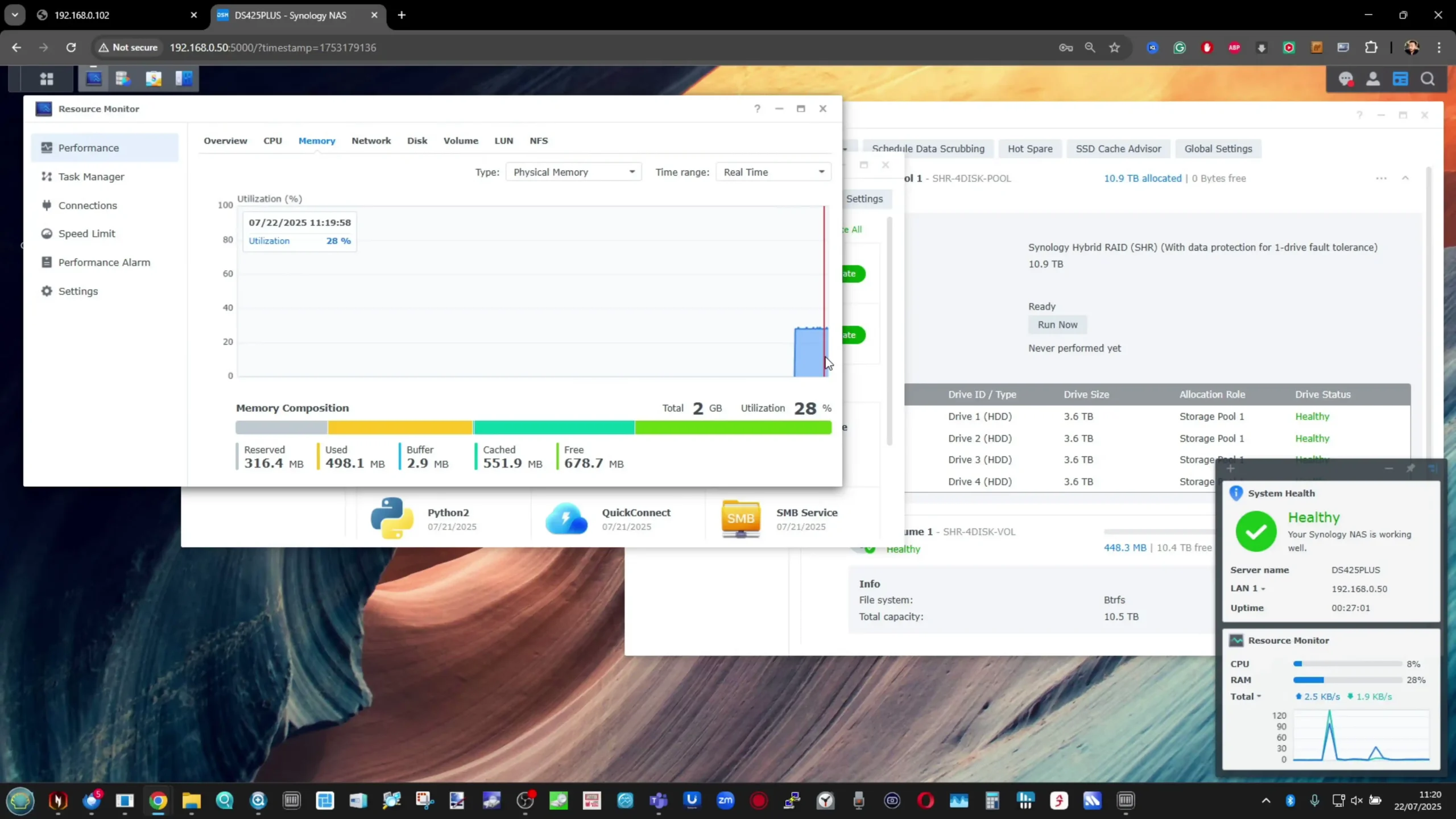
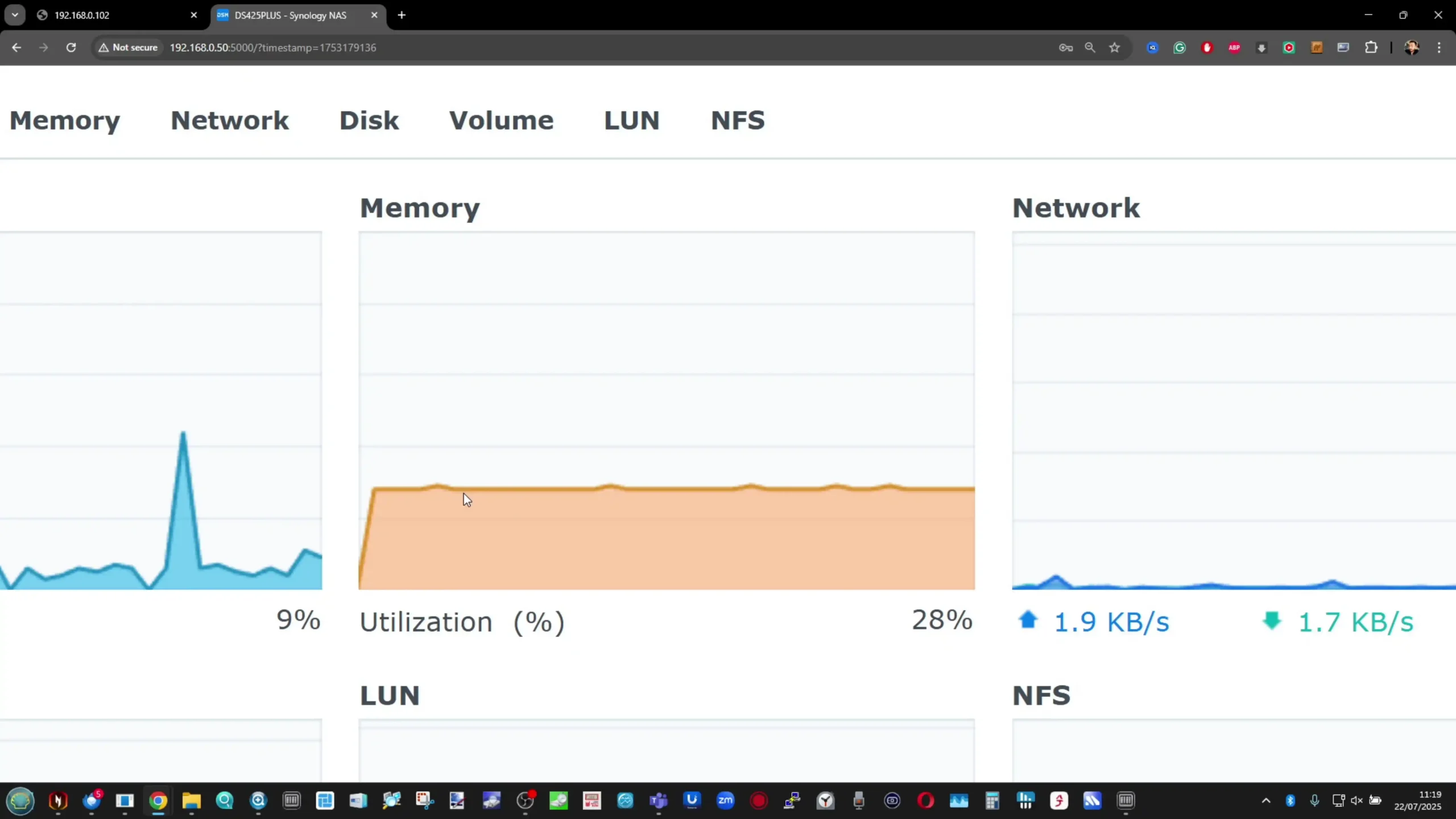
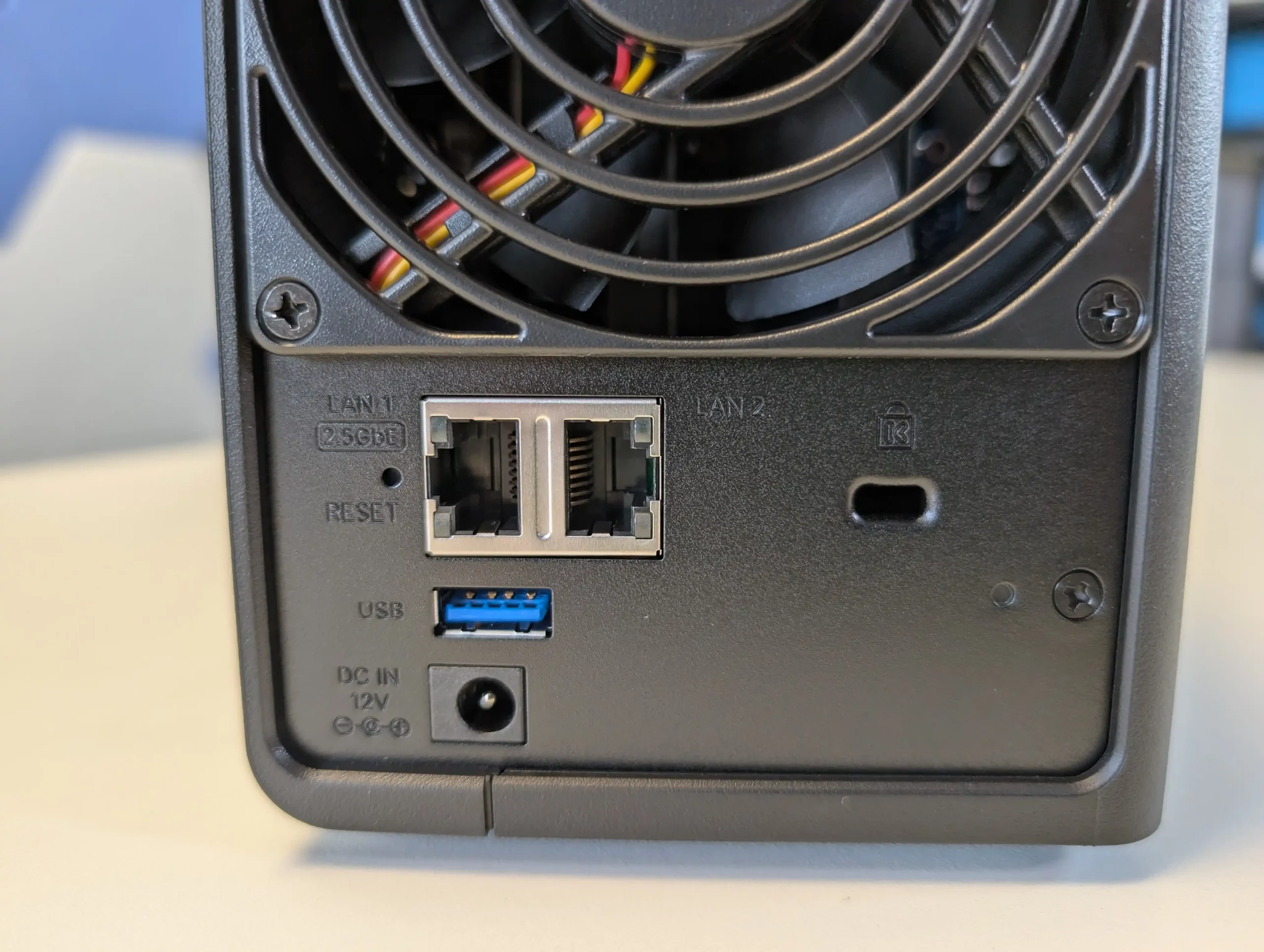
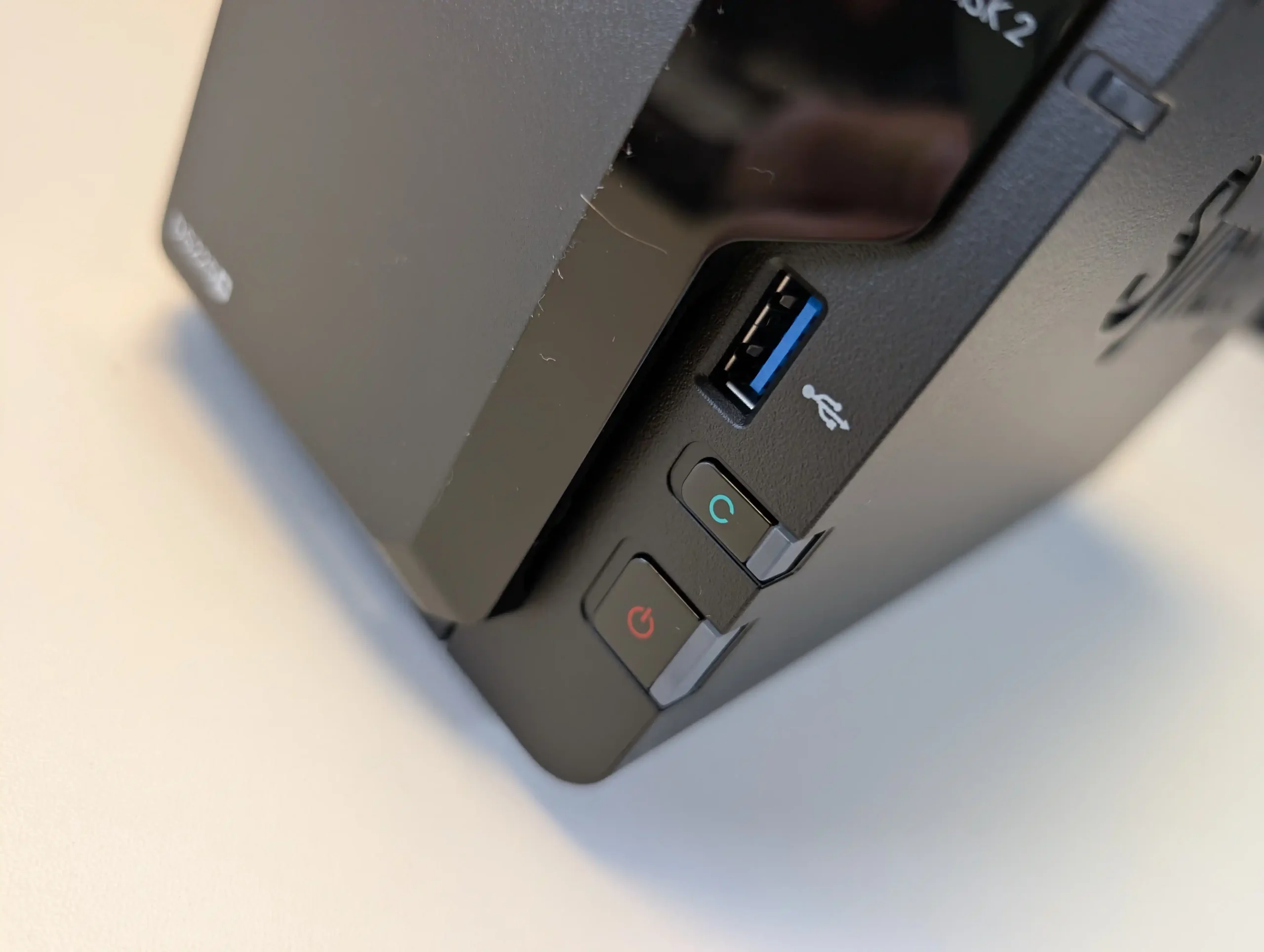
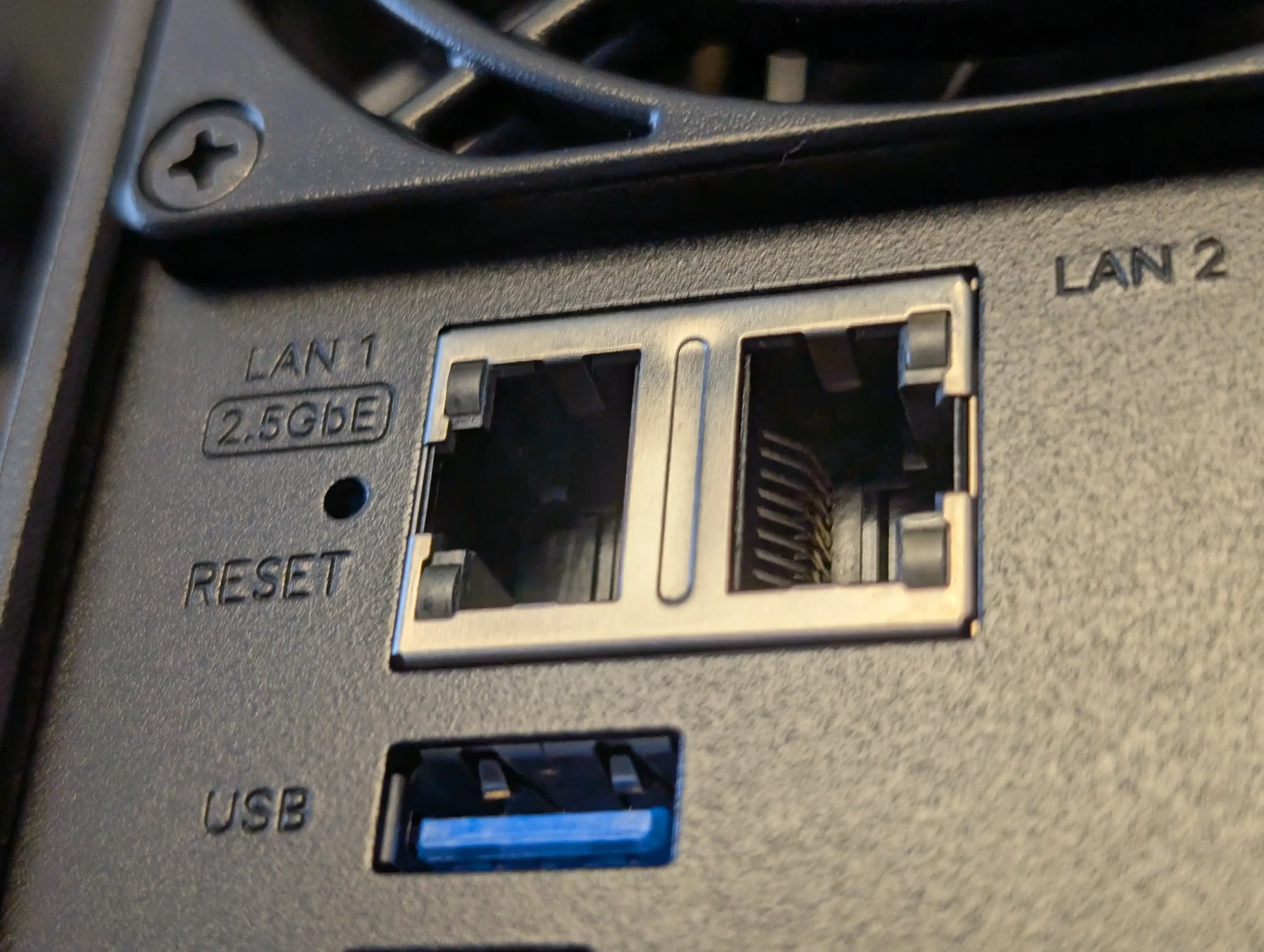
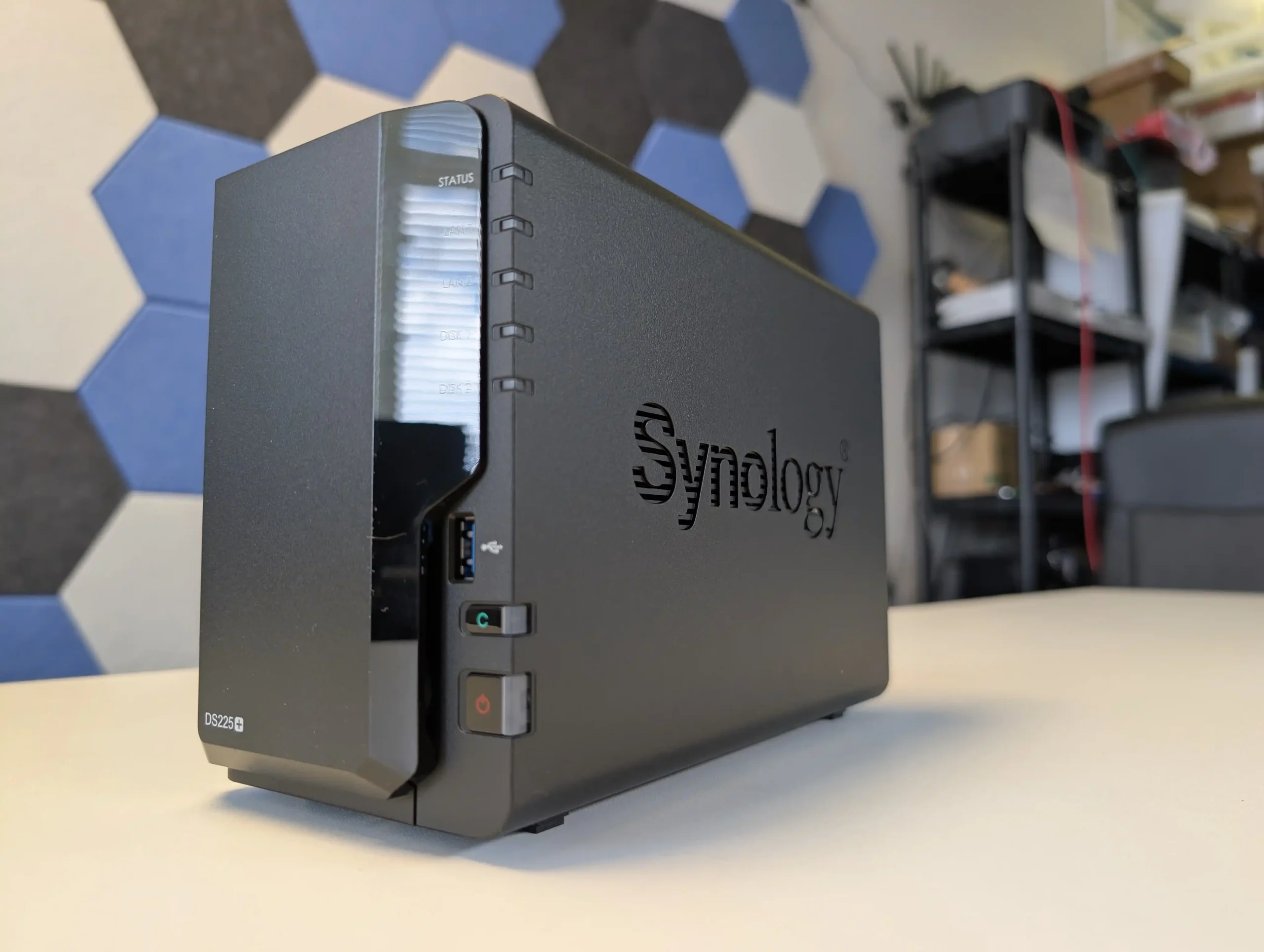
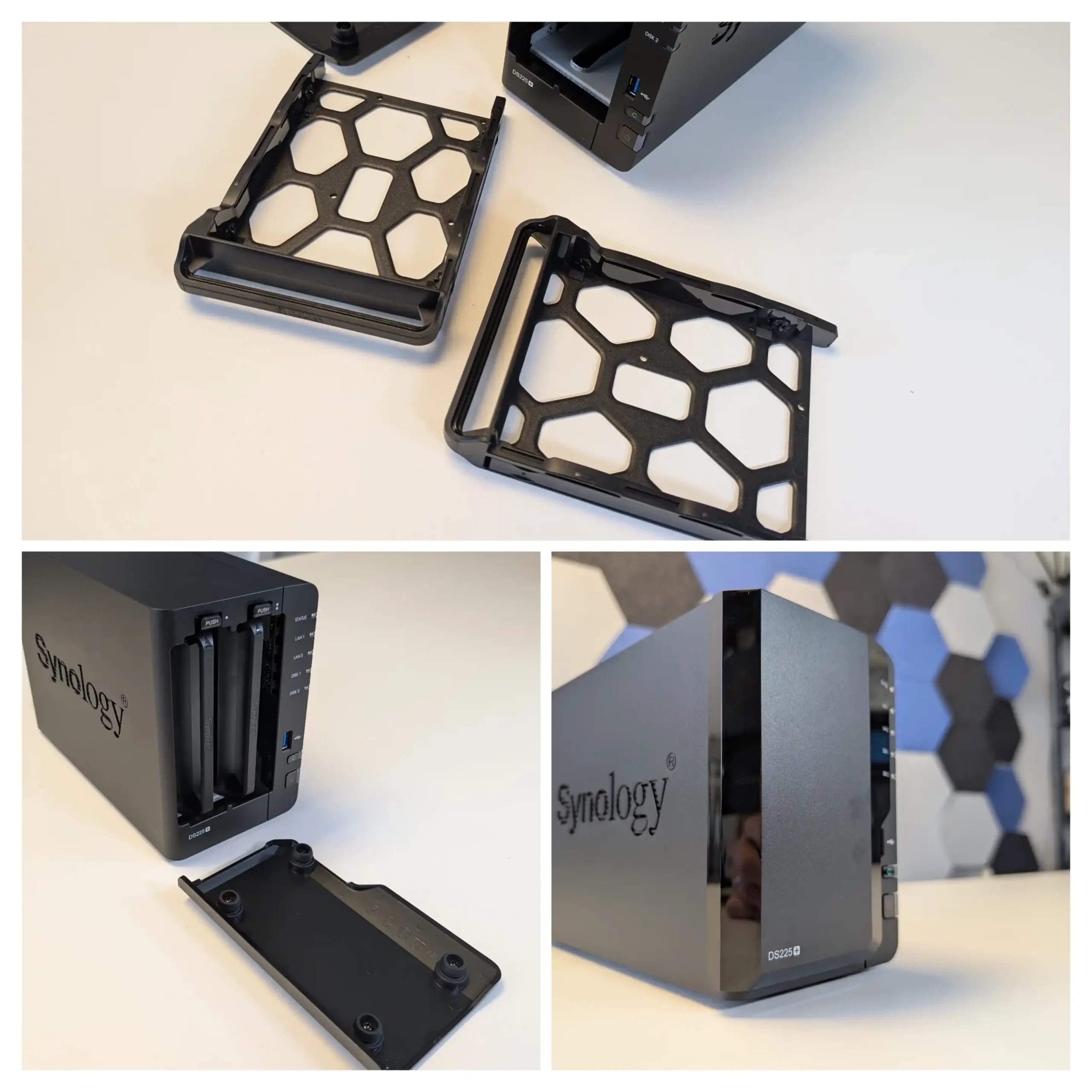
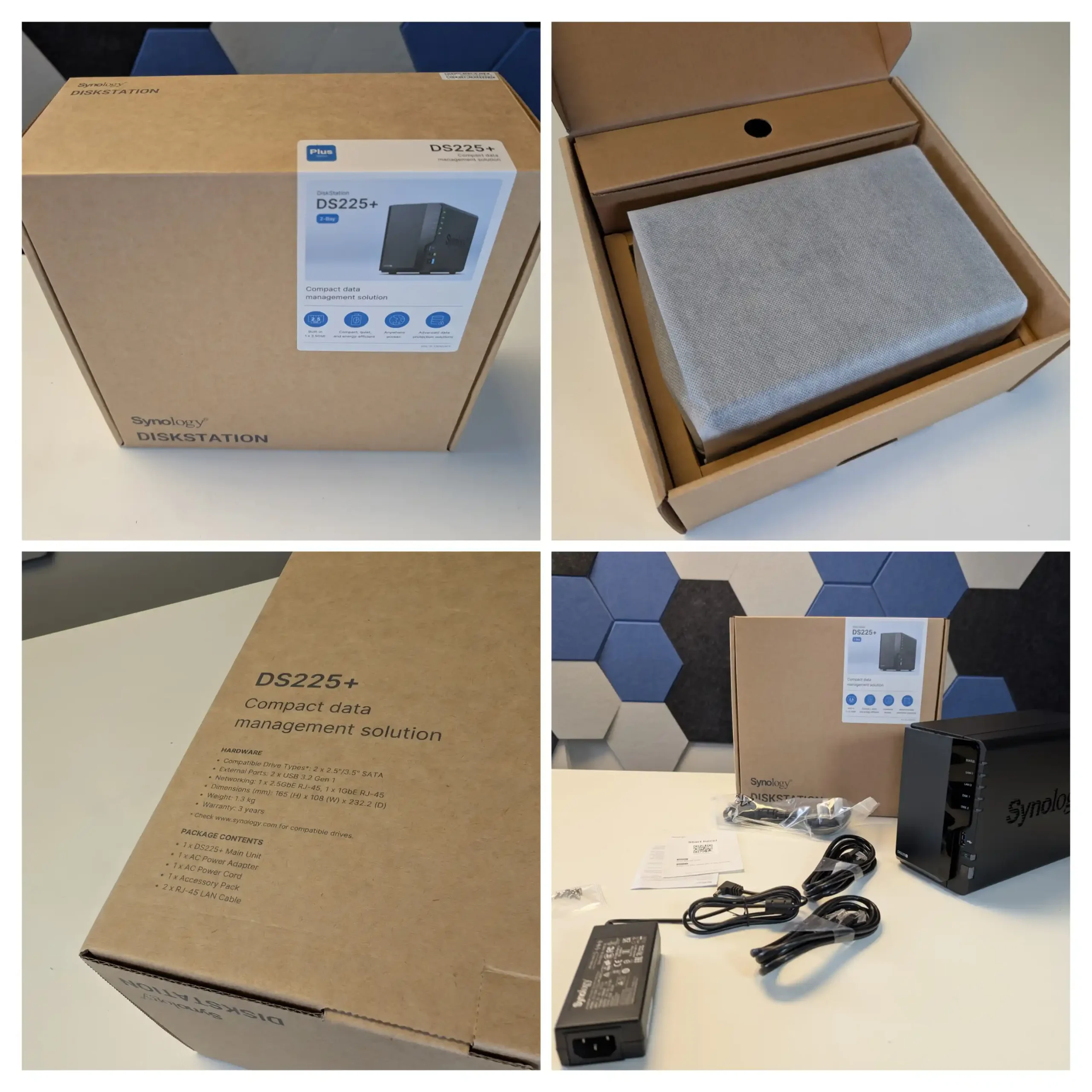
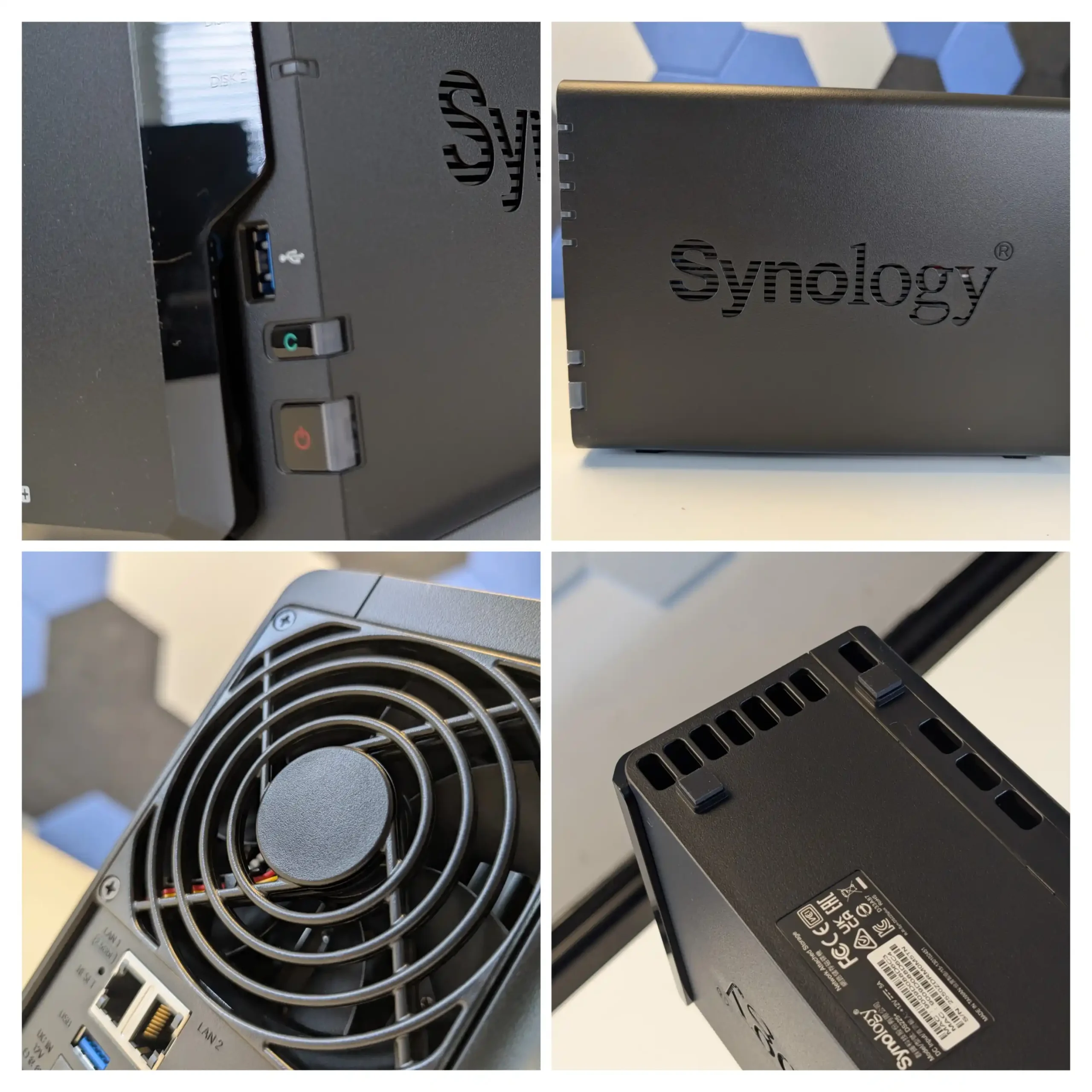
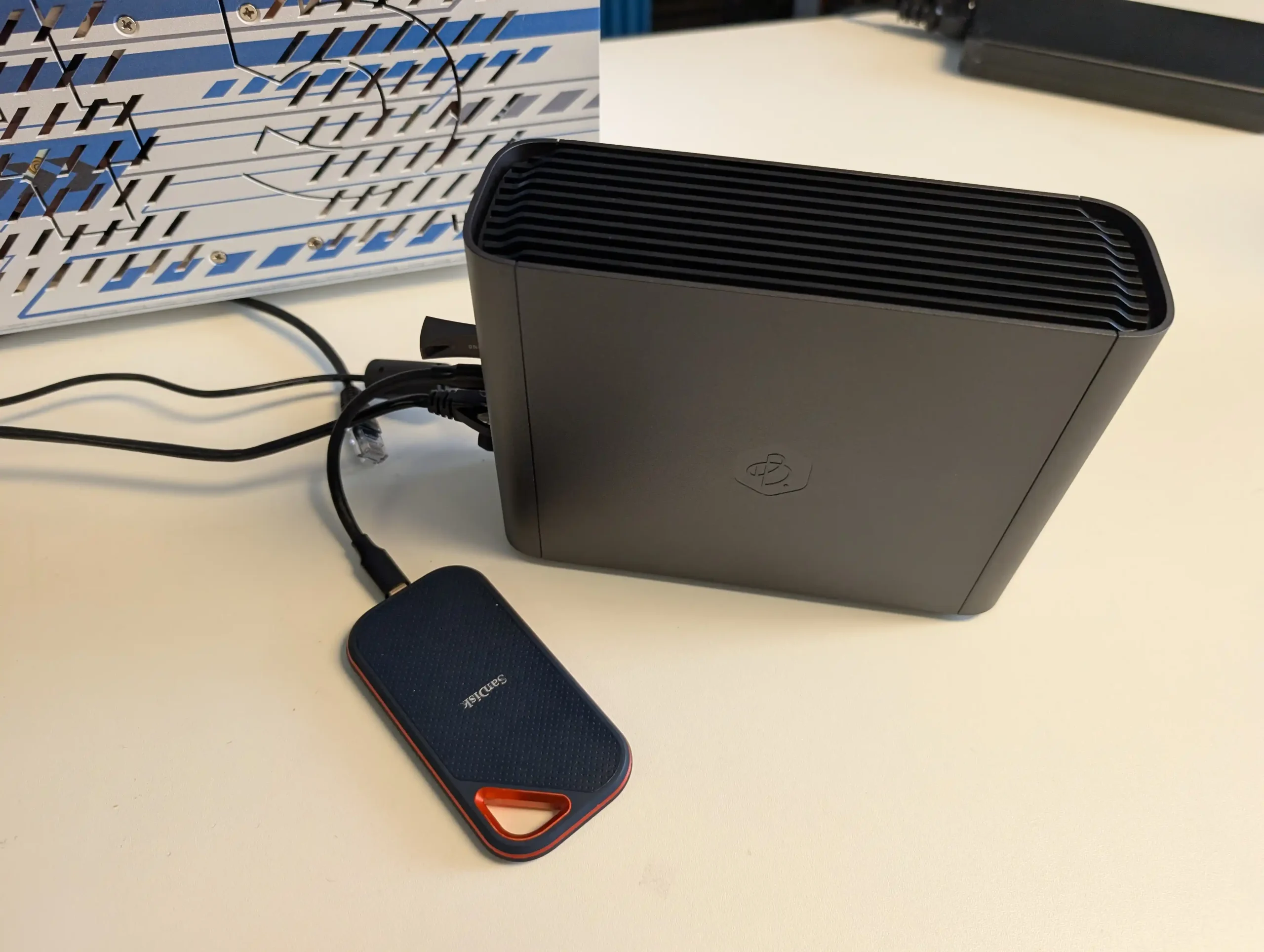
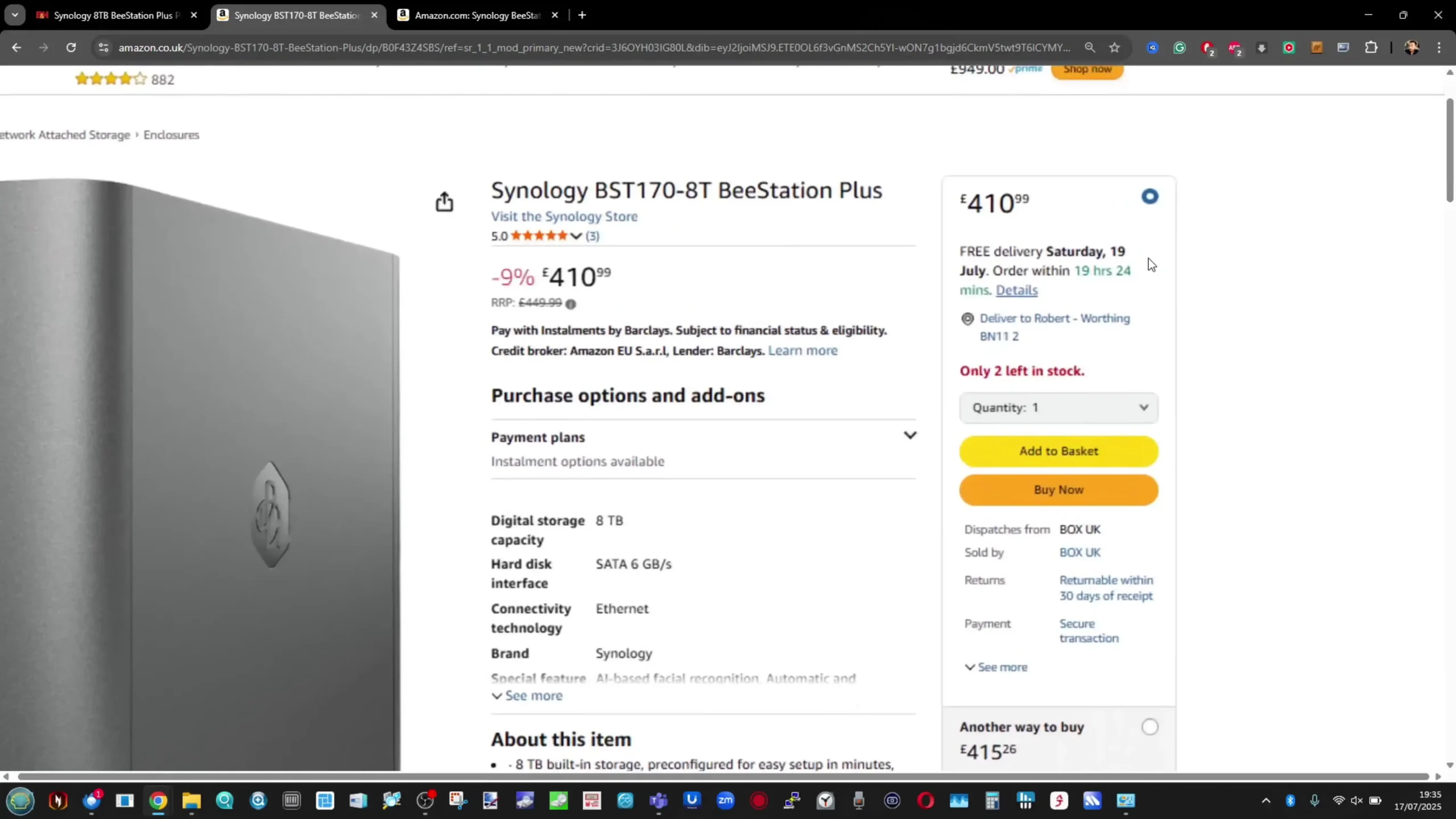
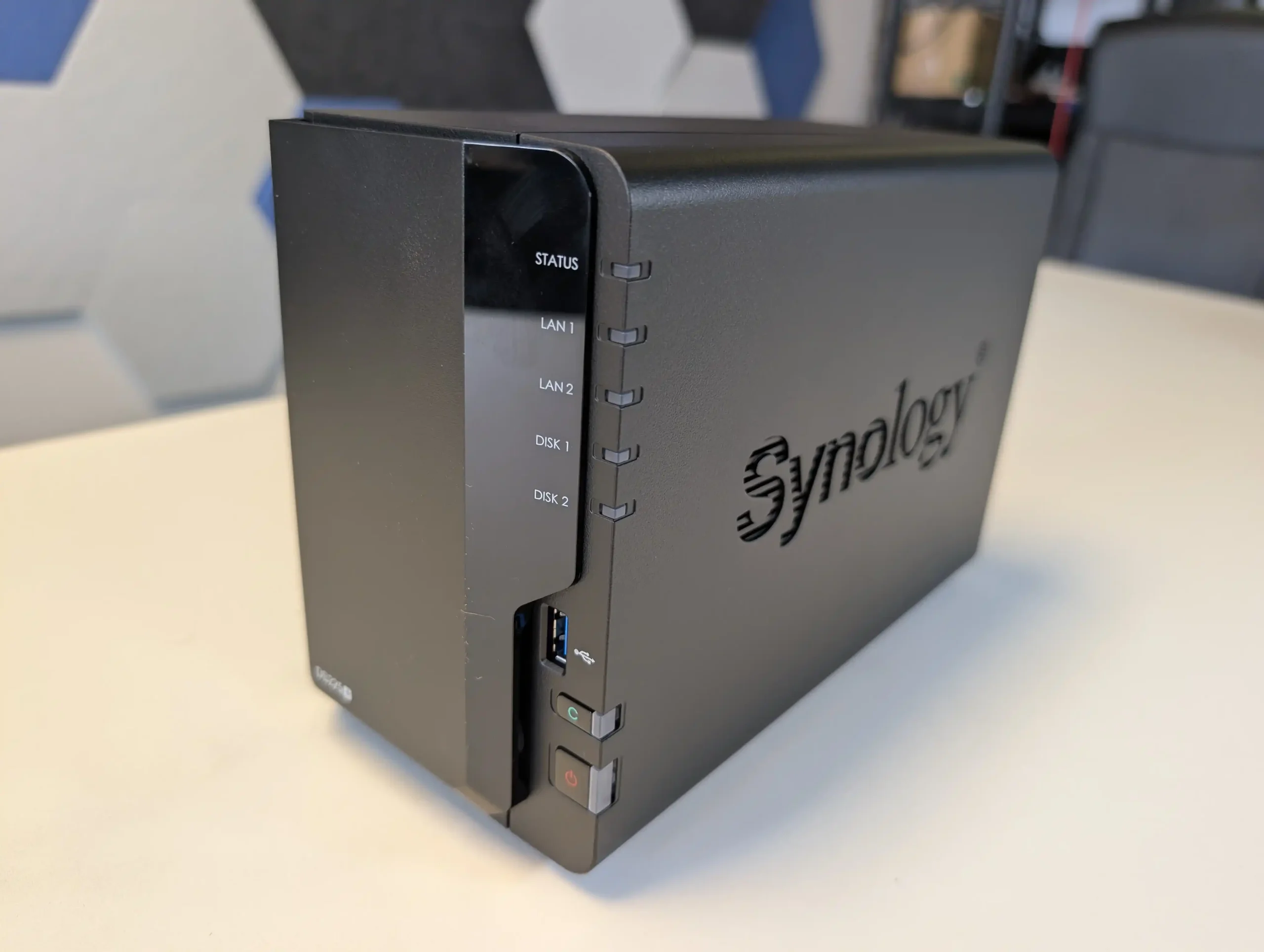
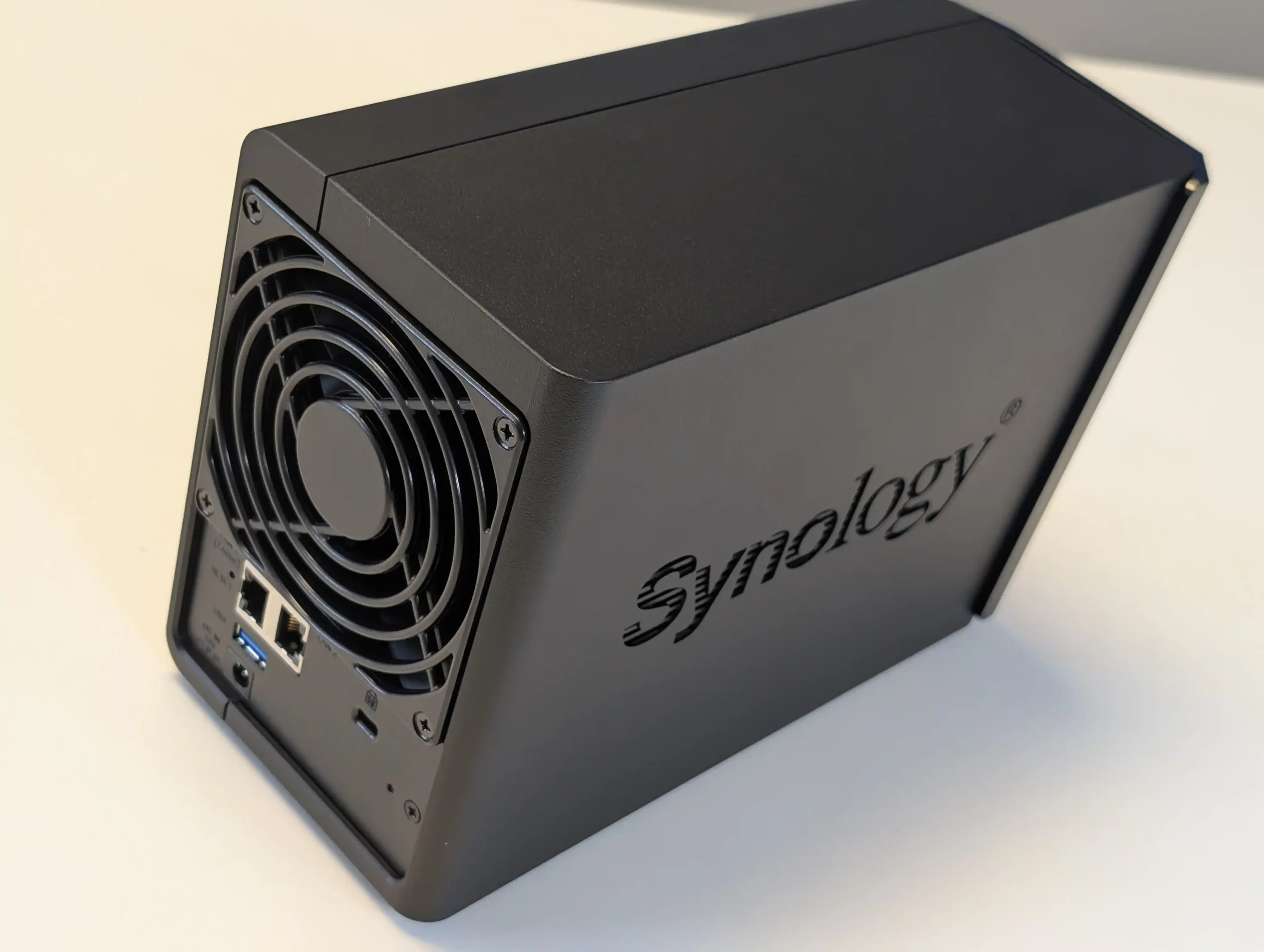
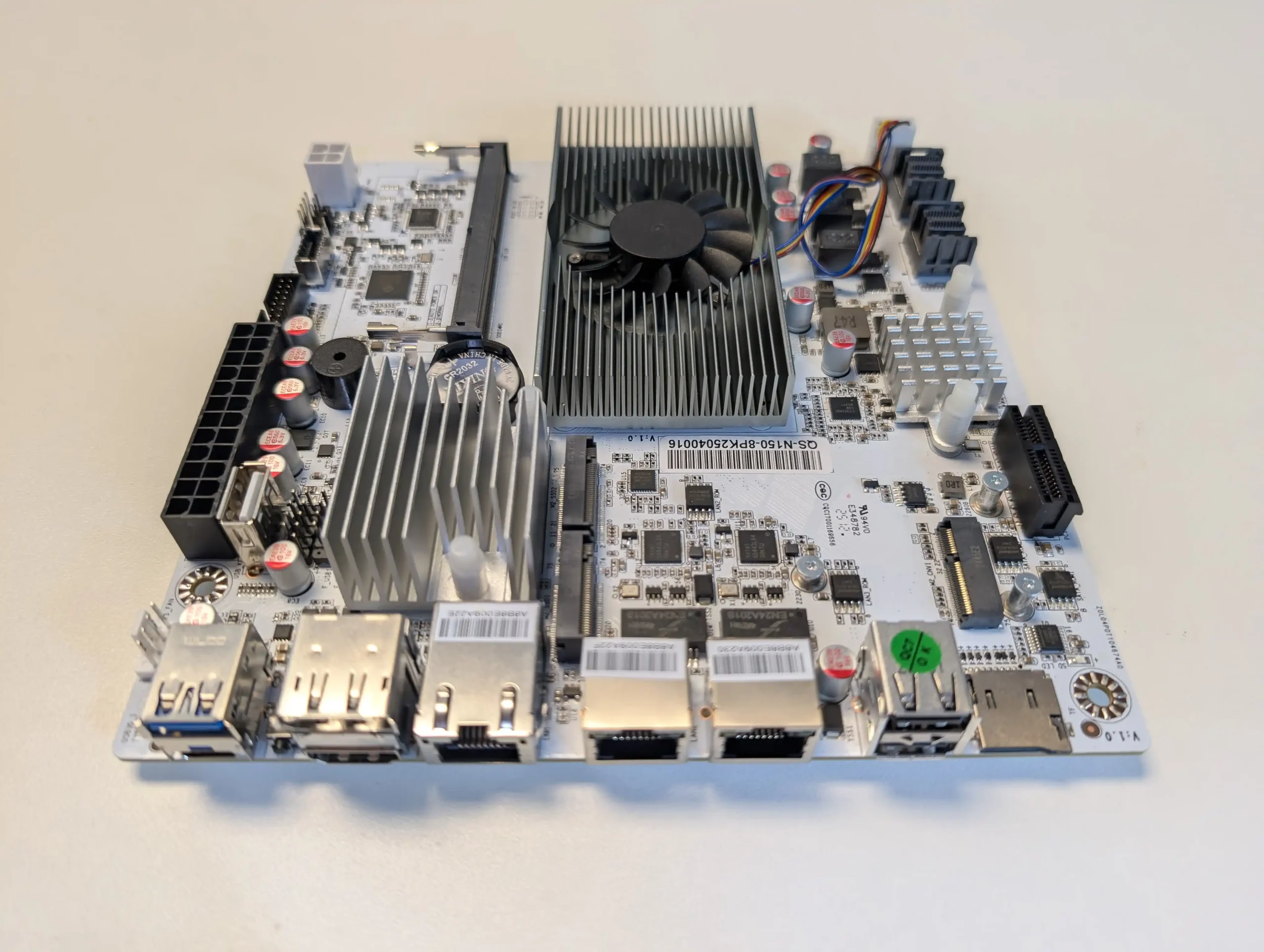
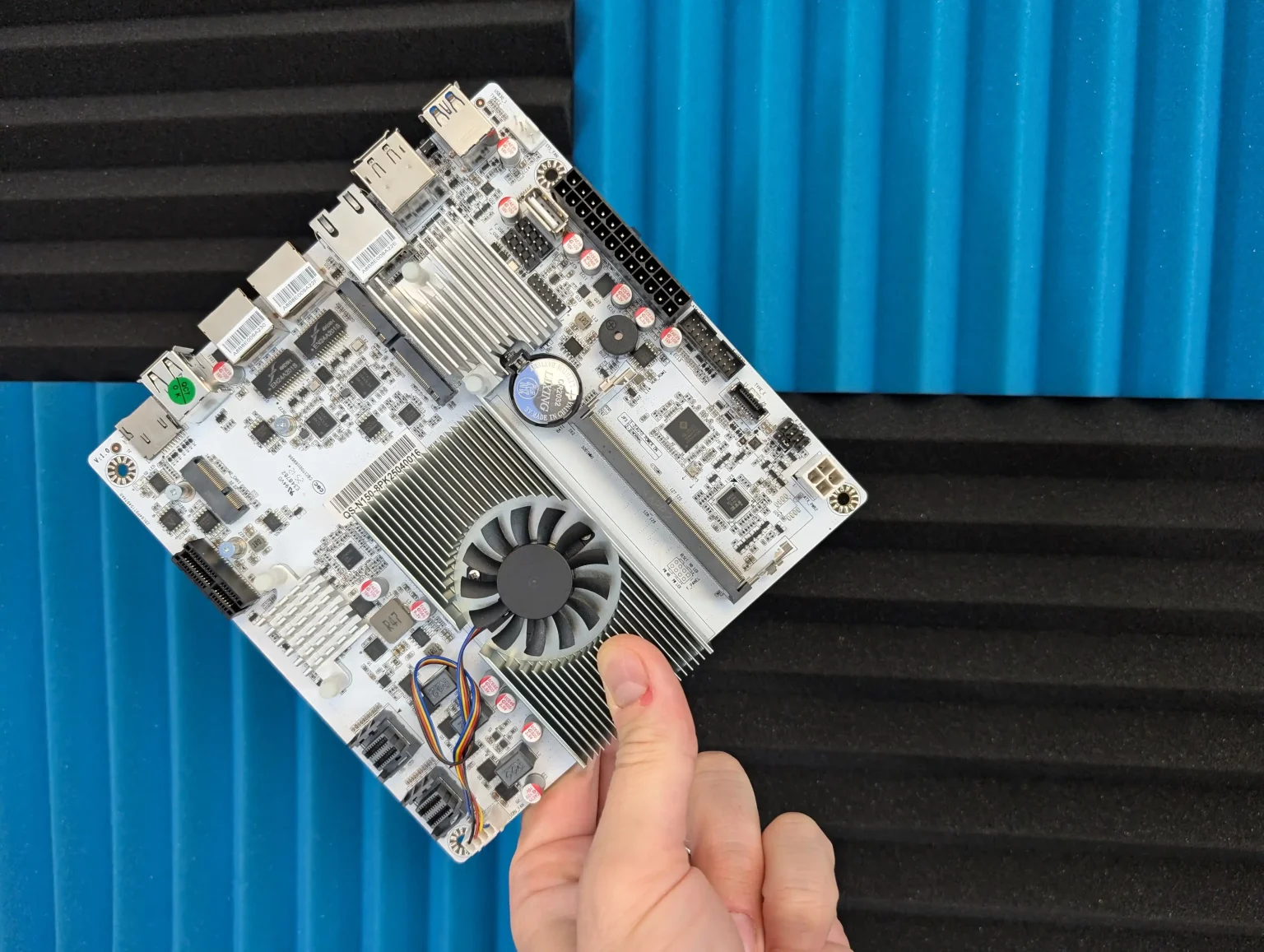


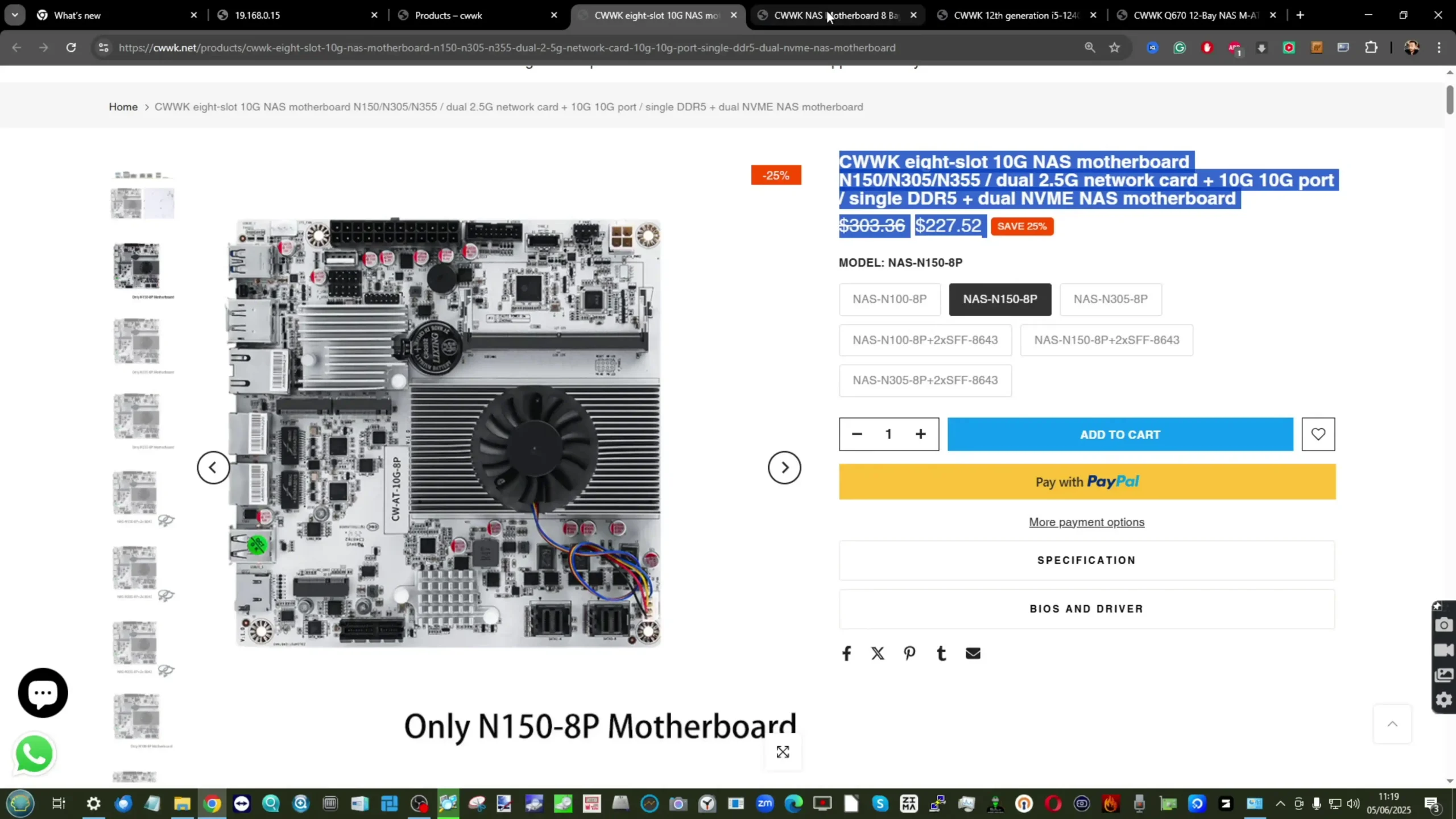
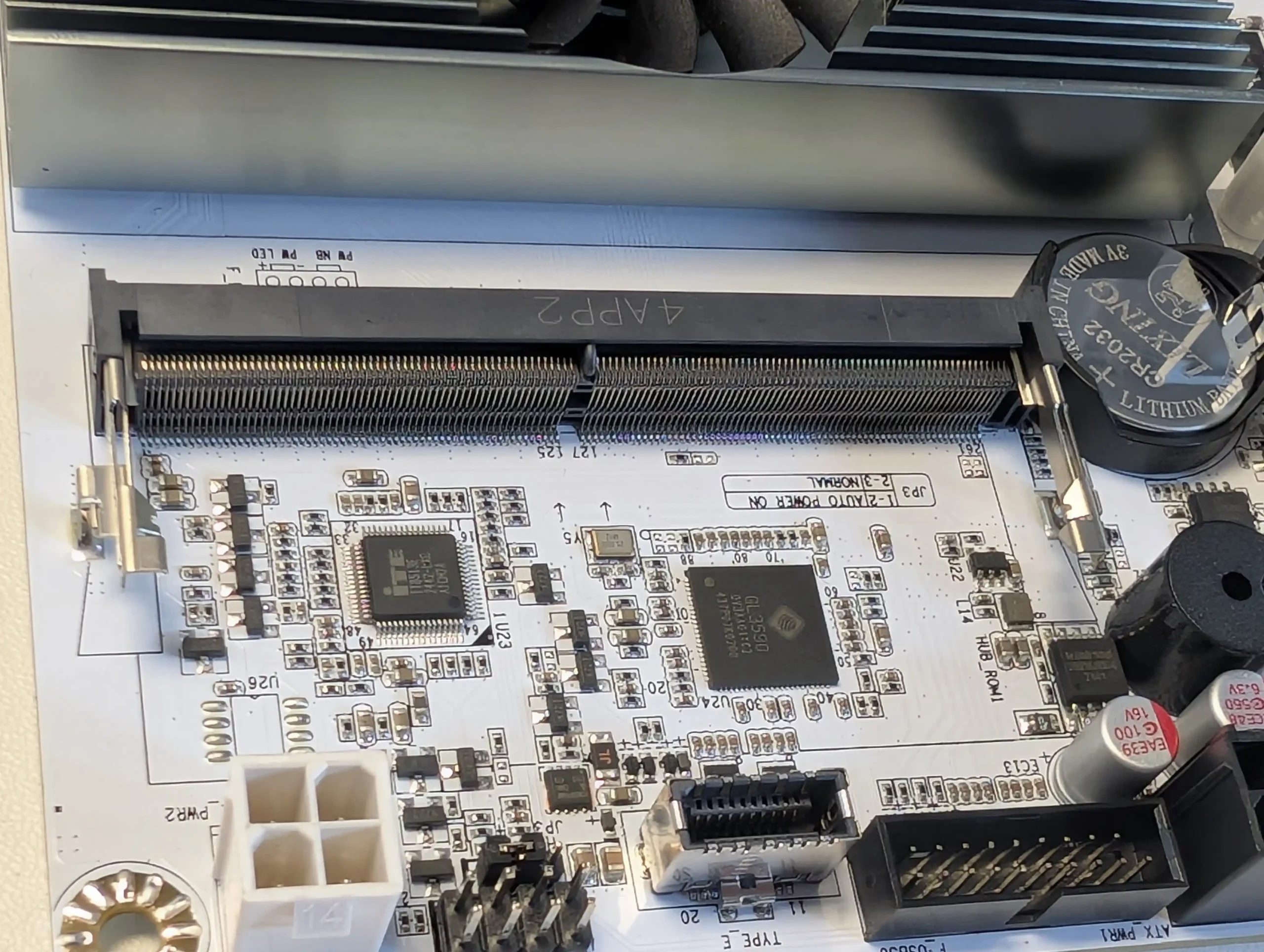
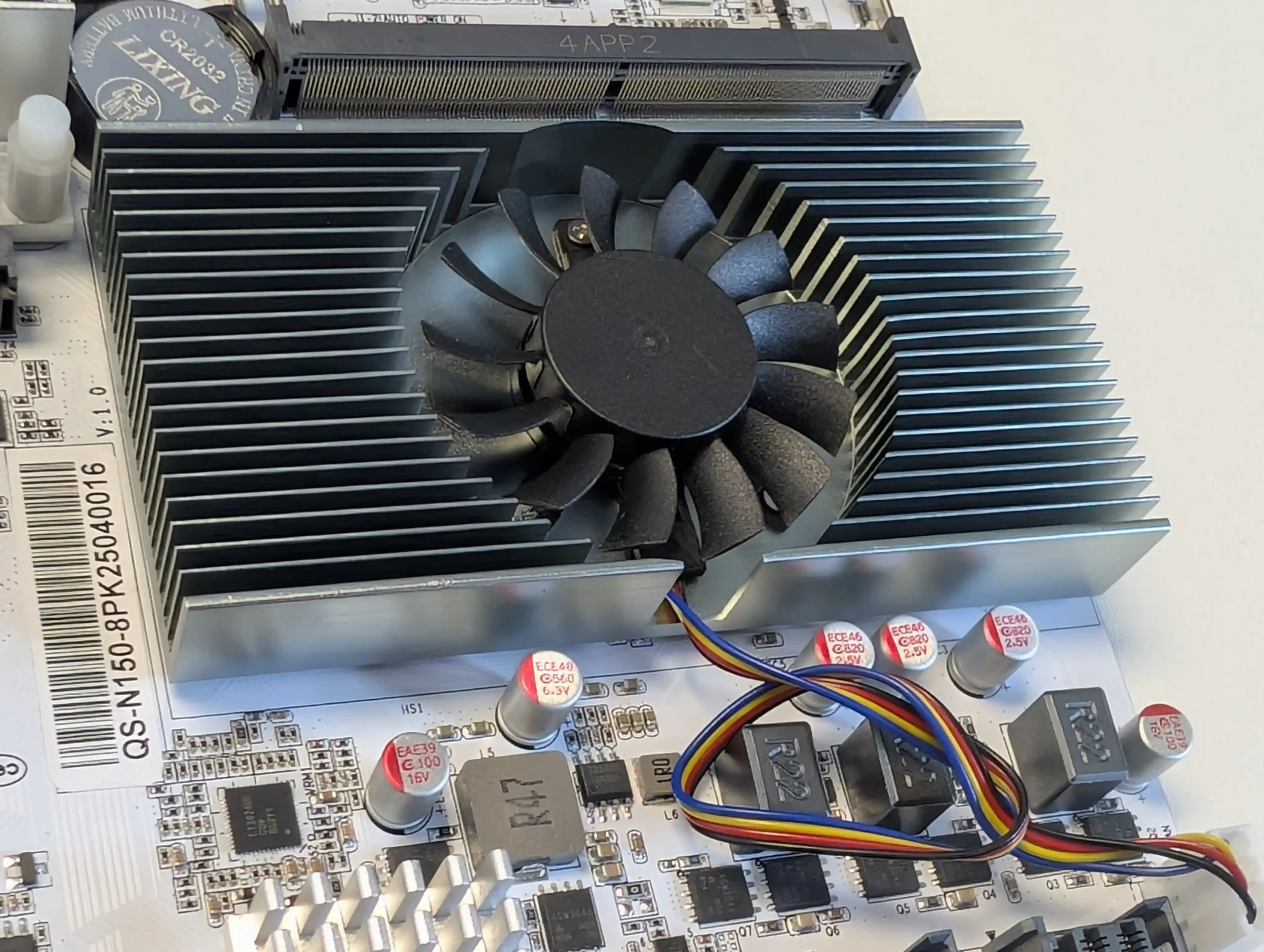
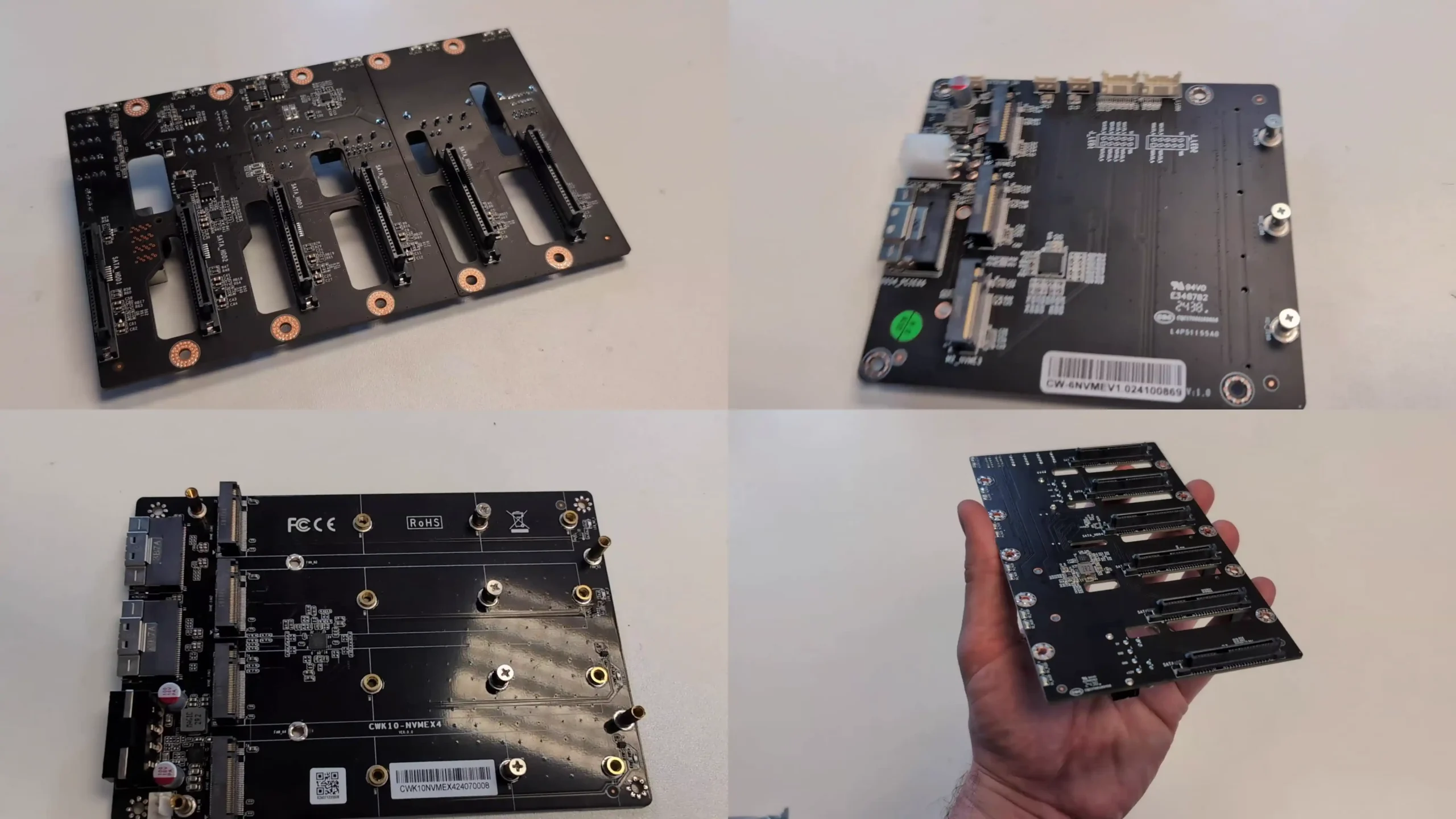
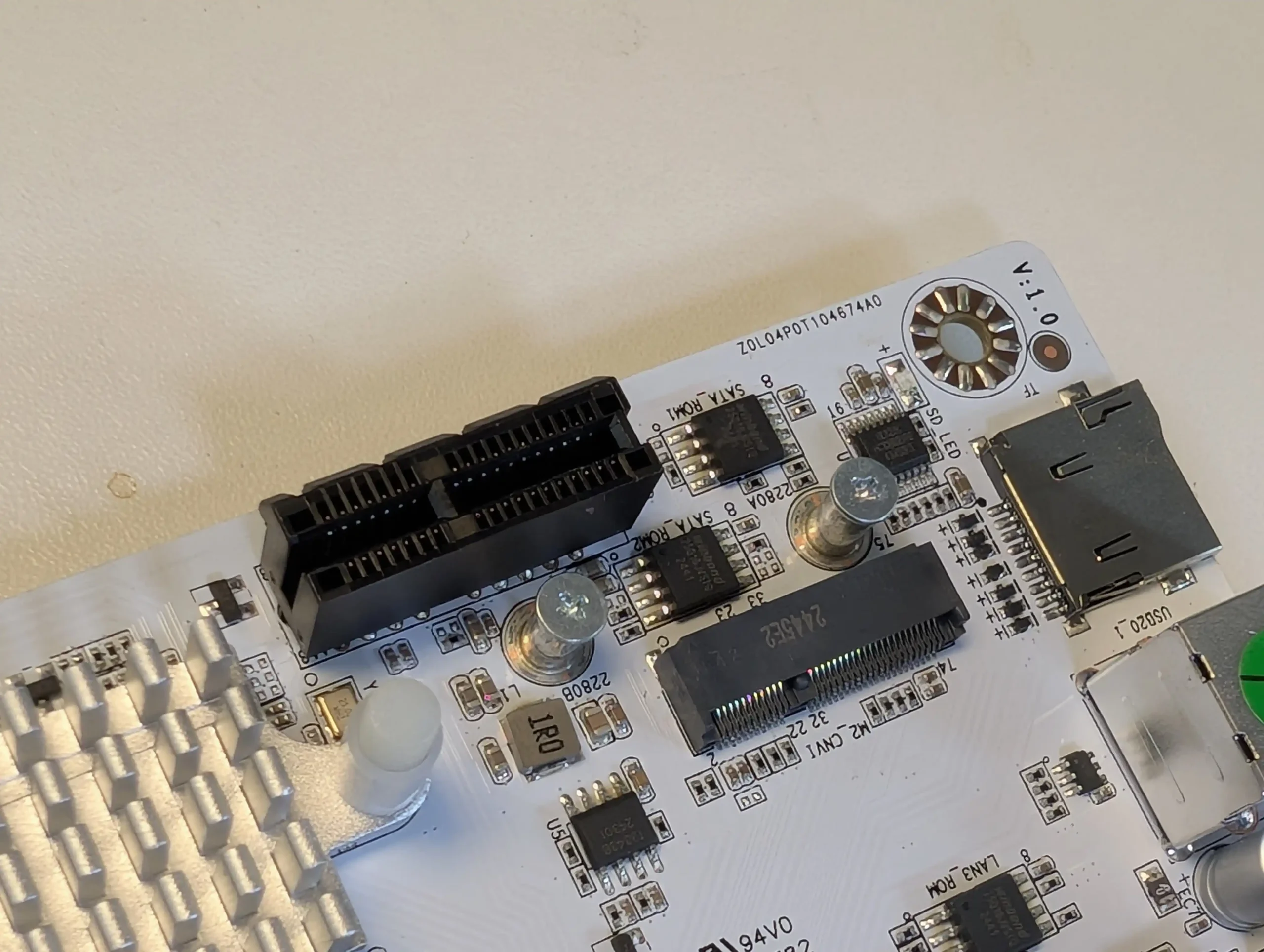
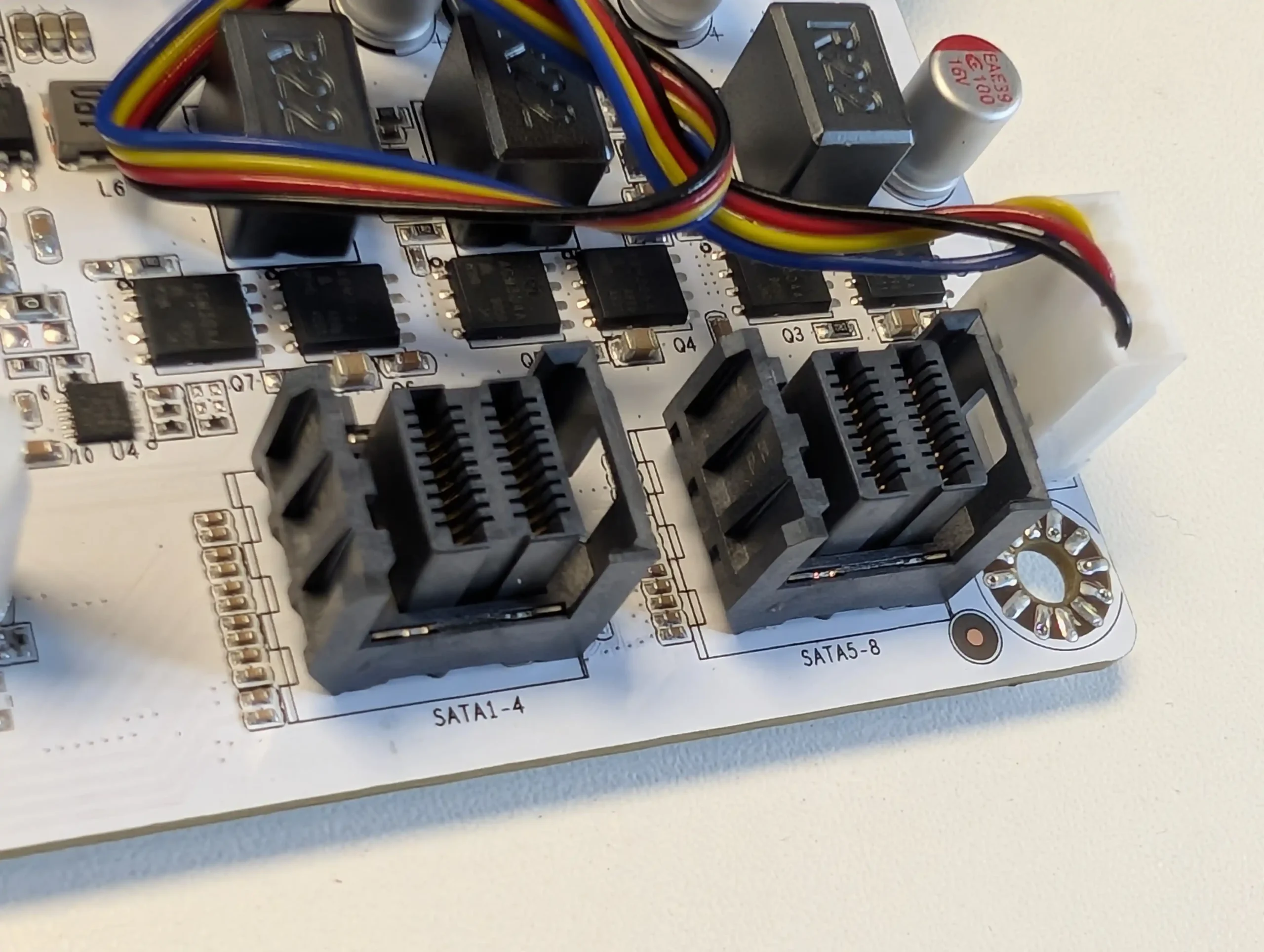
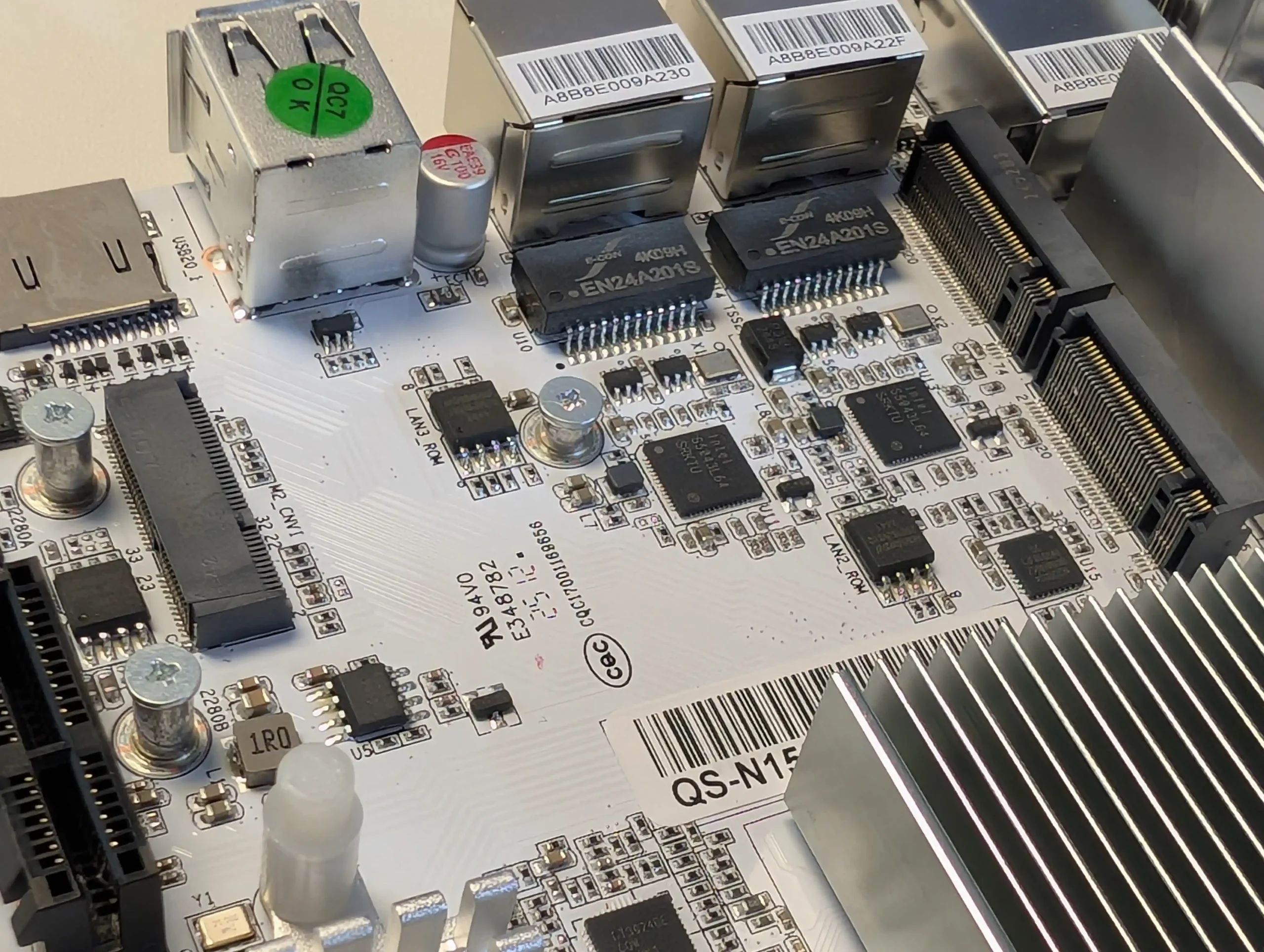
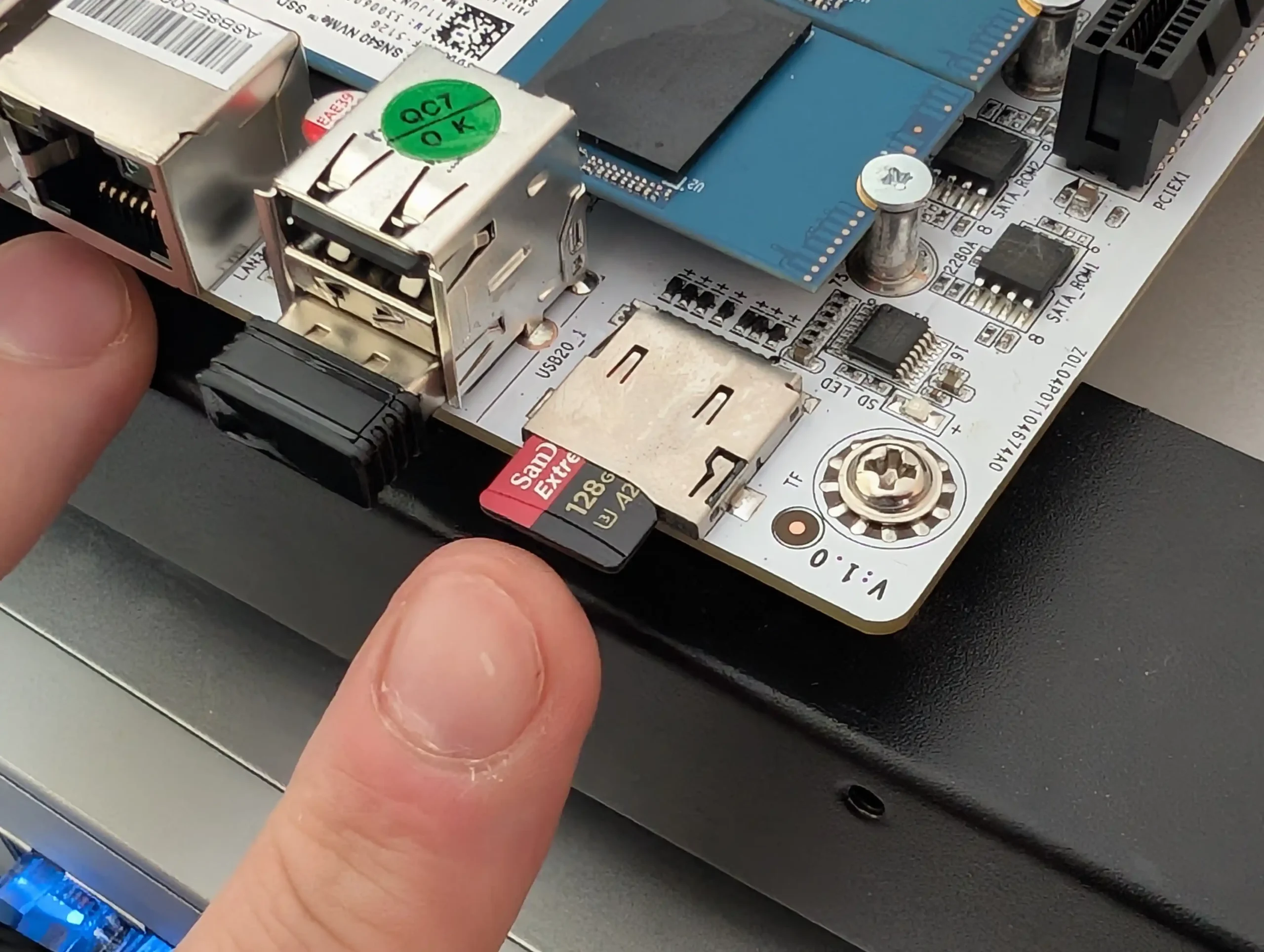
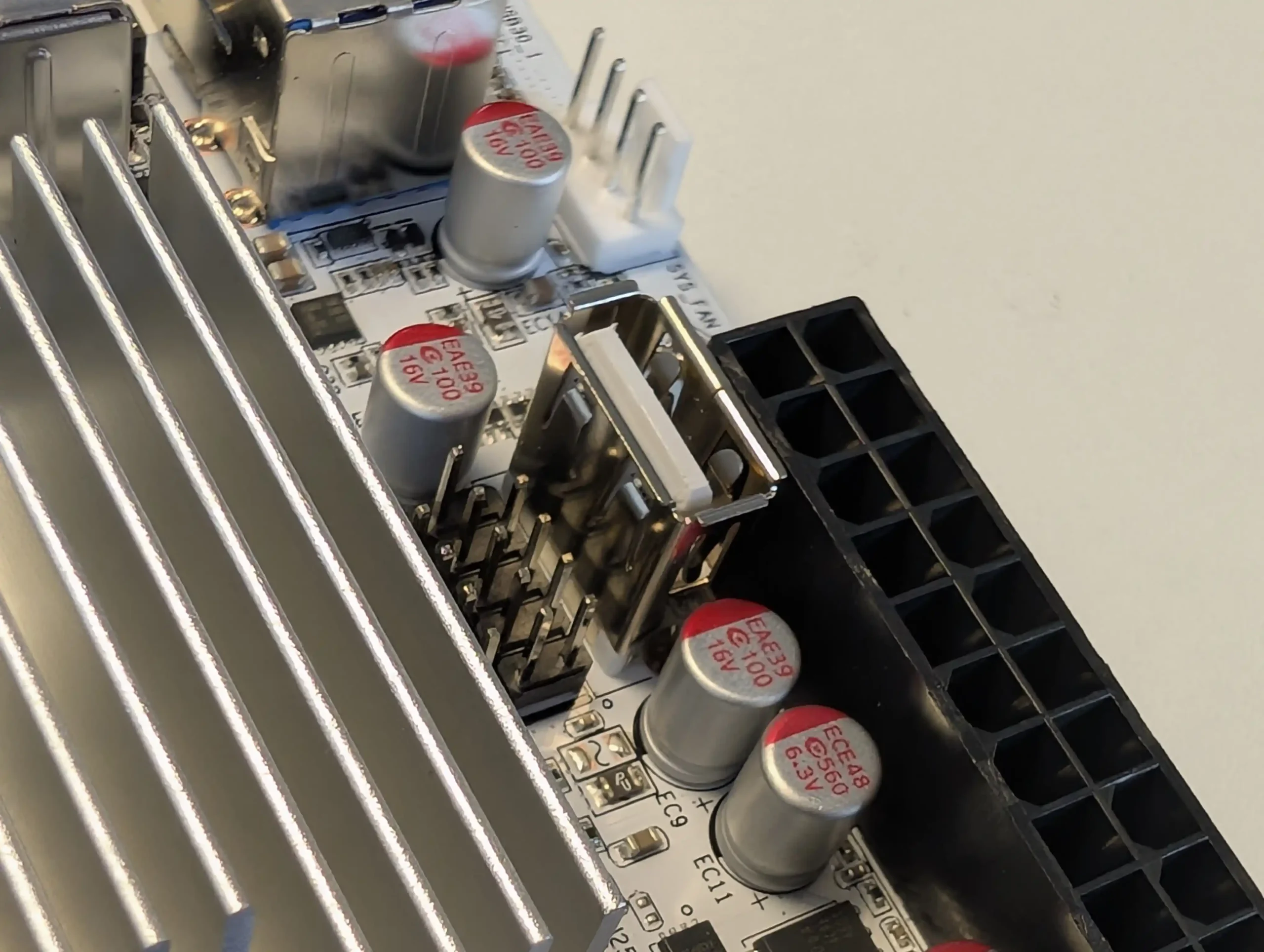
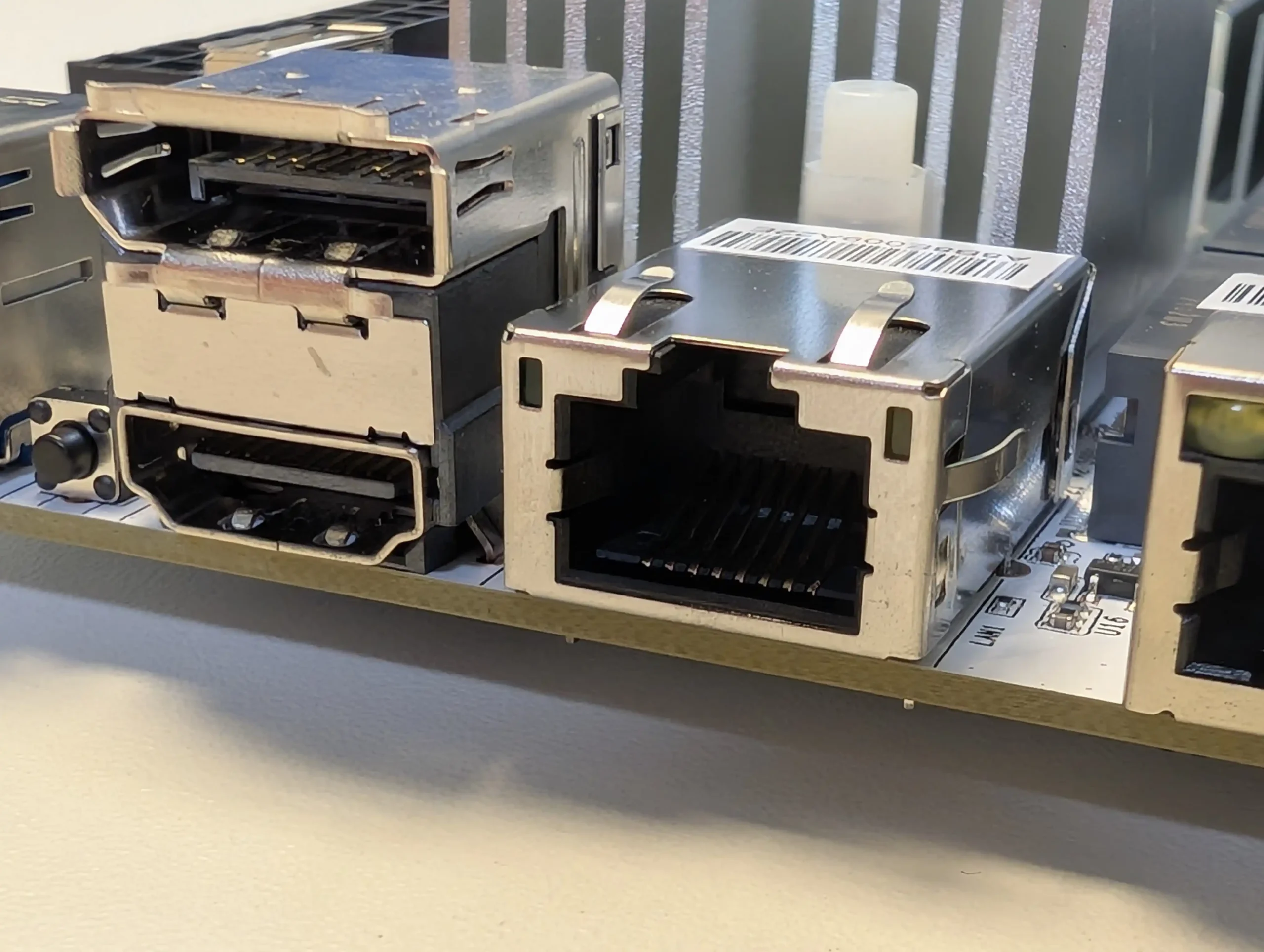
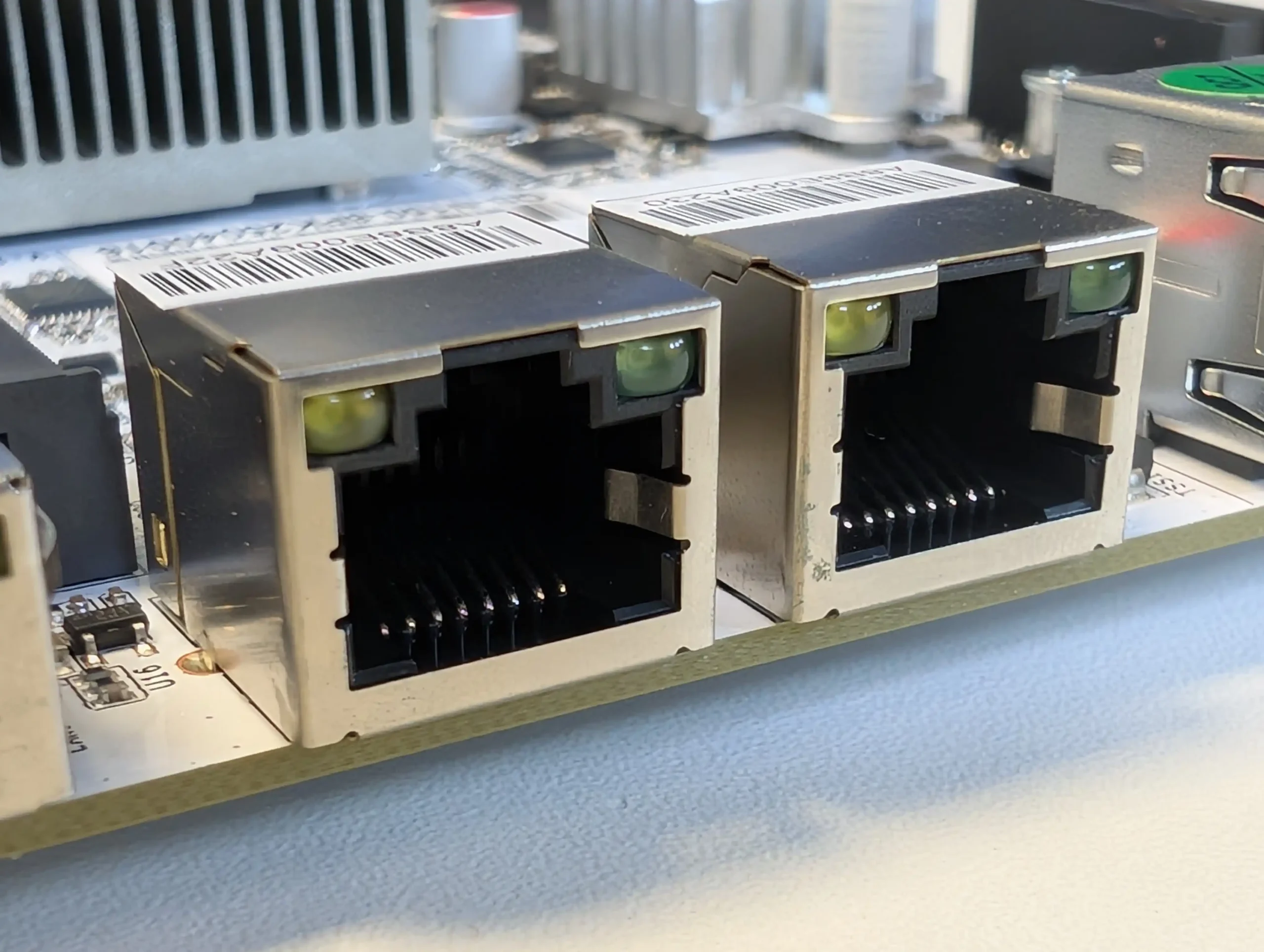
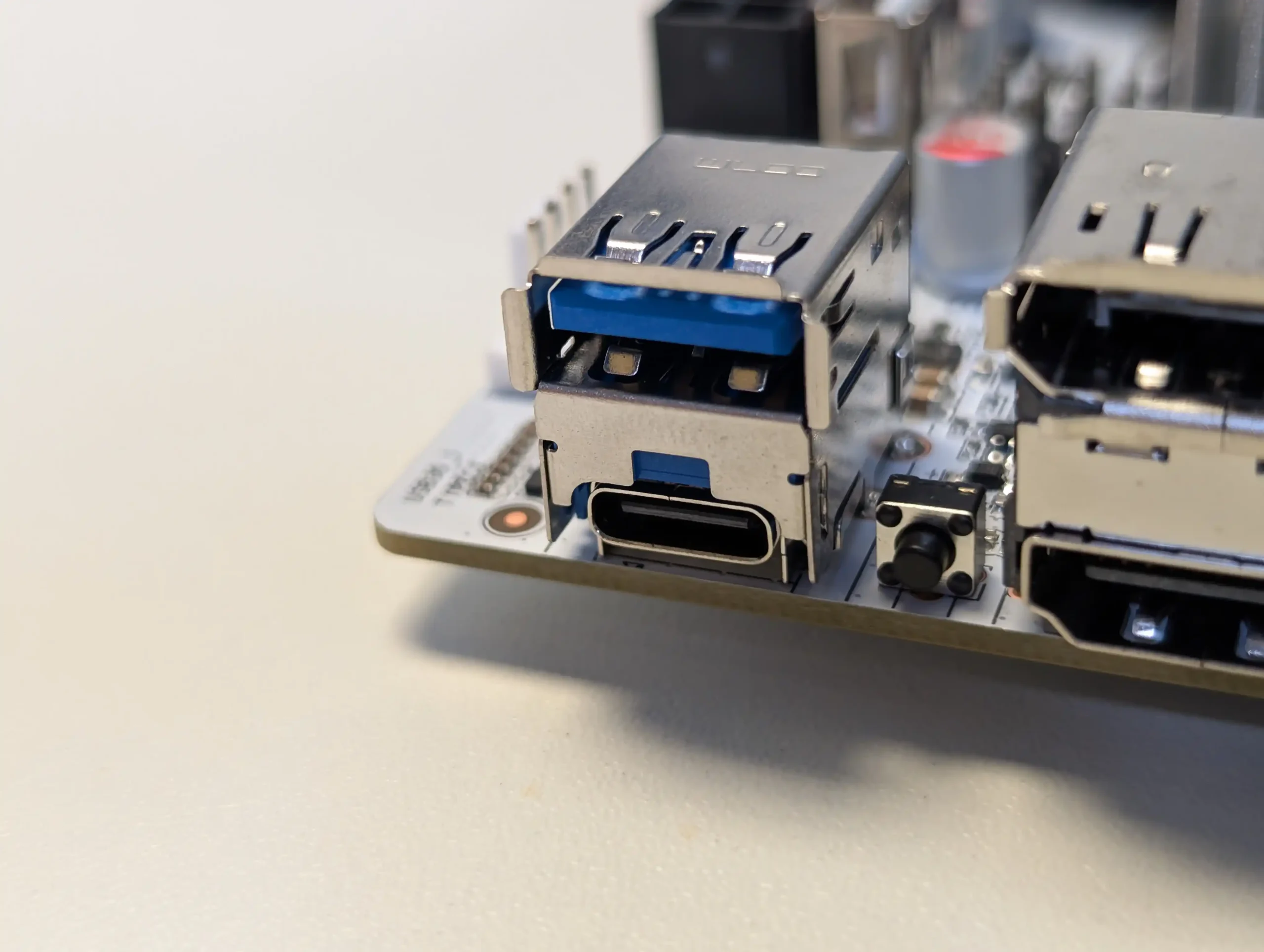
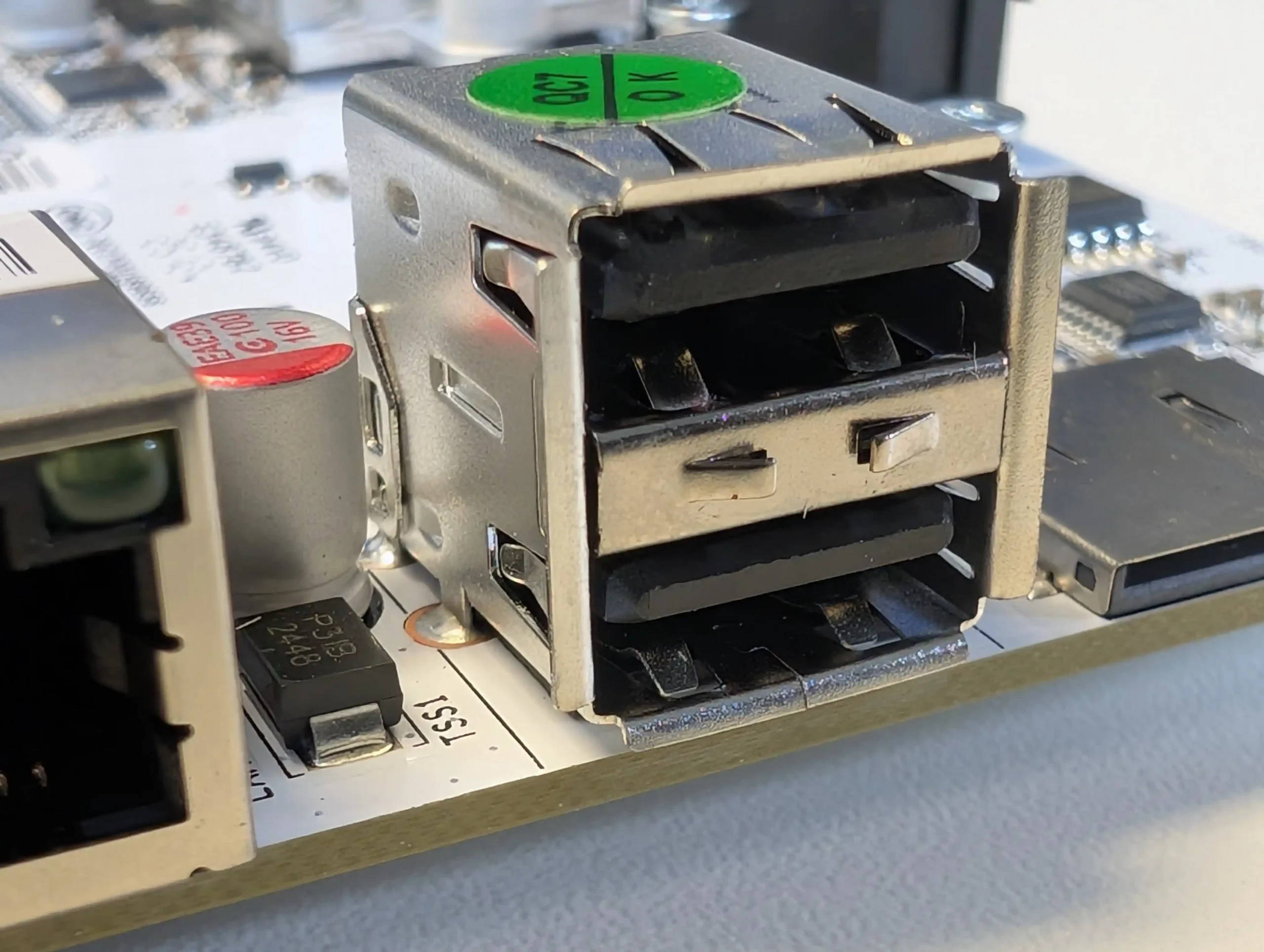
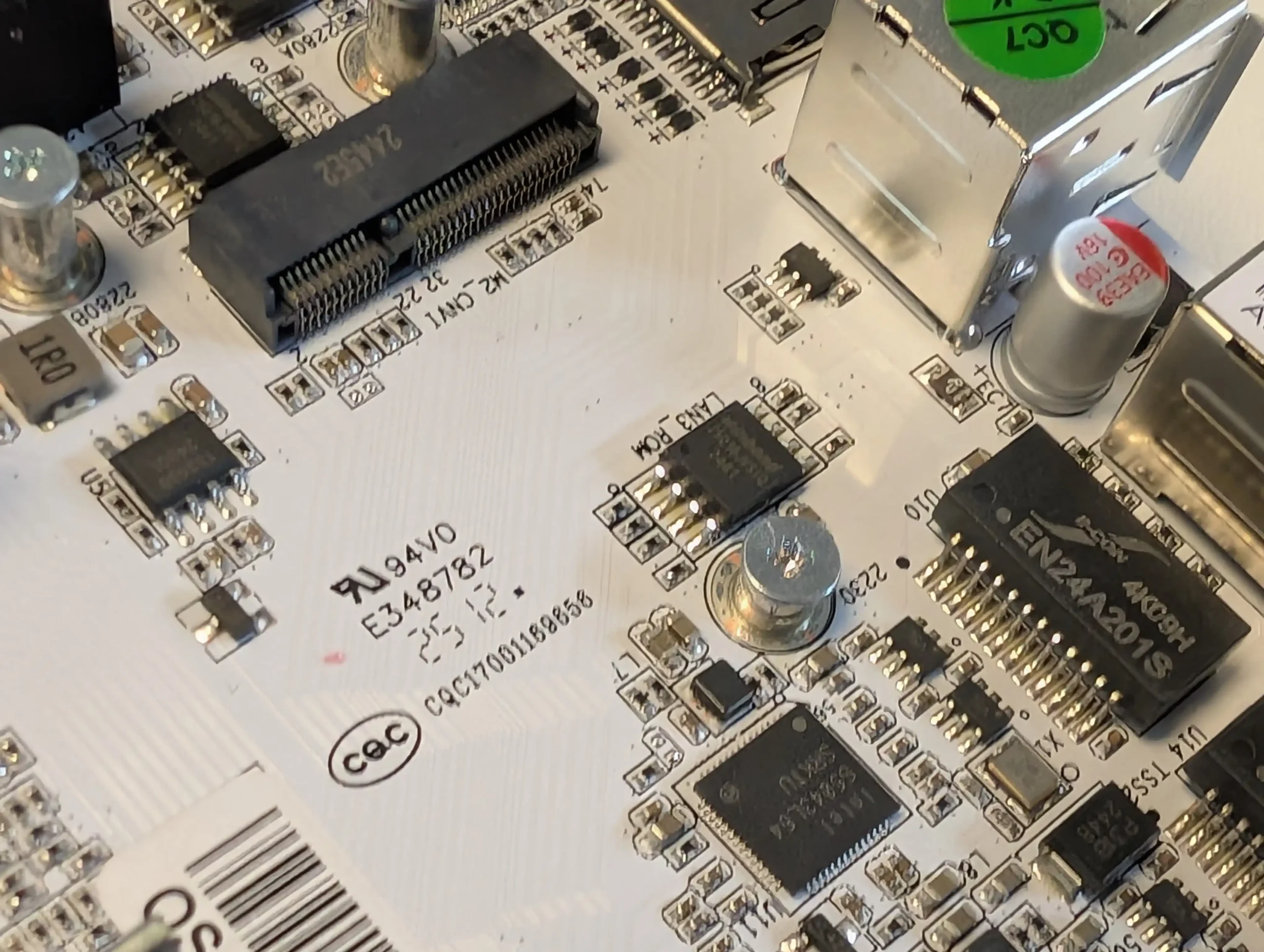
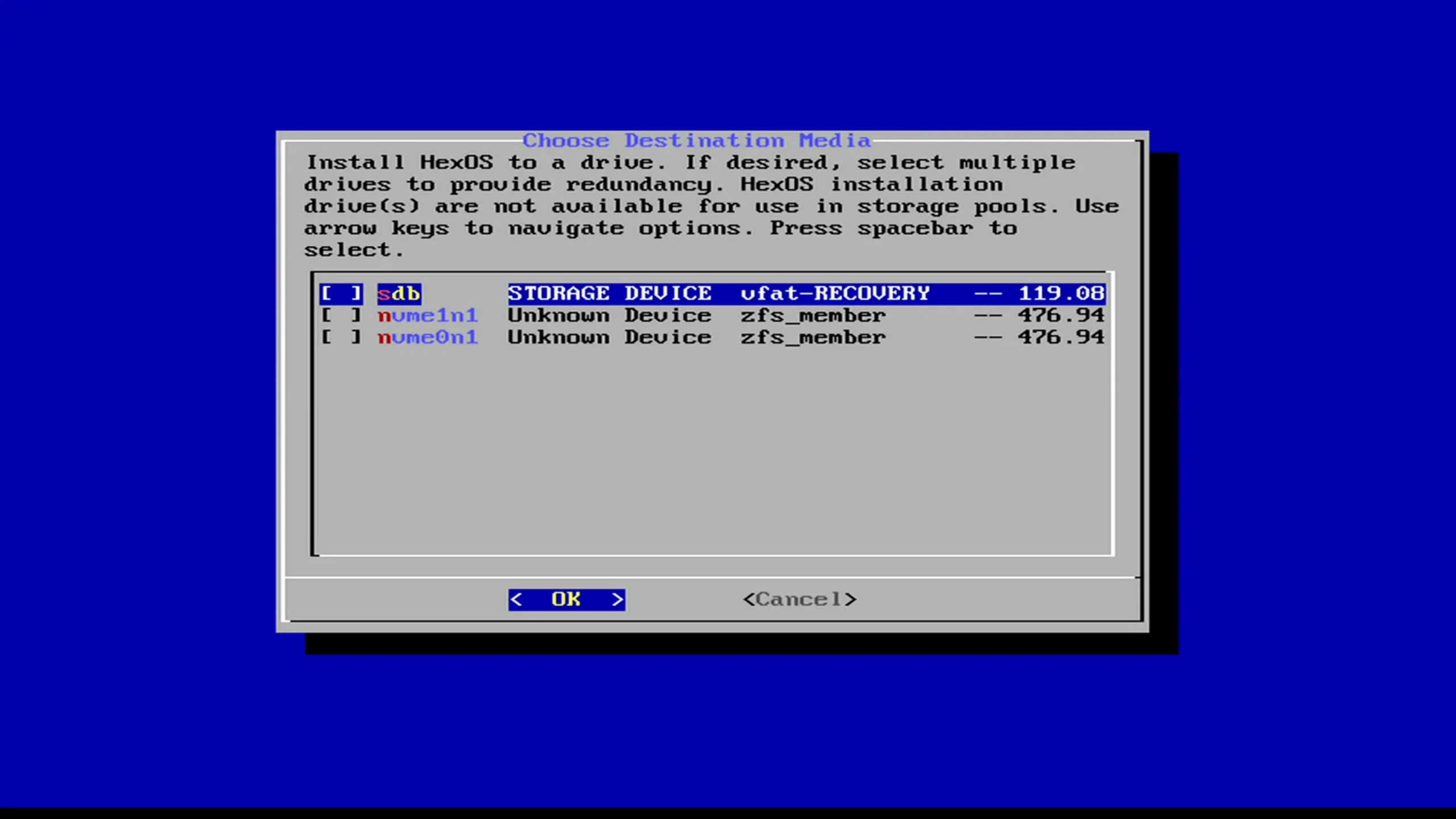
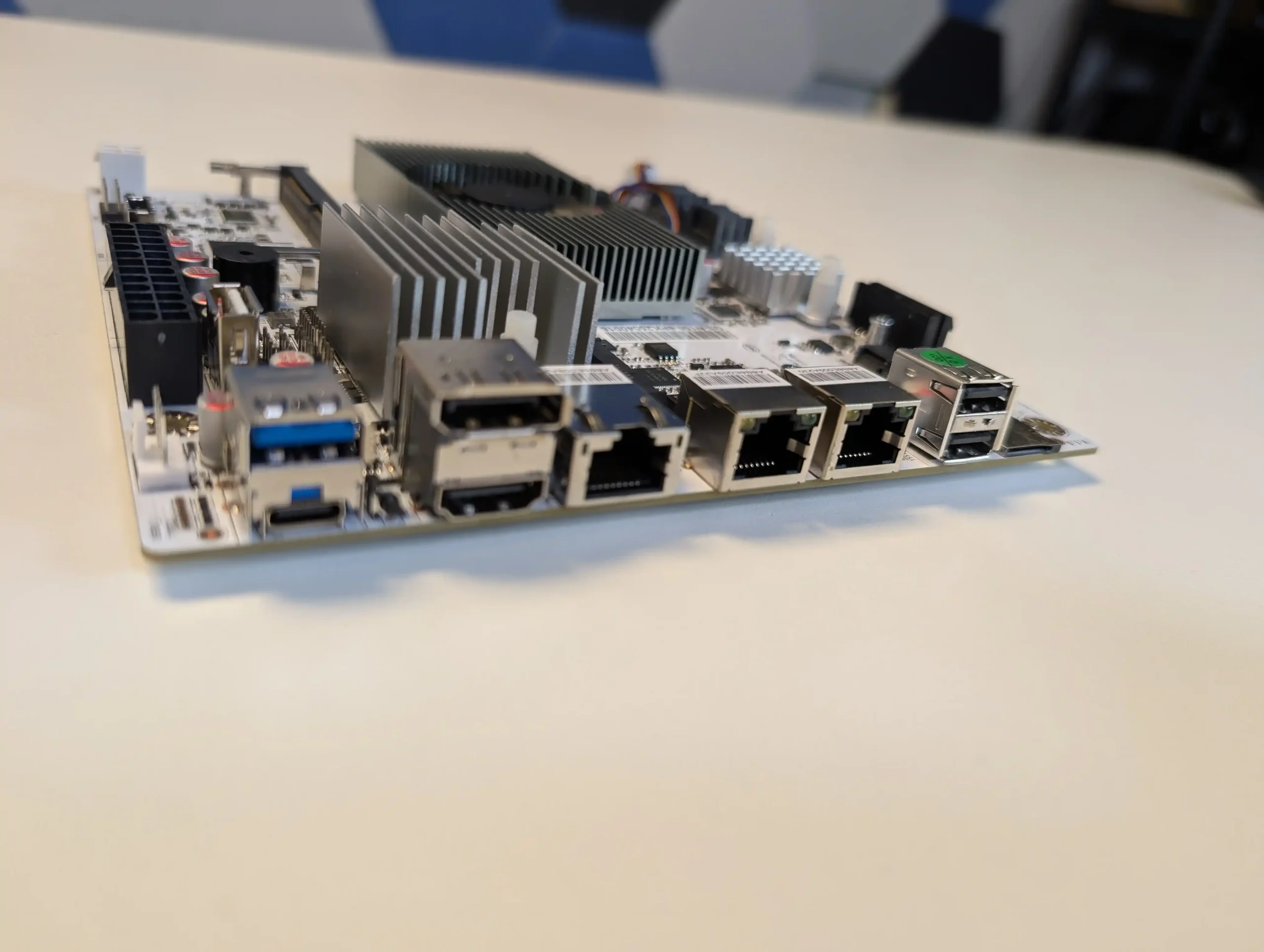
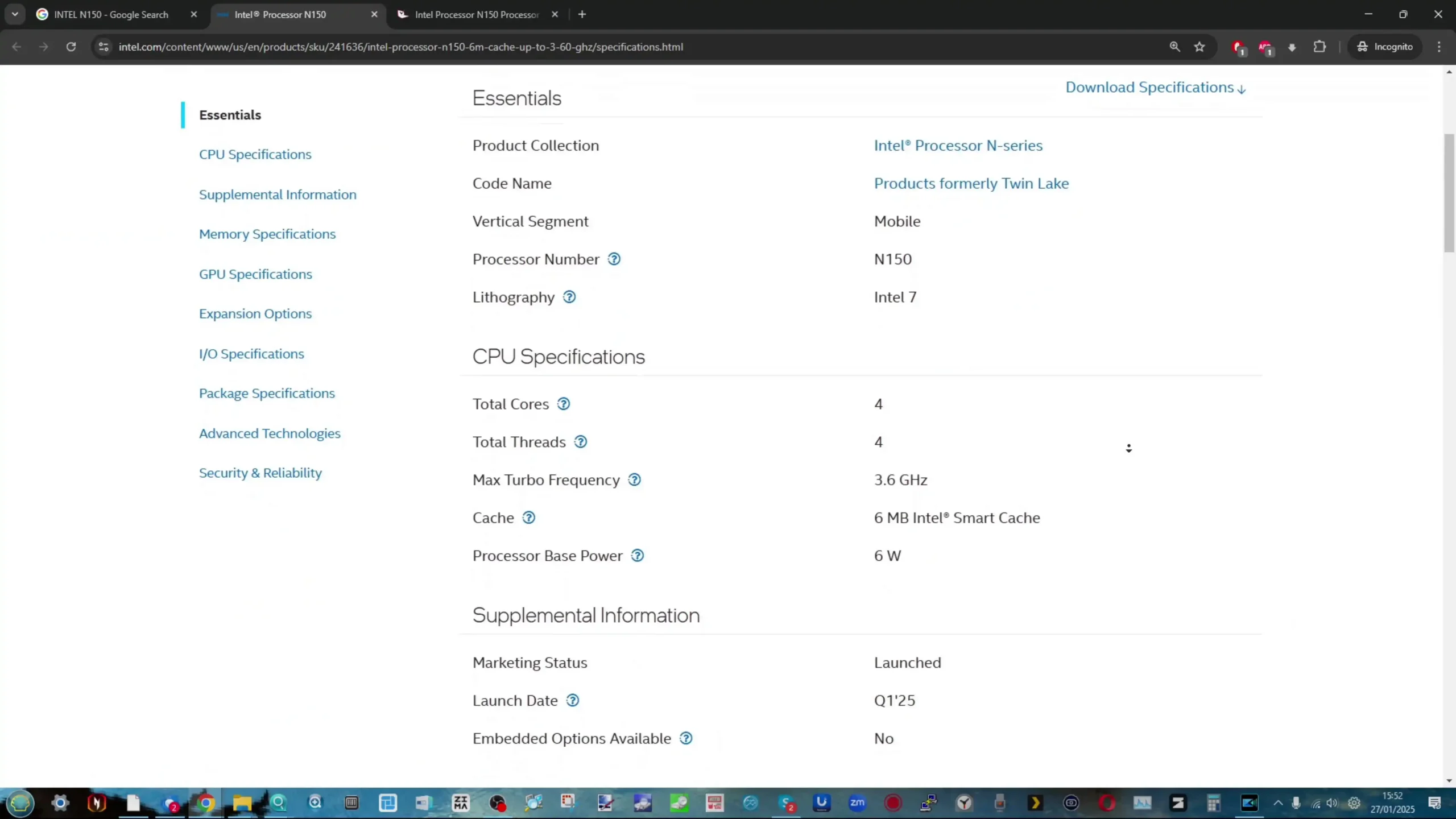
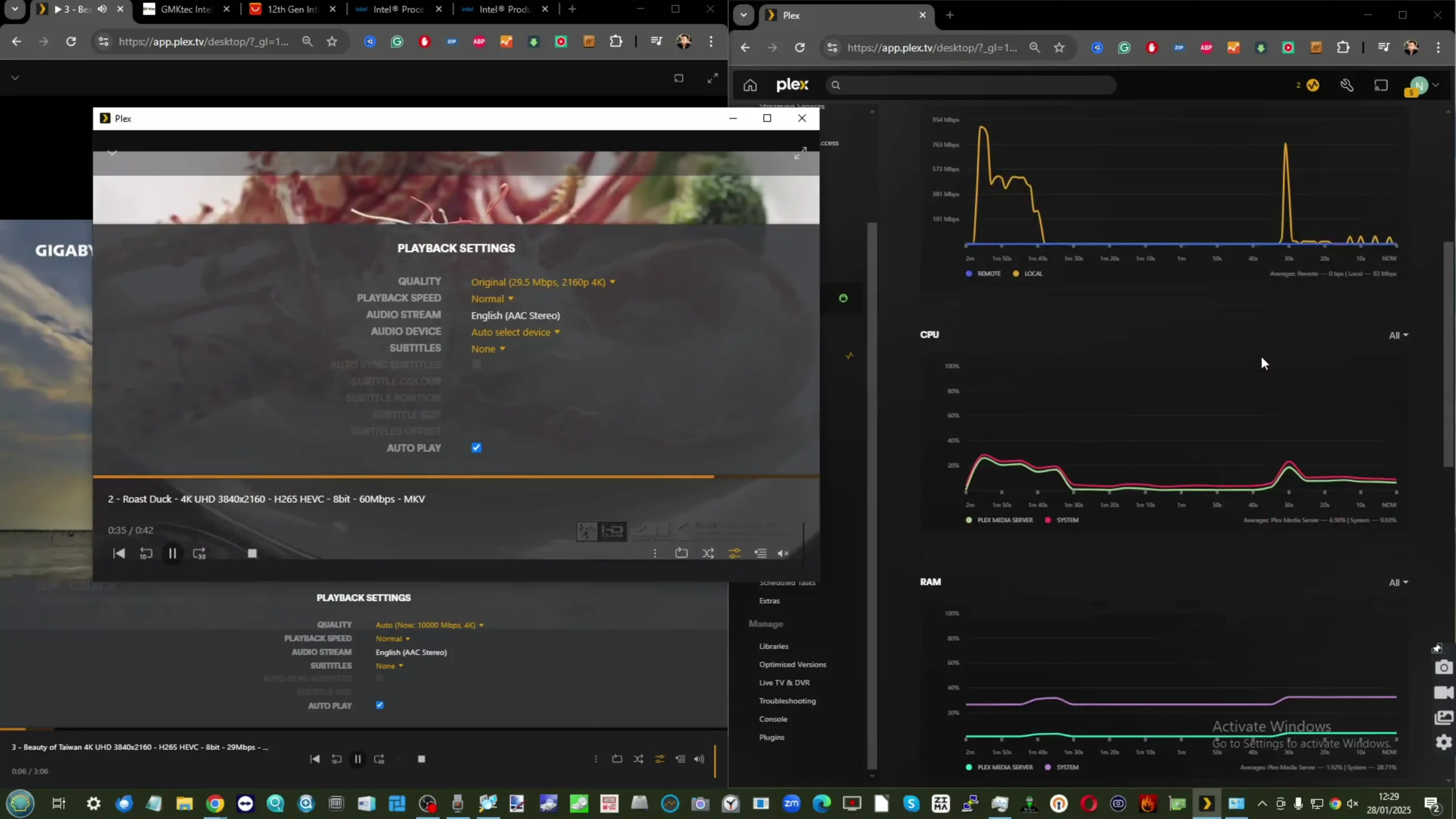
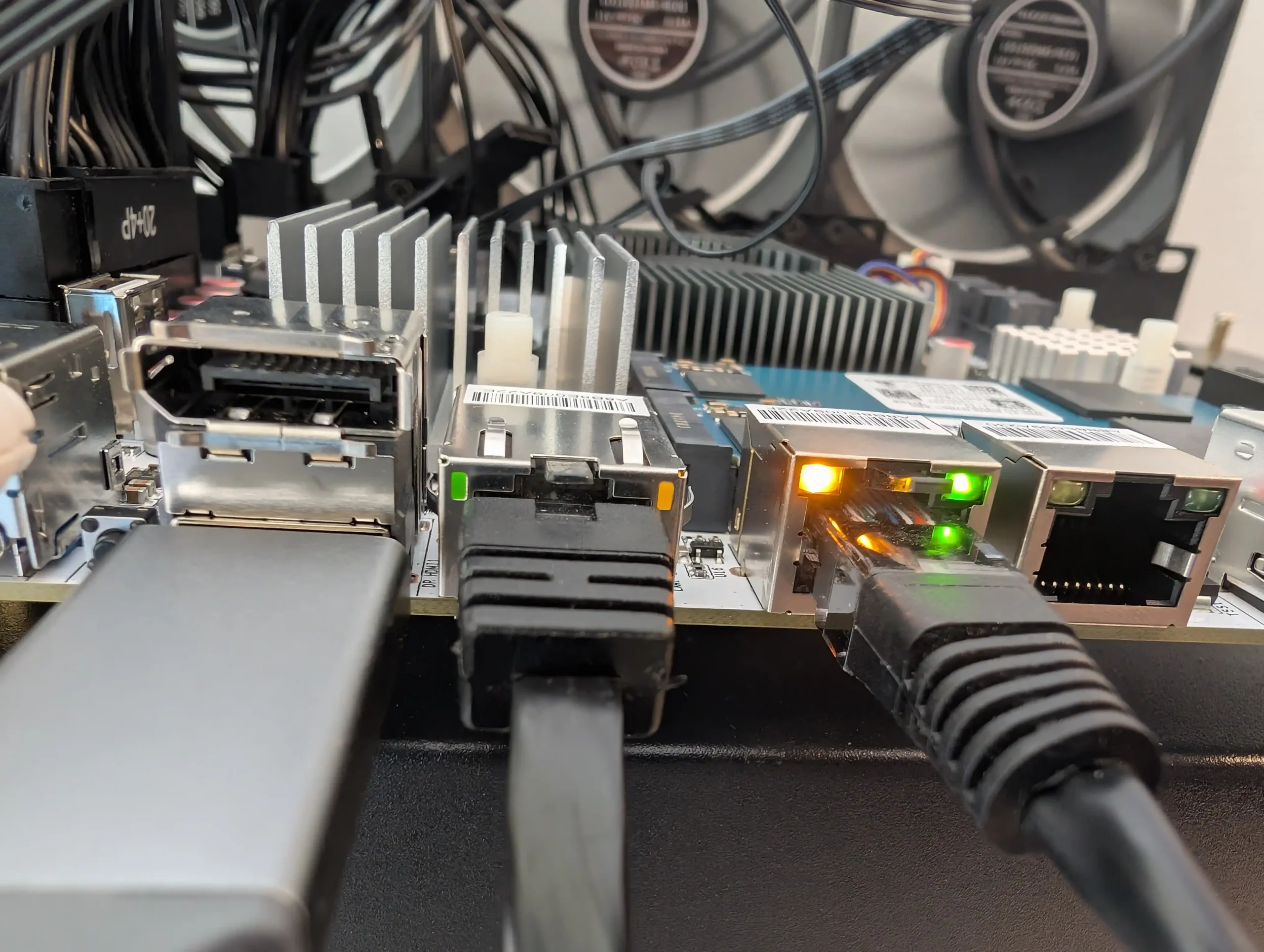
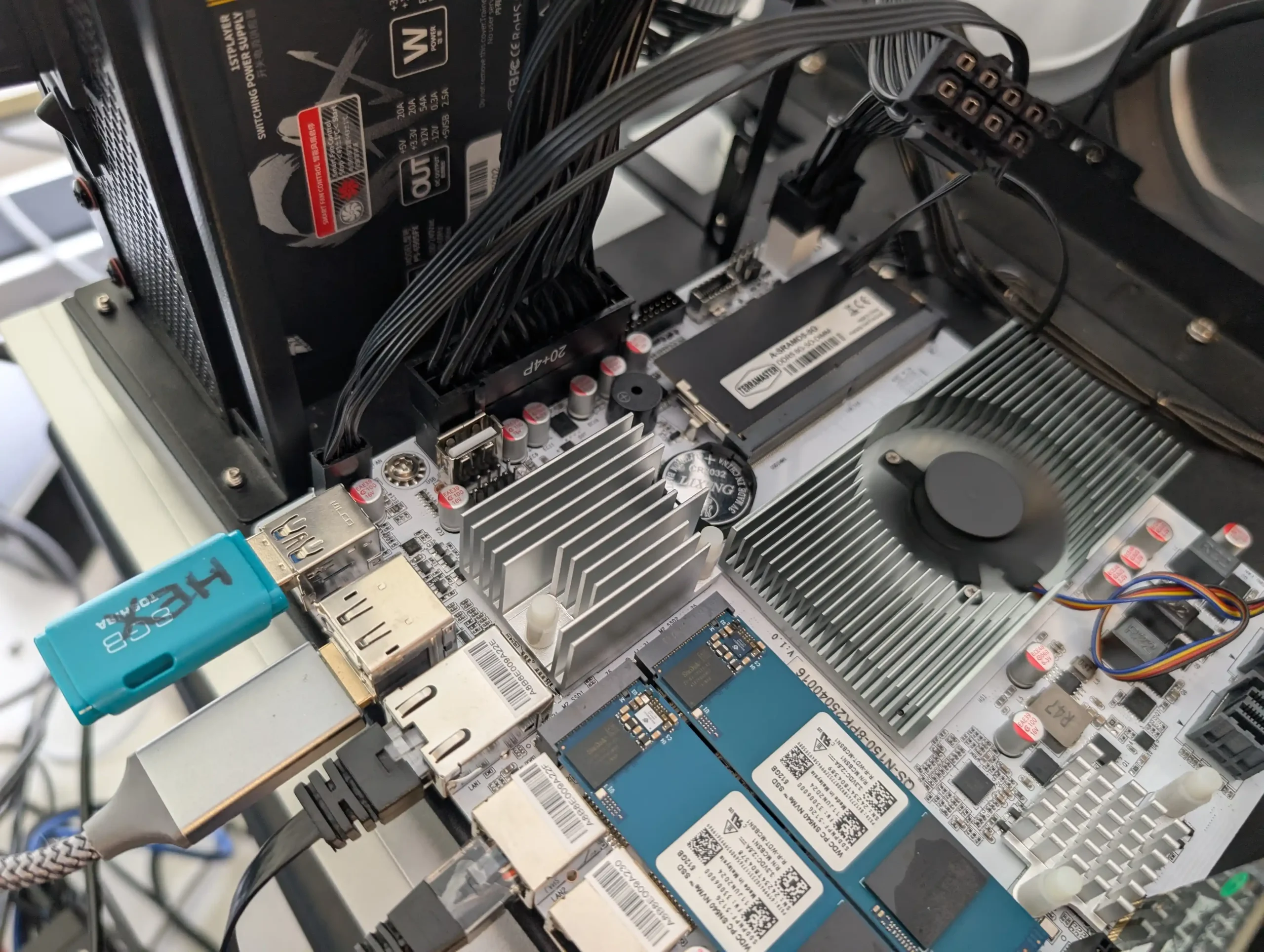
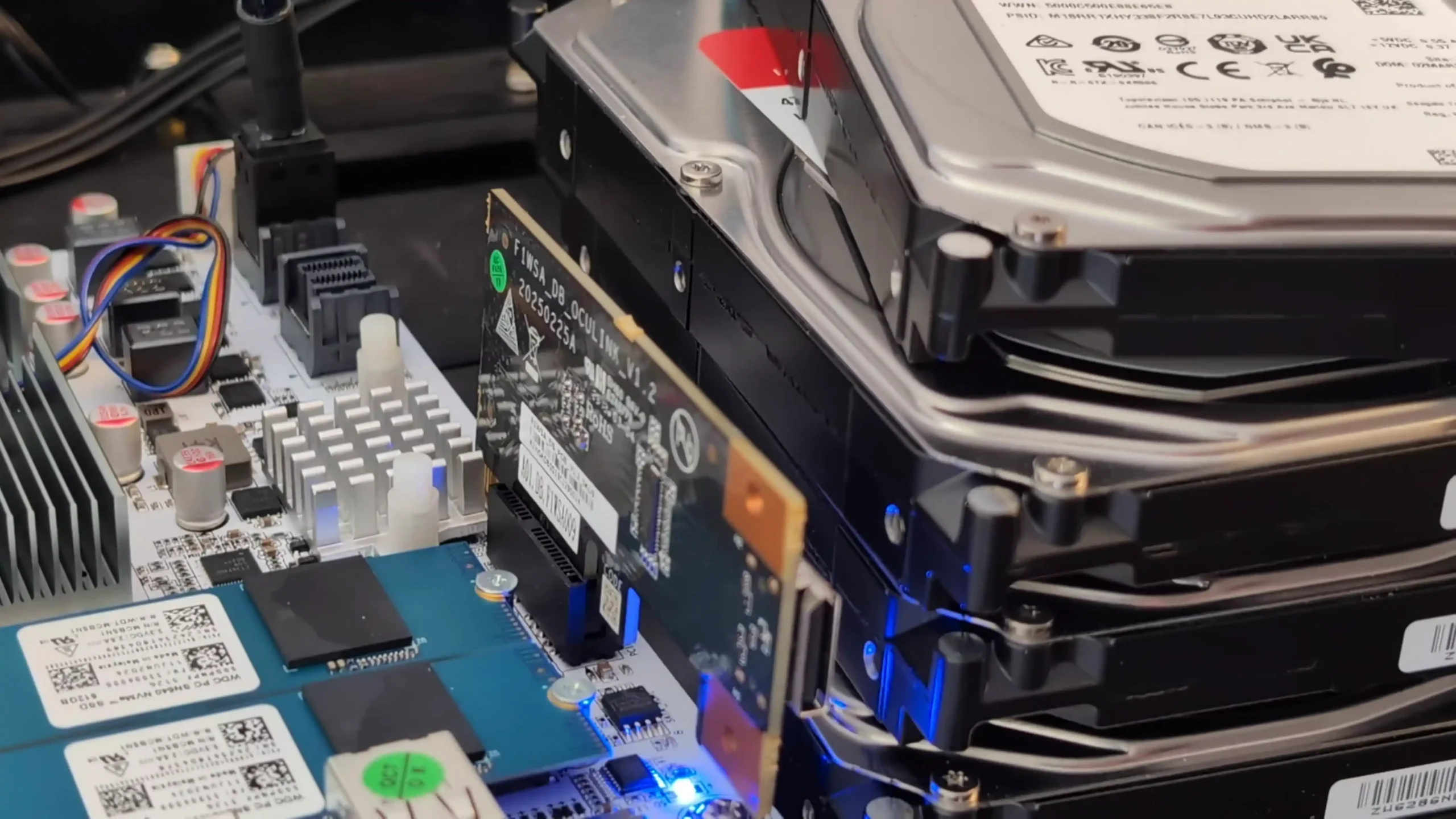
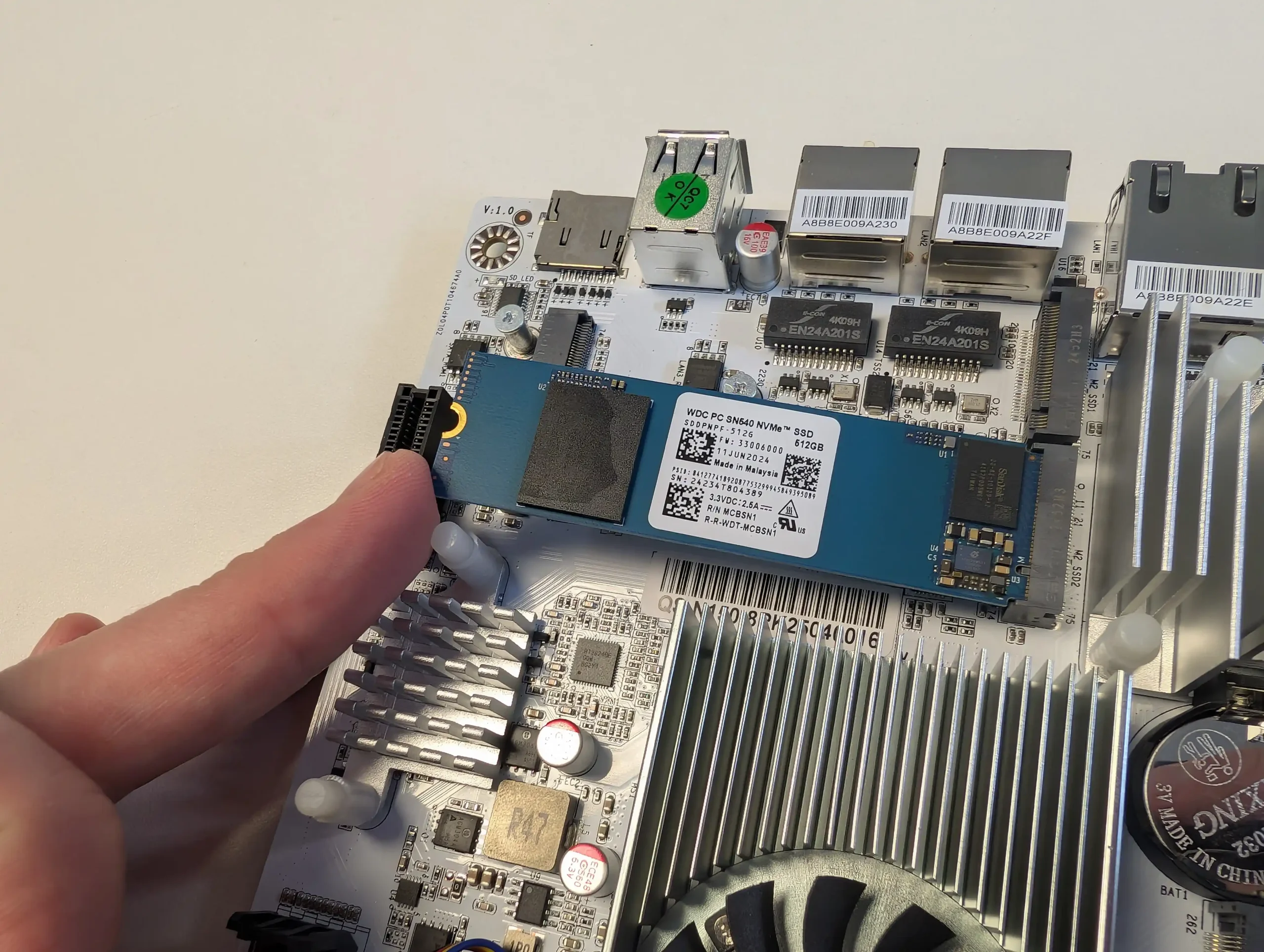
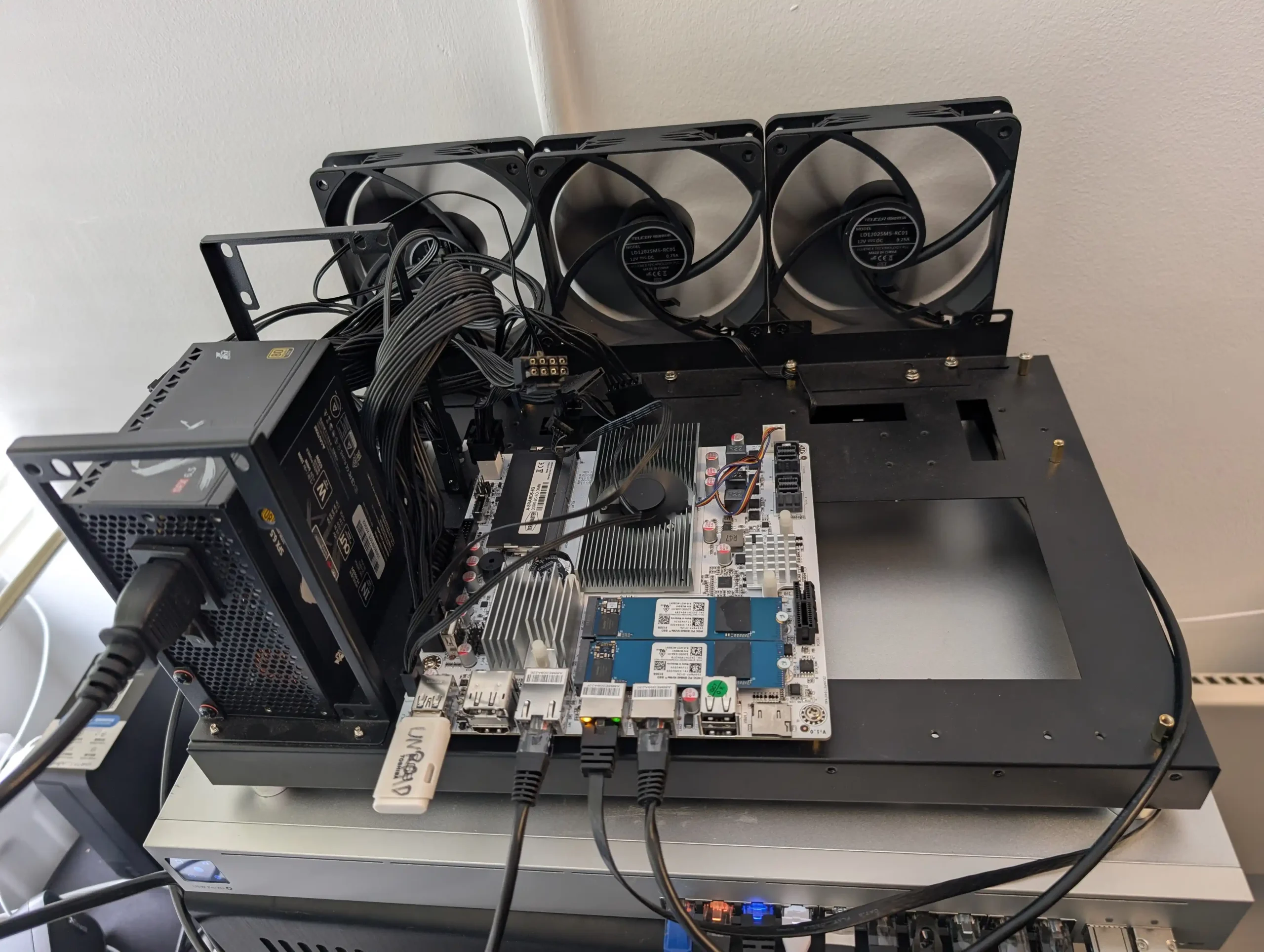
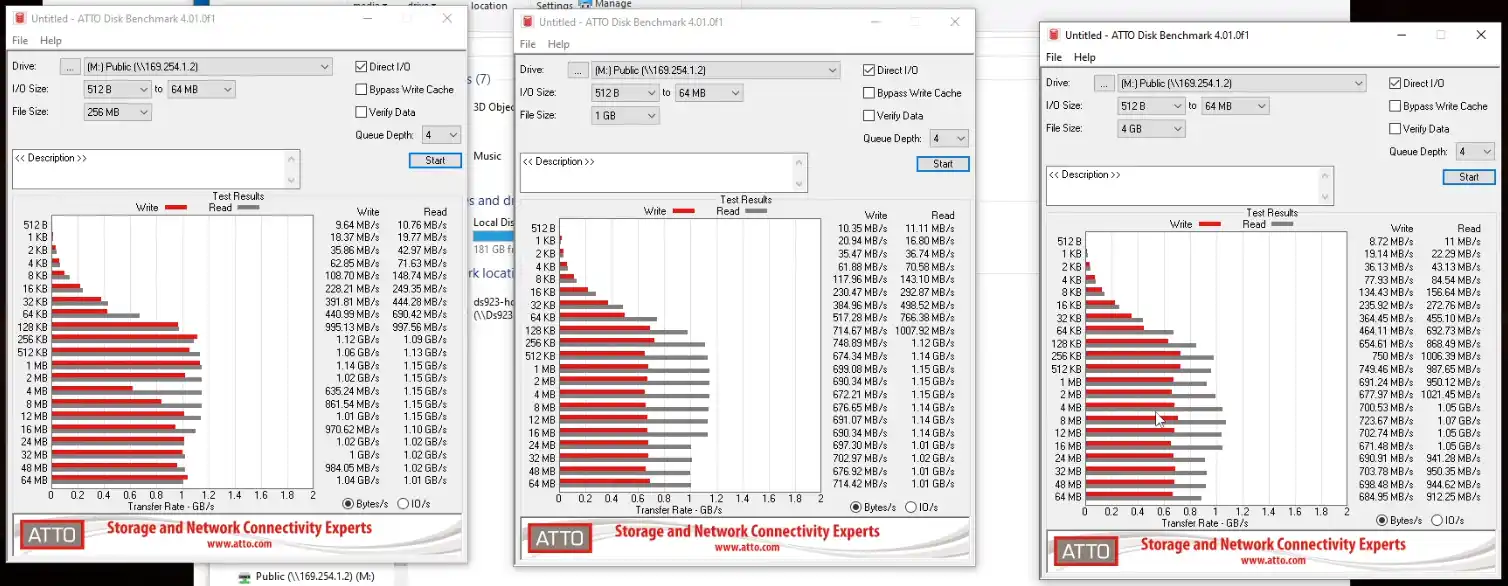
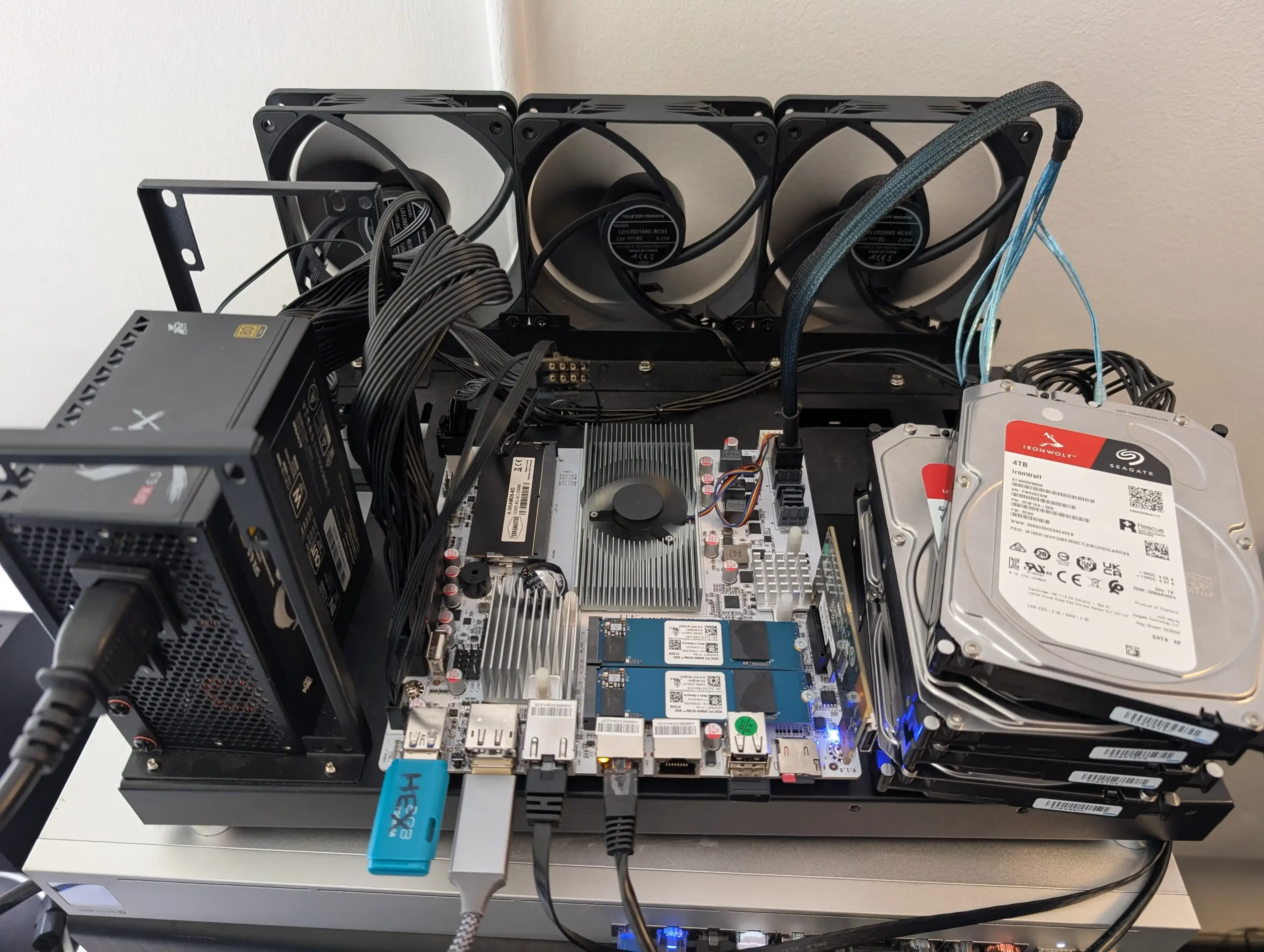
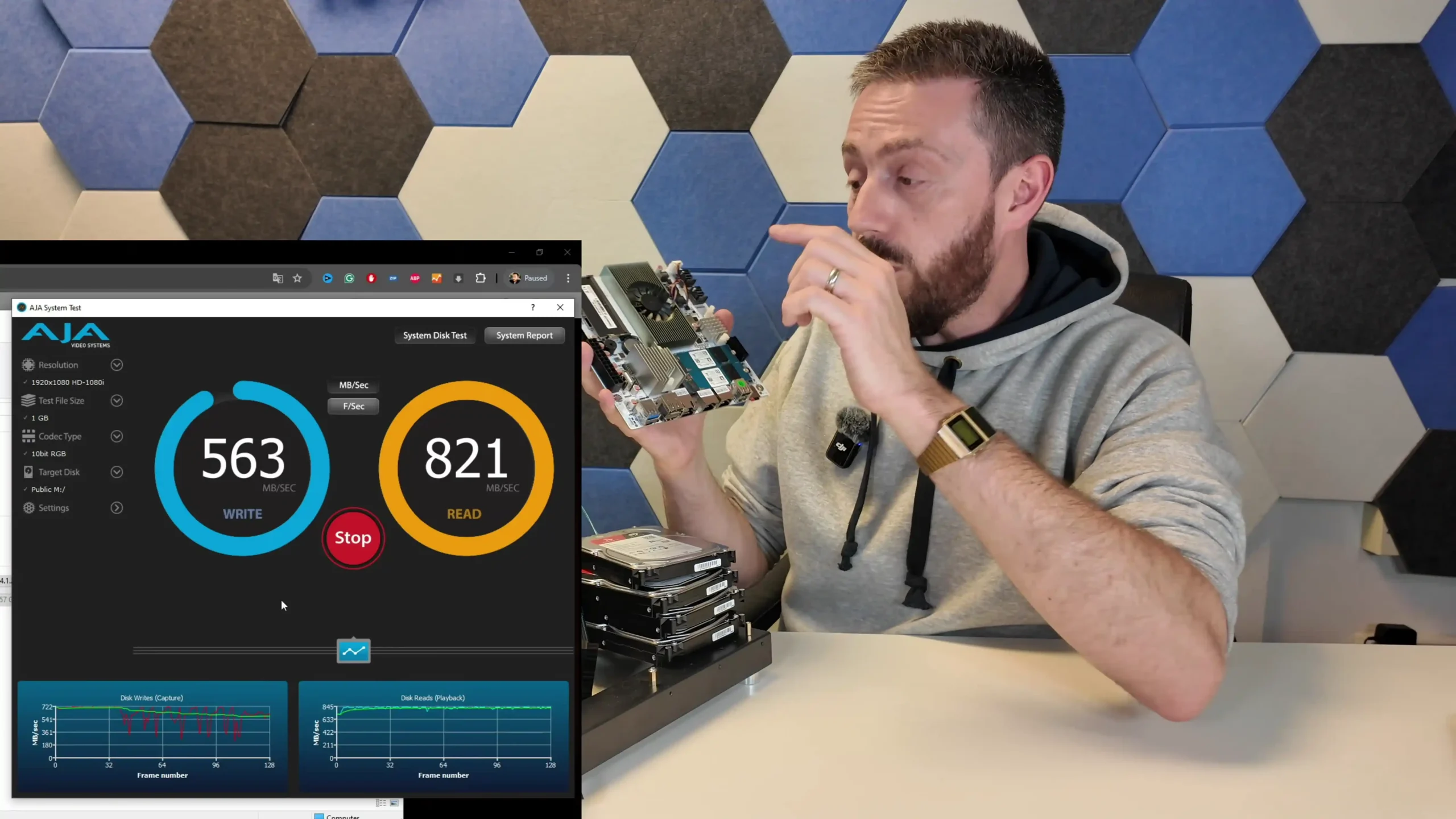
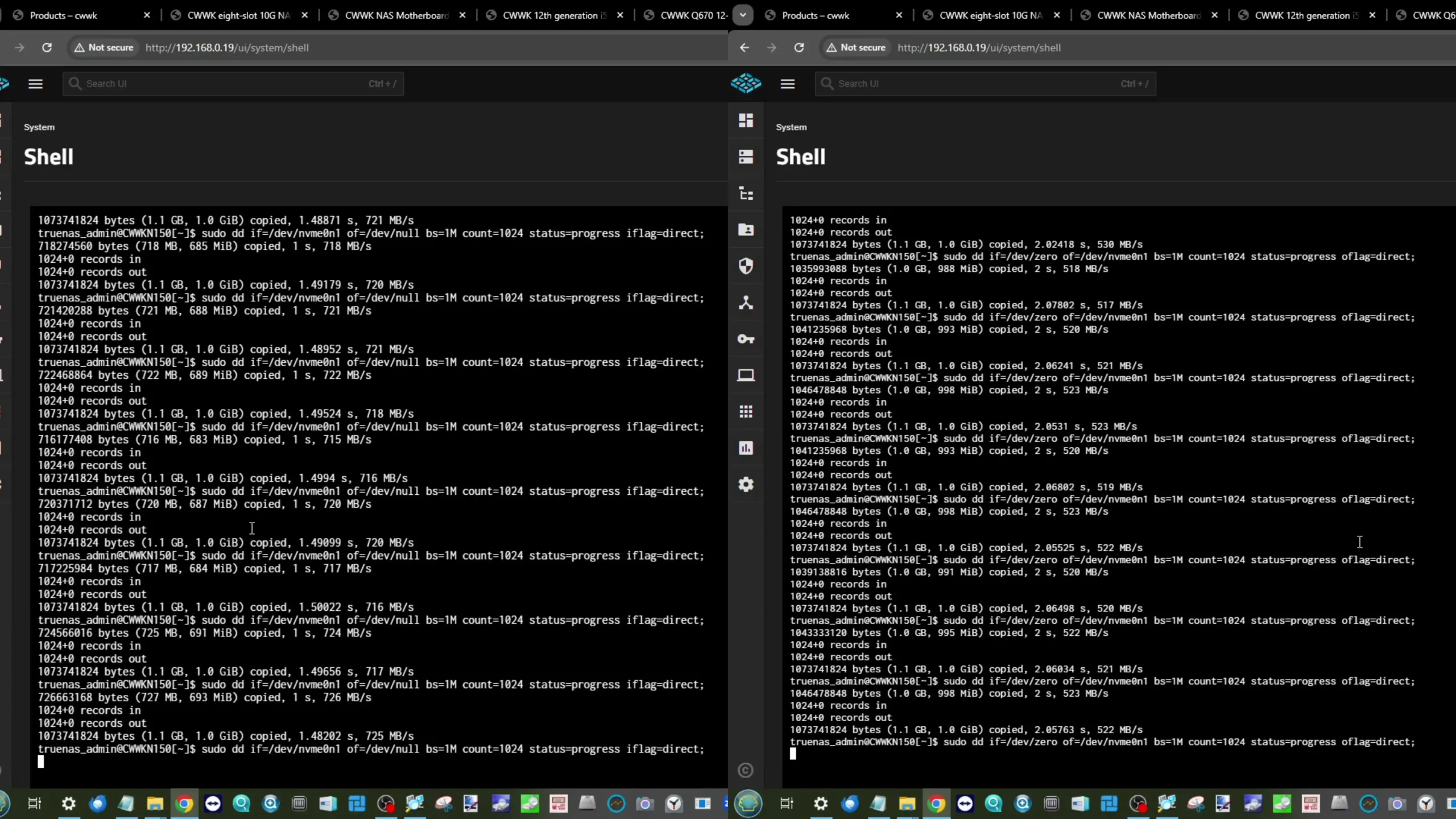
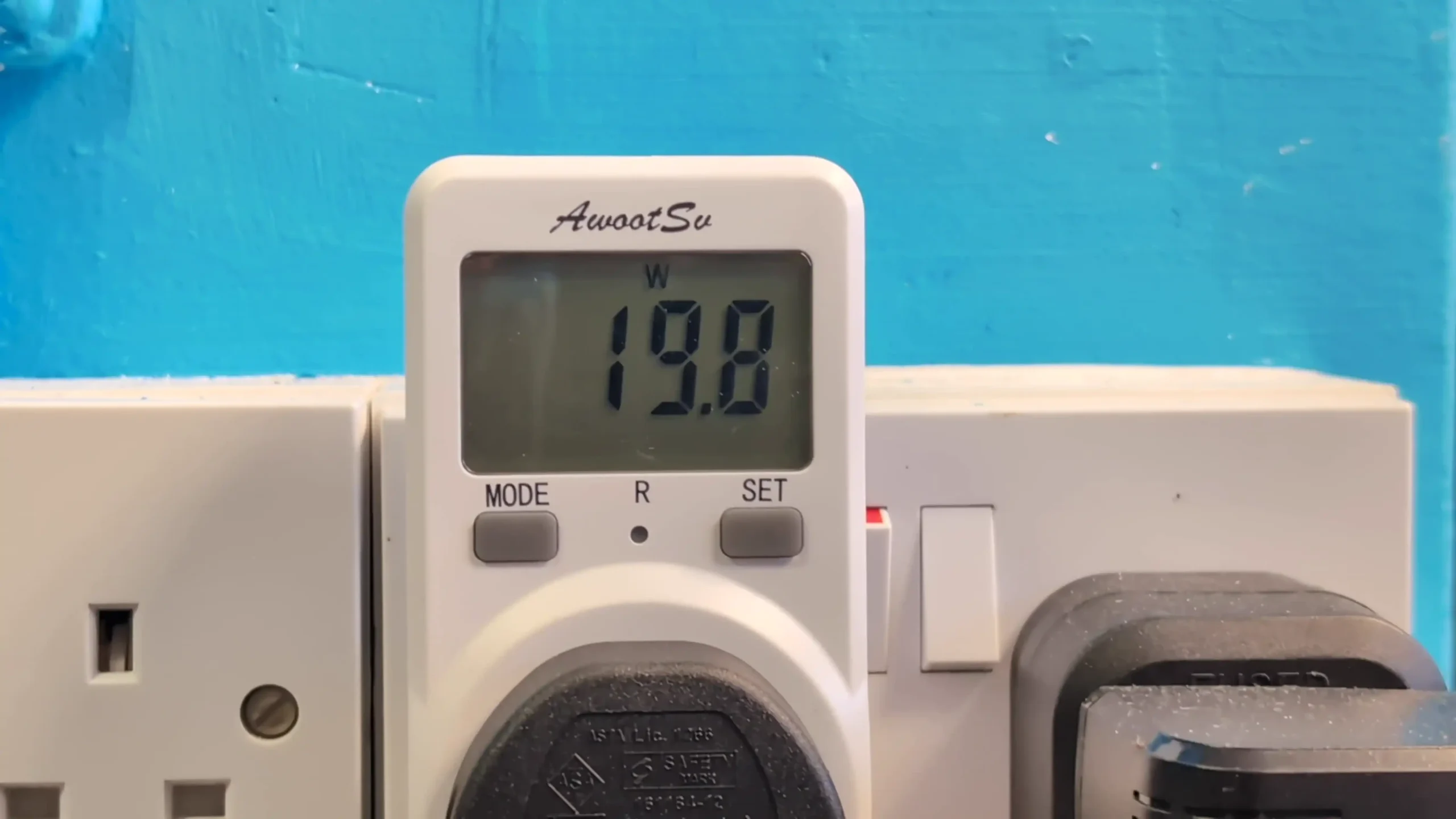
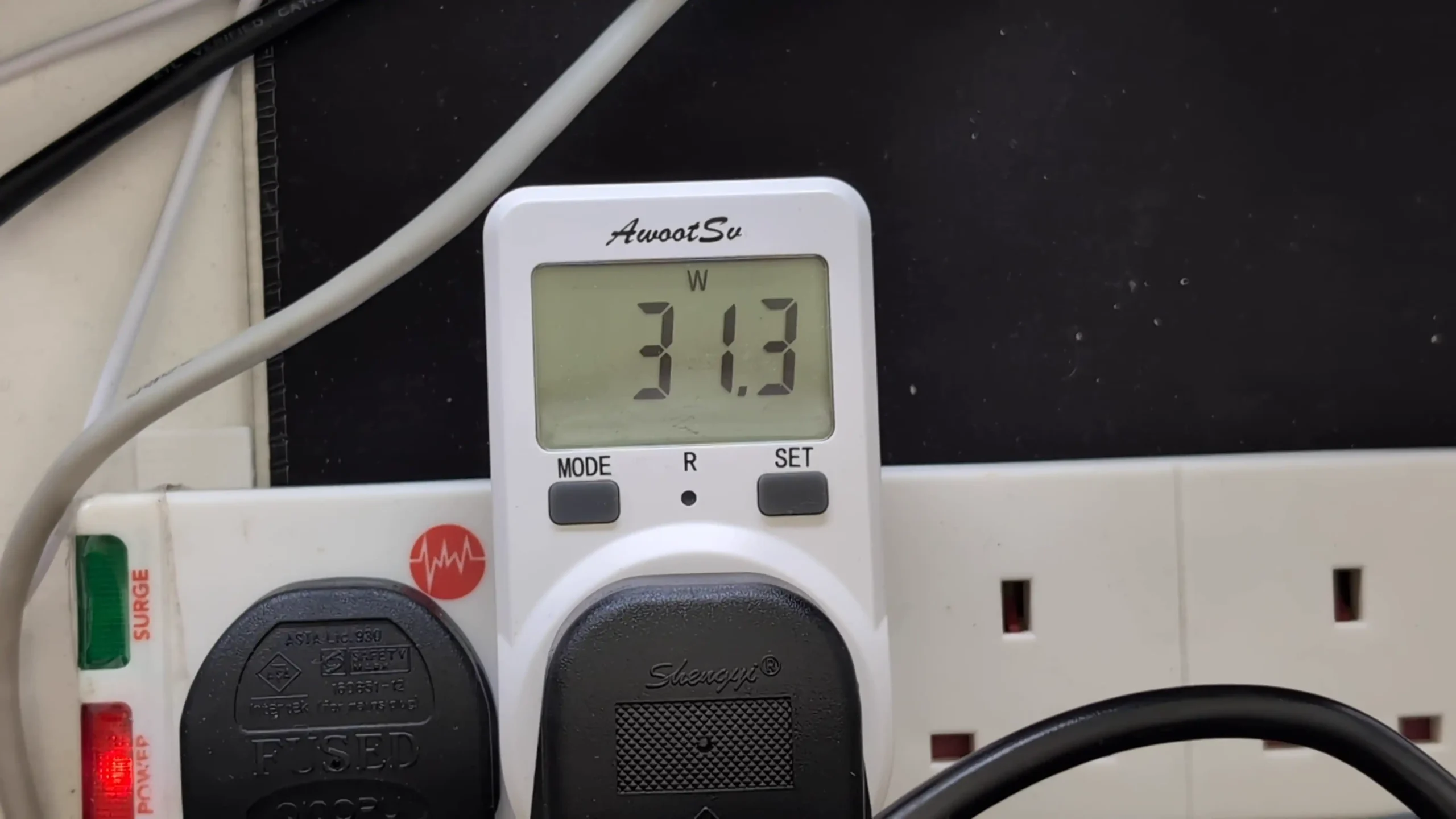
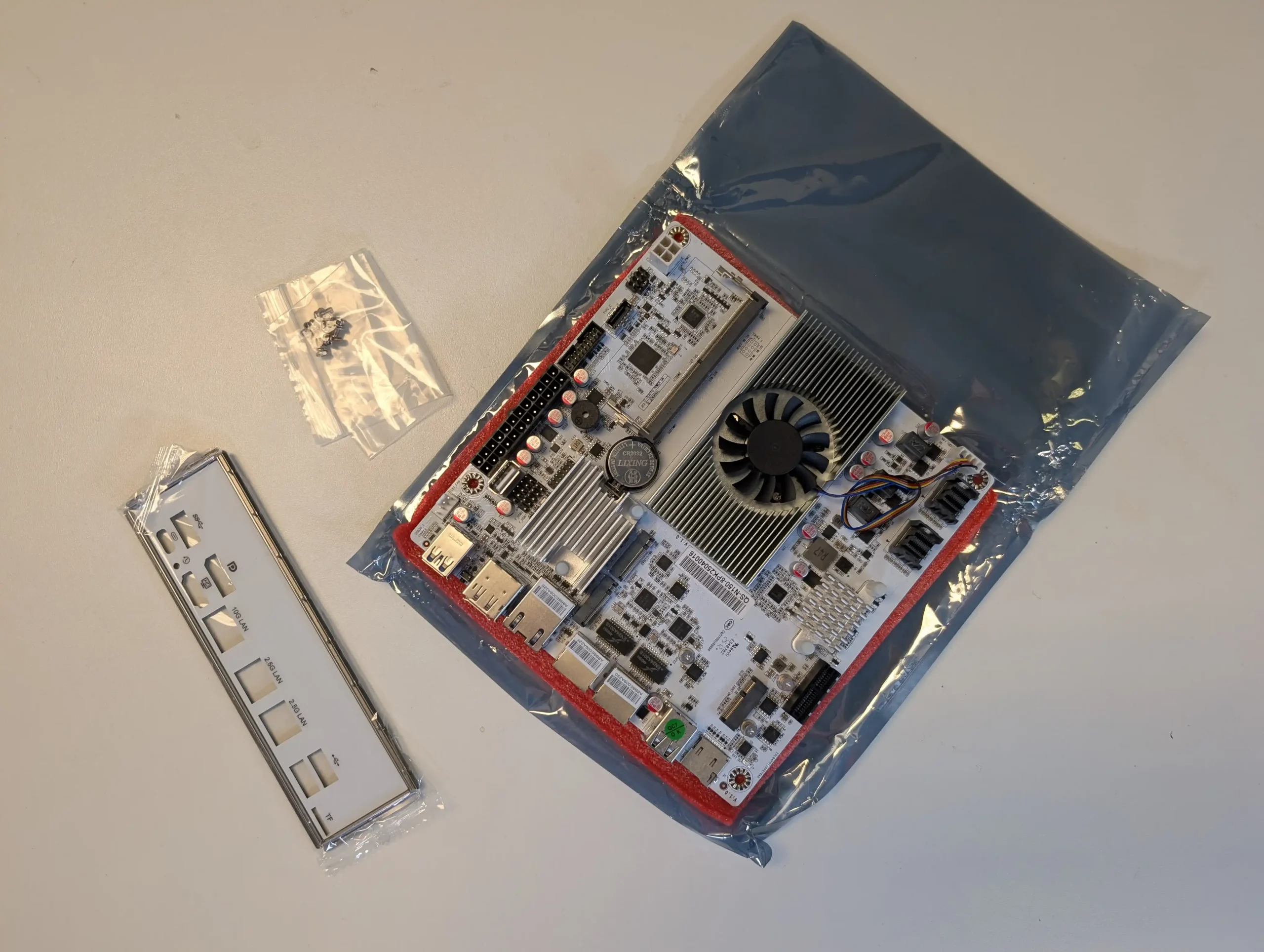
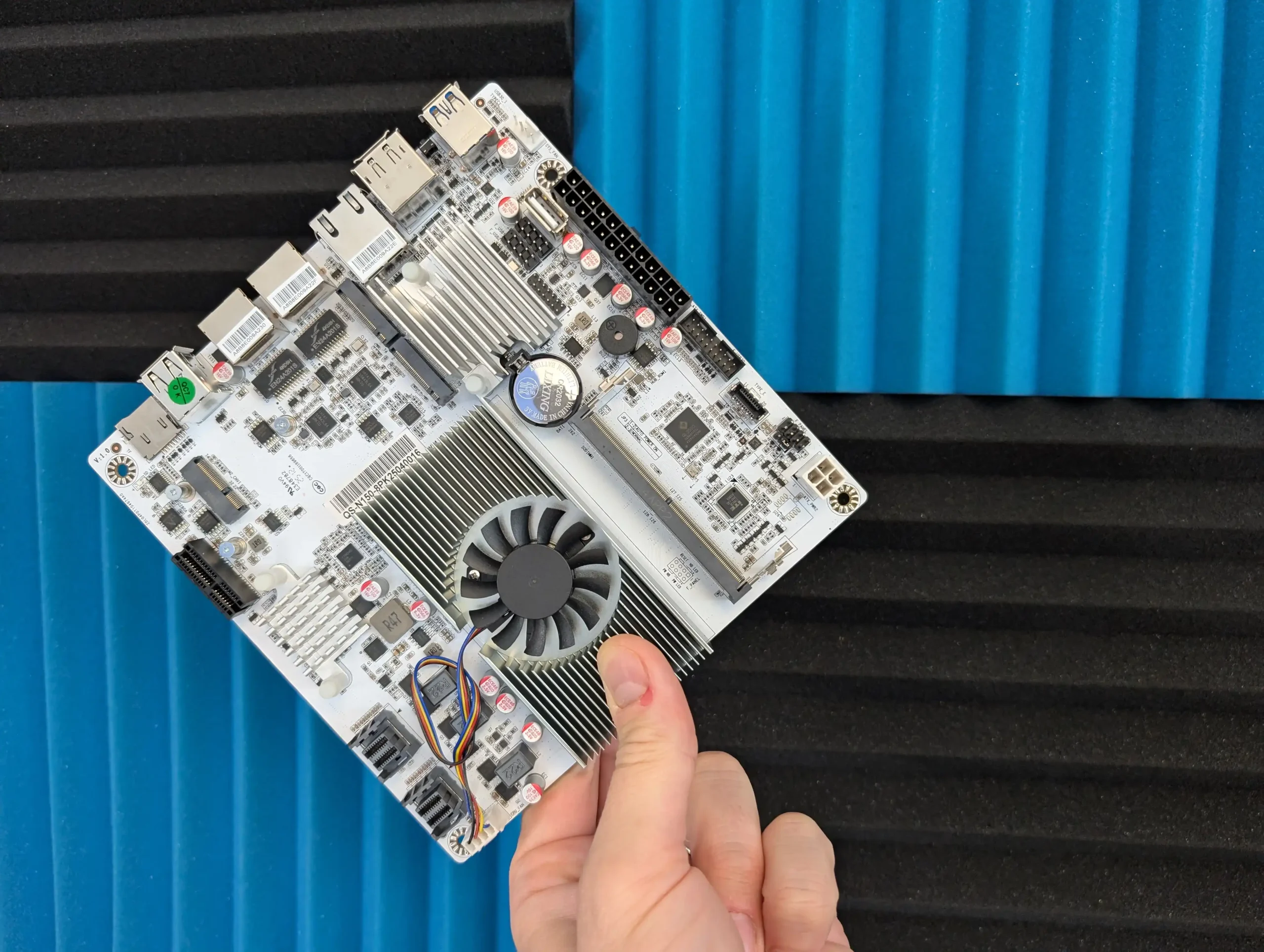




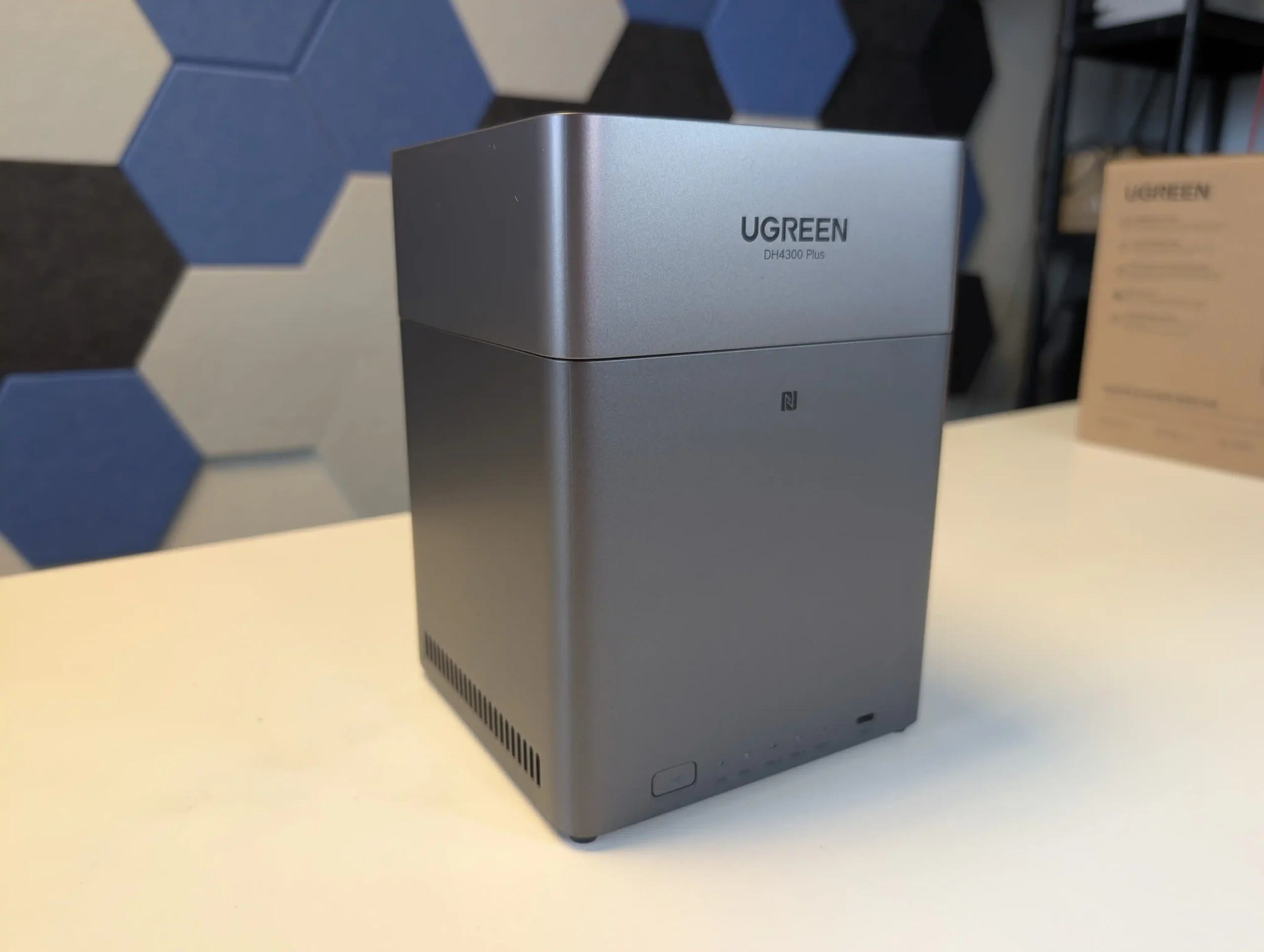
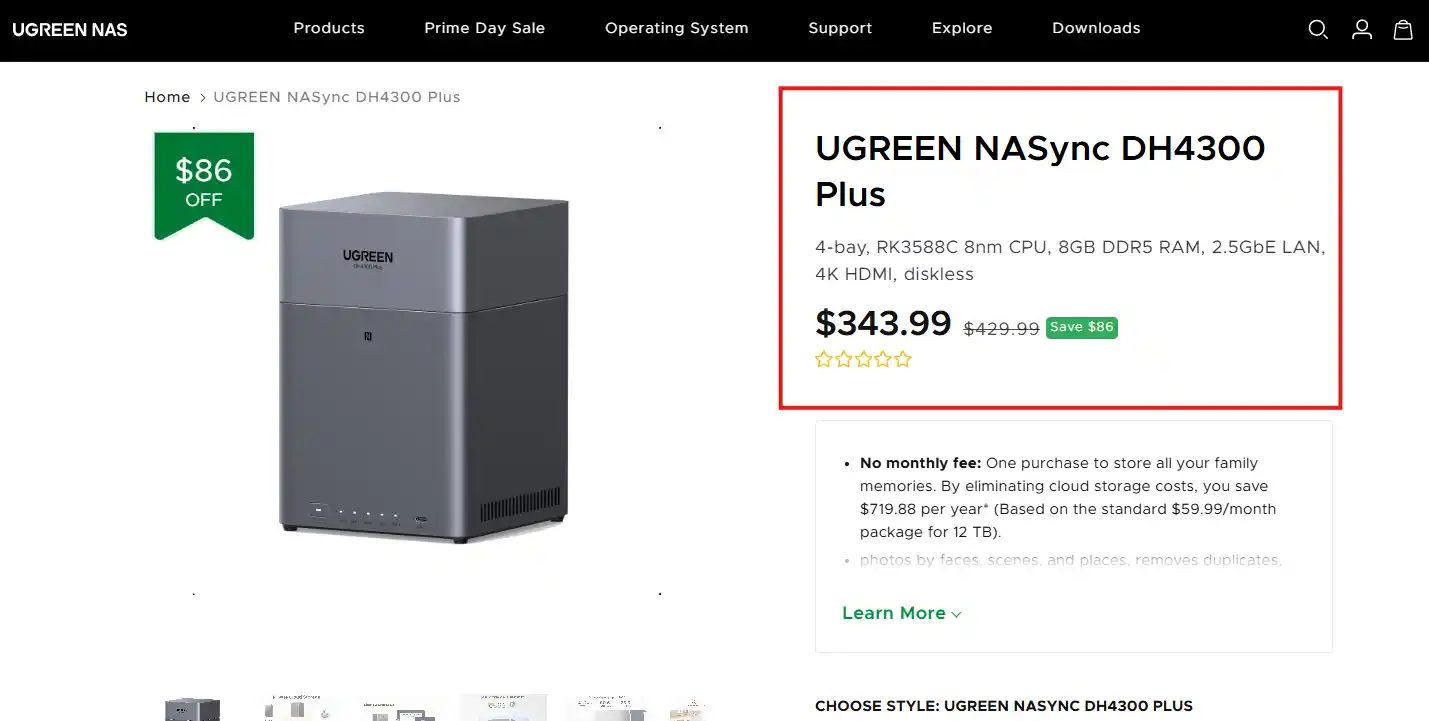
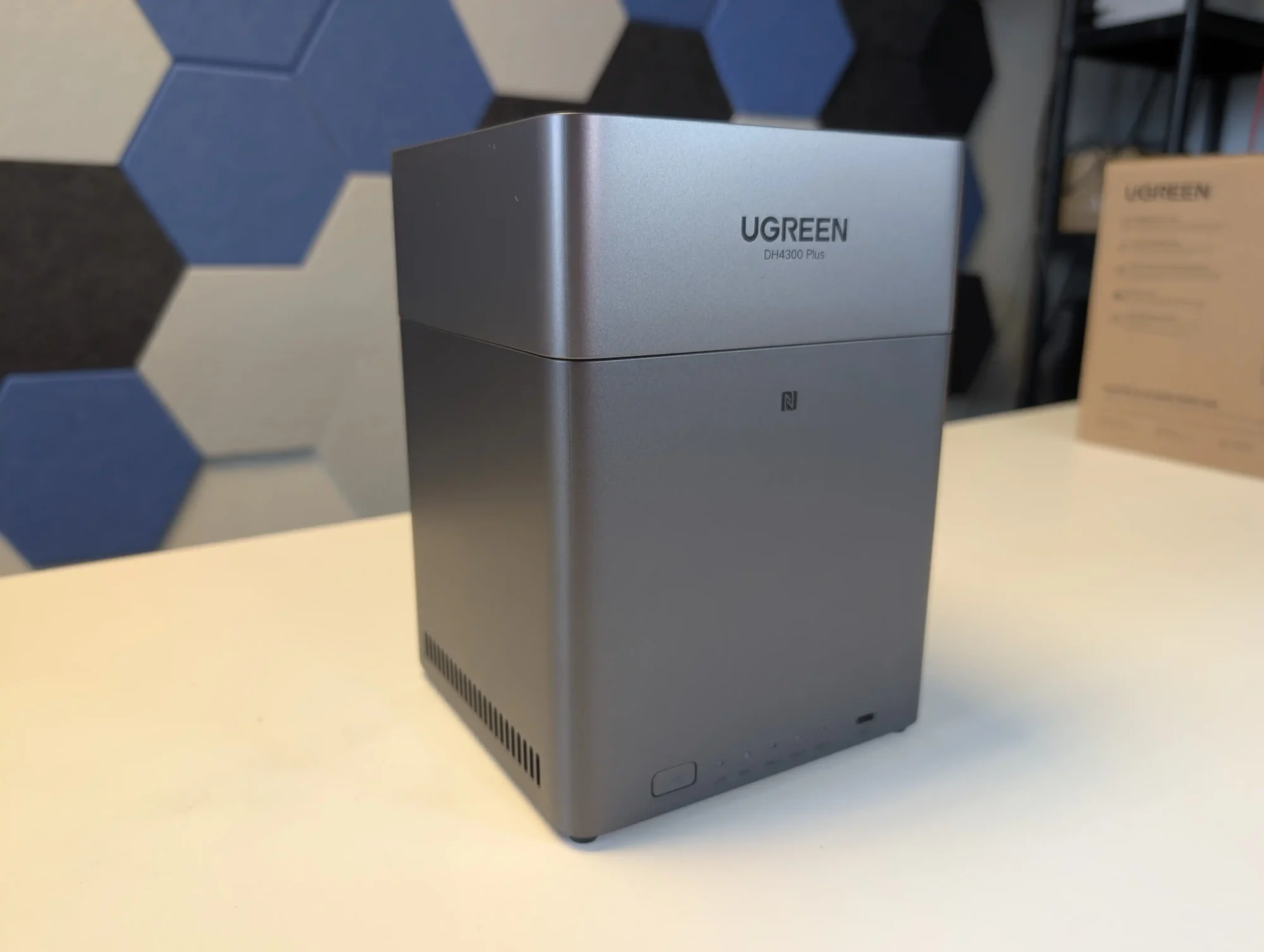

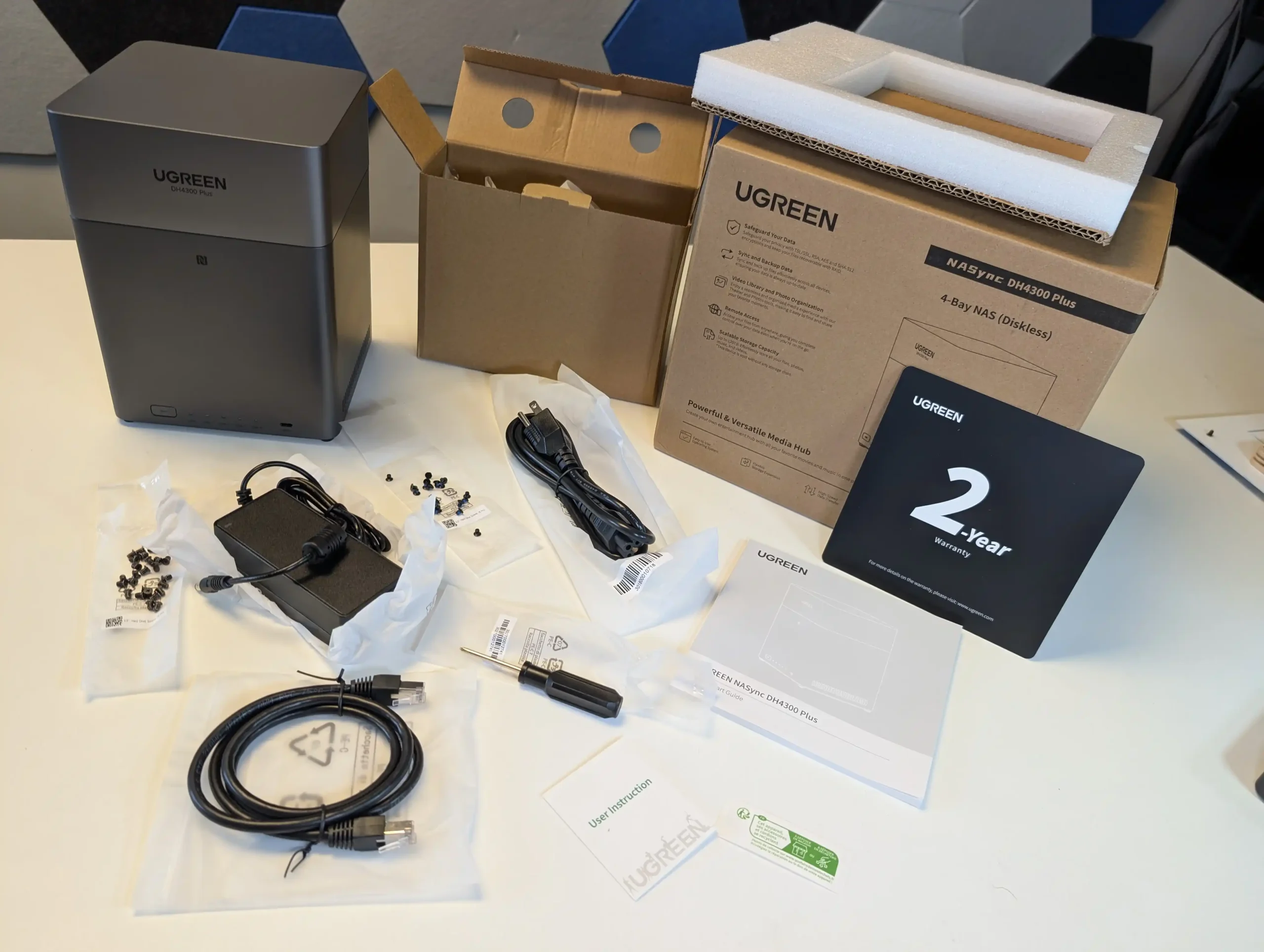
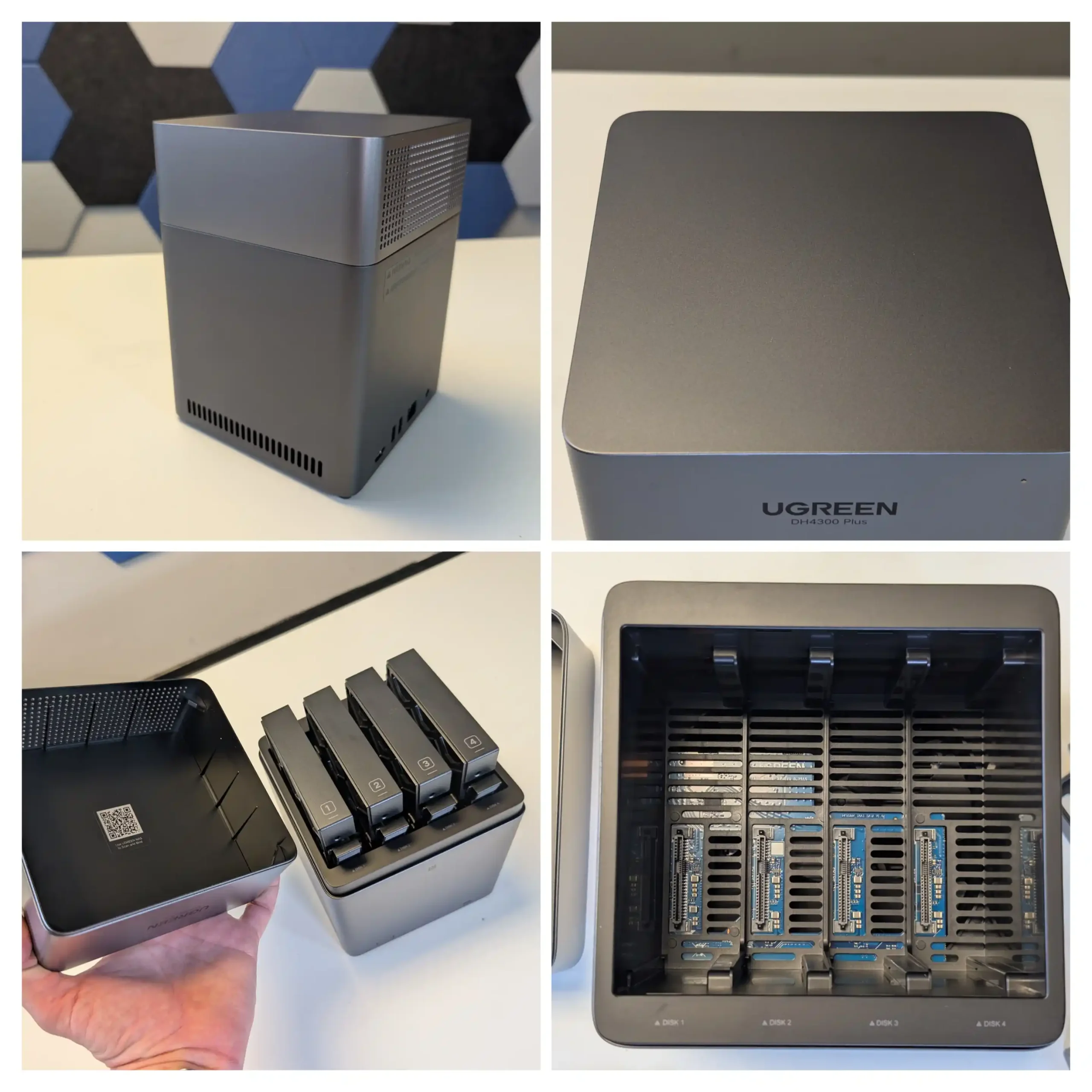
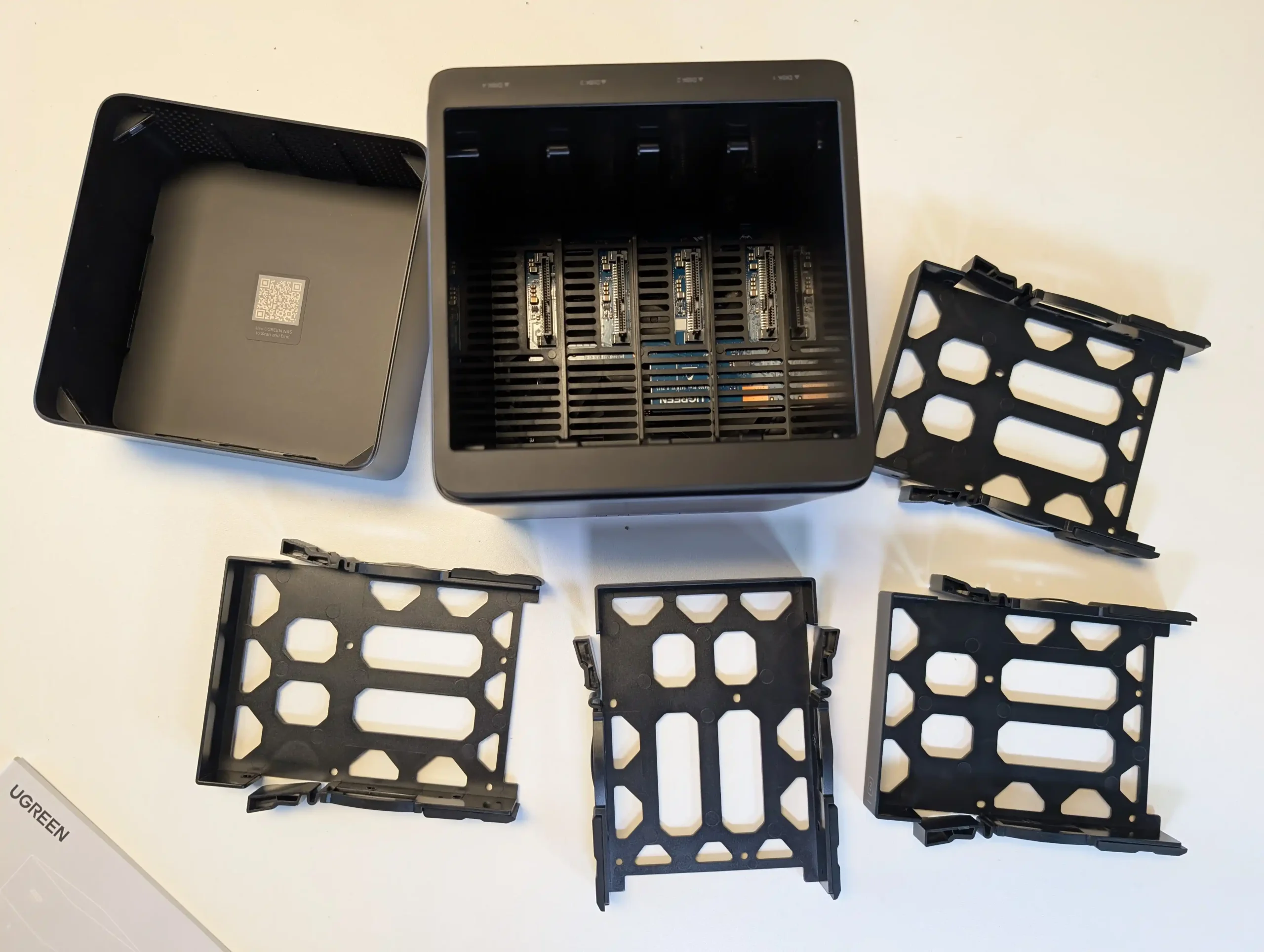
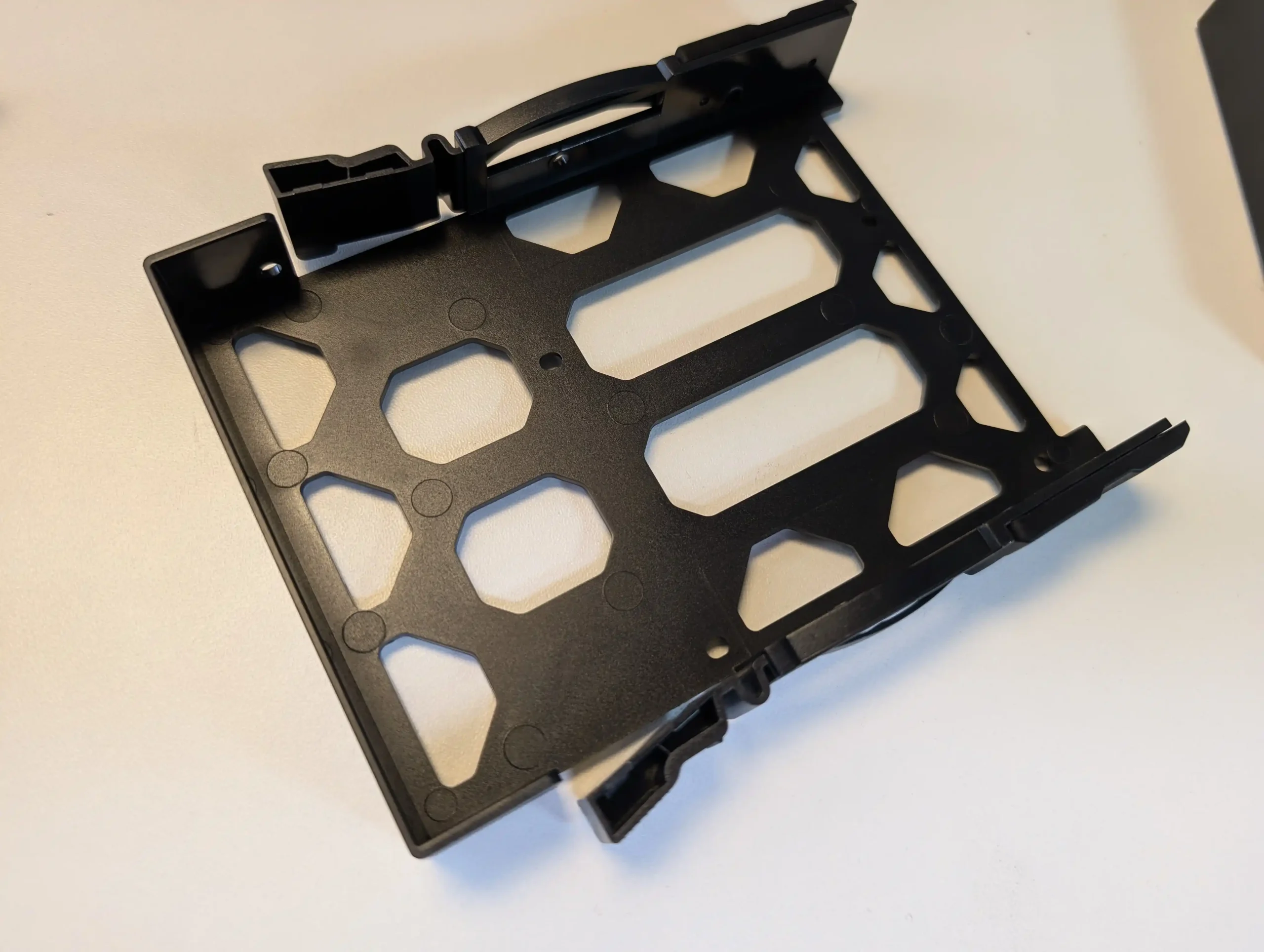
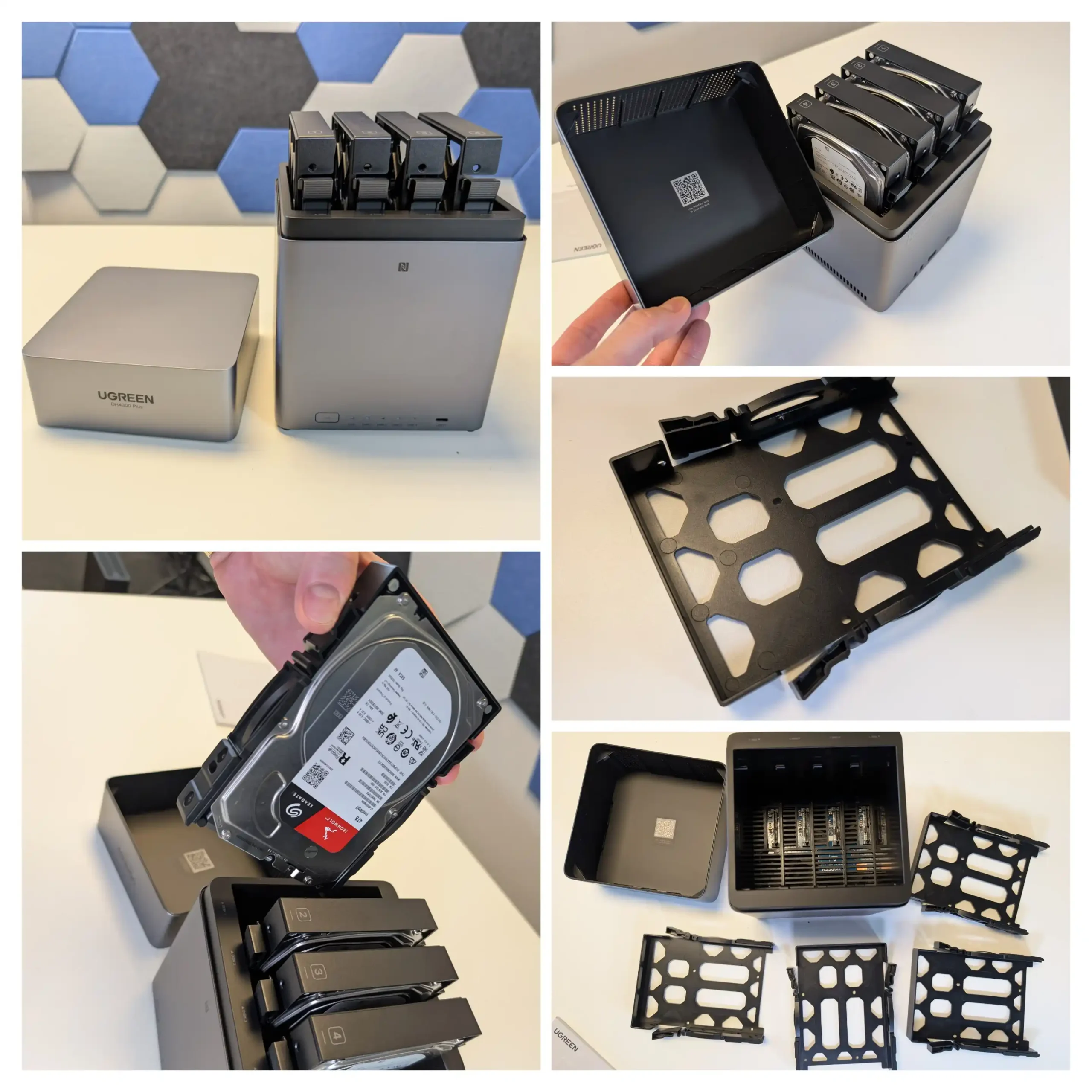
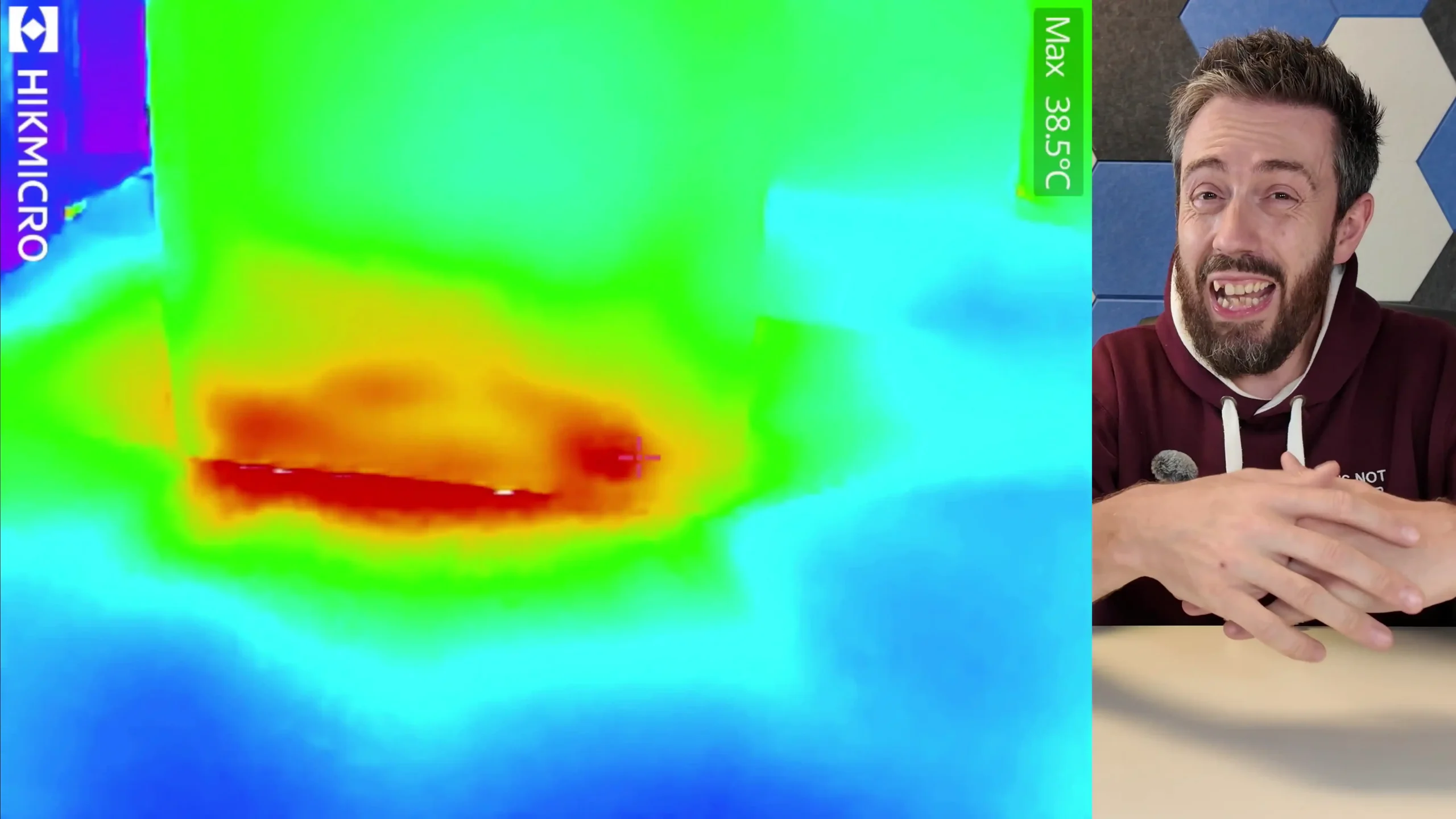
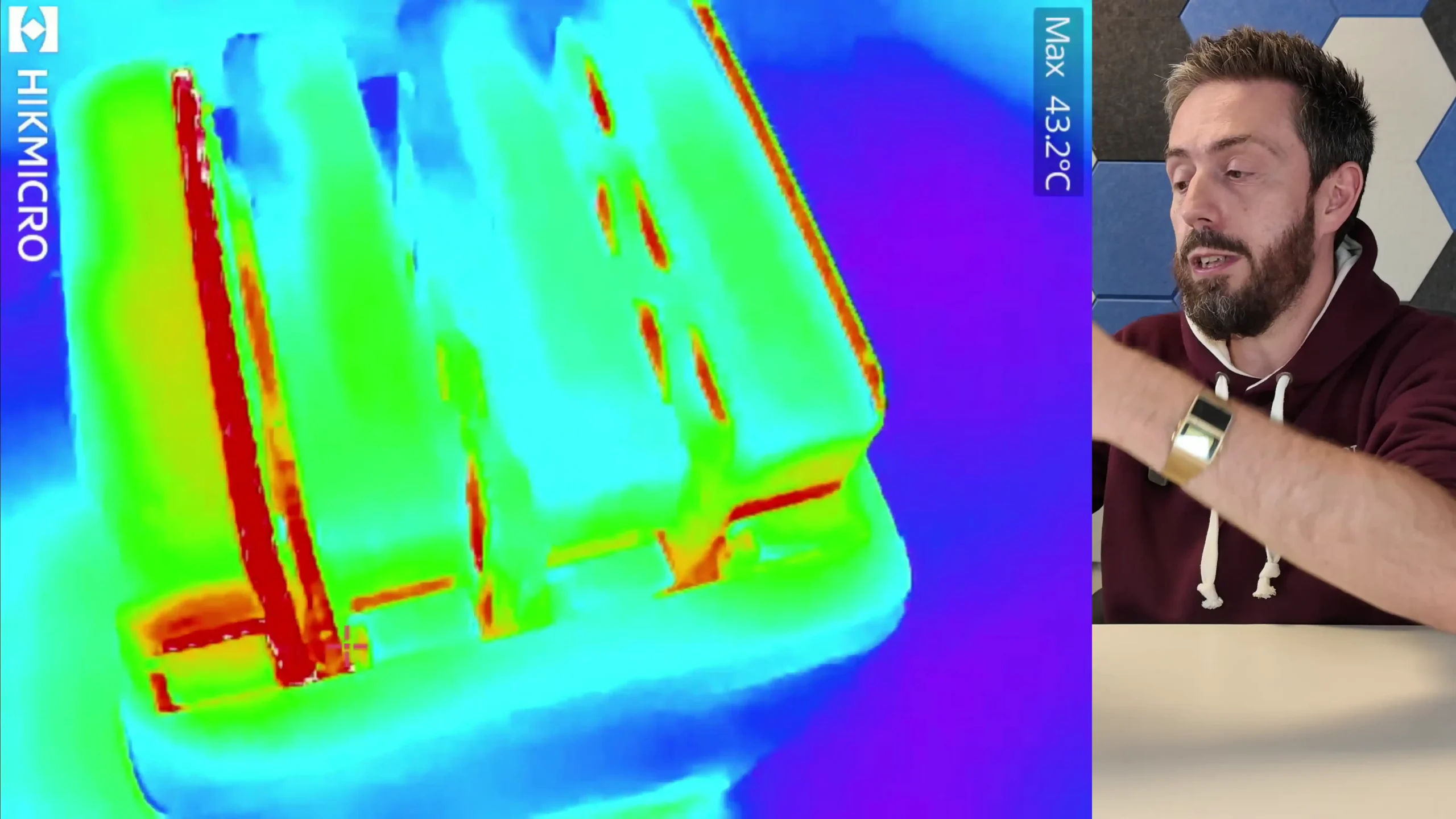

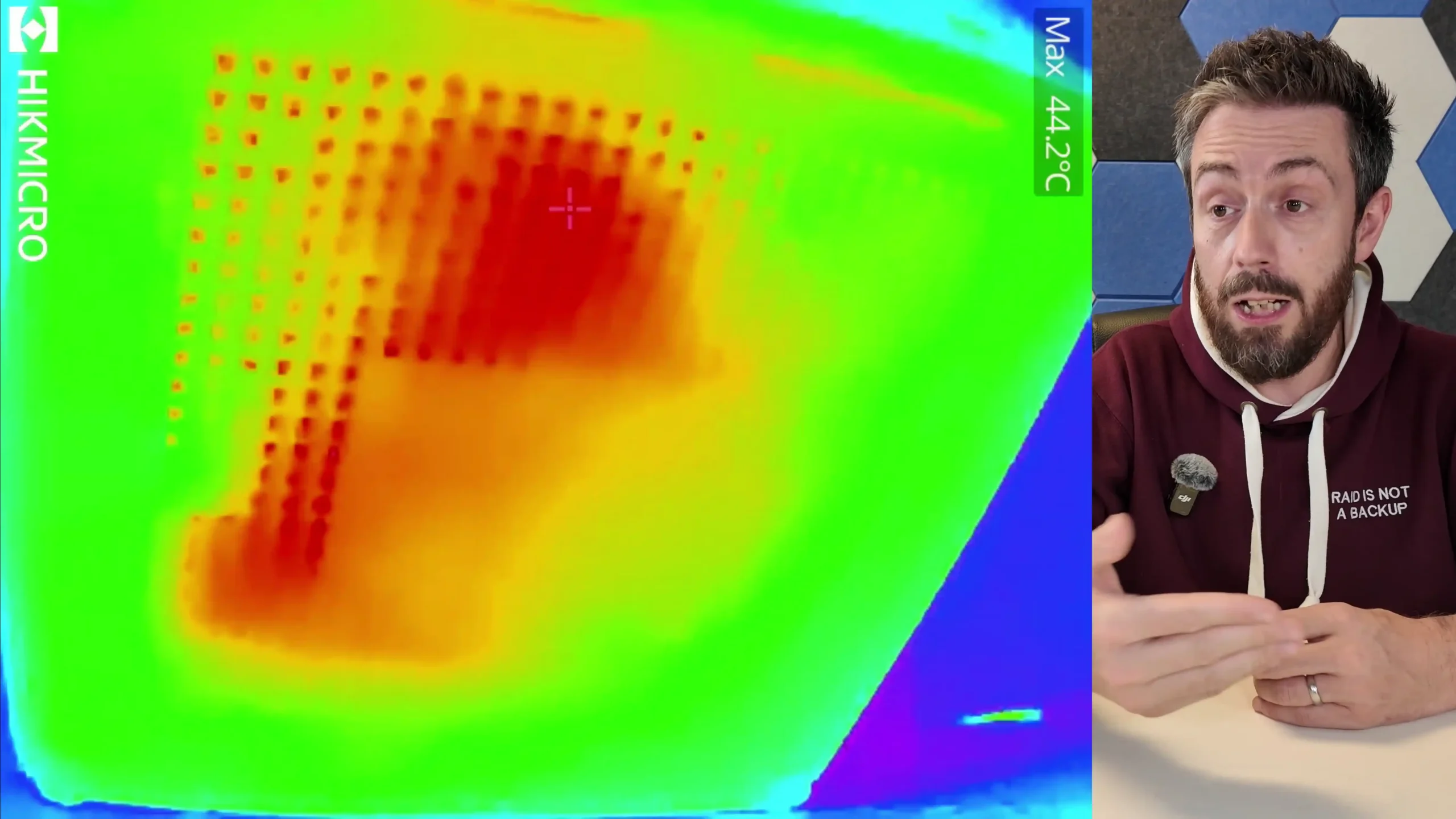
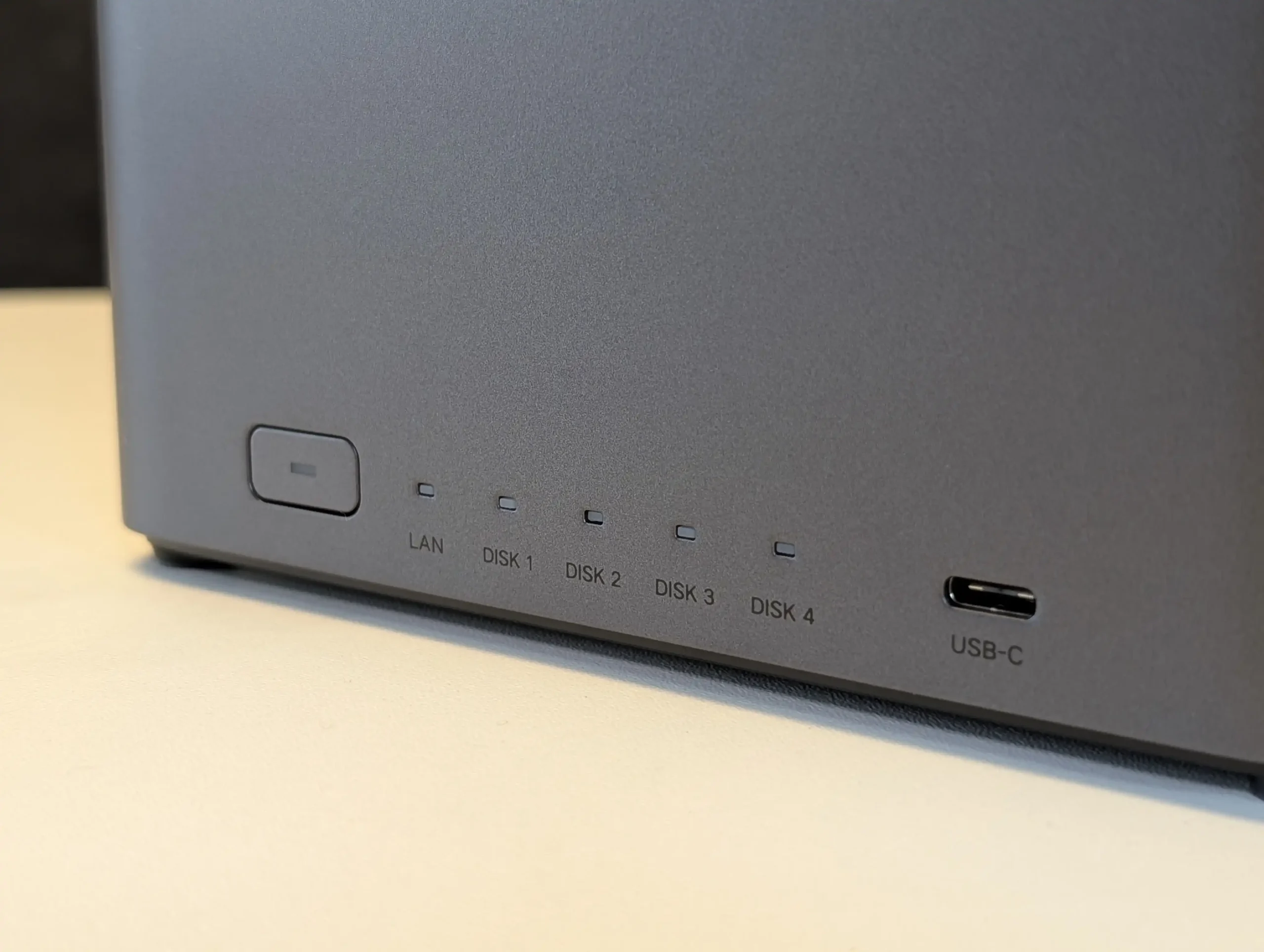
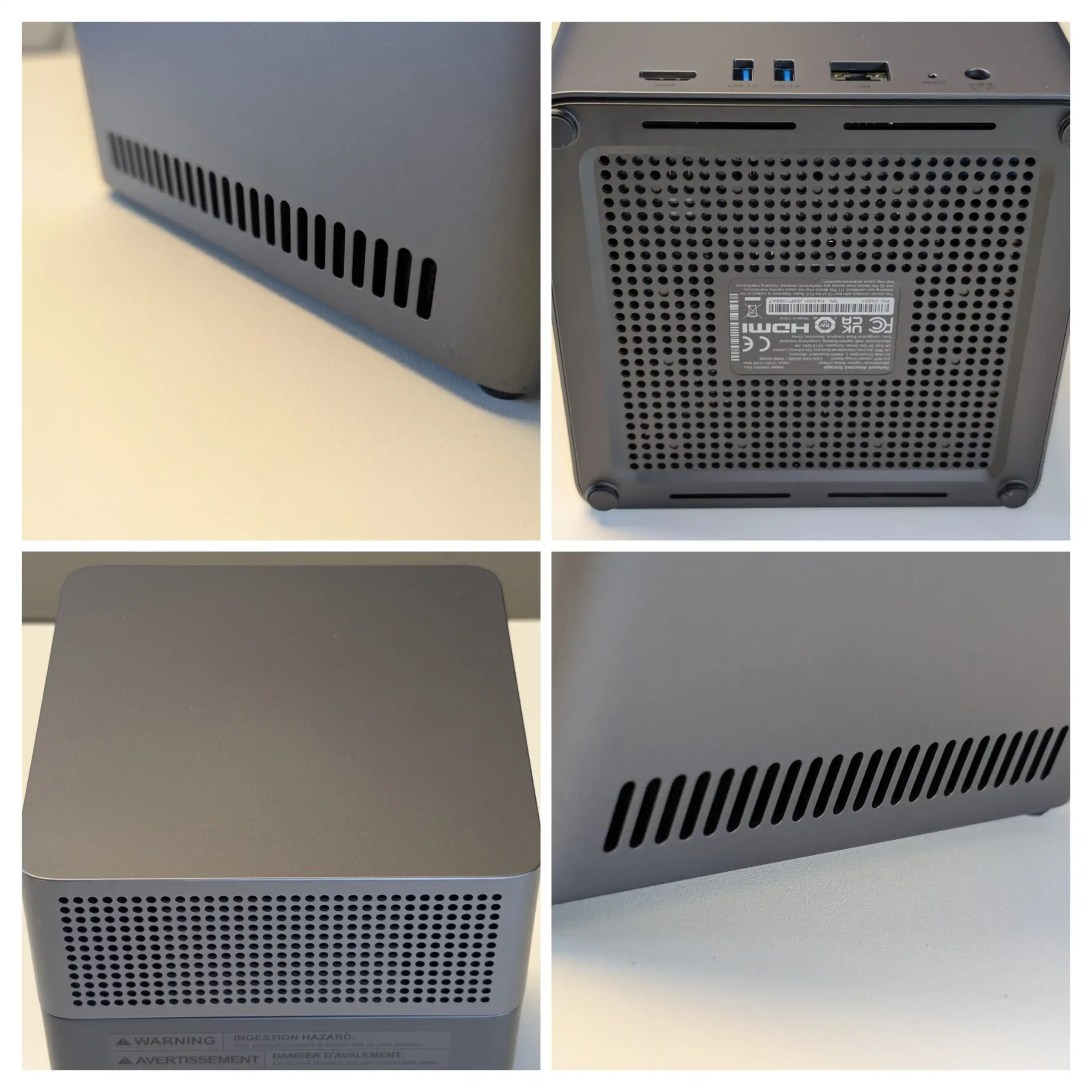
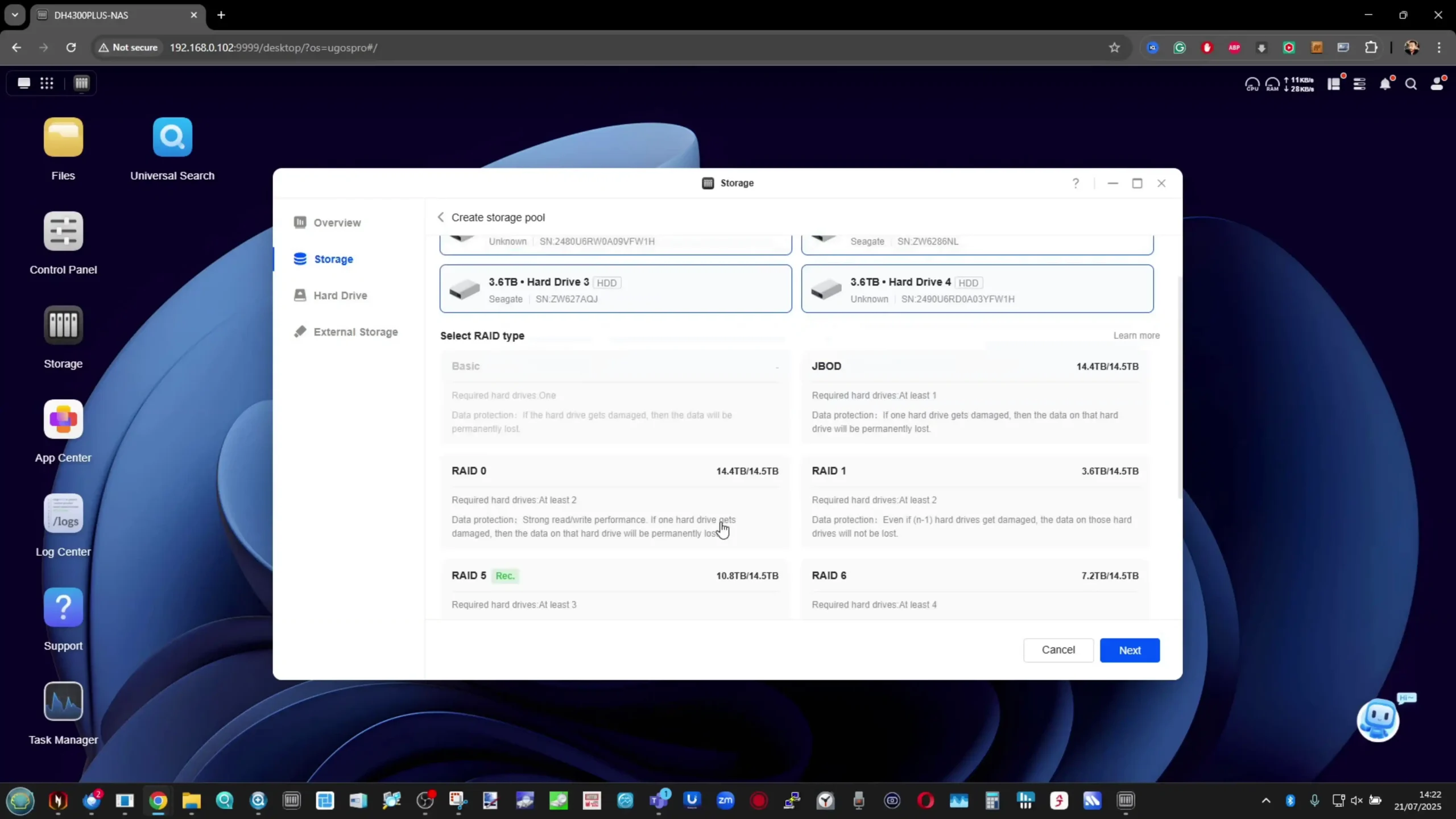
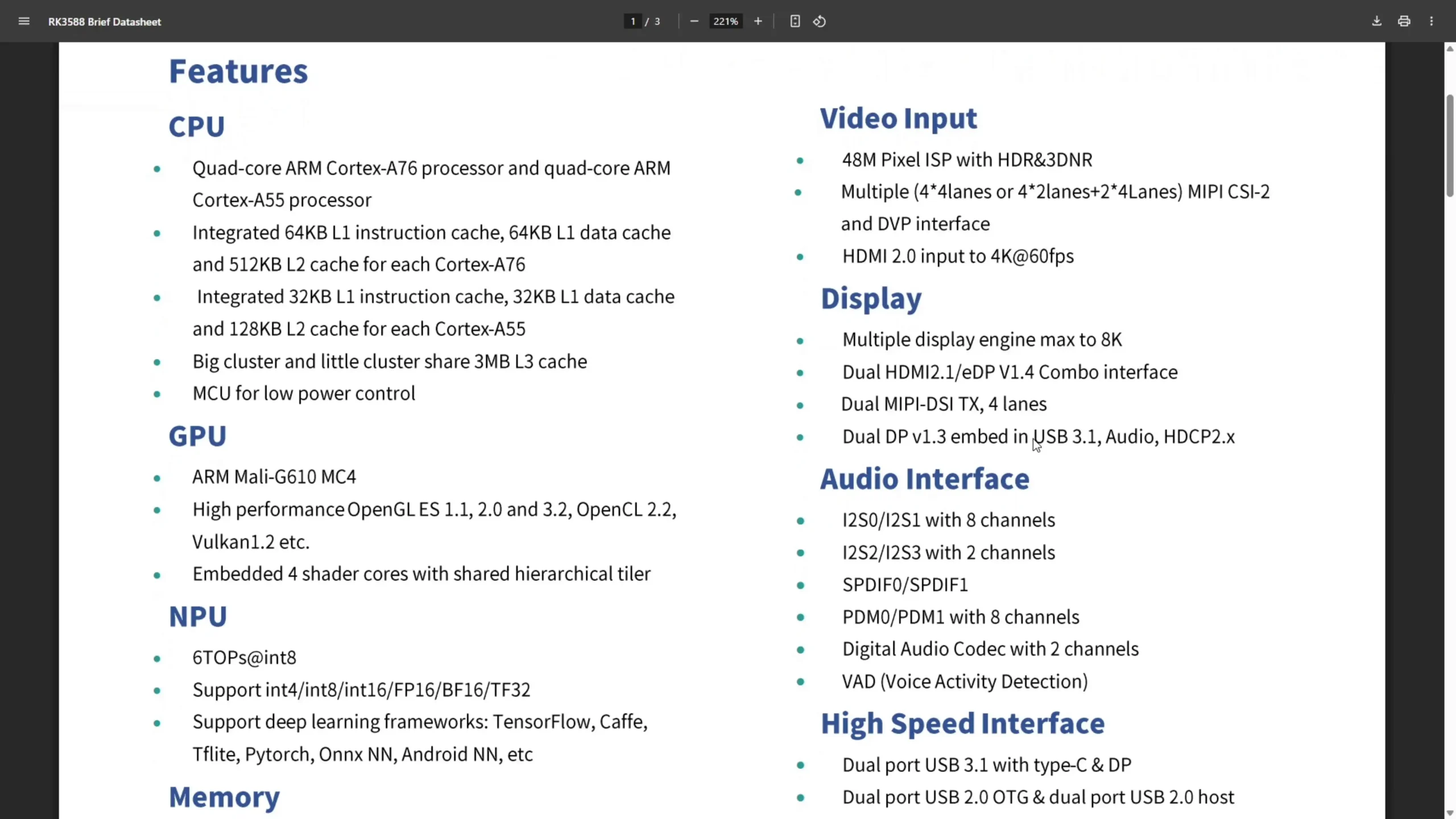

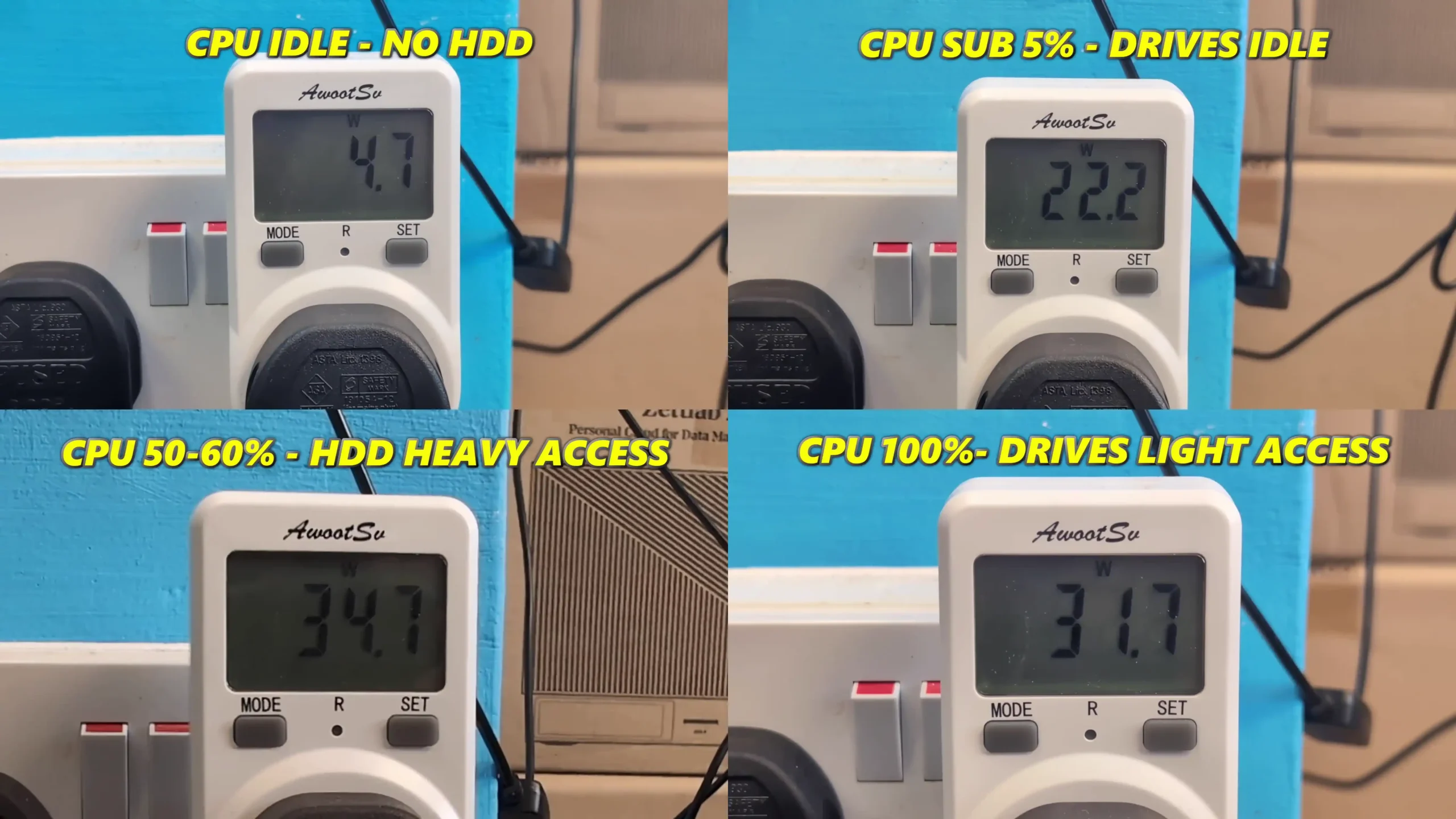
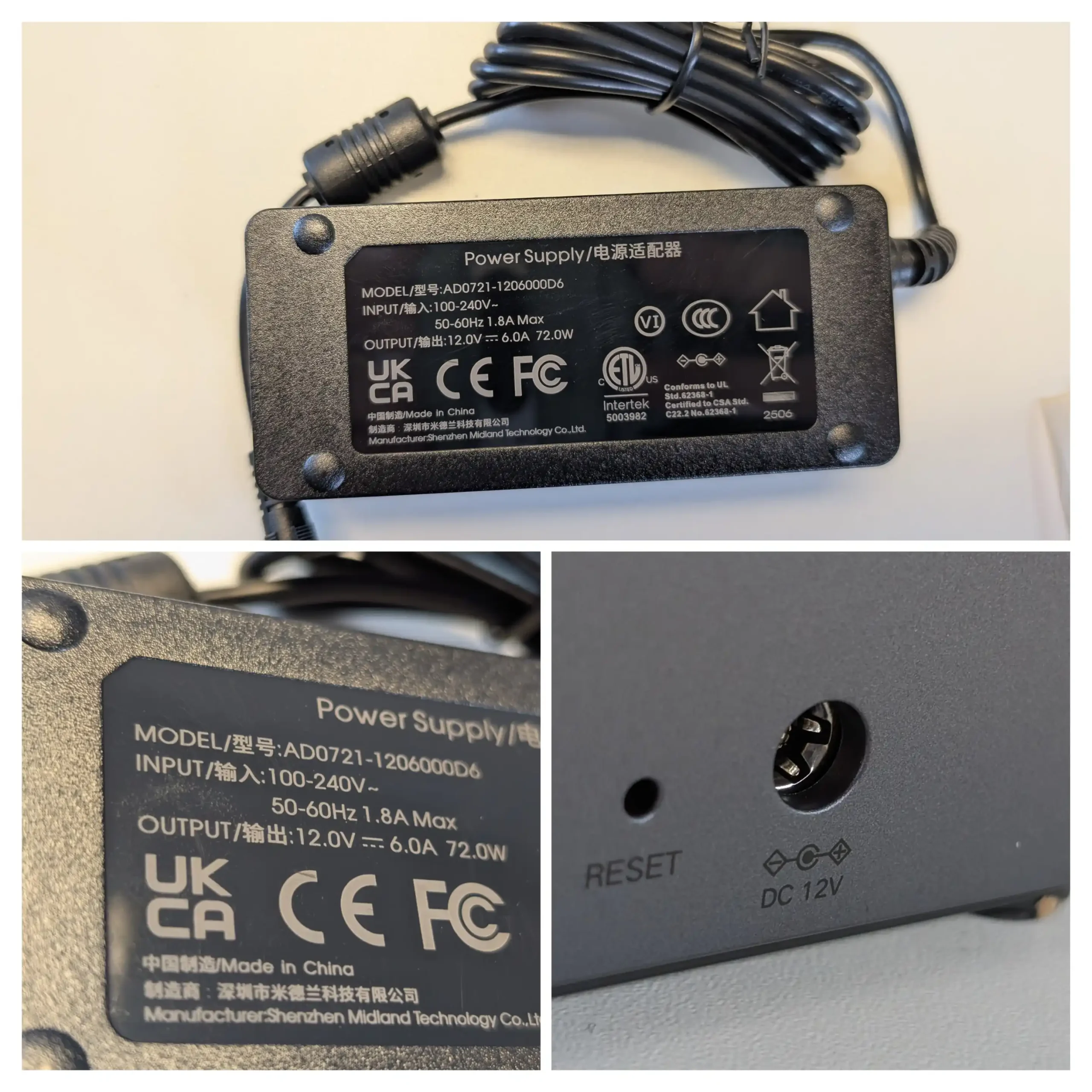
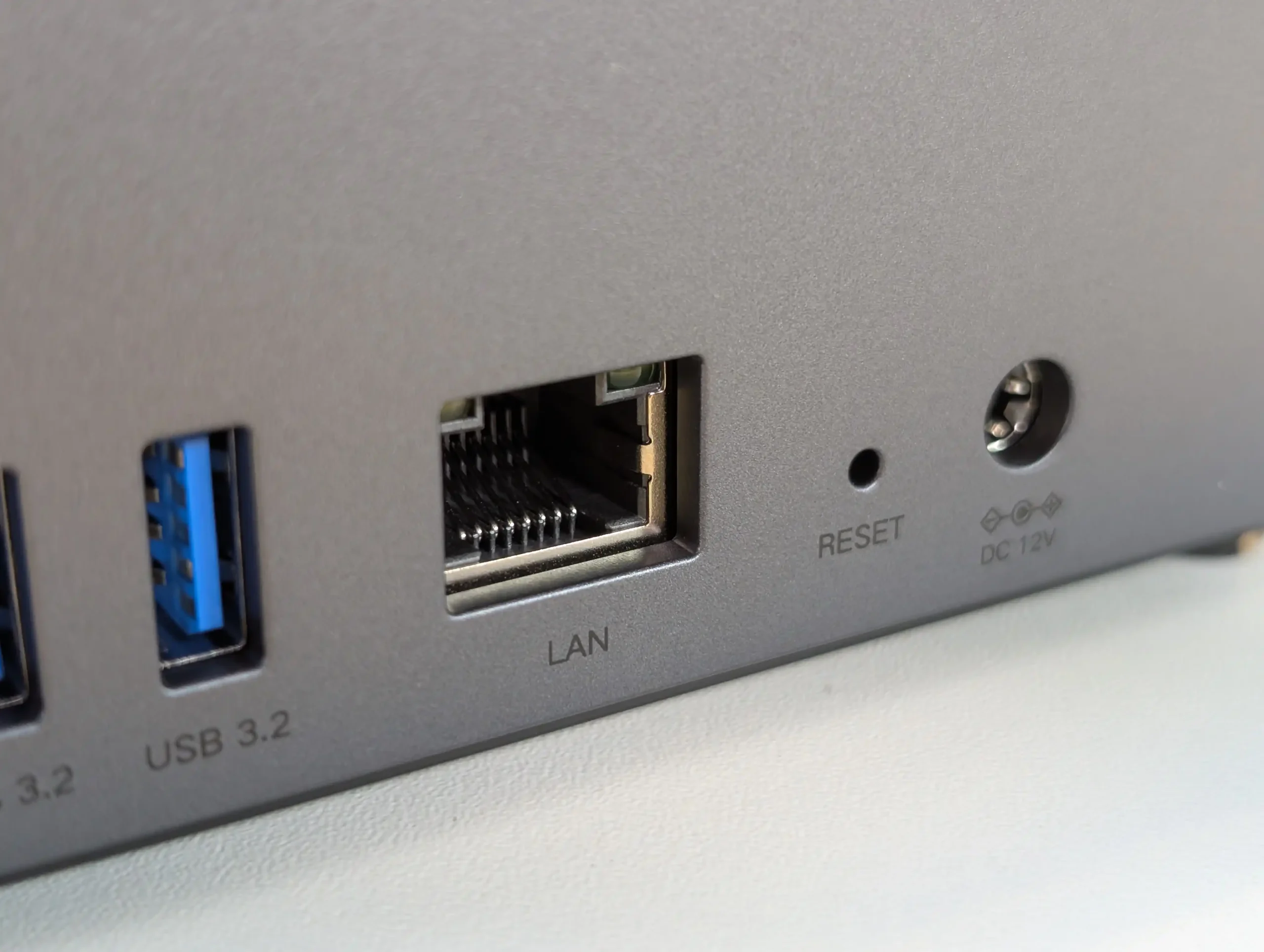
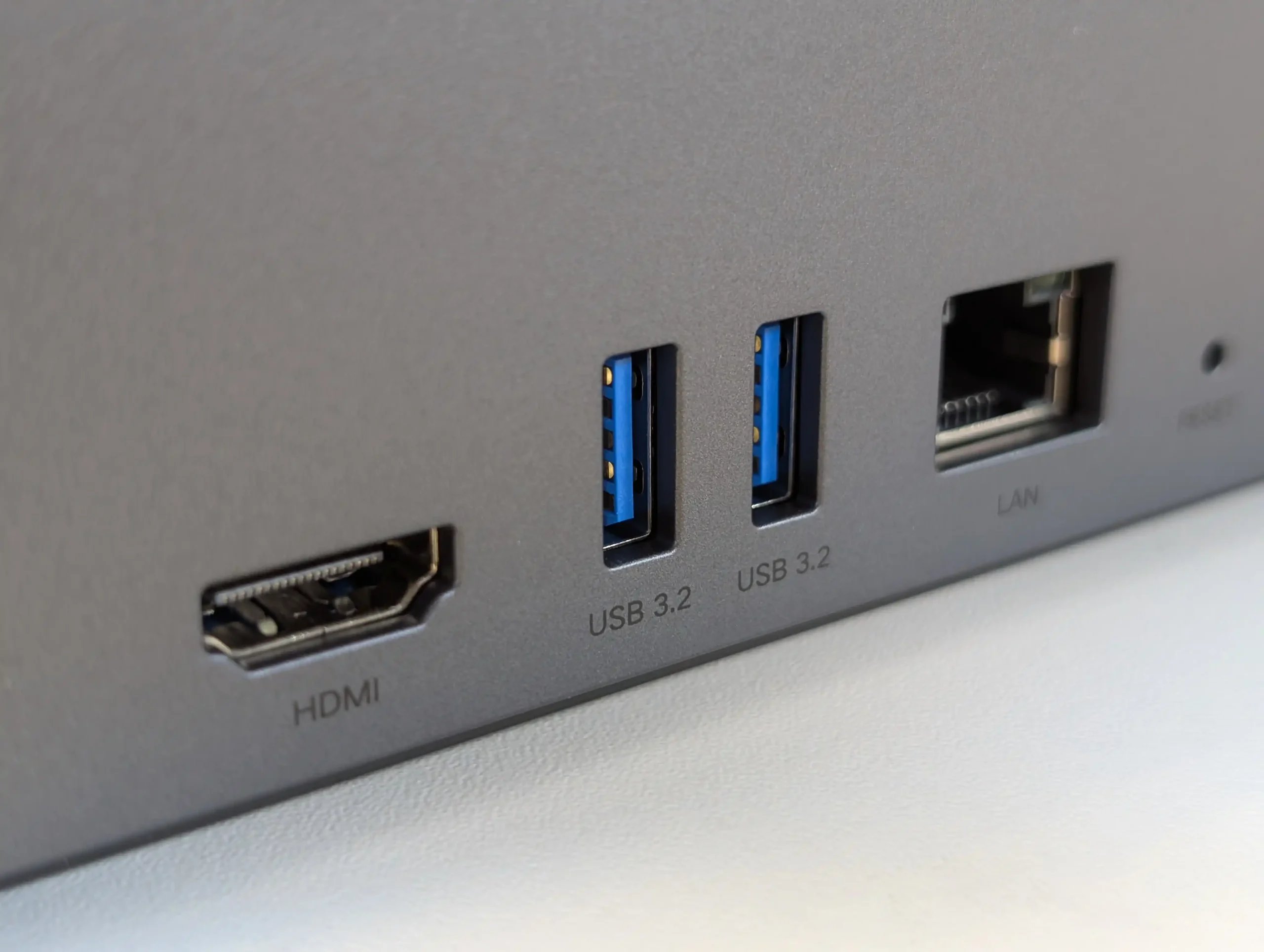
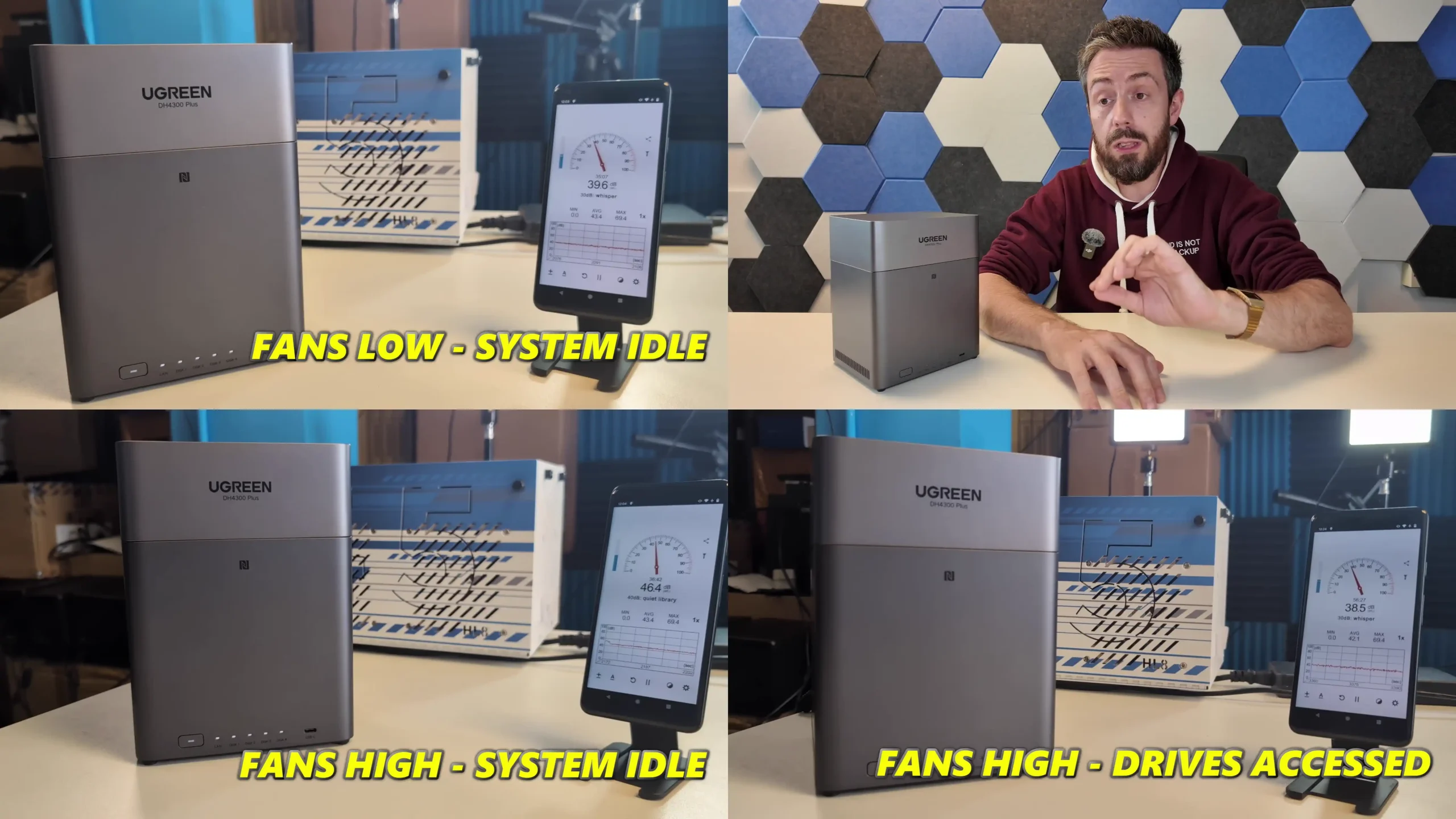
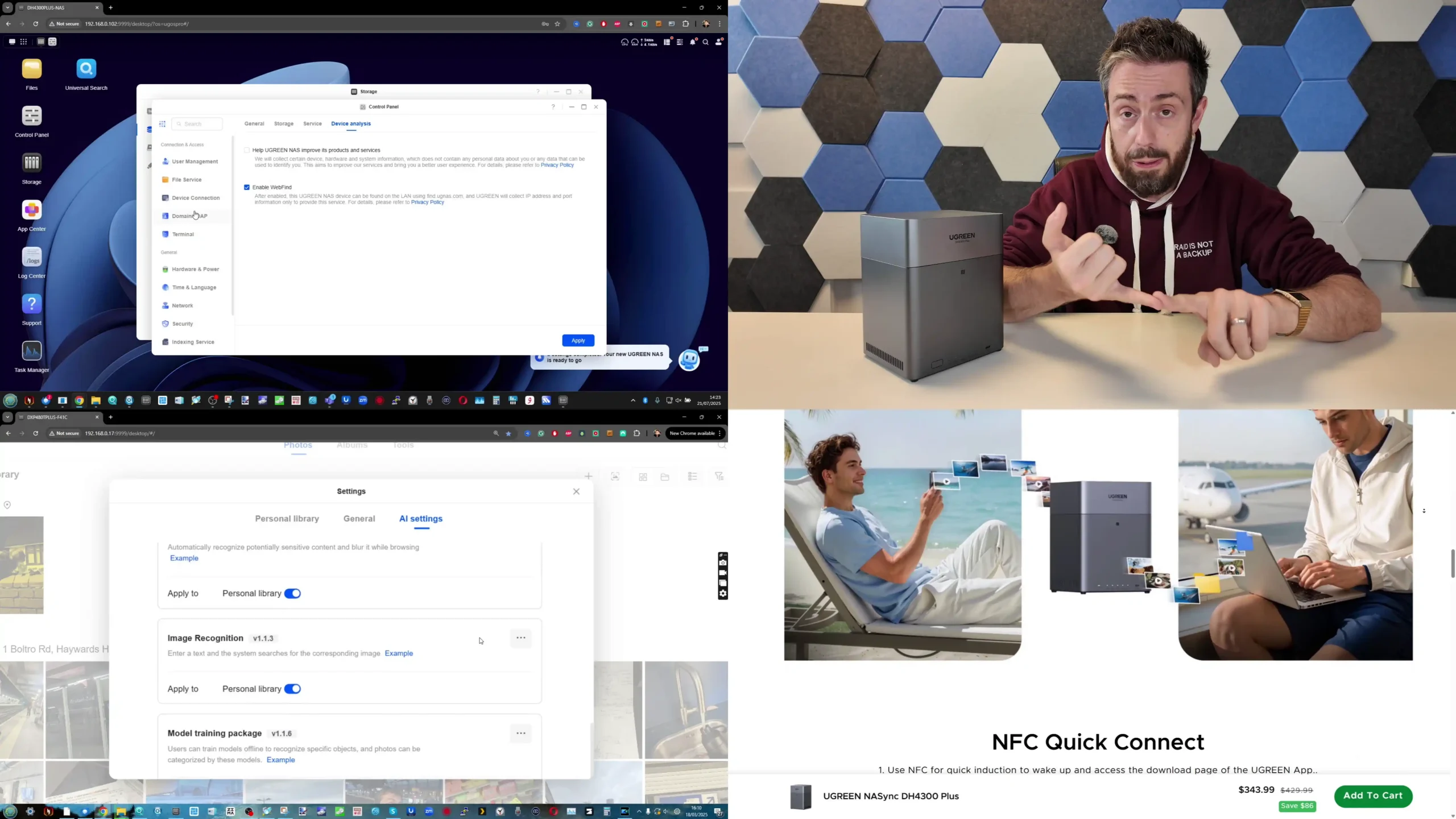
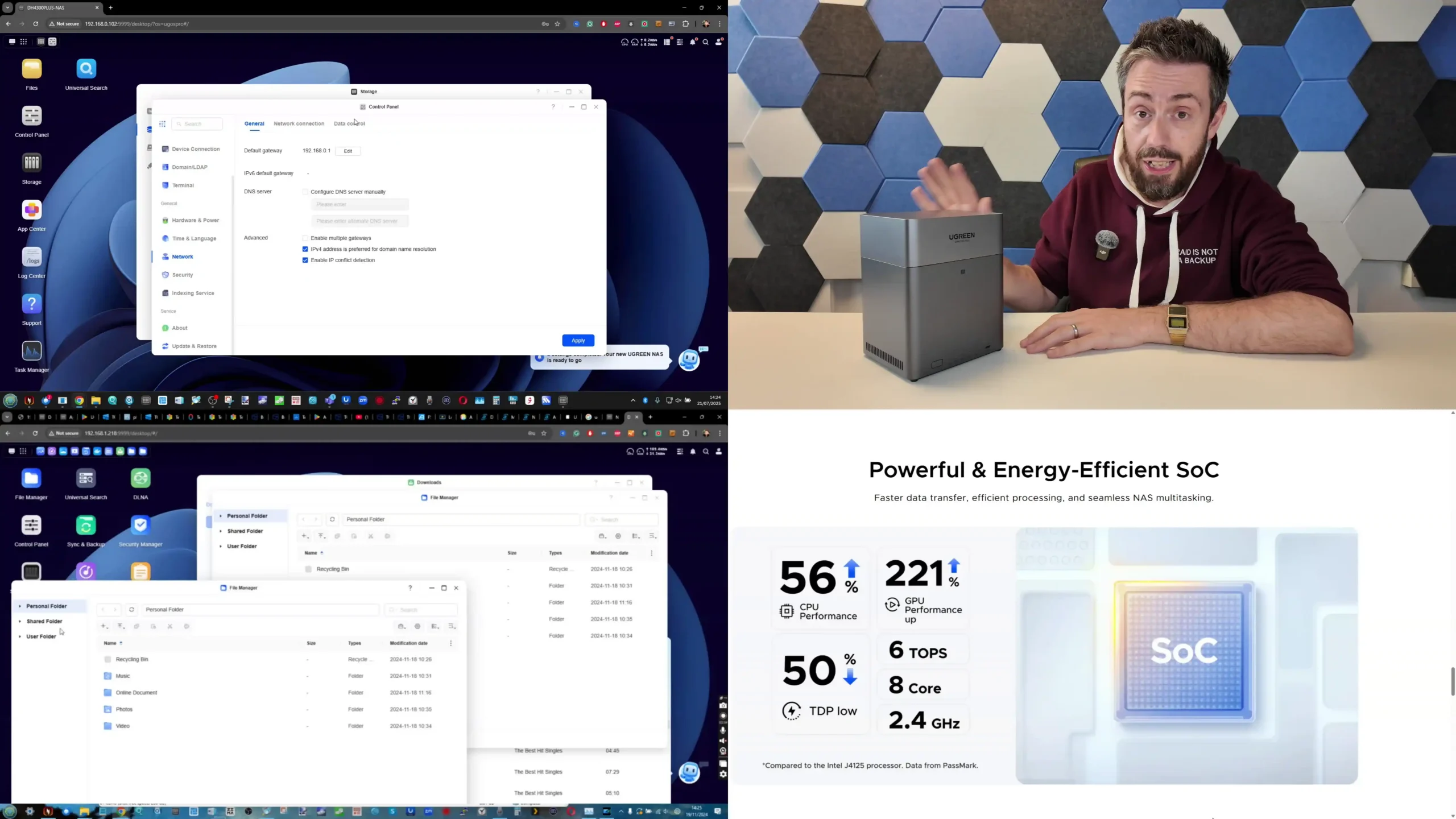
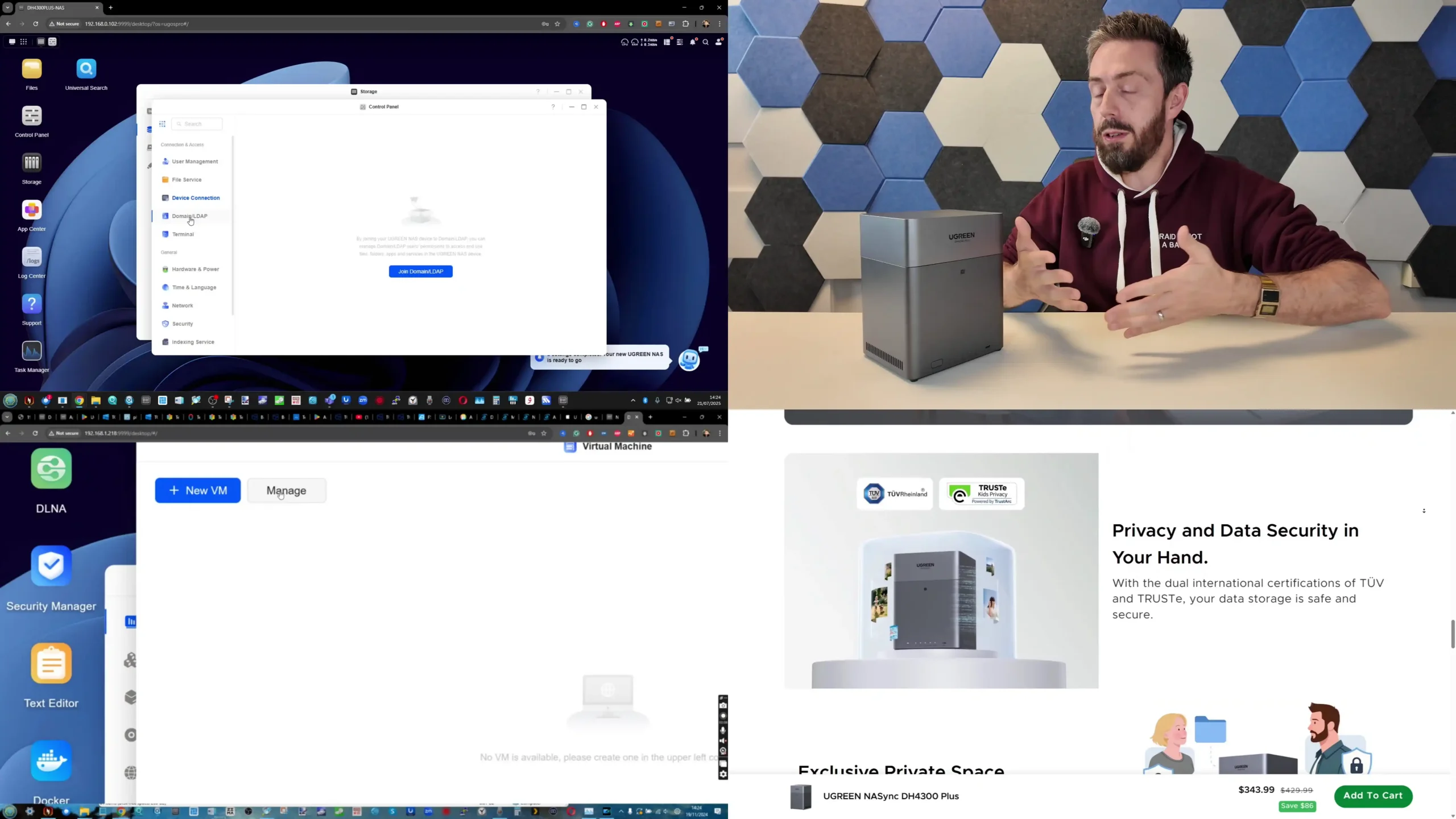
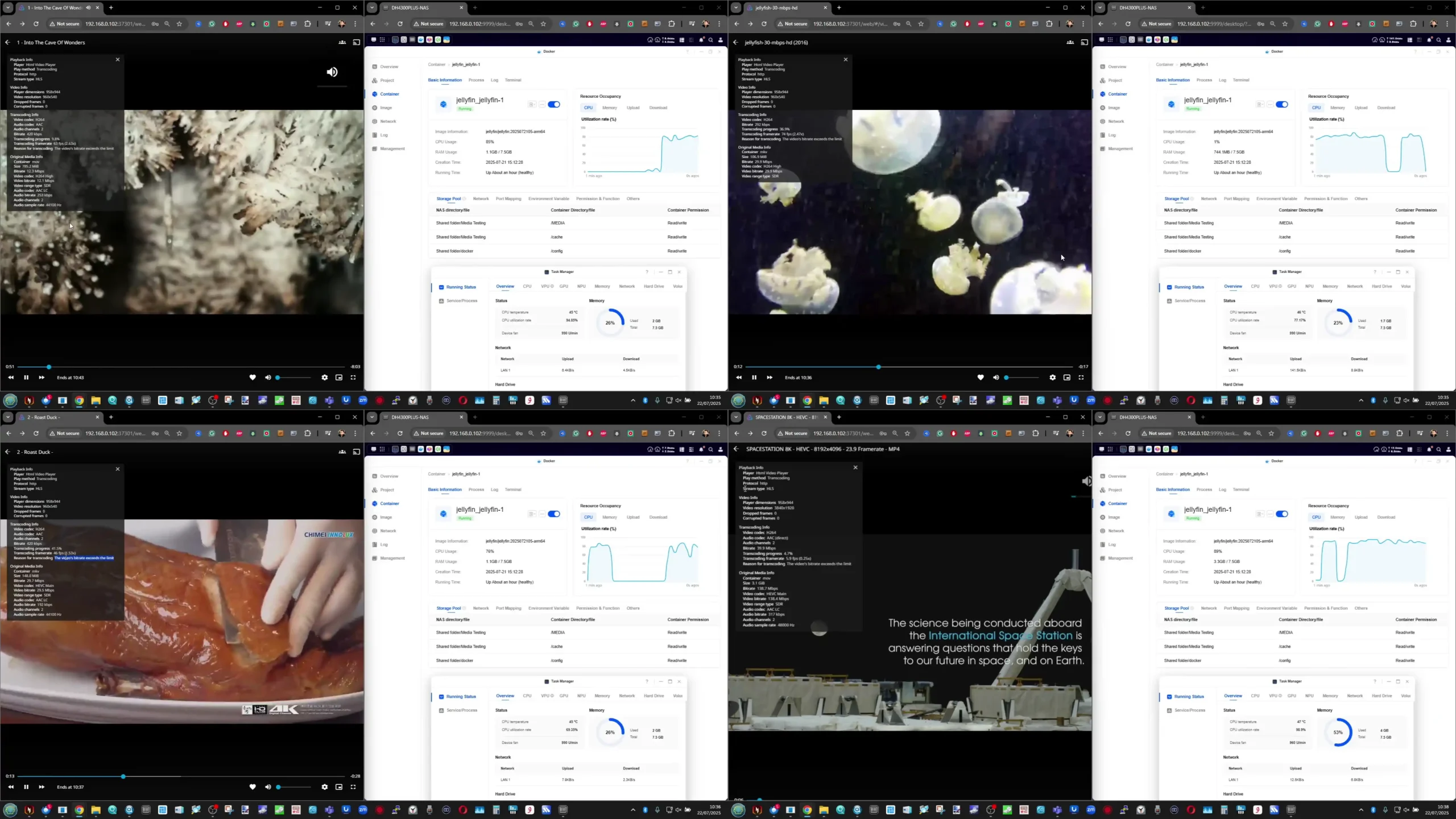
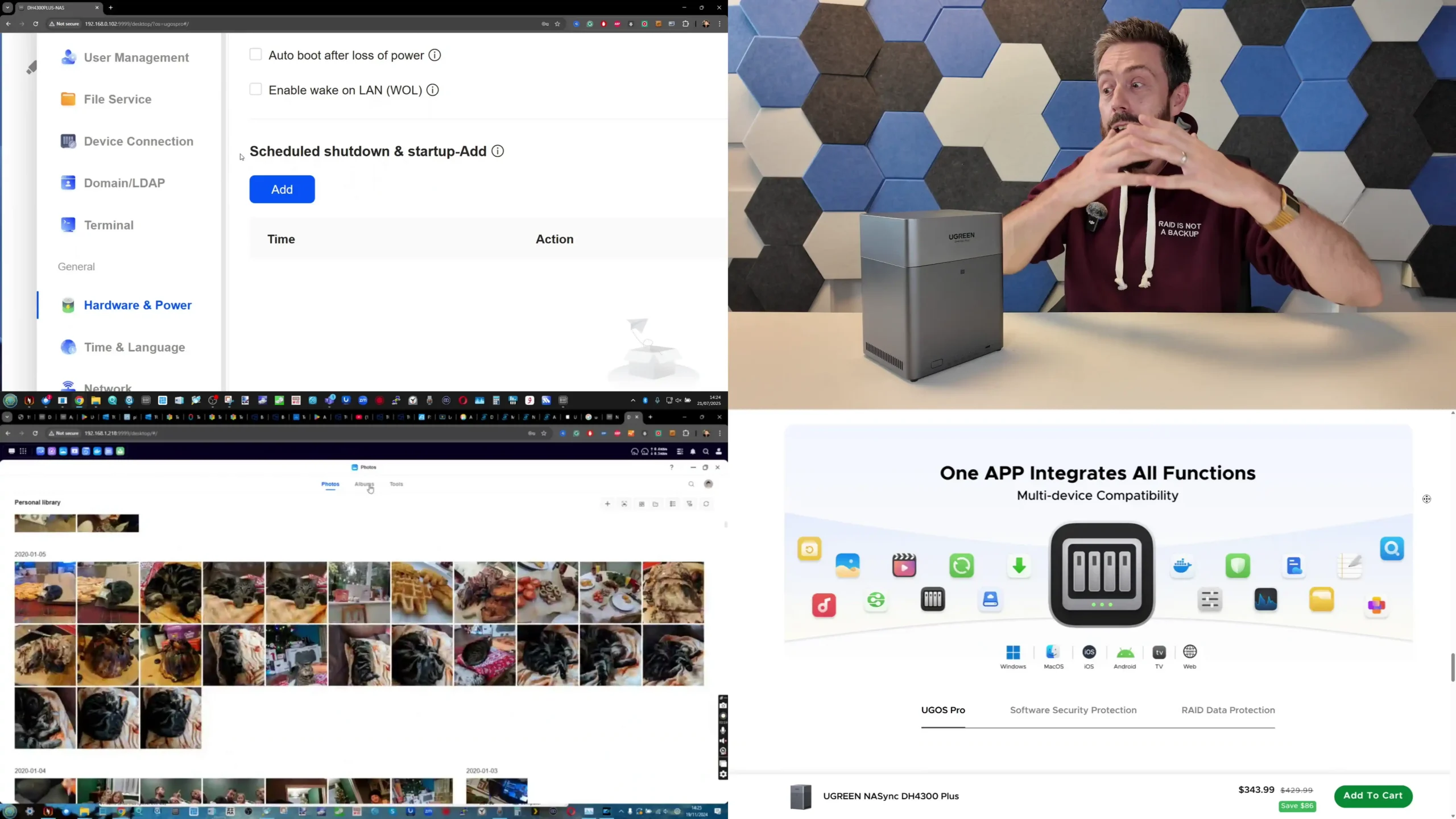
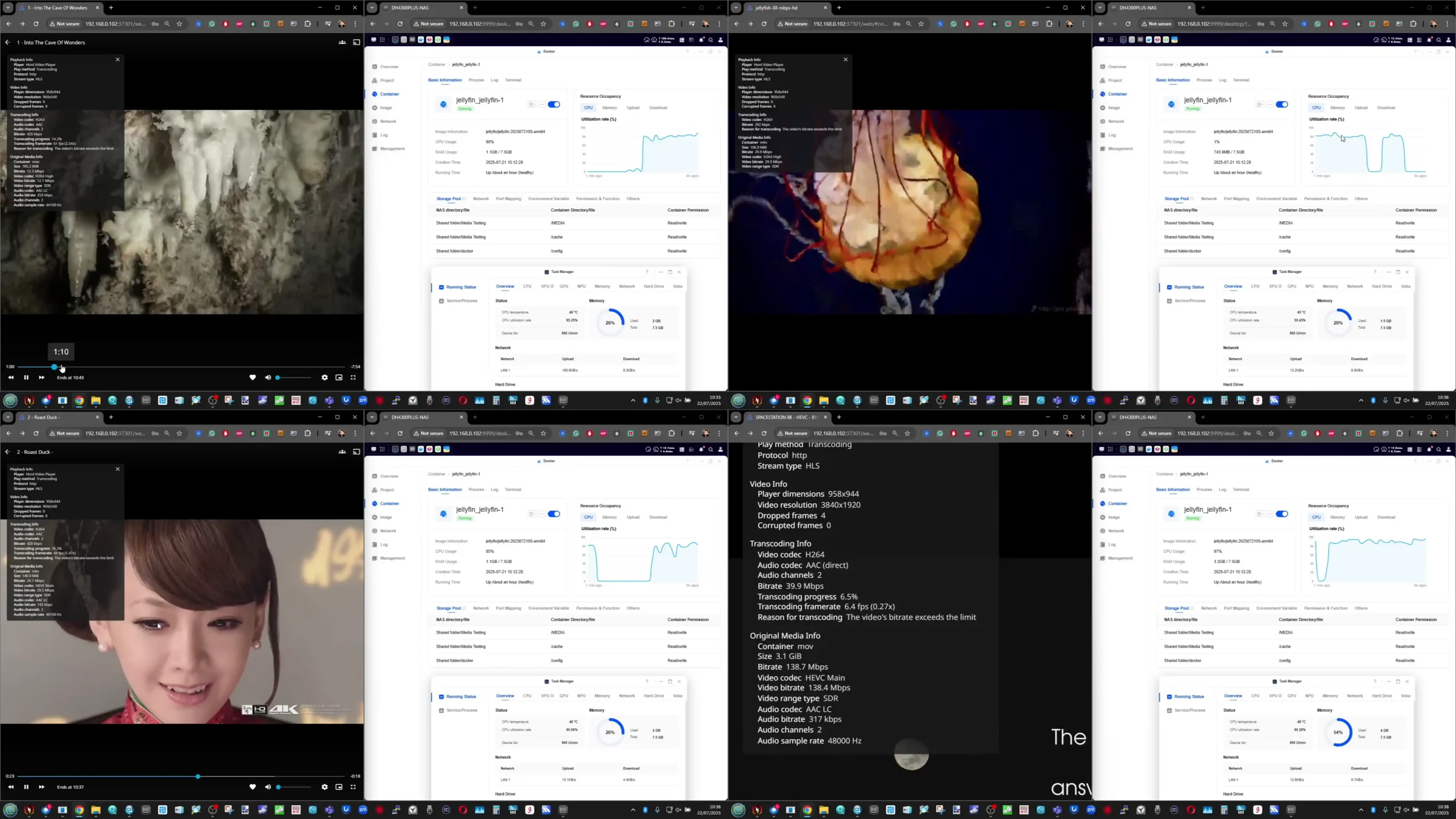
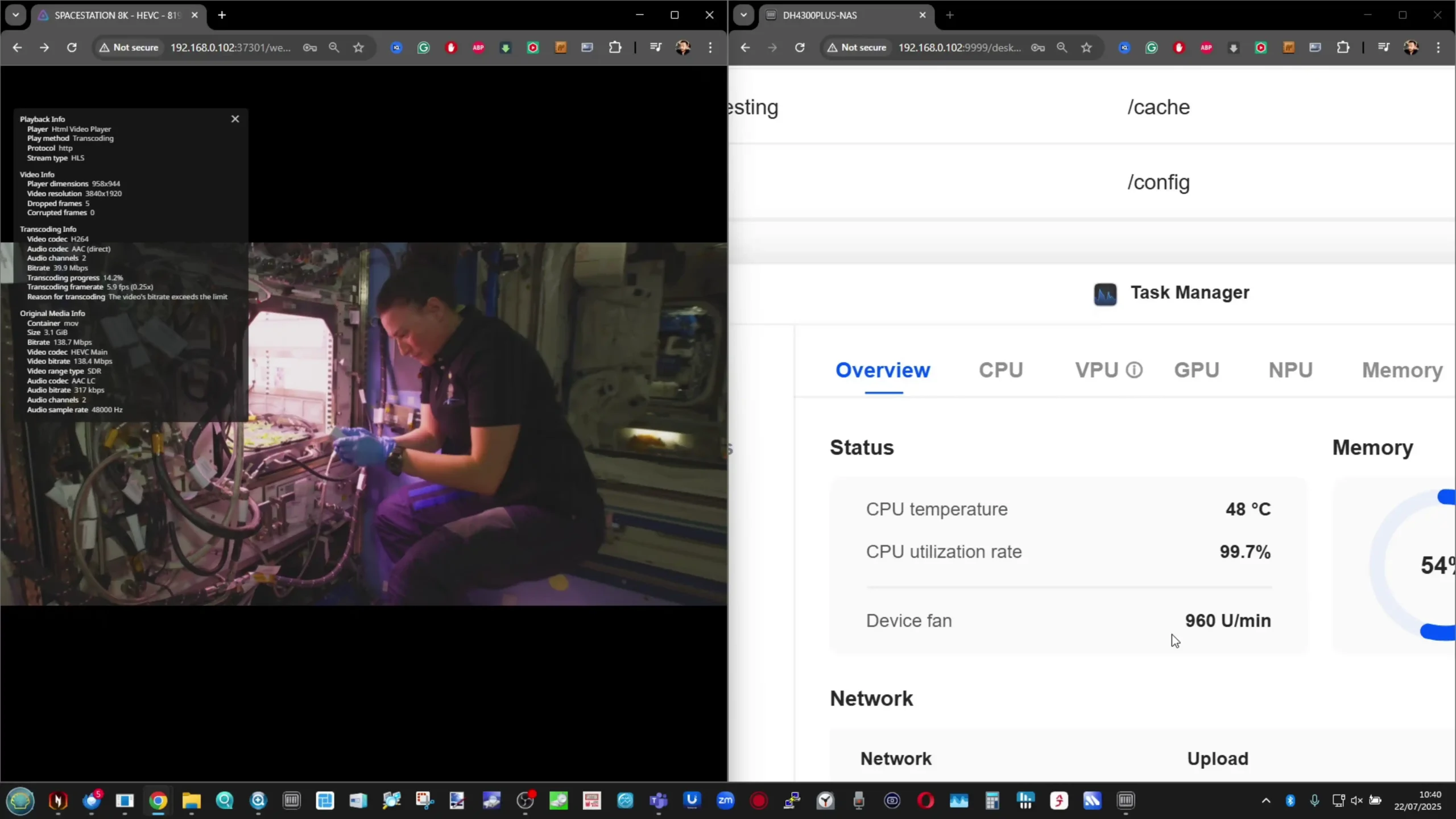
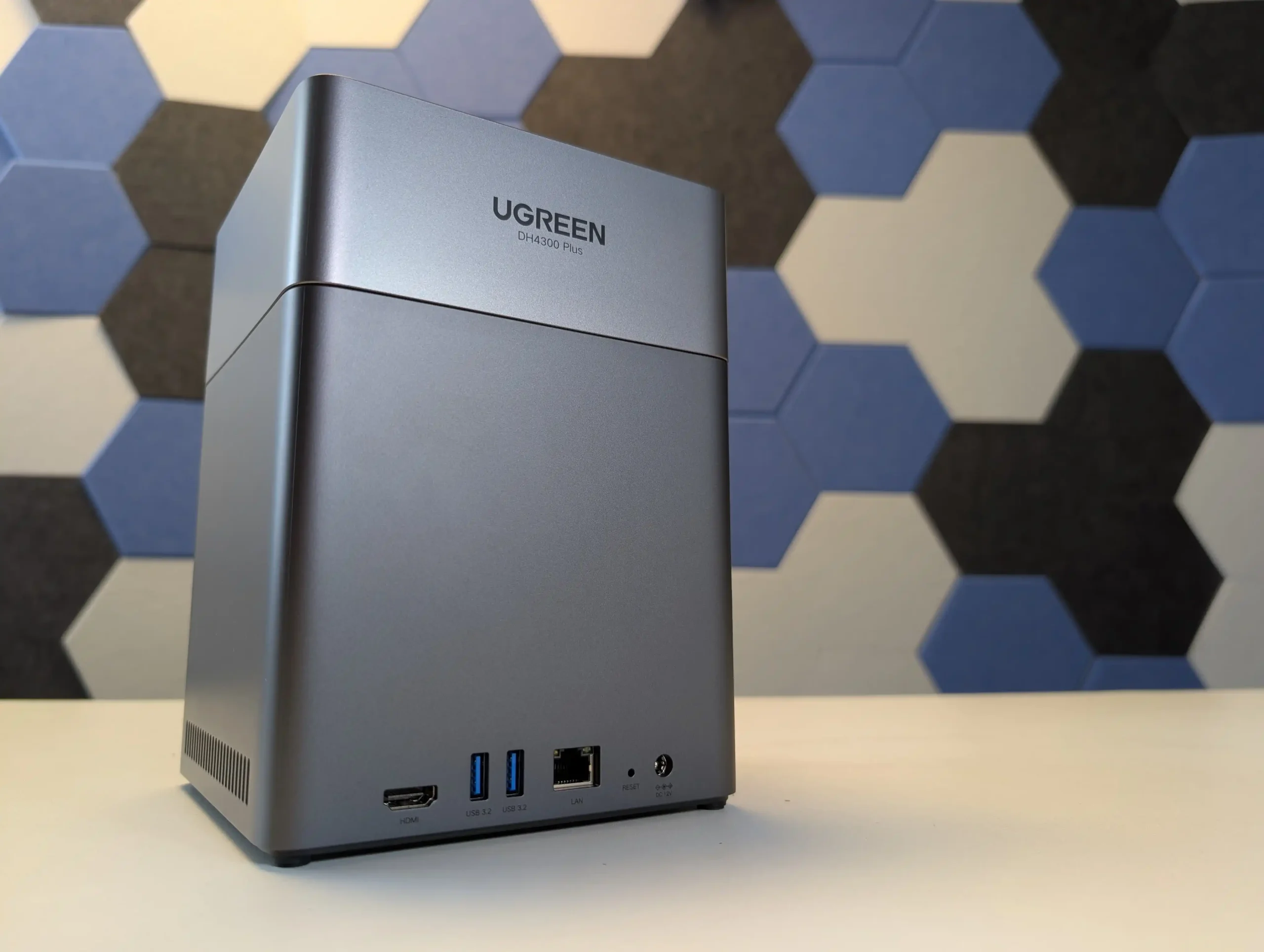




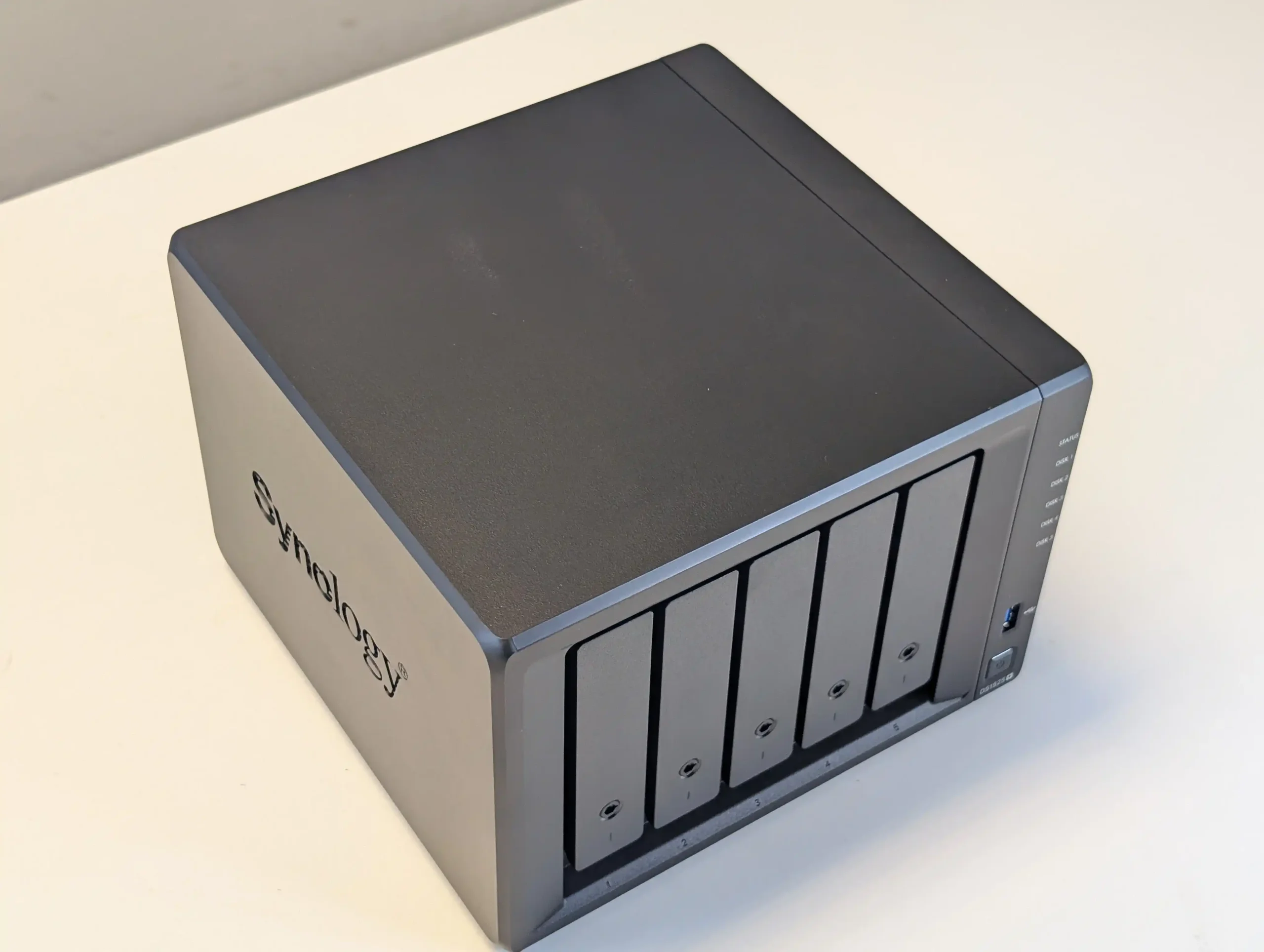
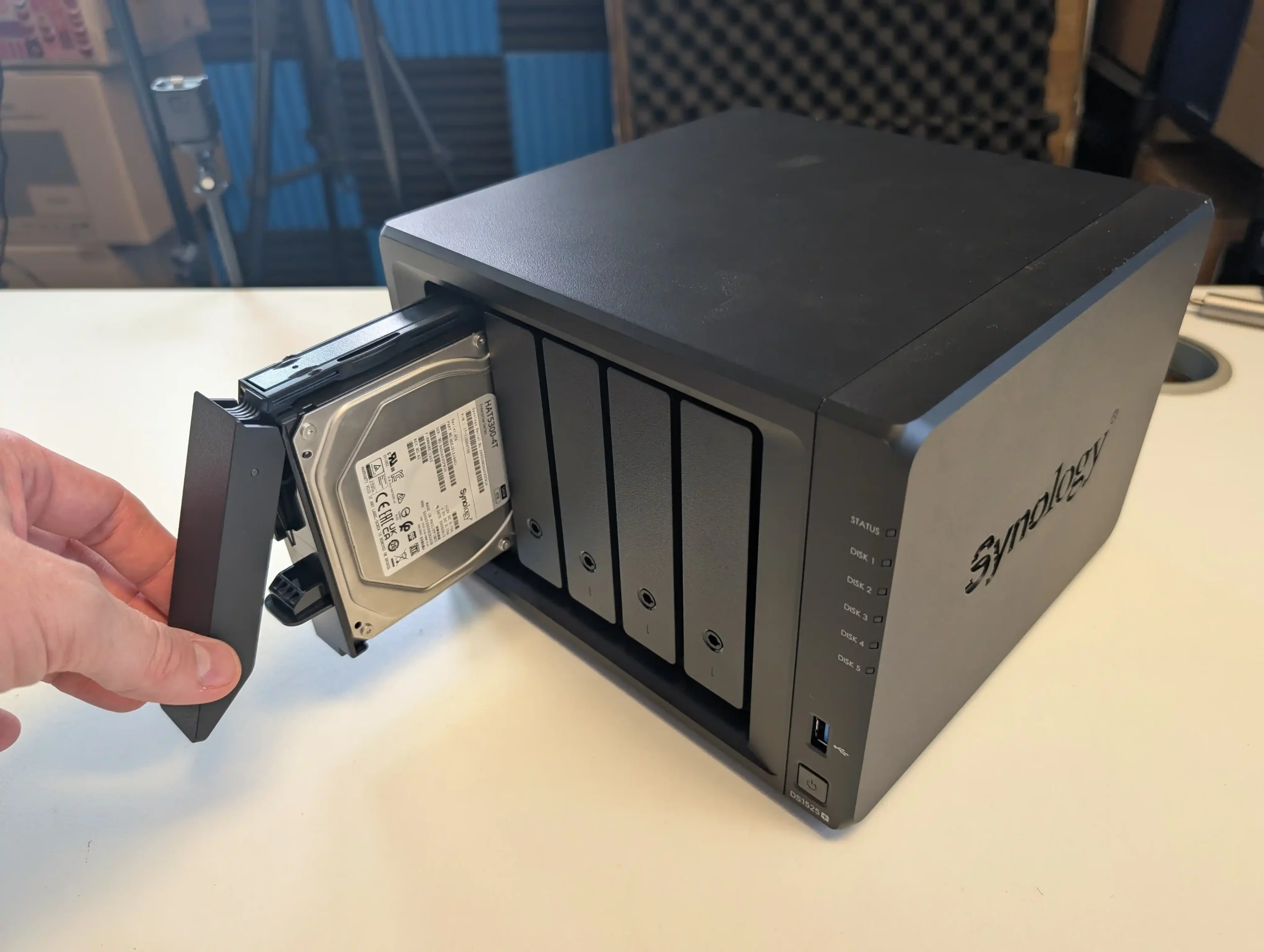
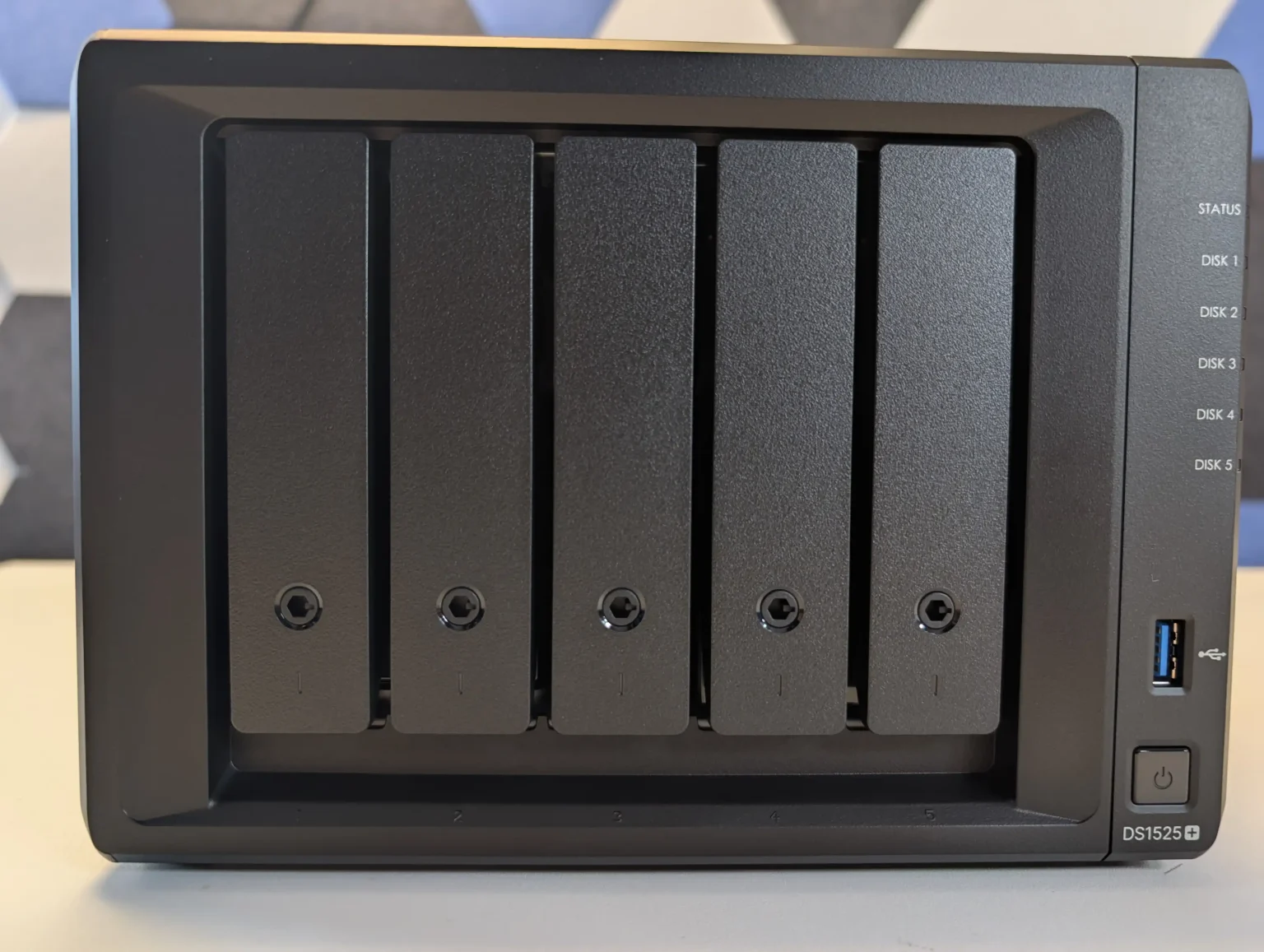
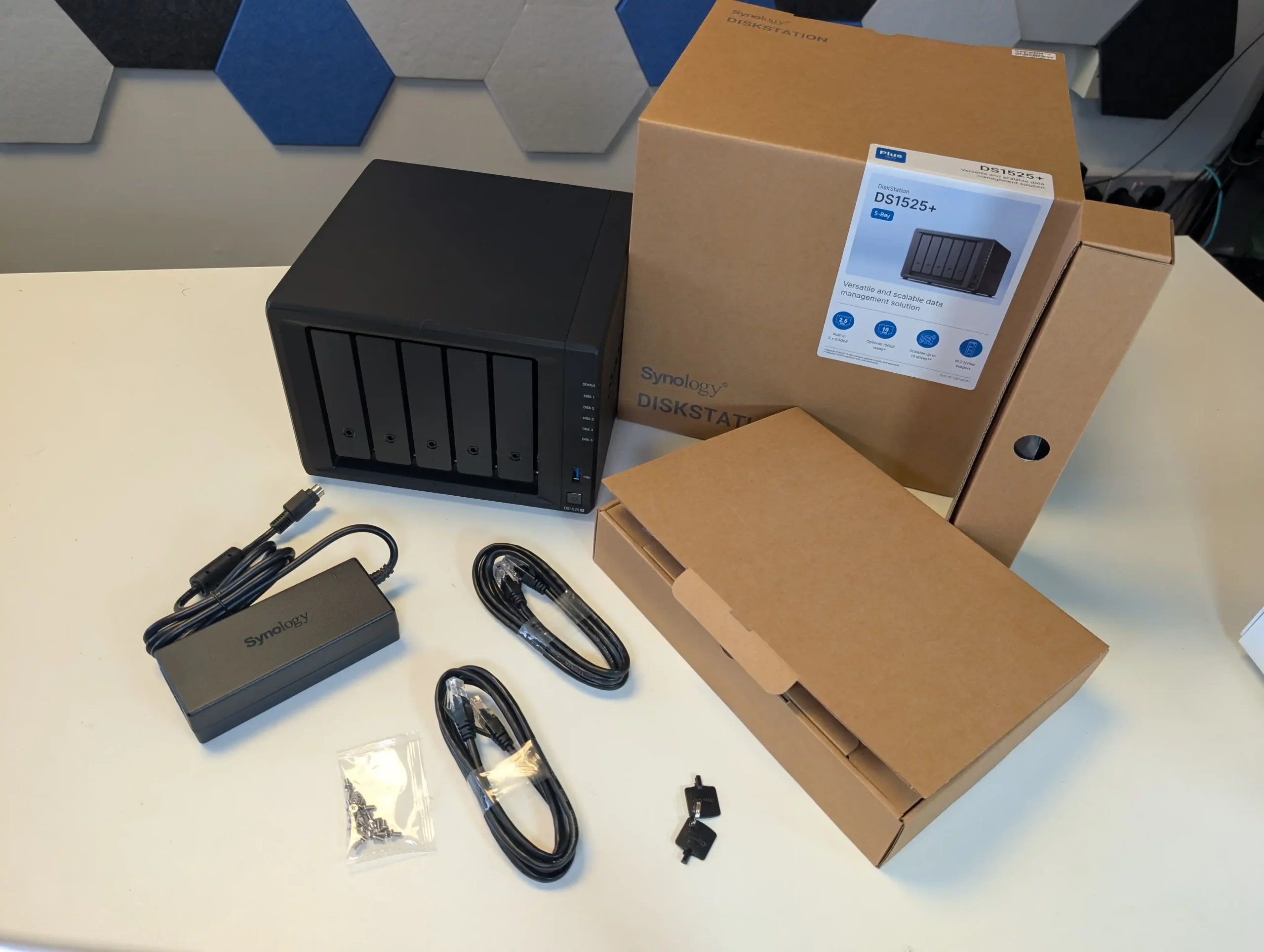
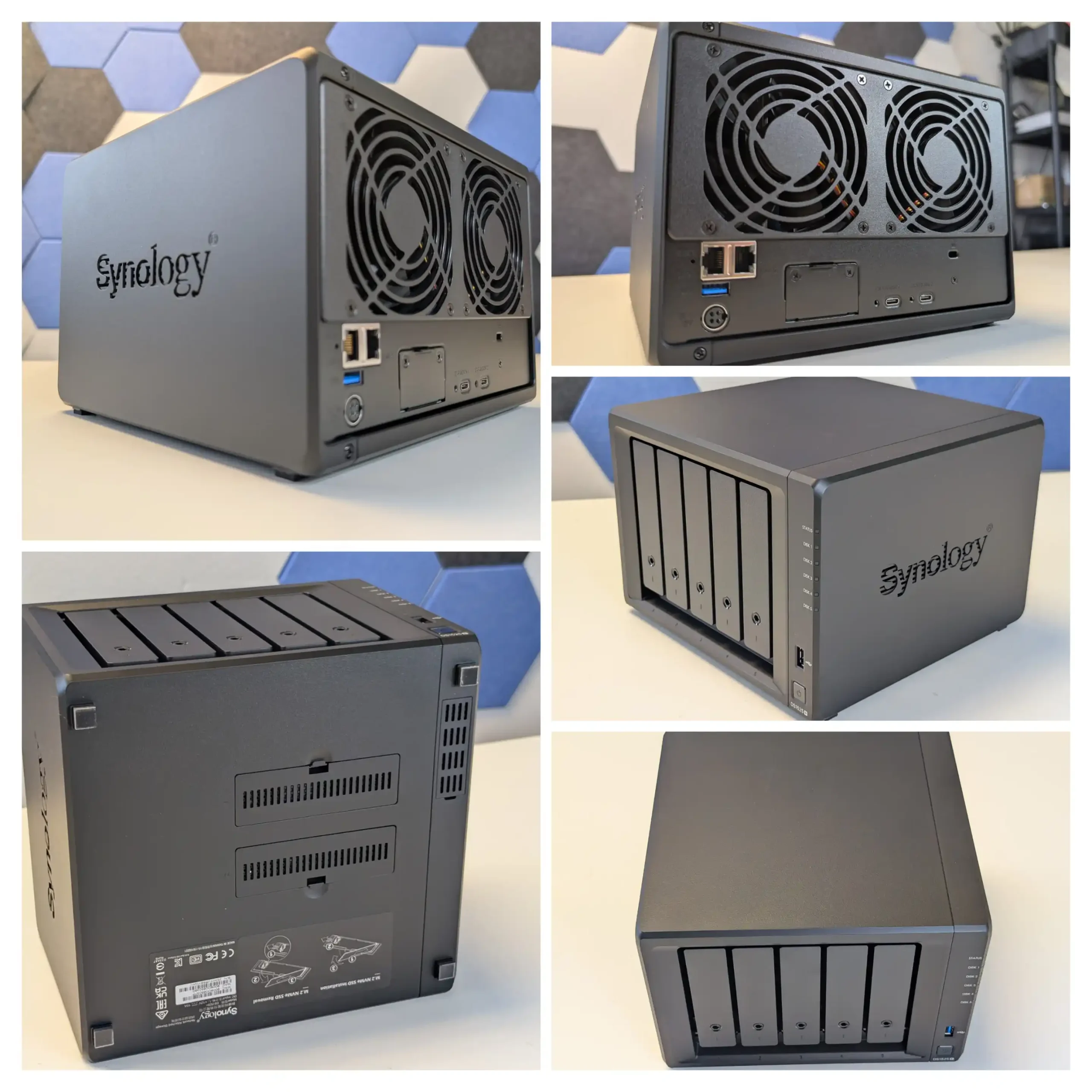
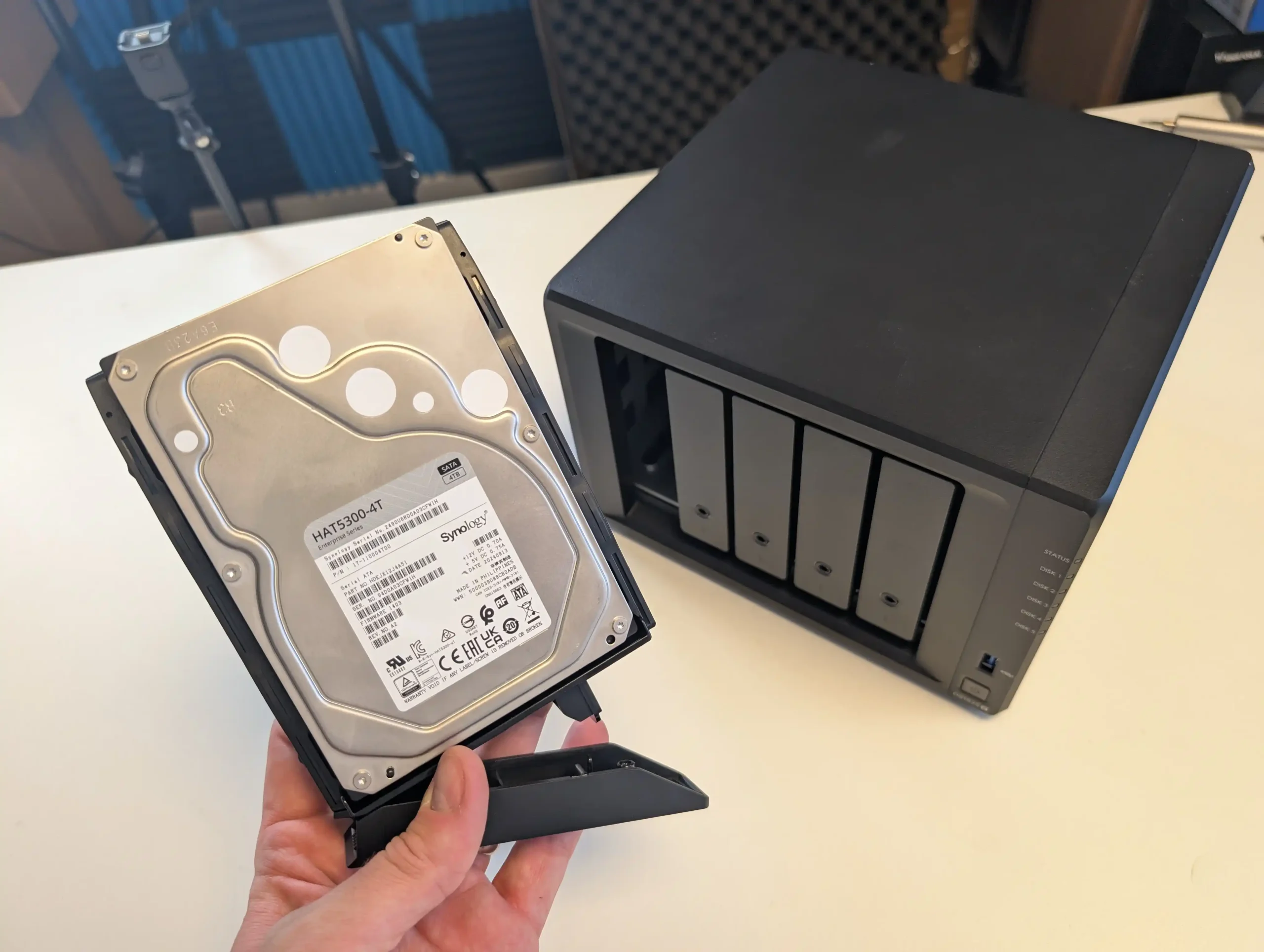
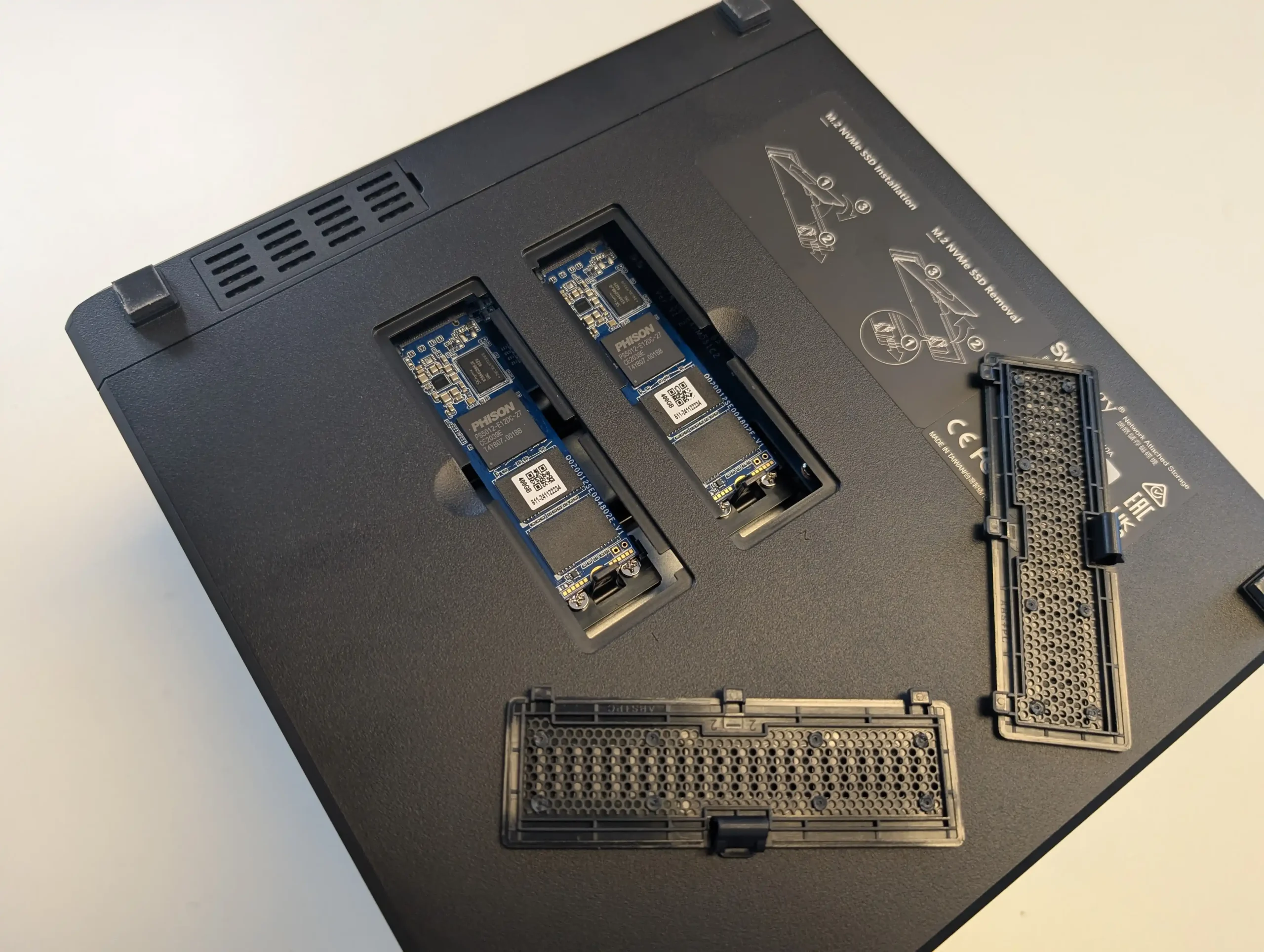
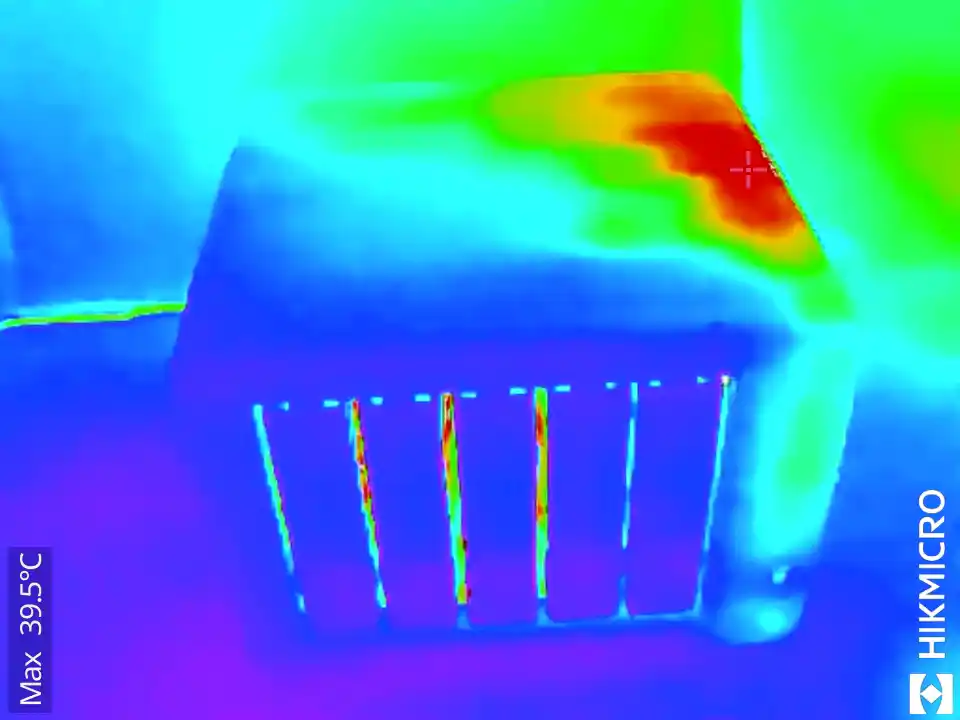
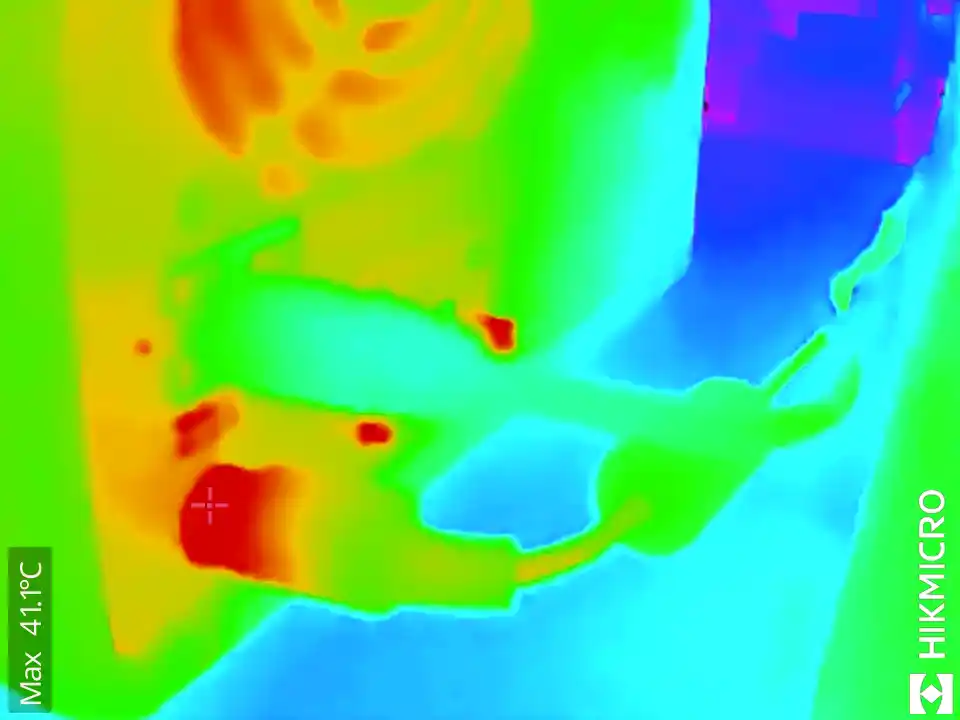

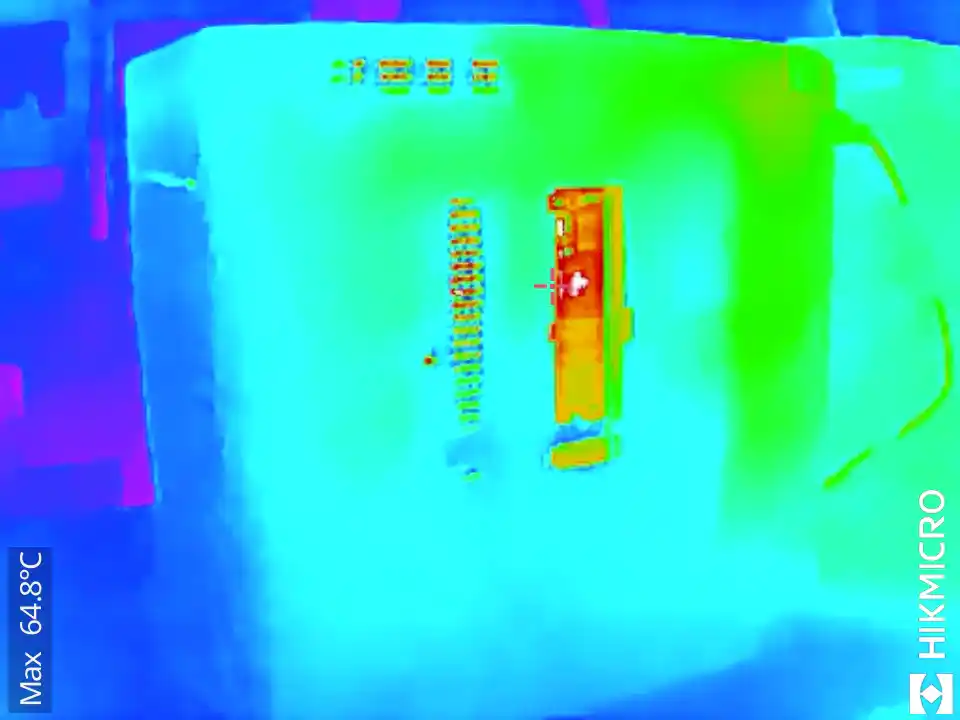
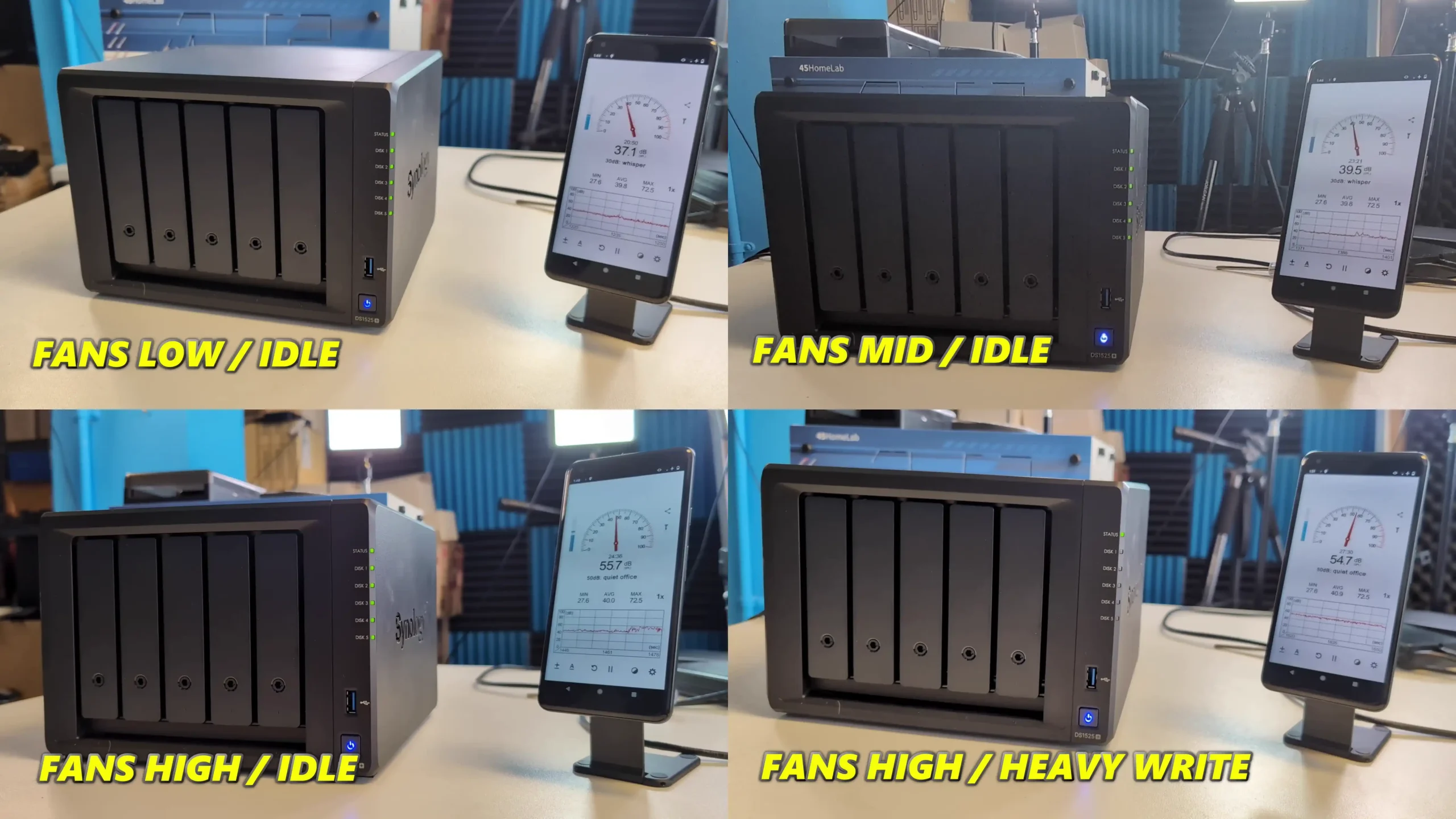
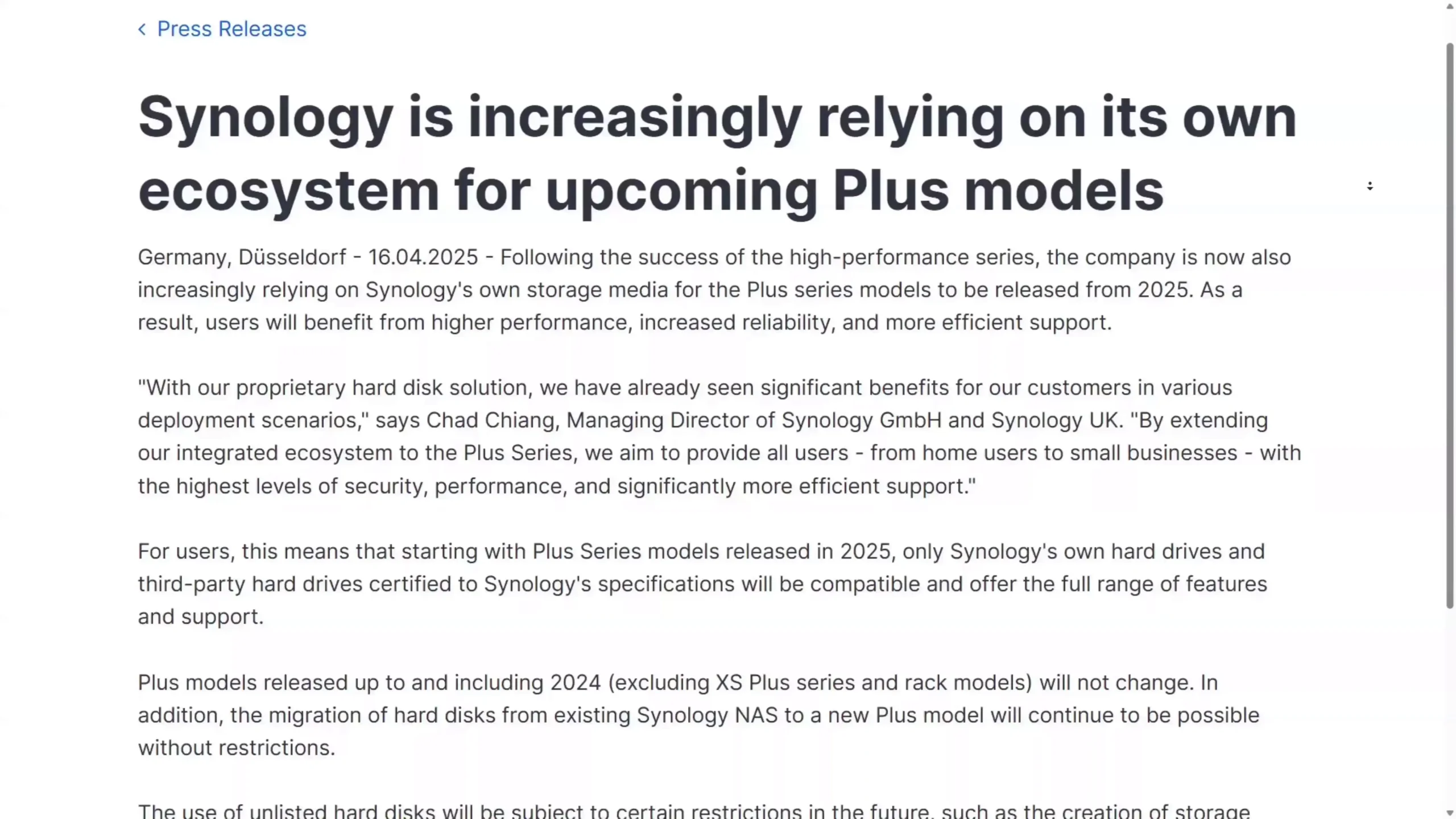
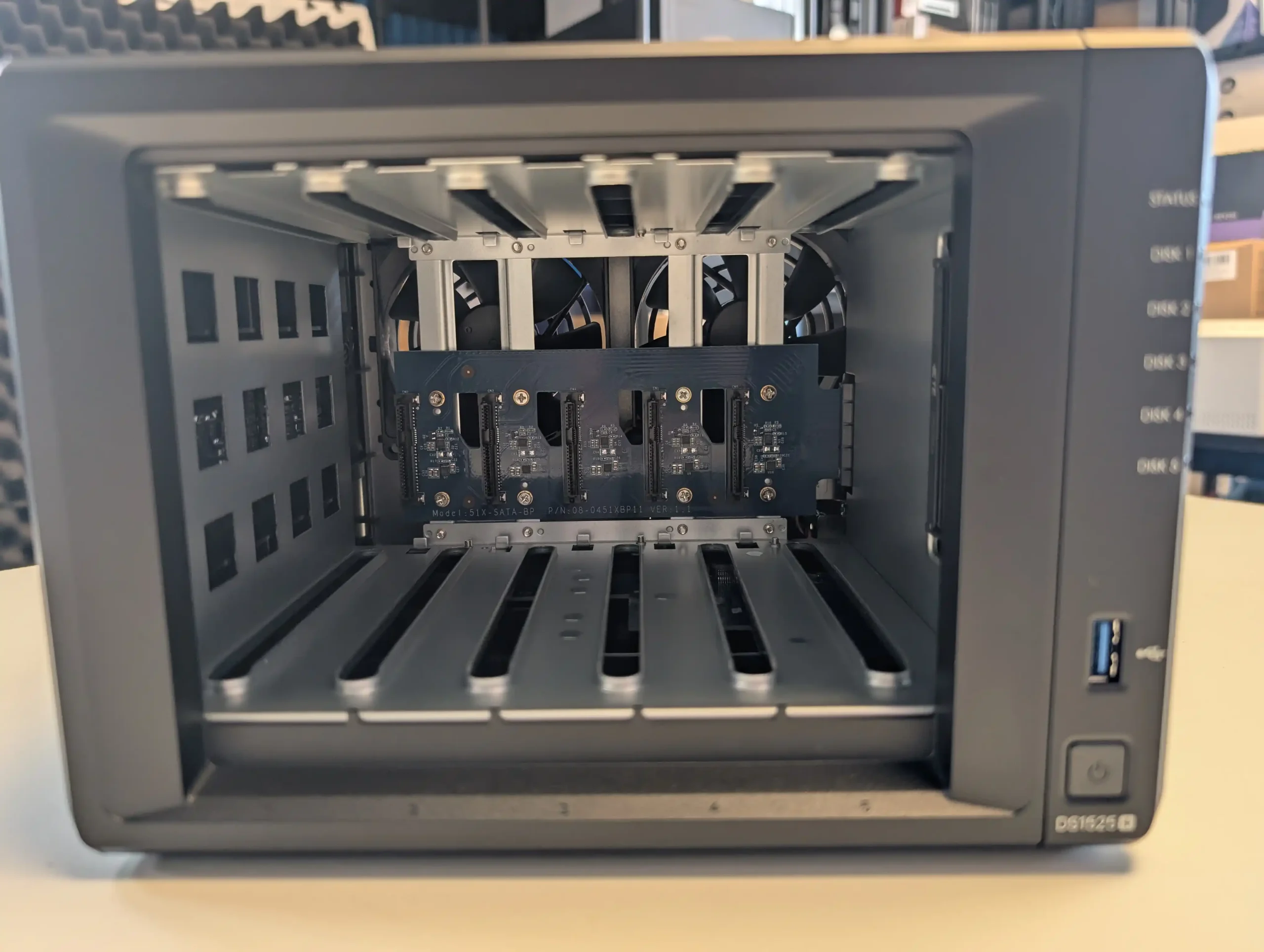
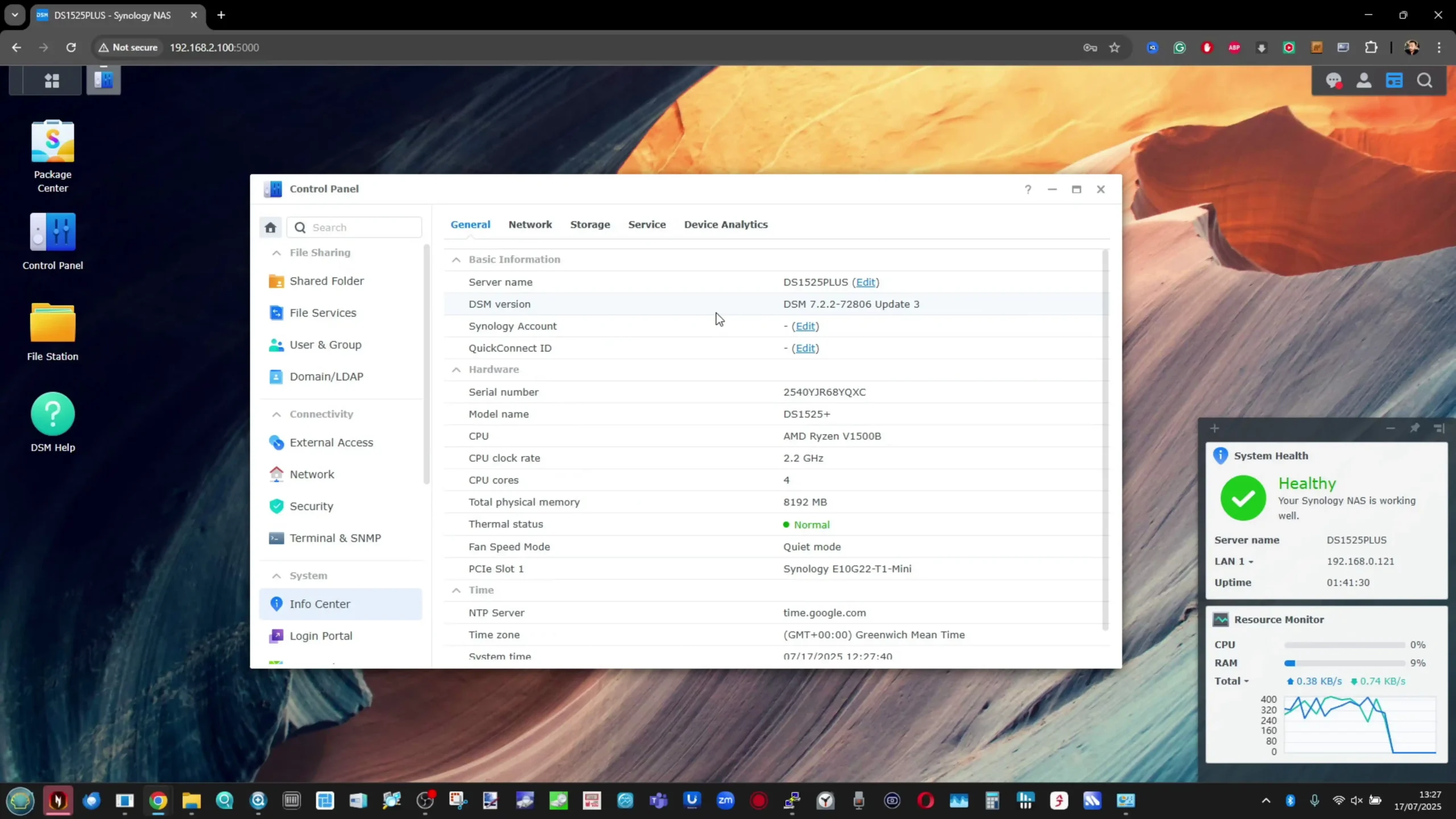
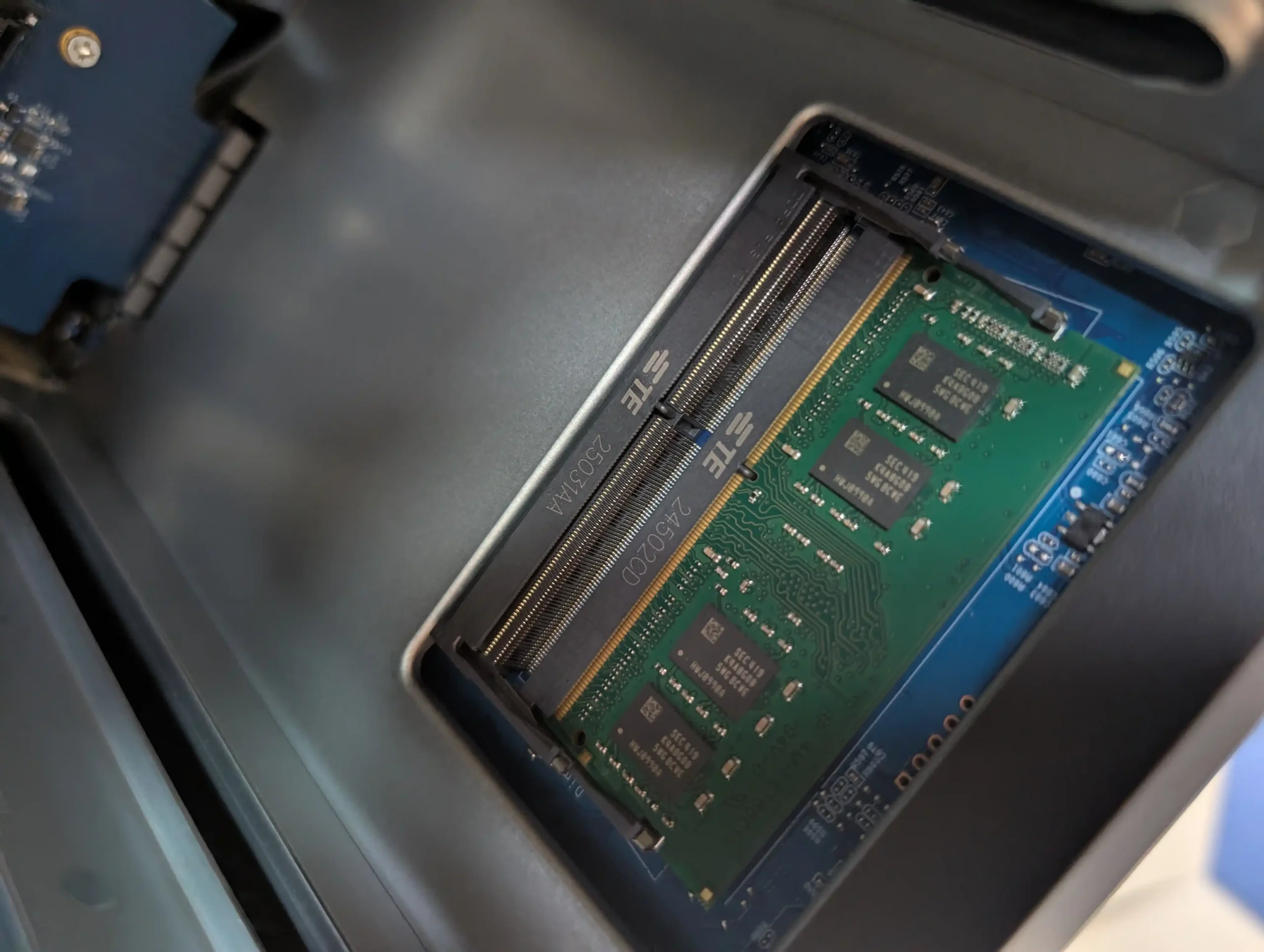
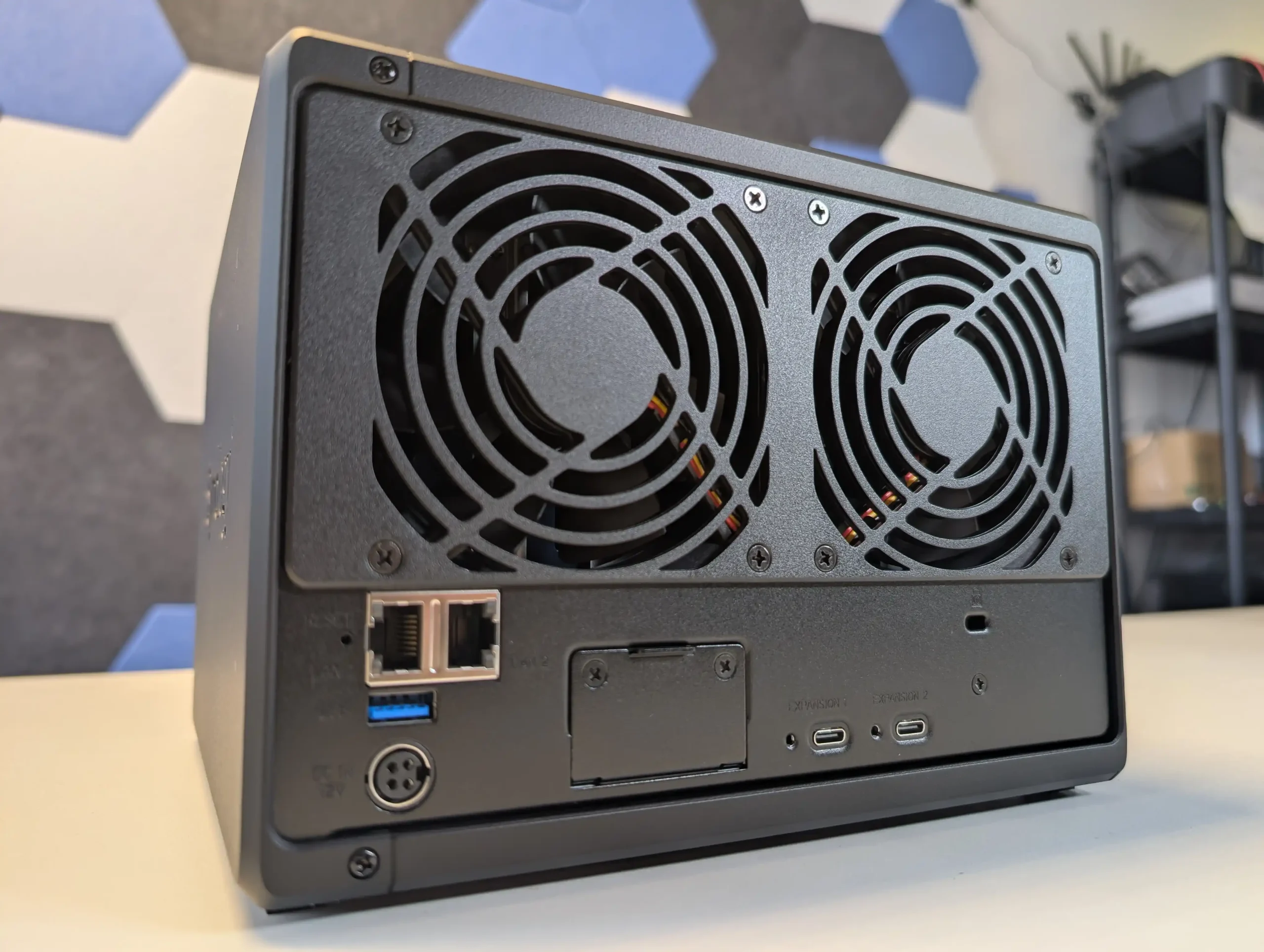
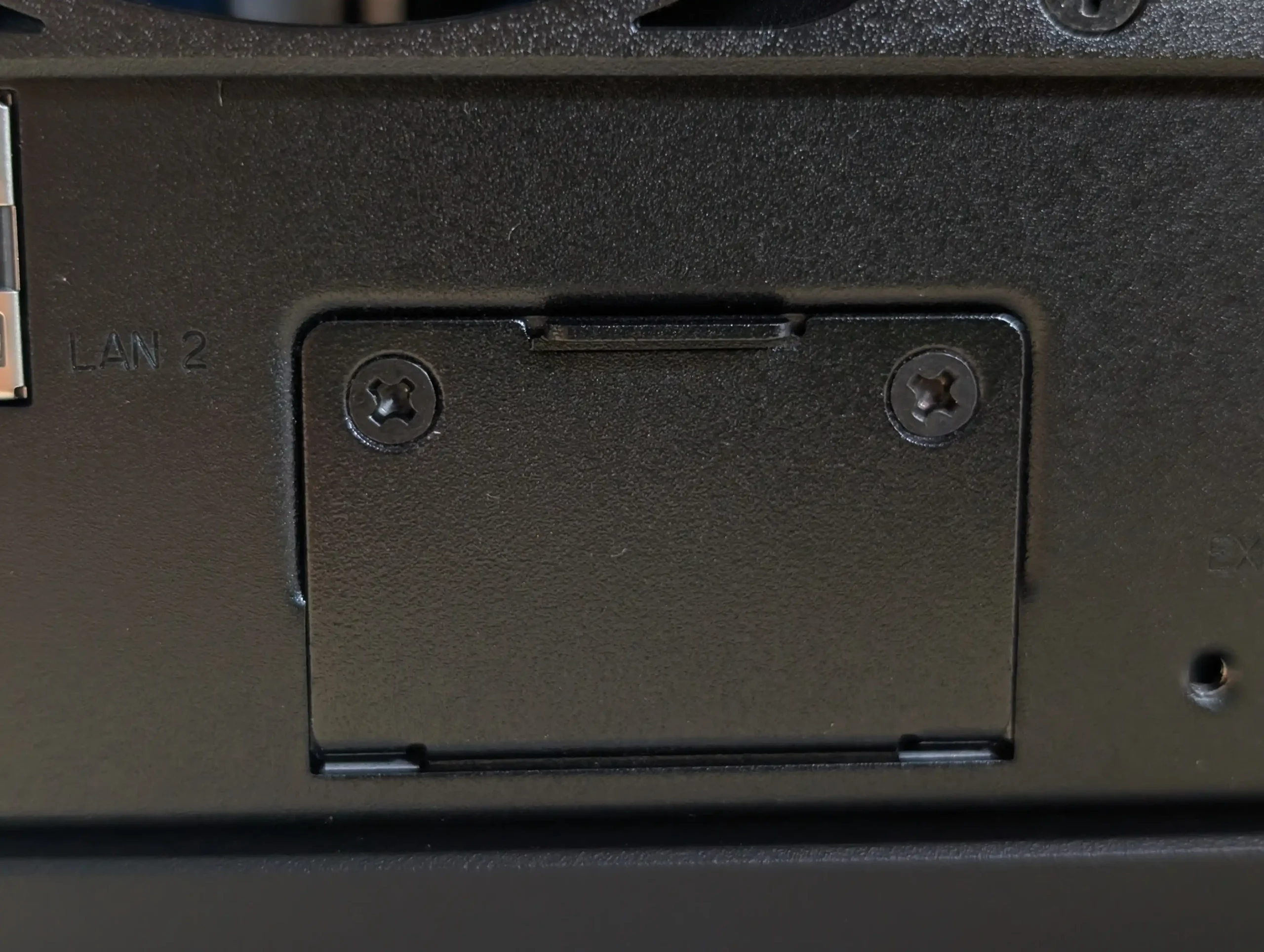
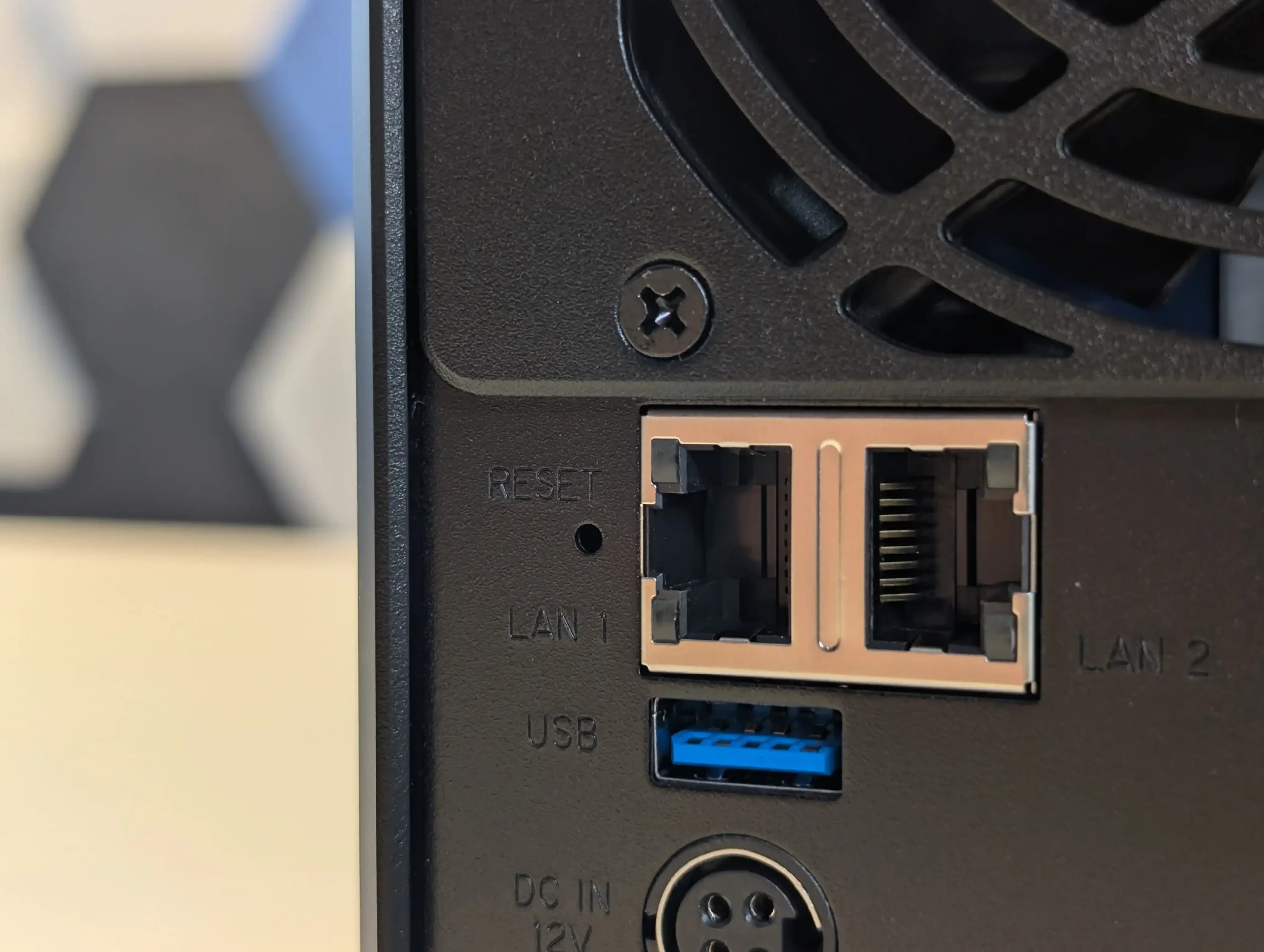
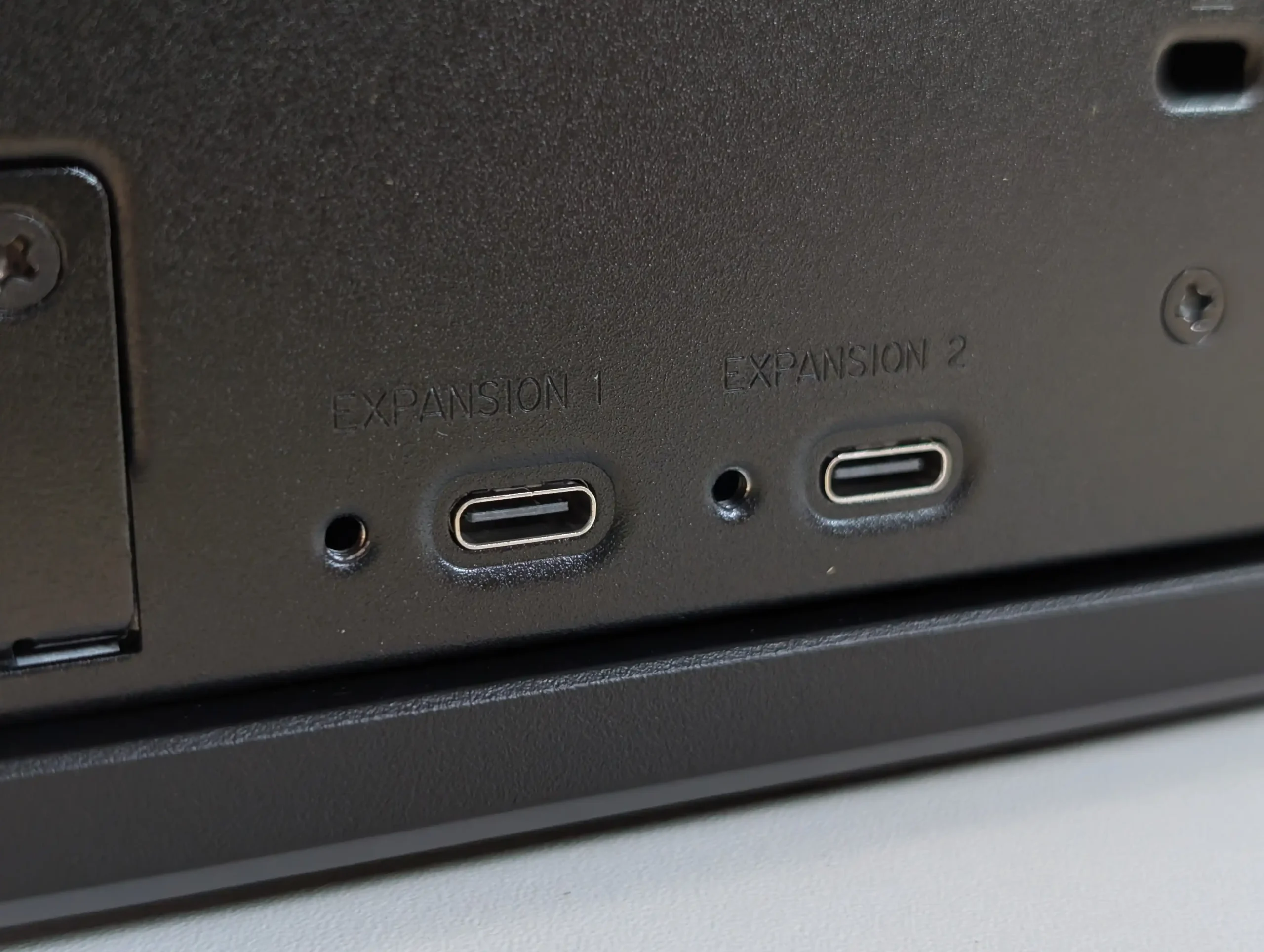
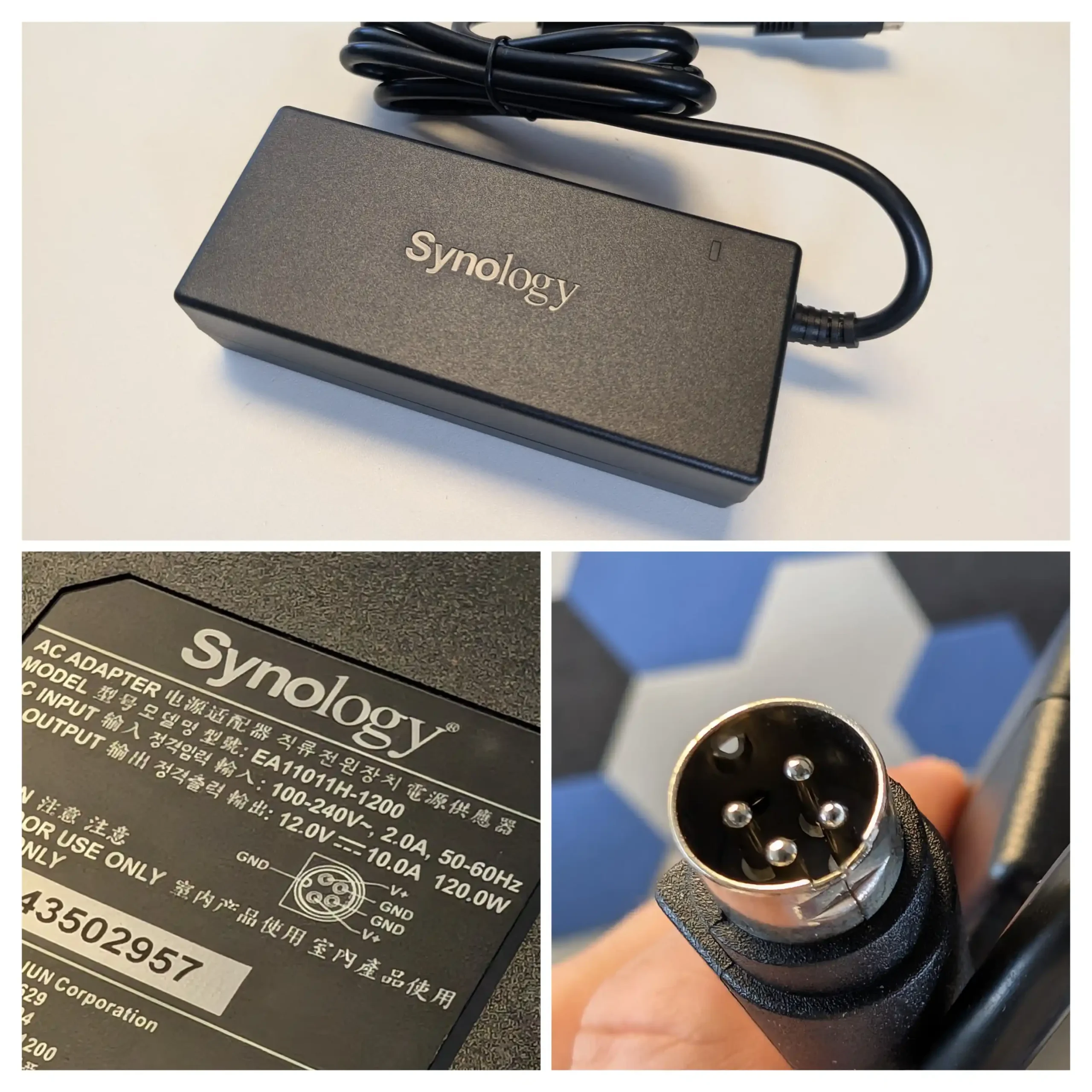
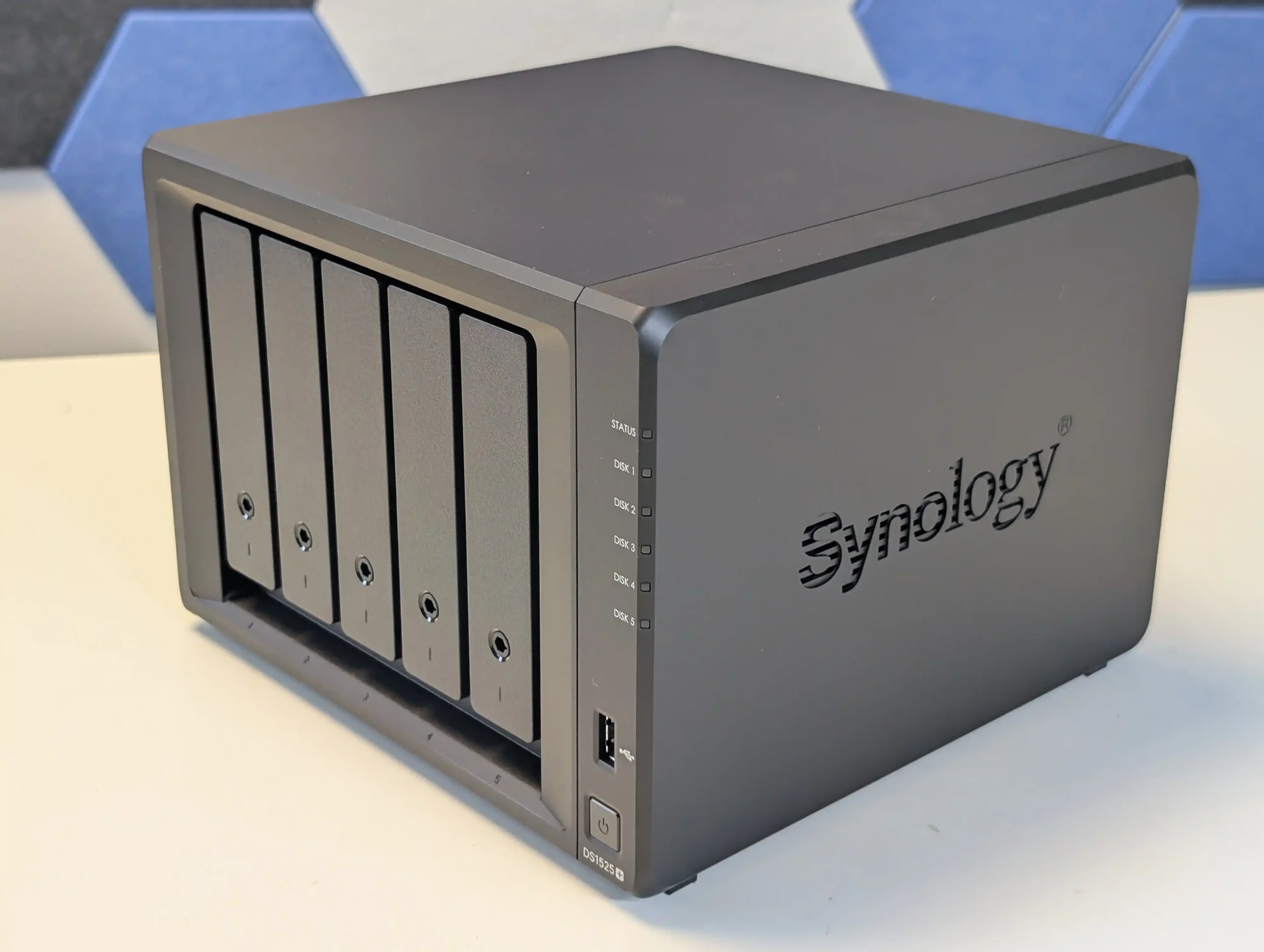
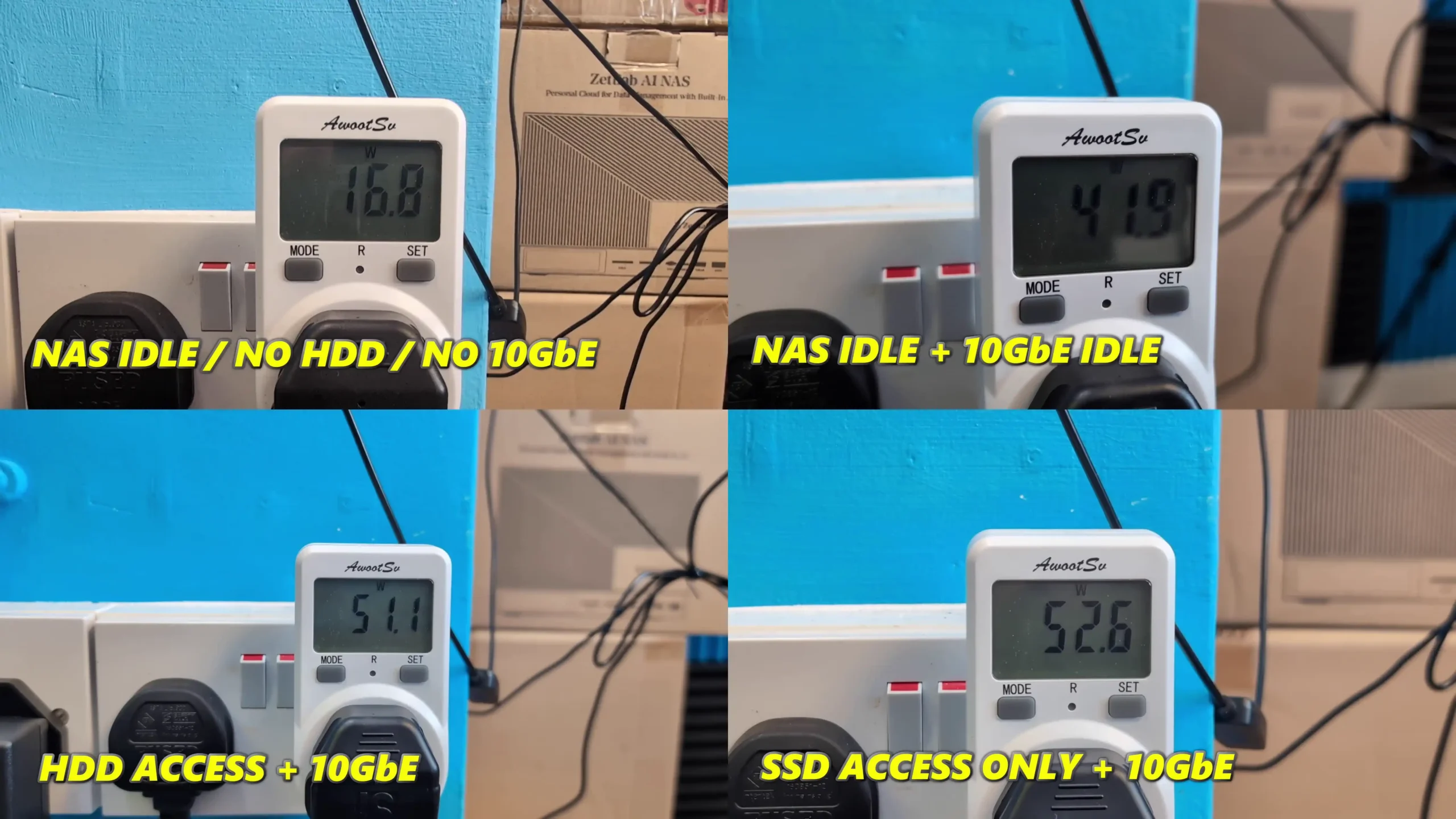
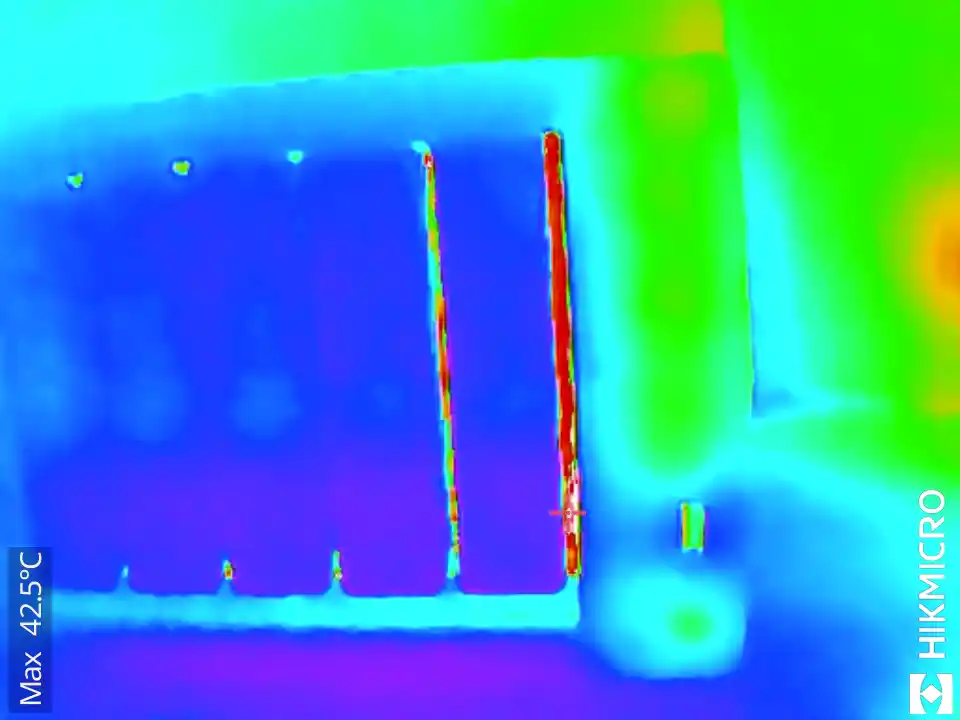
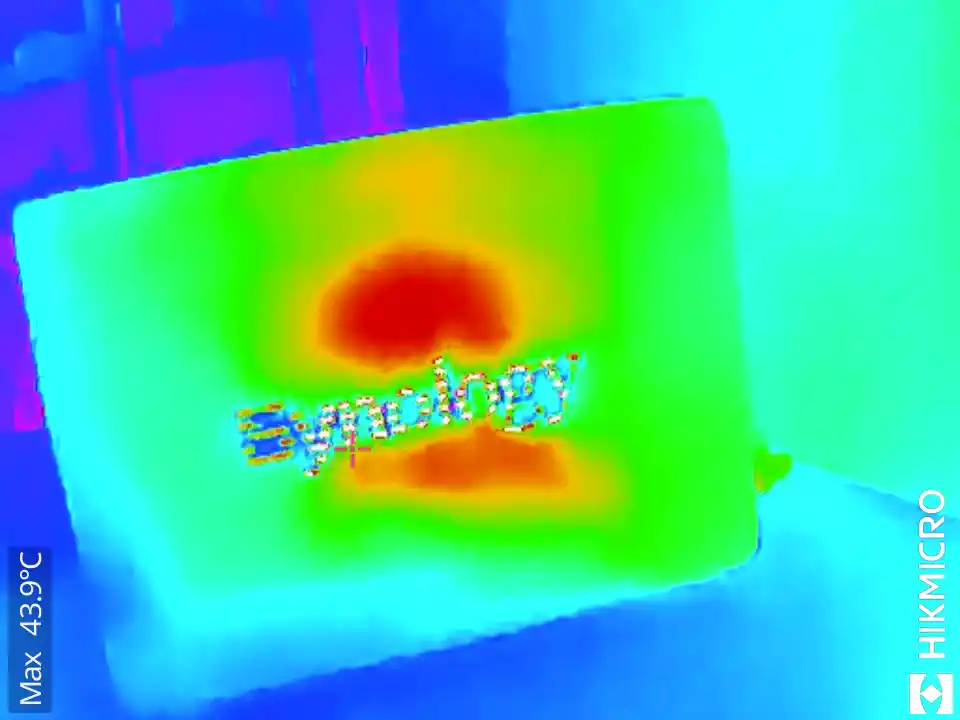
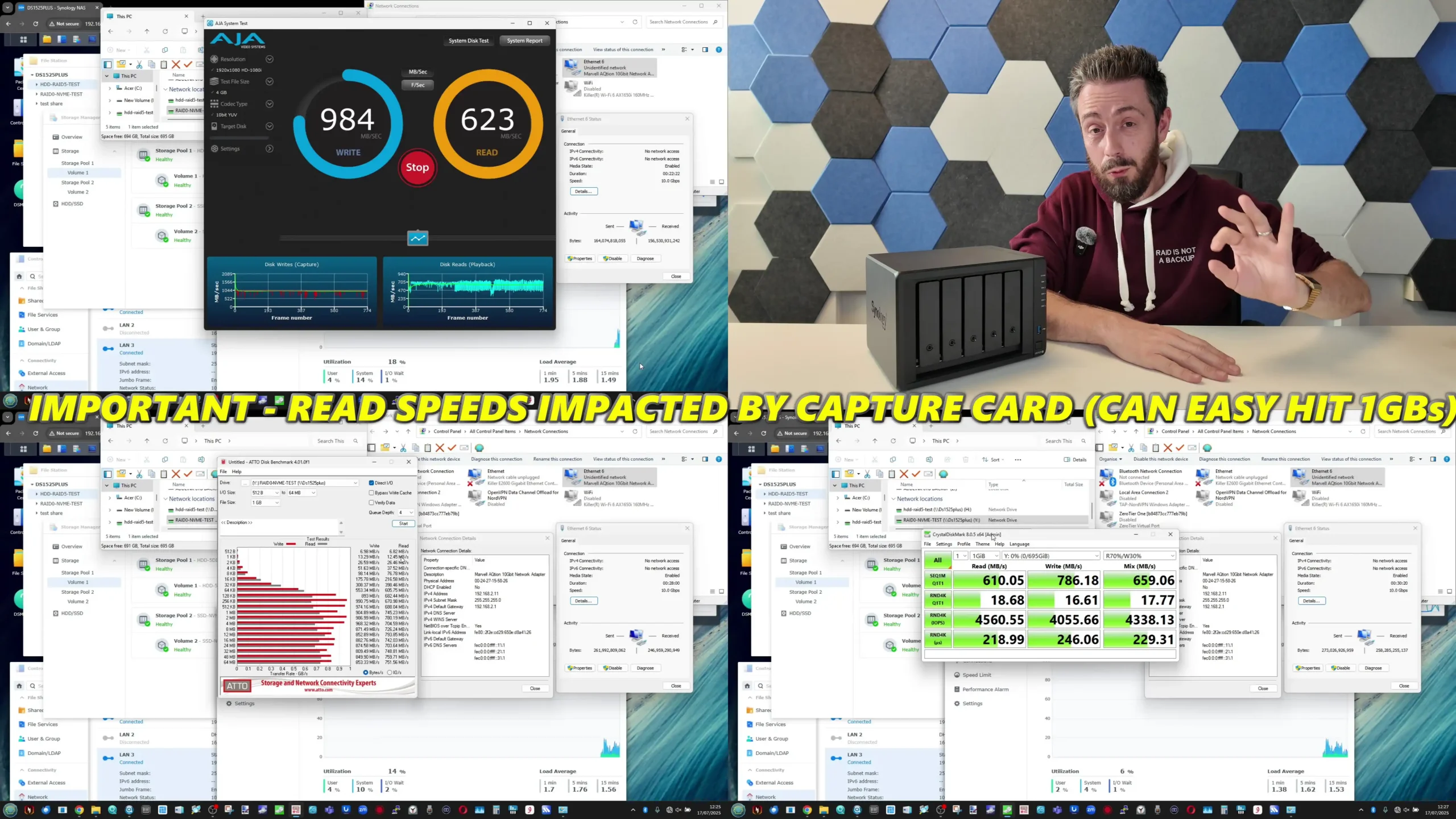
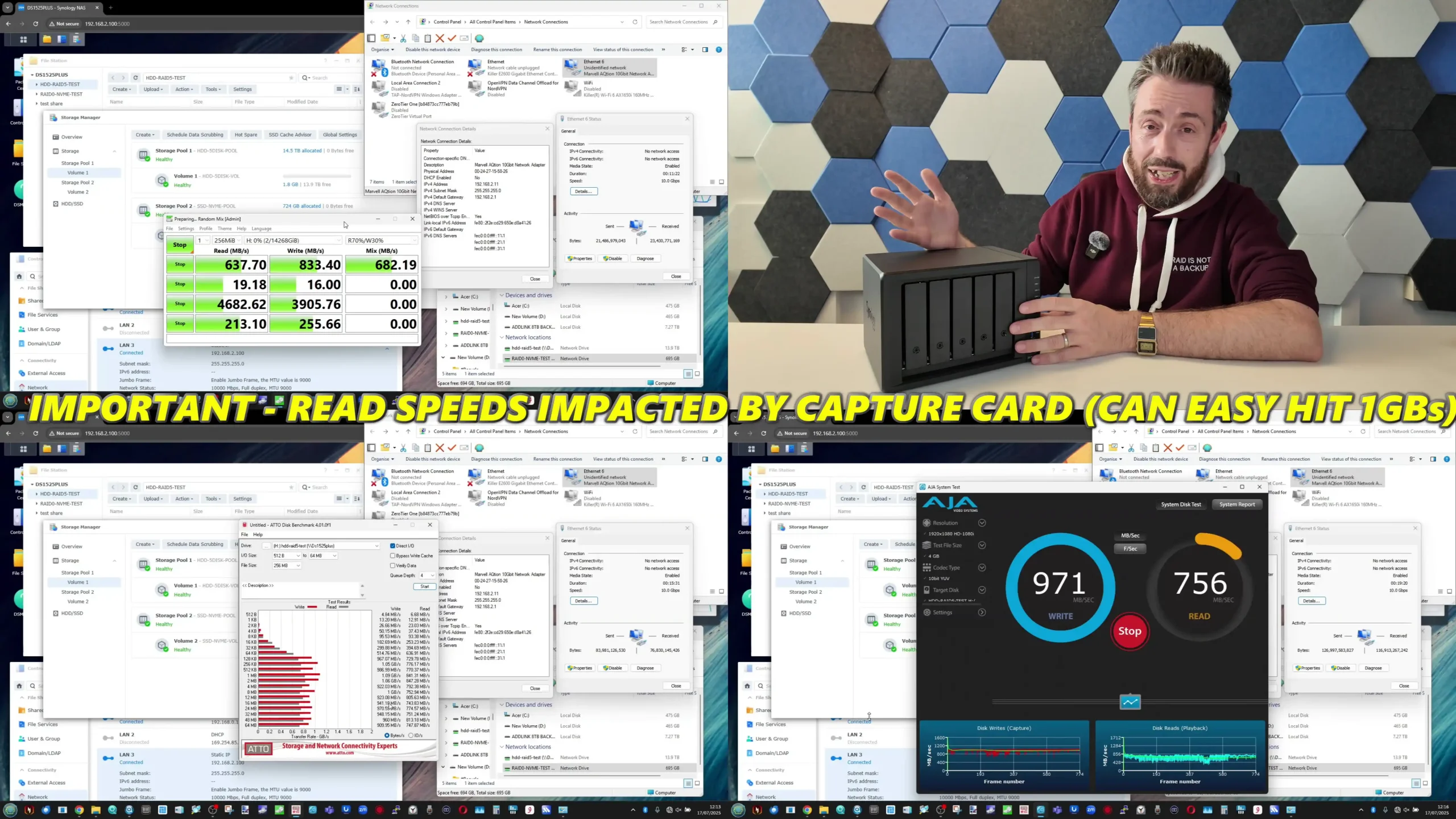
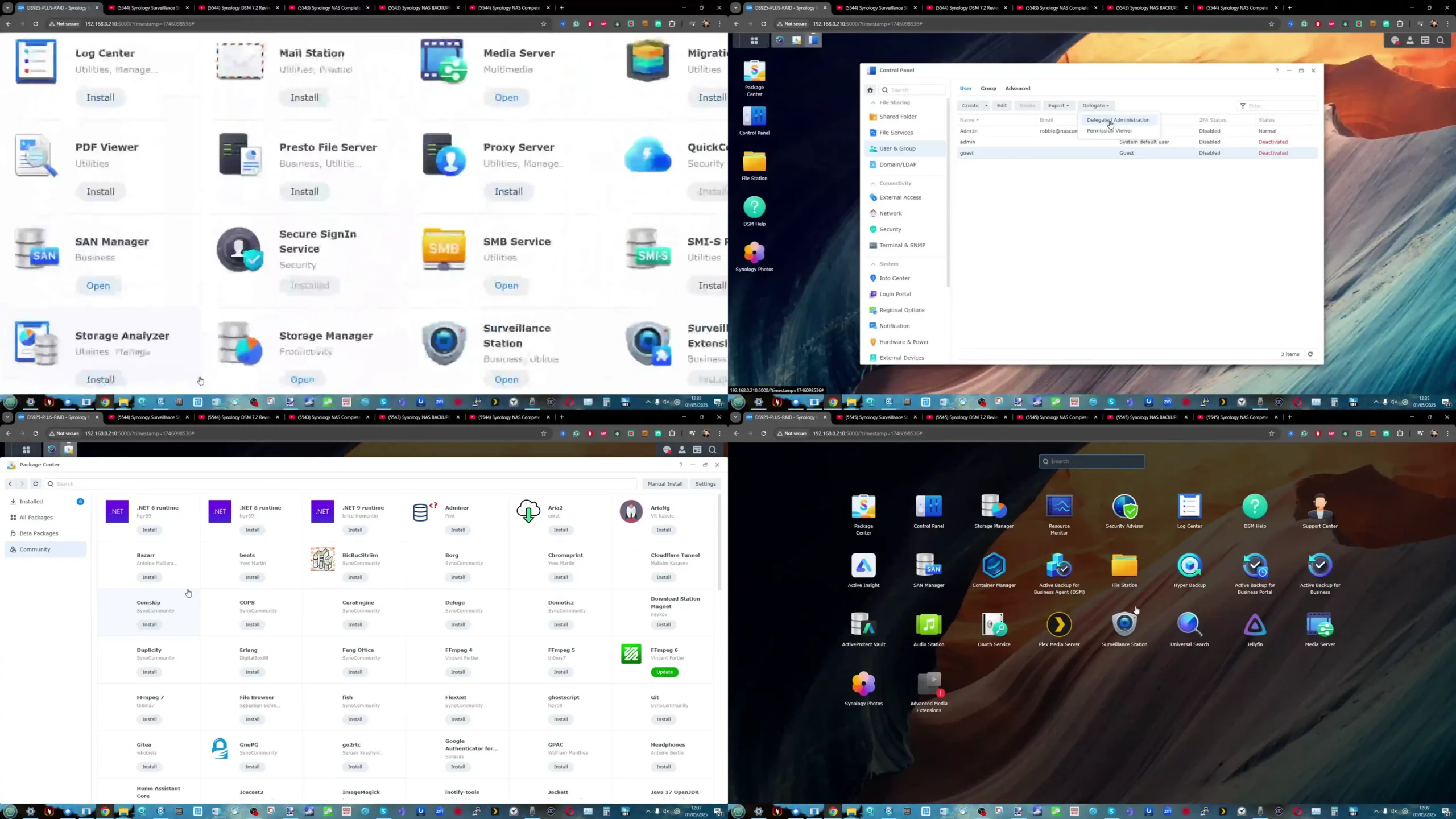
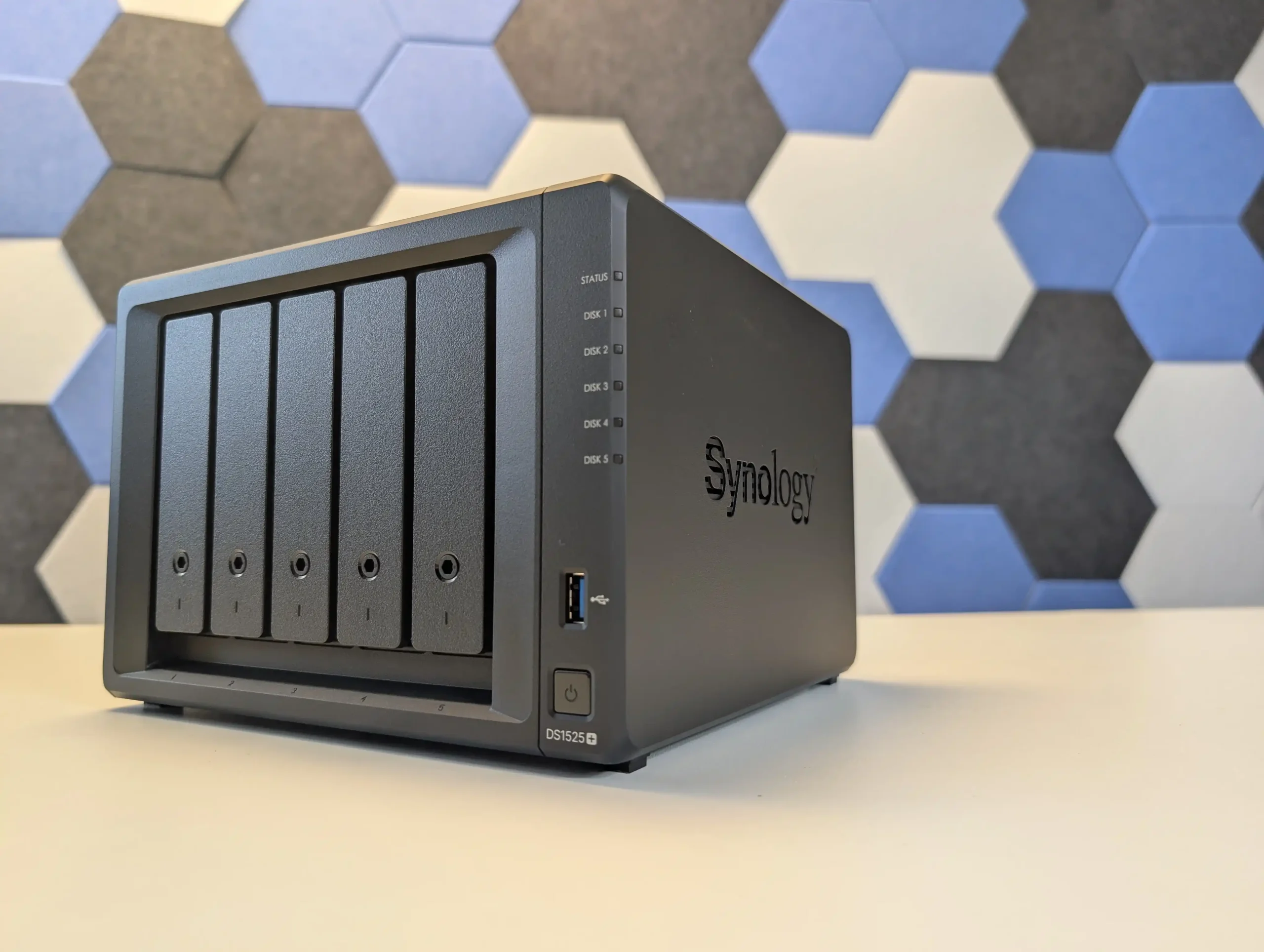
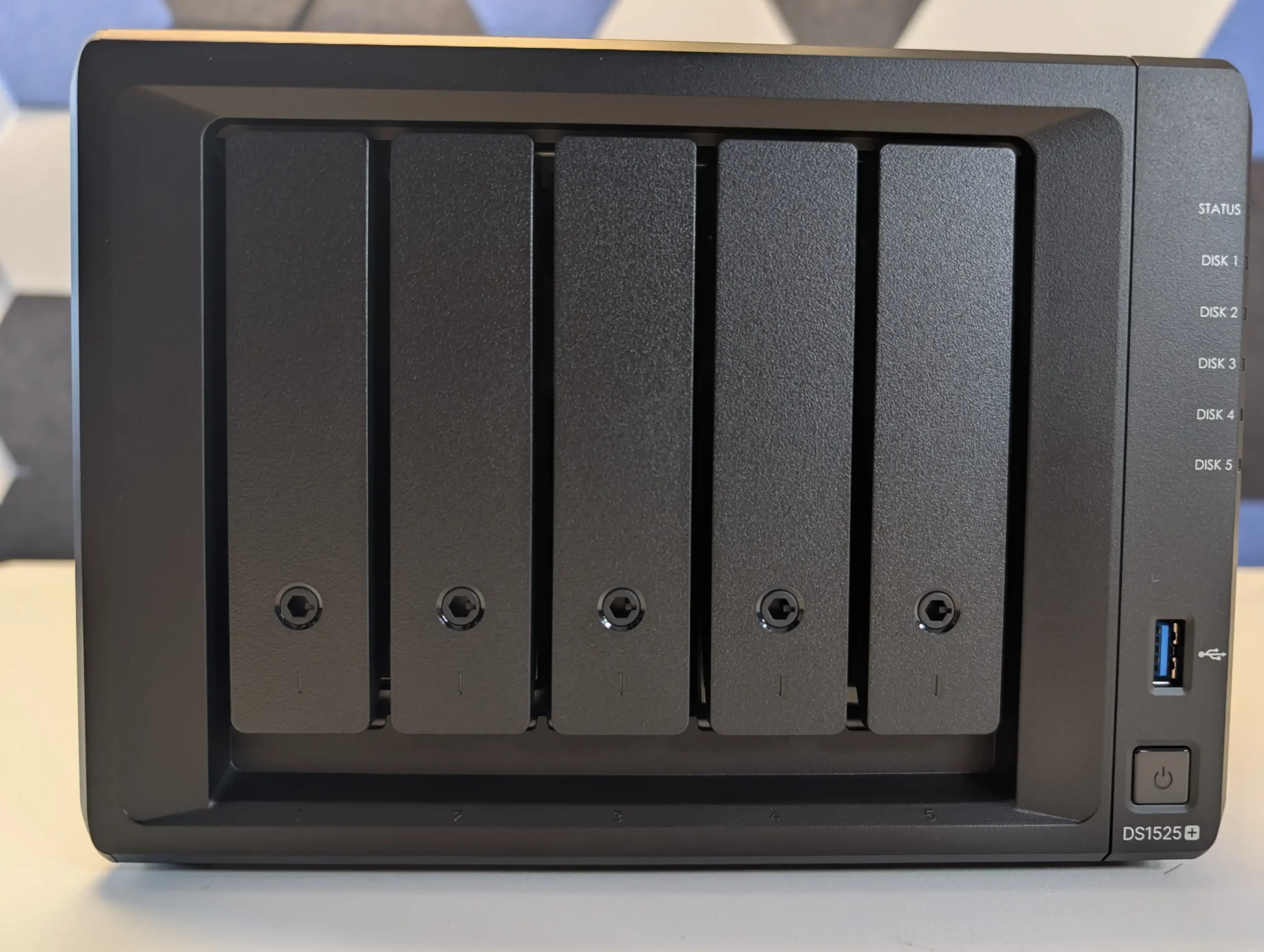
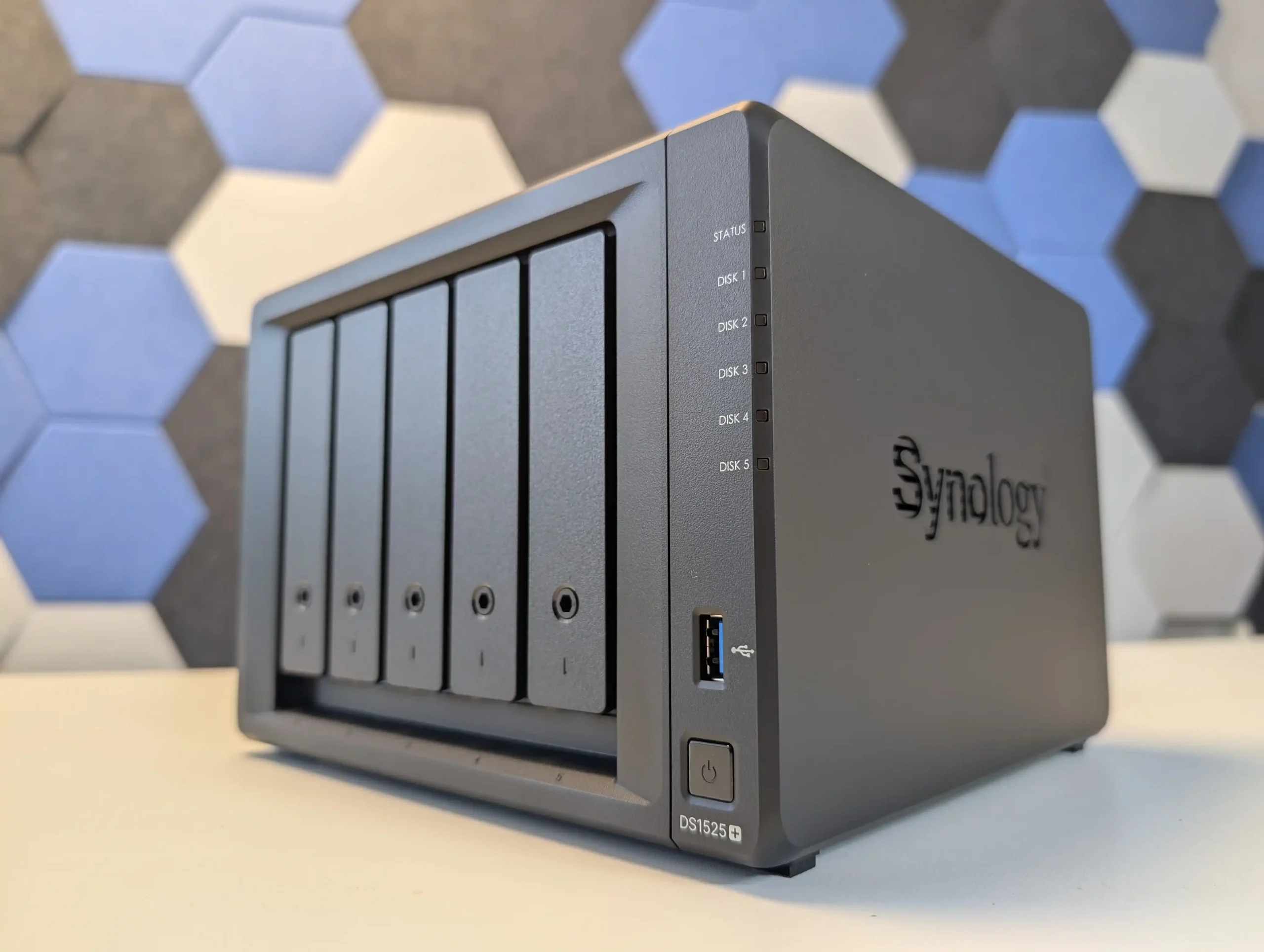



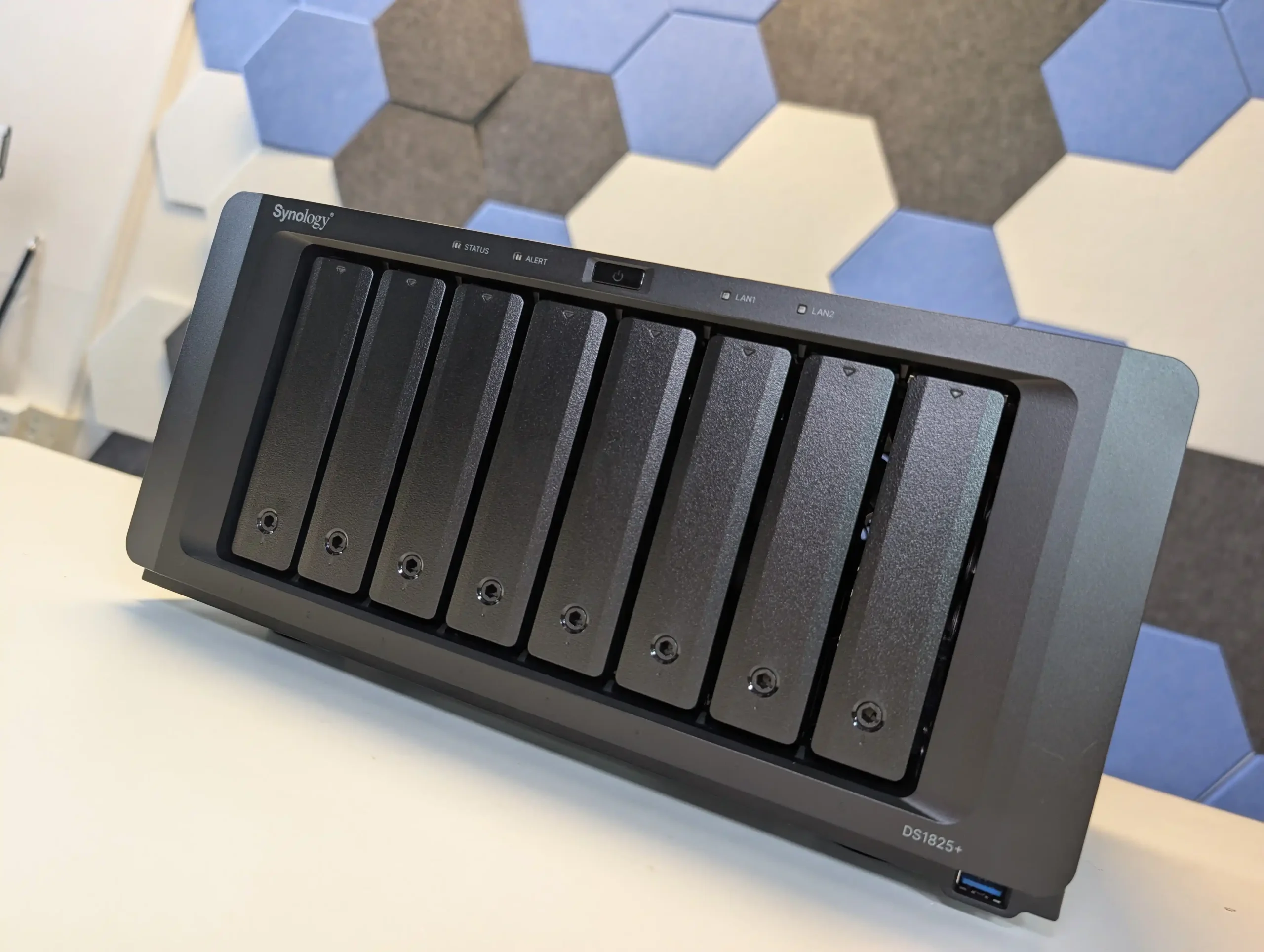
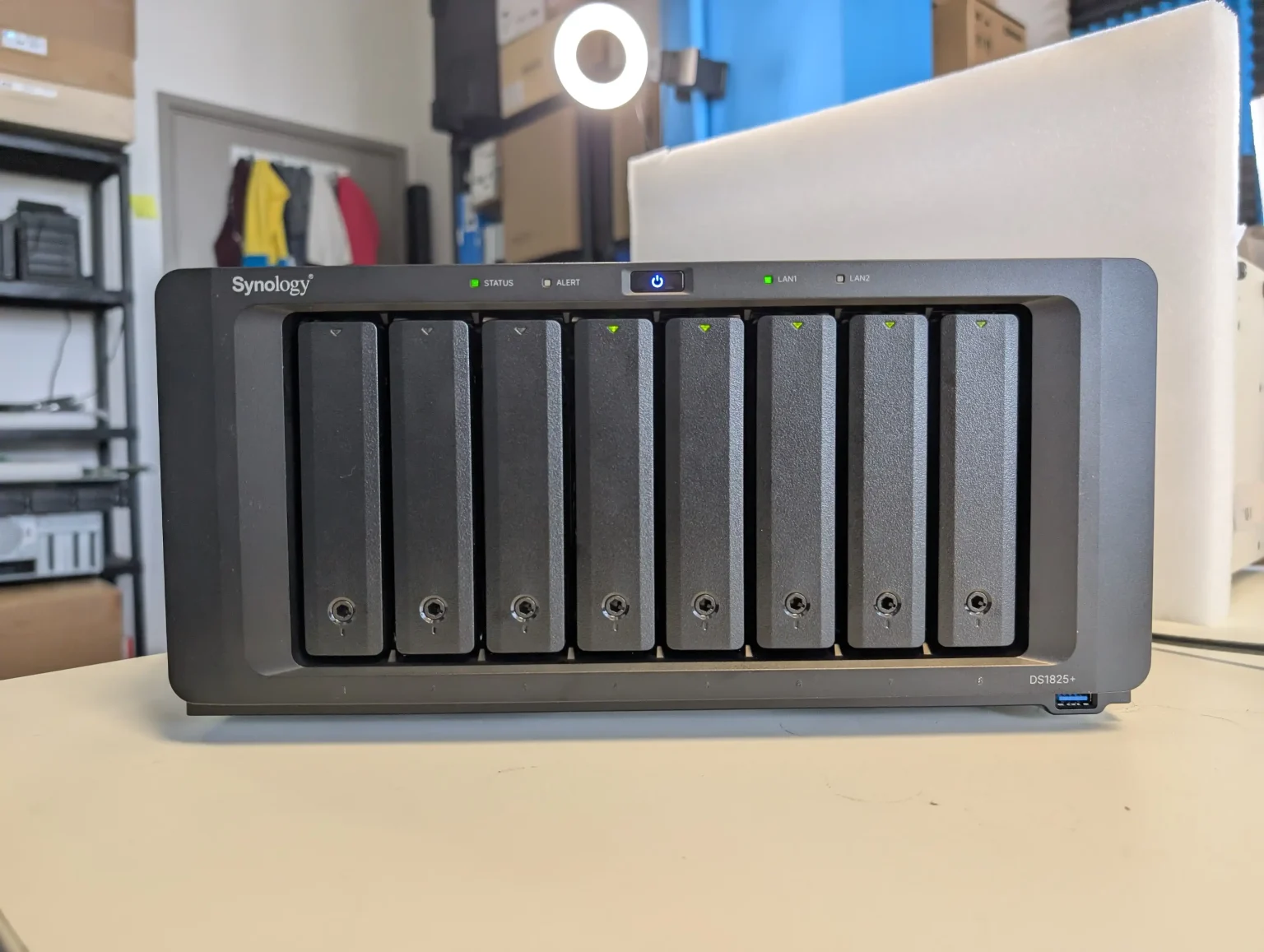
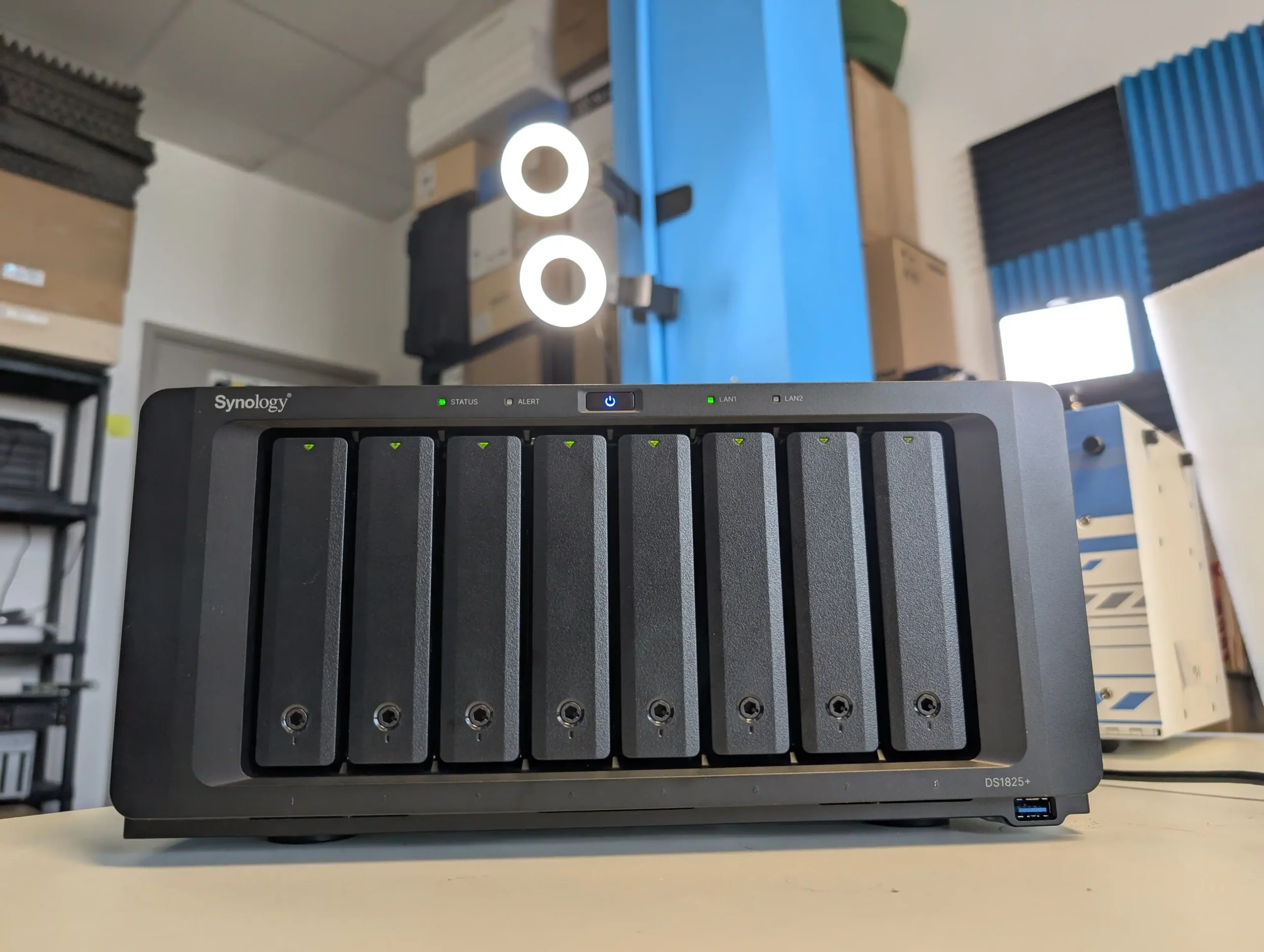
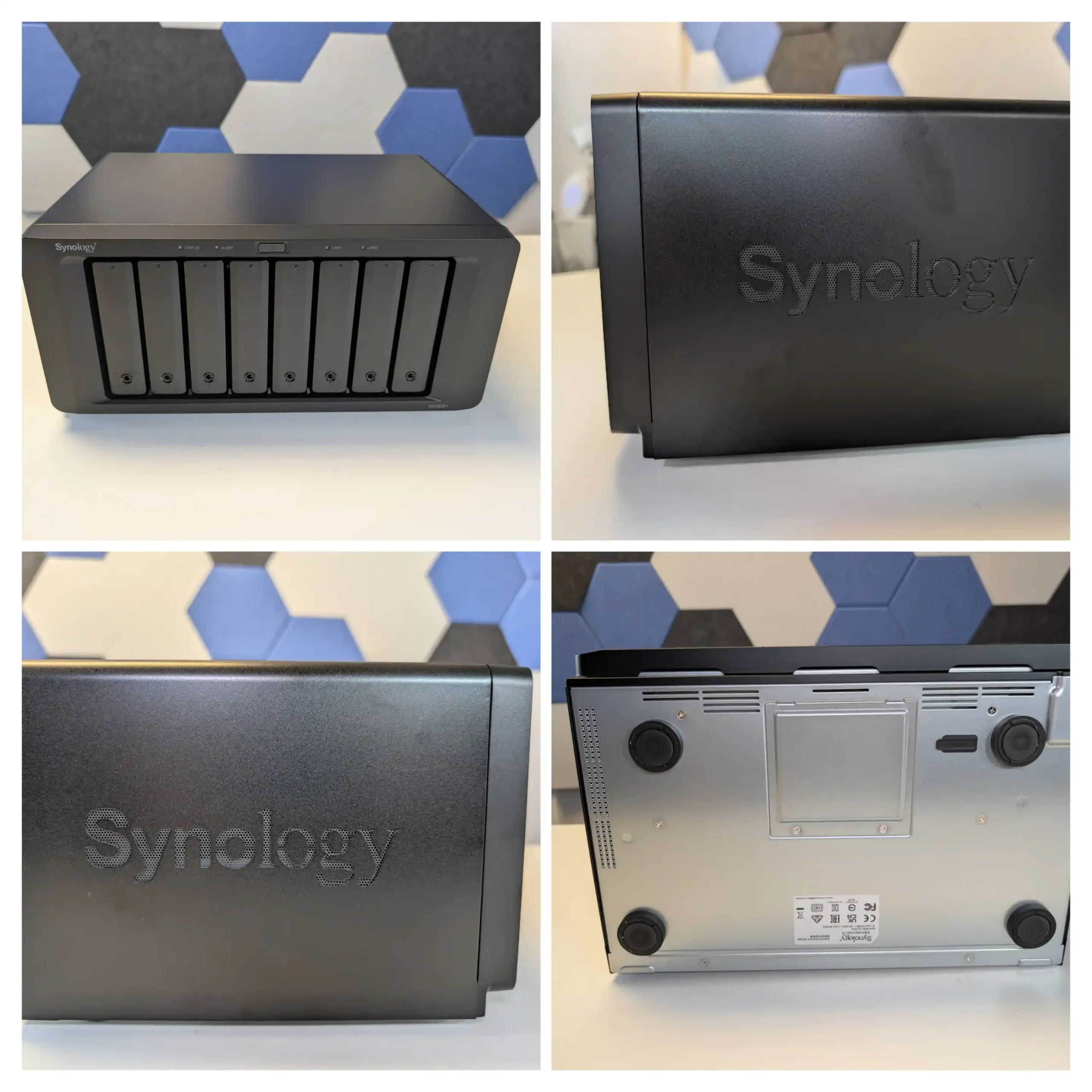
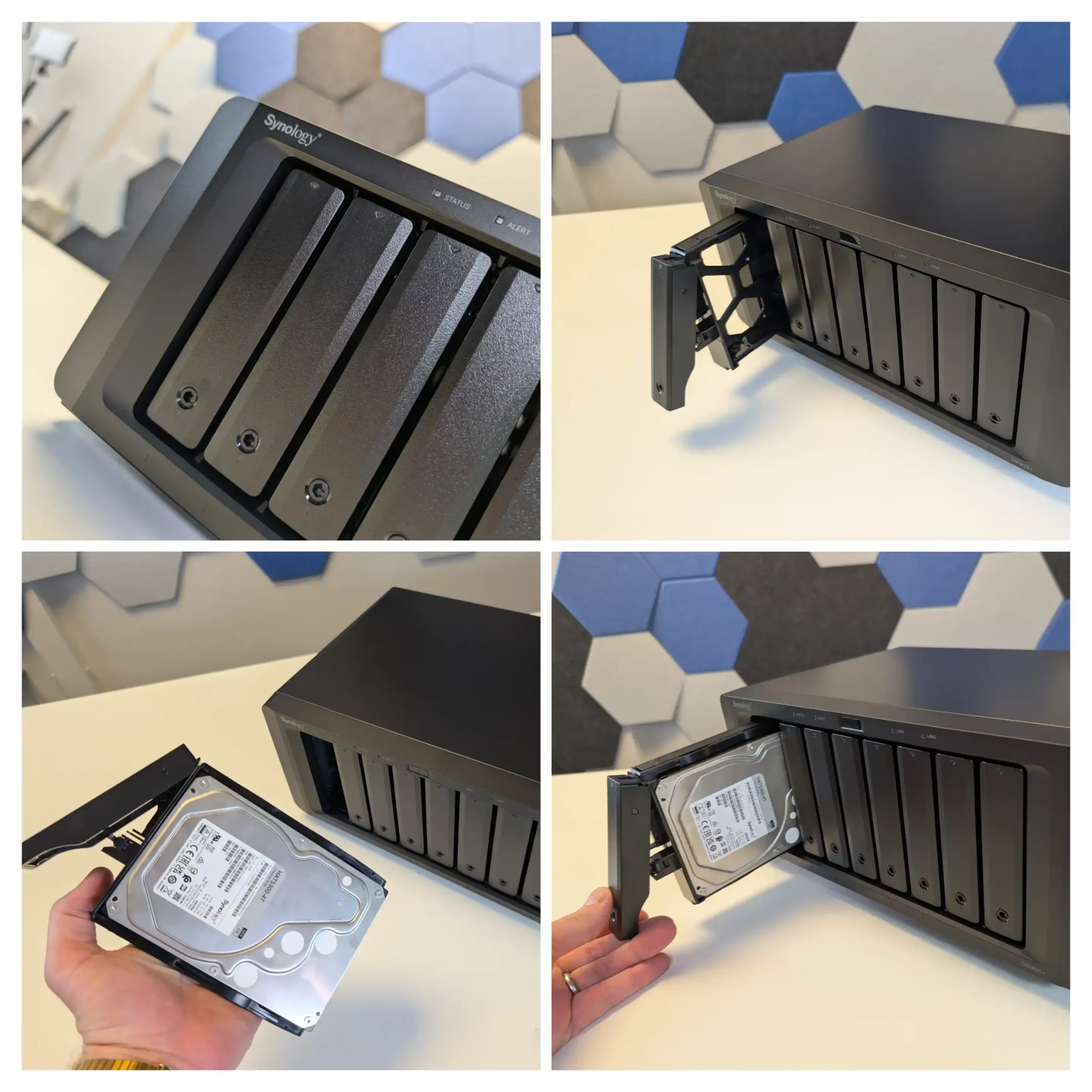
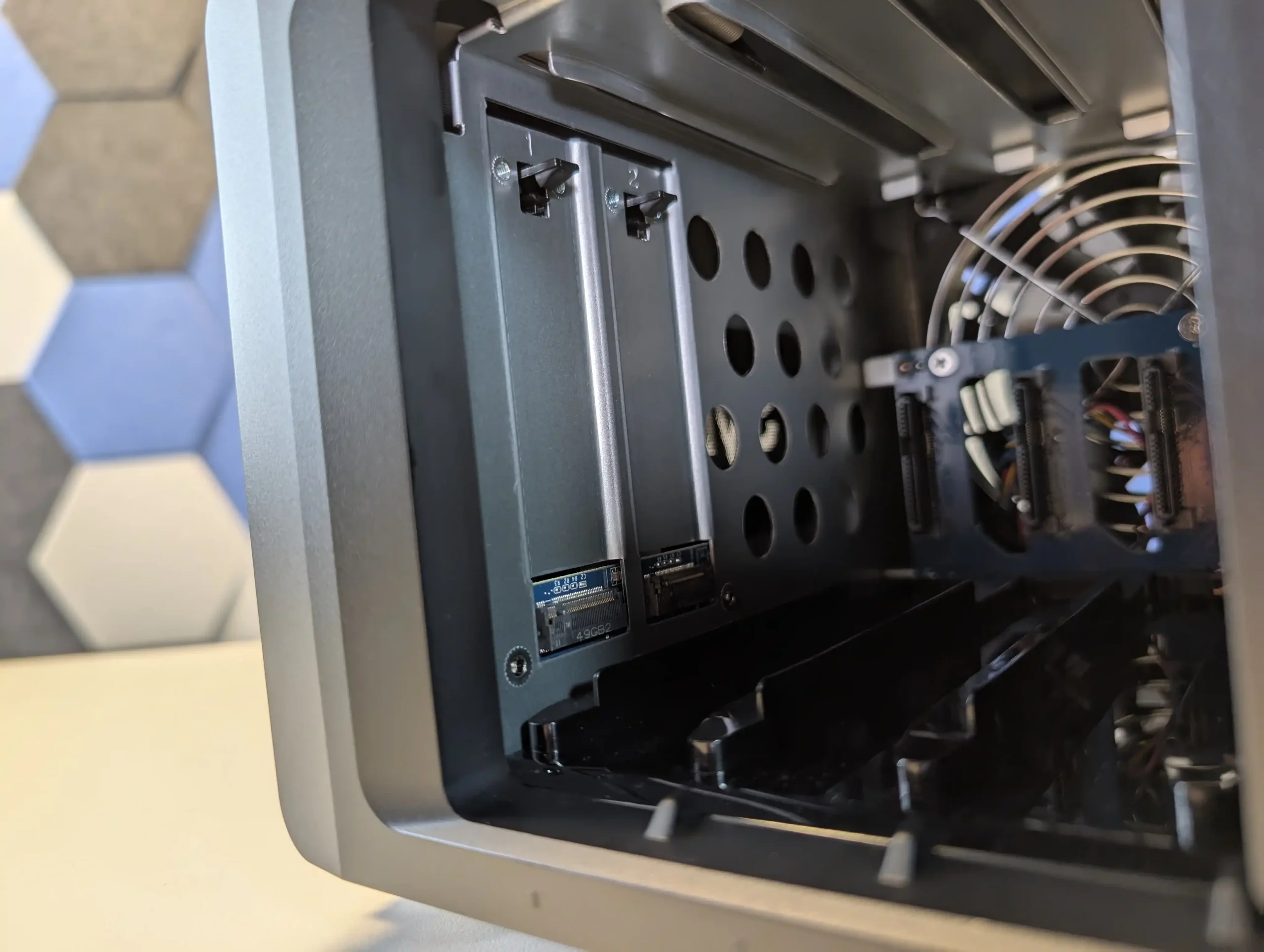
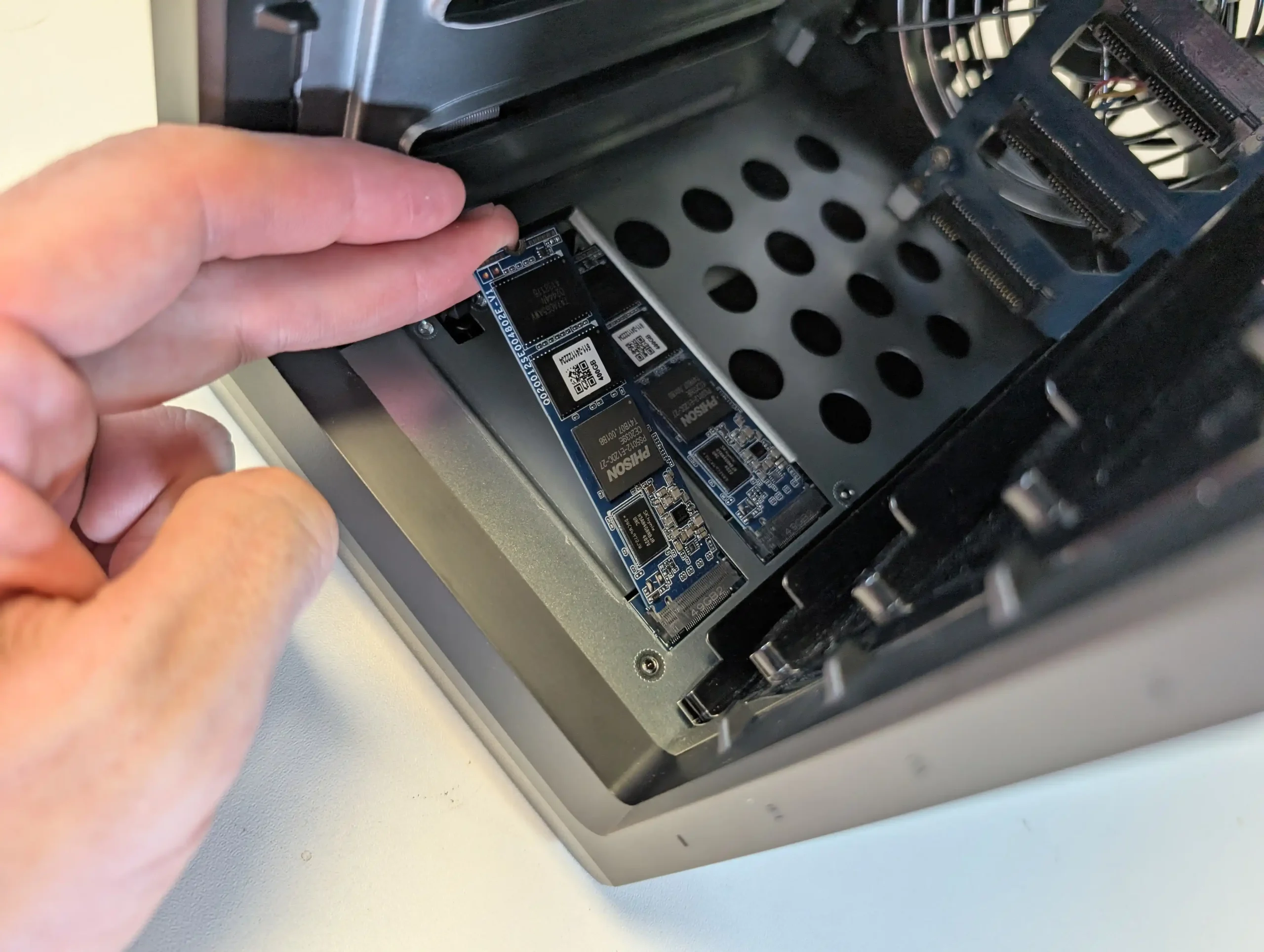
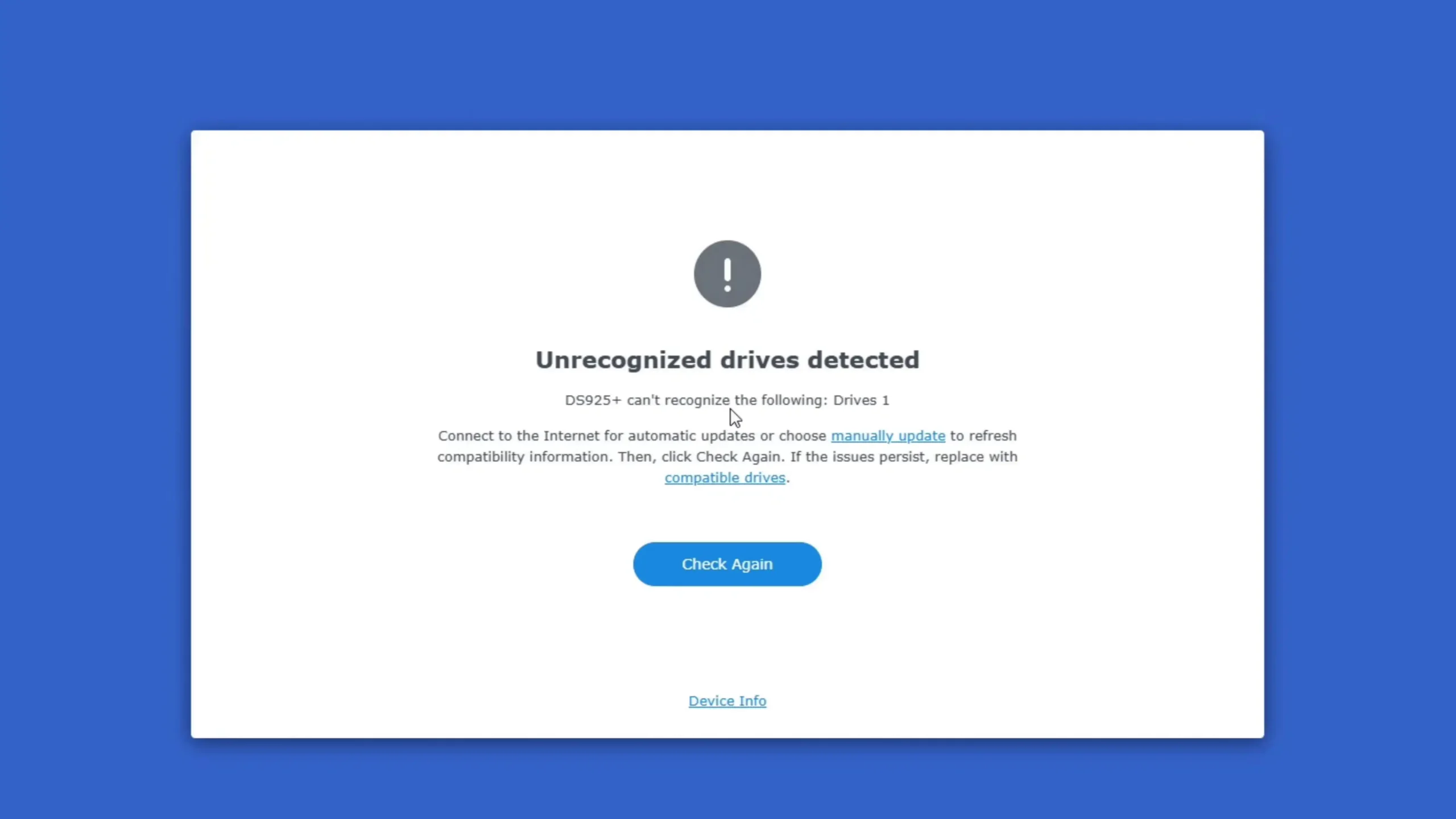
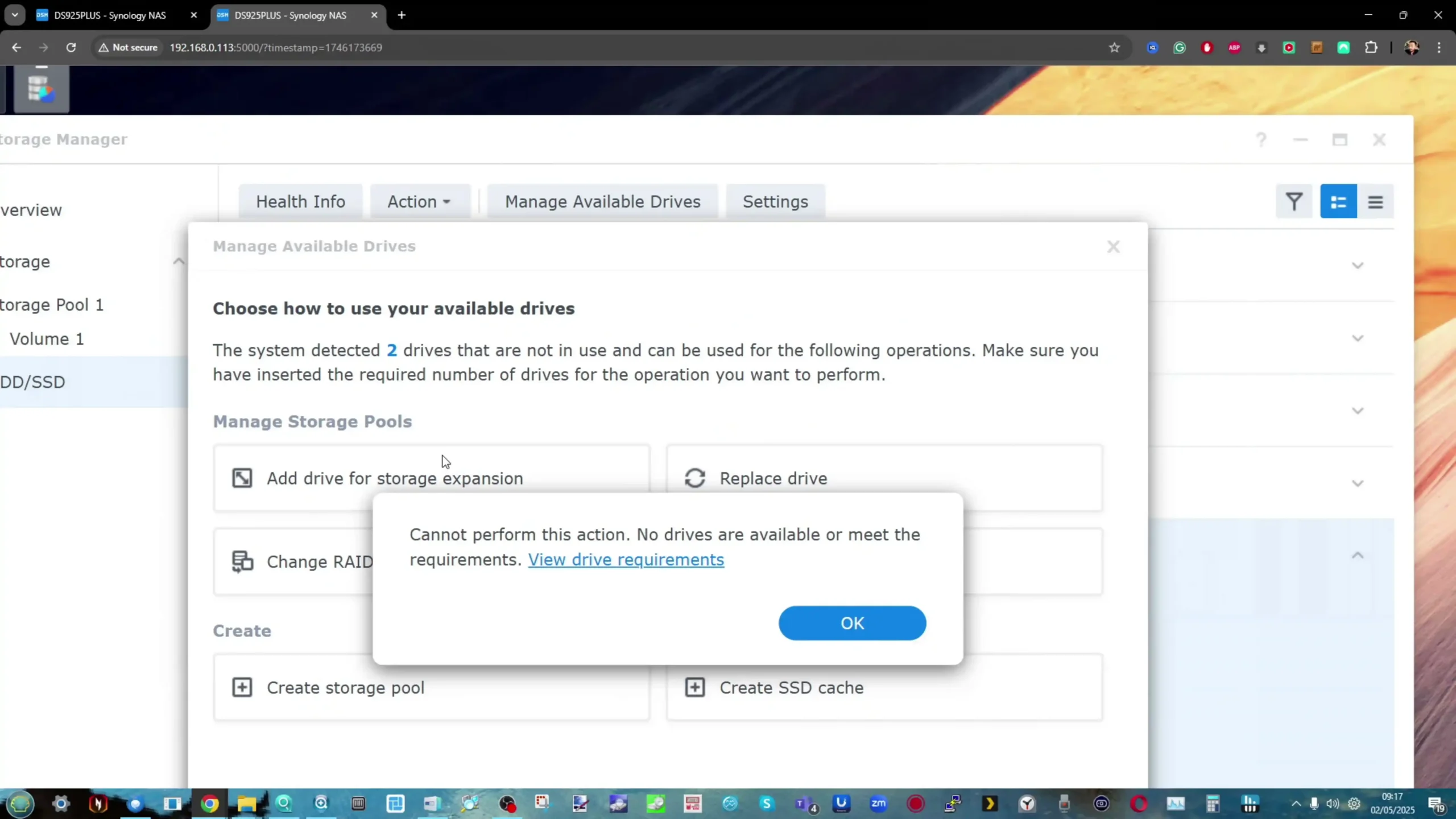
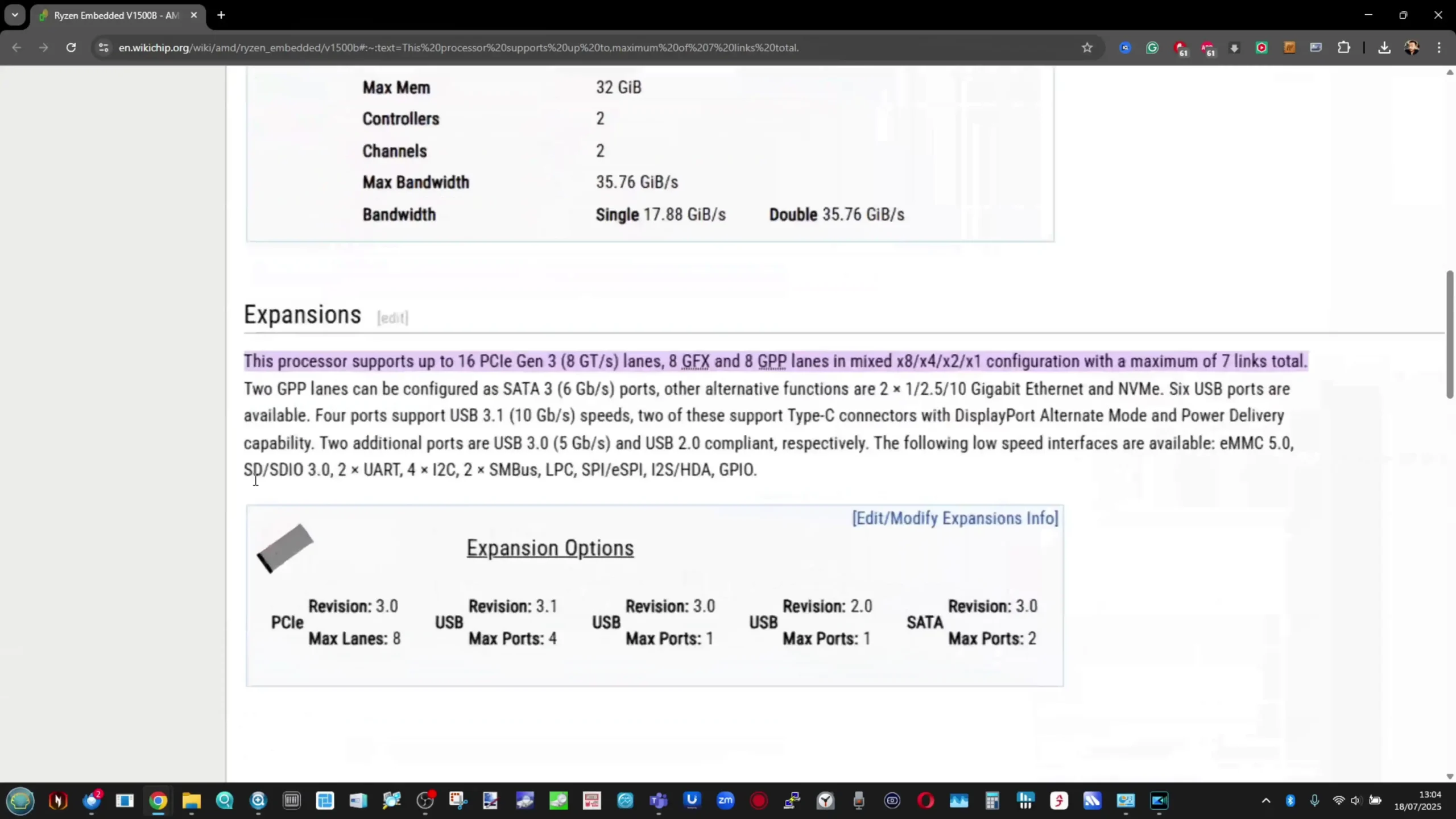
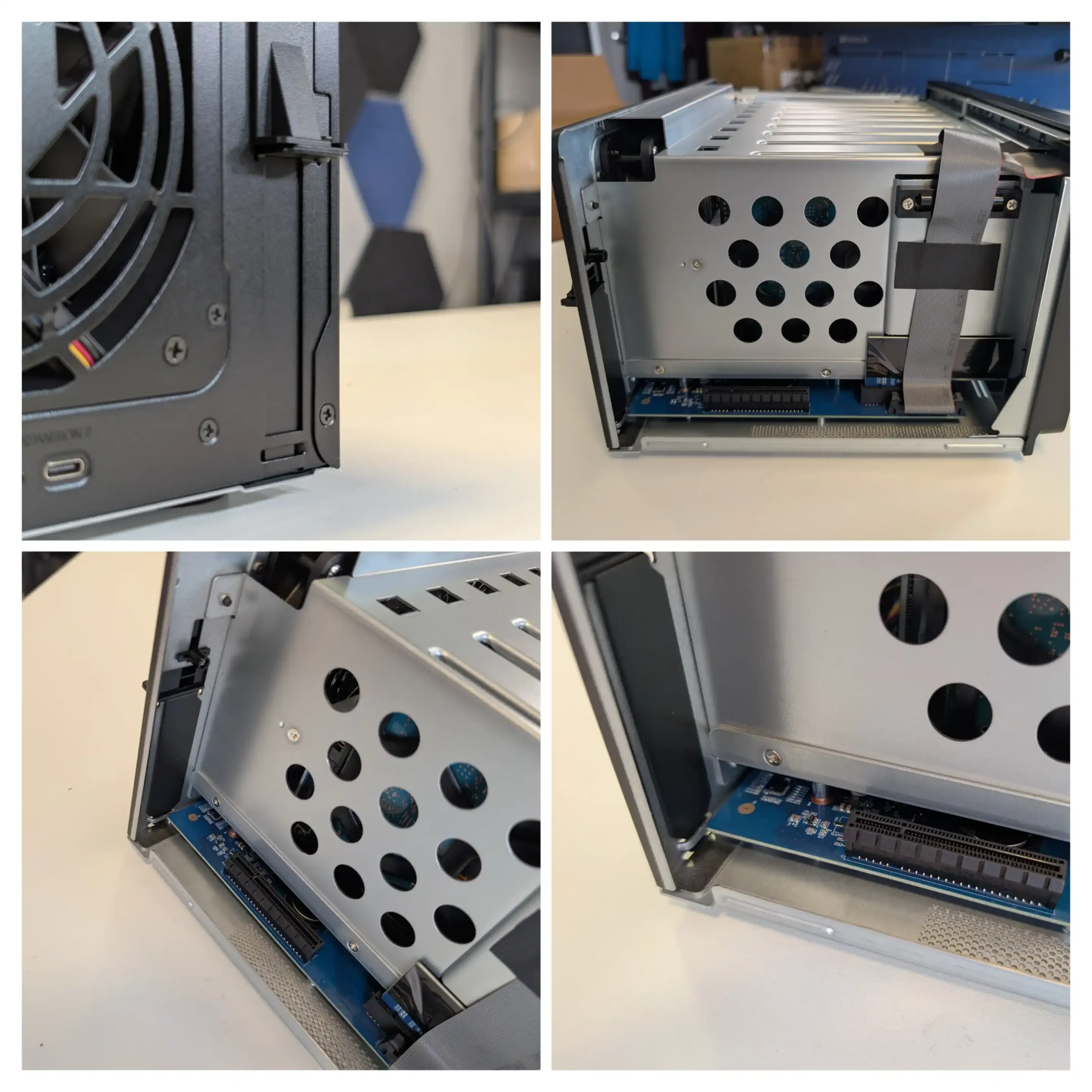
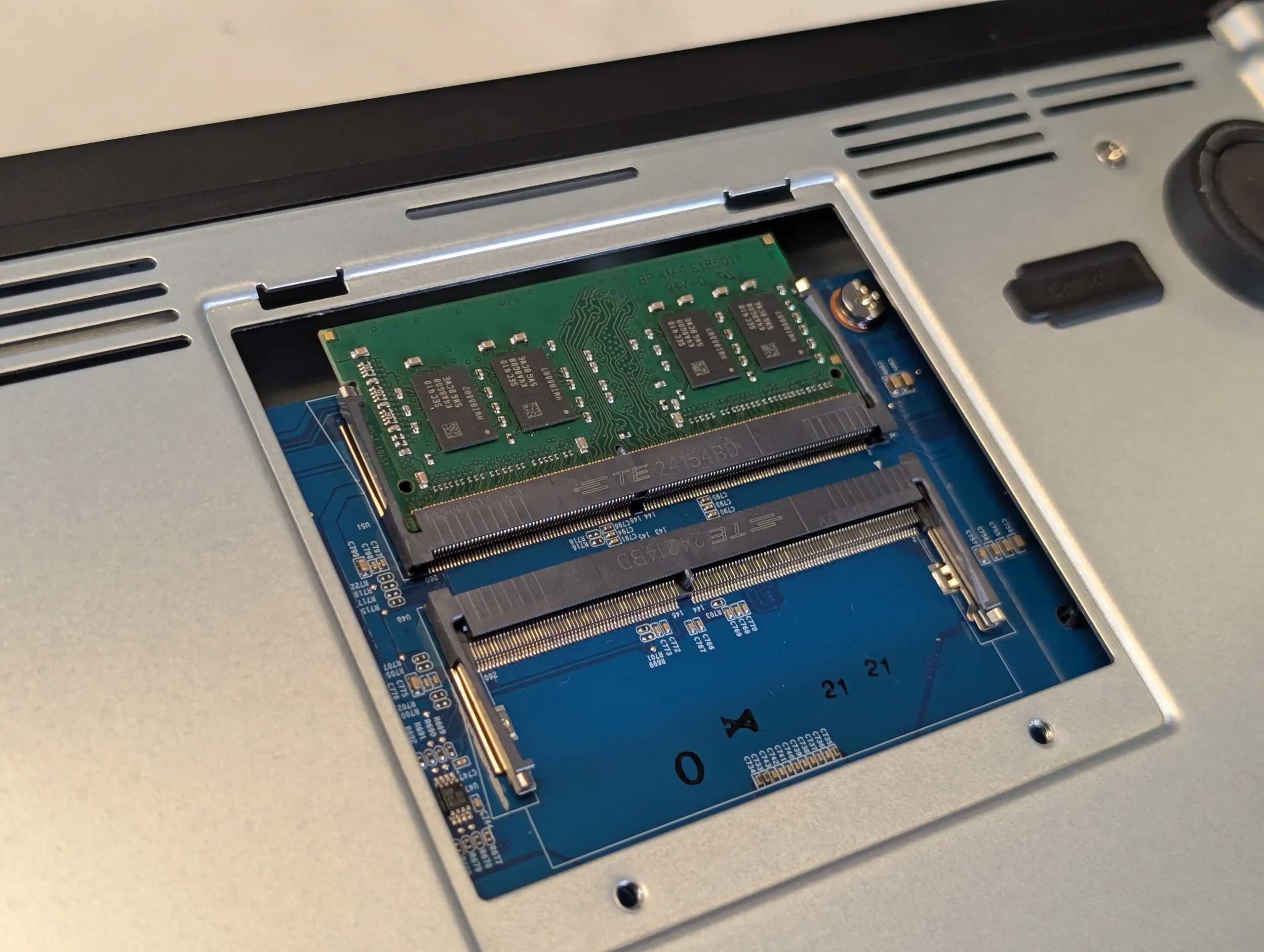
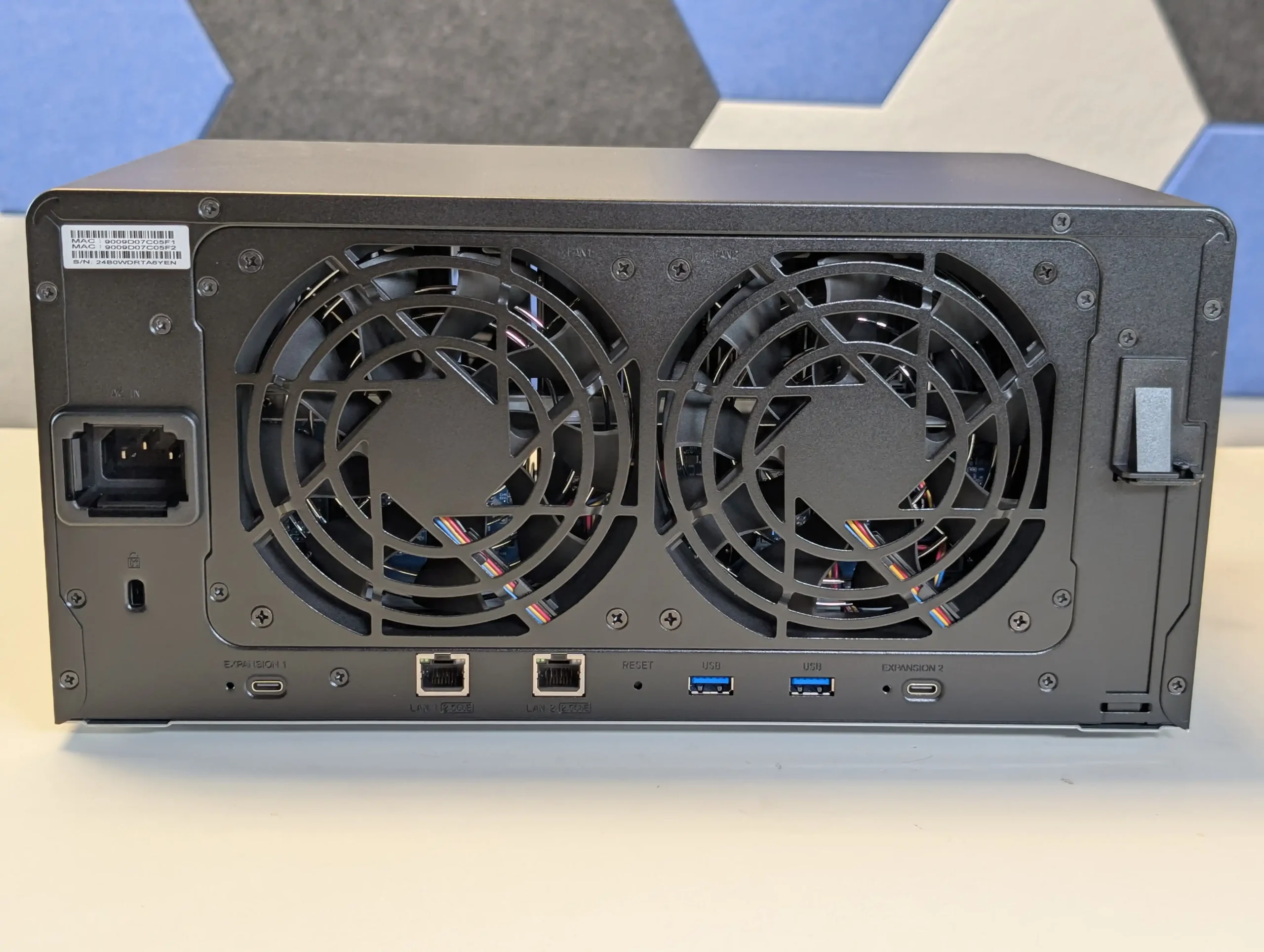
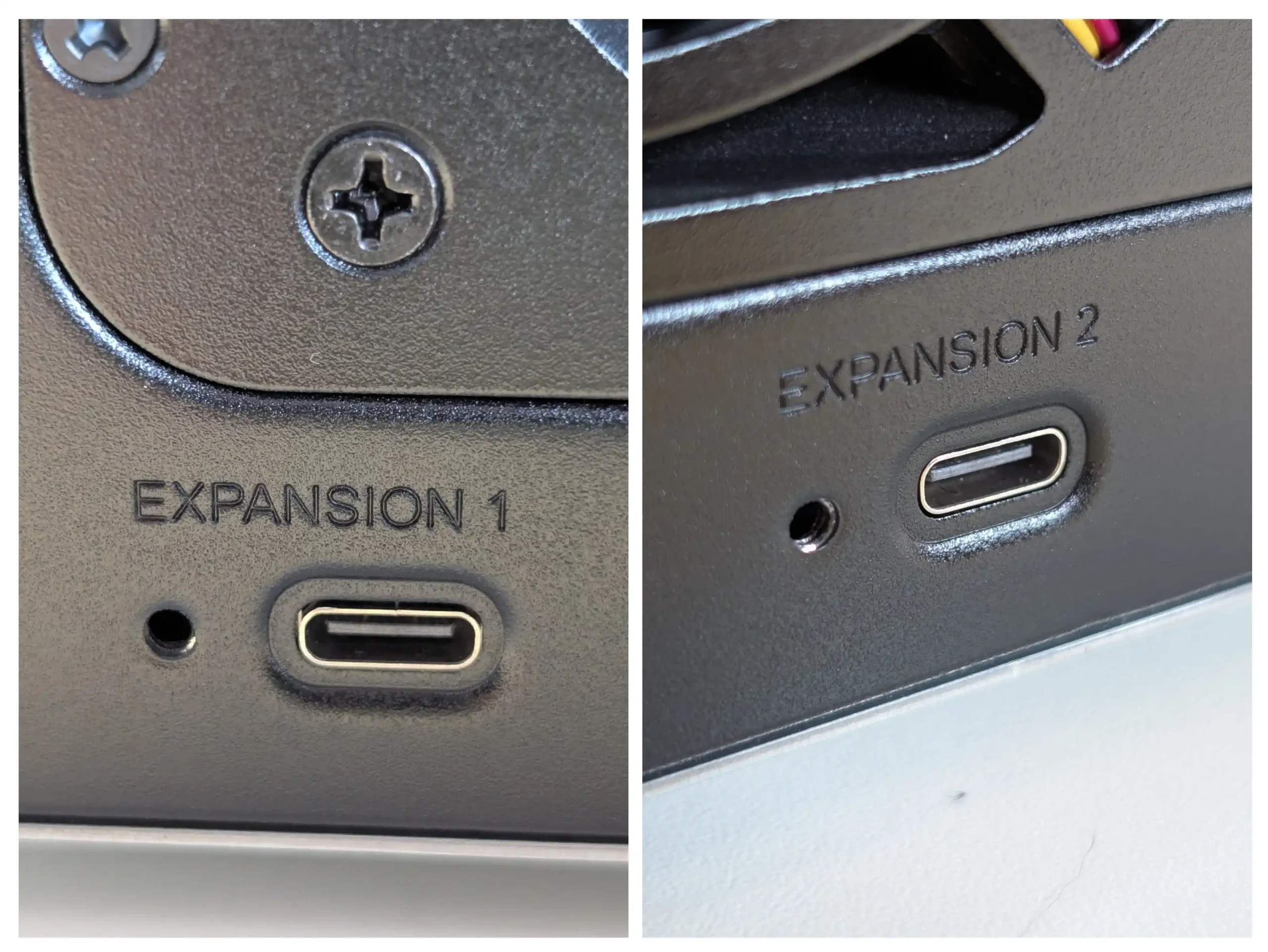
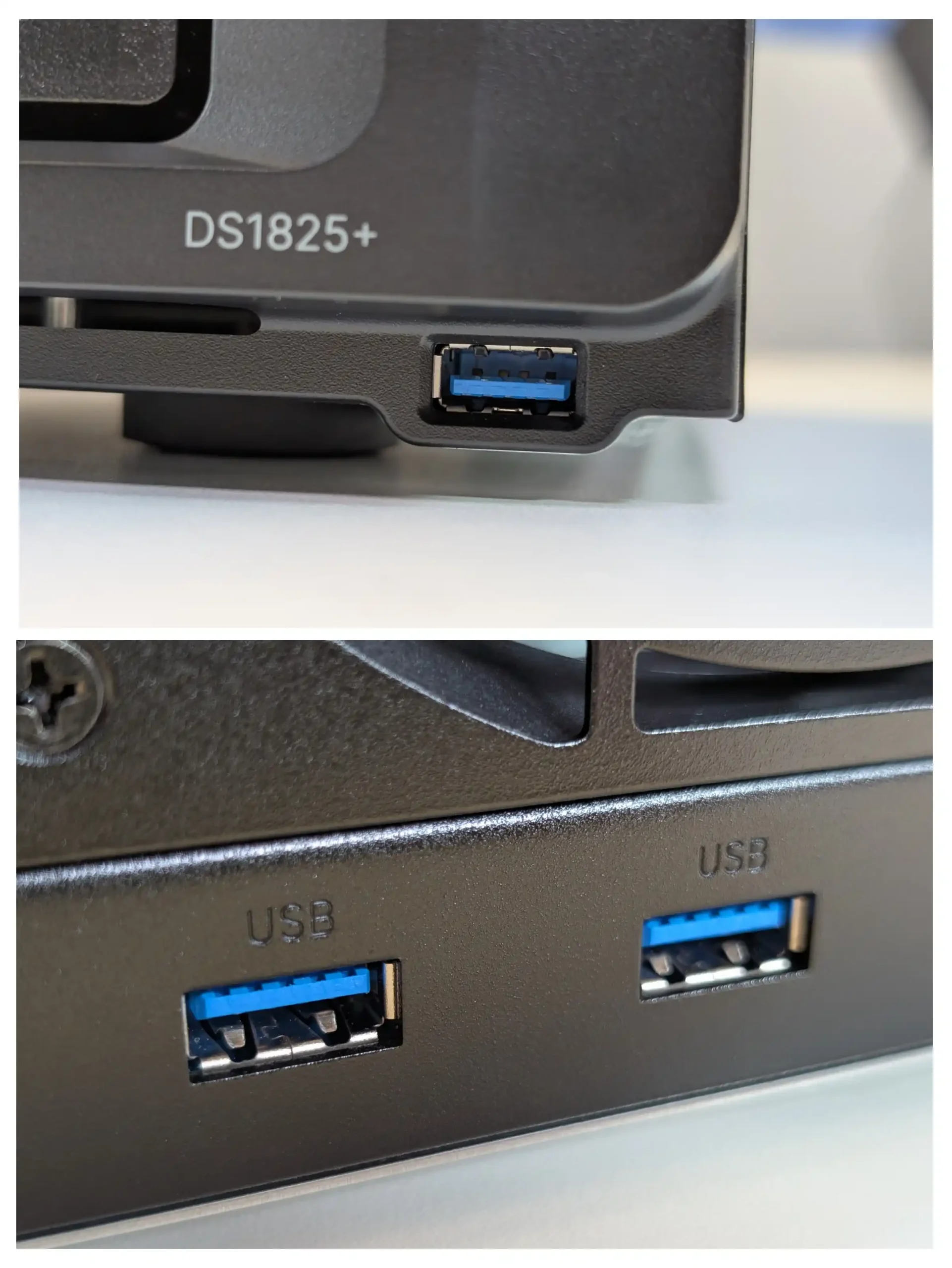
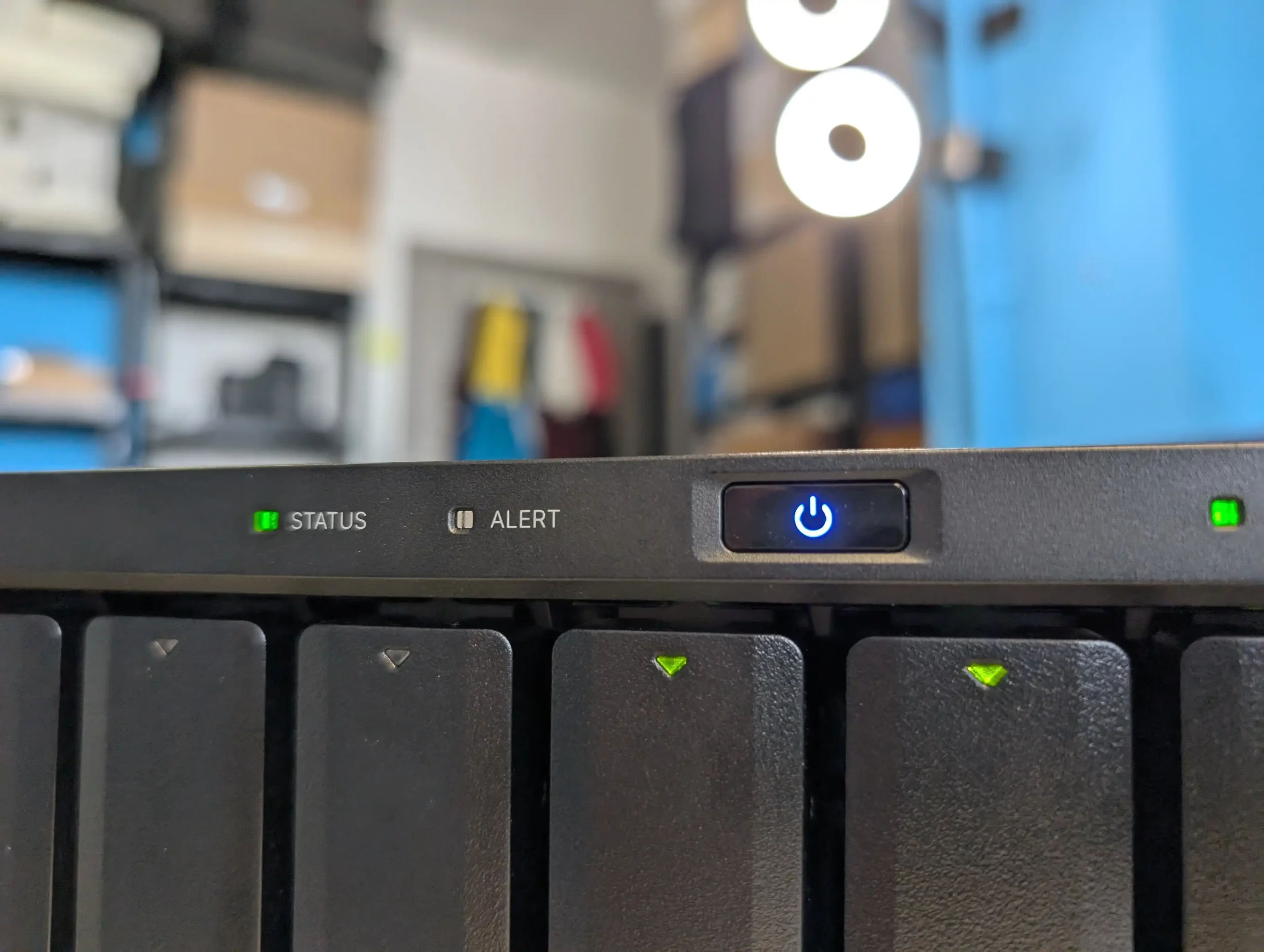
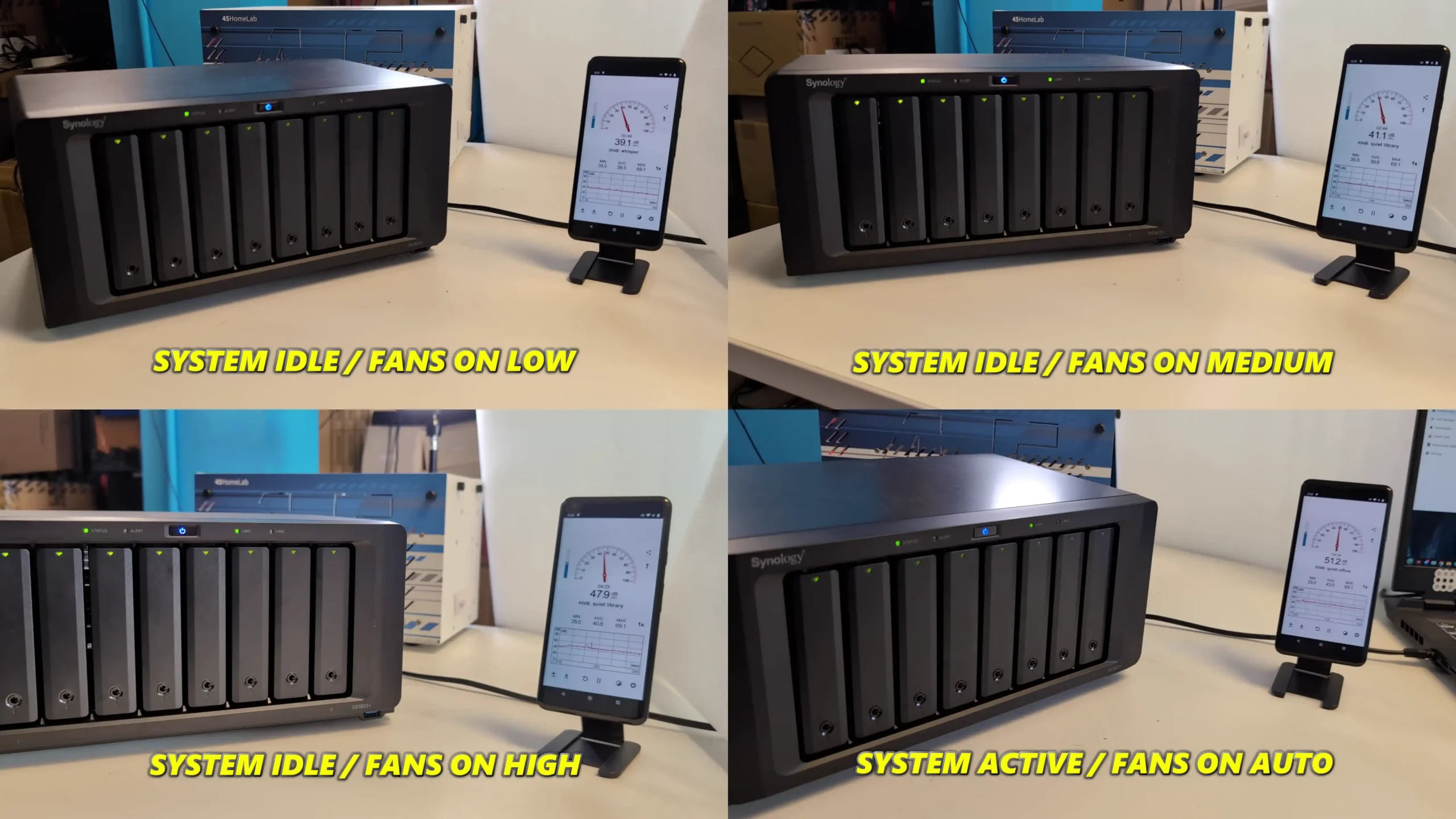
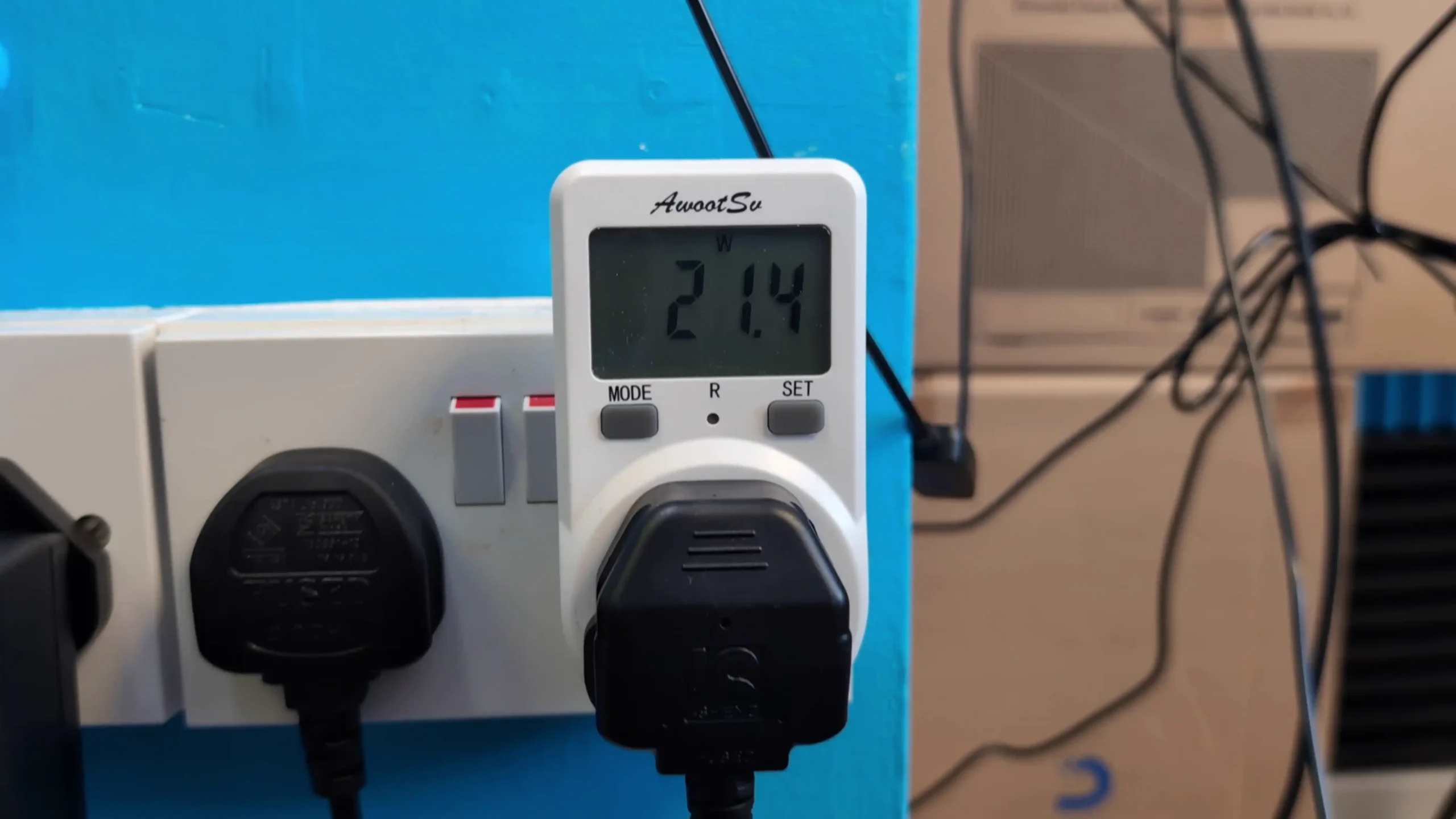
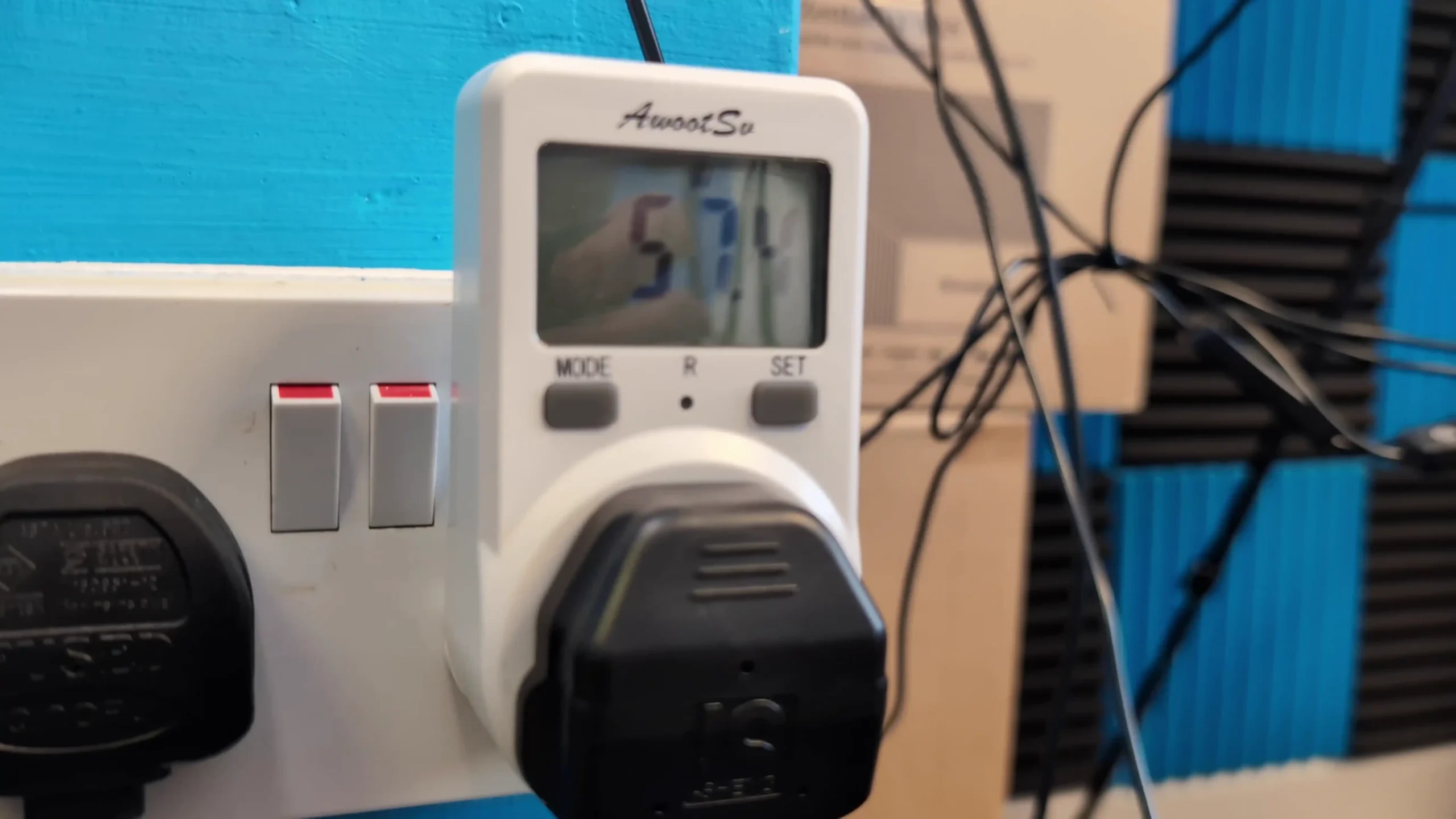
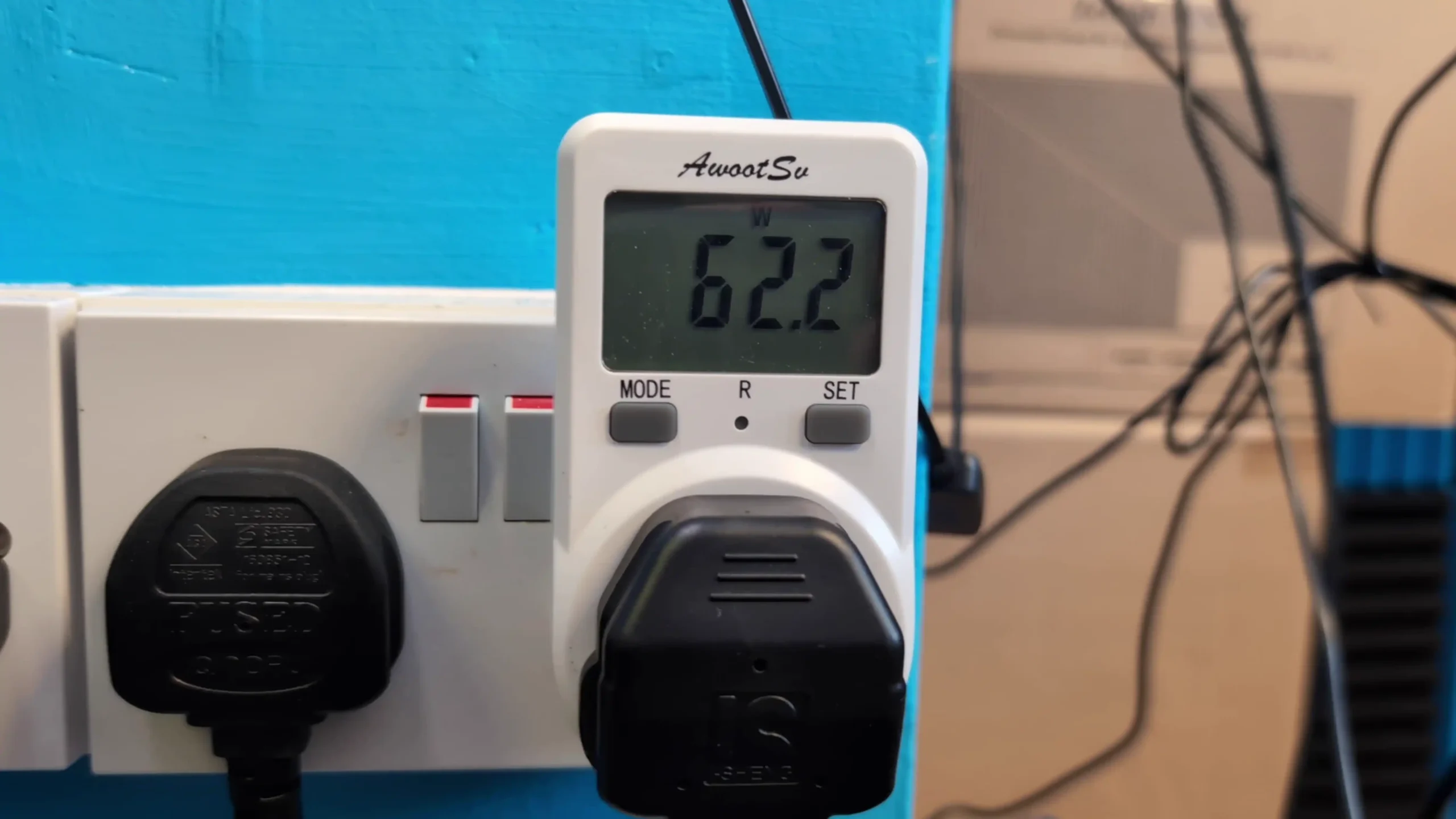
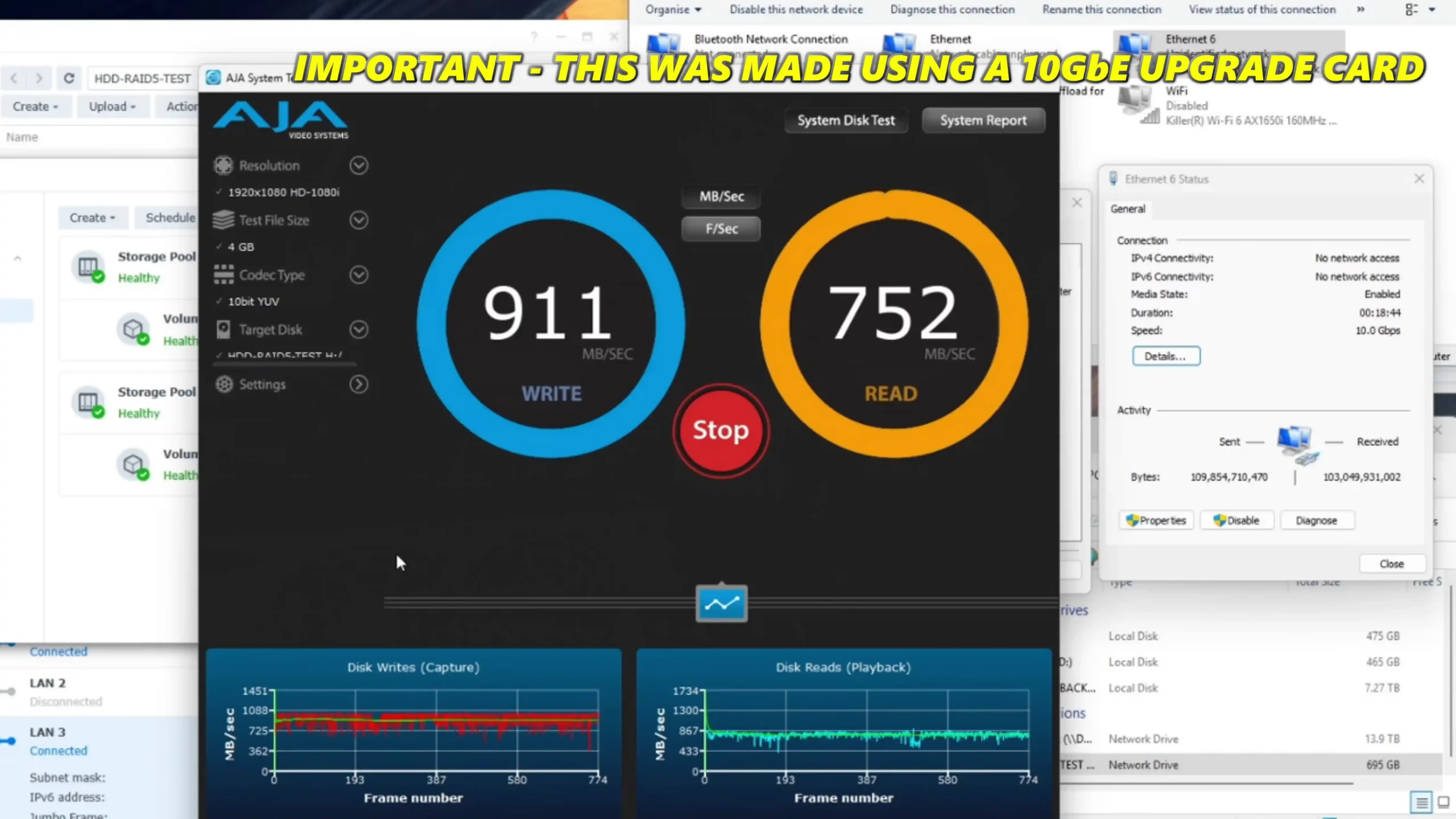

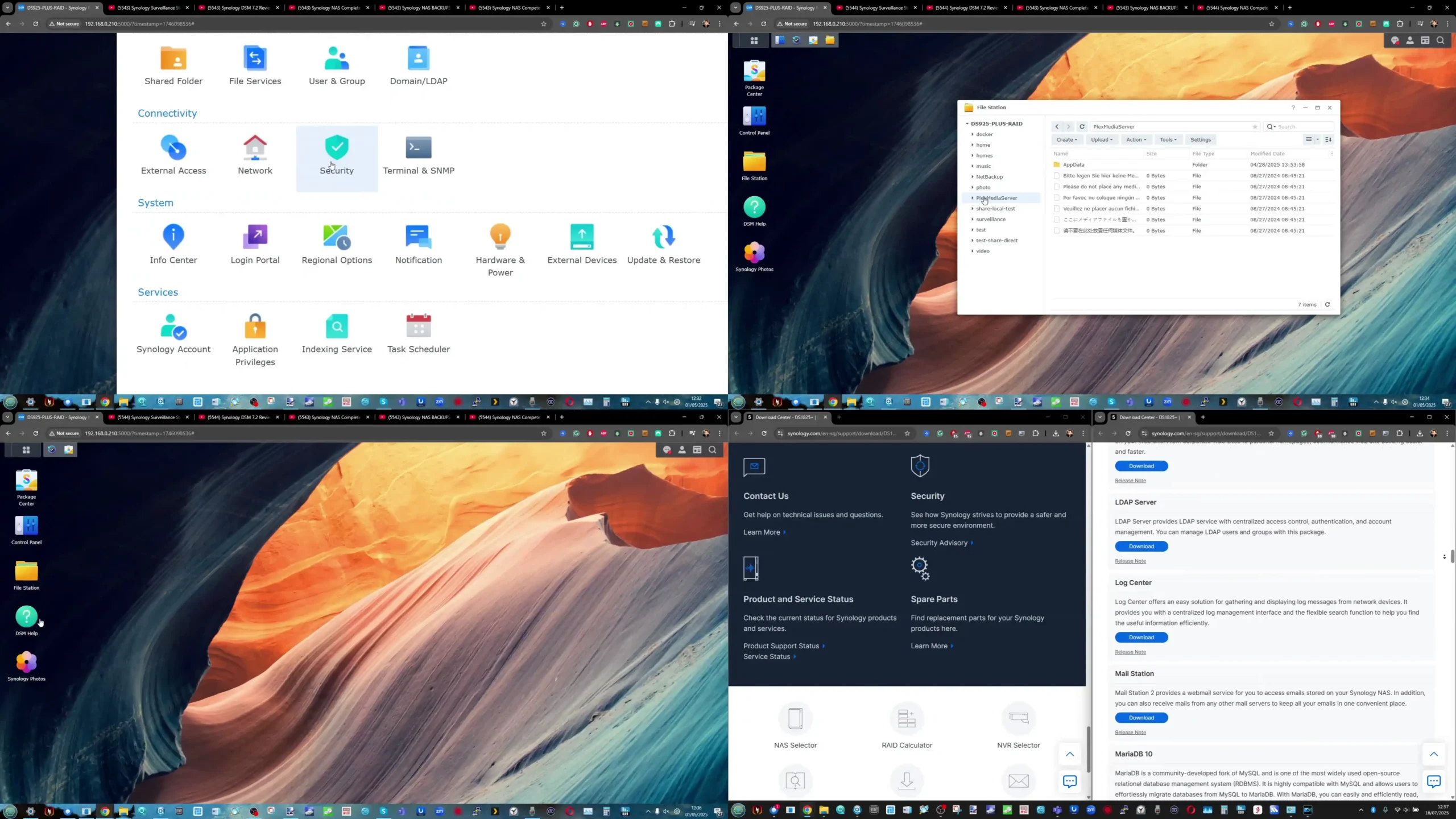
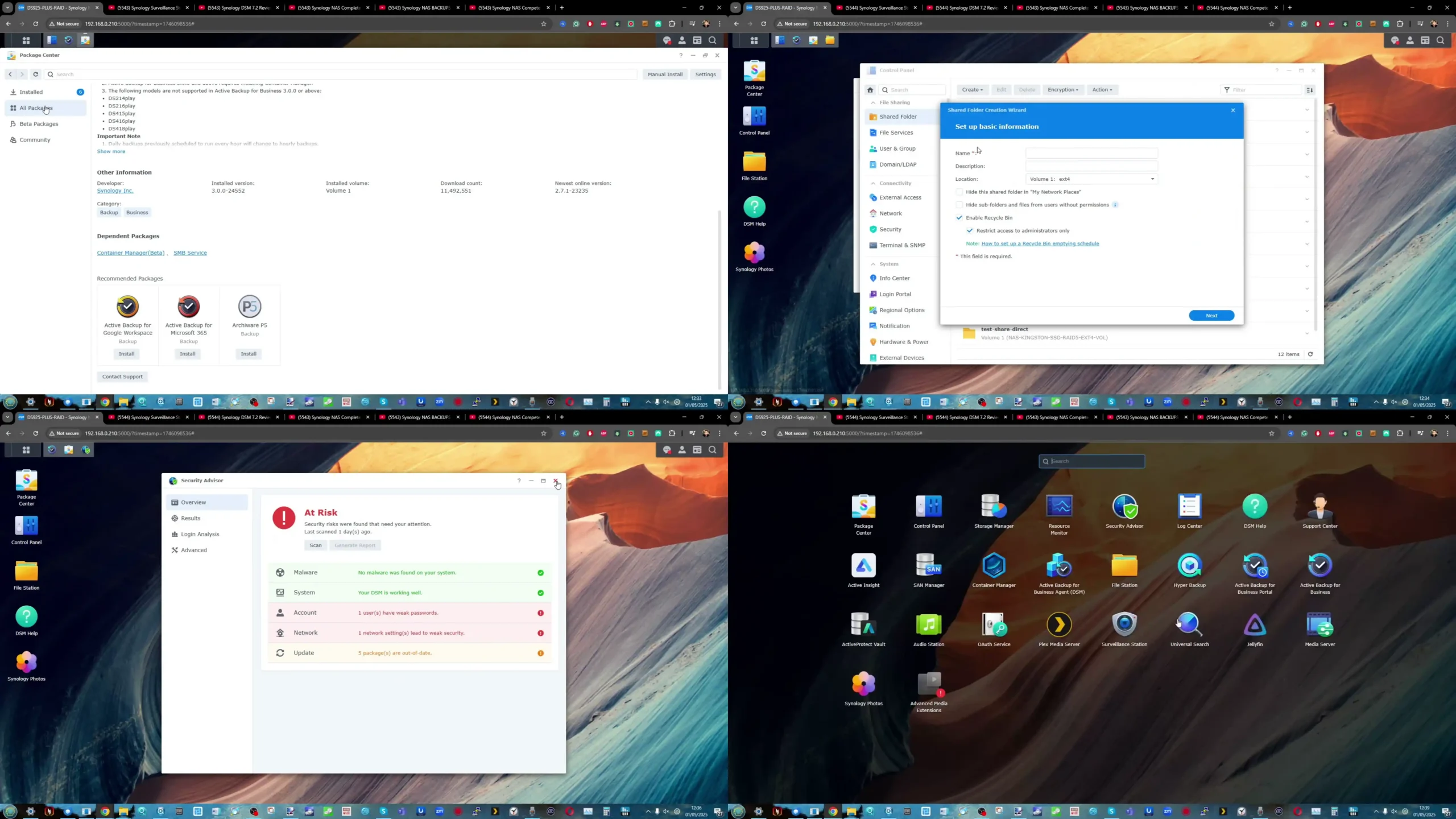
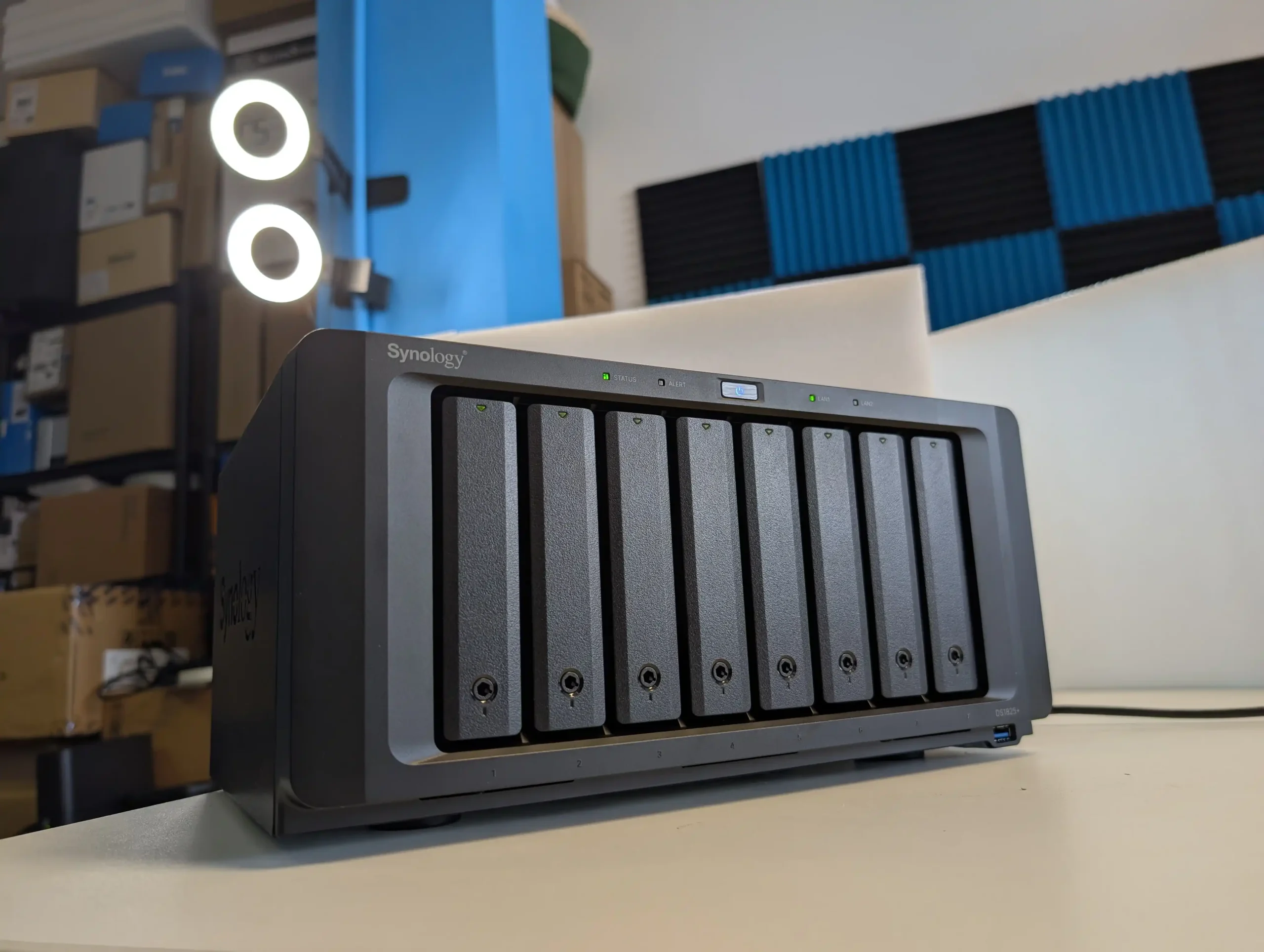
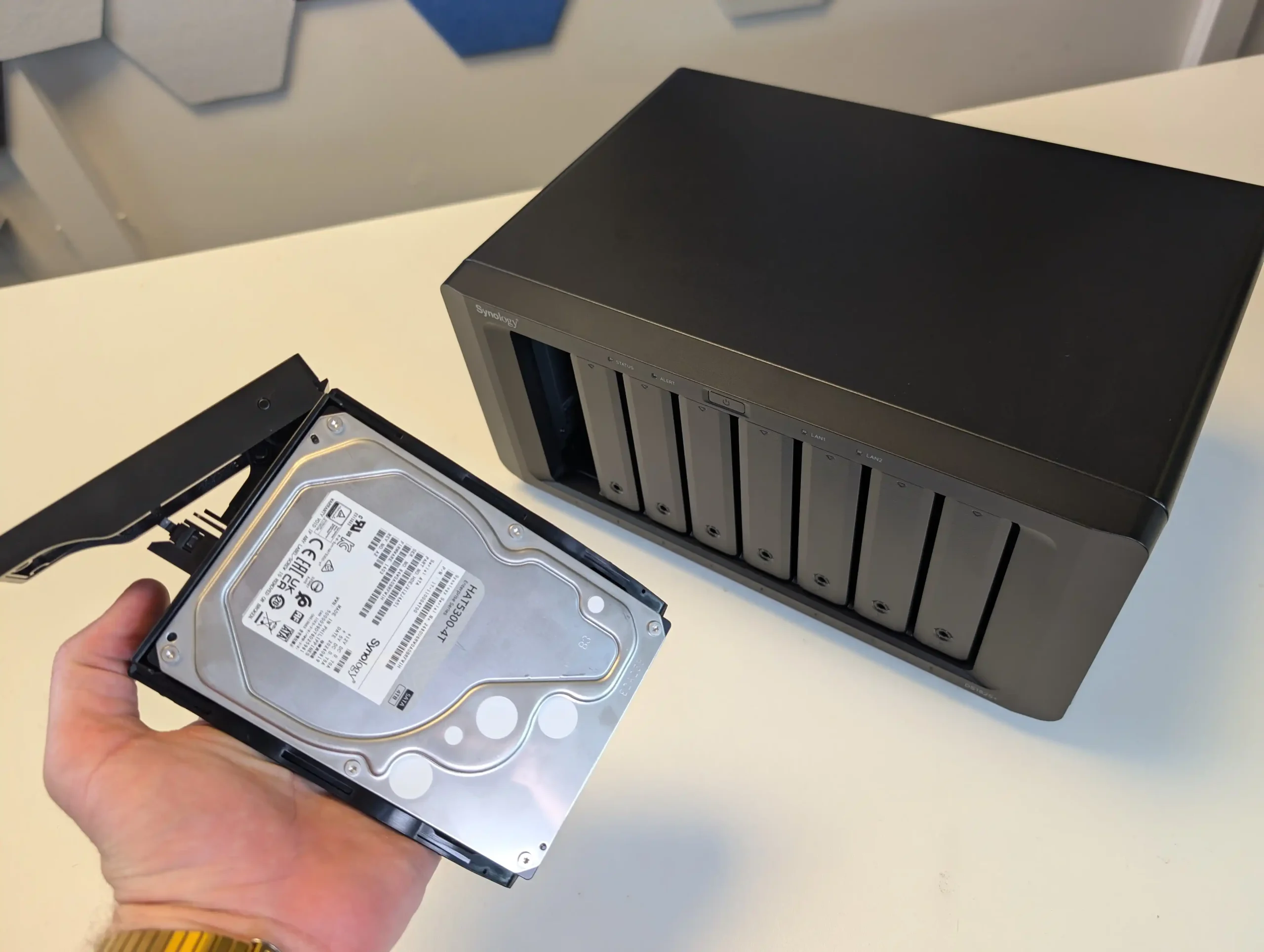
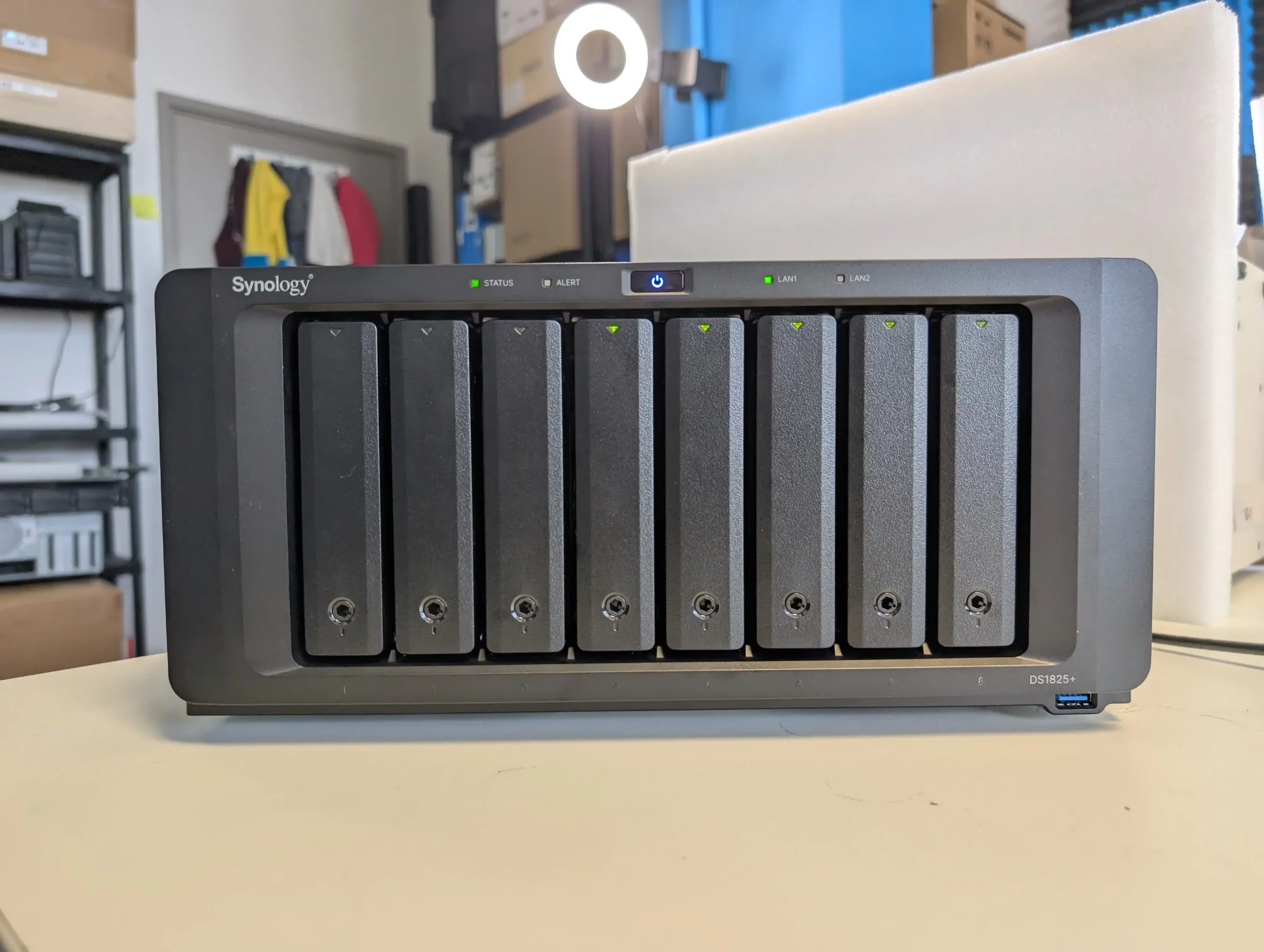


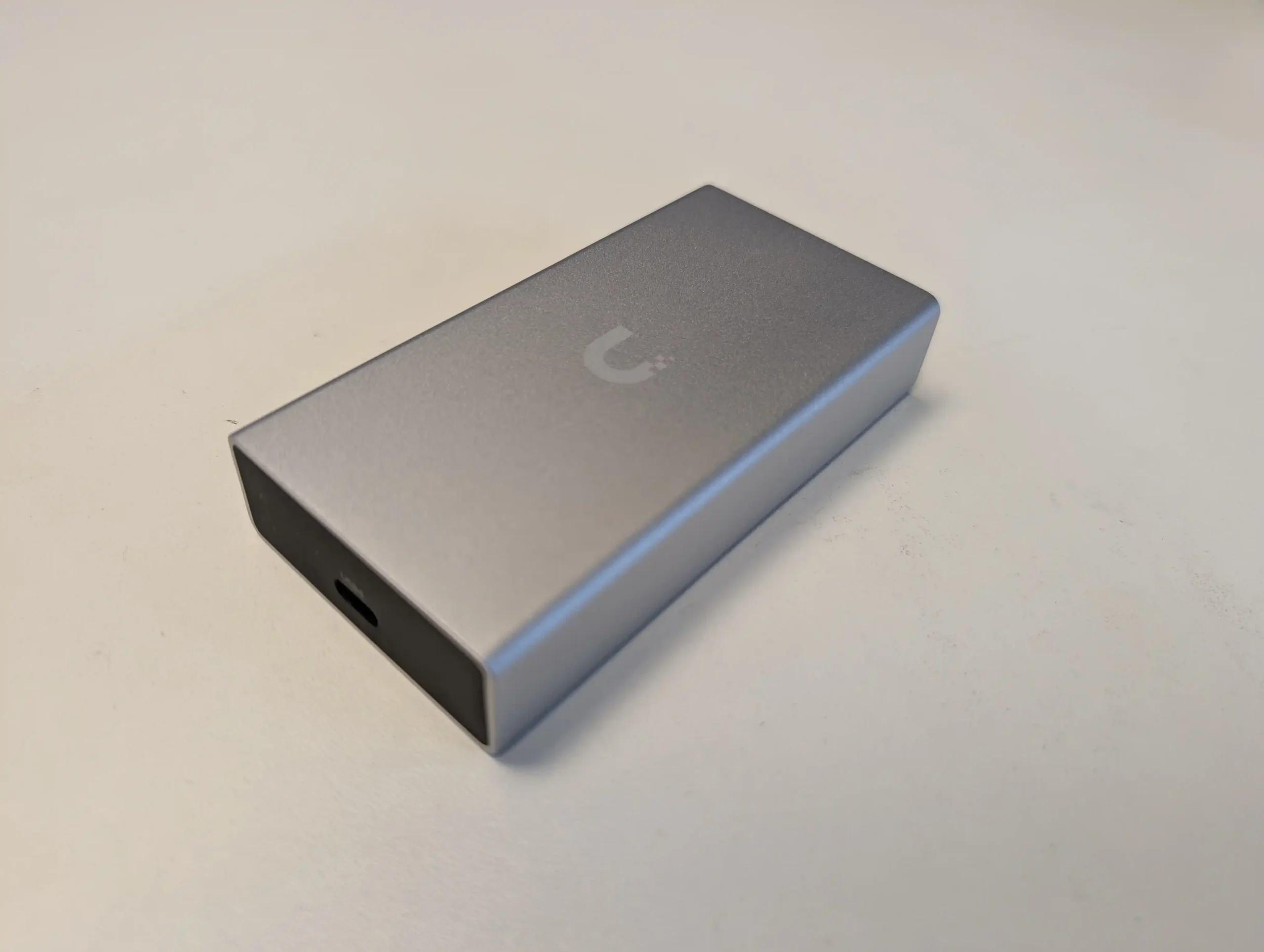
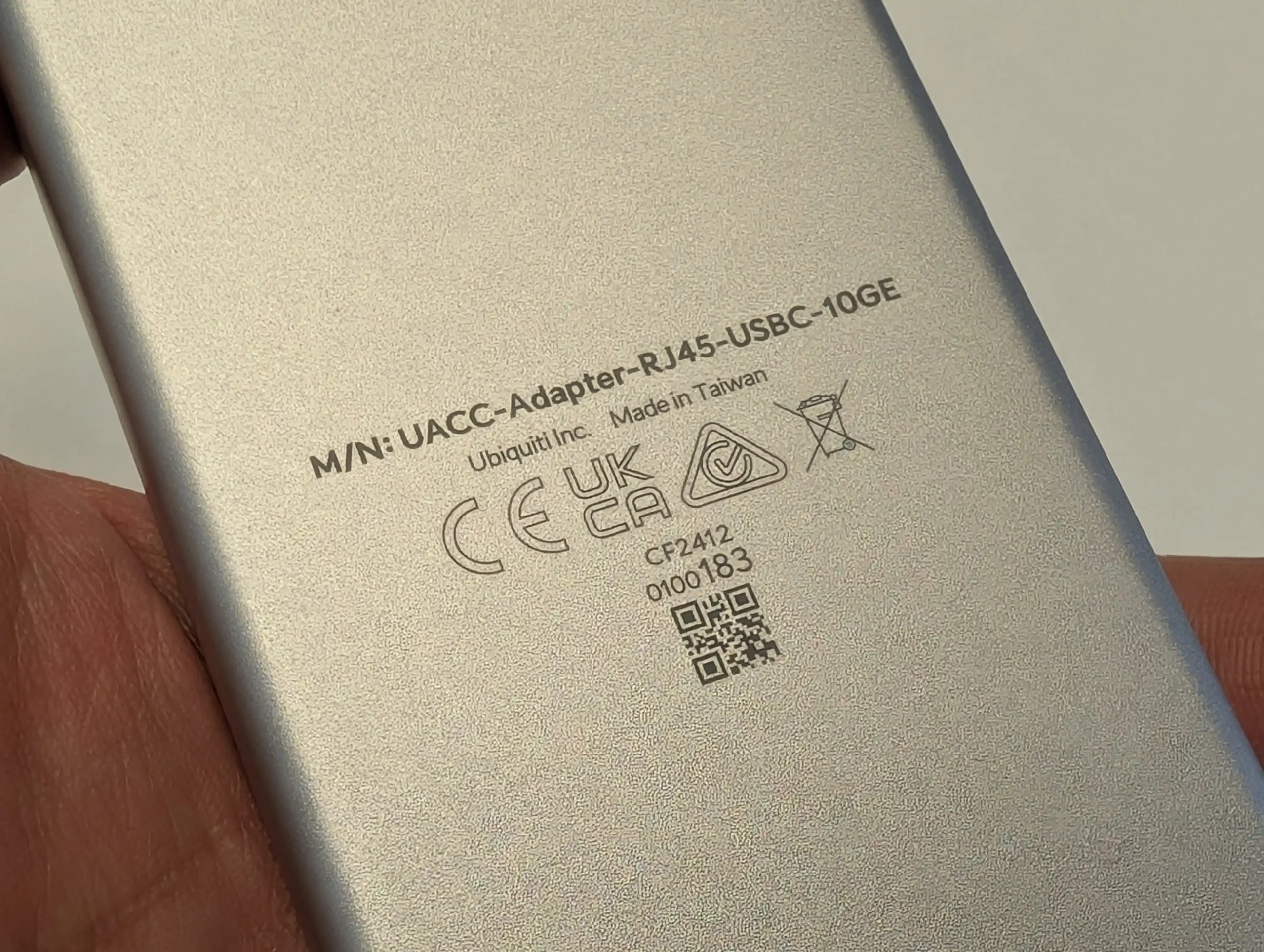

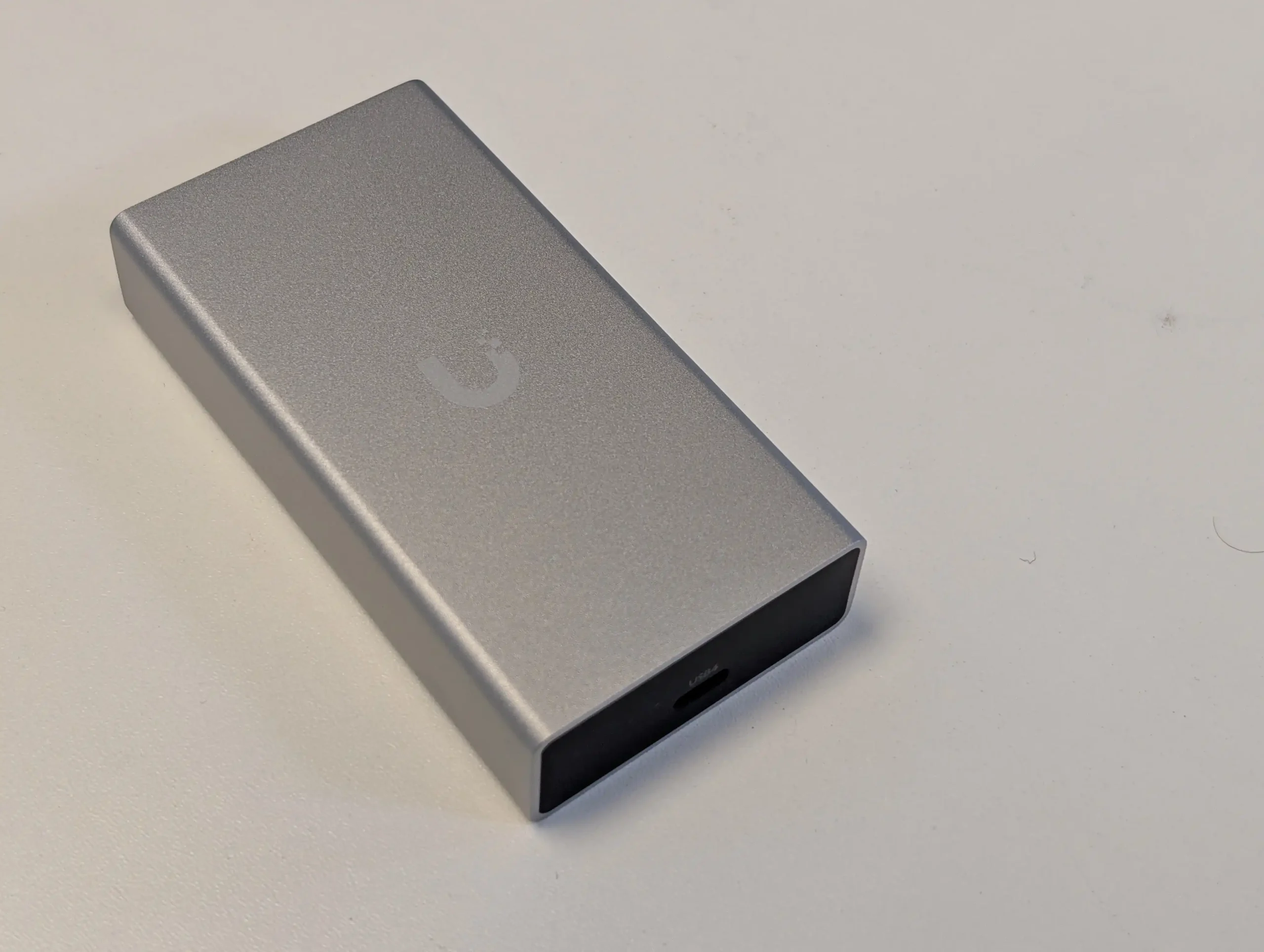
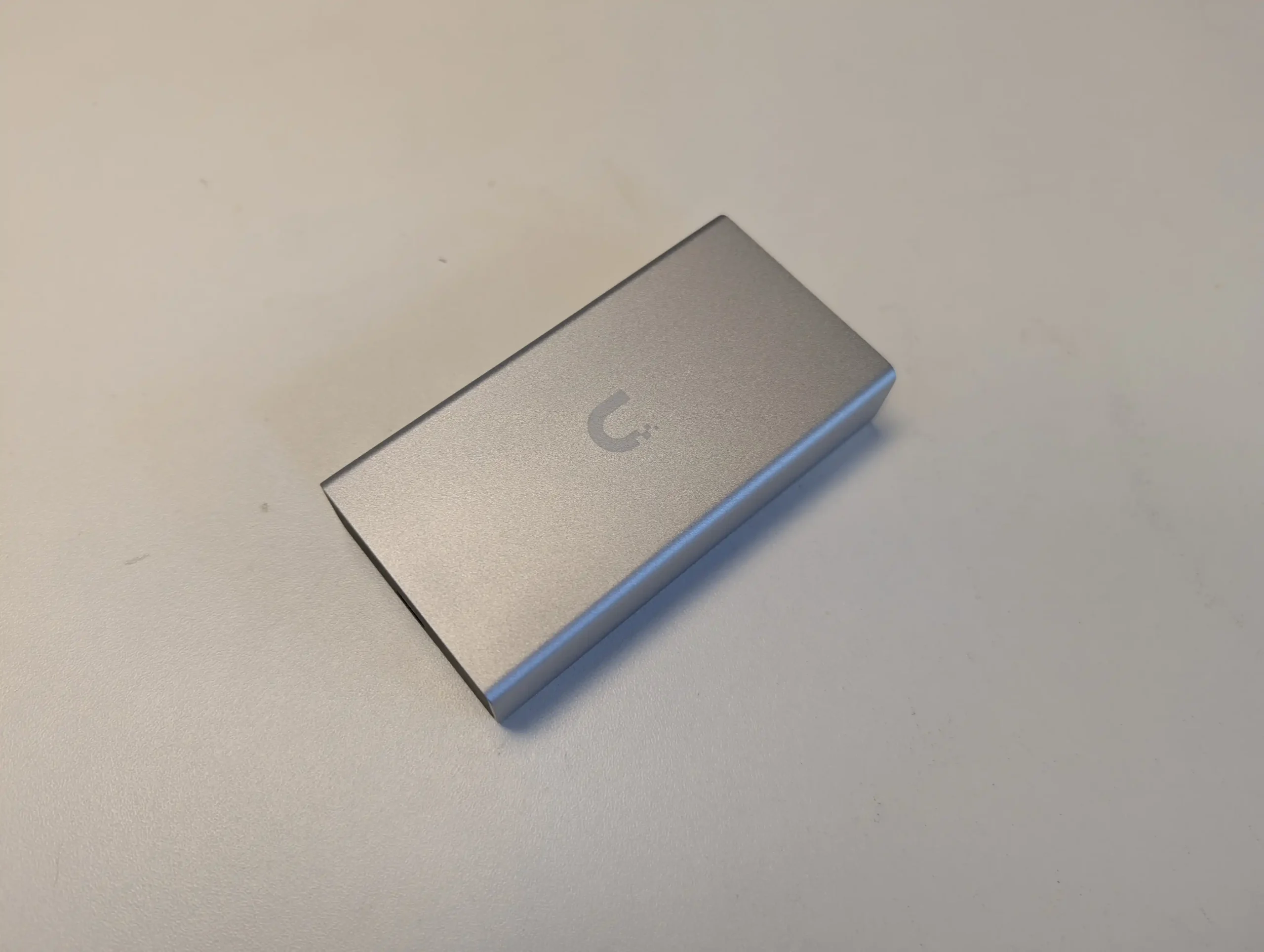
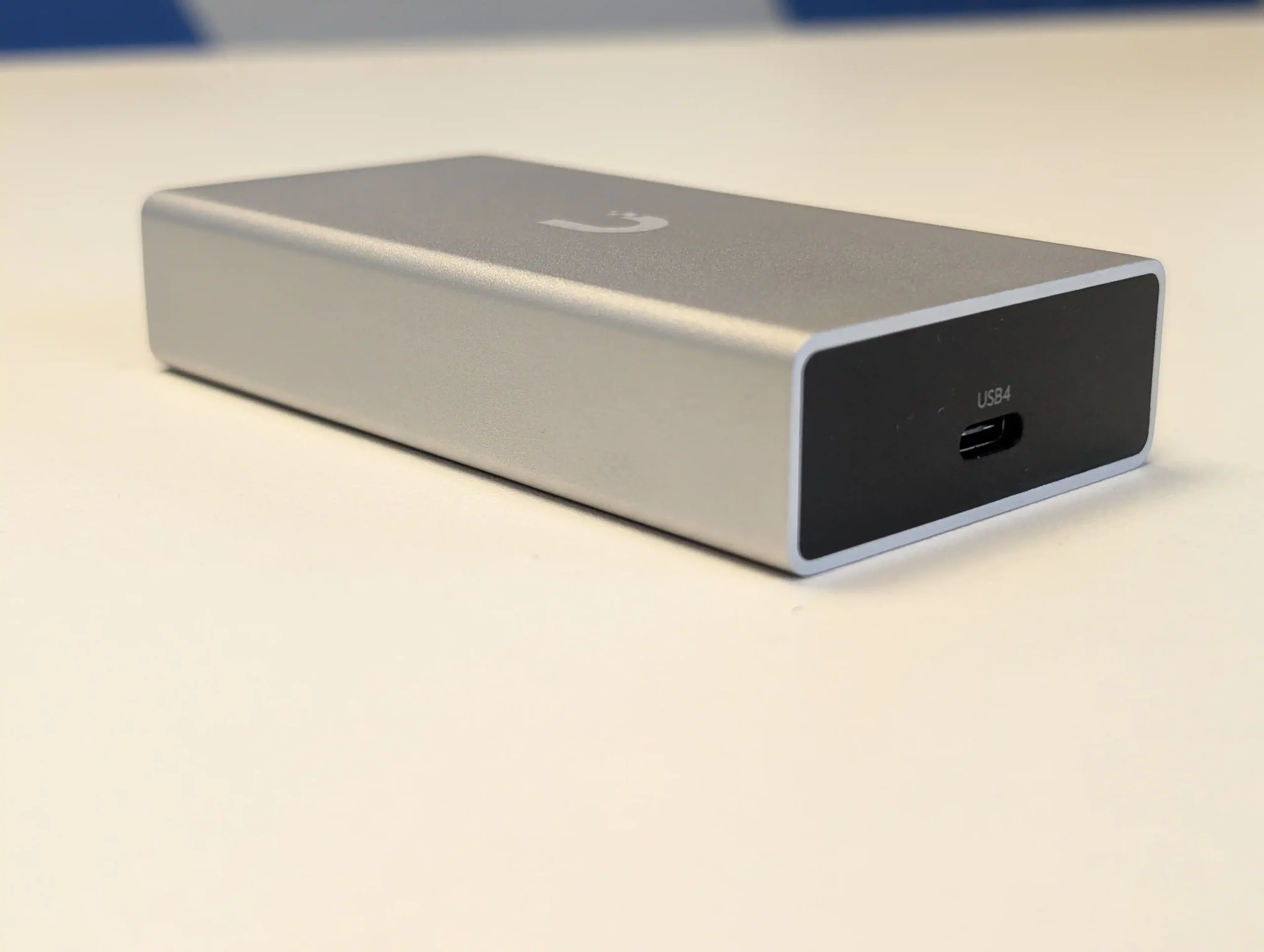
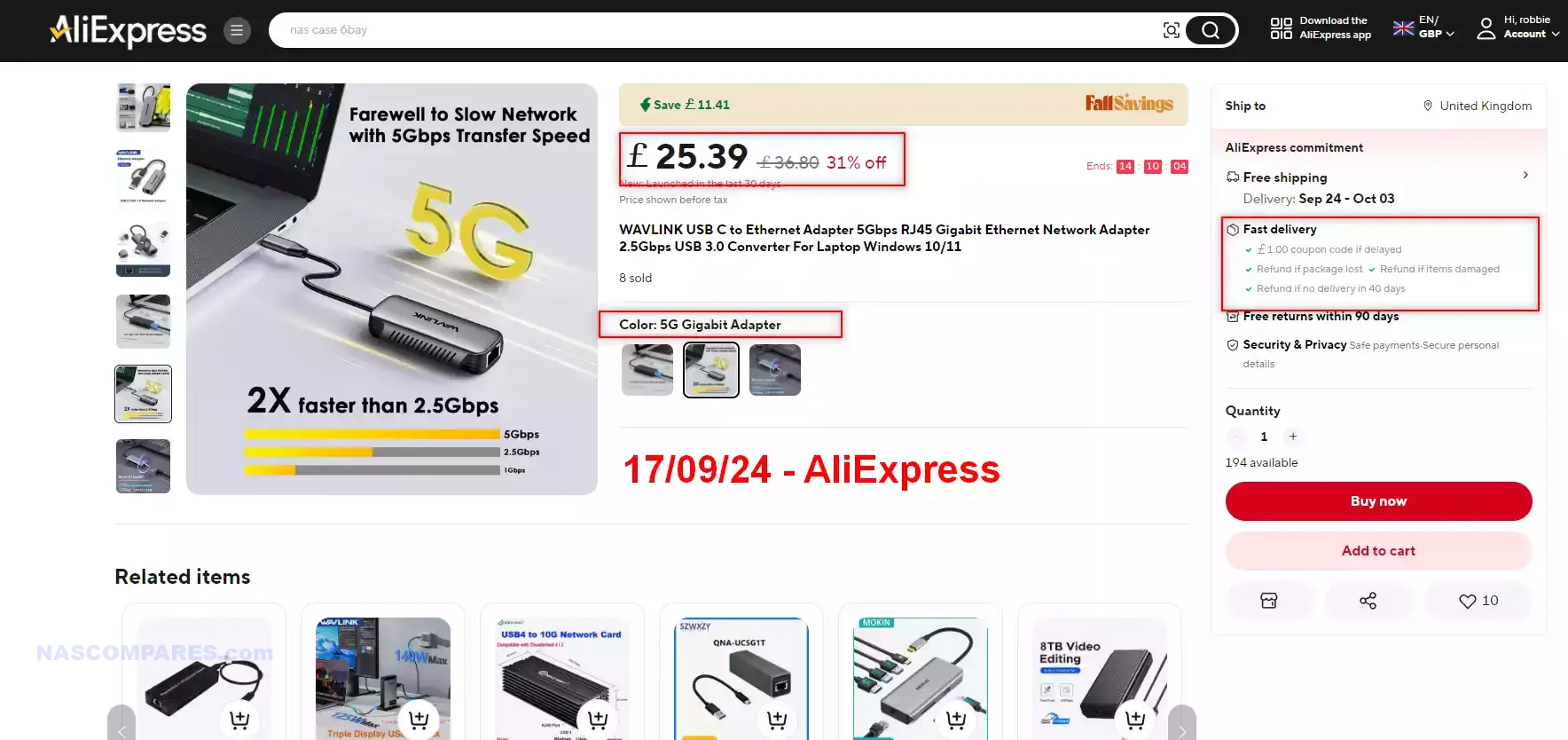
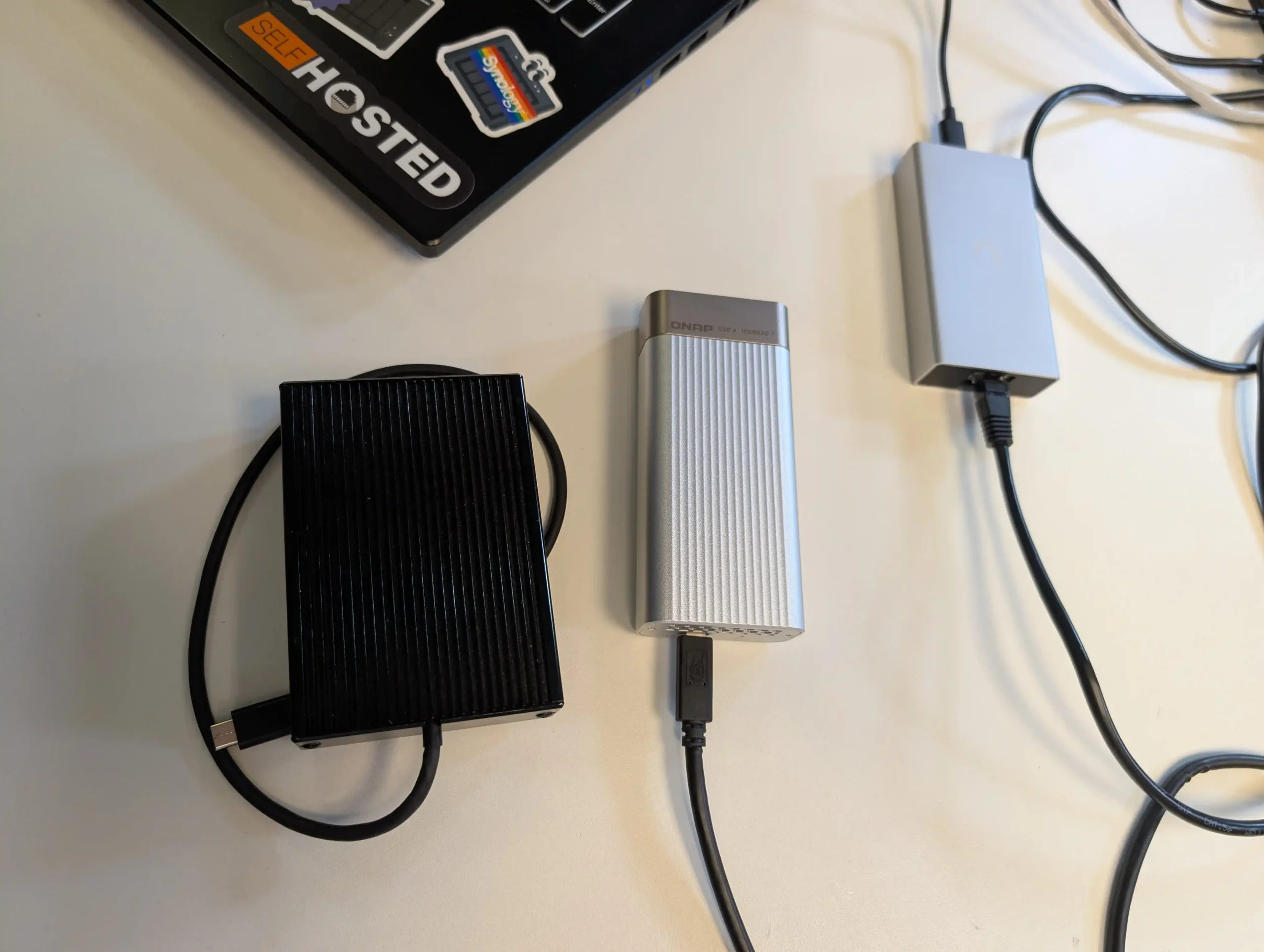
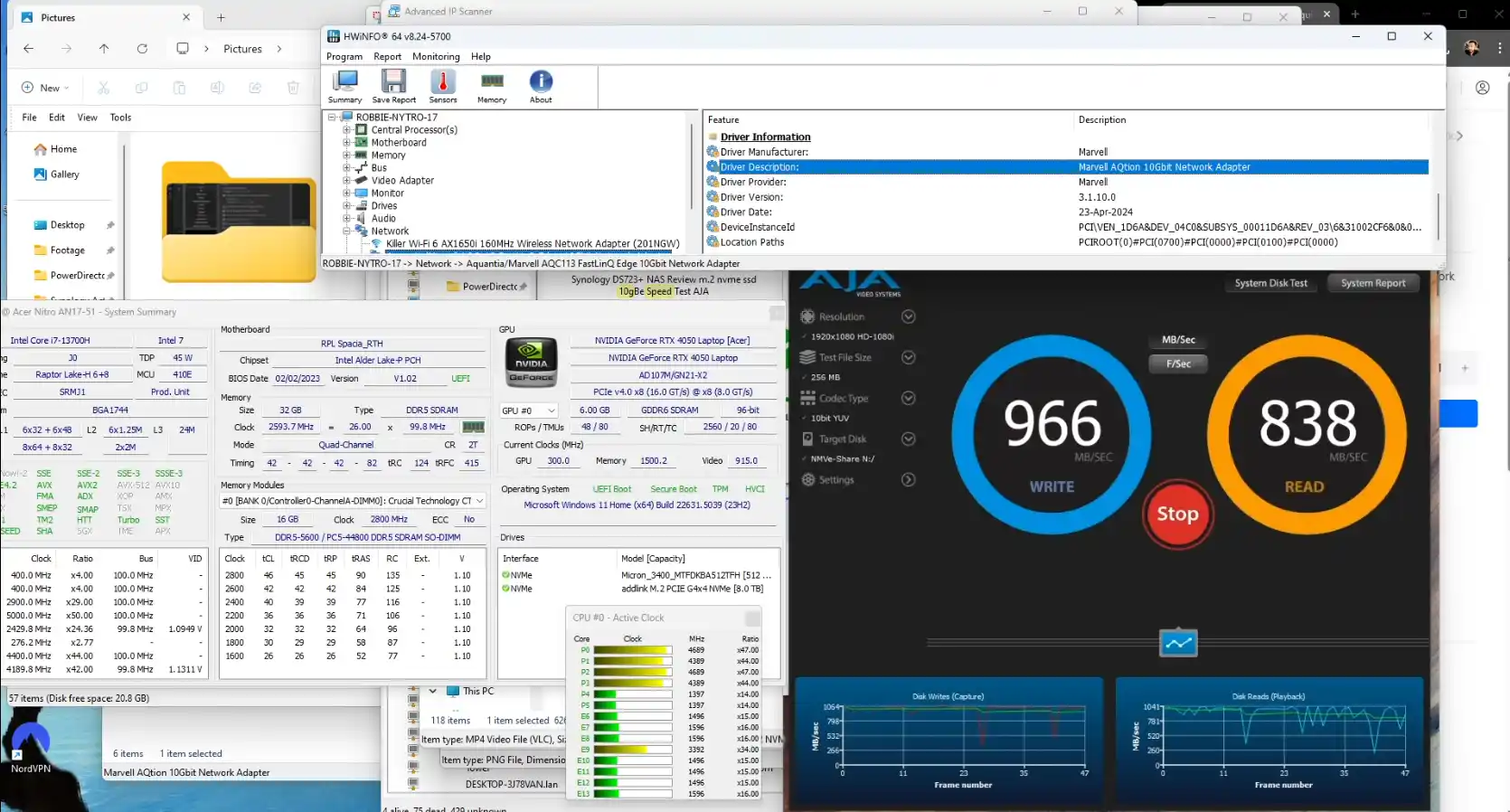
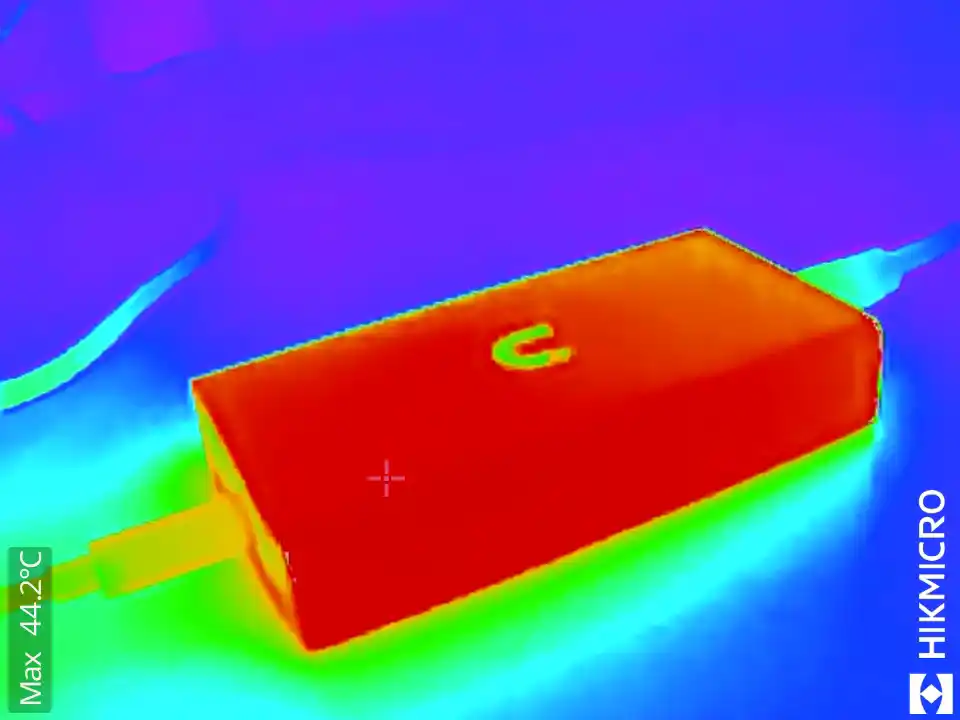
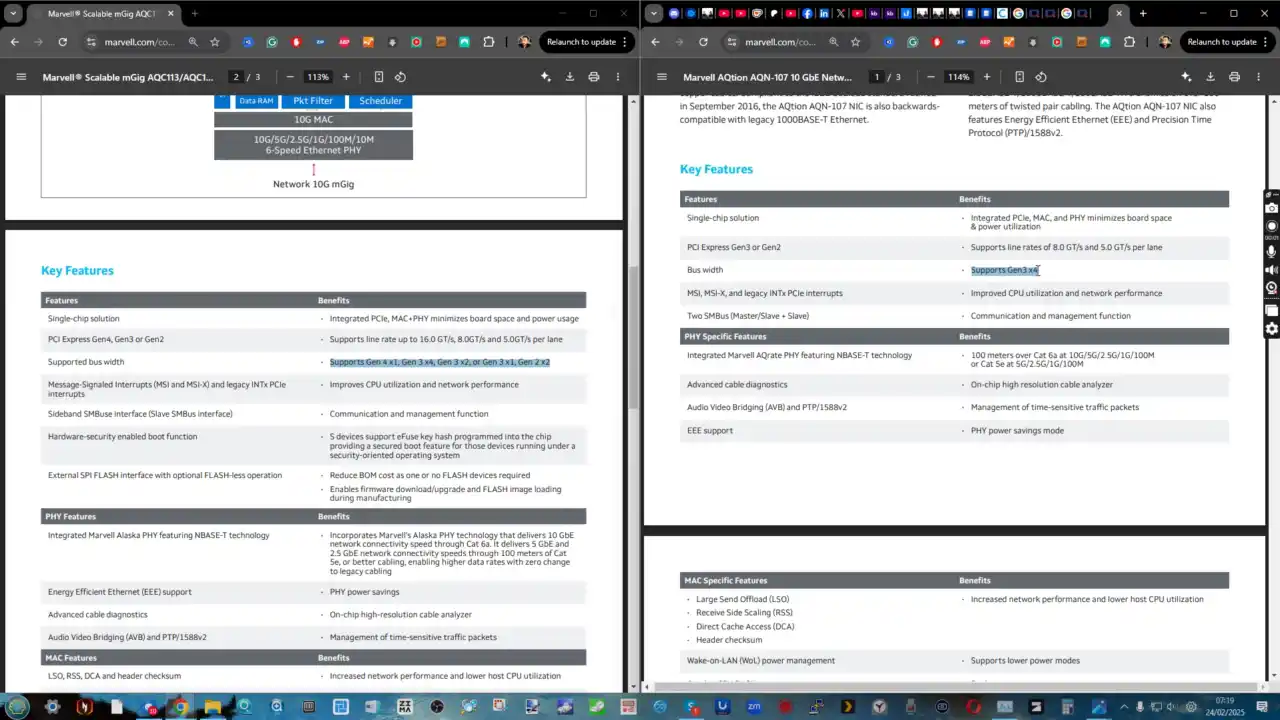
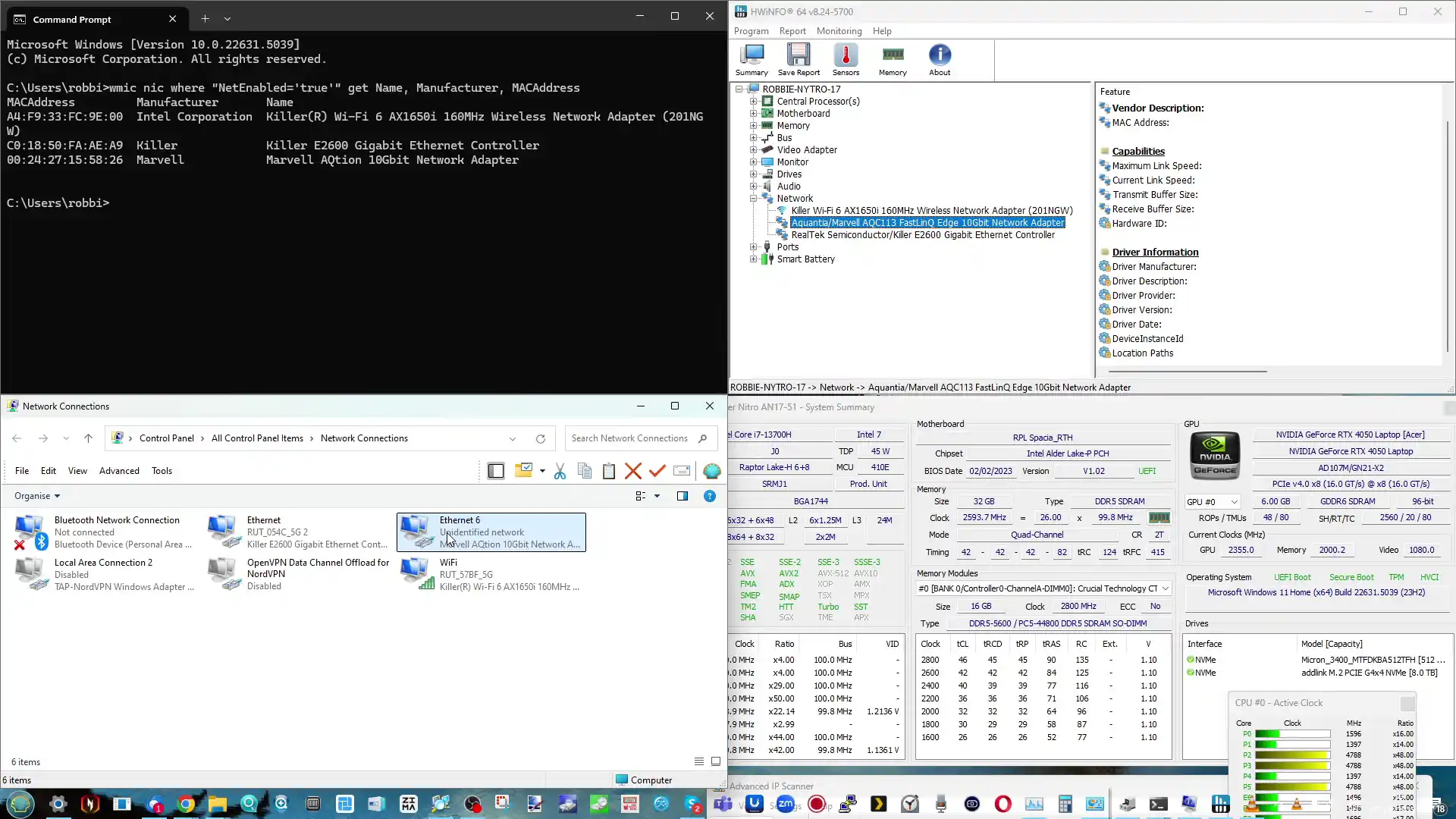
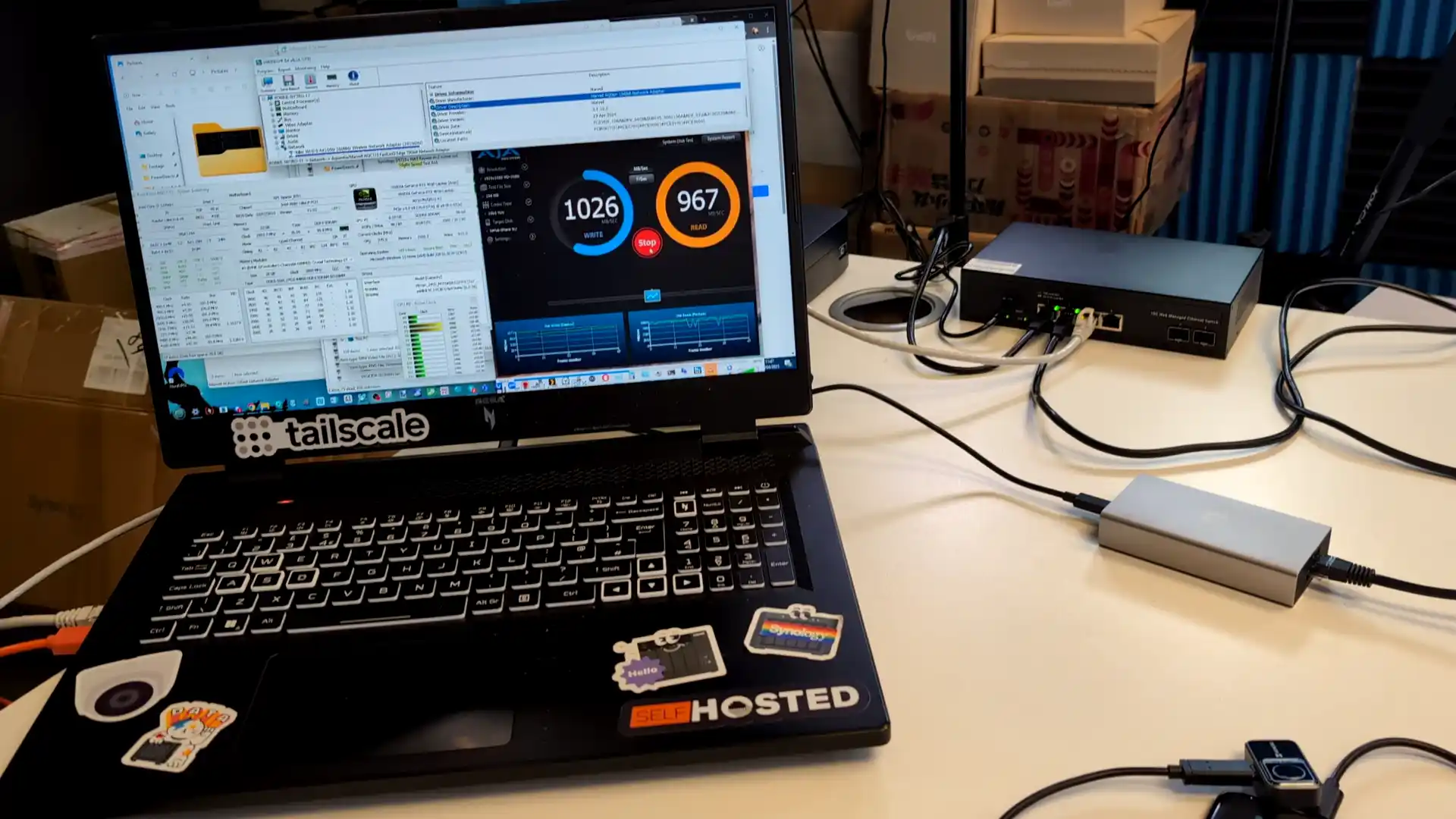

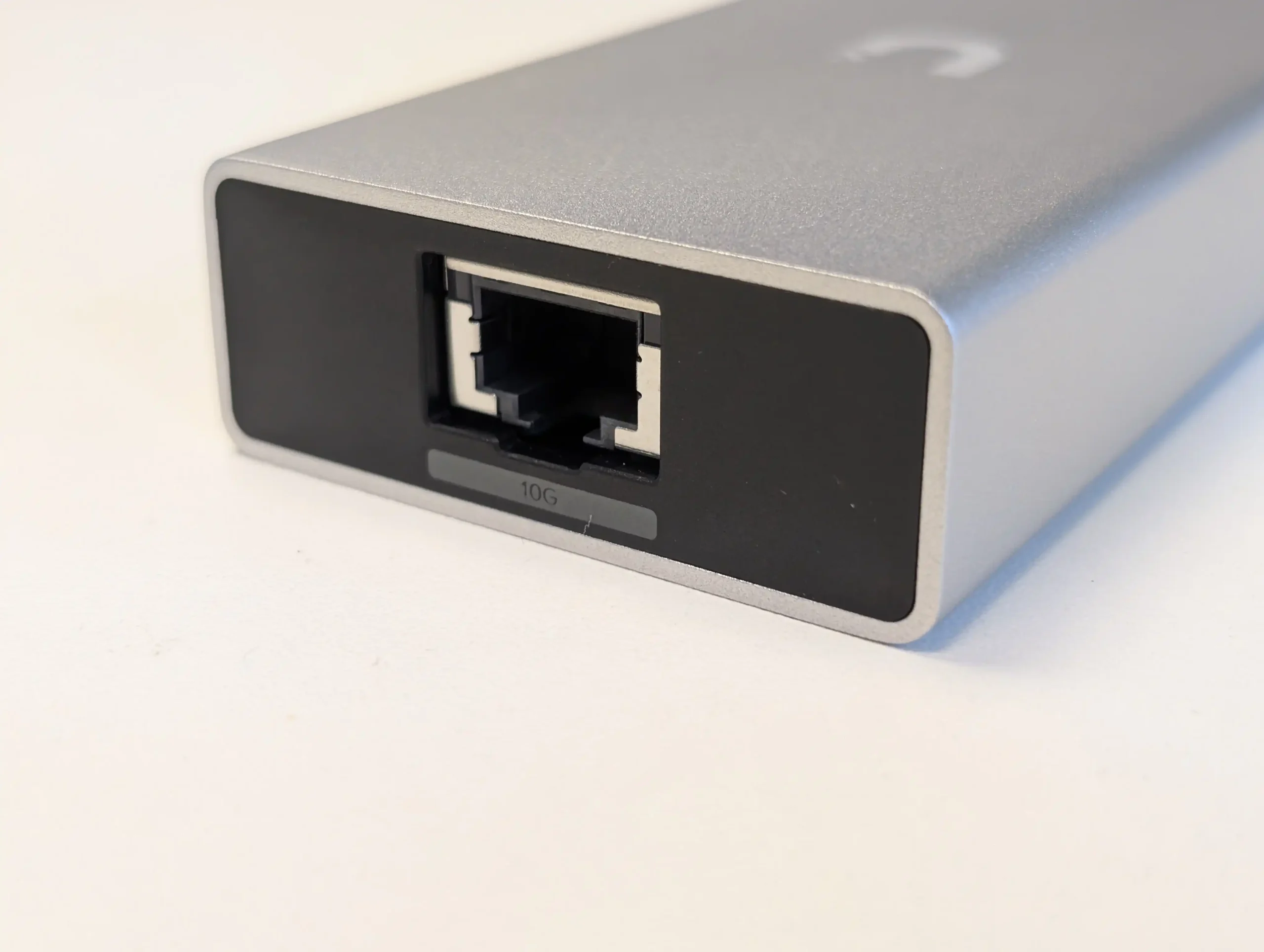











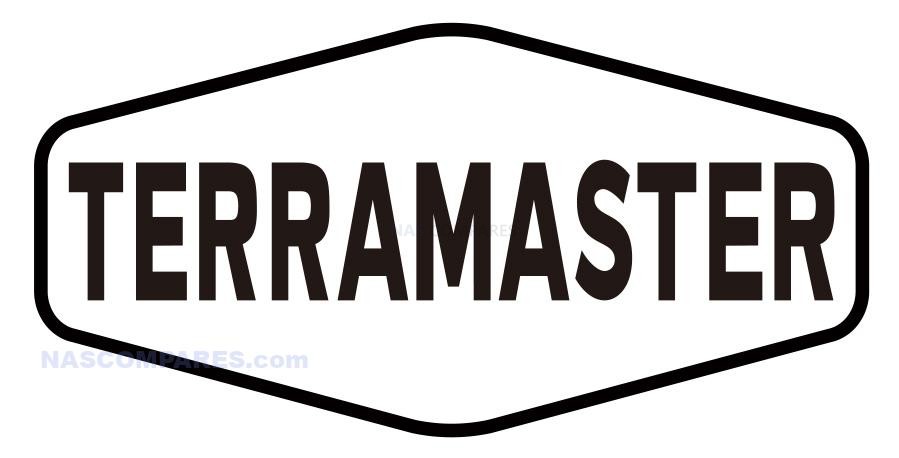



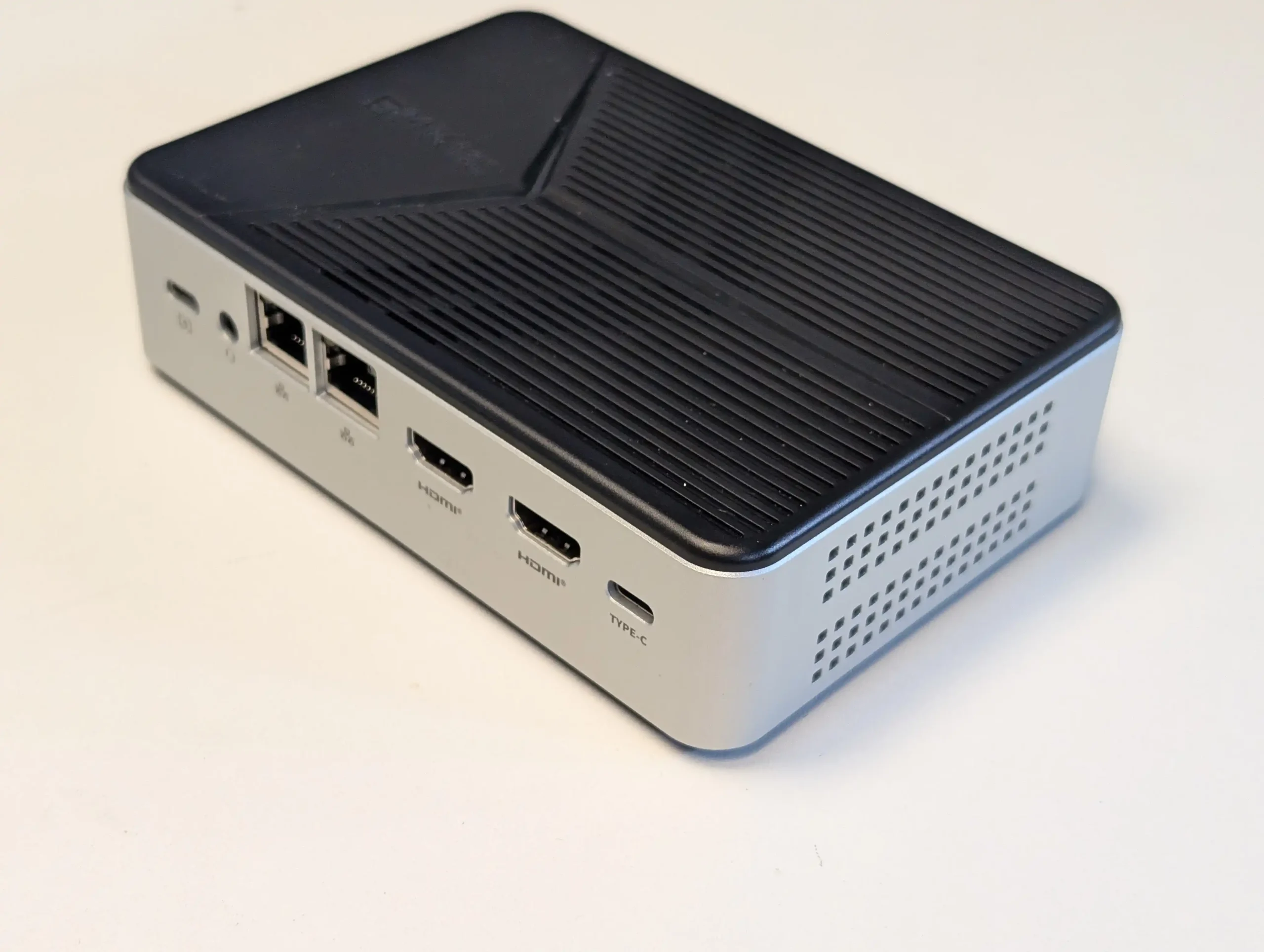
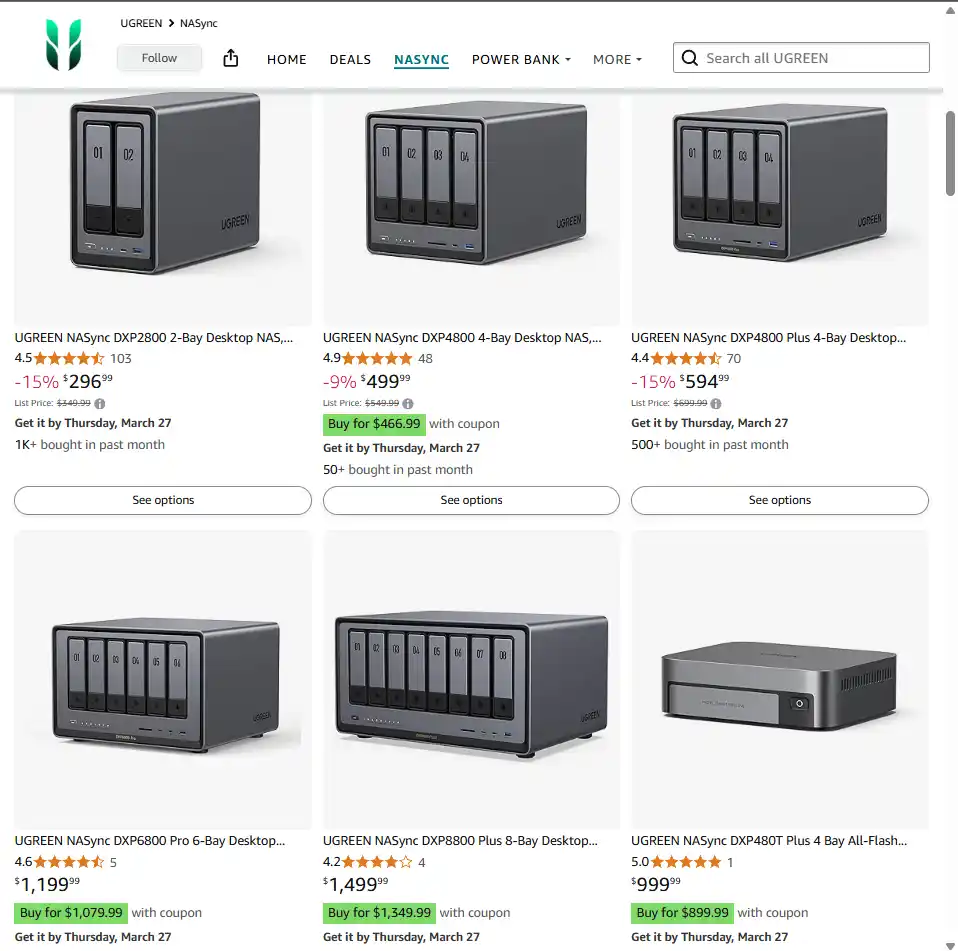
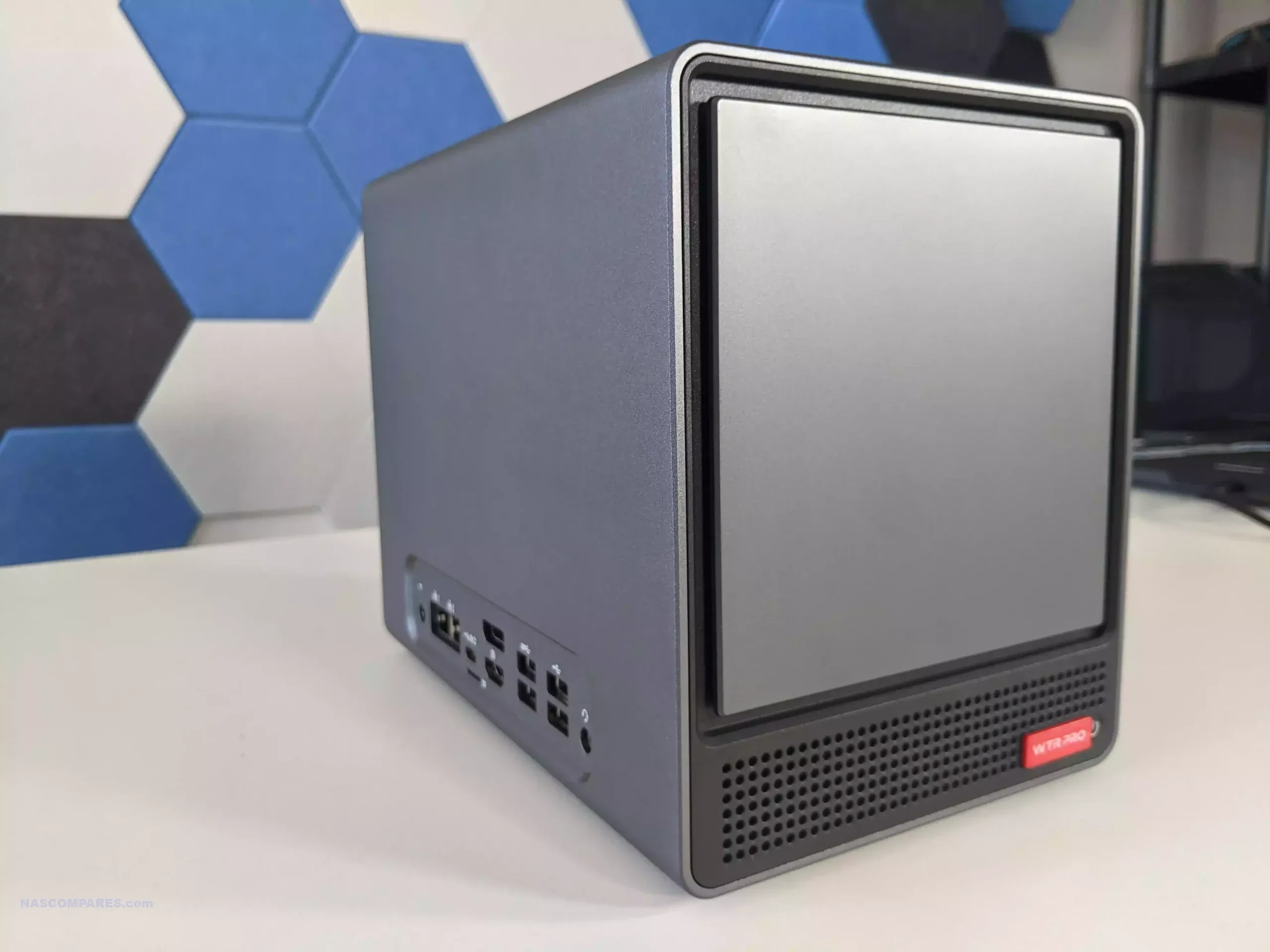
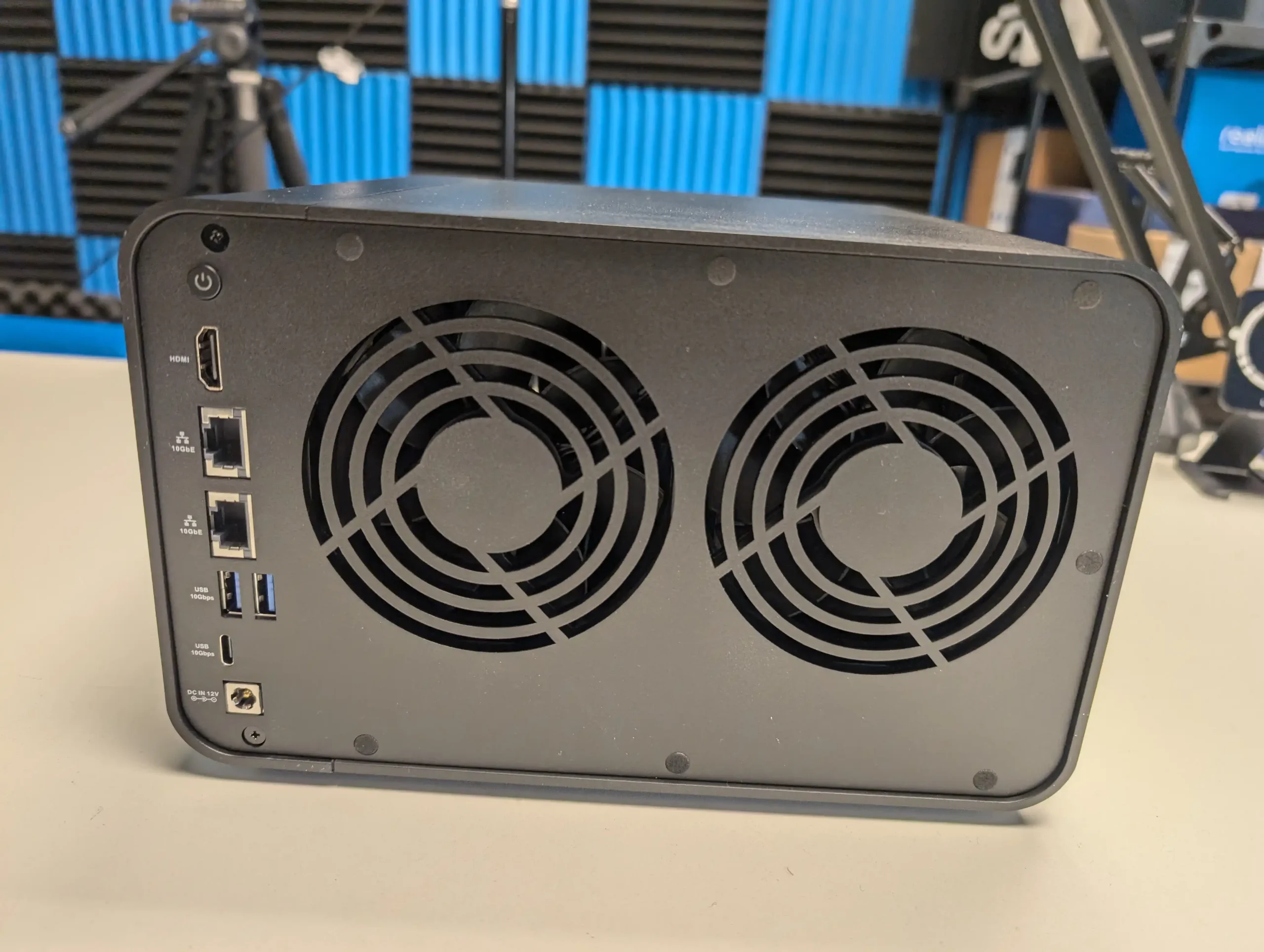
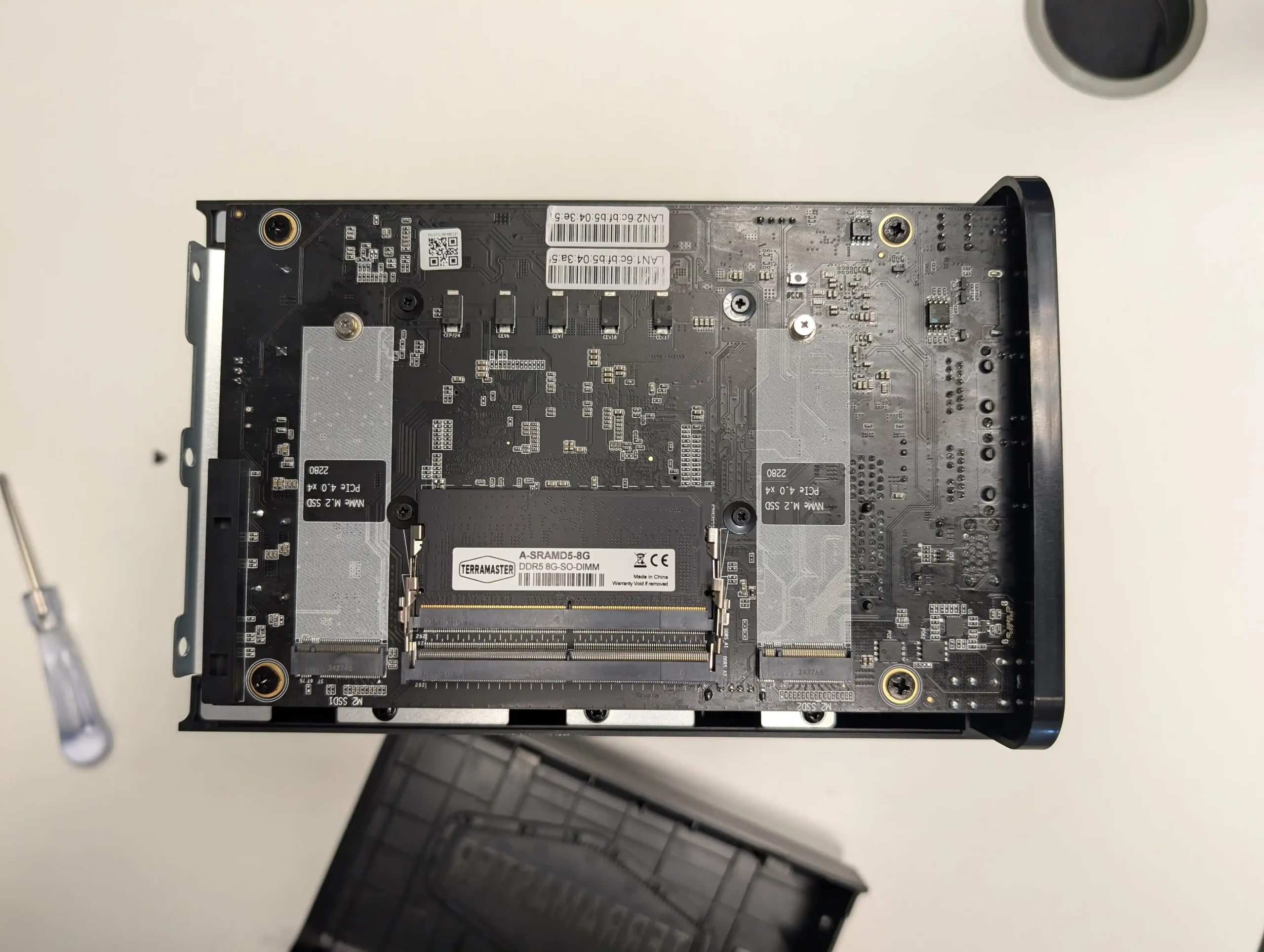
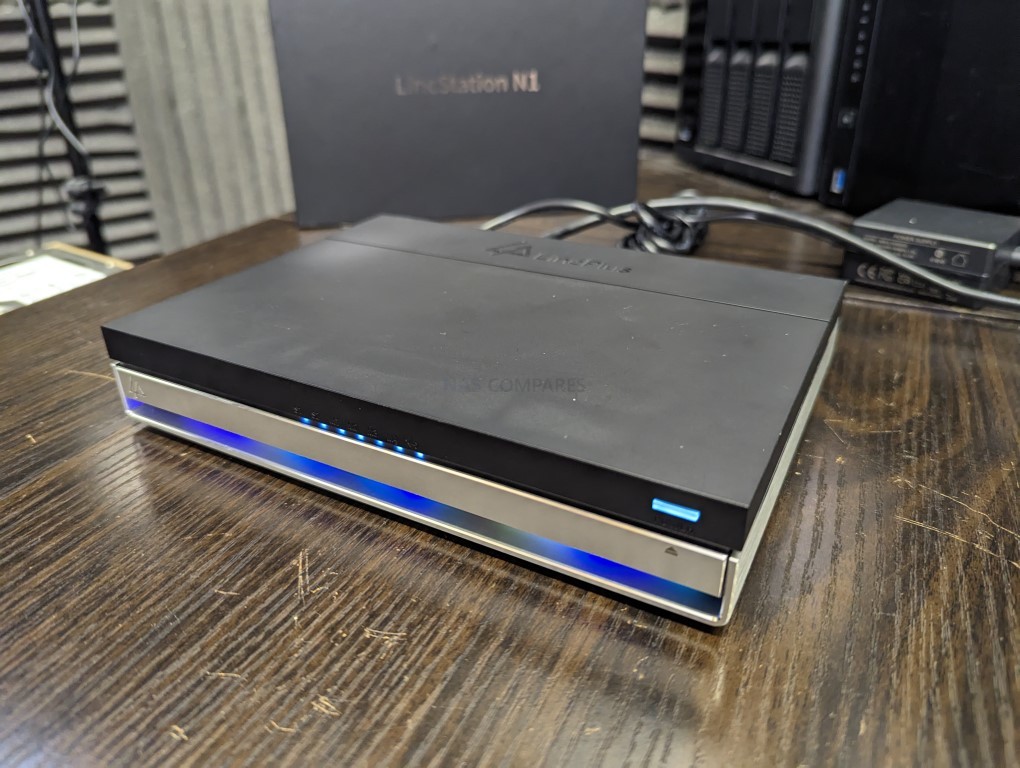
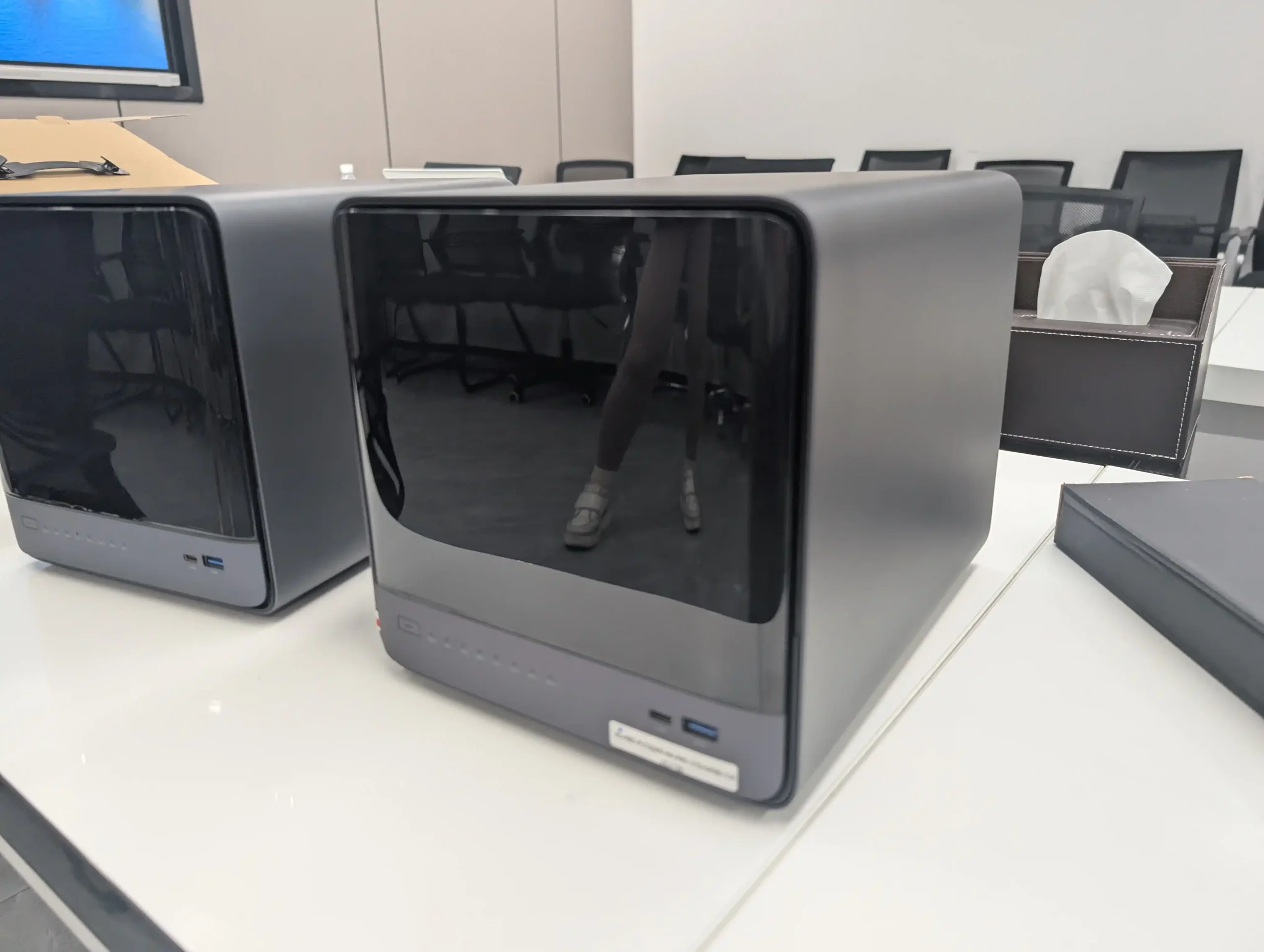
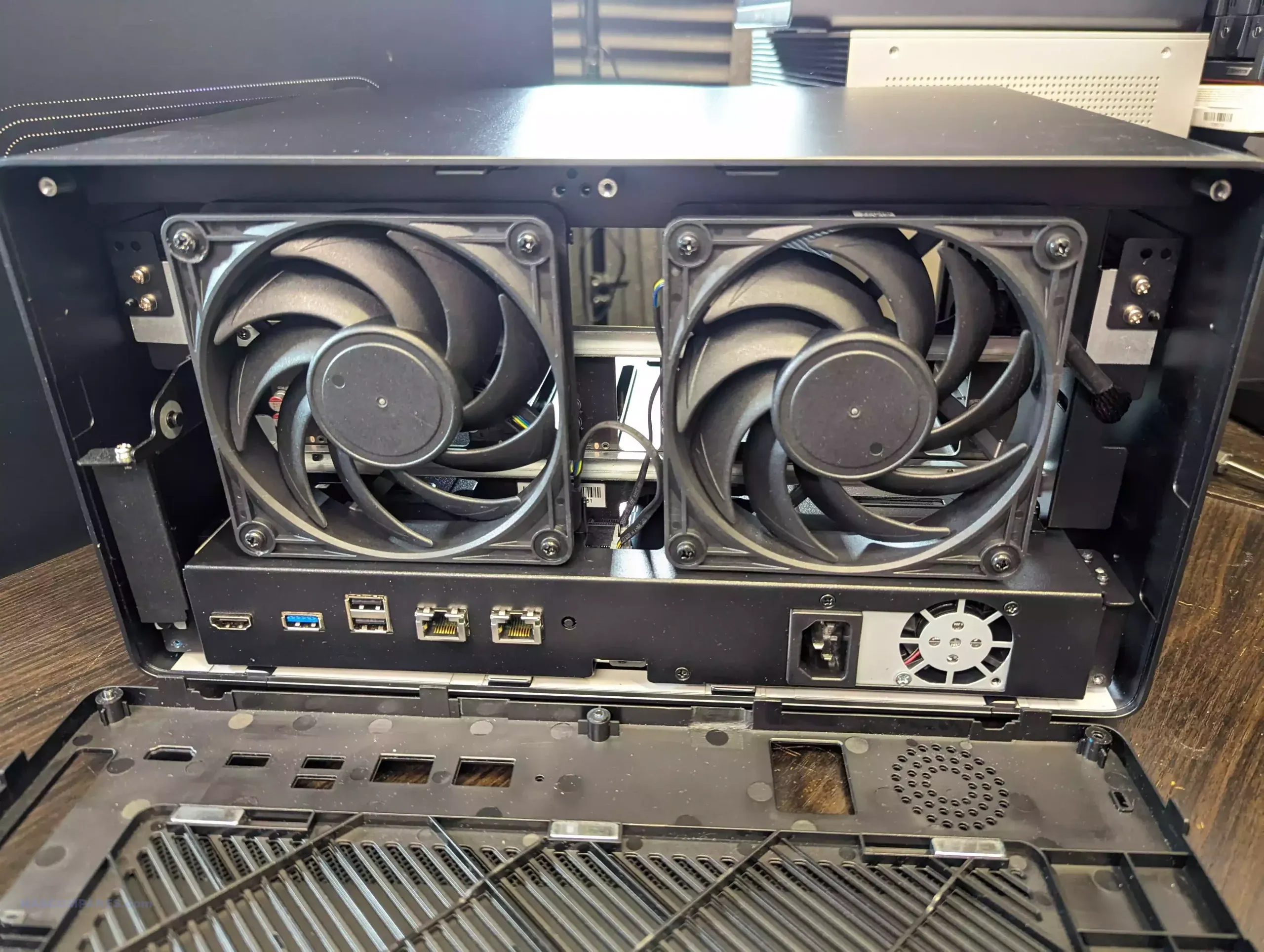
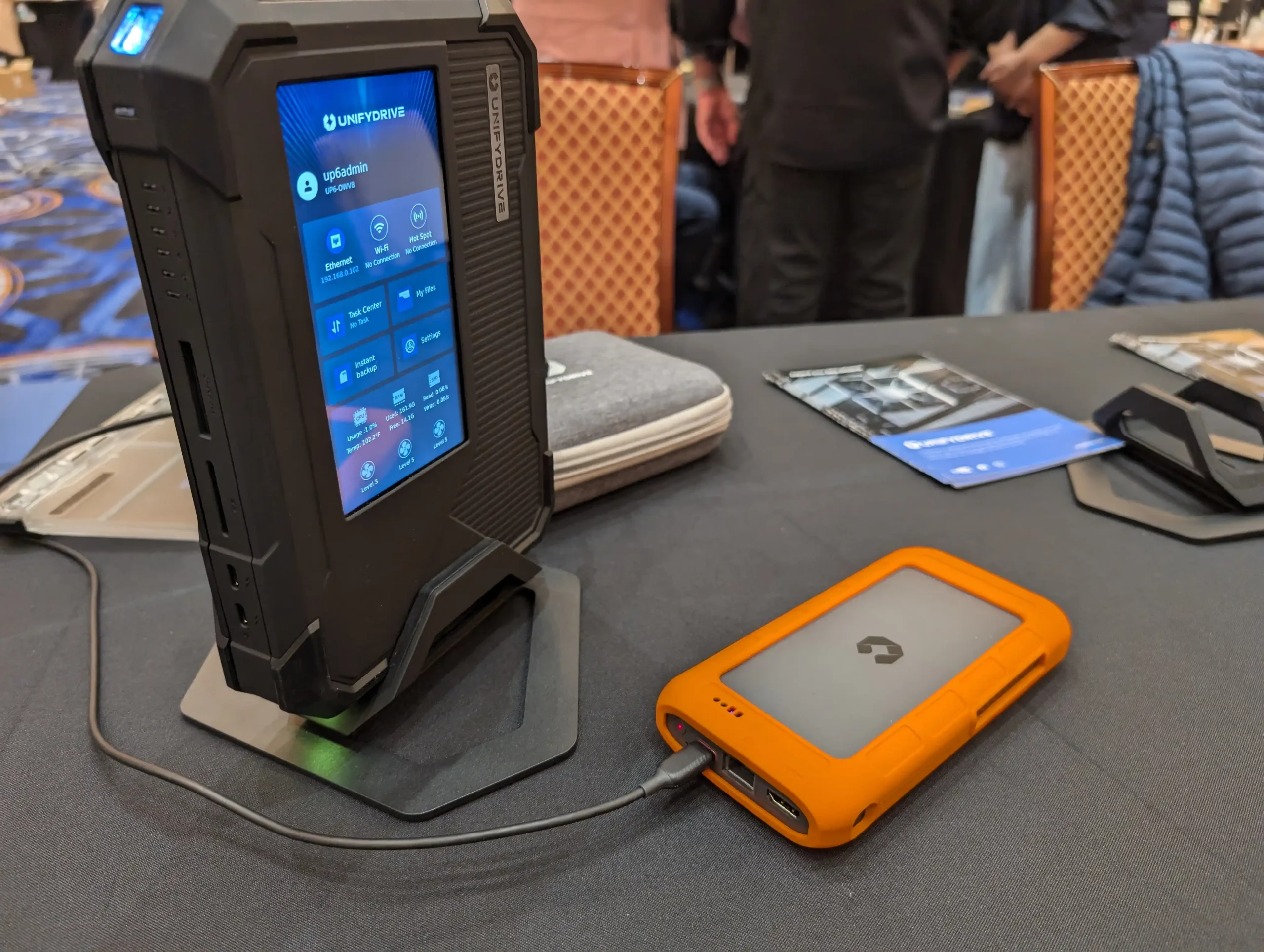
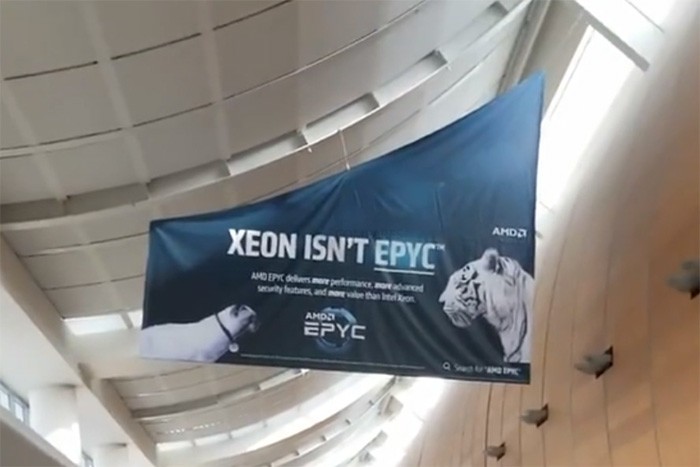
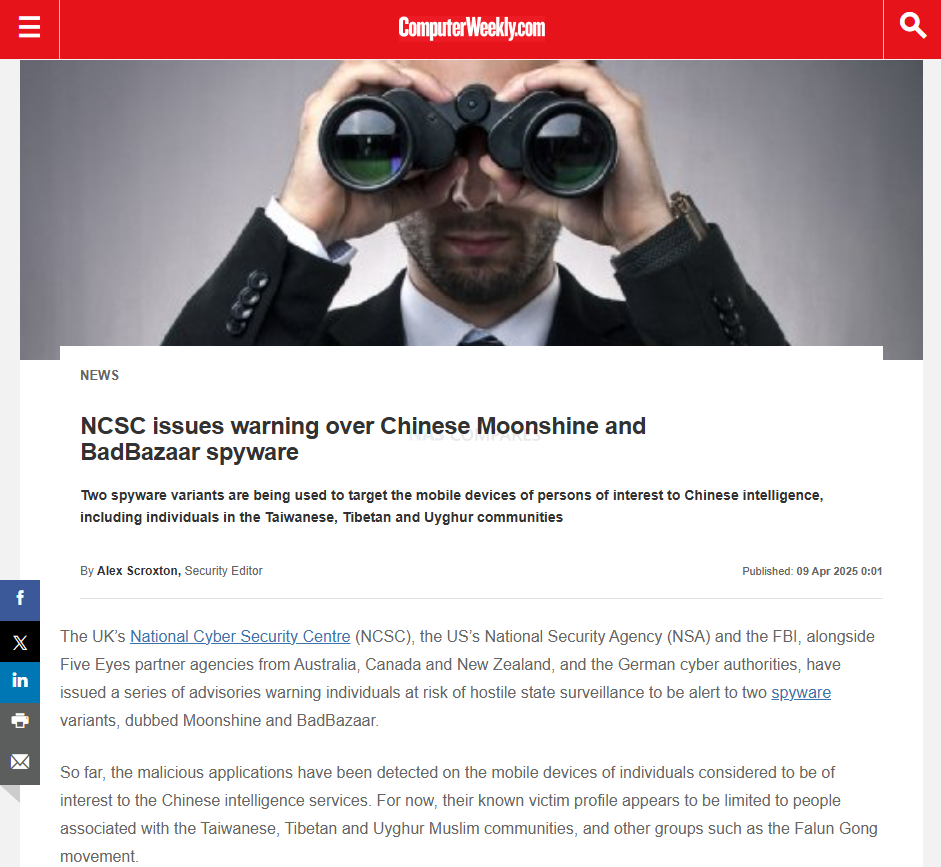

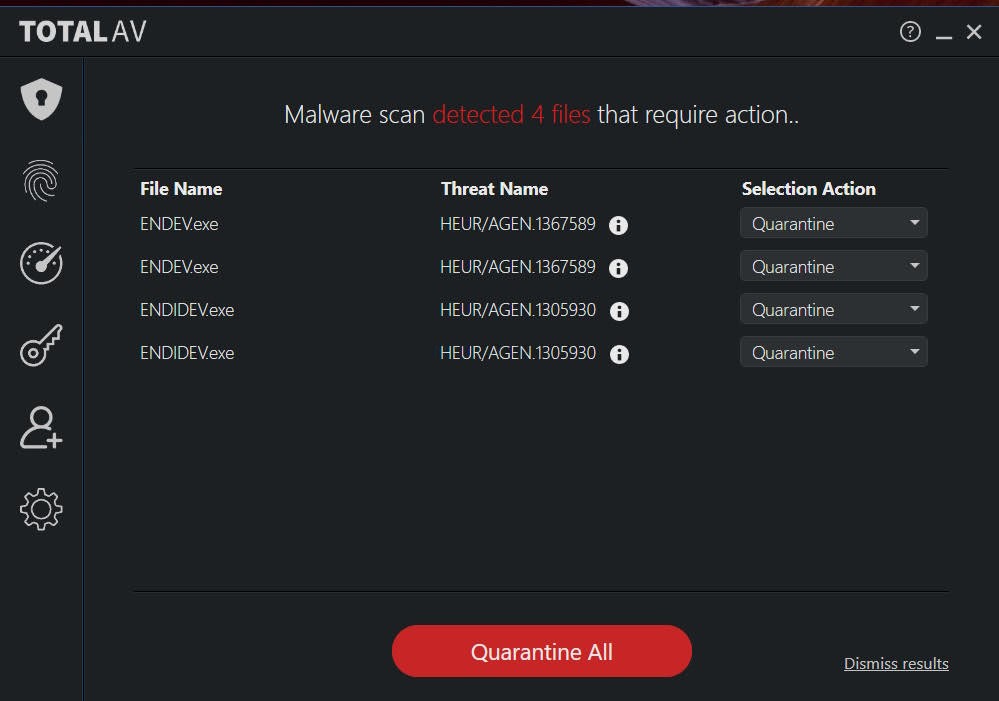
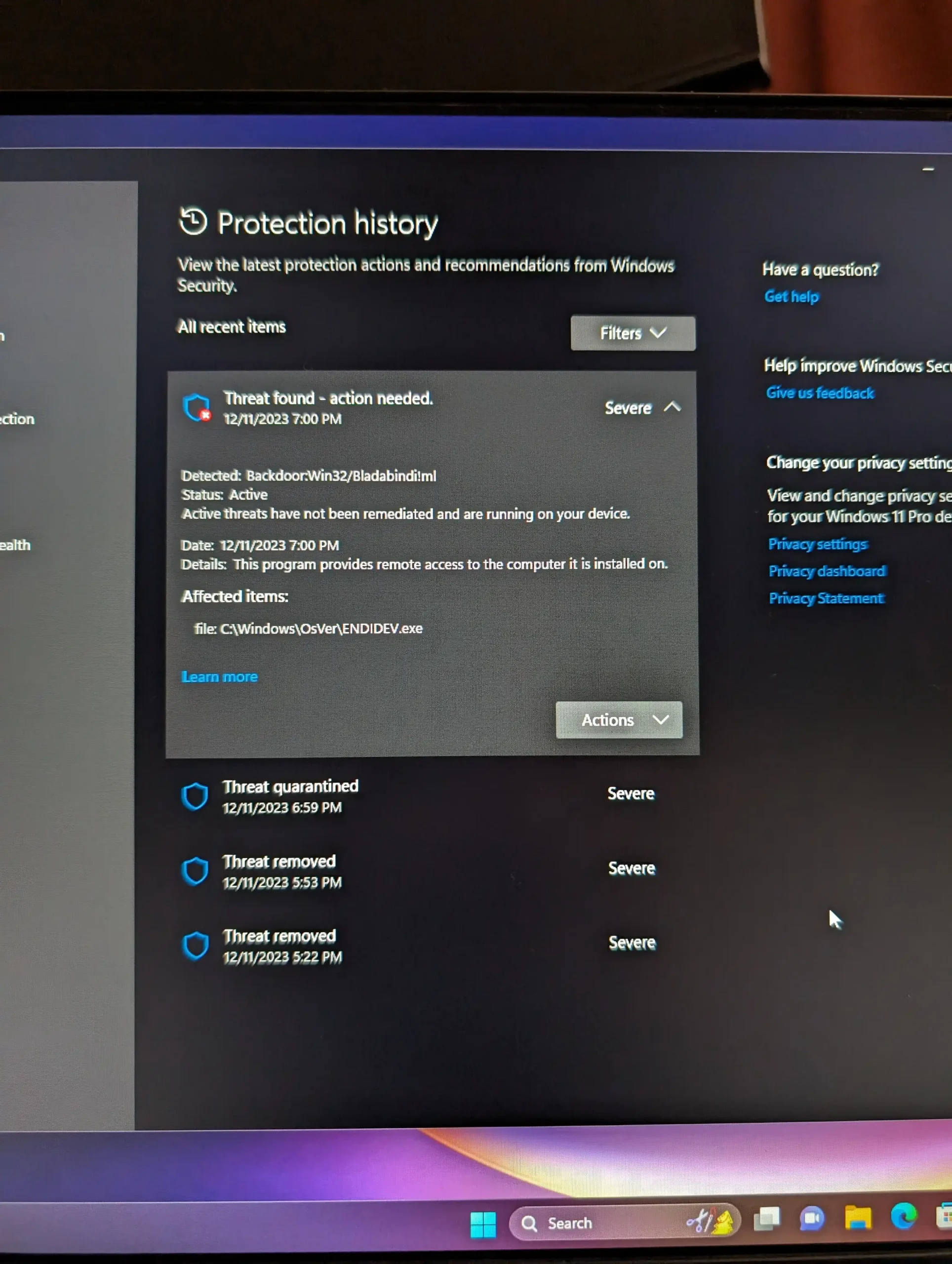
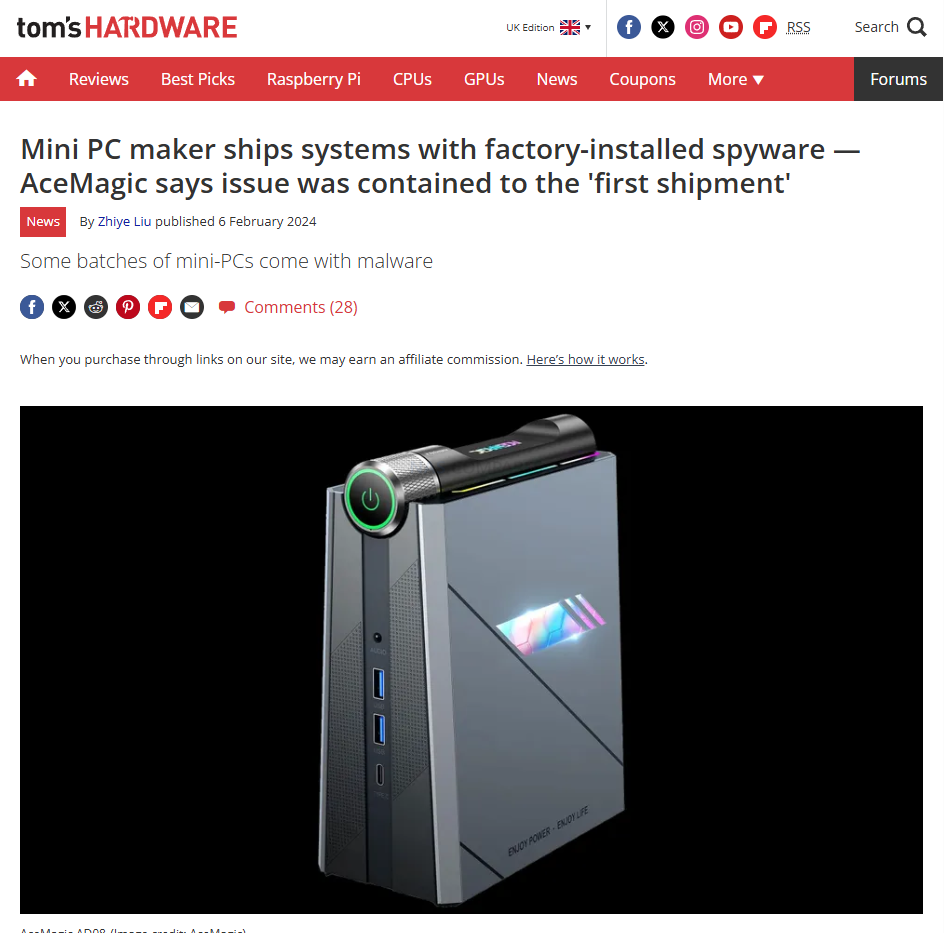
 ZeroTier – Virtual network overlay with programmable access control and P2P routing
ZeroTier – Virtual network overlay with programmable access control and P2P routing WireGuard (standalone) – Lightweight, fast, and secure VPN for advanced users
WireGuard (standalone) – Lightweight, fast, and secure VPN for advanced users OpenVPN – A well-established, highly configurable VPN solution
OpenVPN – A well-established, highly configurable VPN solution Dockerized Access Tools – Solutions like Headscale (Tailscale self-hosted), PiVPN, or Cloudflare Tunnel
Dockerized Access Tools – Solutions like Headscale (Tailscale self-hosted), PiVPN, or Cloudflare Tunnel Cloudflare Tunnel (Argo Tunnel) – Secure reverse proxy with public access protection
Cloudflare Tunnel (Argo Tunnel) – Secure reverse proxy with public access protection FRP (Fast Reverse Proxy) – Lightweight self-hosted tunnel service often used in Chinese networks
FRP (Fast Reverse Proxy) – Lightweight self-hosted tunnel service often used in Chinese networks Syncthing – Peer-to-peer file sync tool for remote file access without VPN (for specific folders)
Syncthing – Peer-to-peer file sync tool for remote file access without VPN (for specific folders)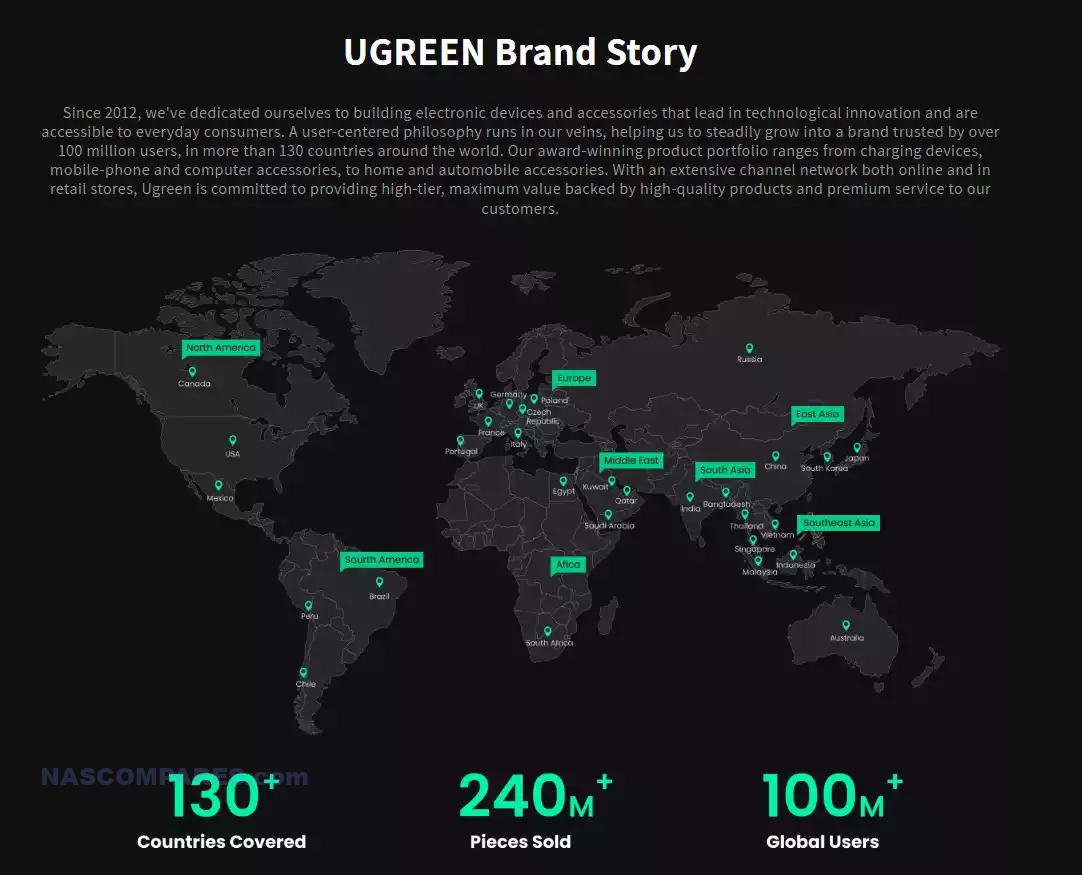



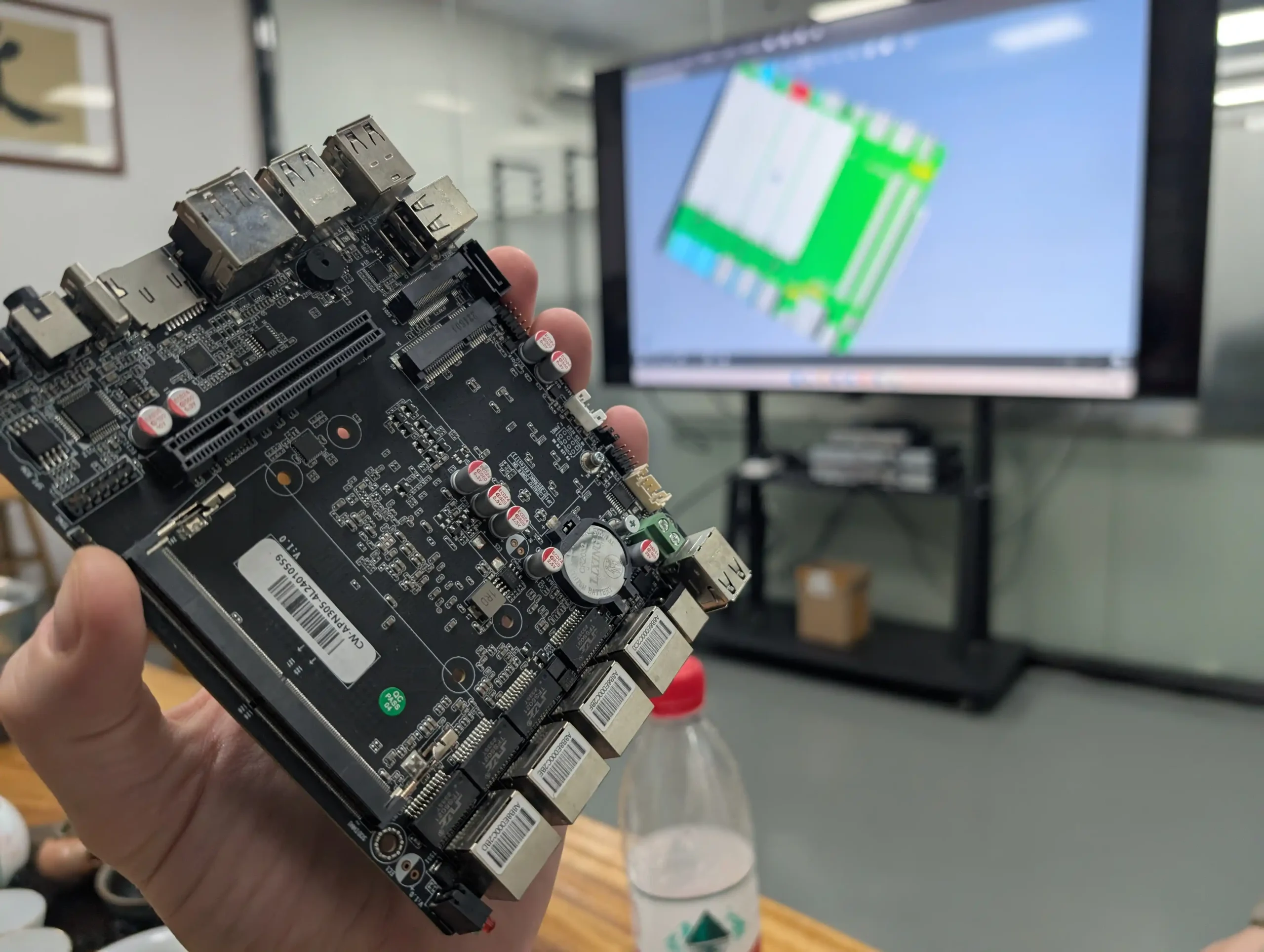

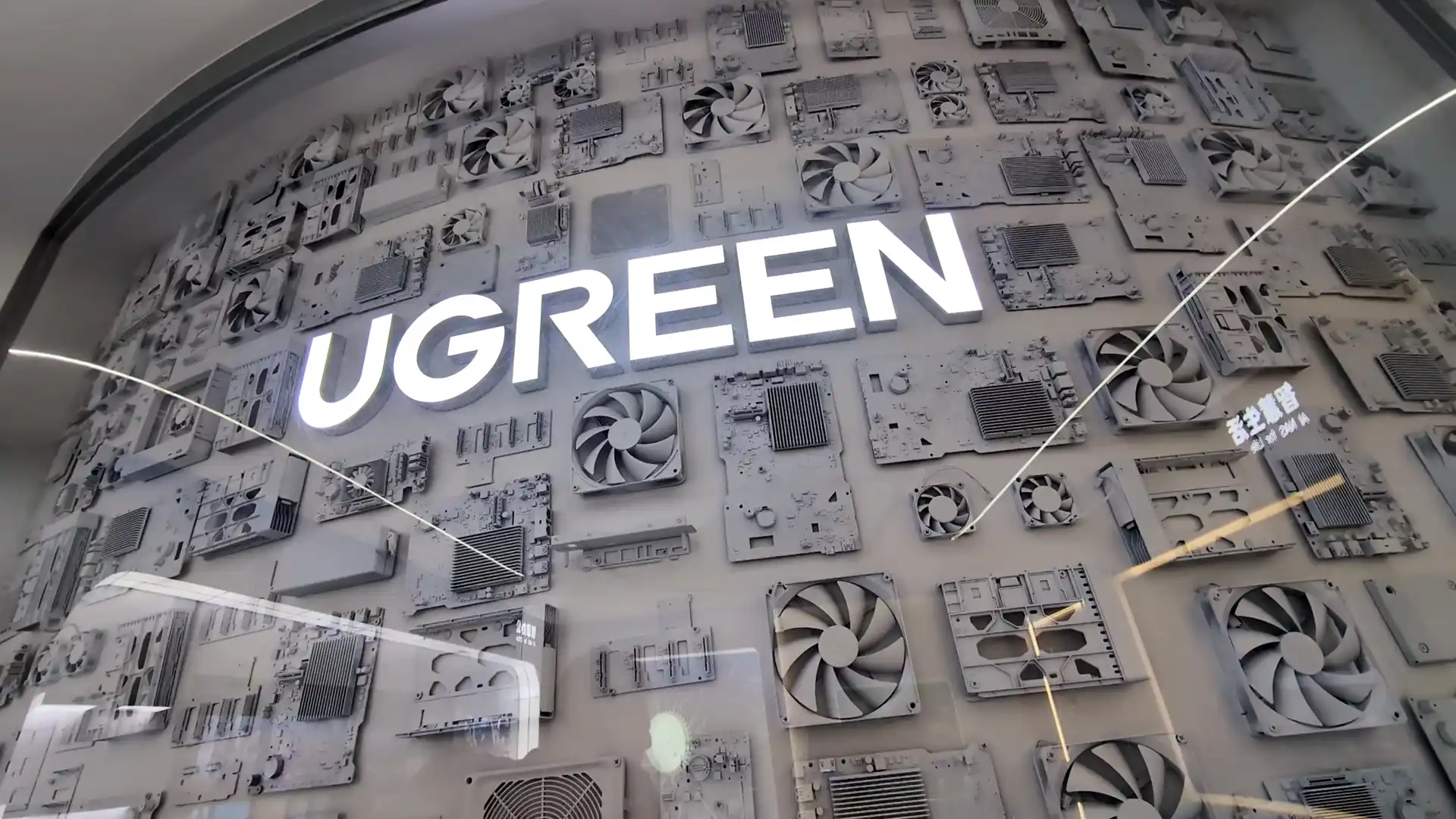
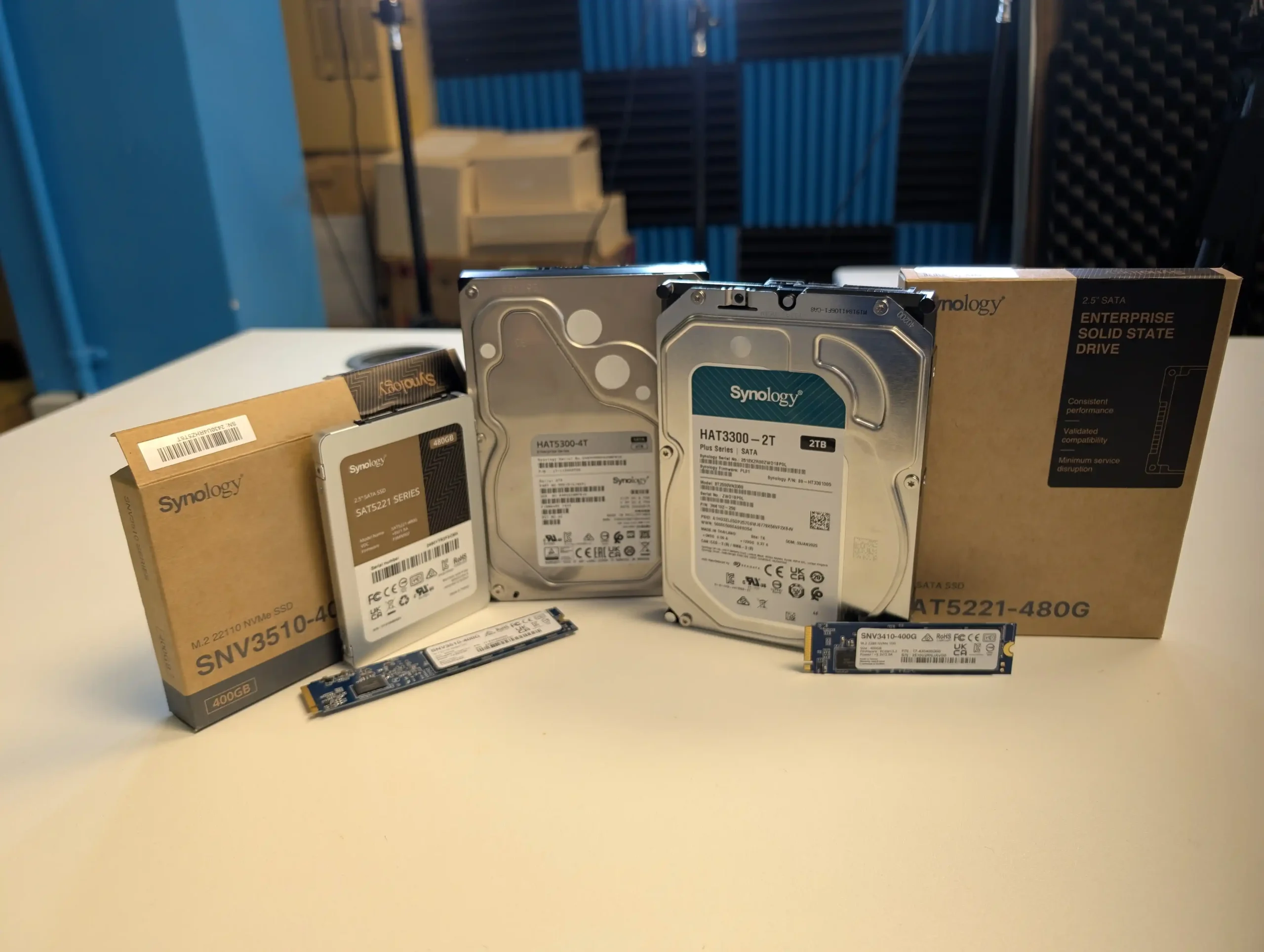
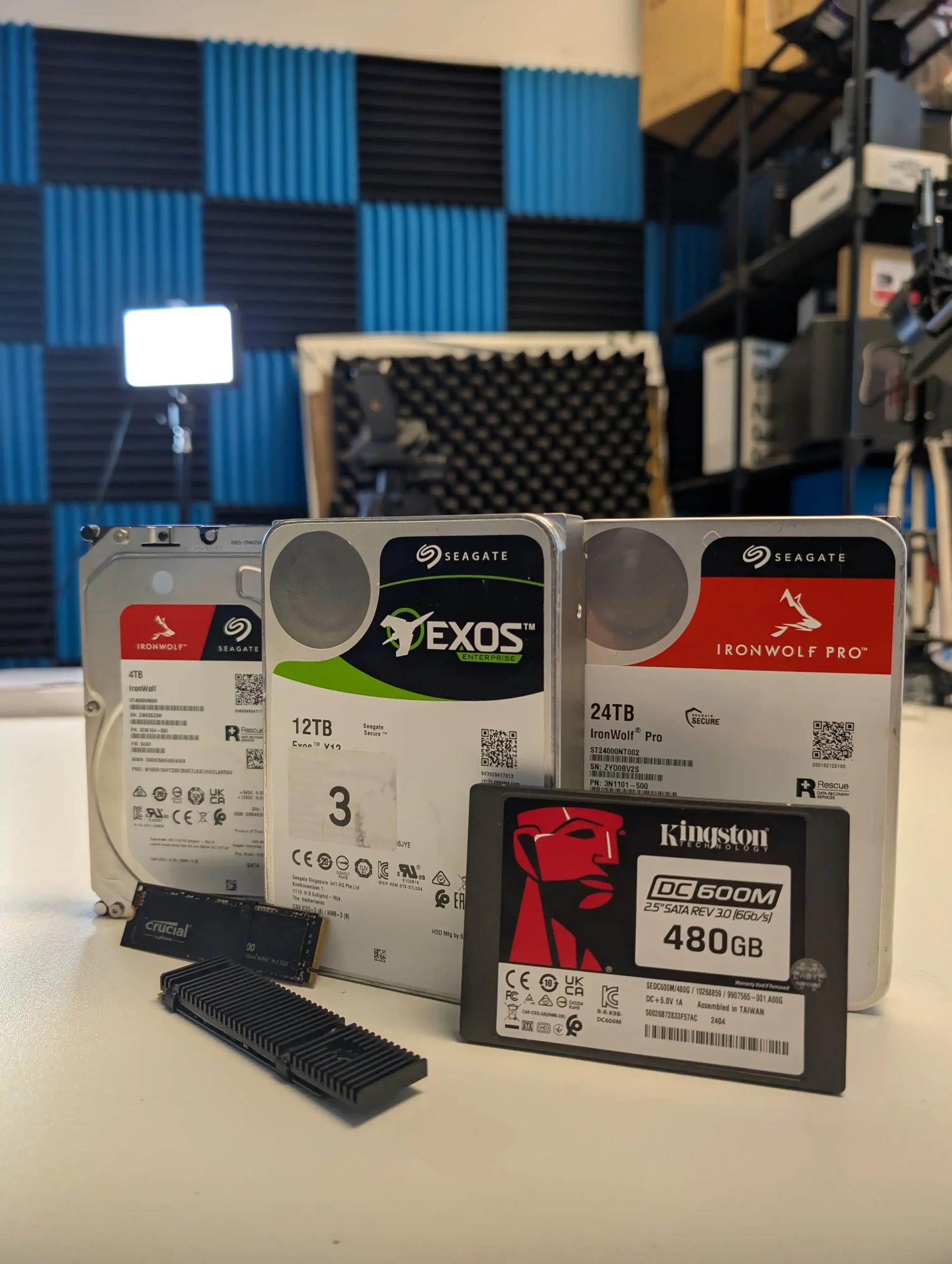
 Synology NAS HDDs – HAT Series (SATA)
Synology NAS HDDs – HAT Series (SATA)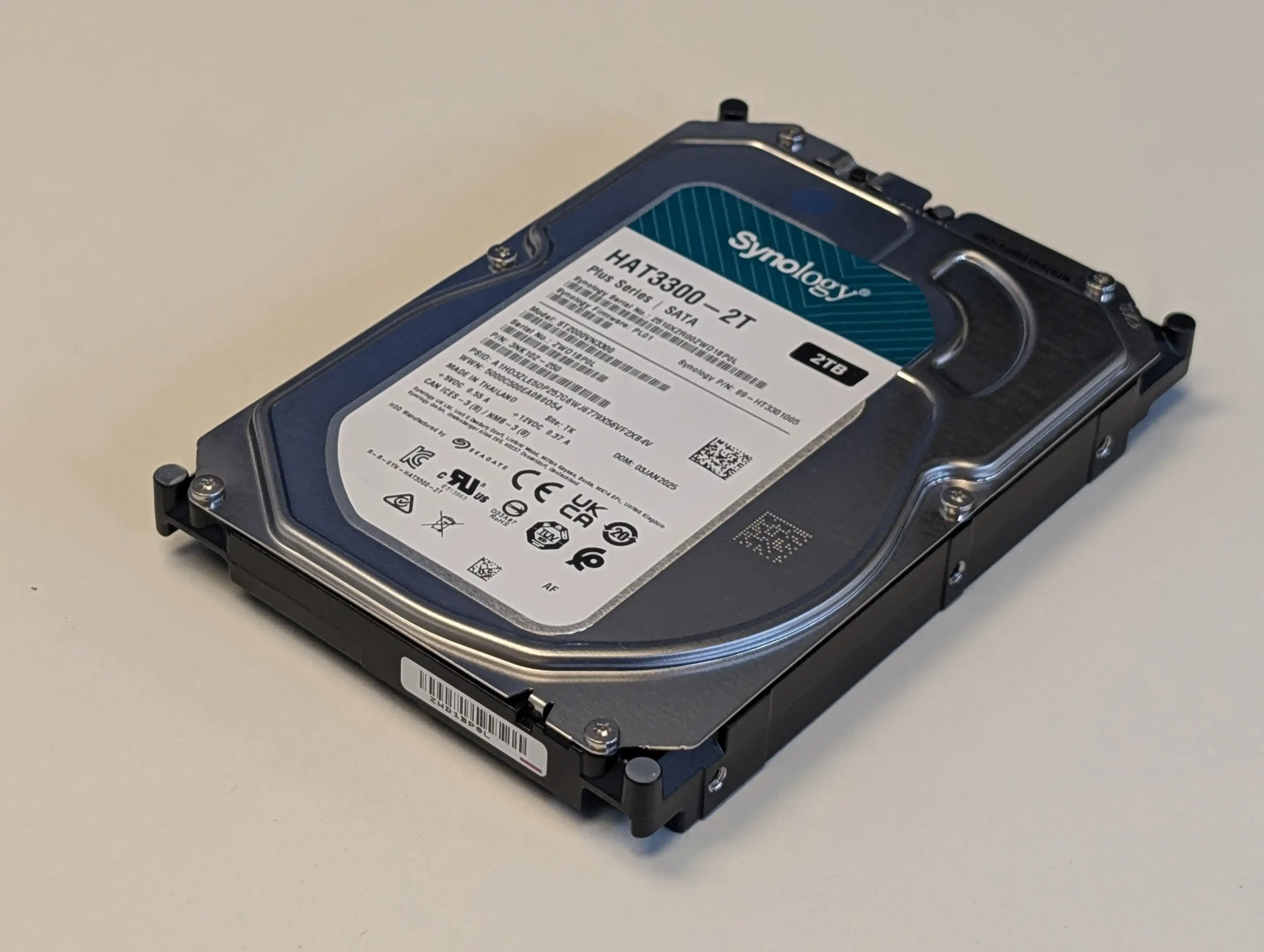
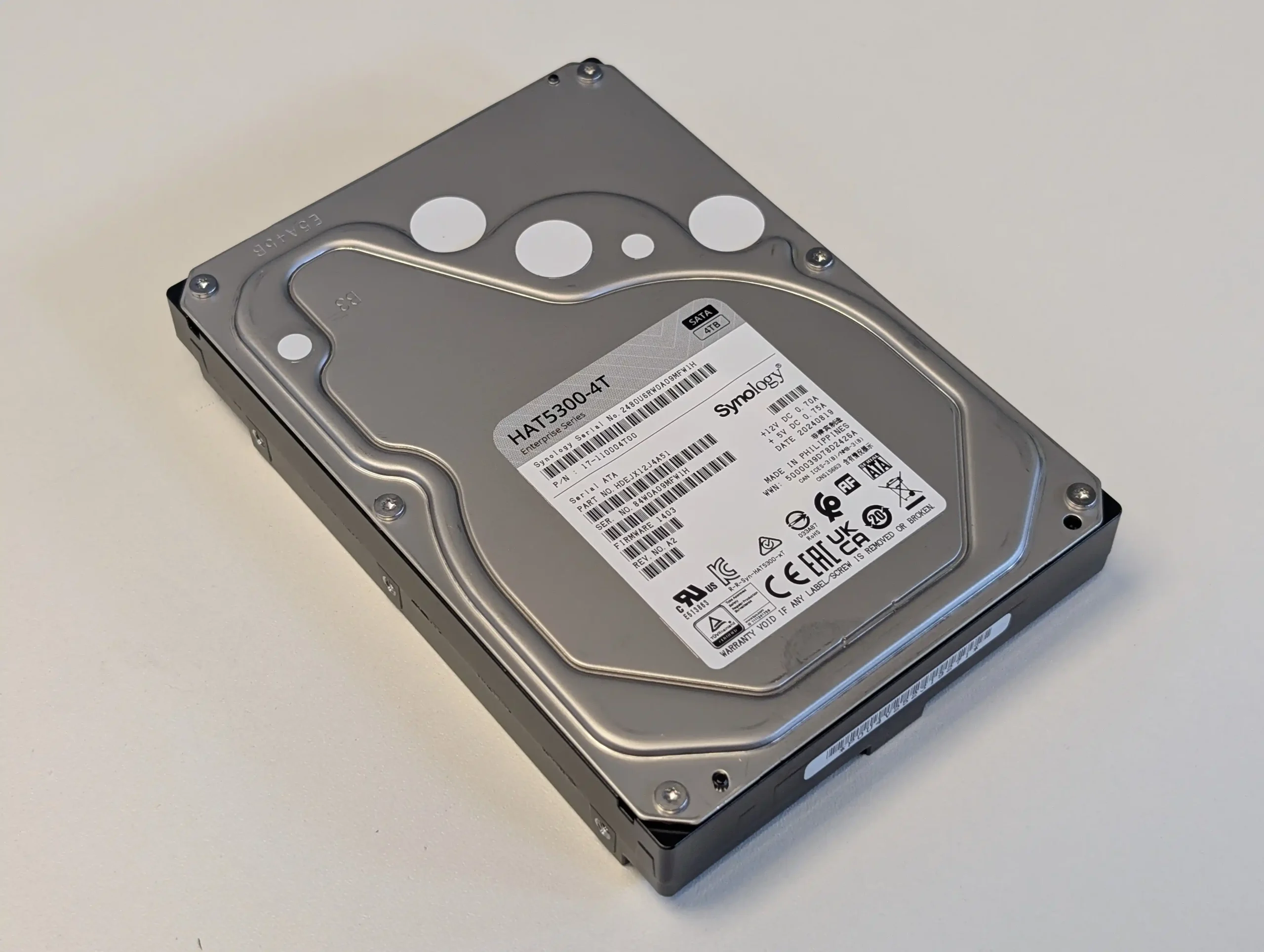
 Synology SAS HDDs – HAS Series
Synology SAS HDDs – HAS Series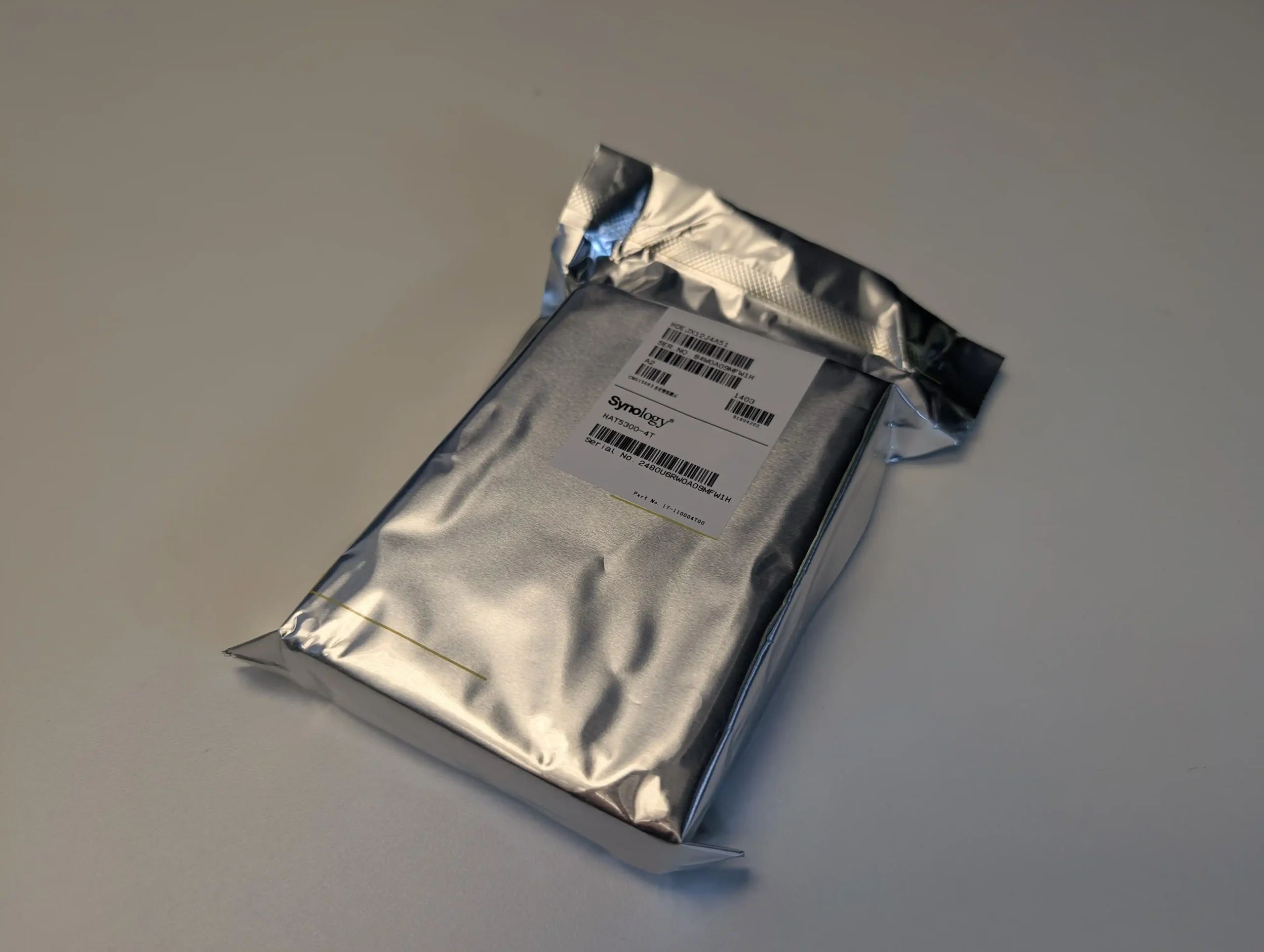
 Synology SATA SSDs – SAT Series
Synology SATA SSDs – SAT Series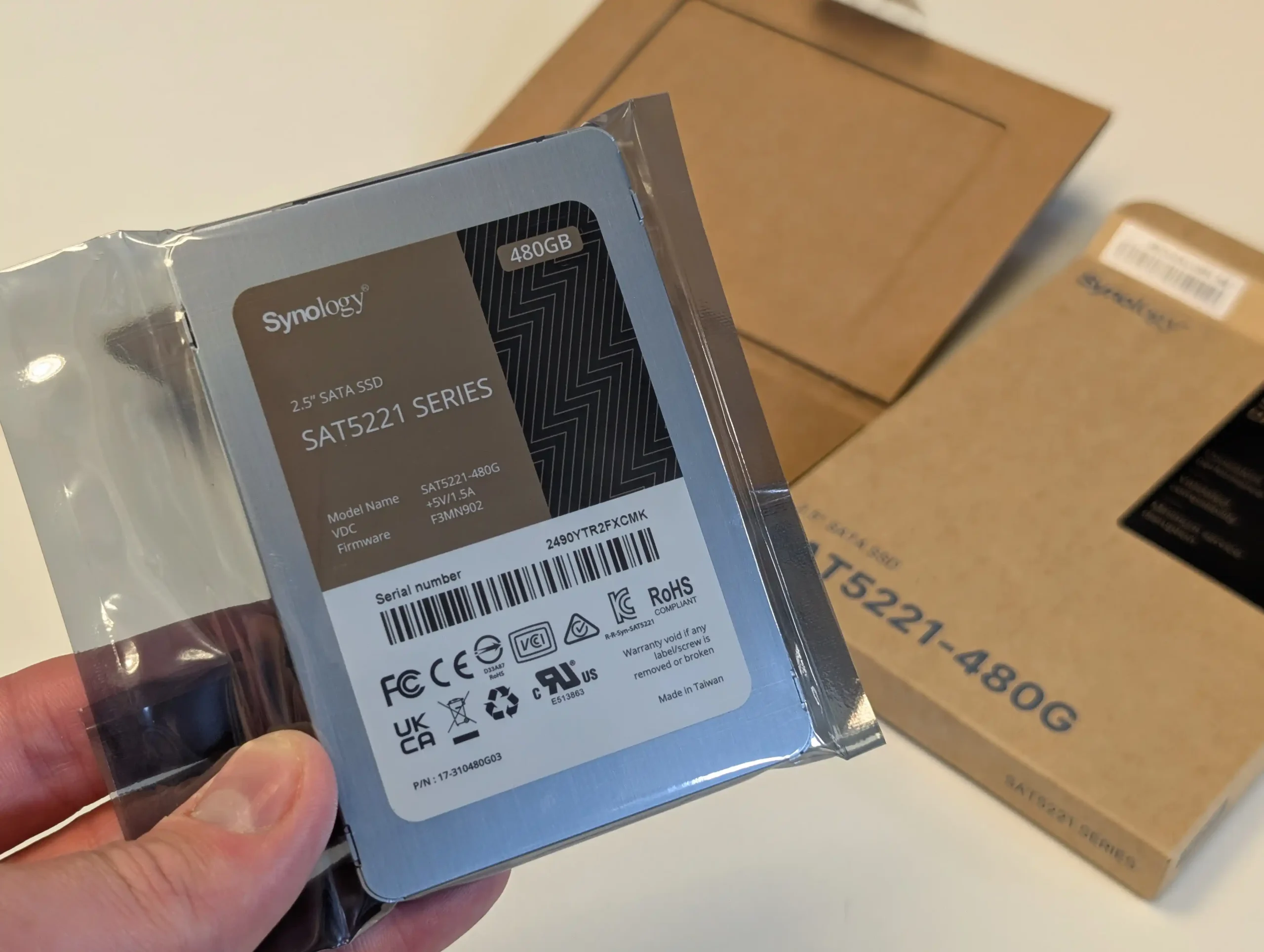
 Synology NVMe SSDs – SNV Series
Synology NVMe SSDs – SNV Series